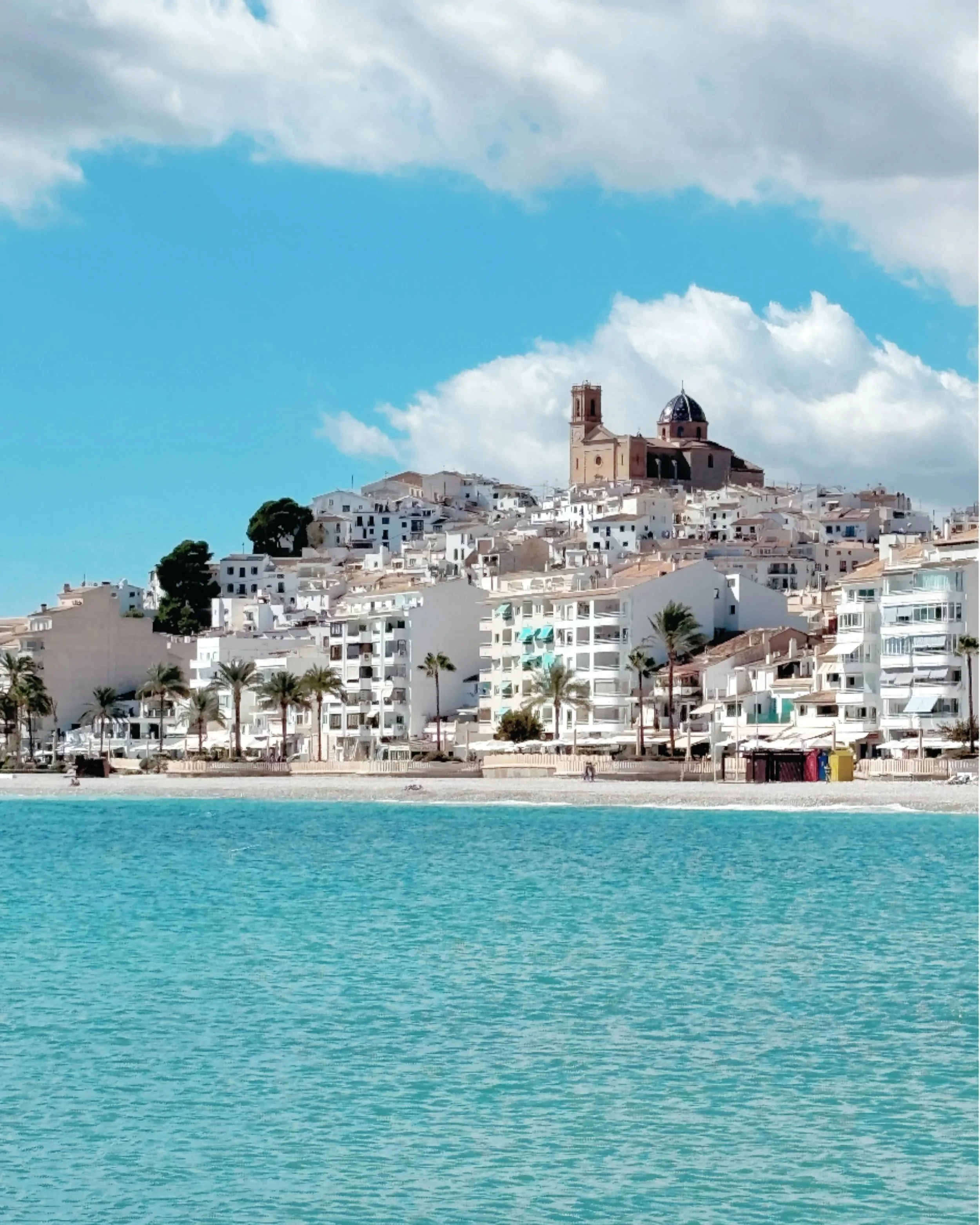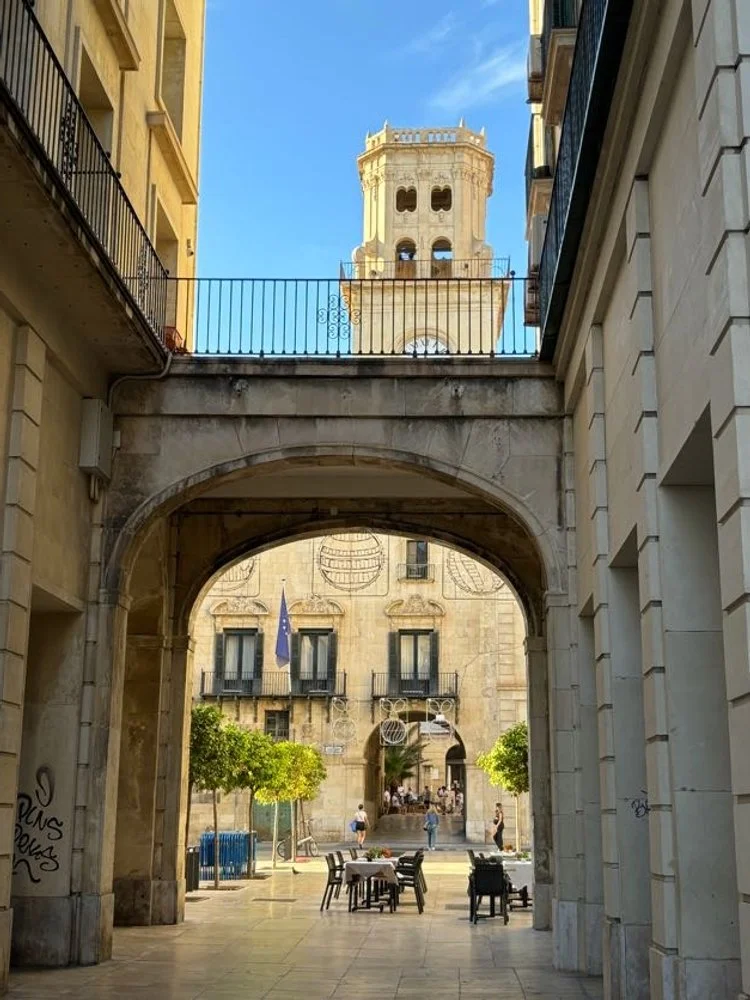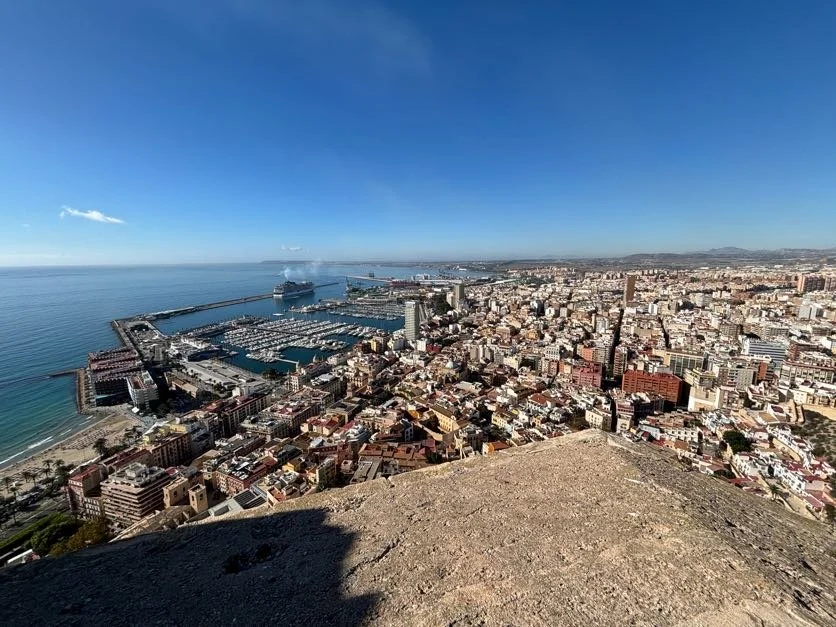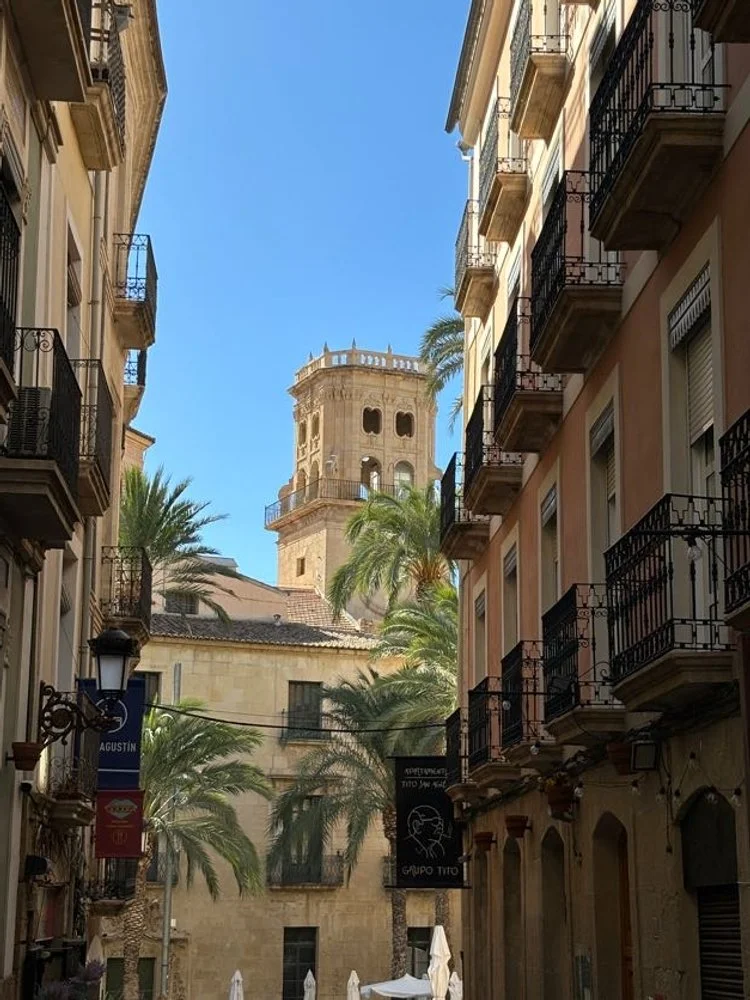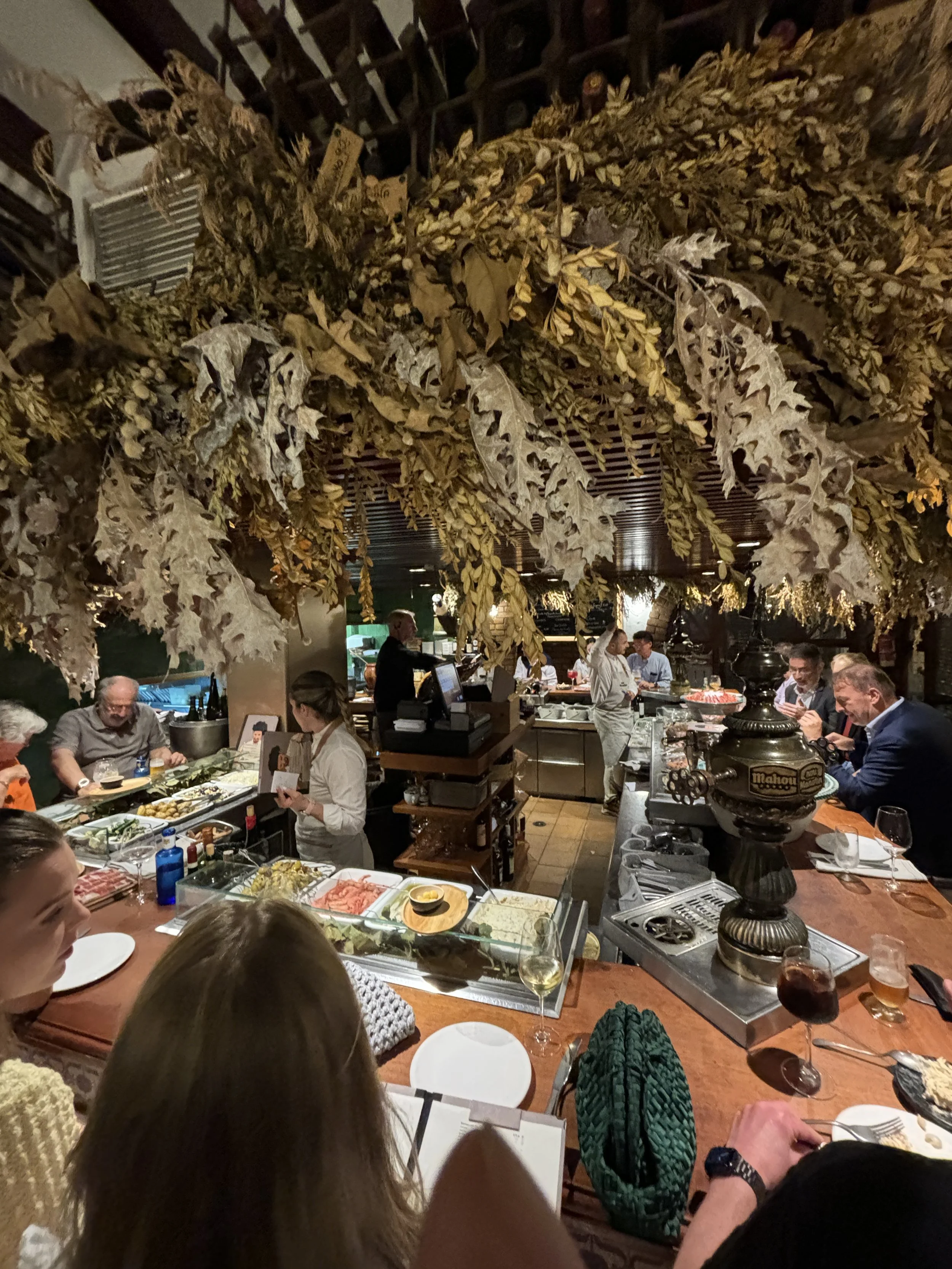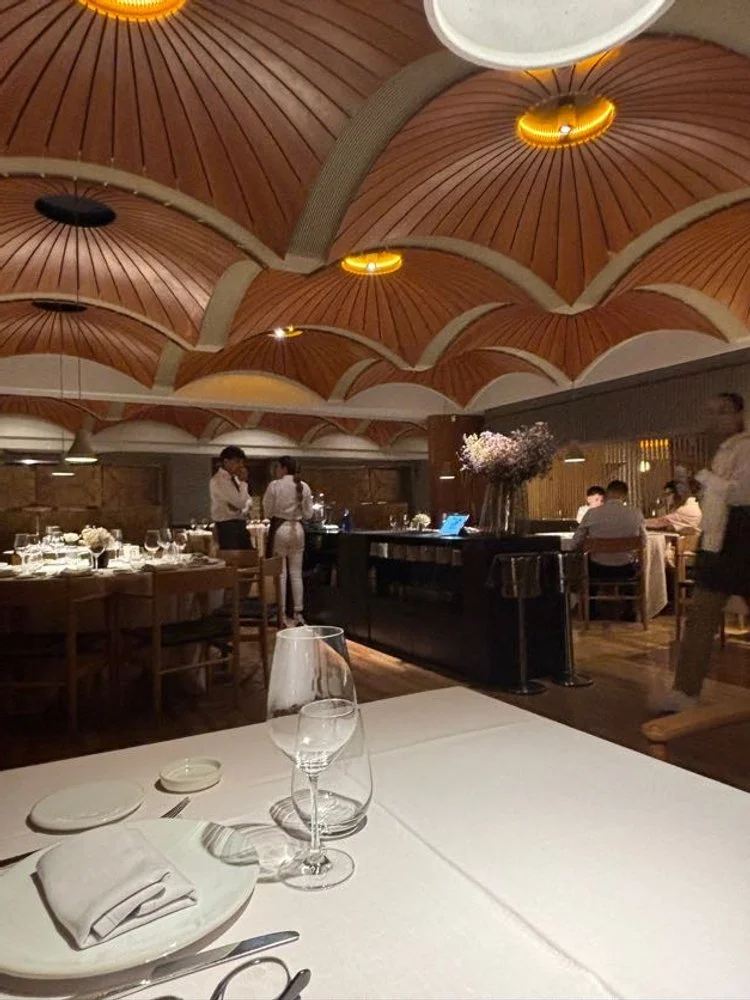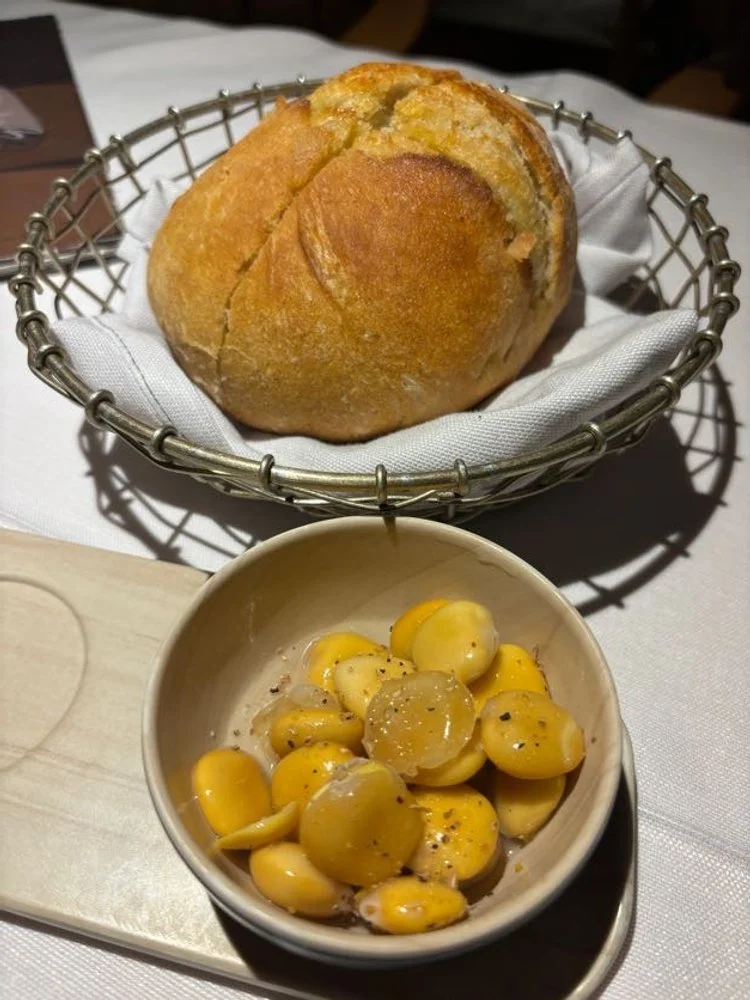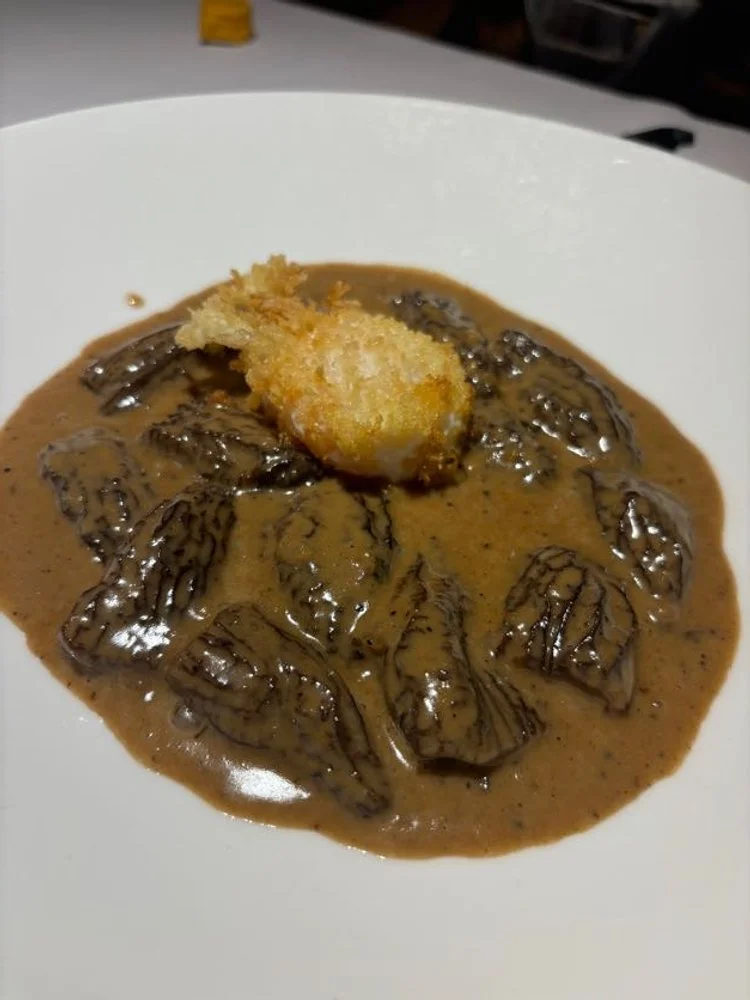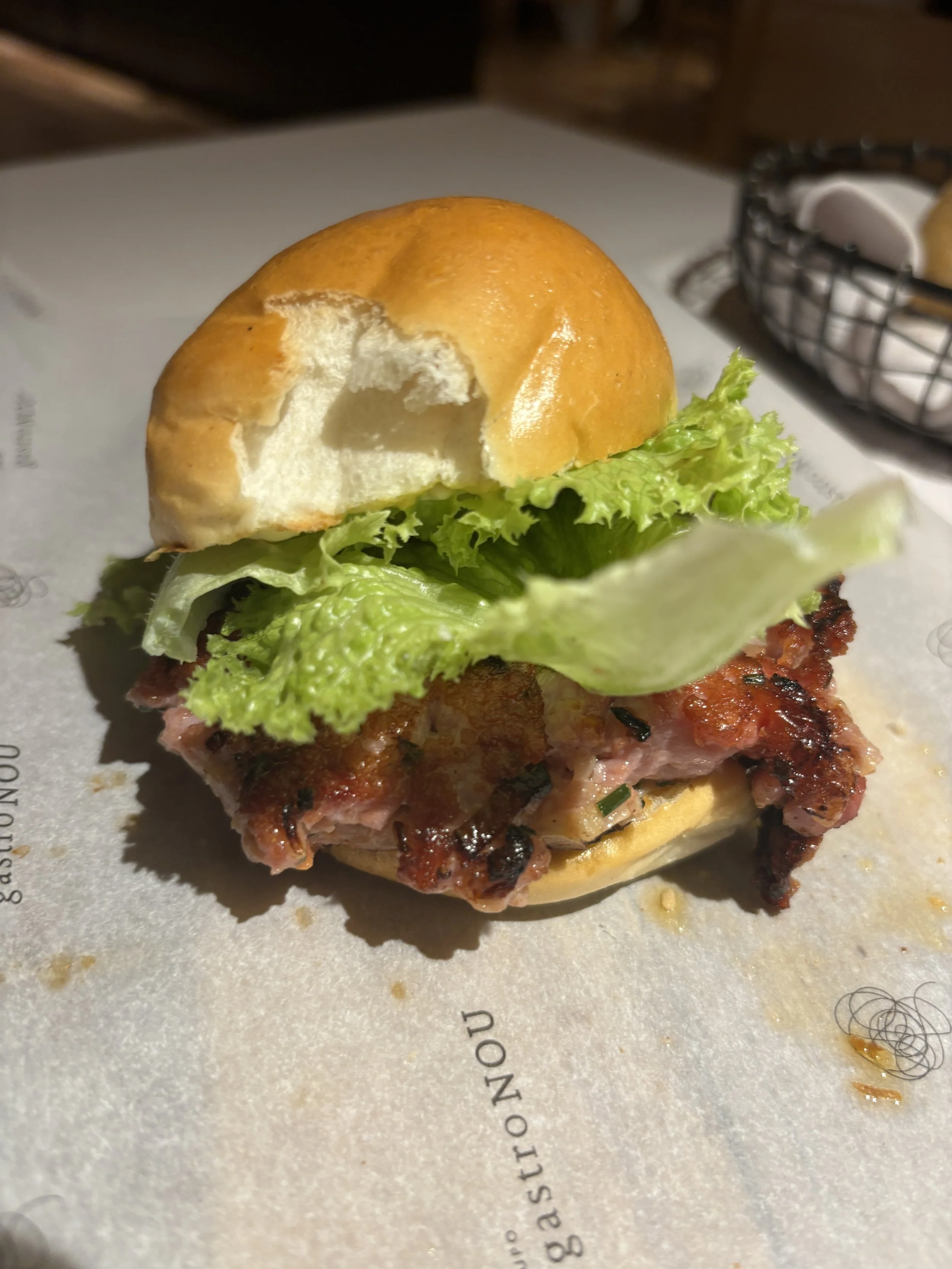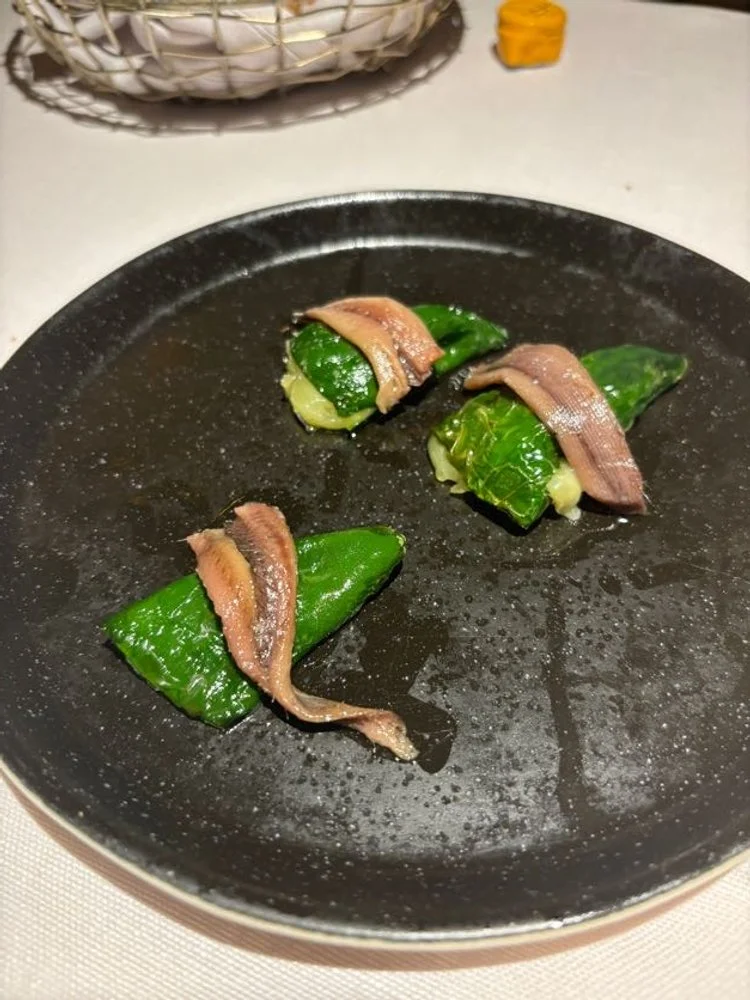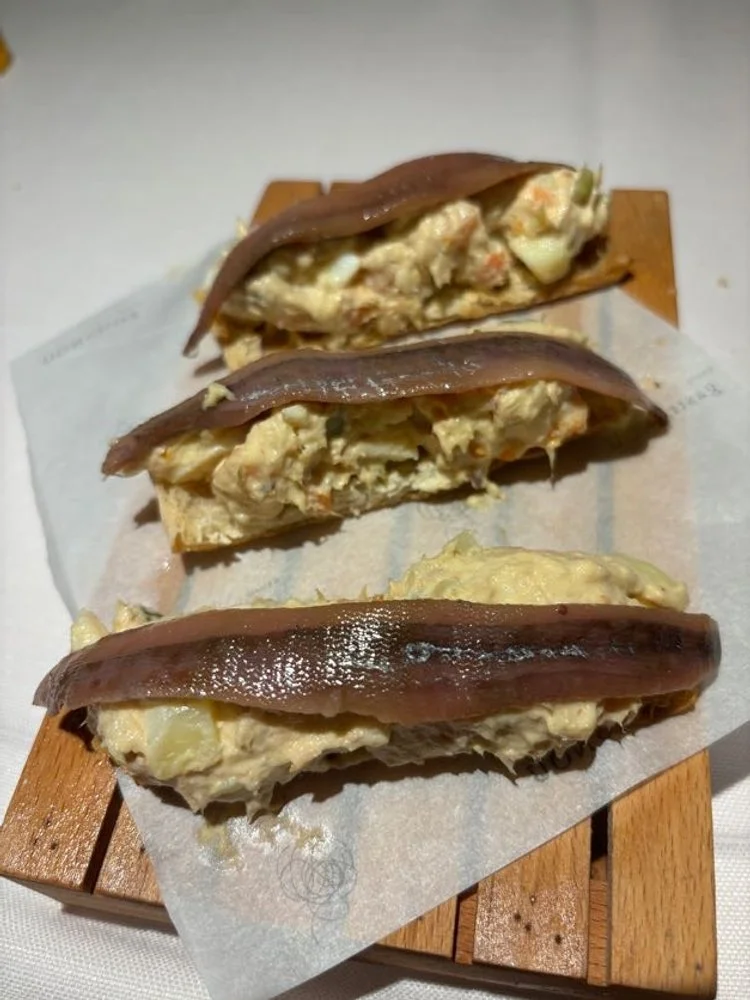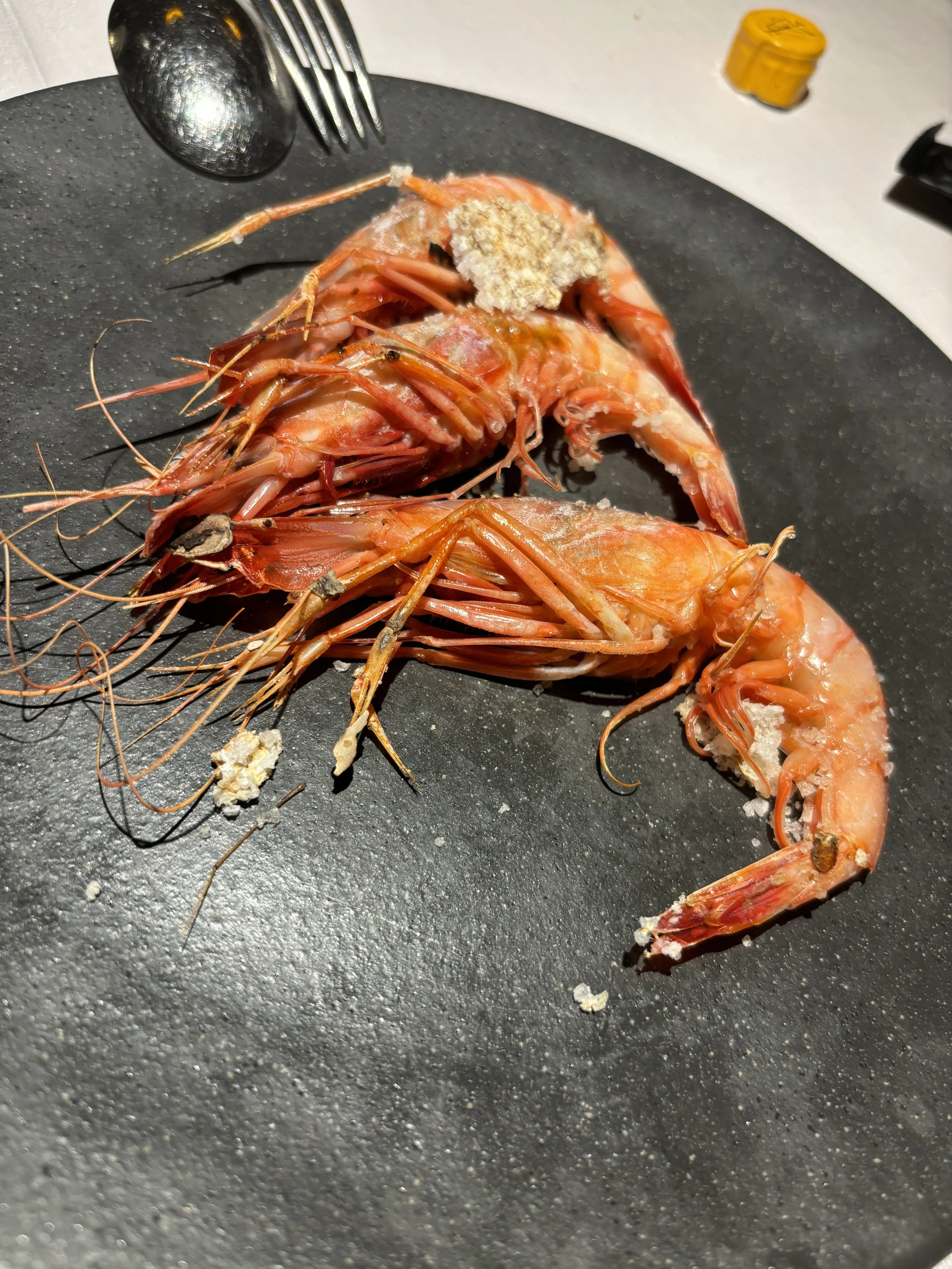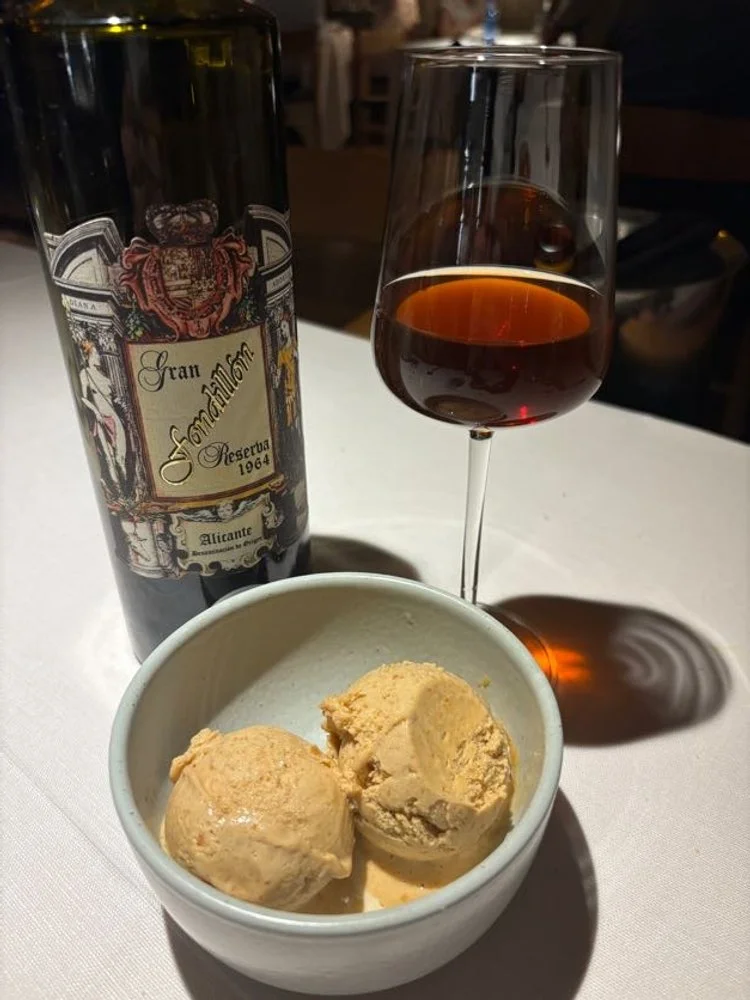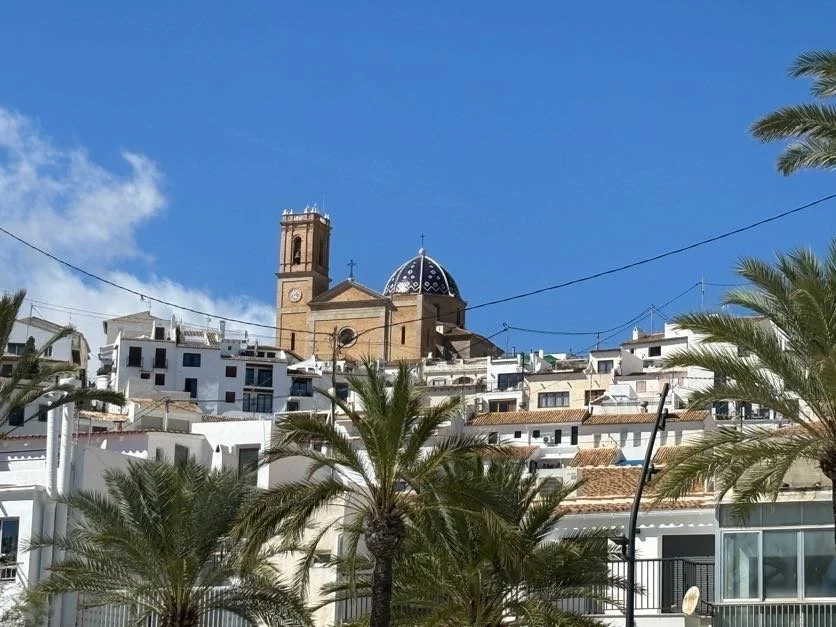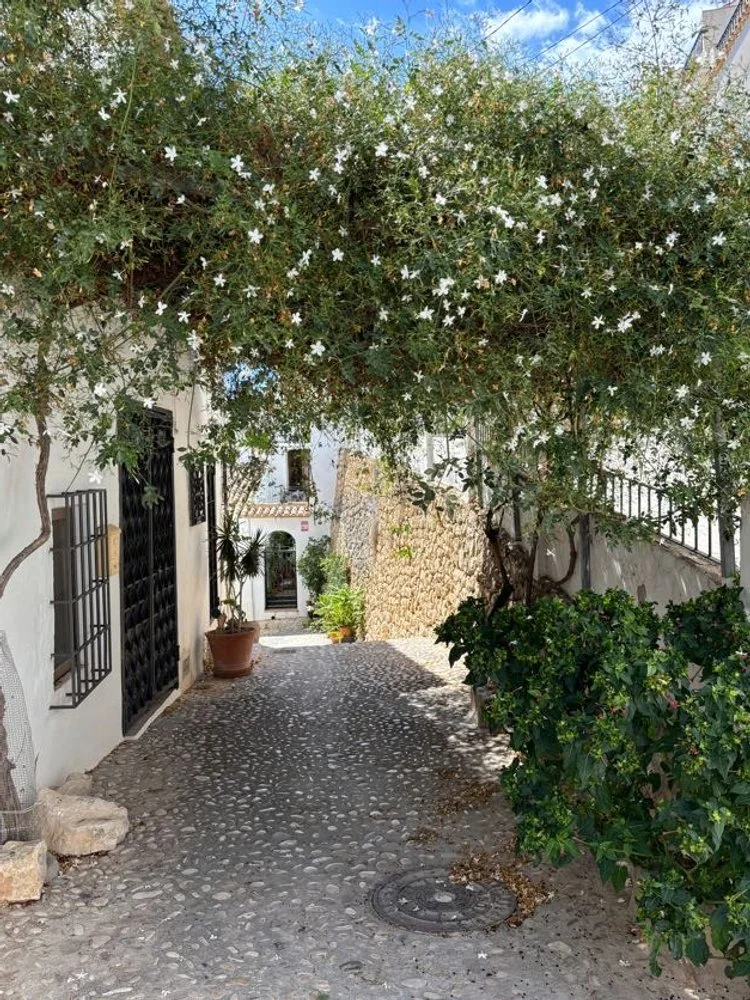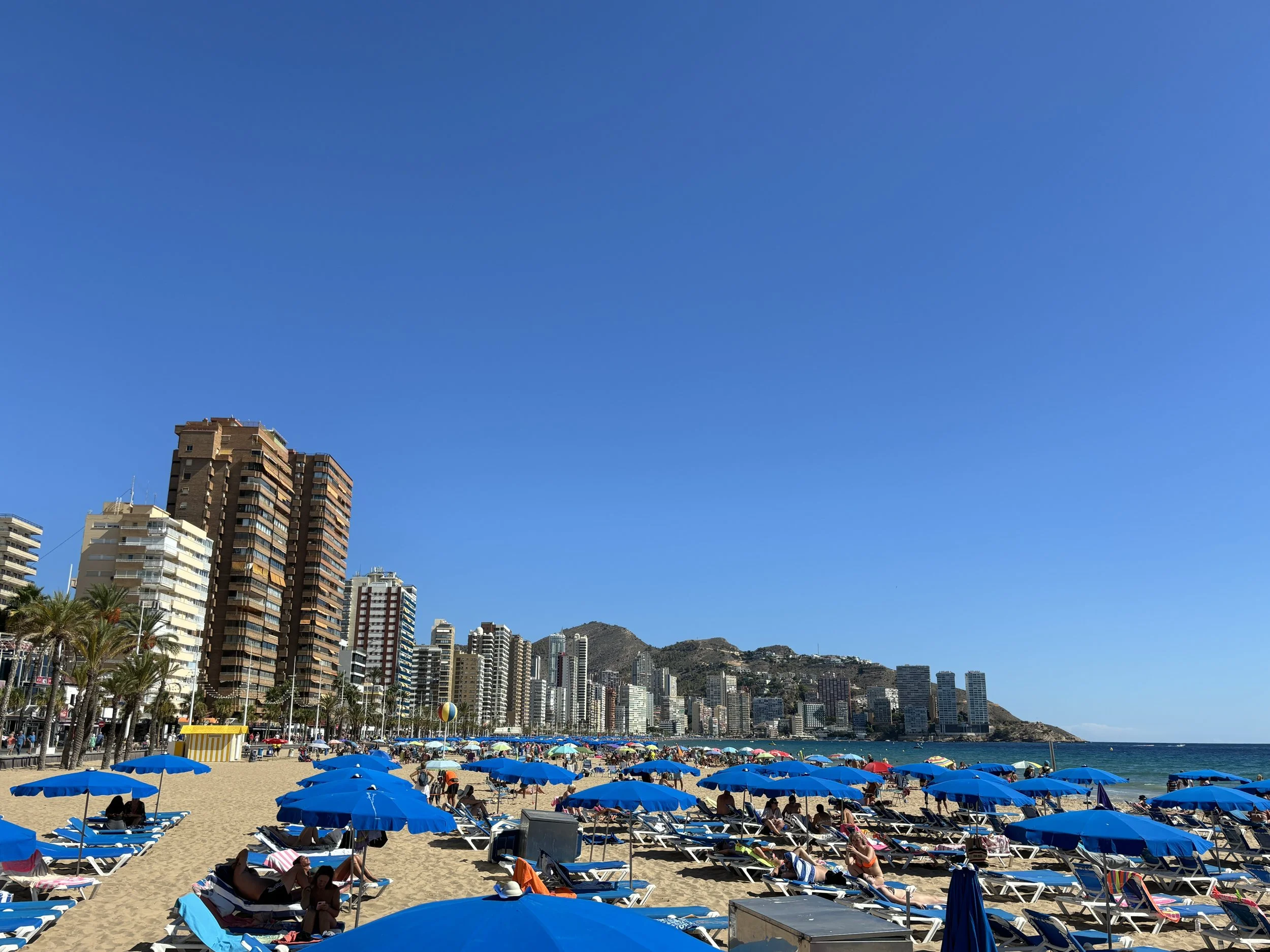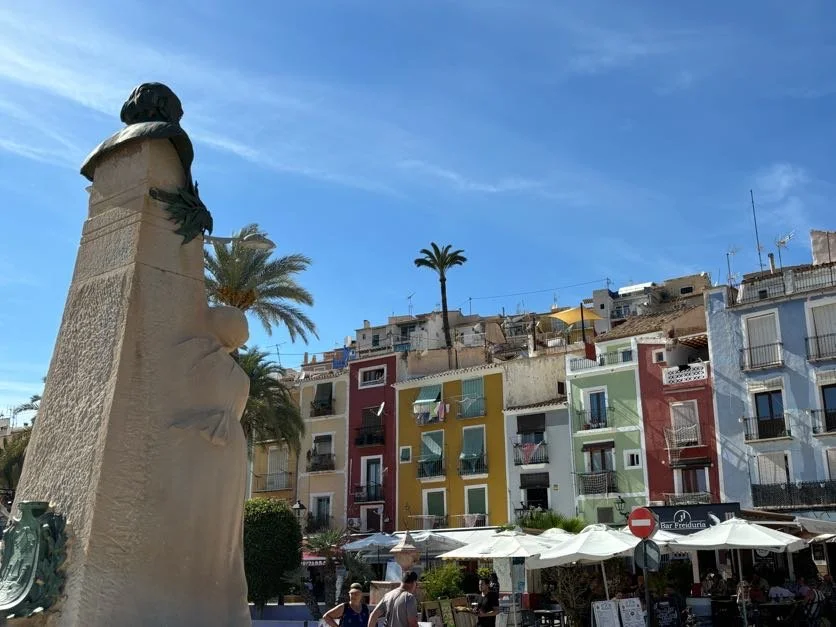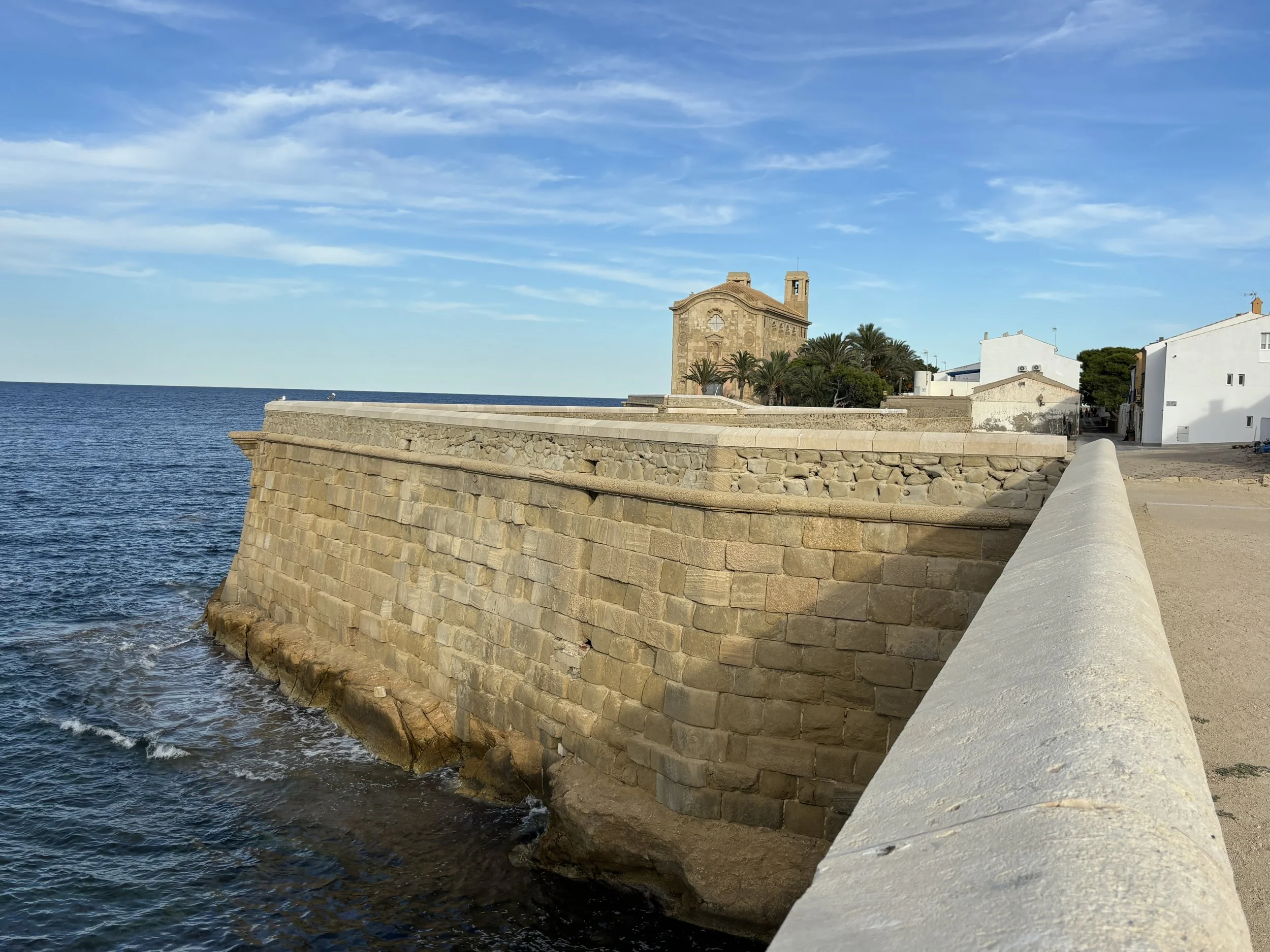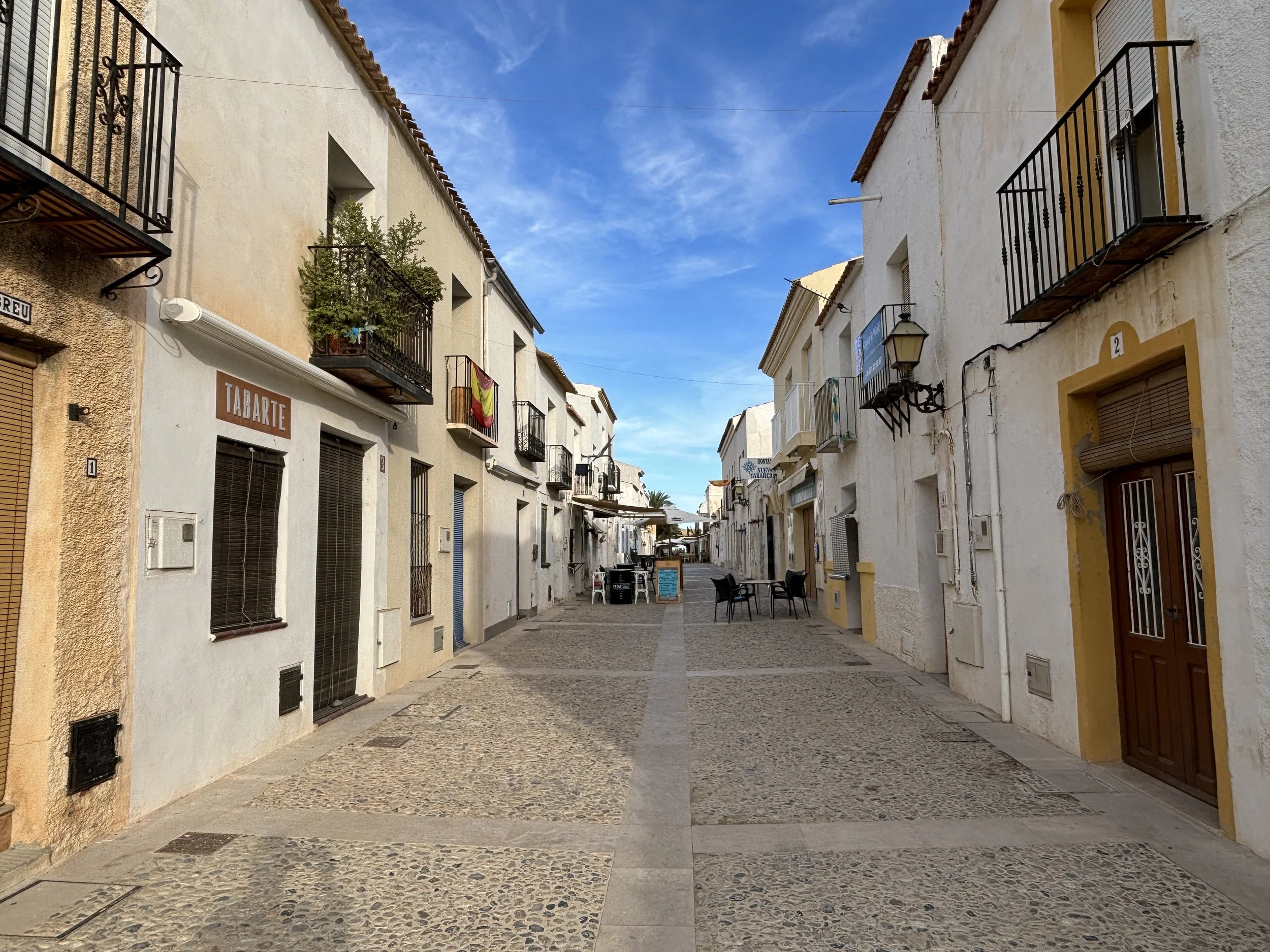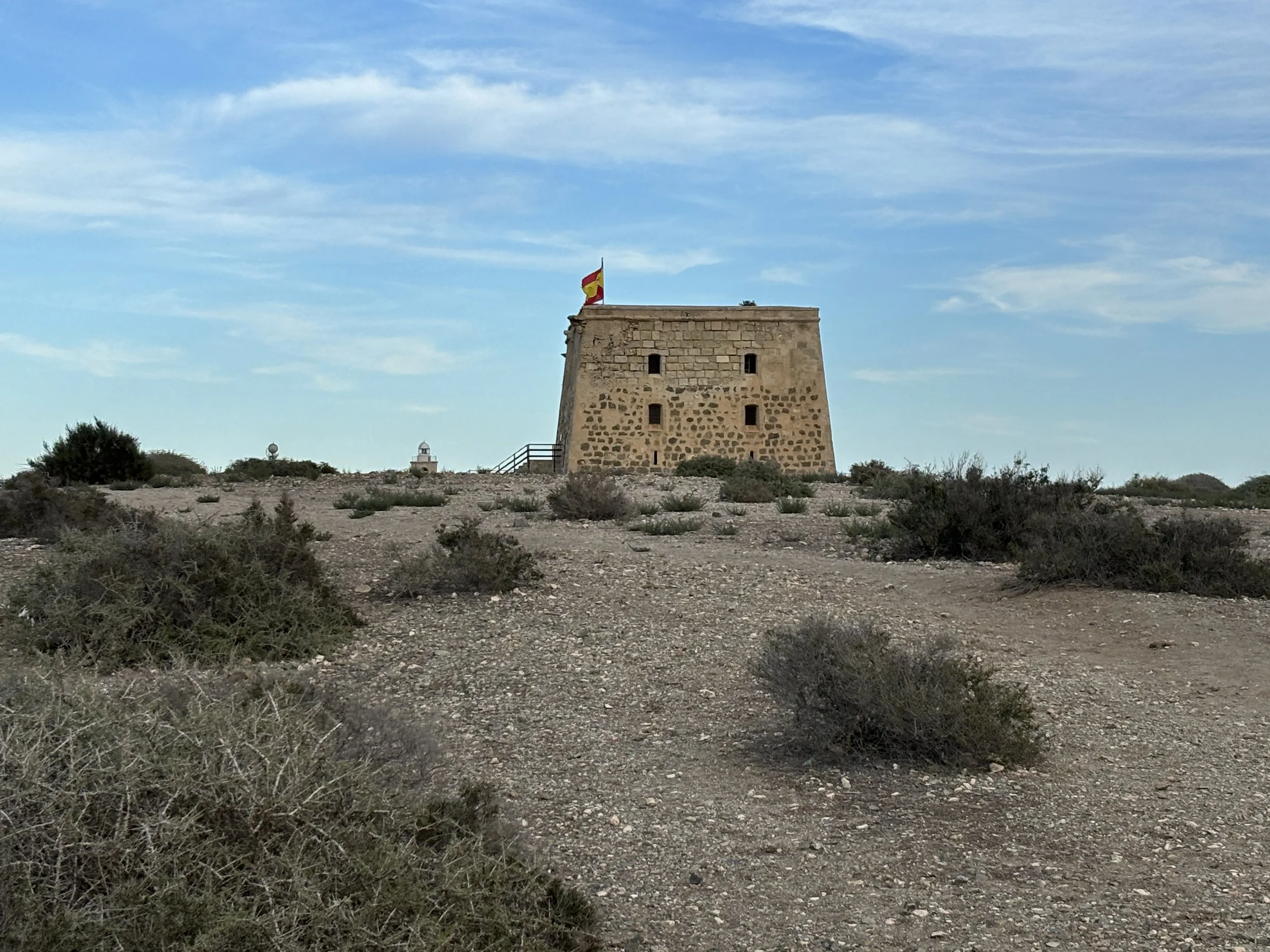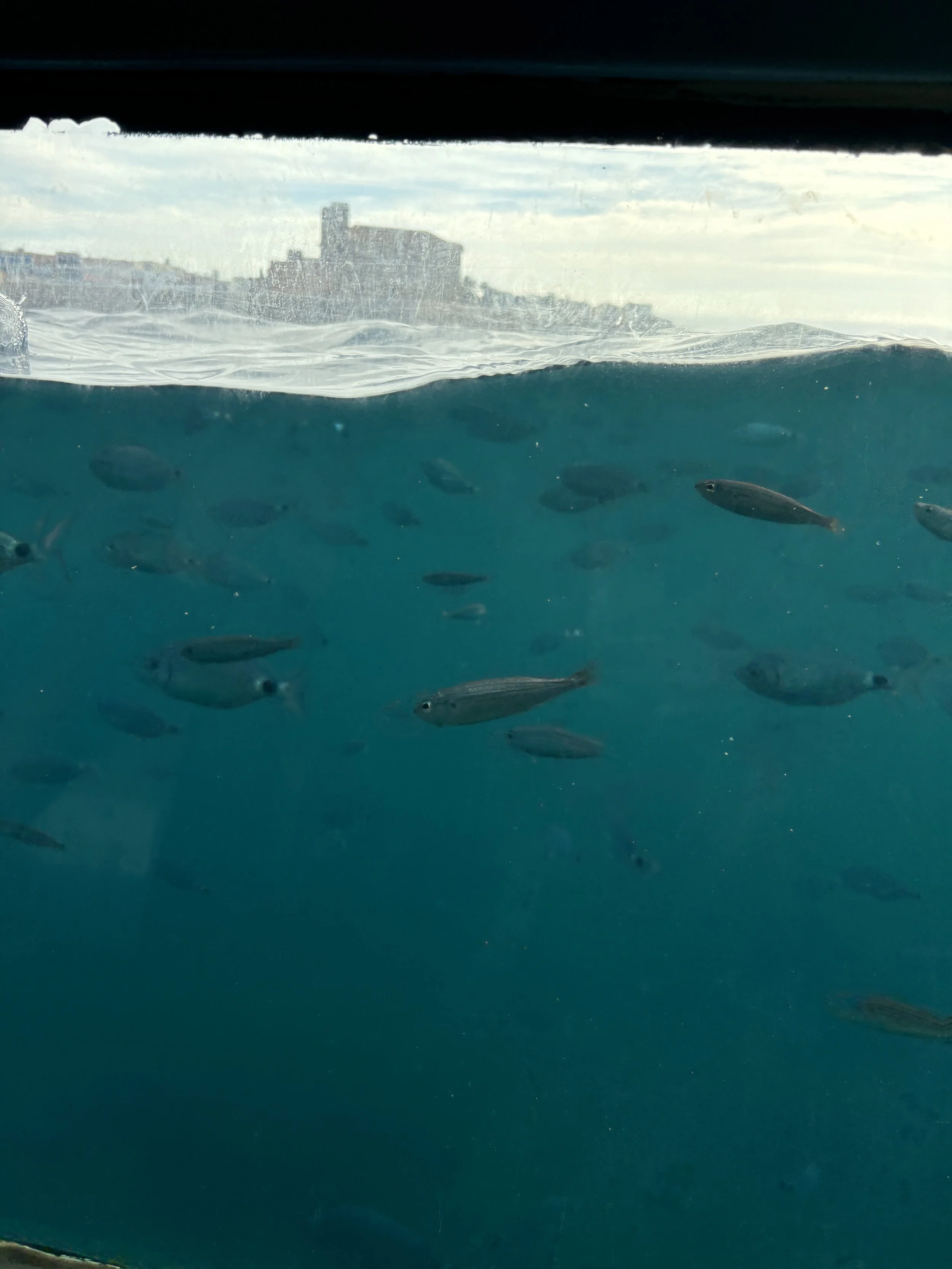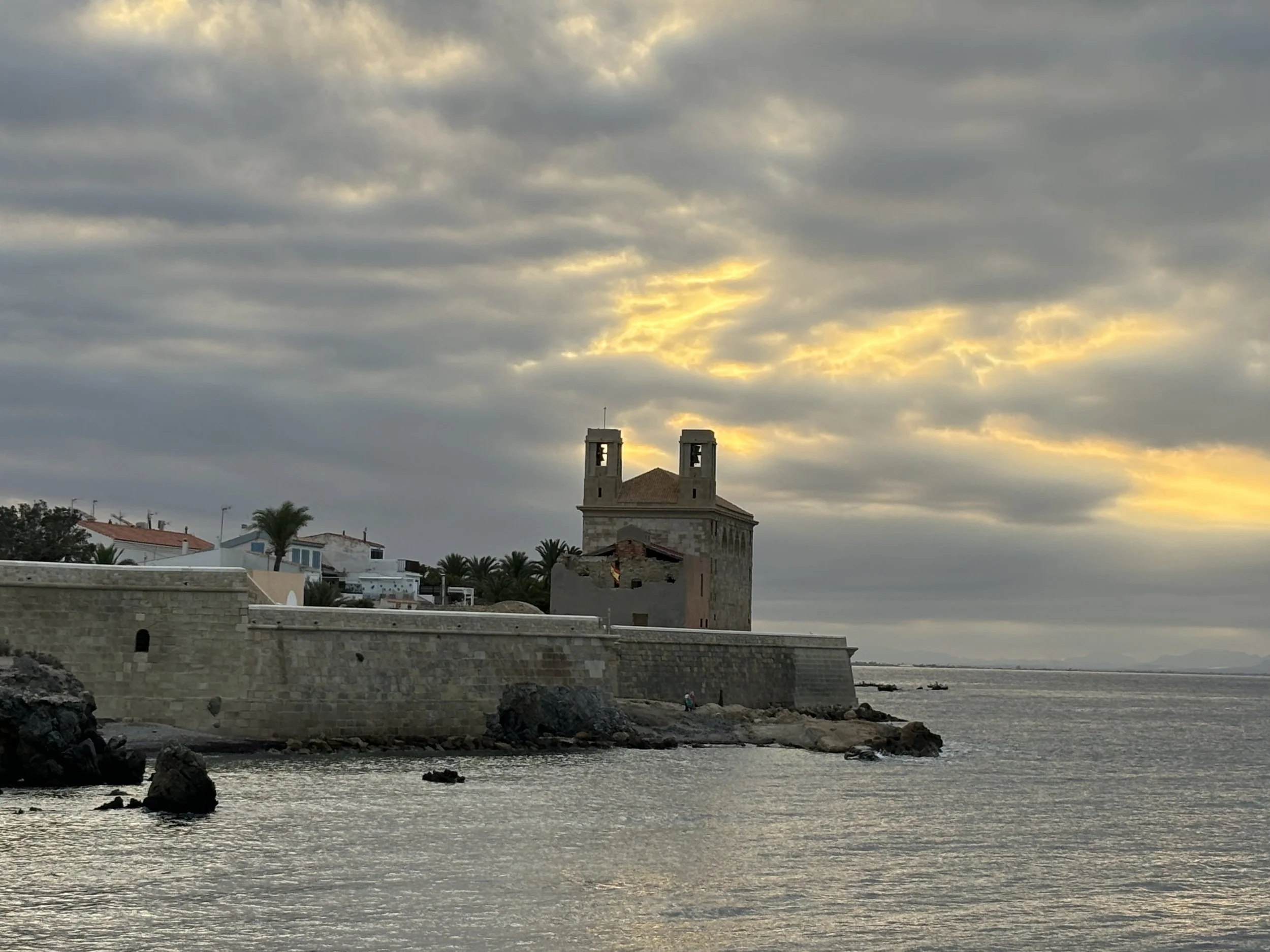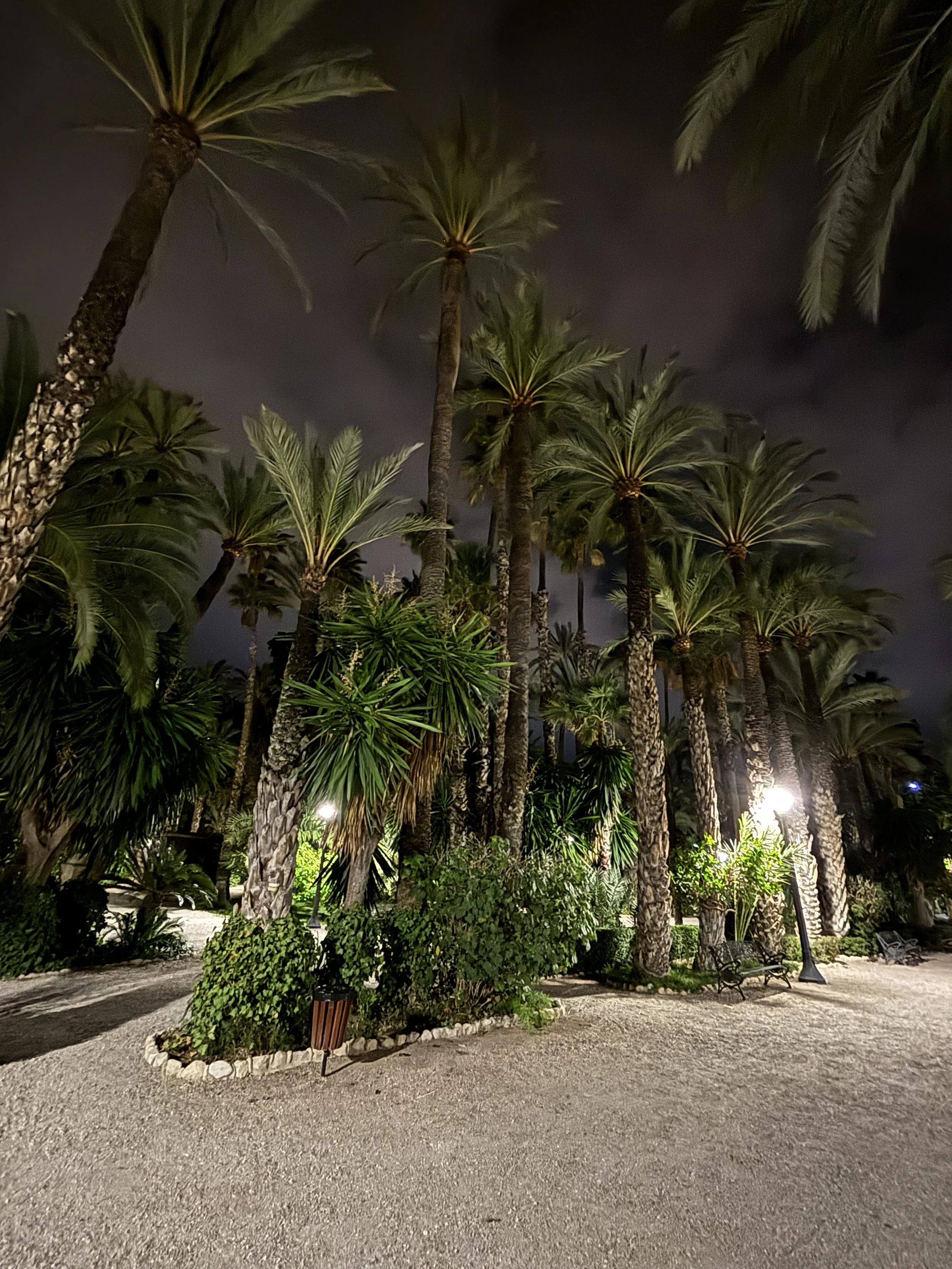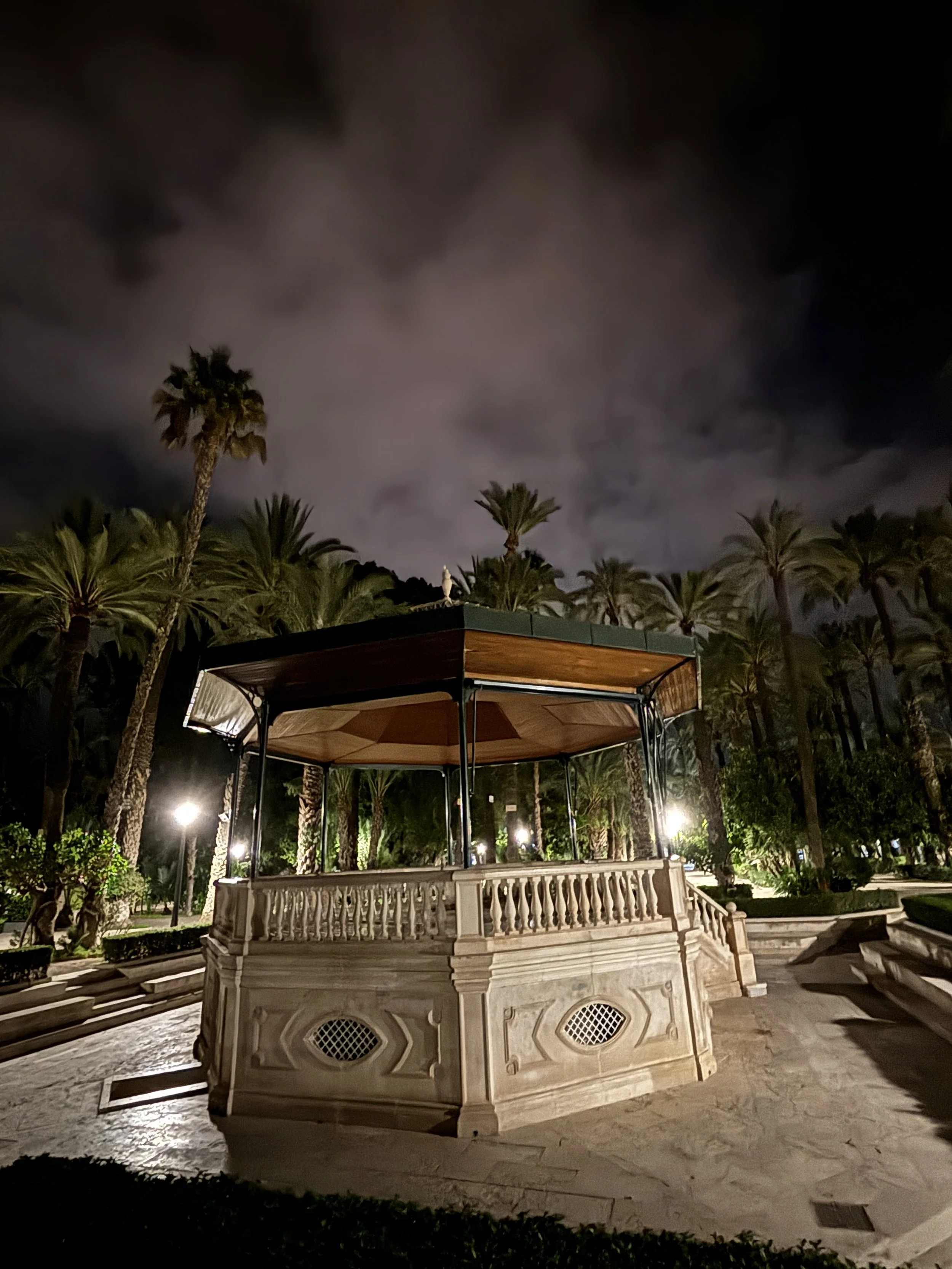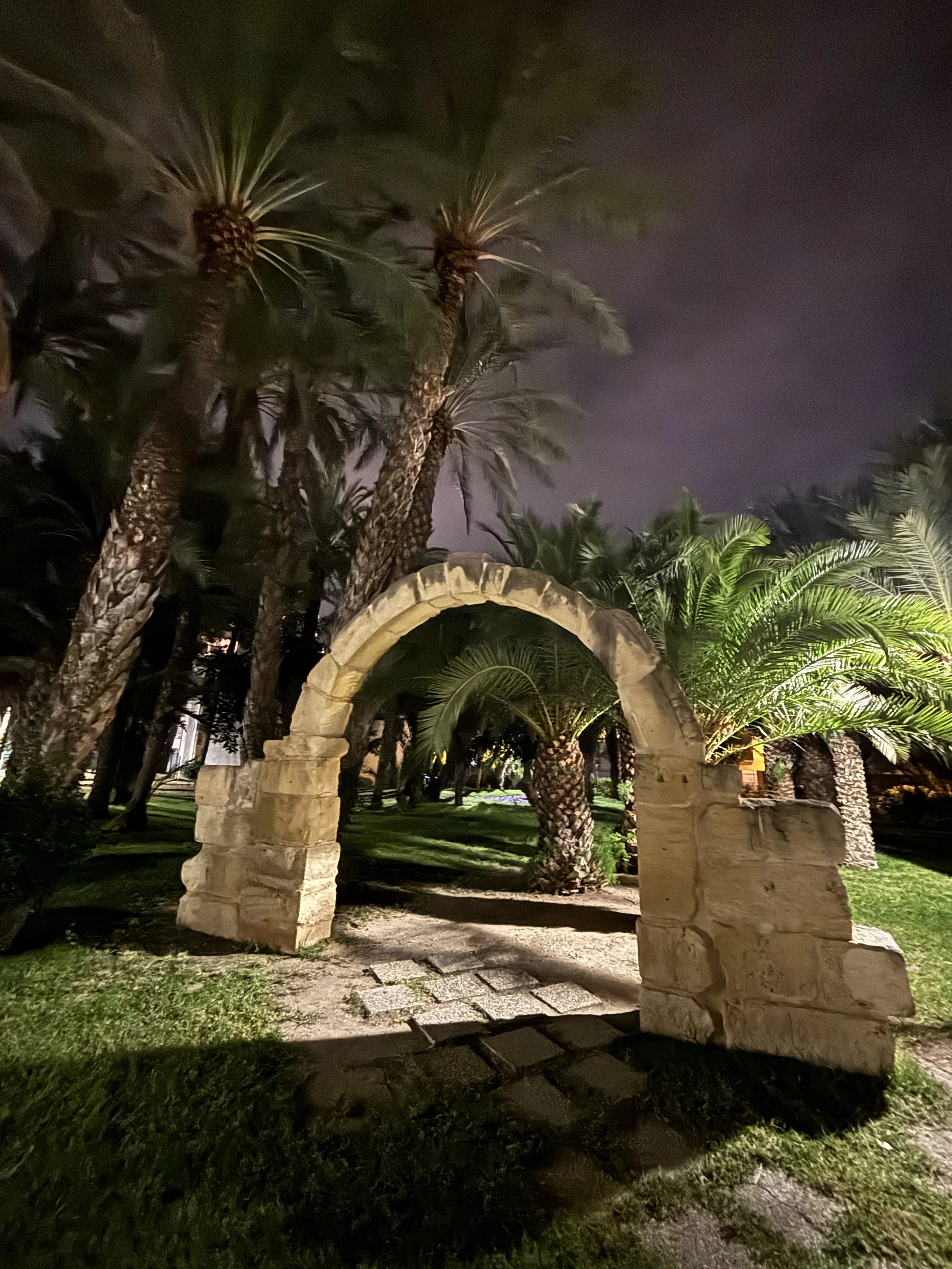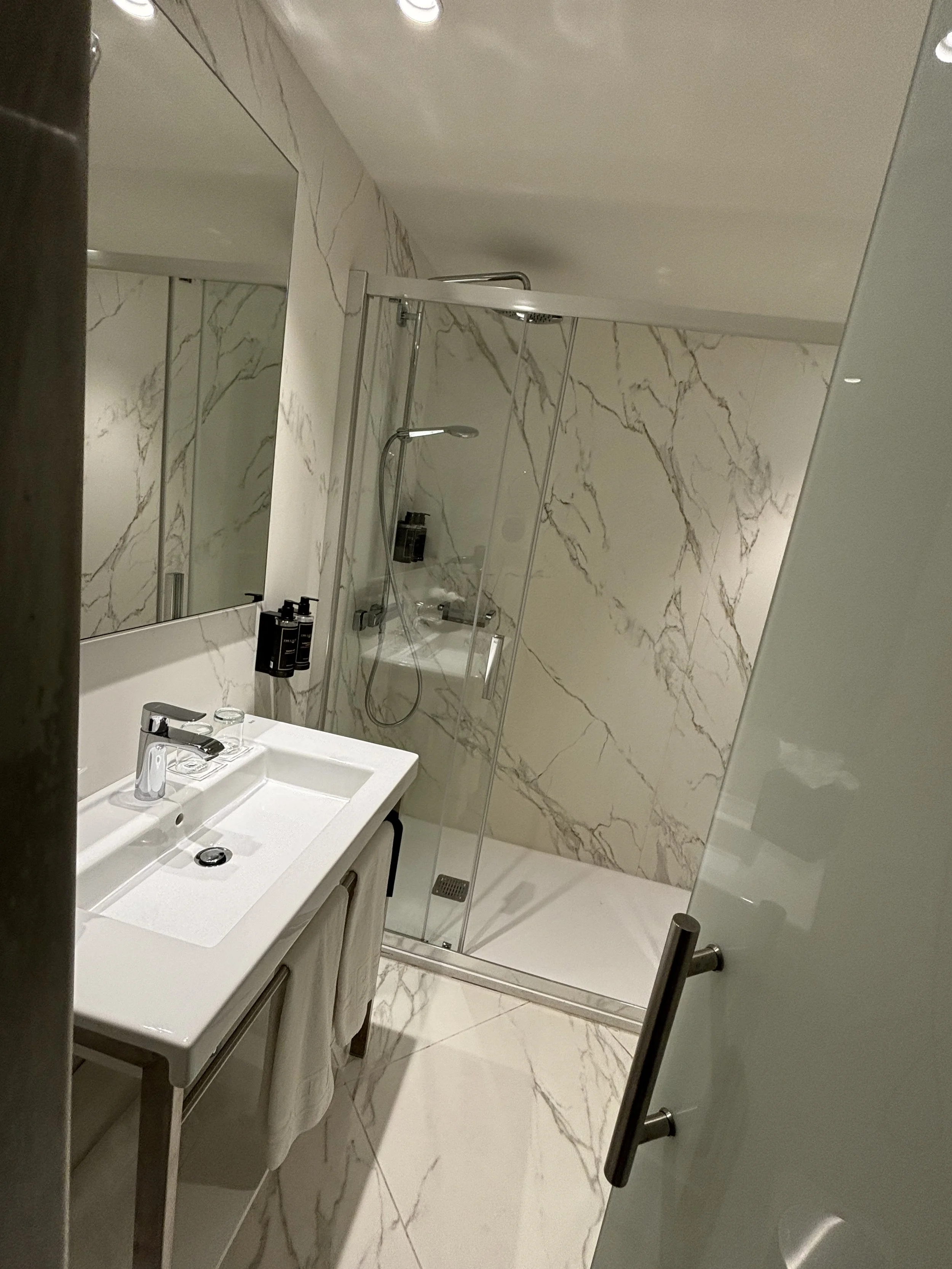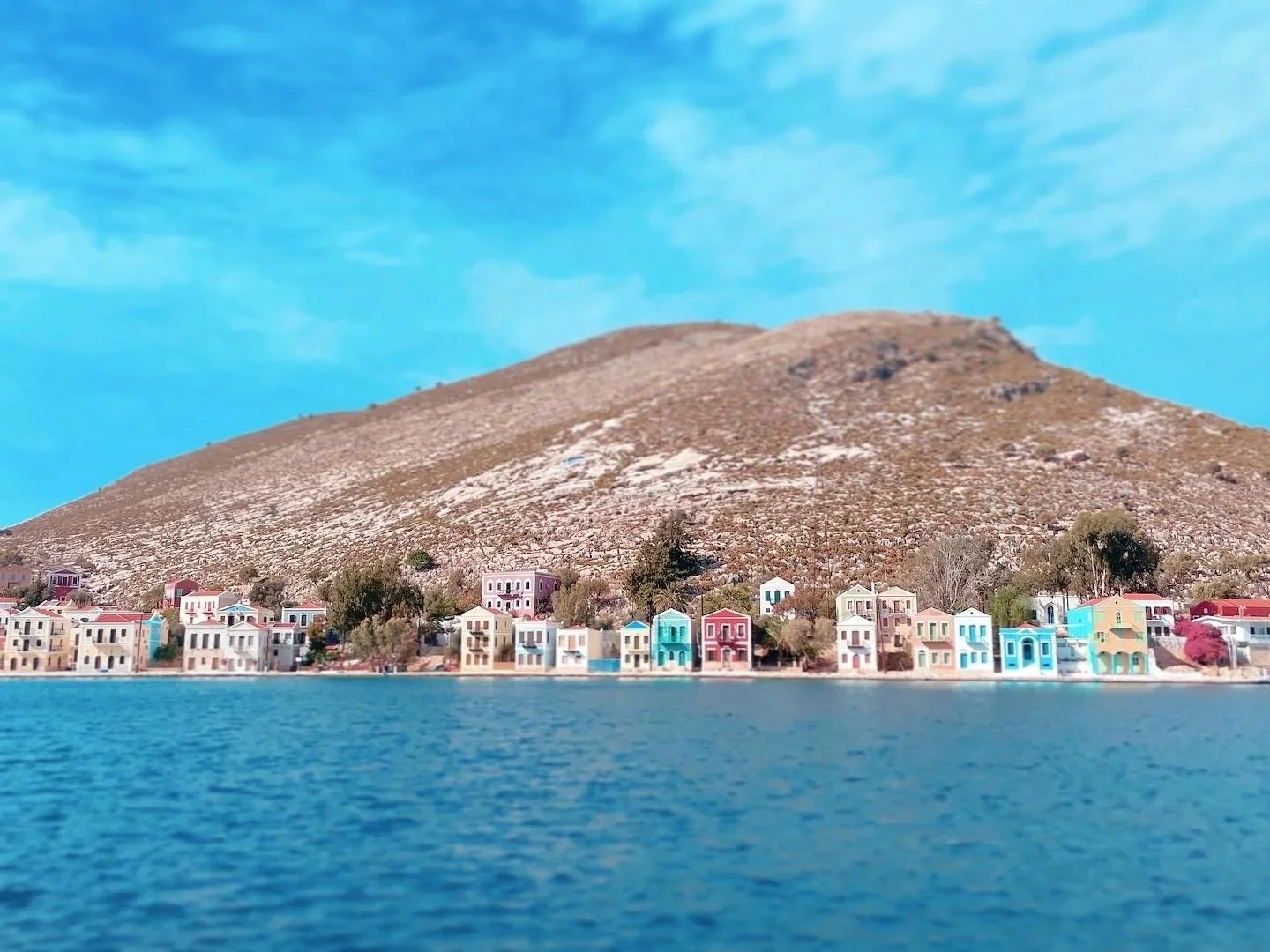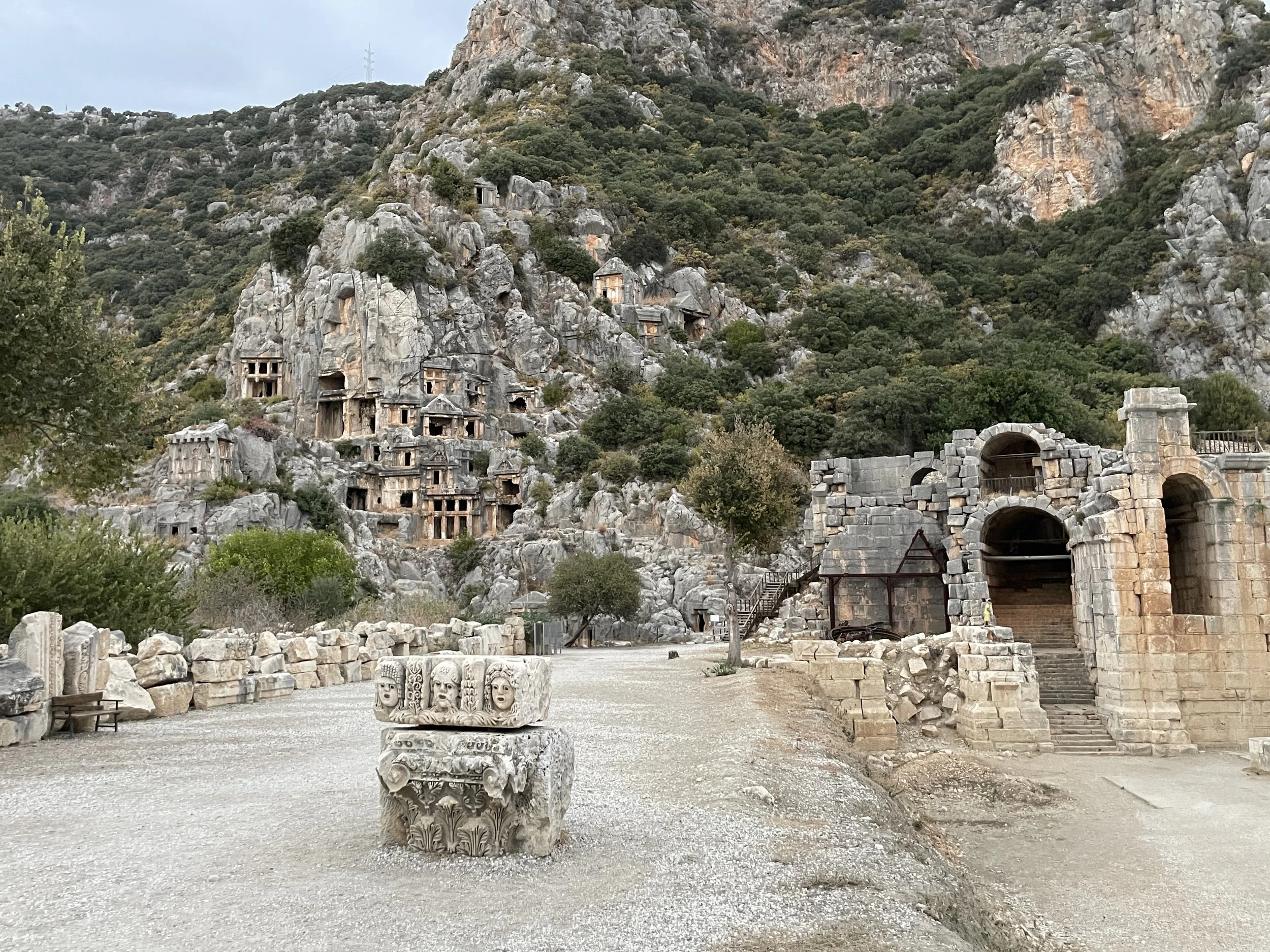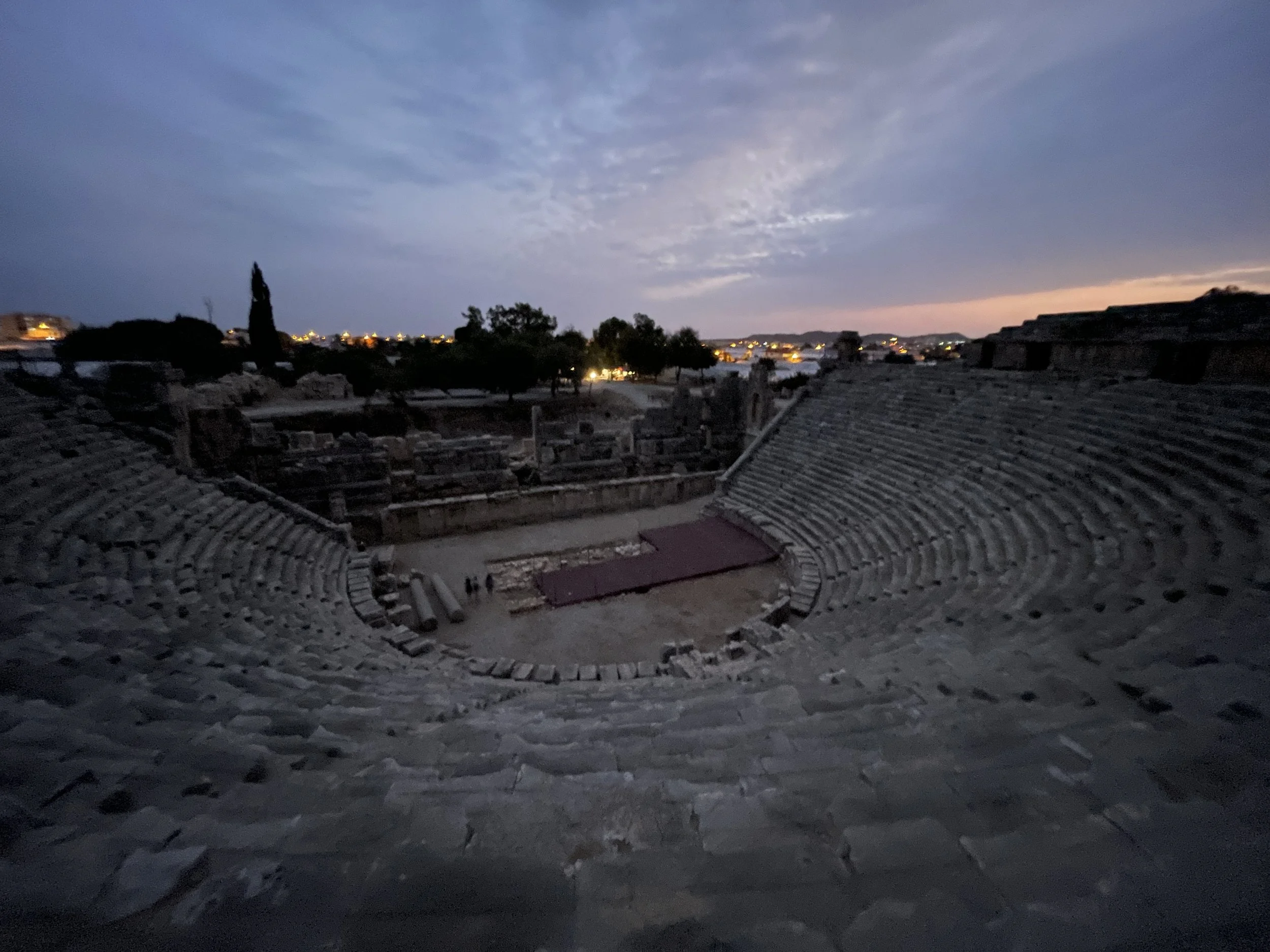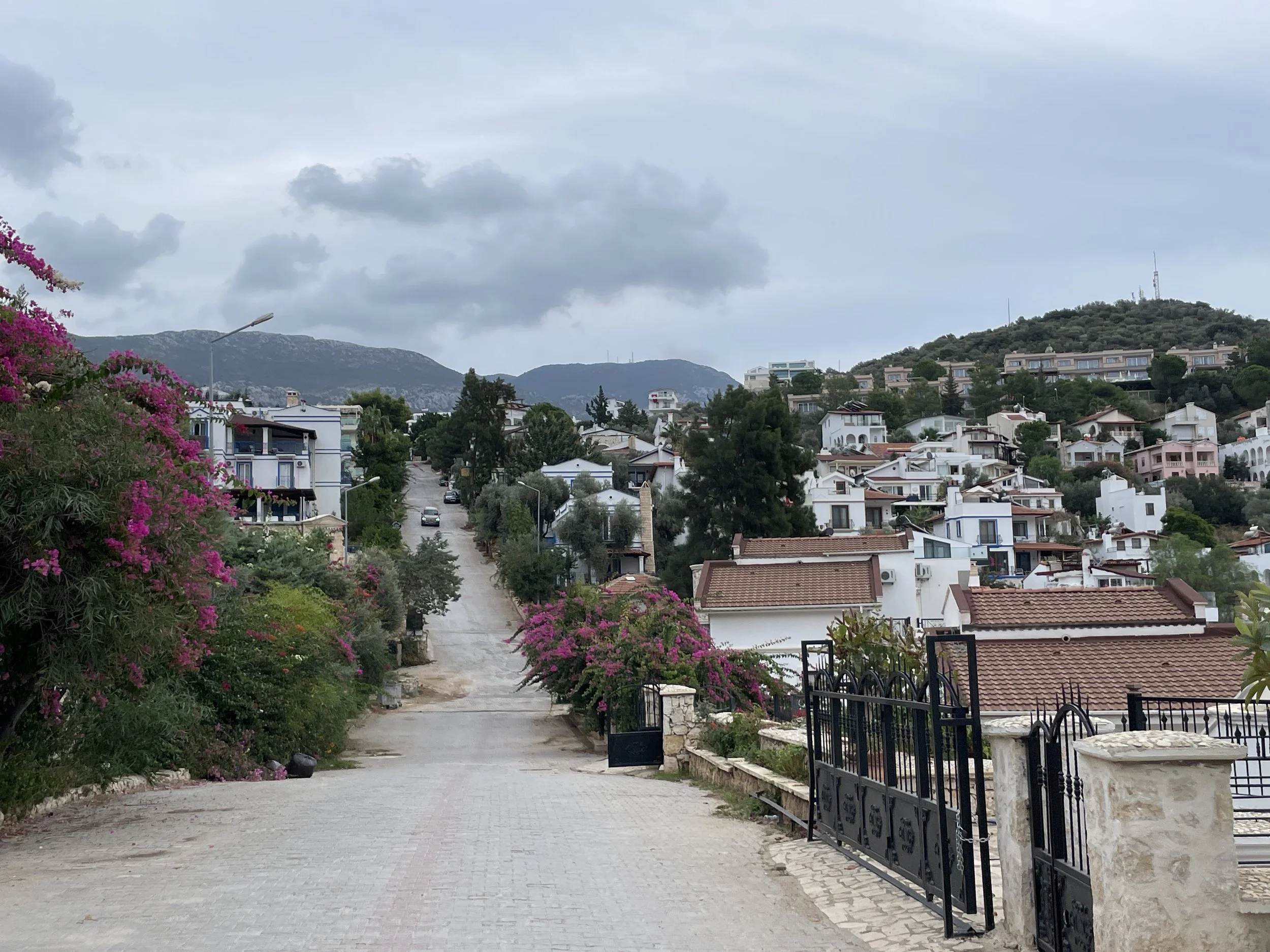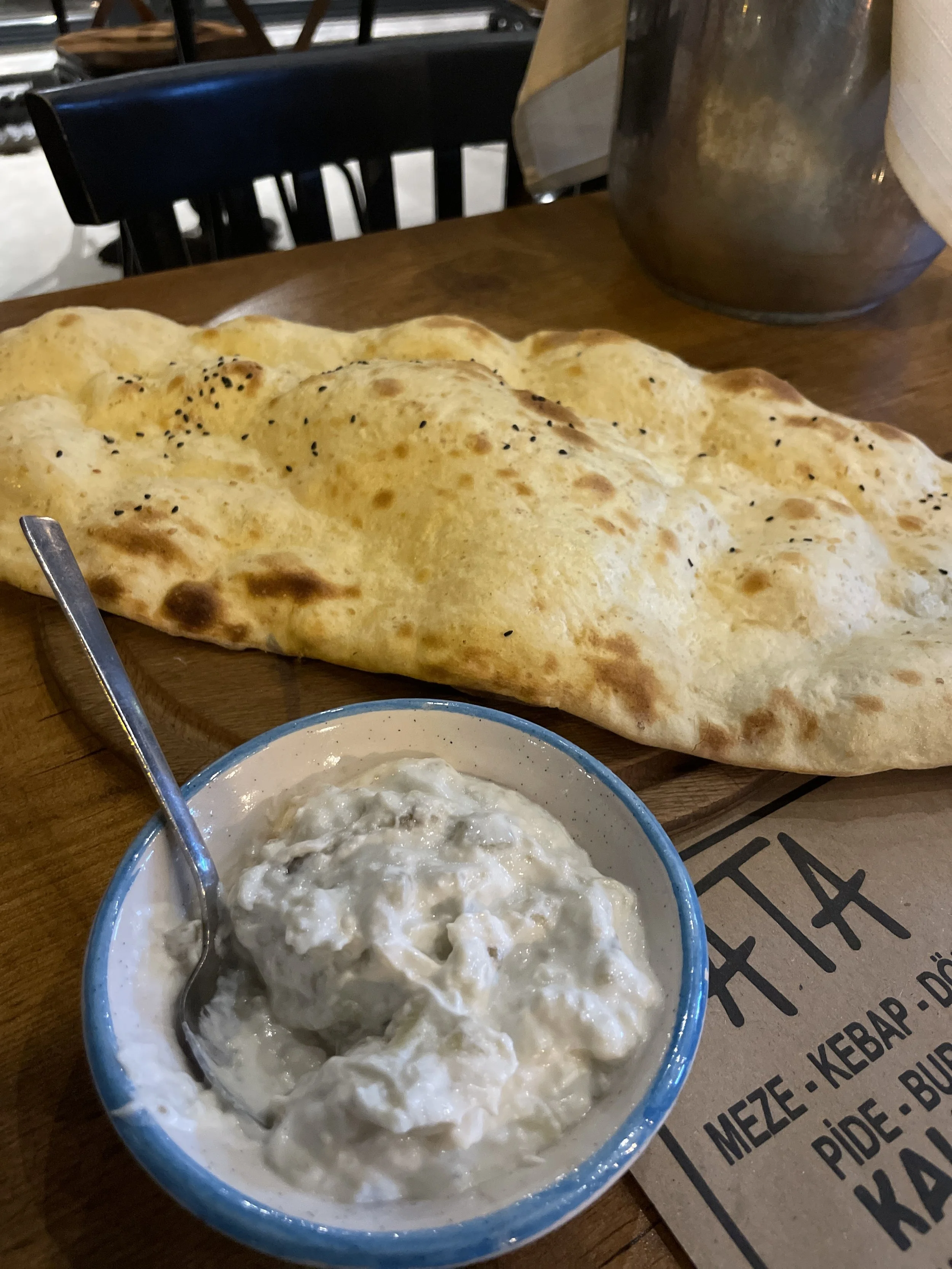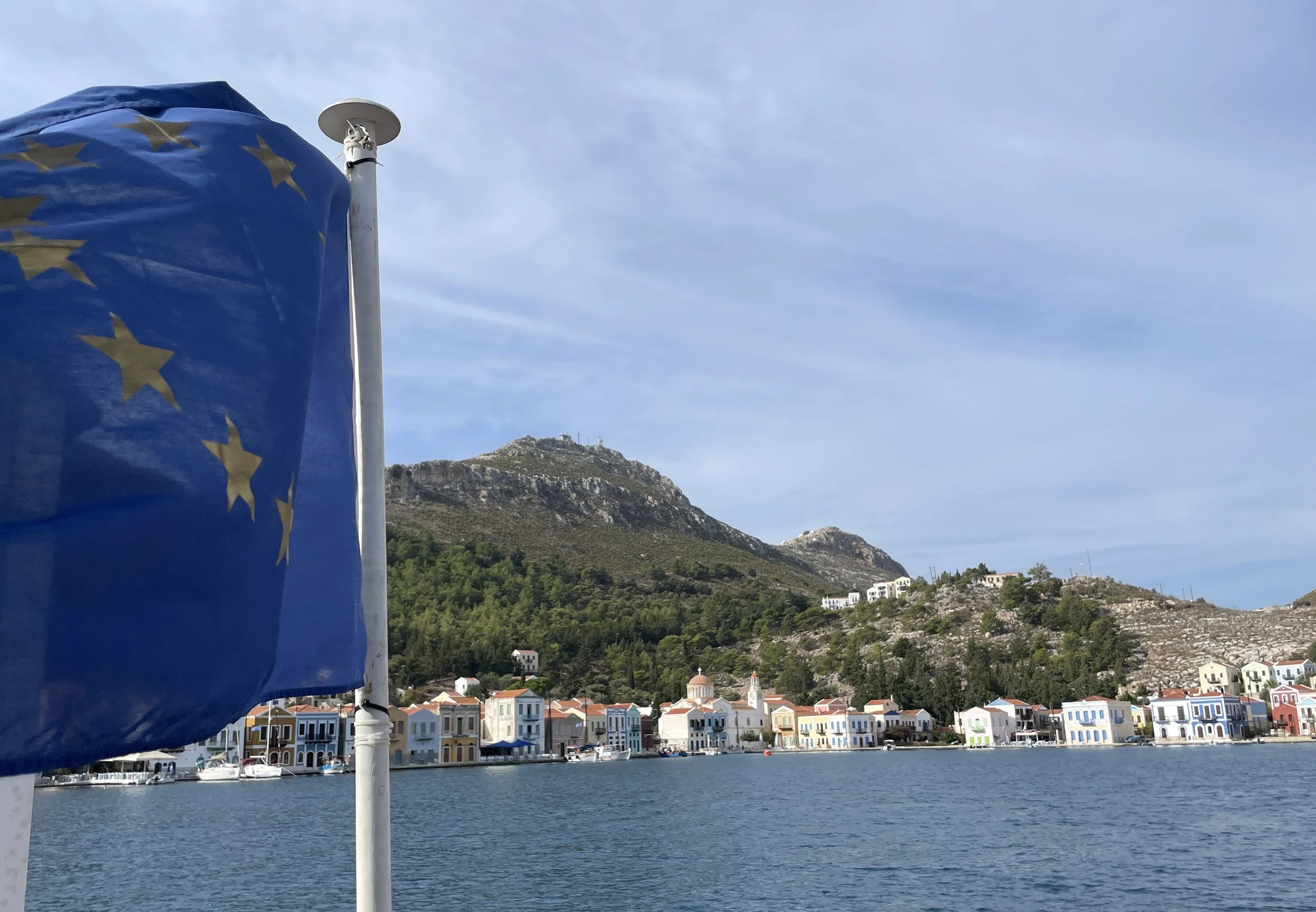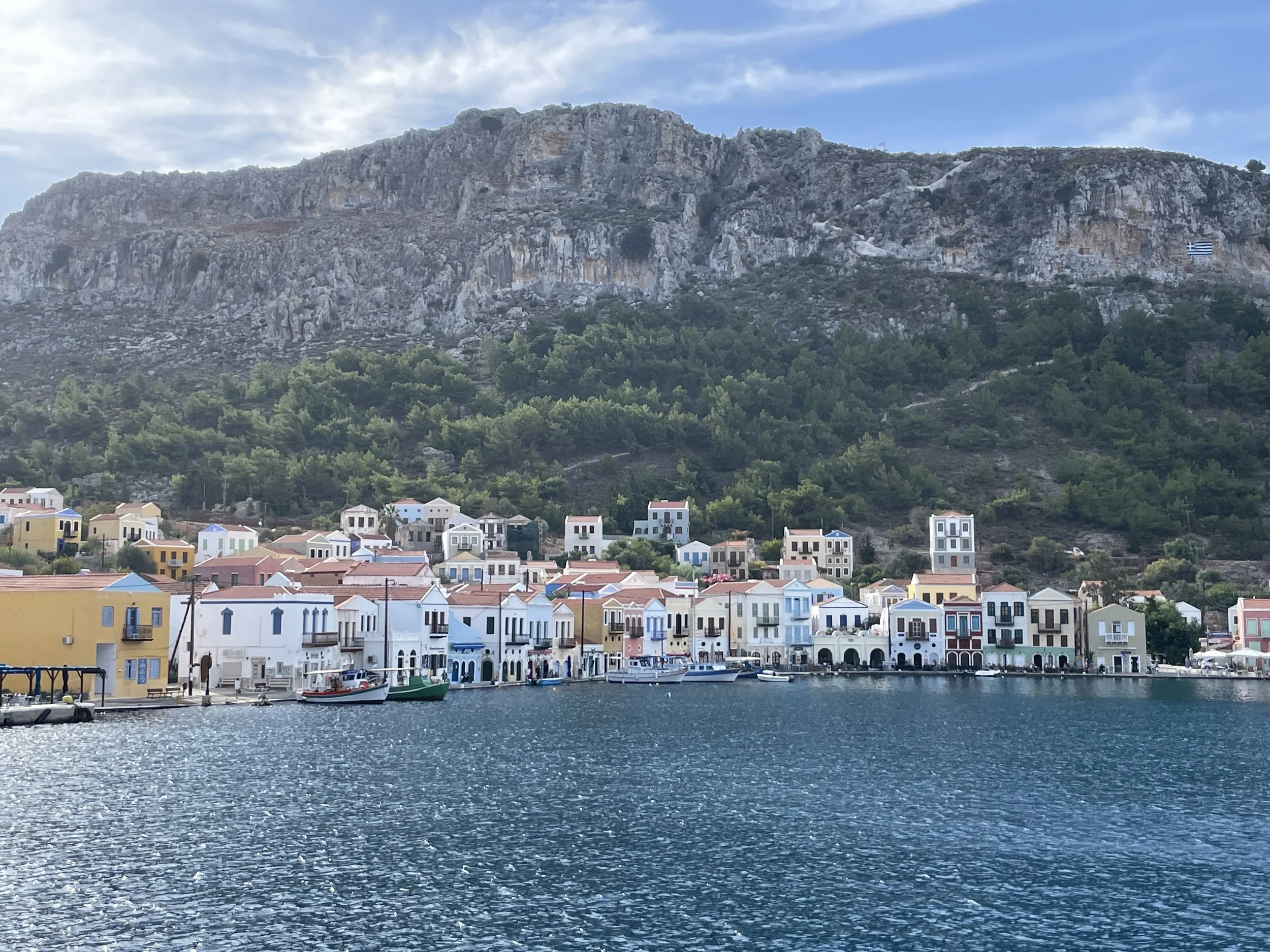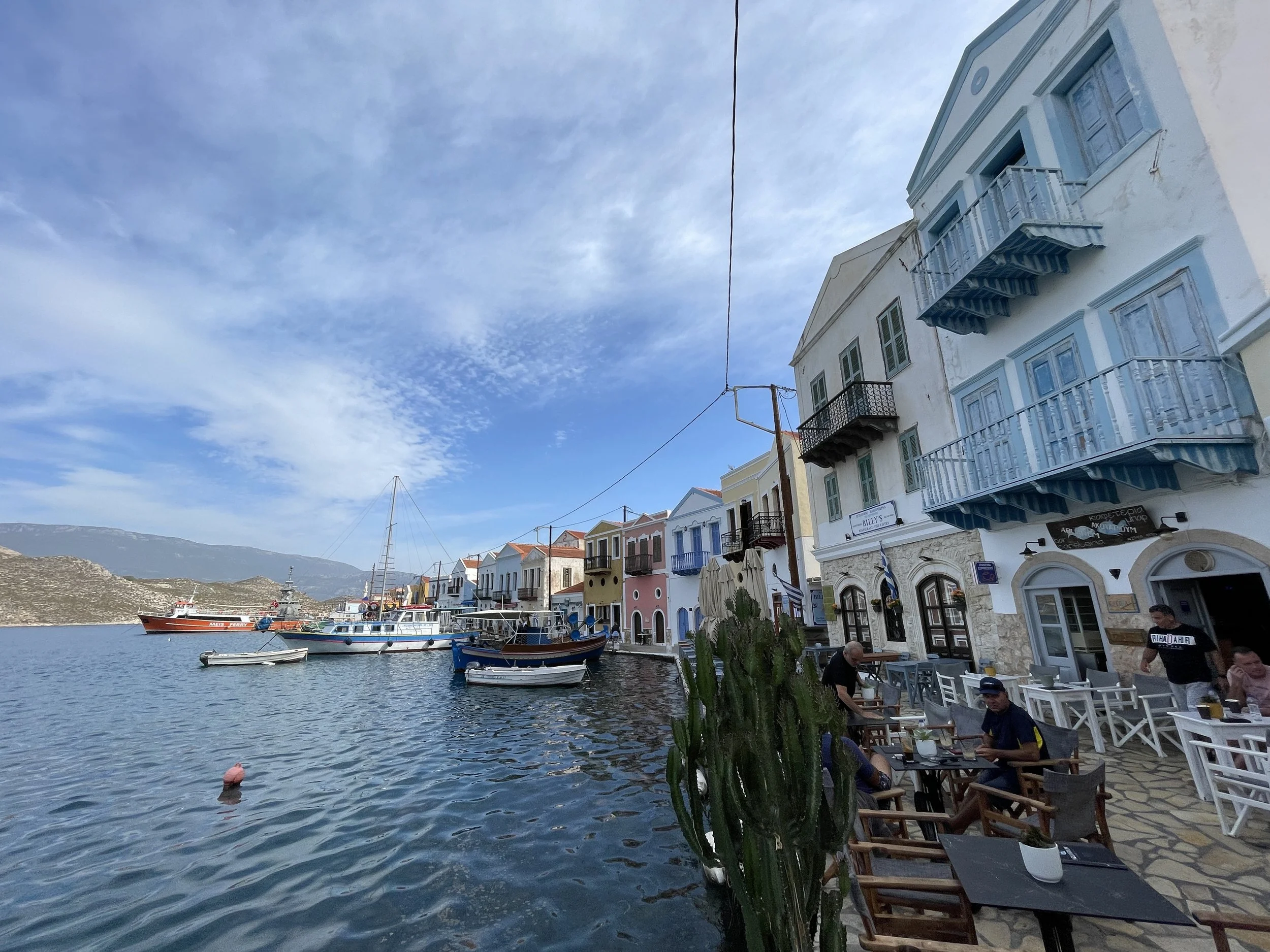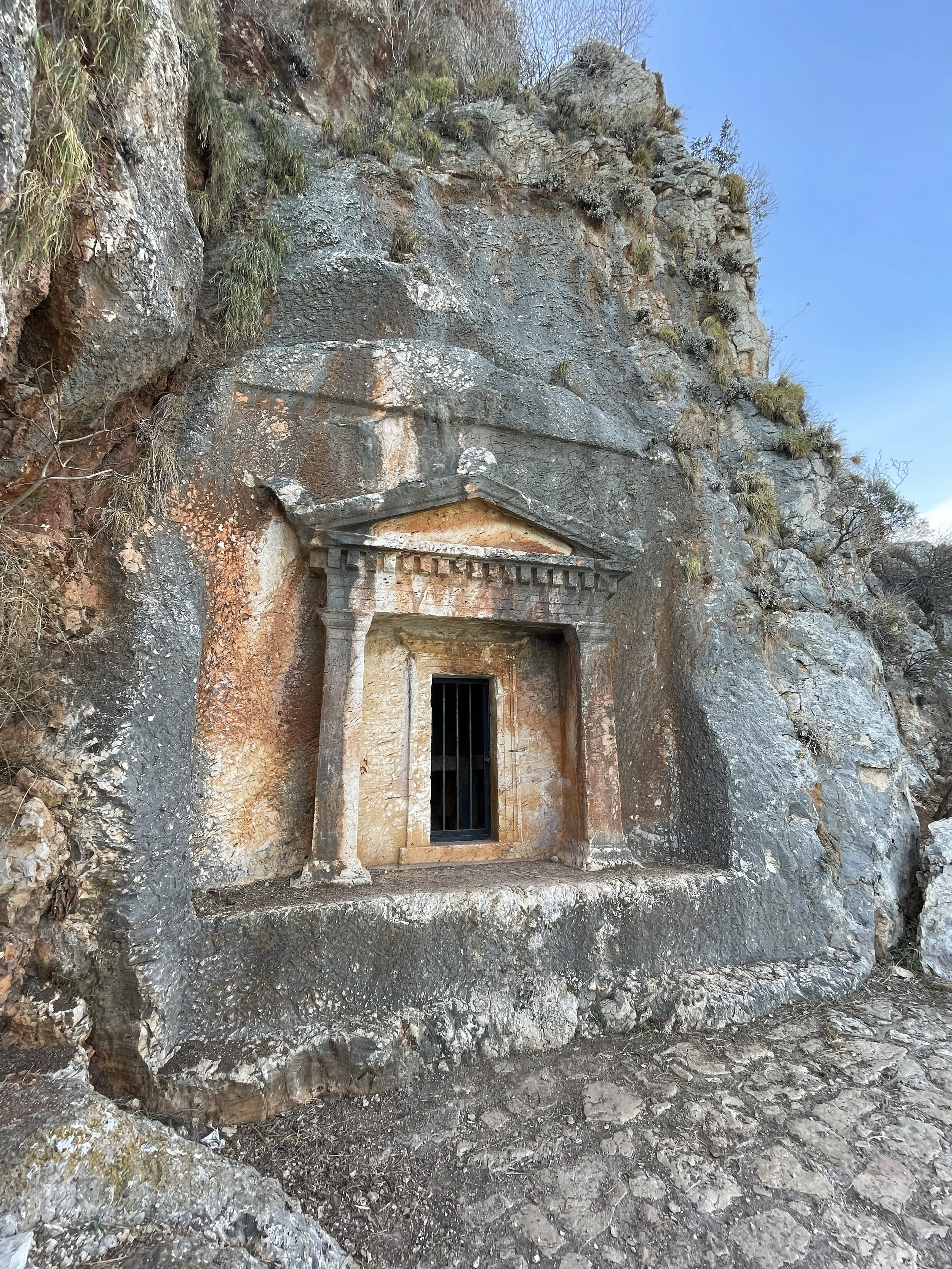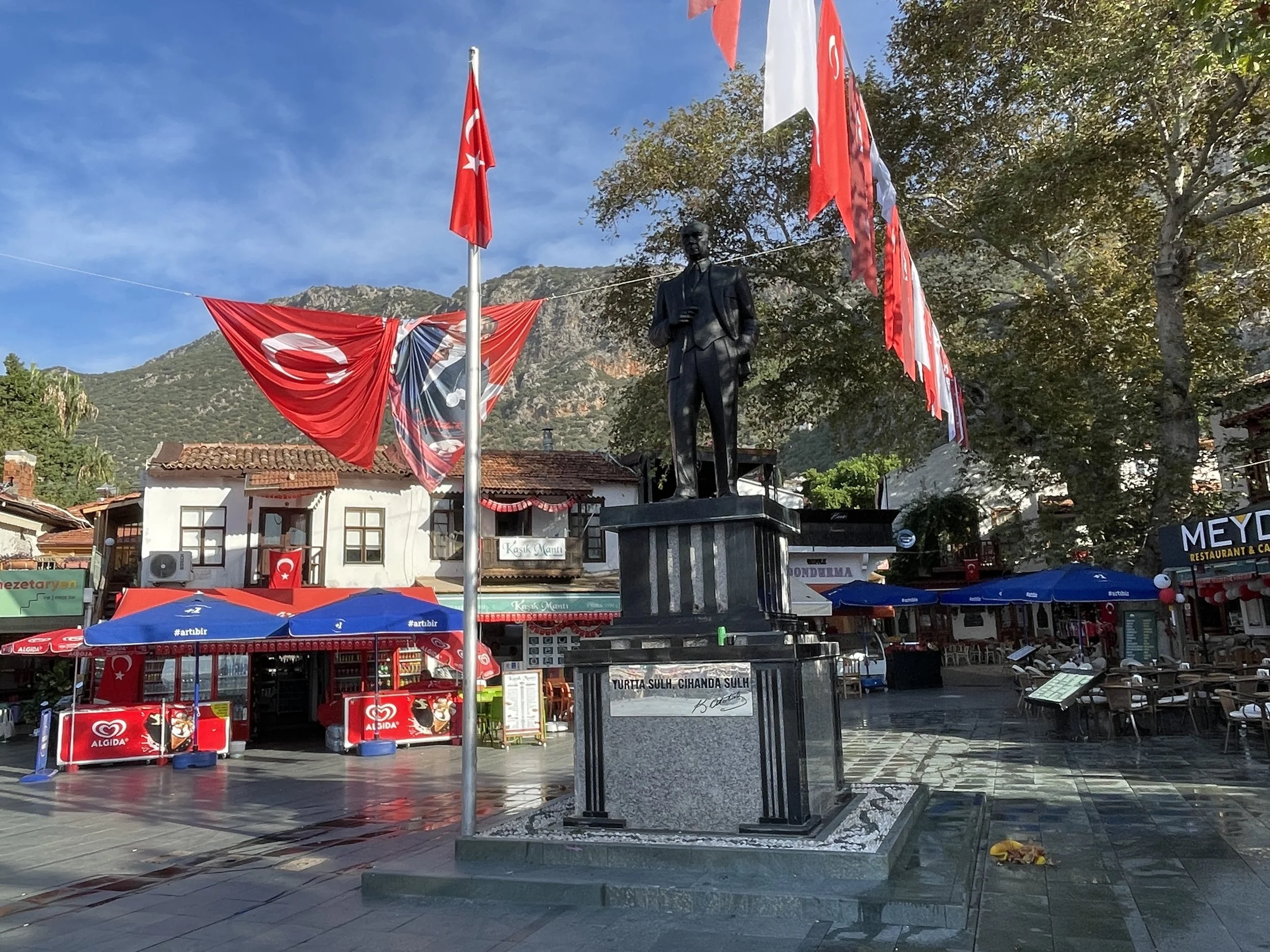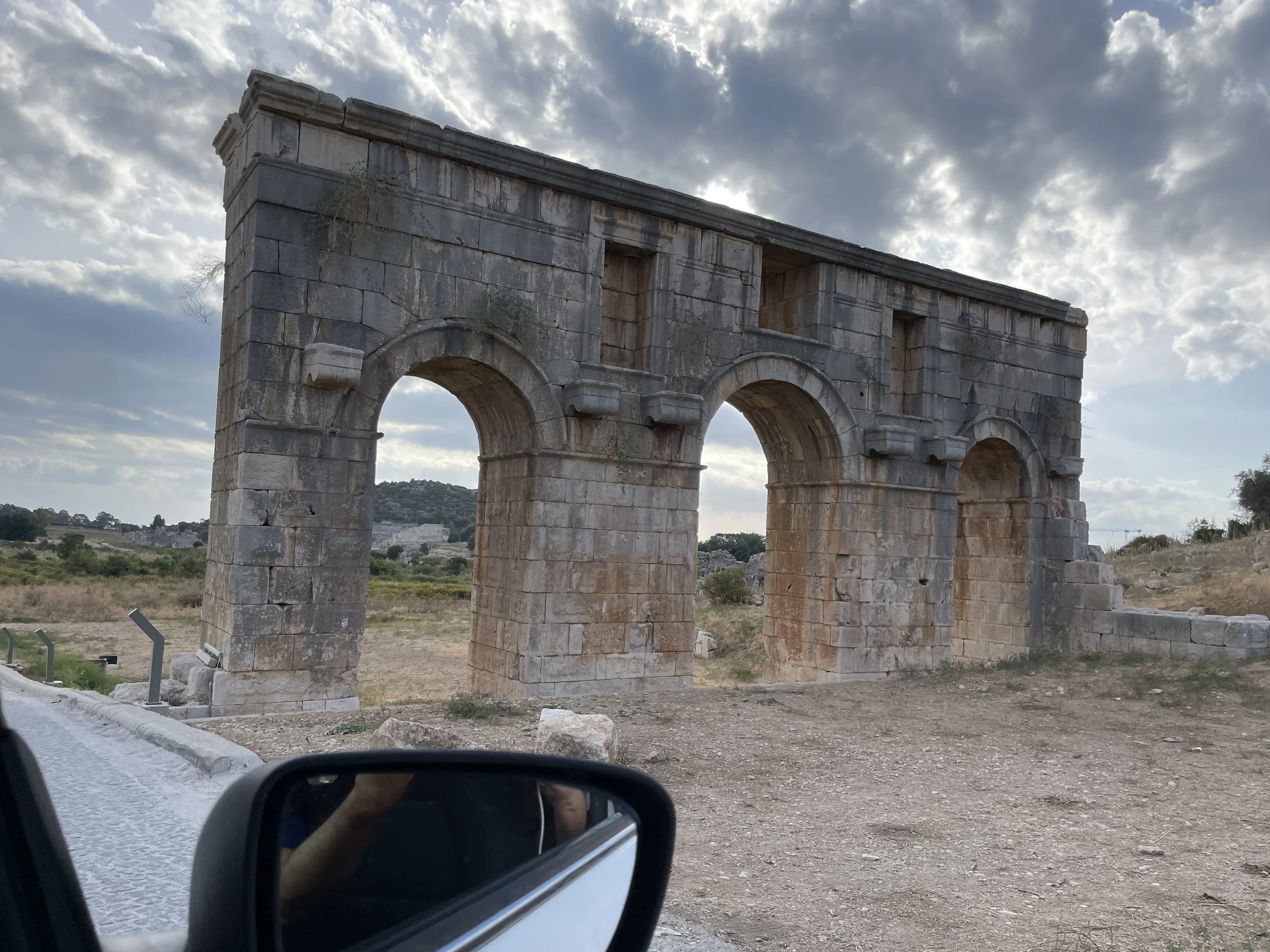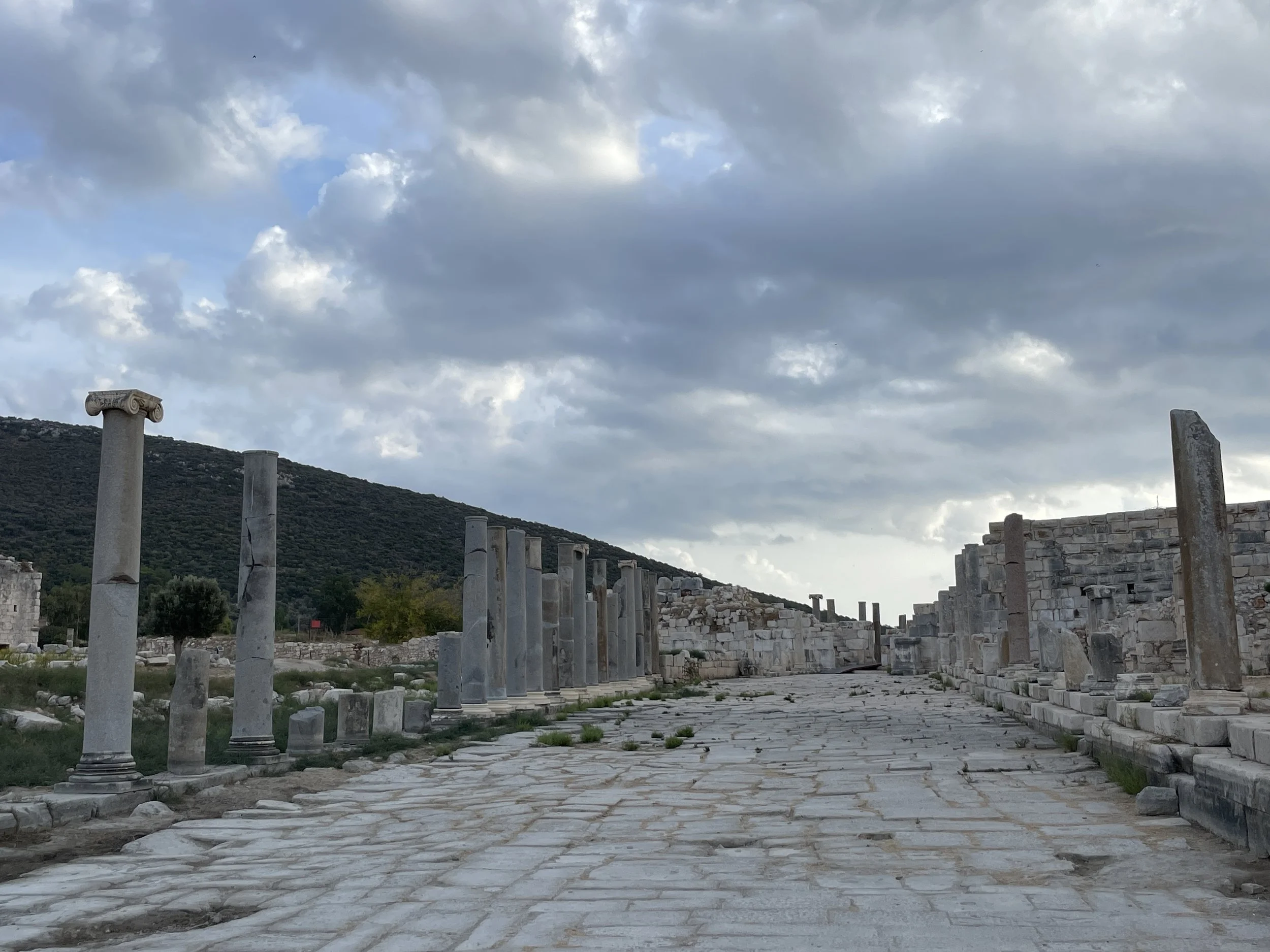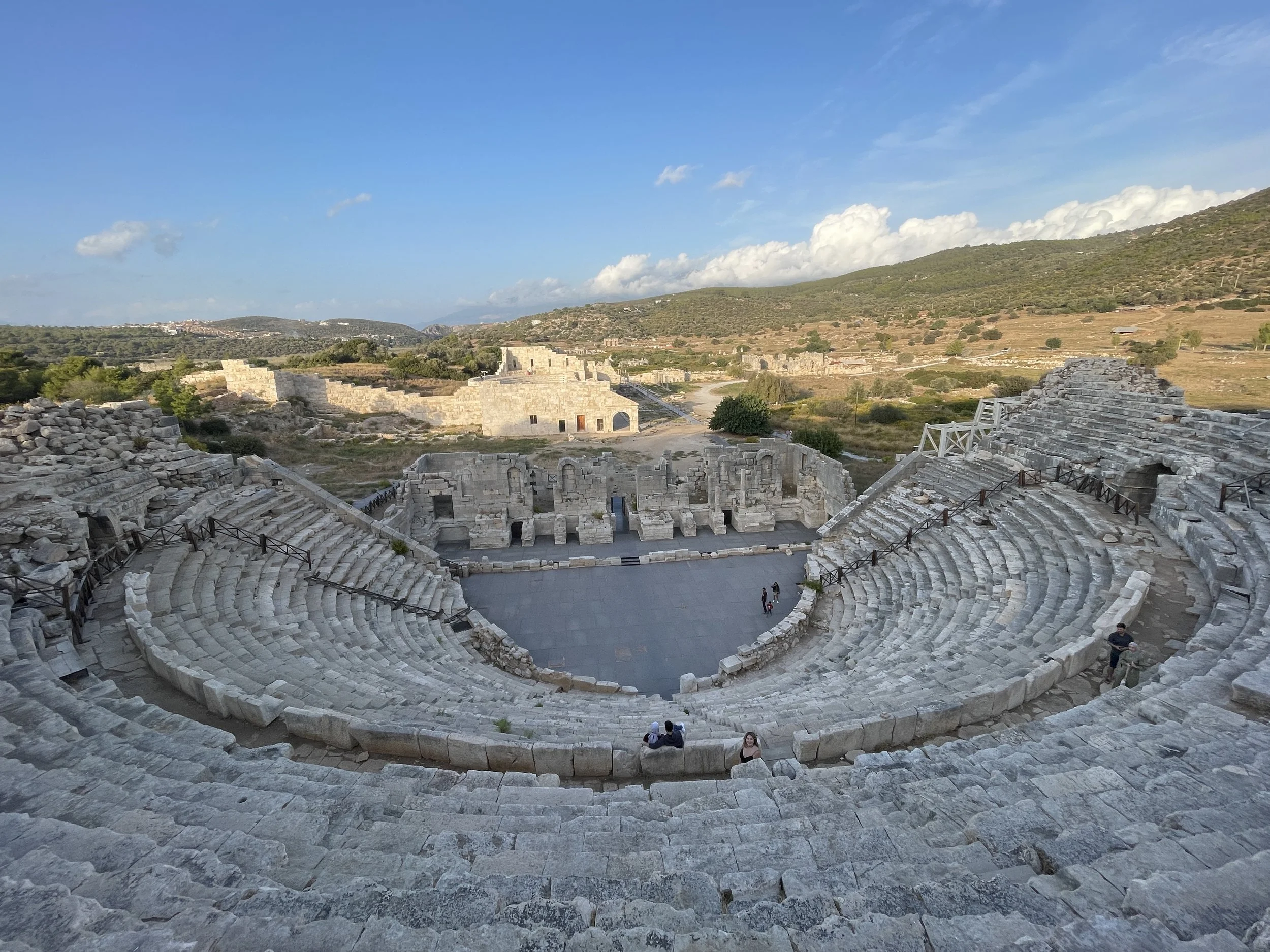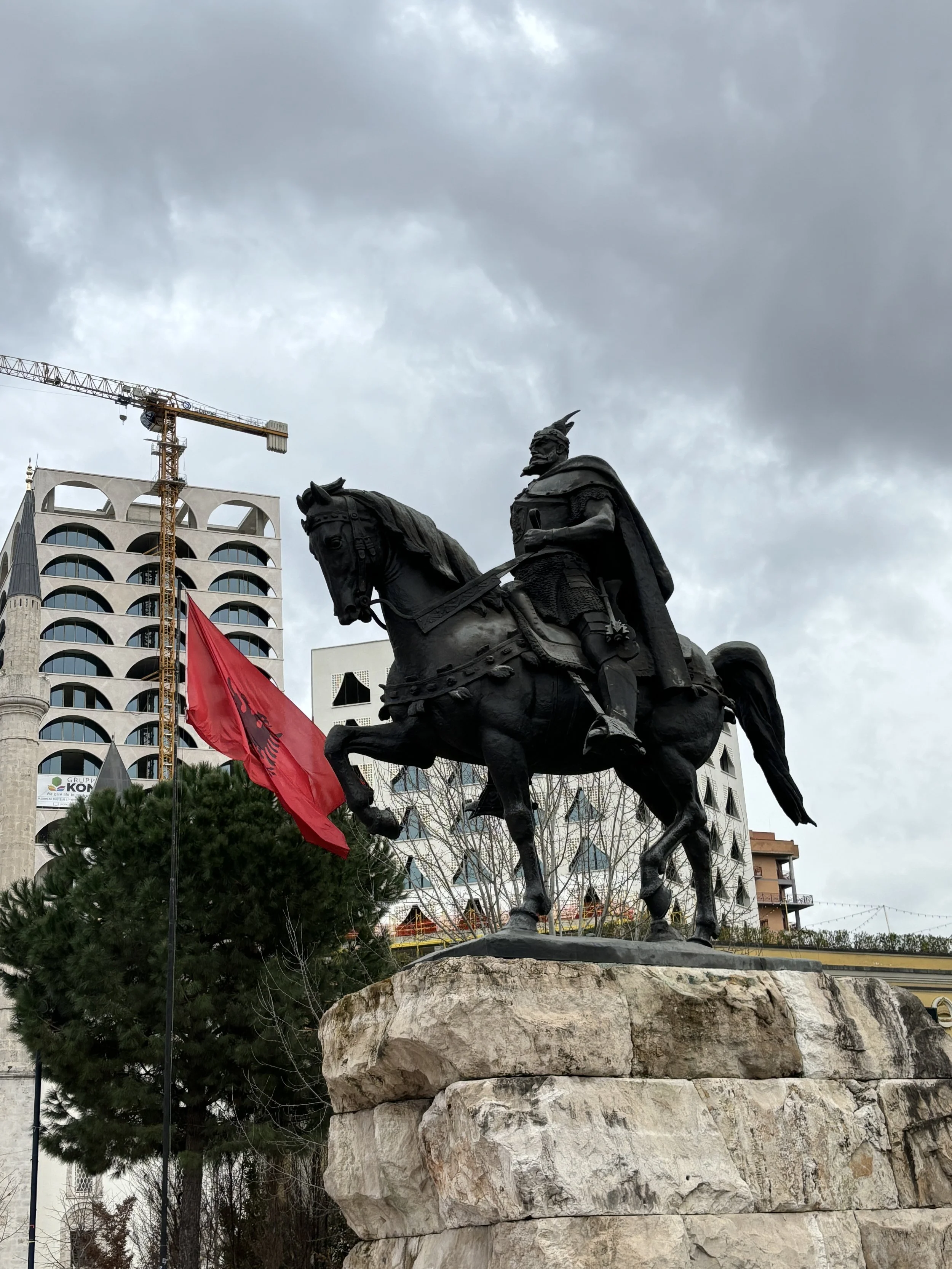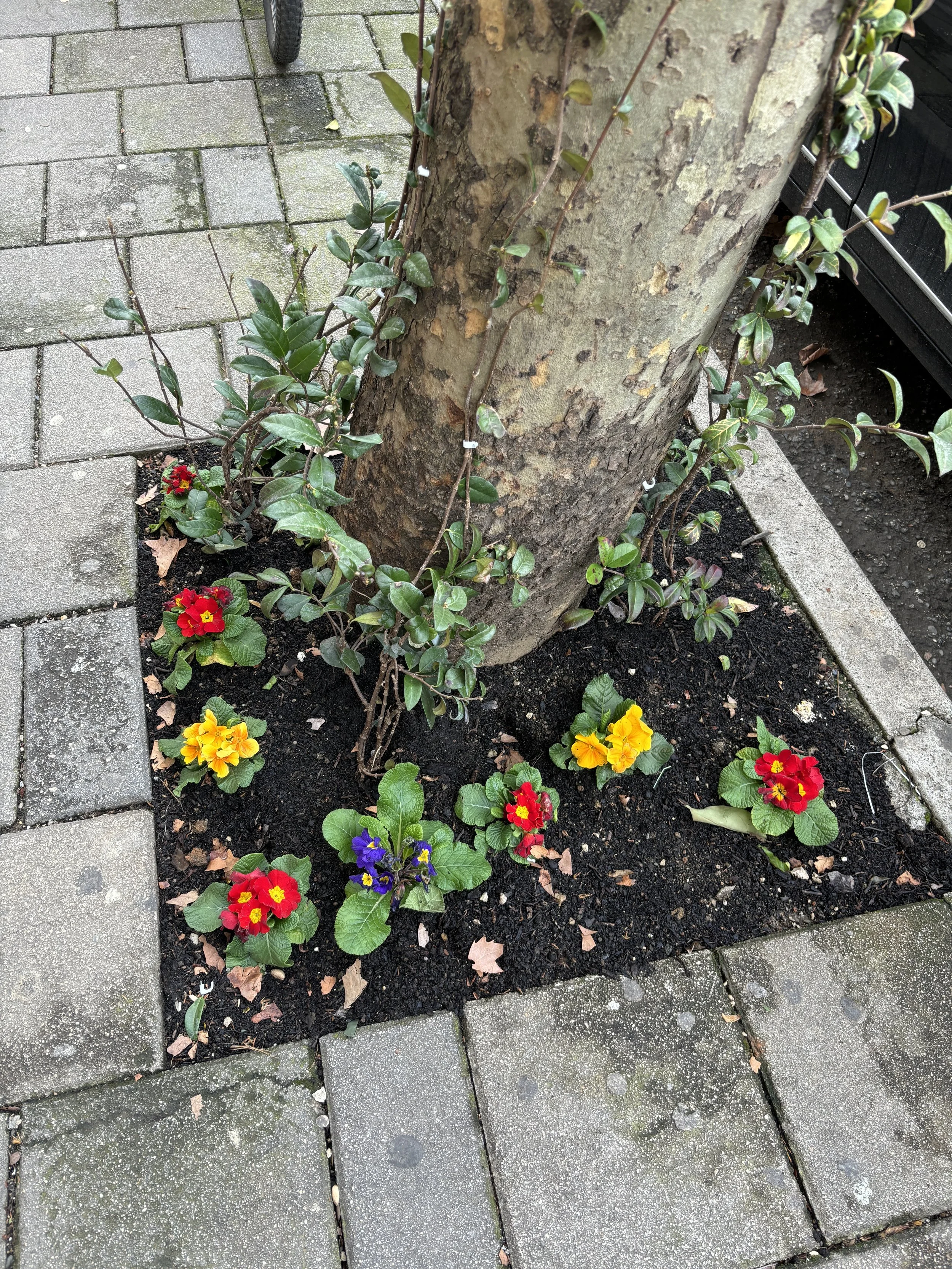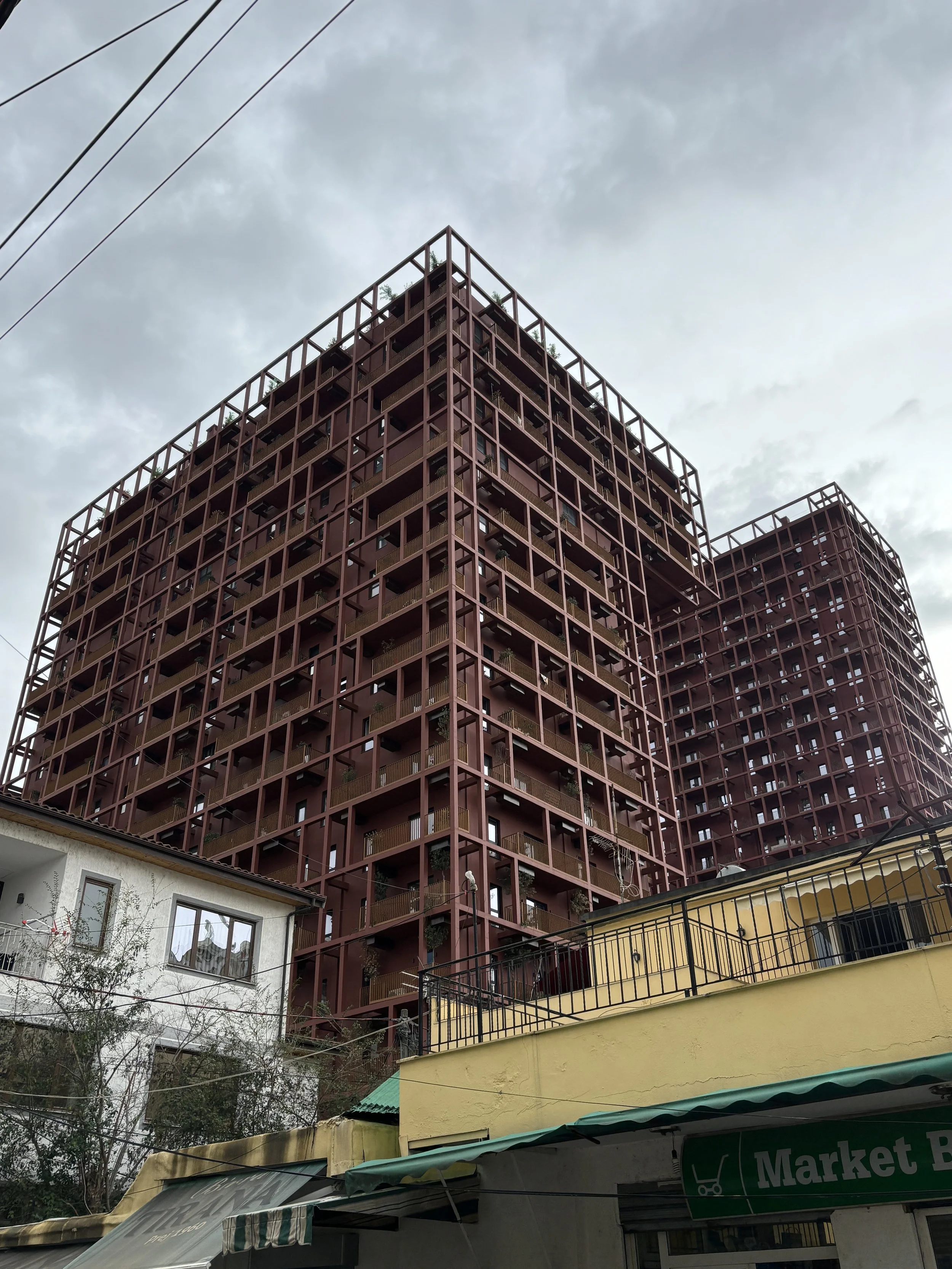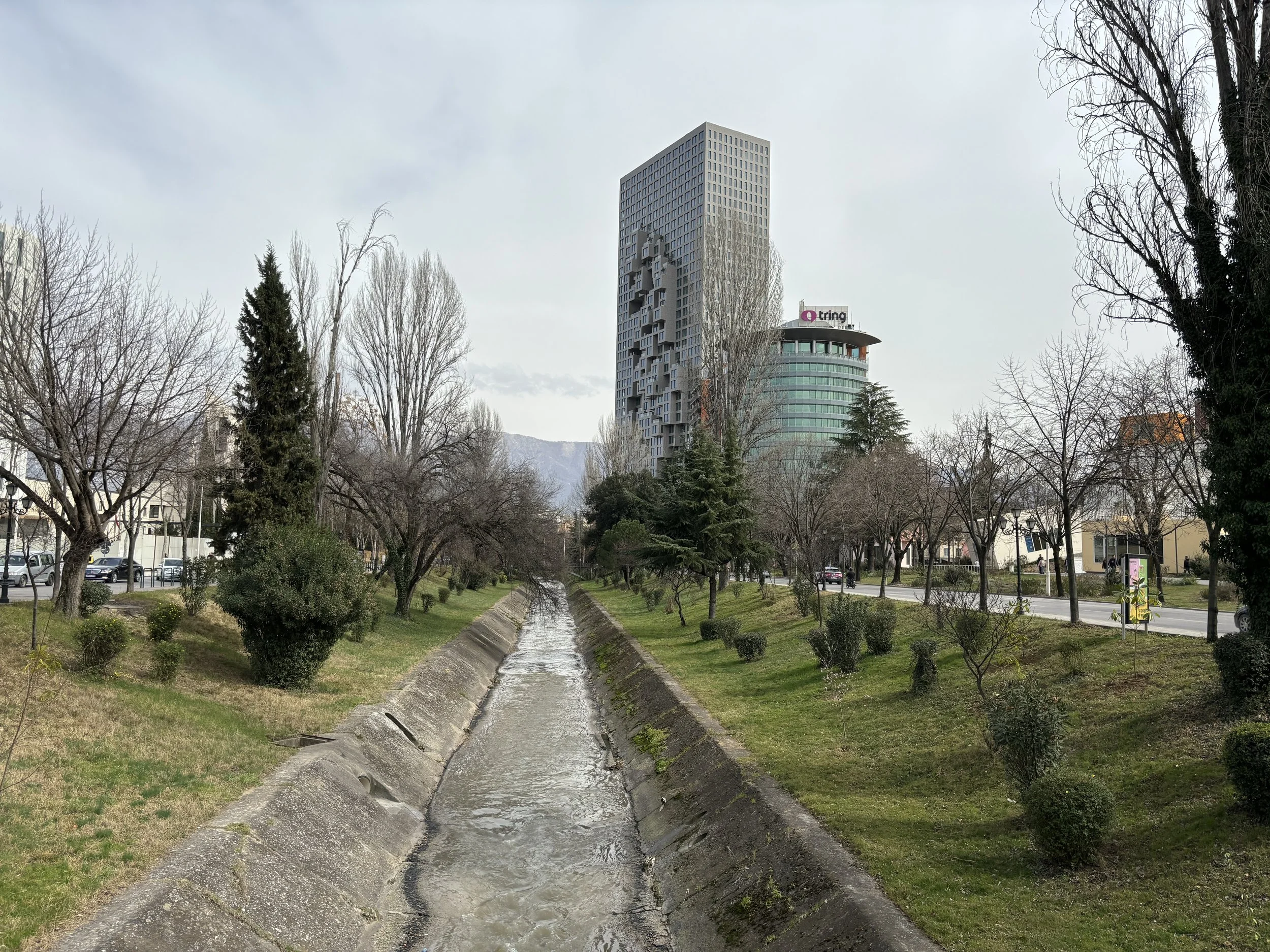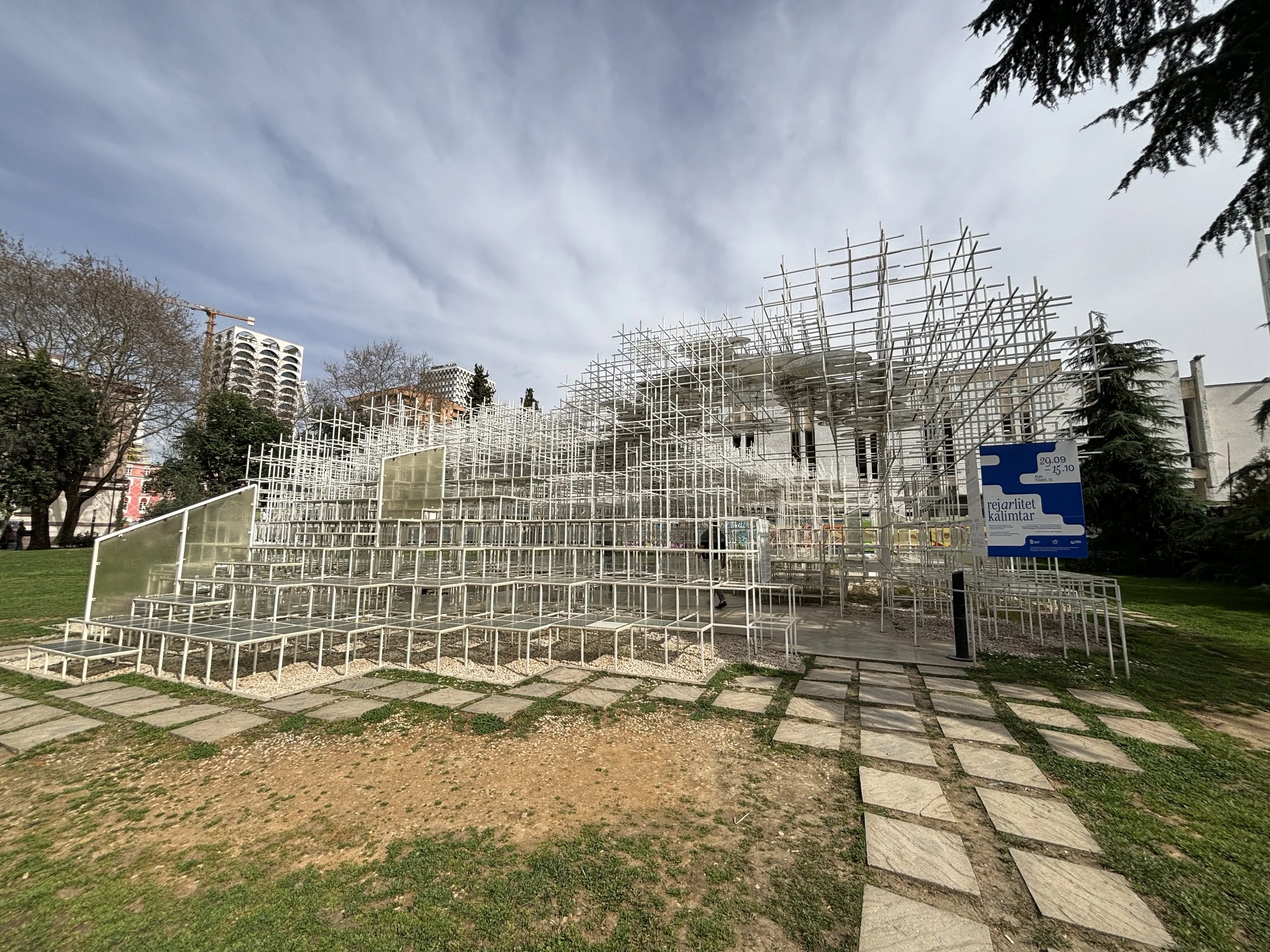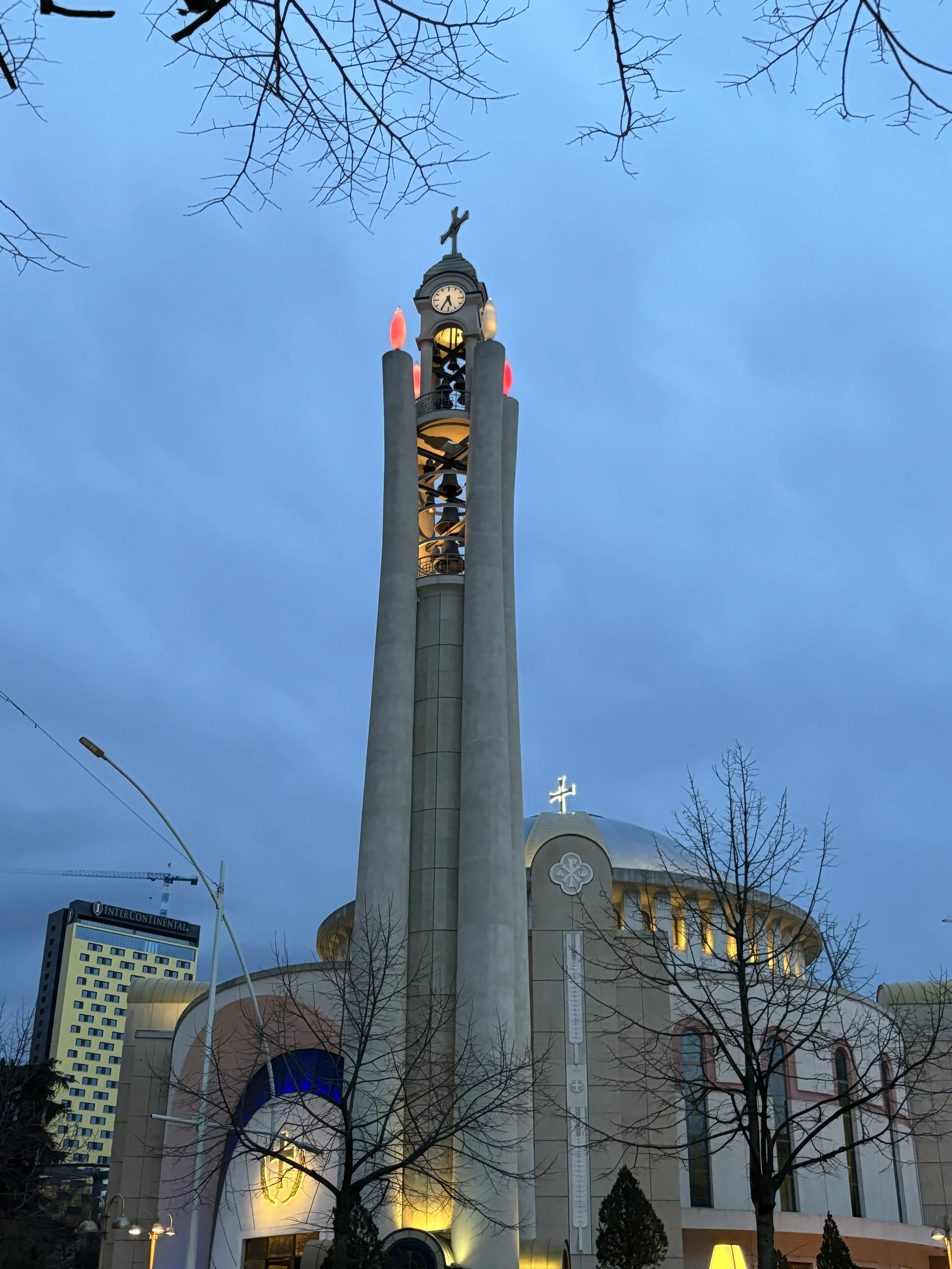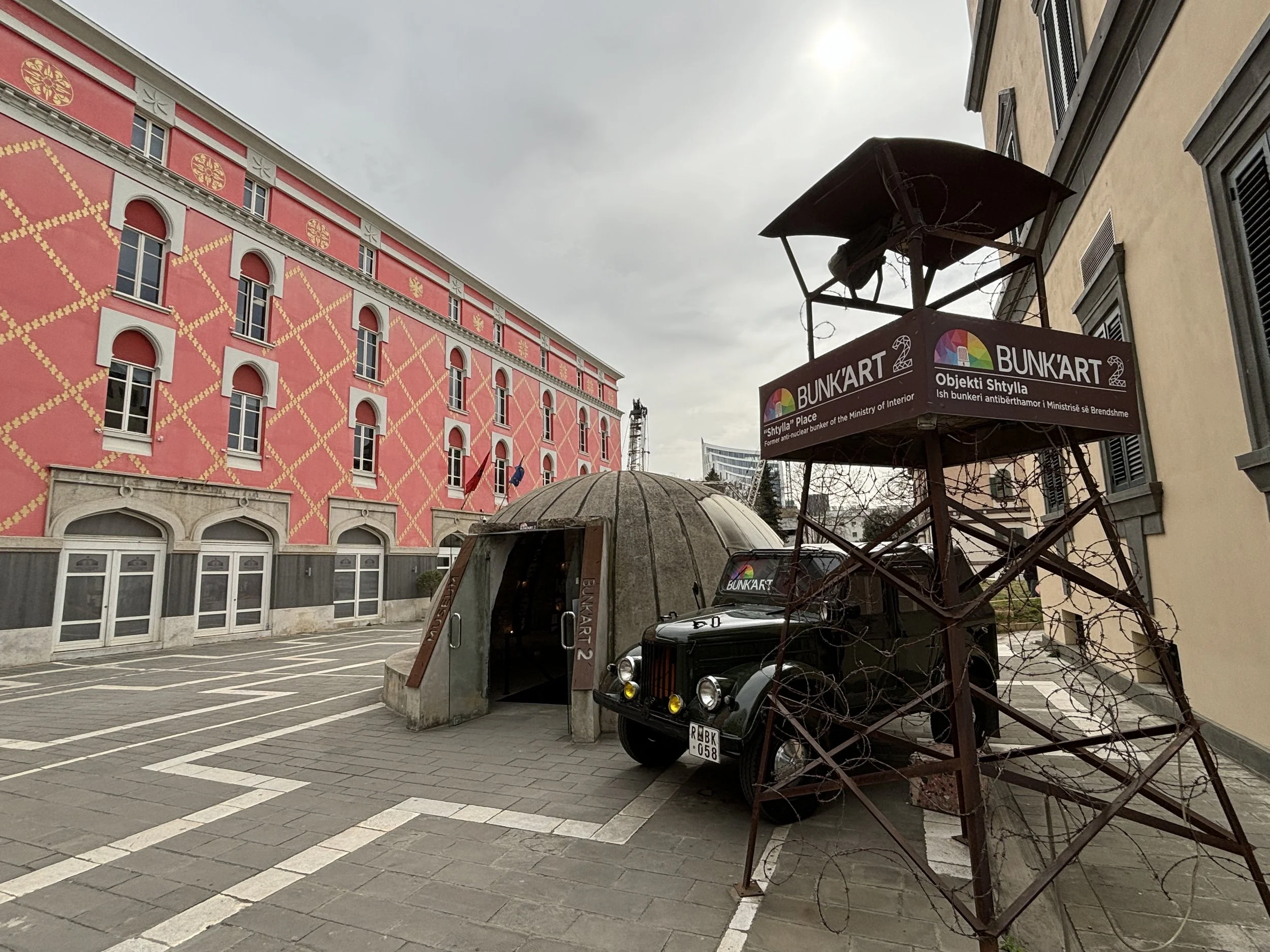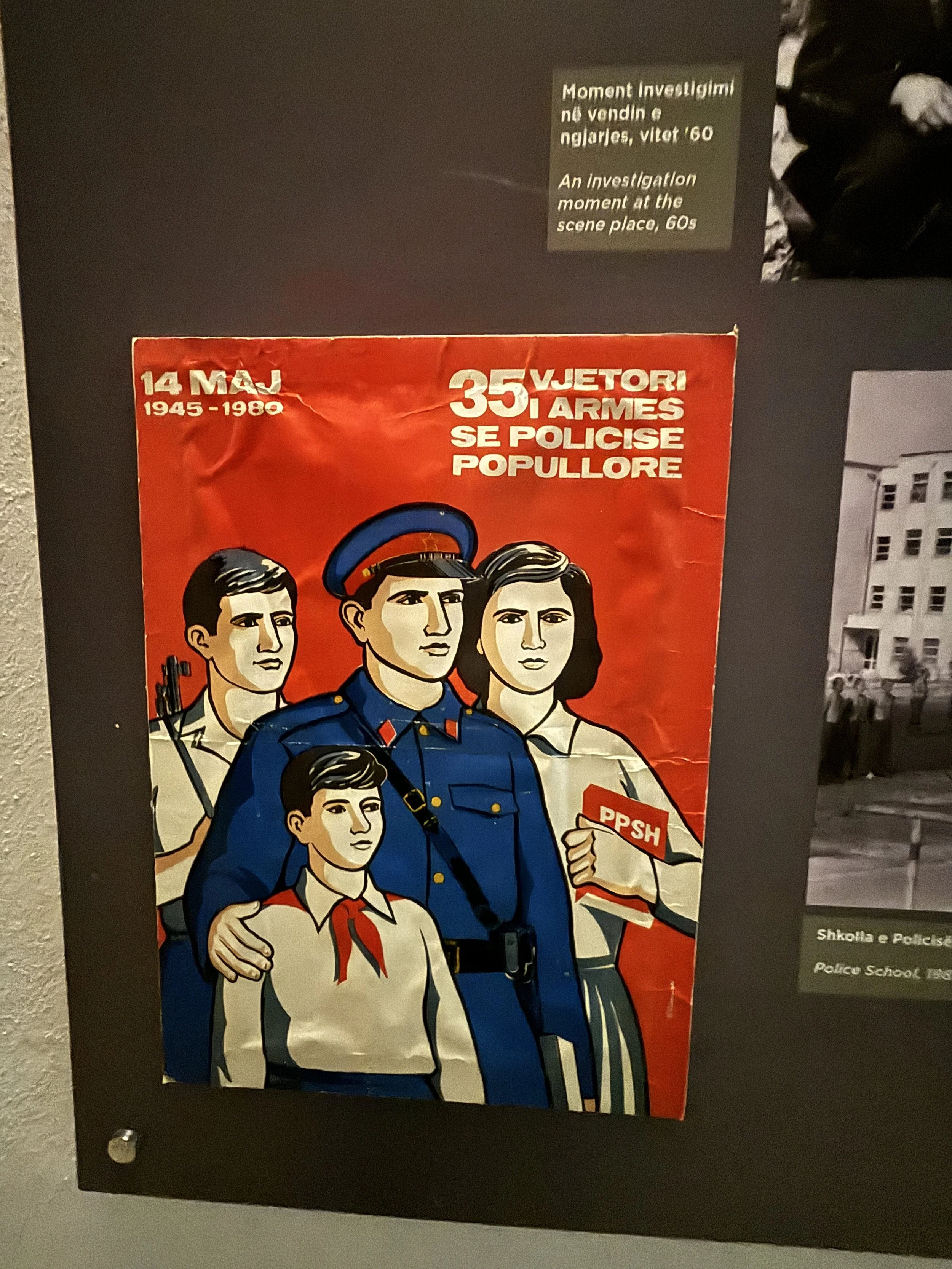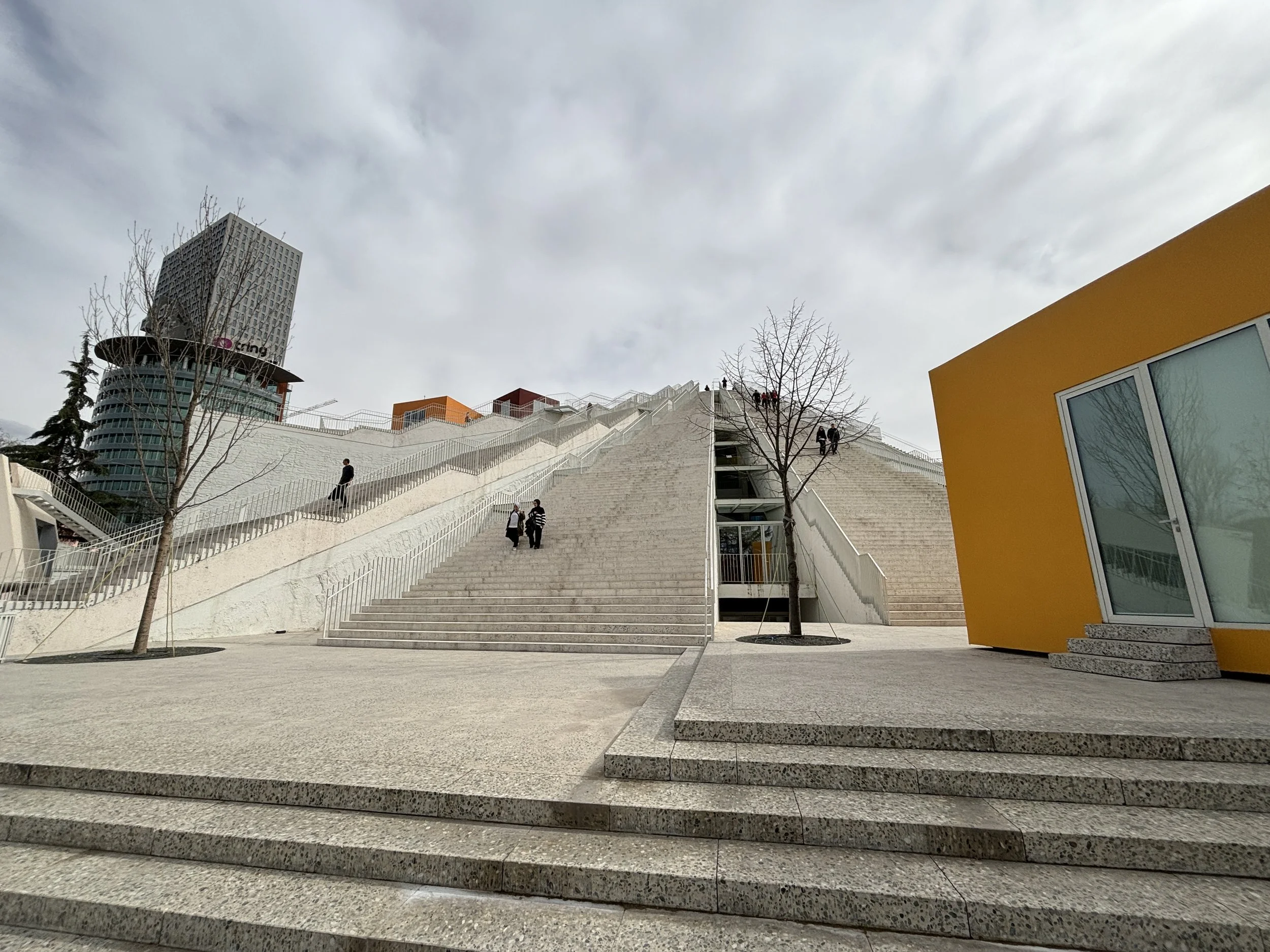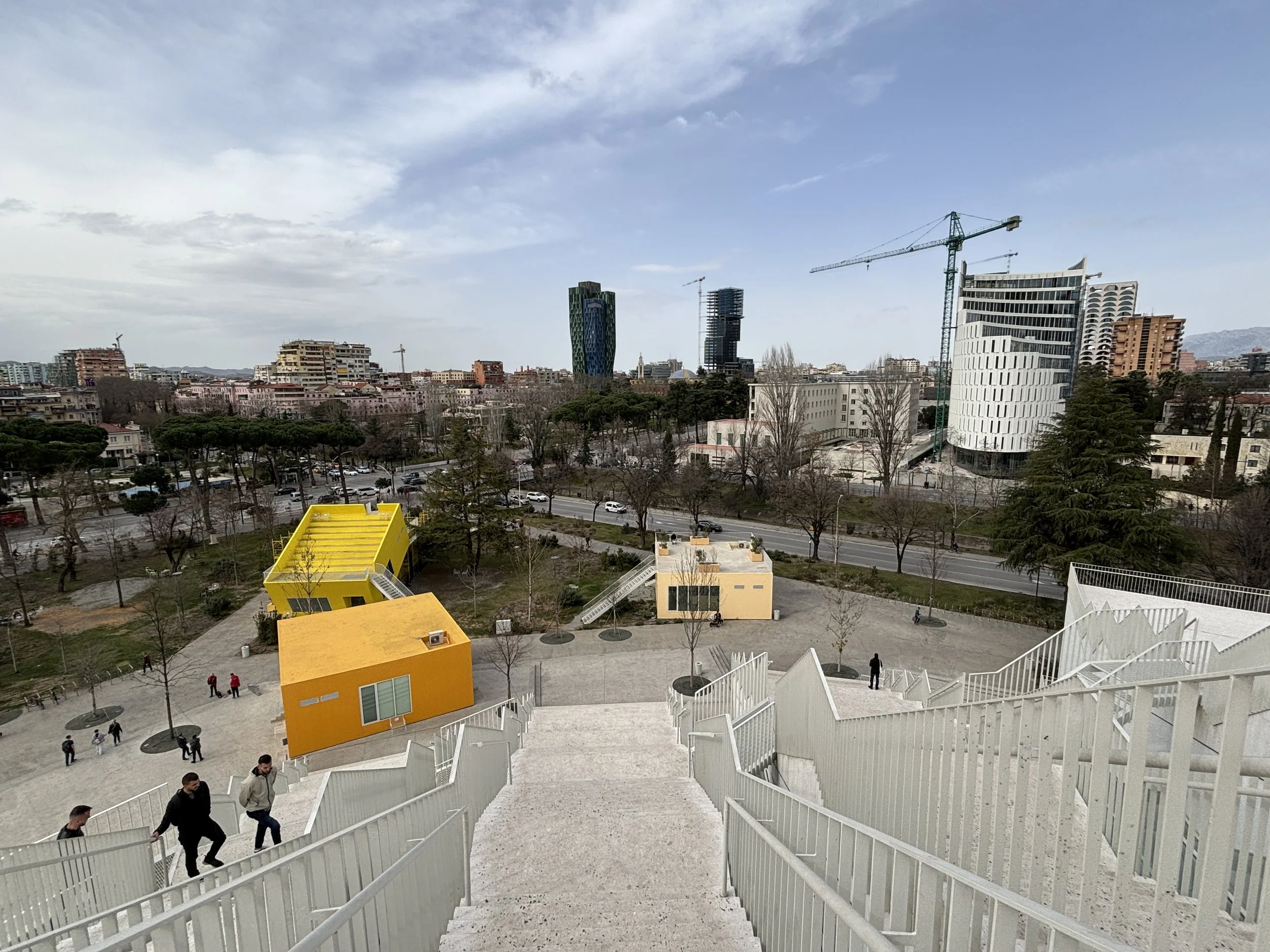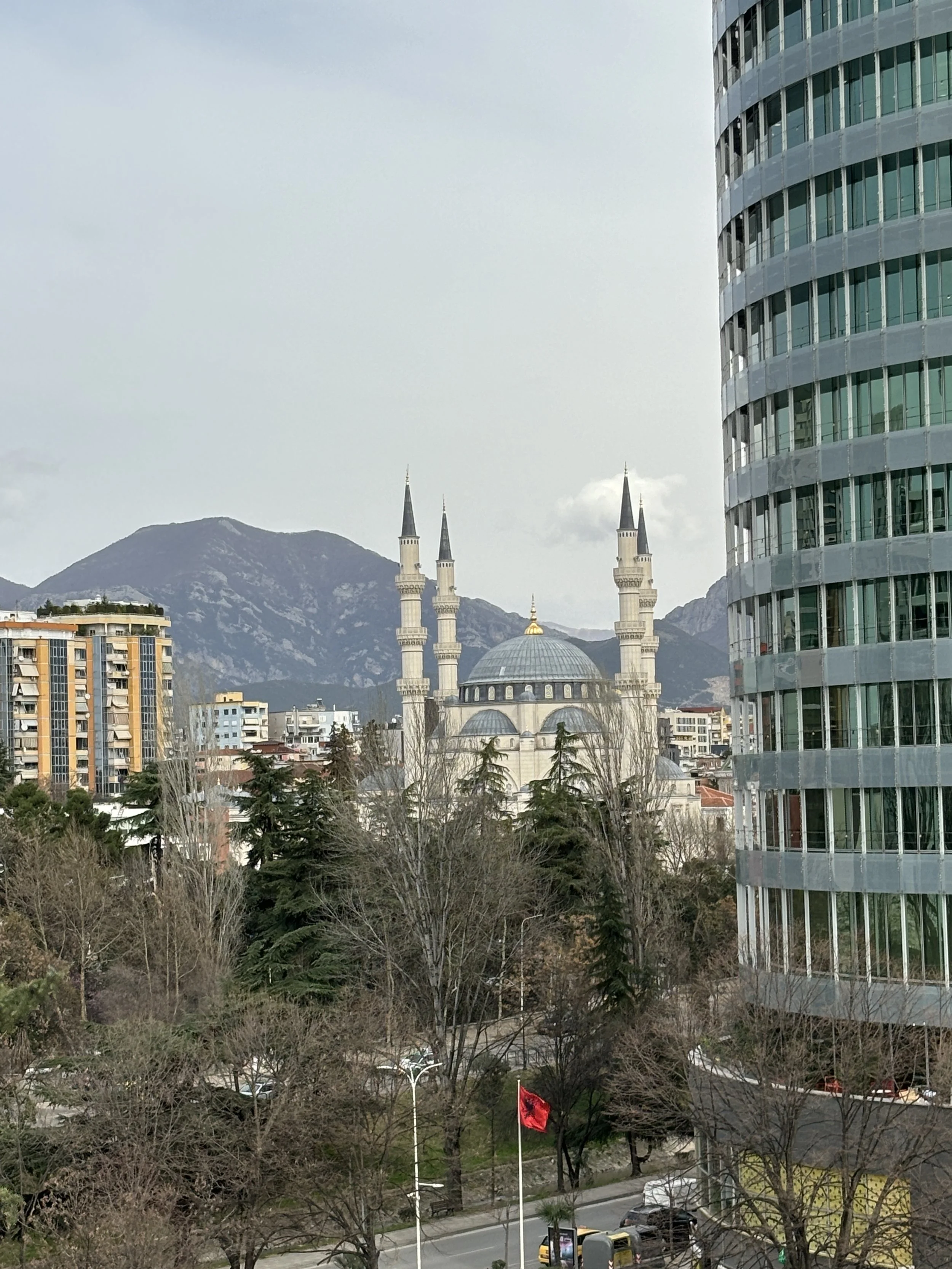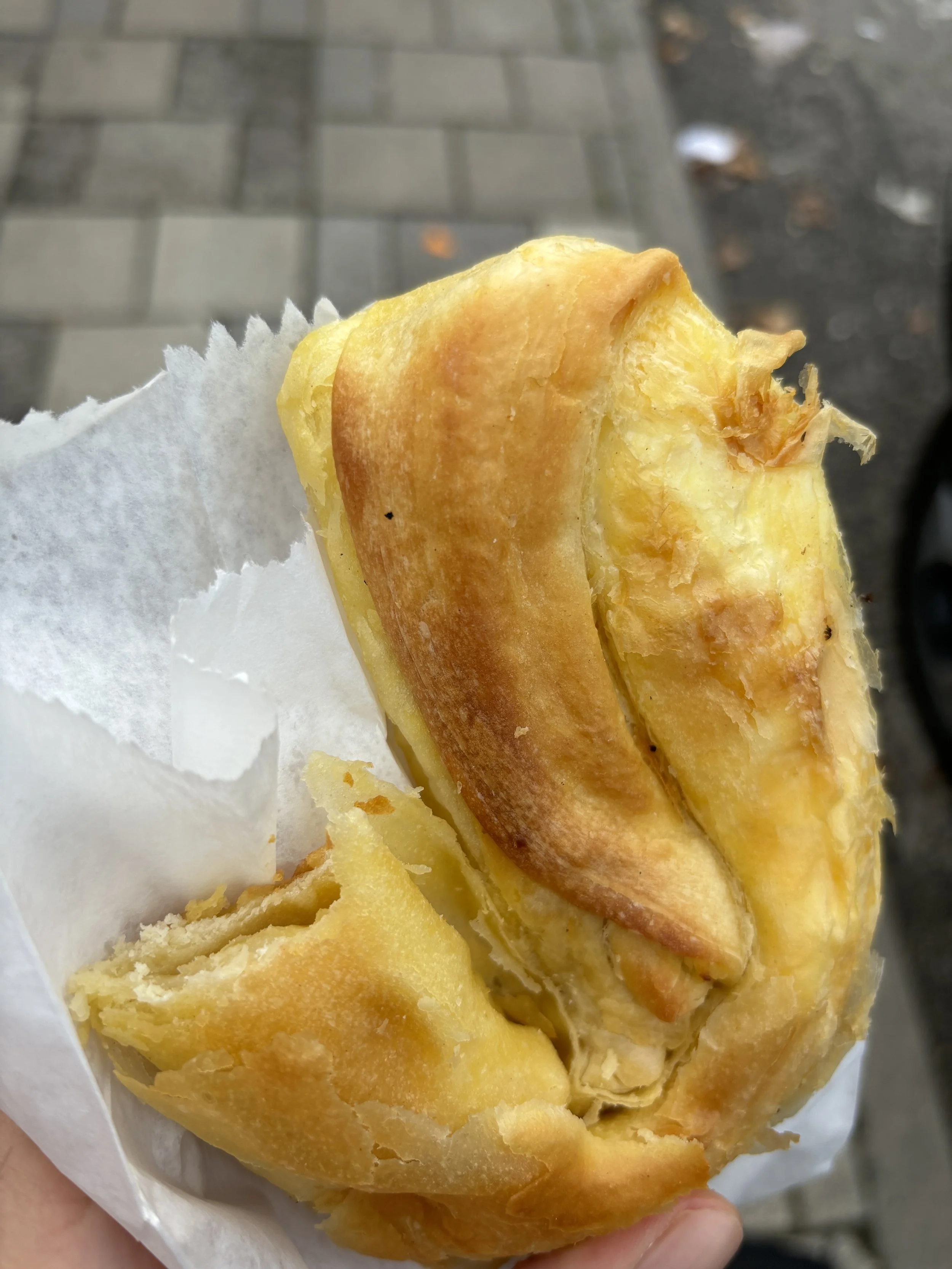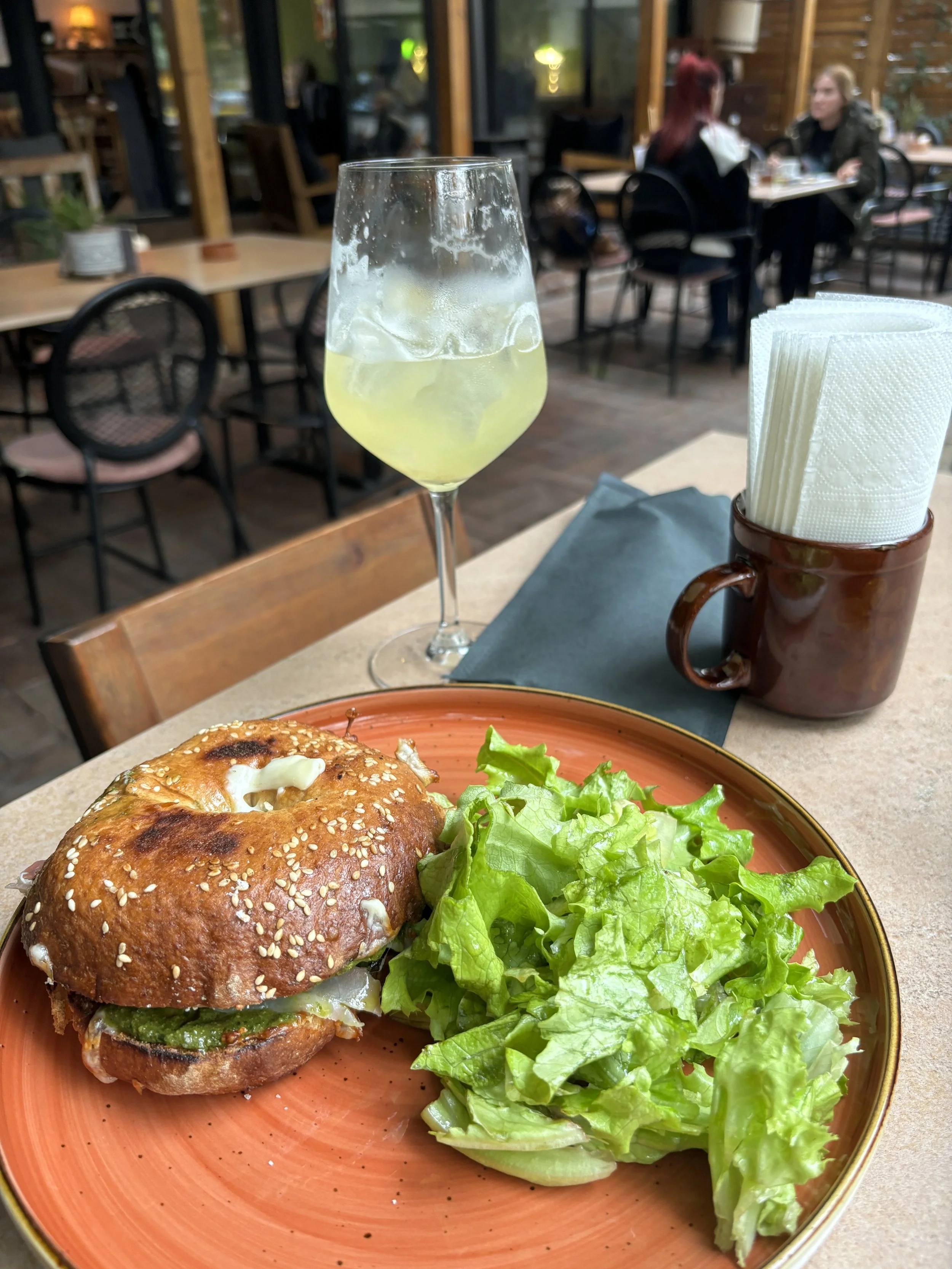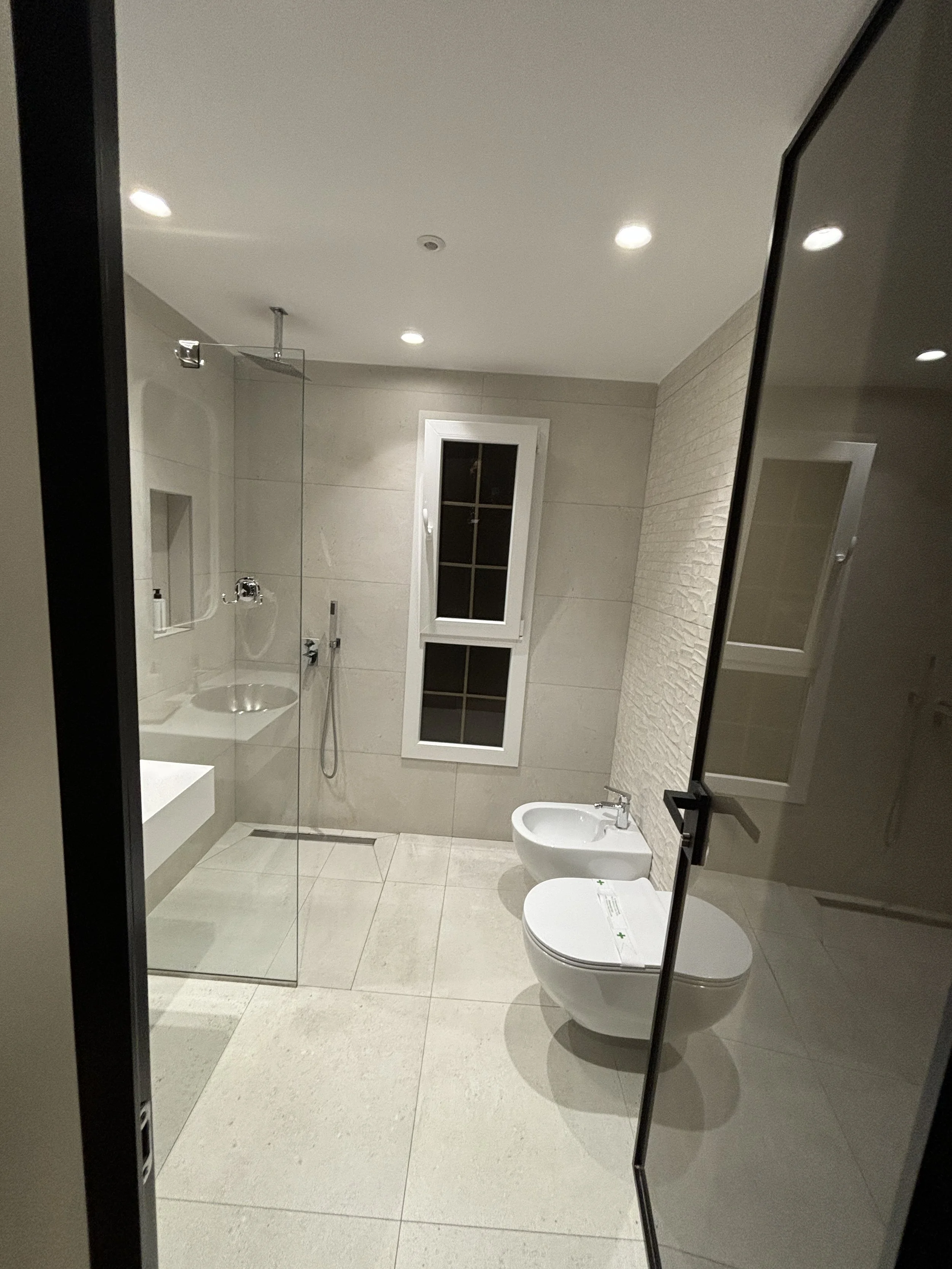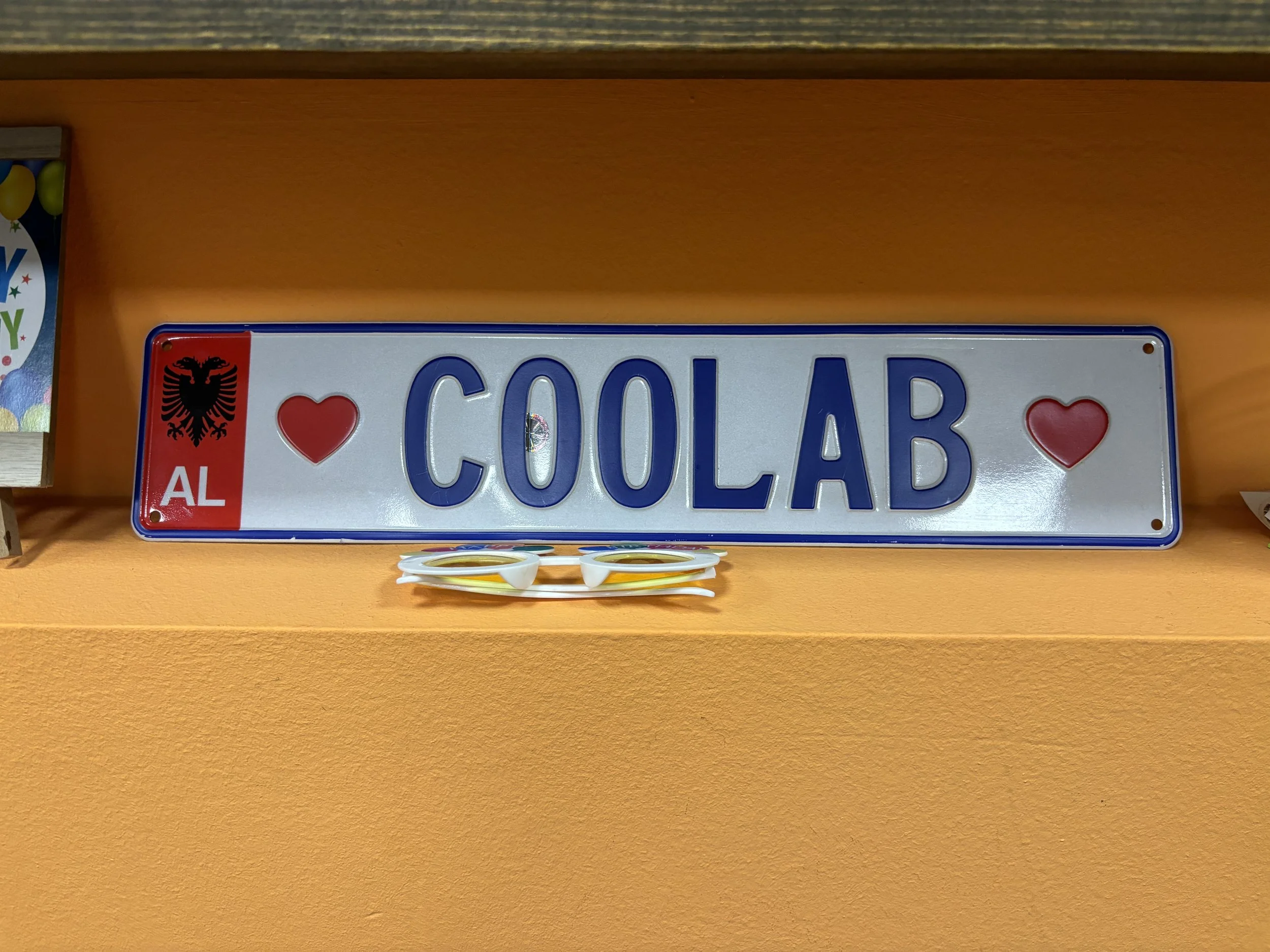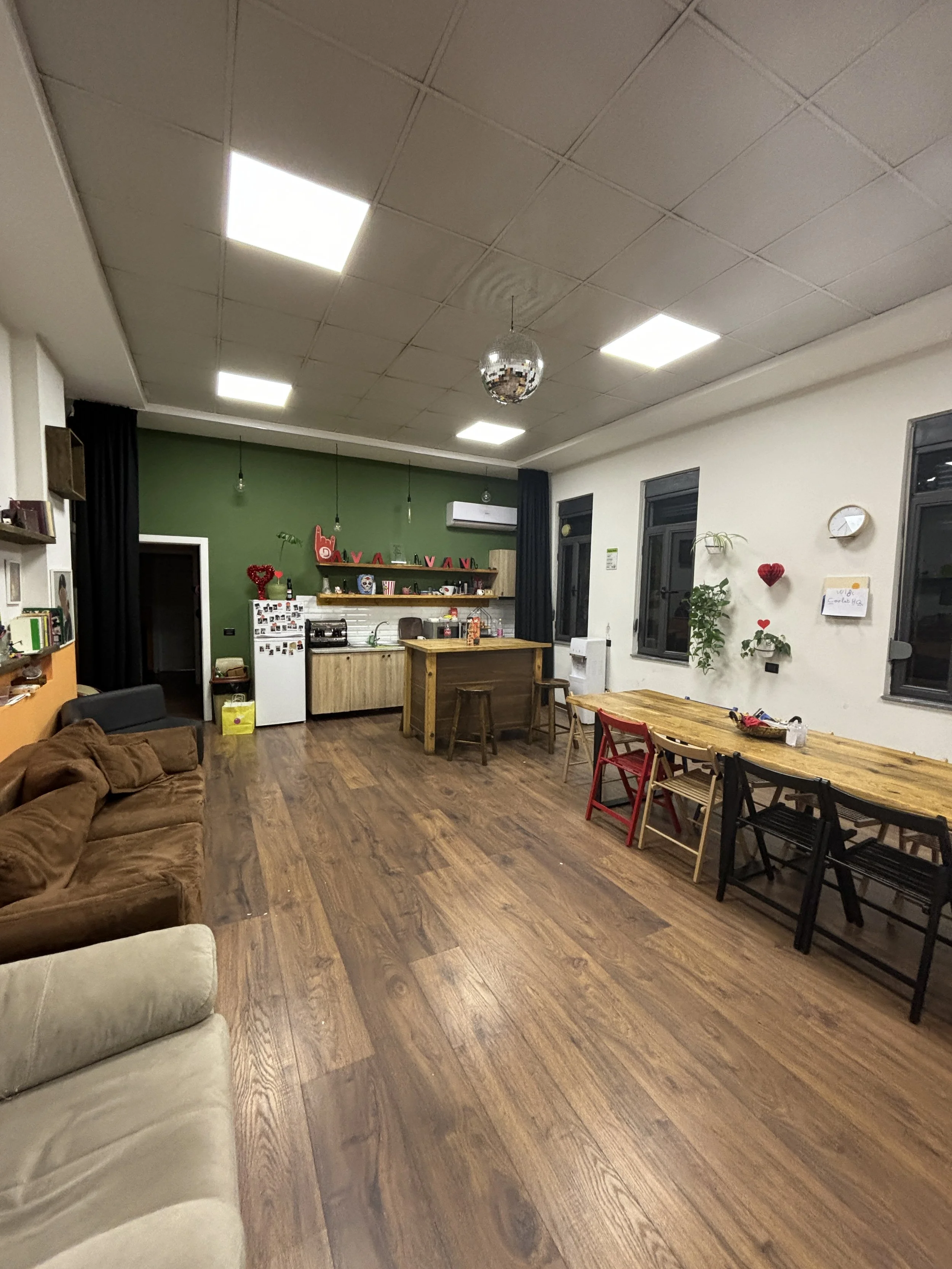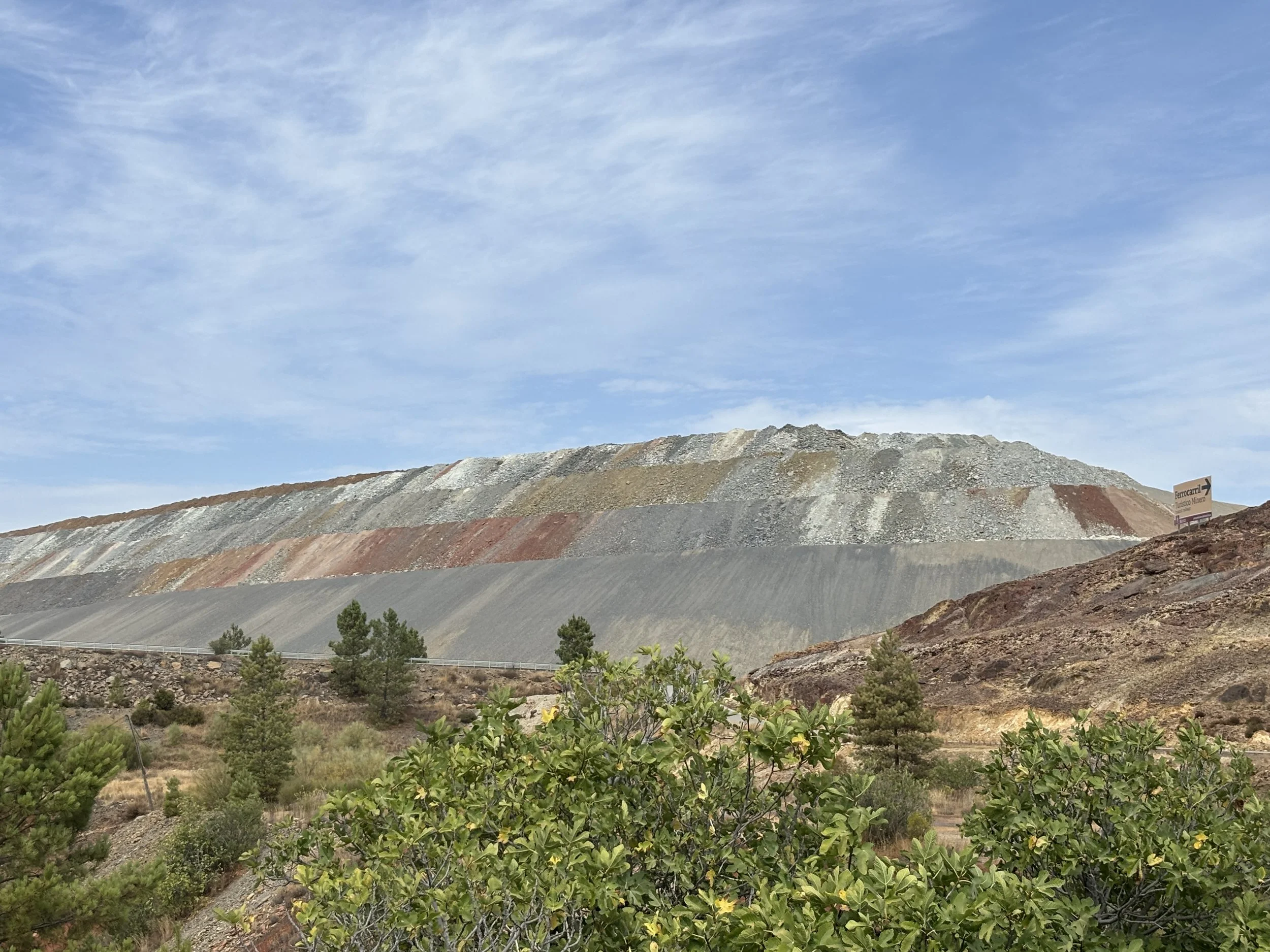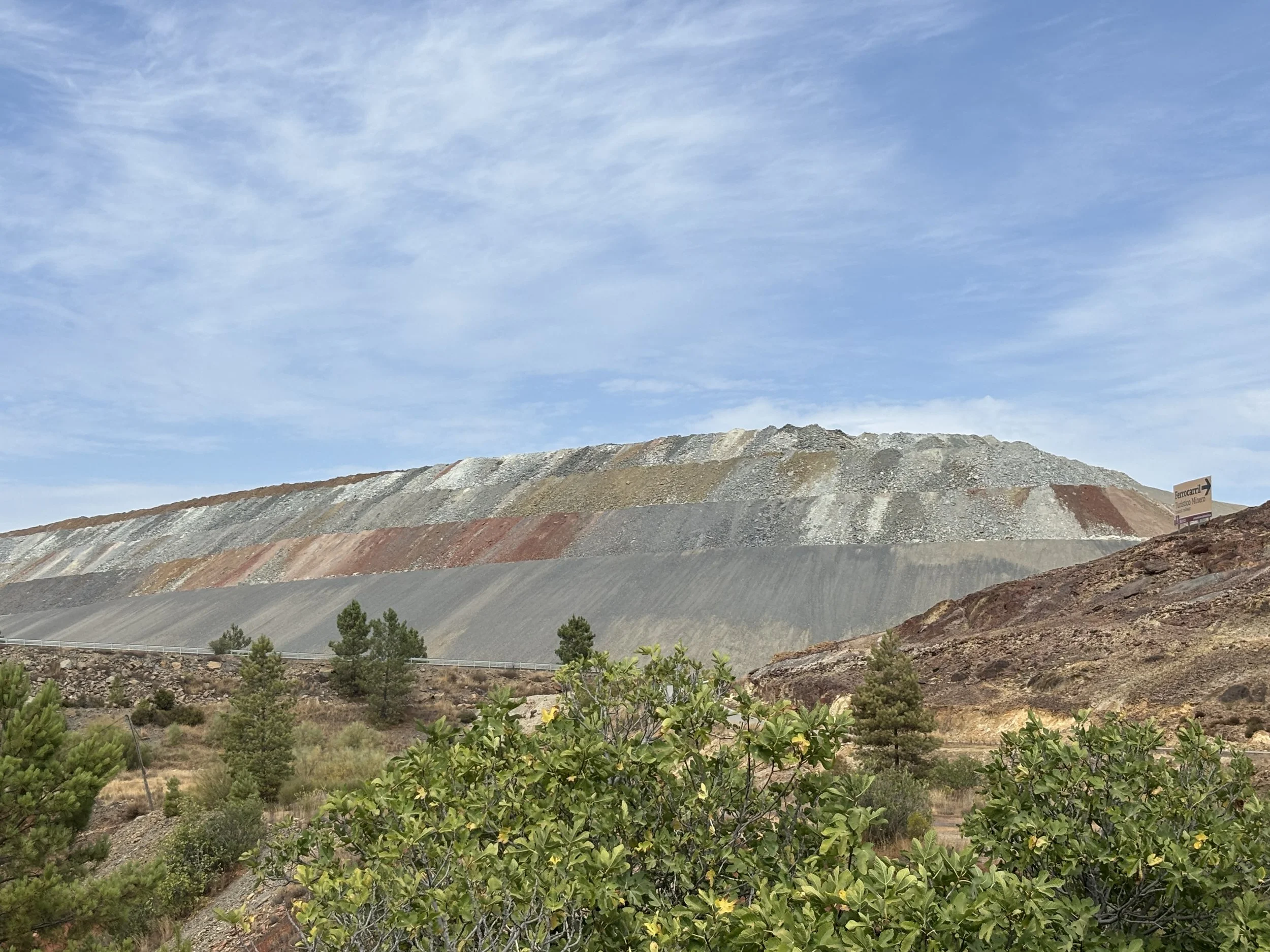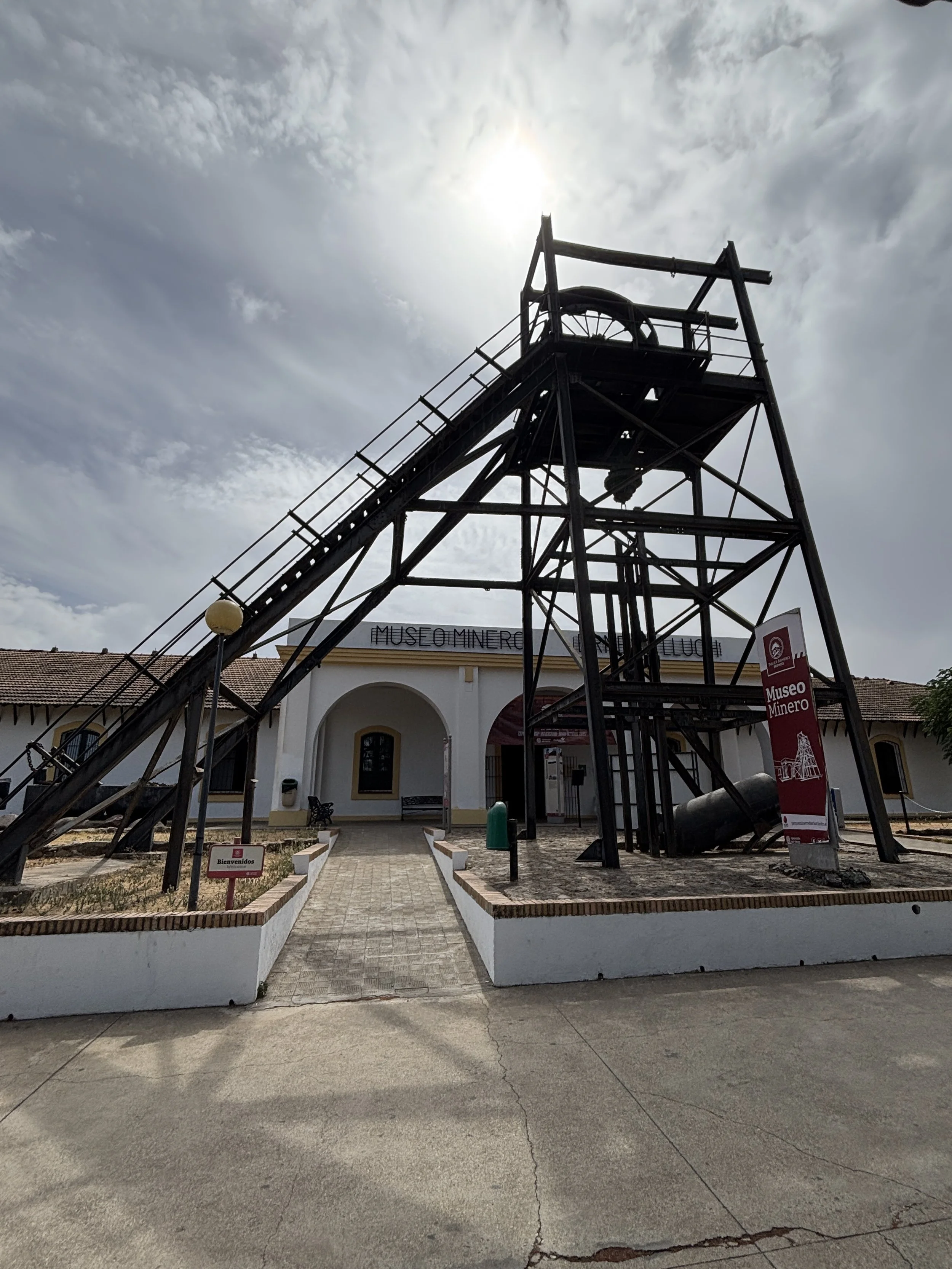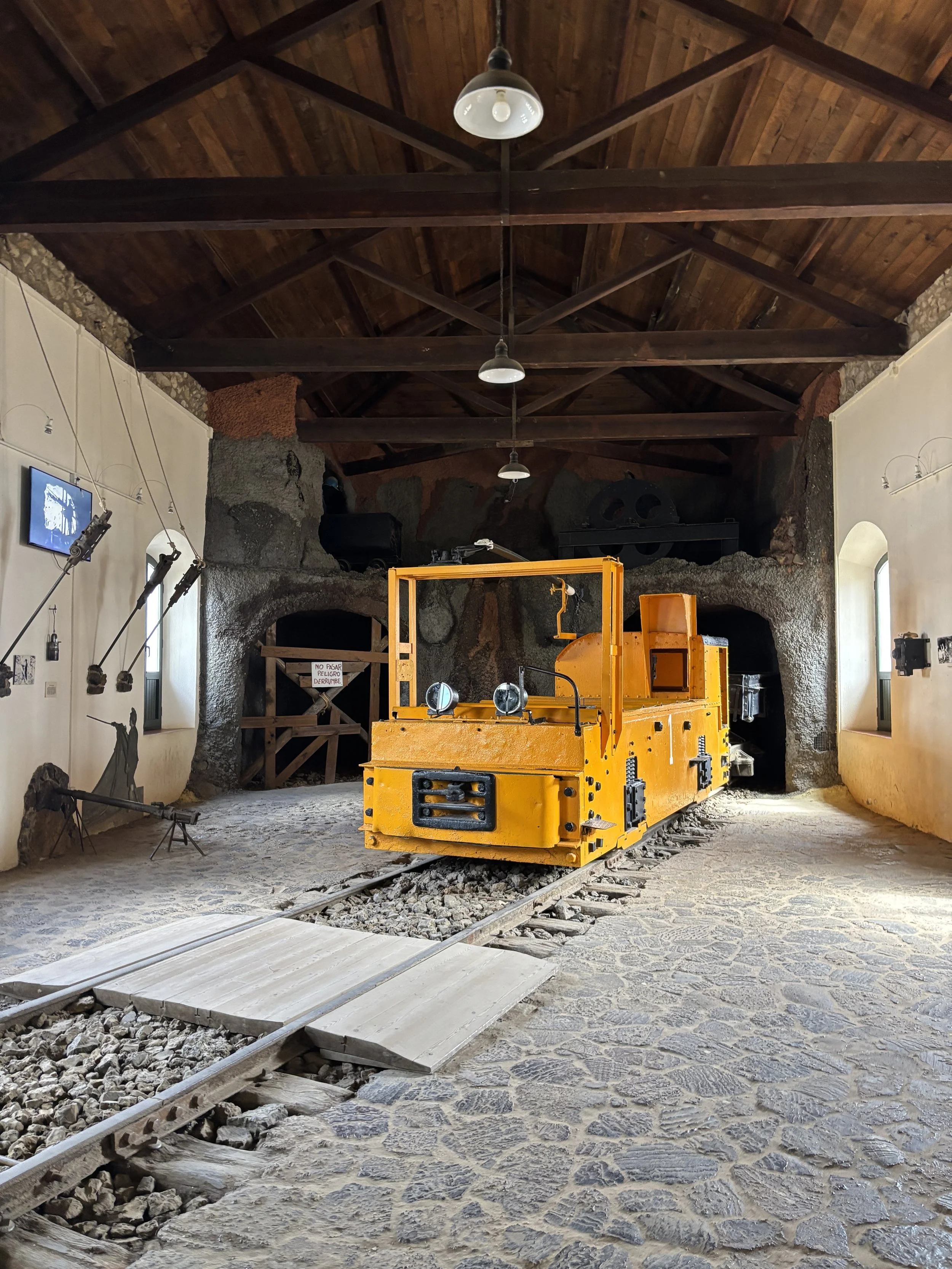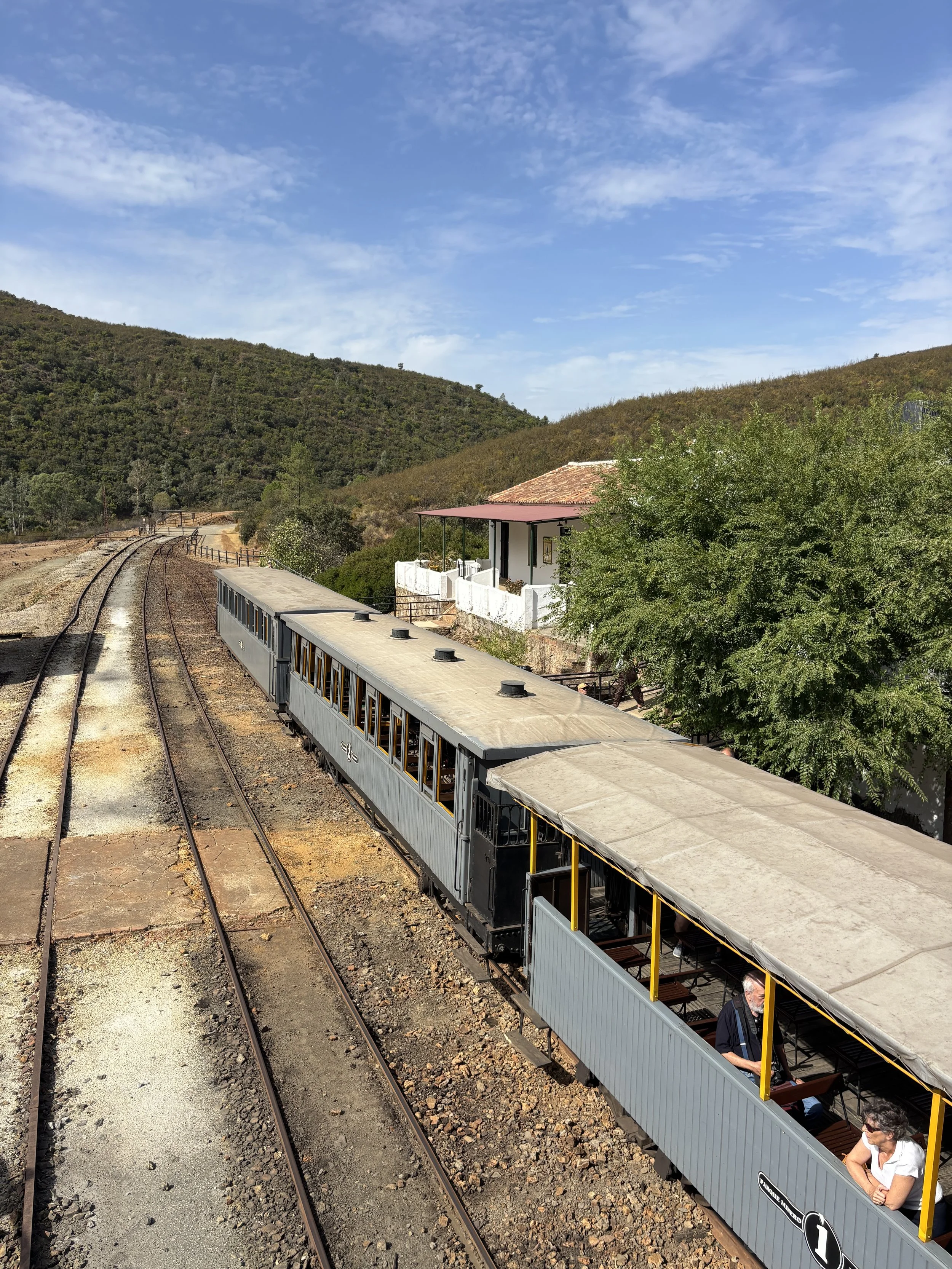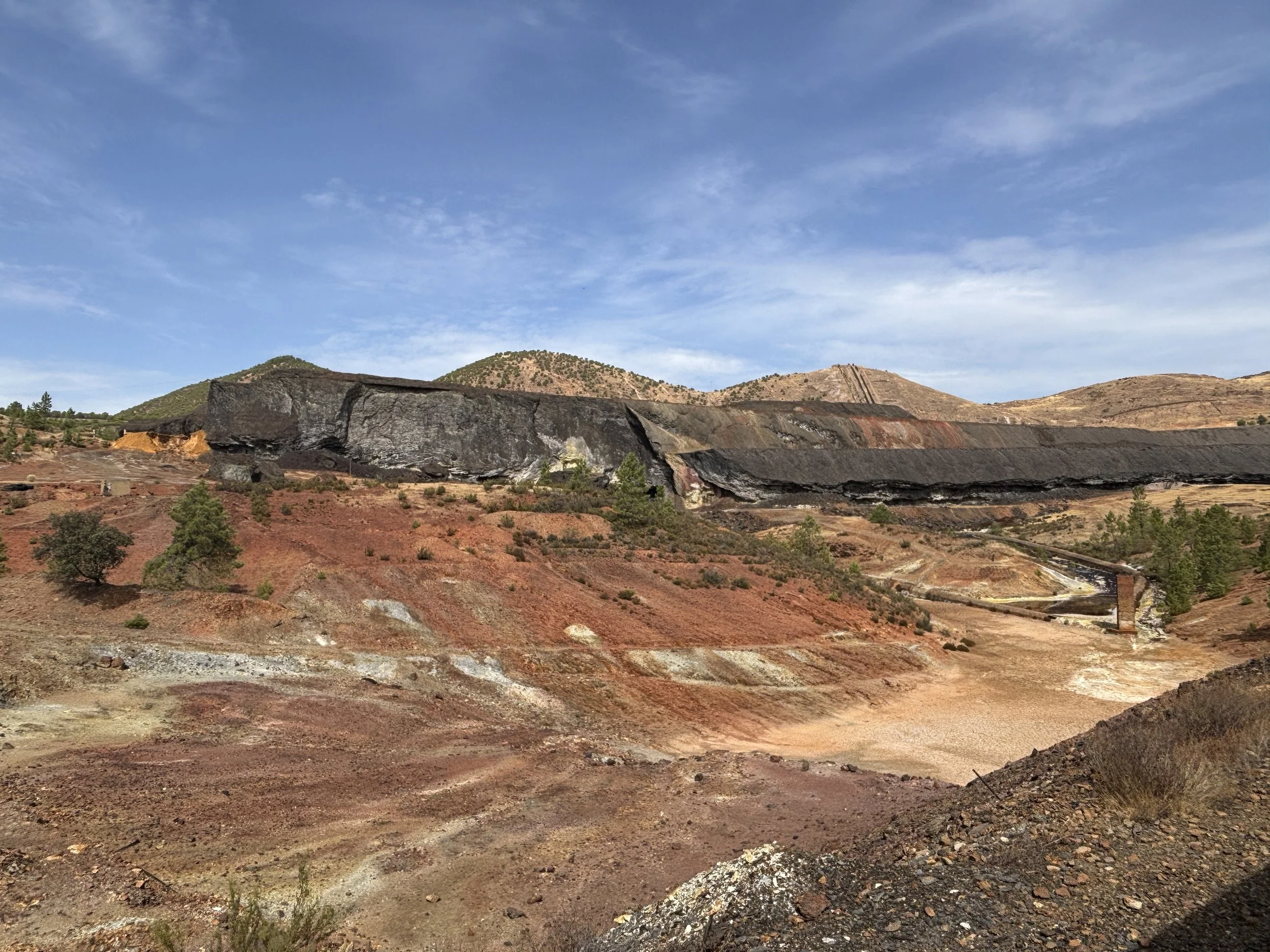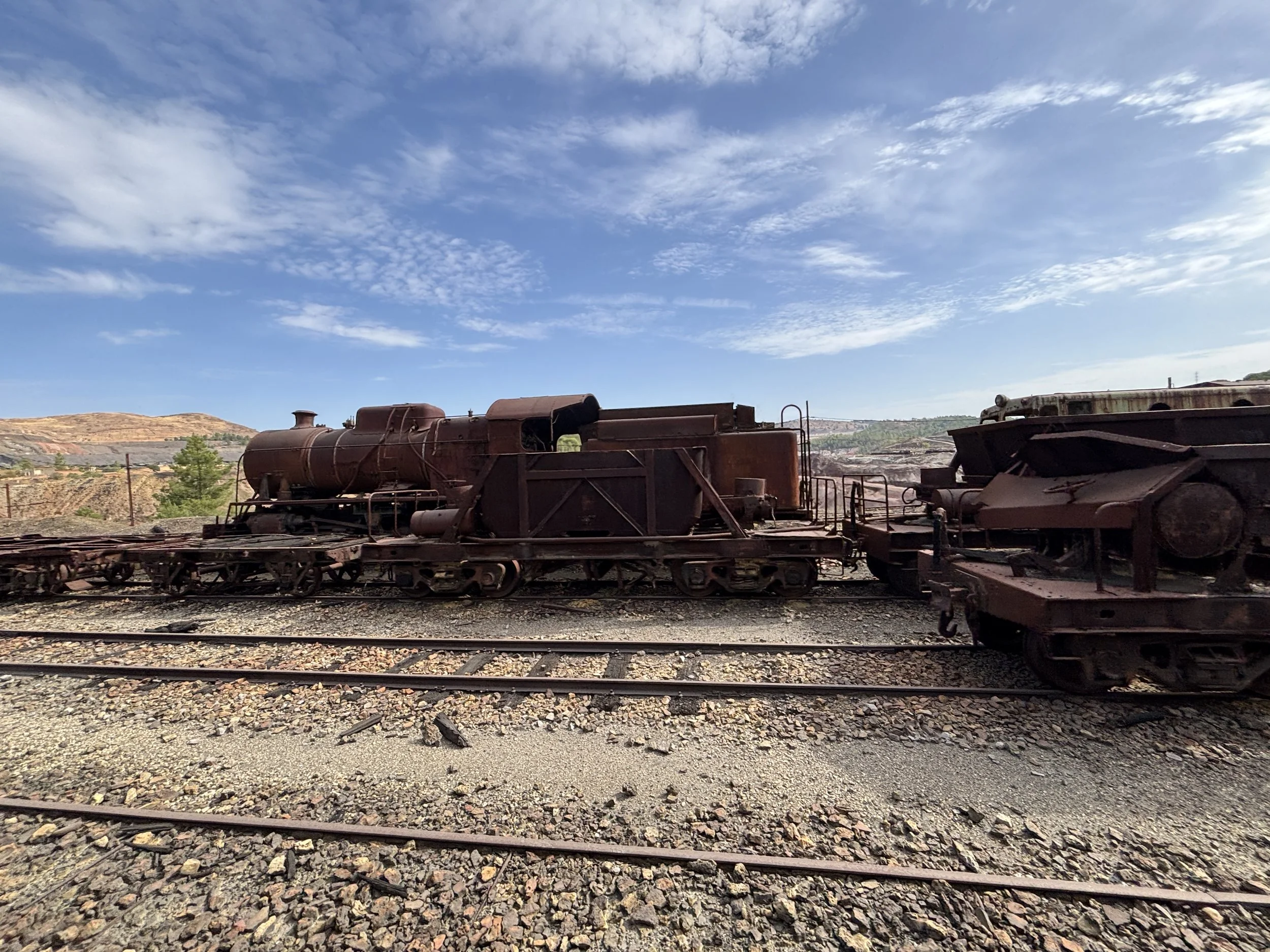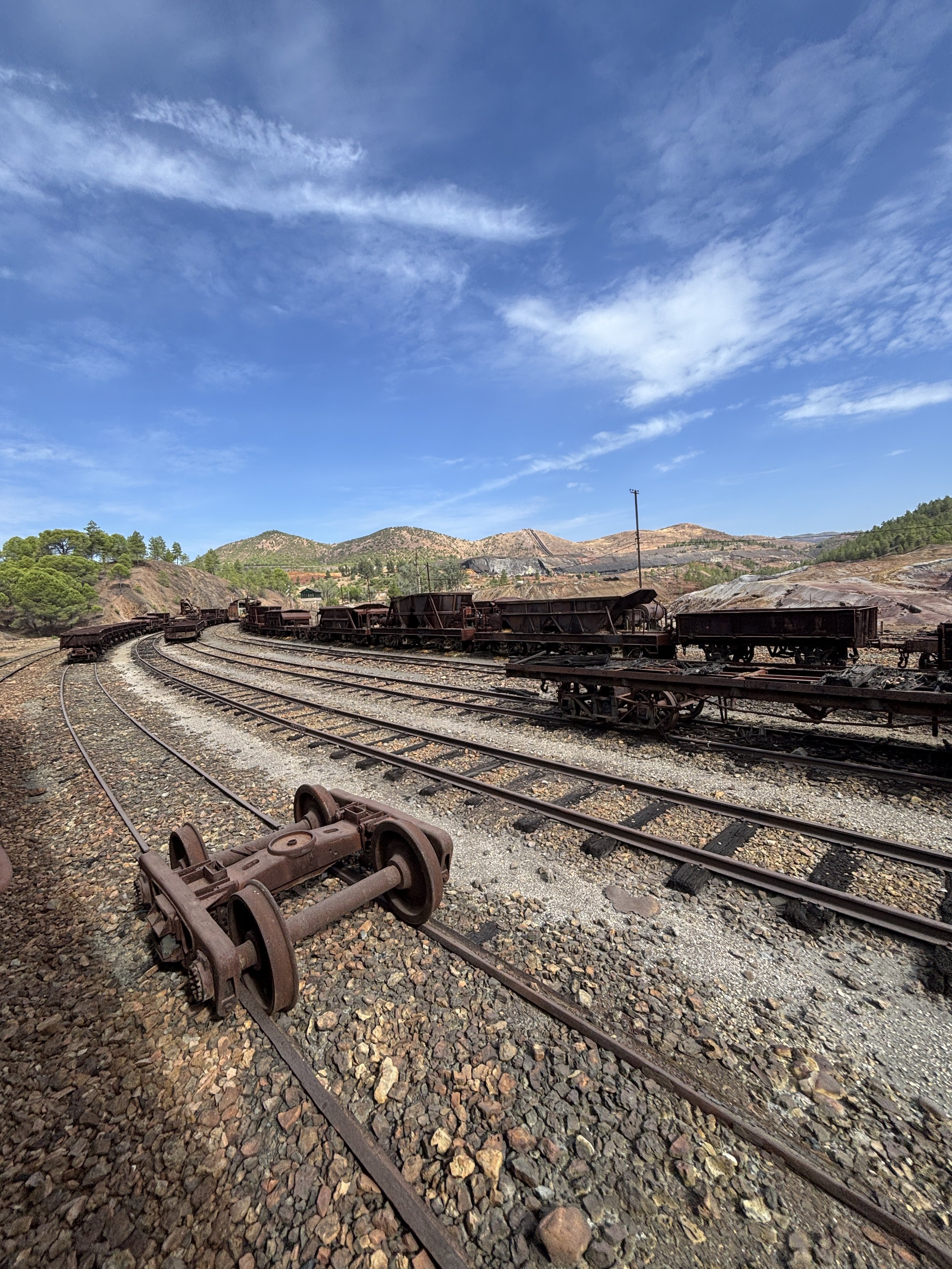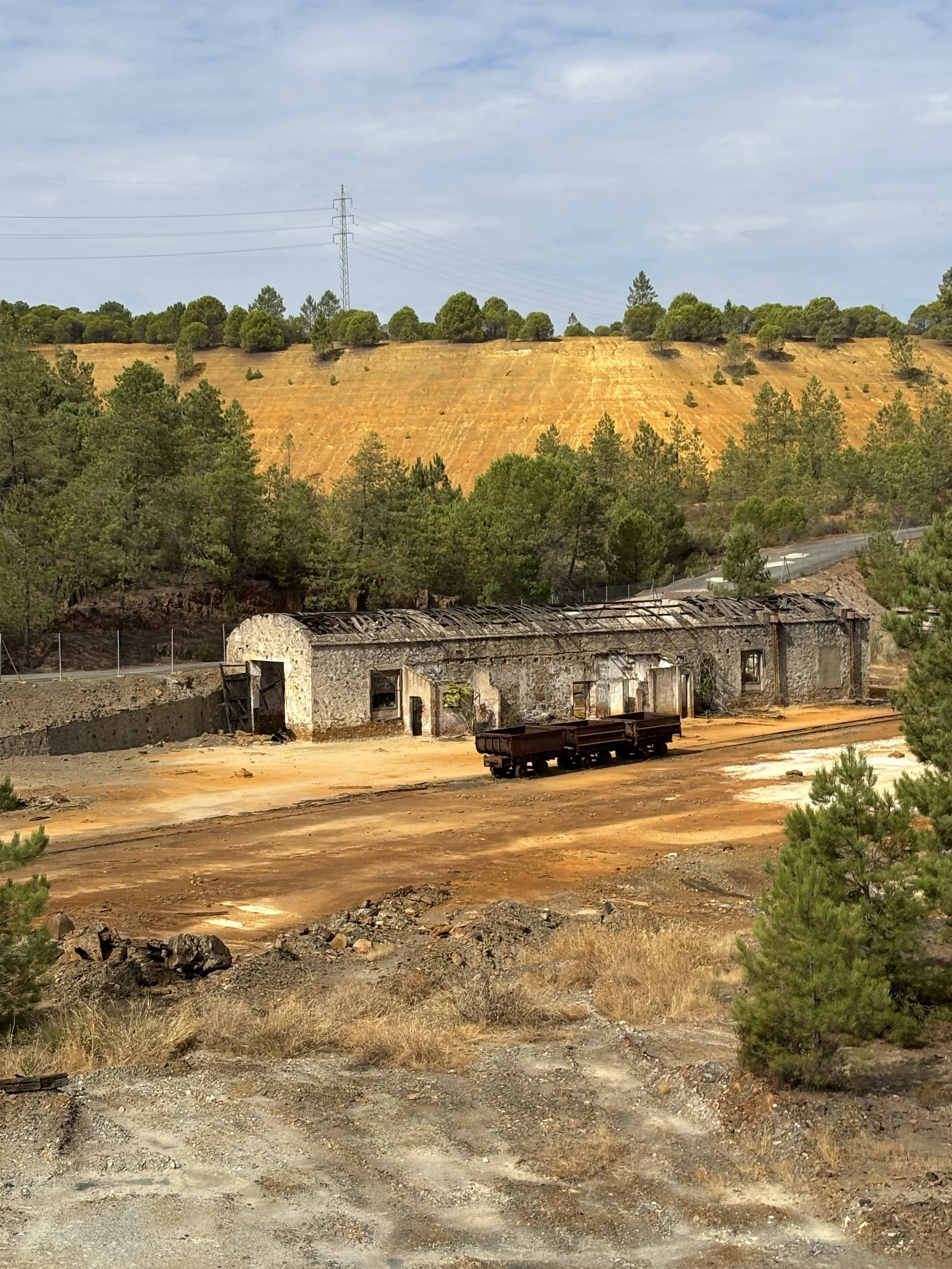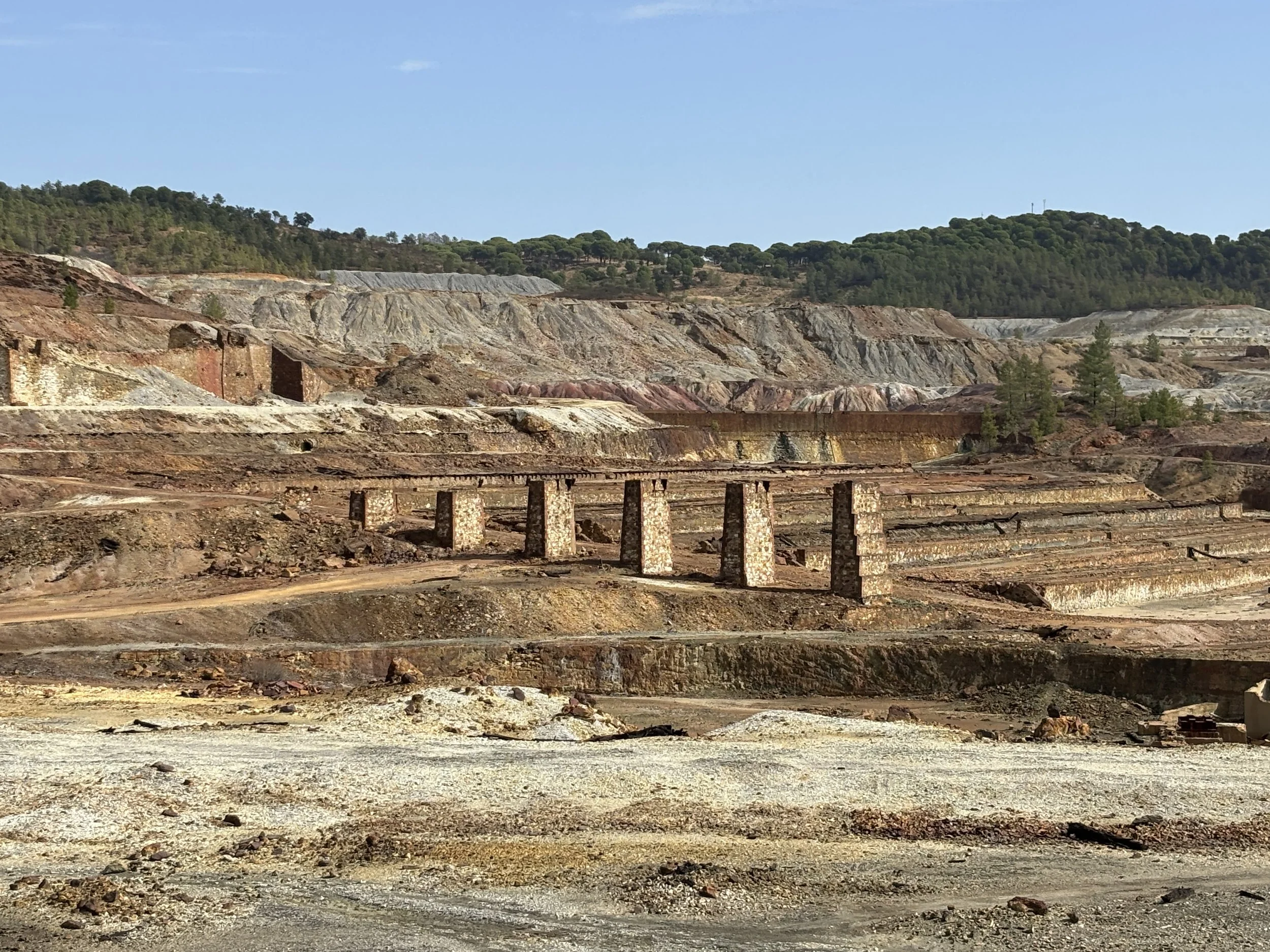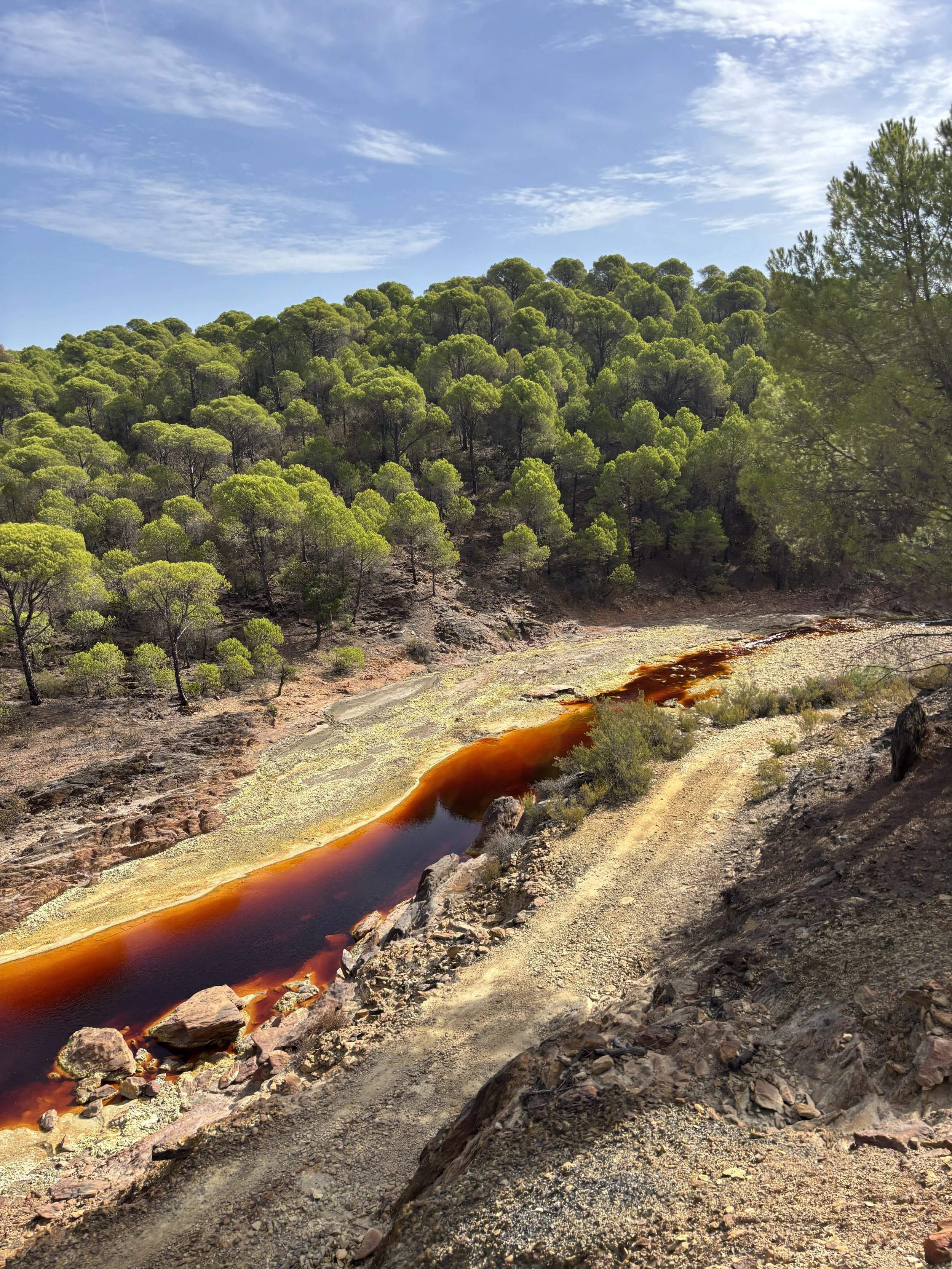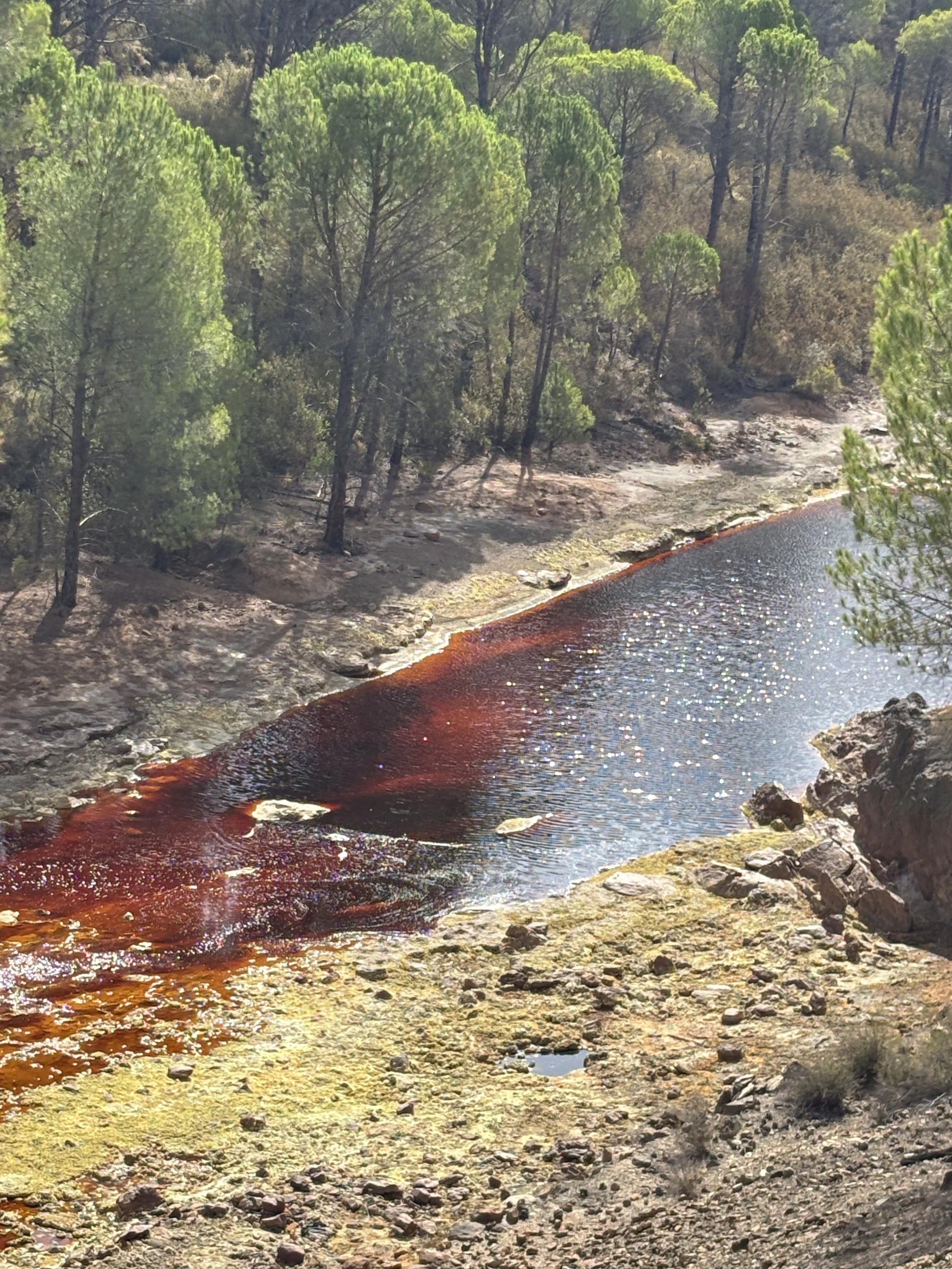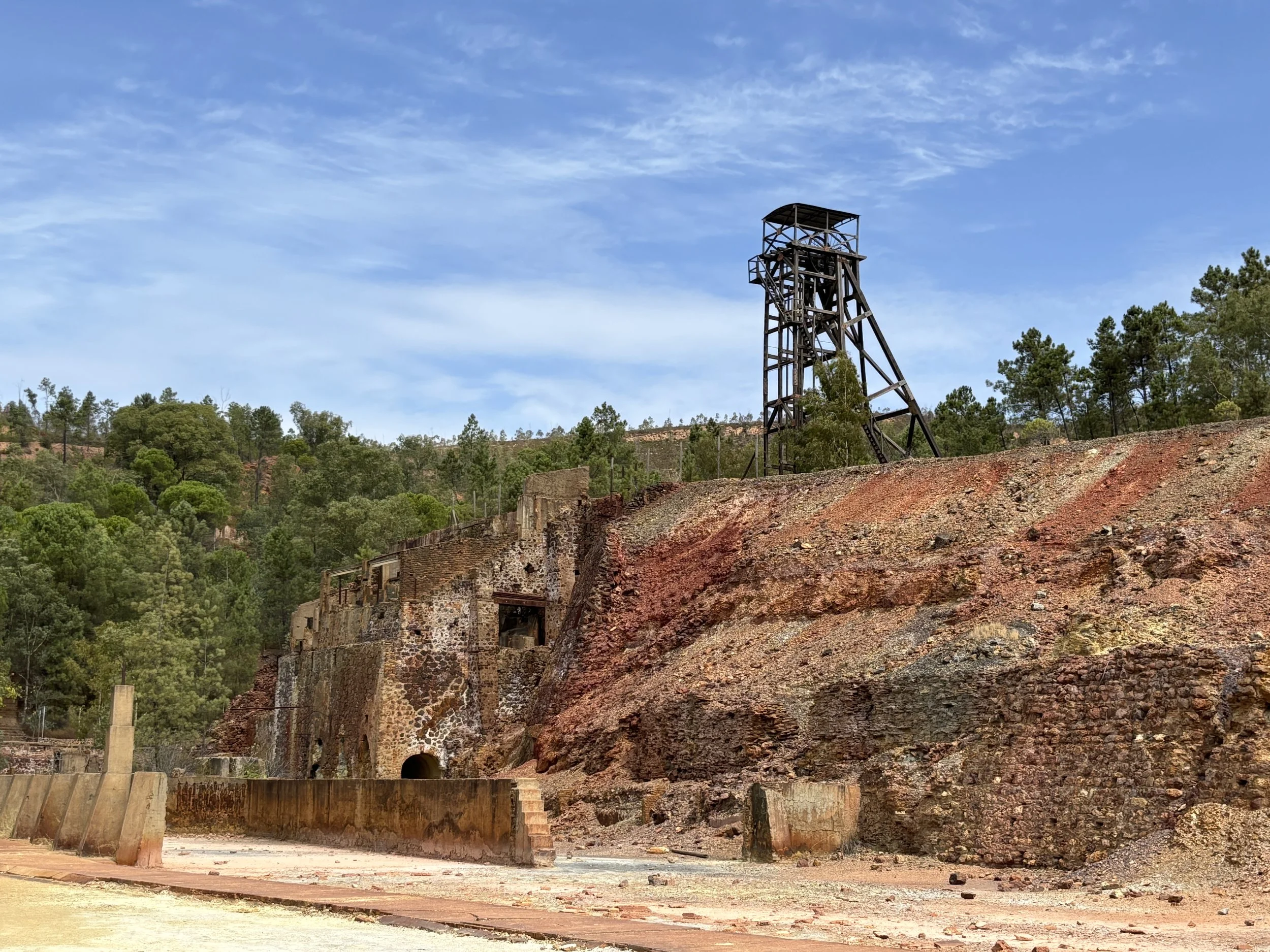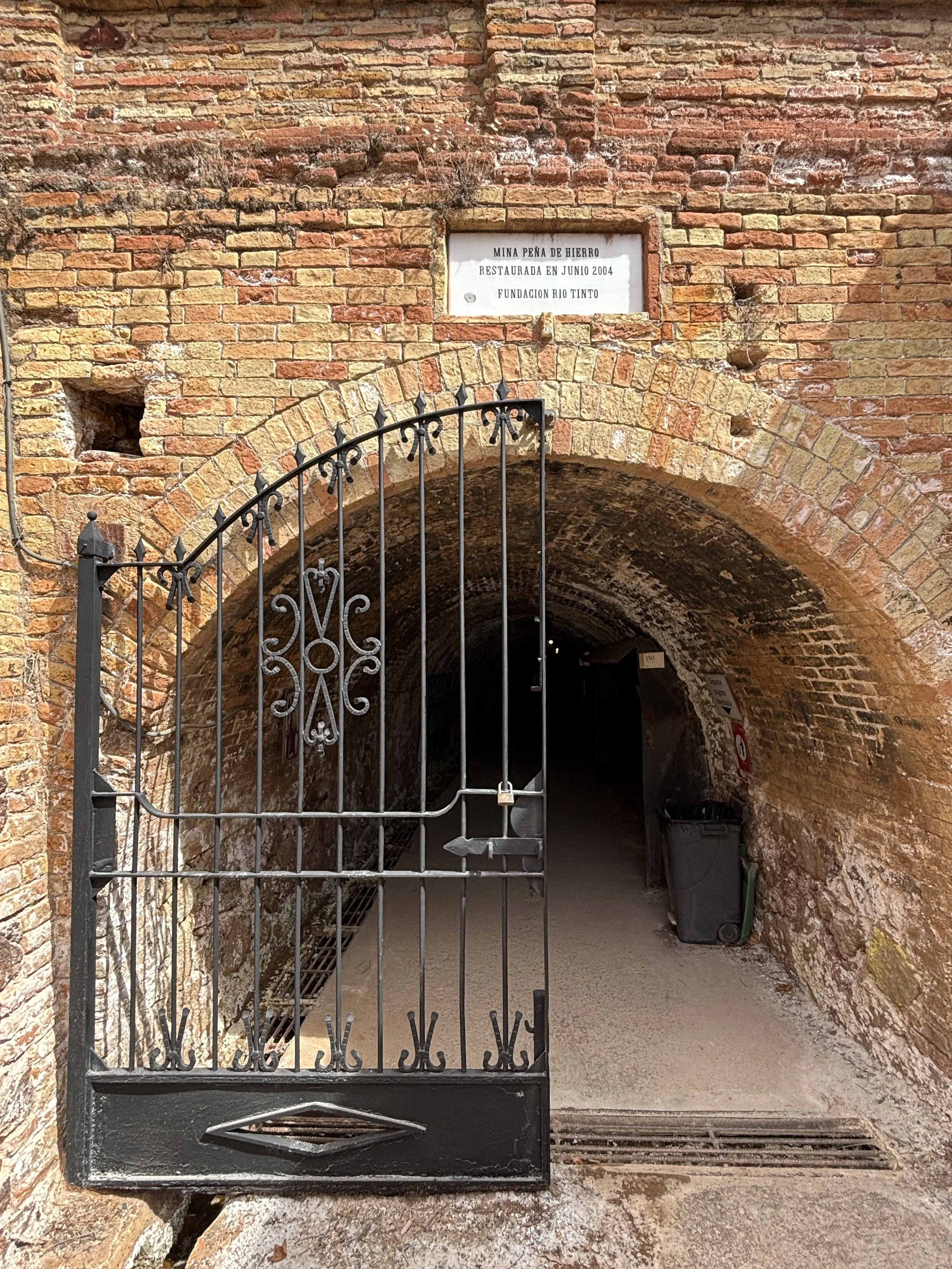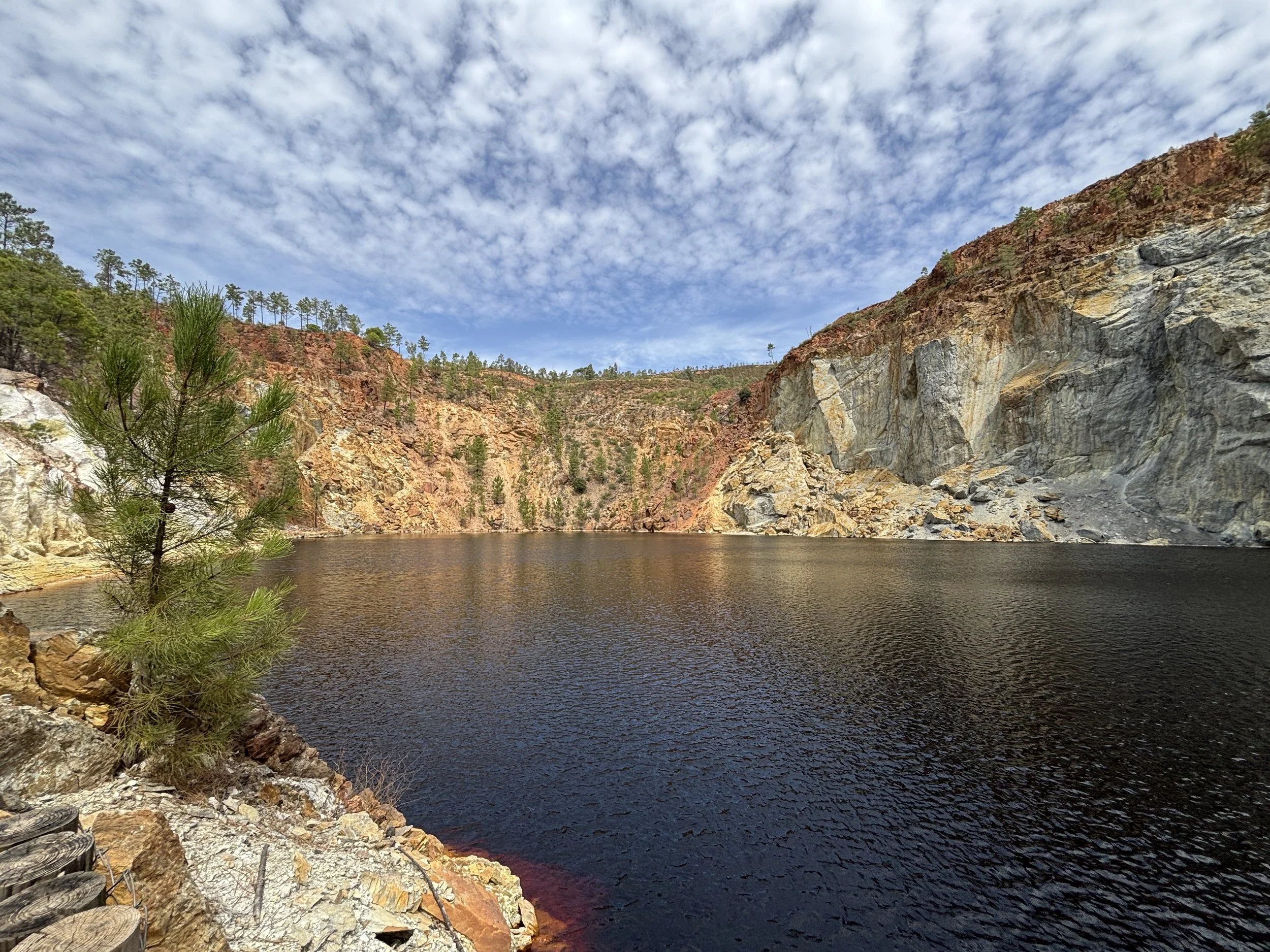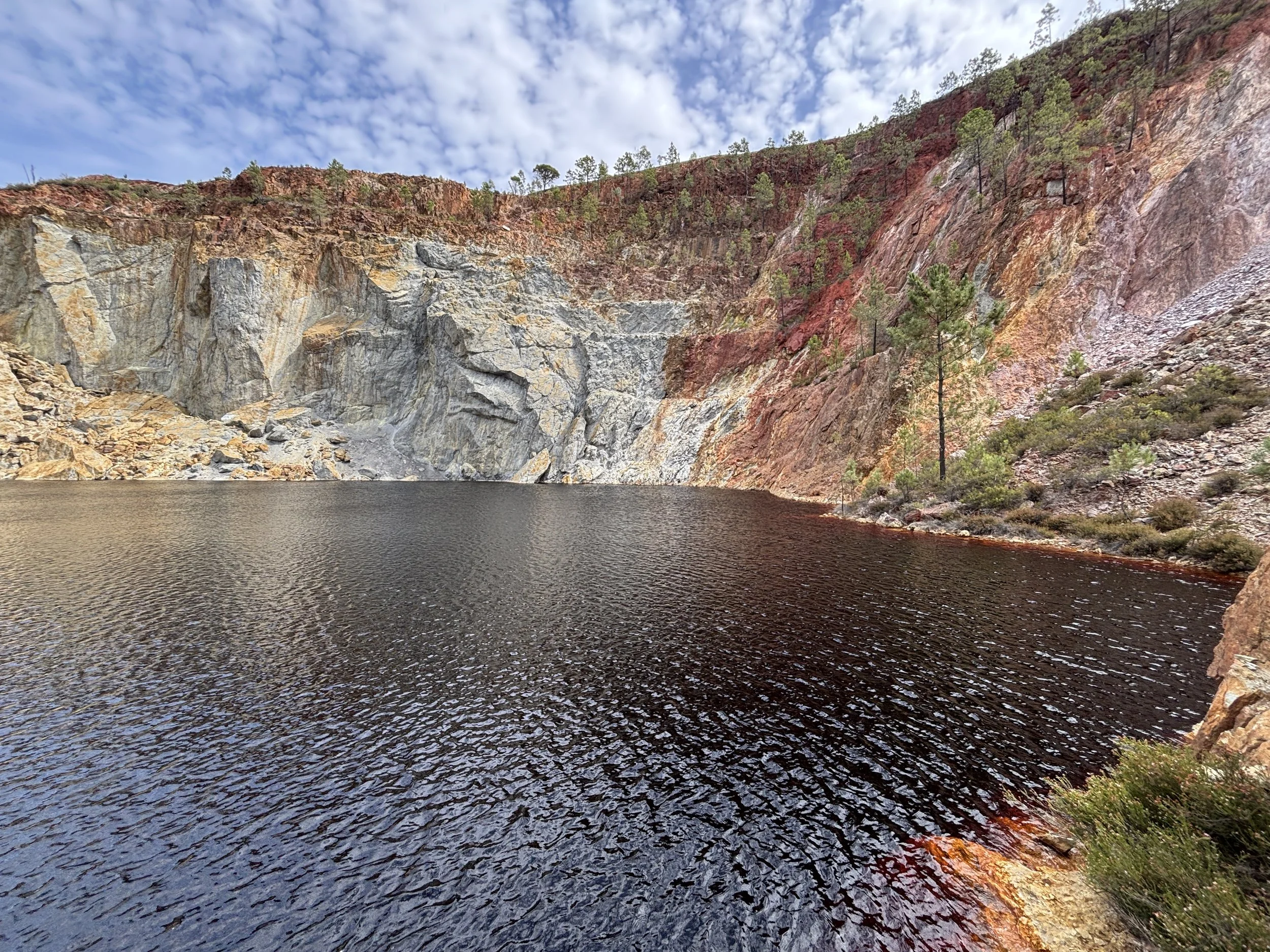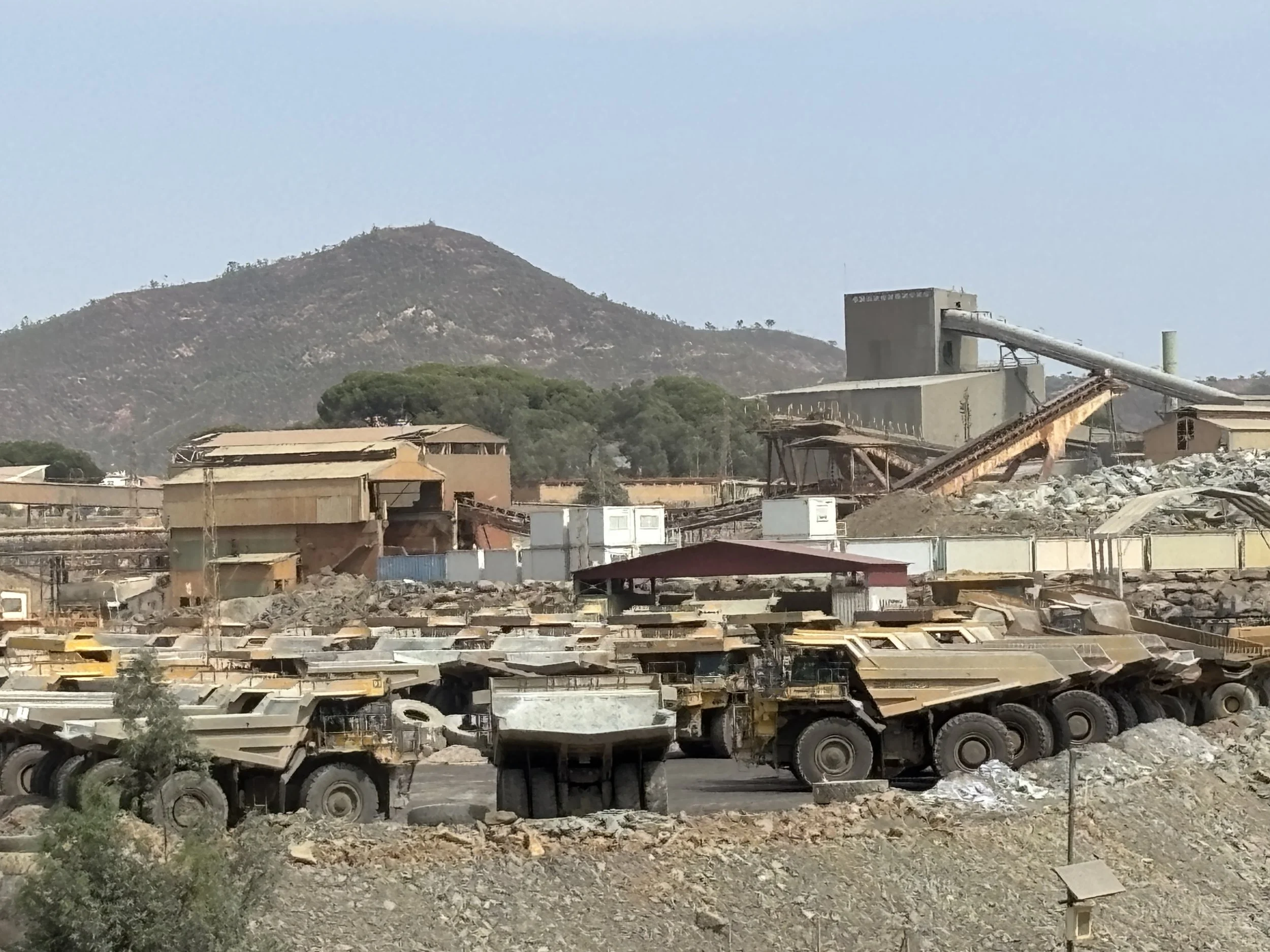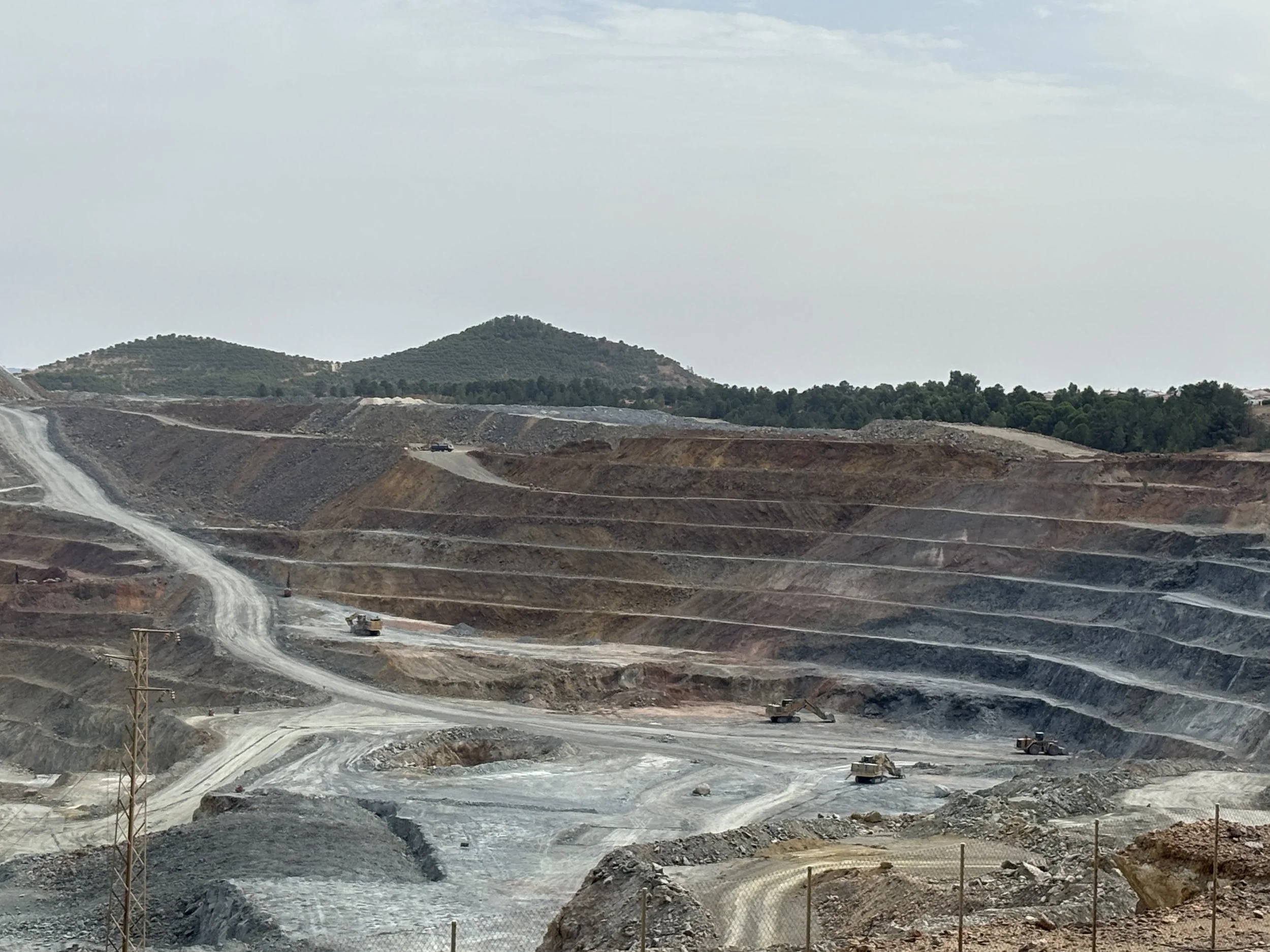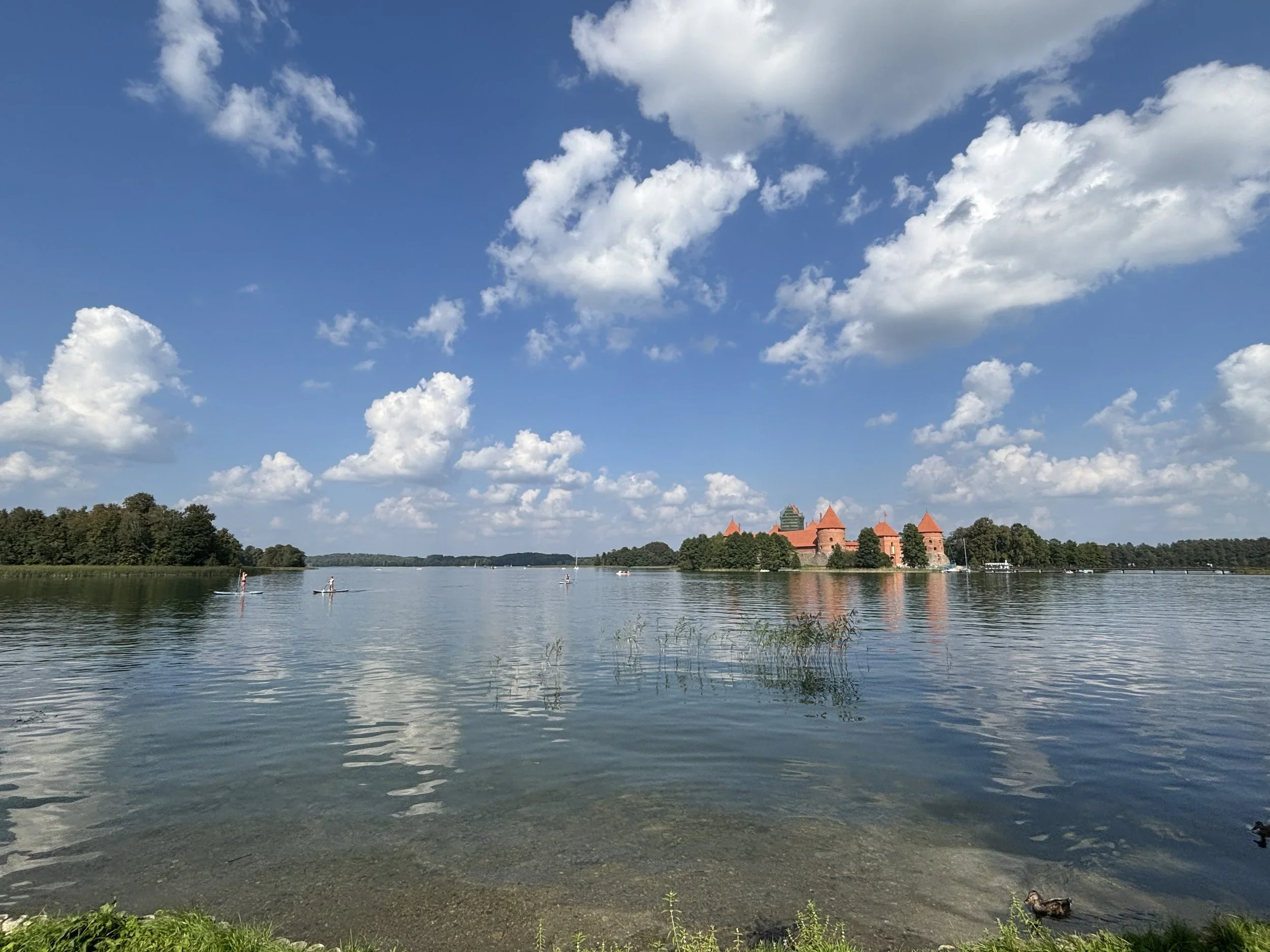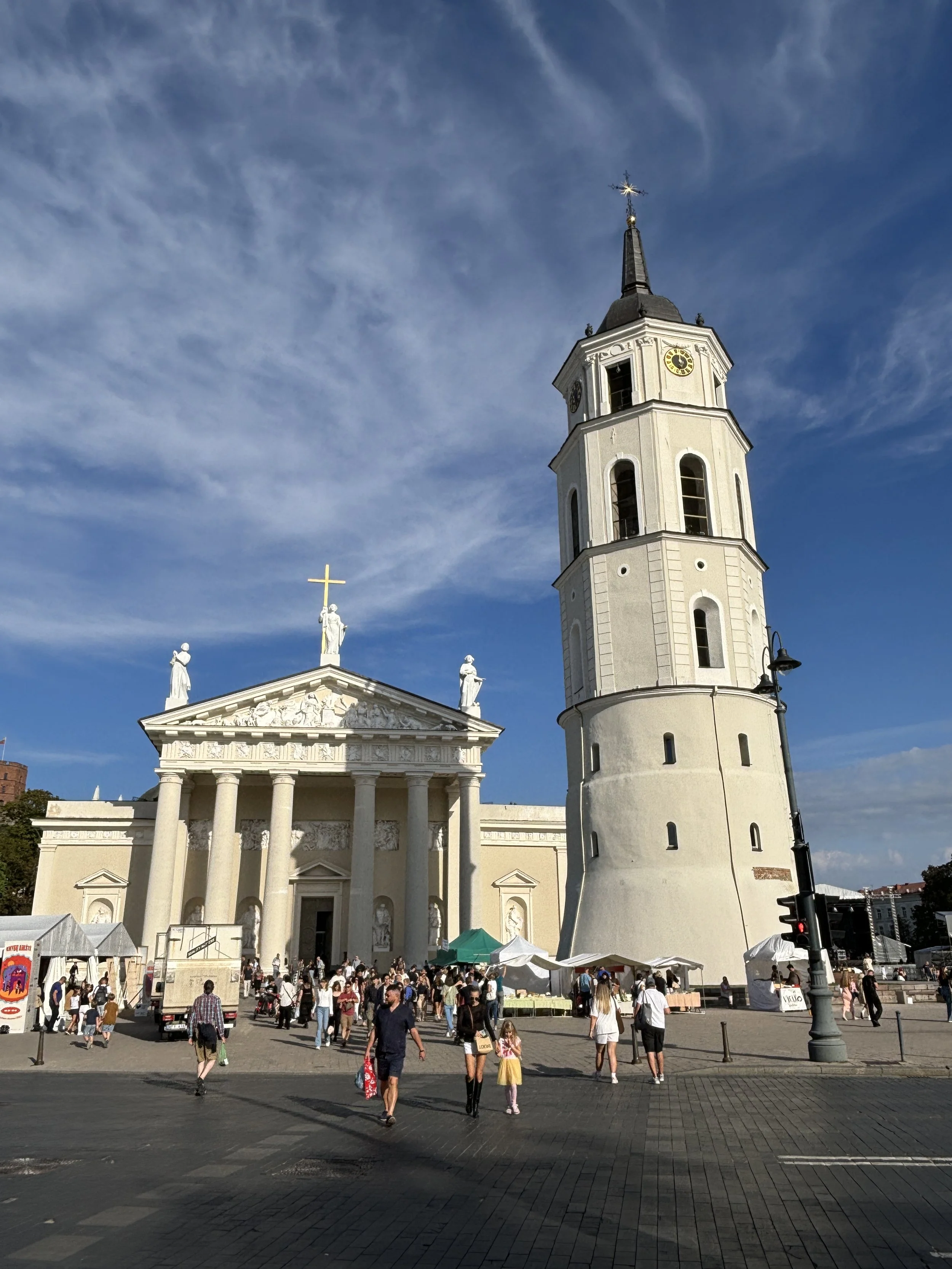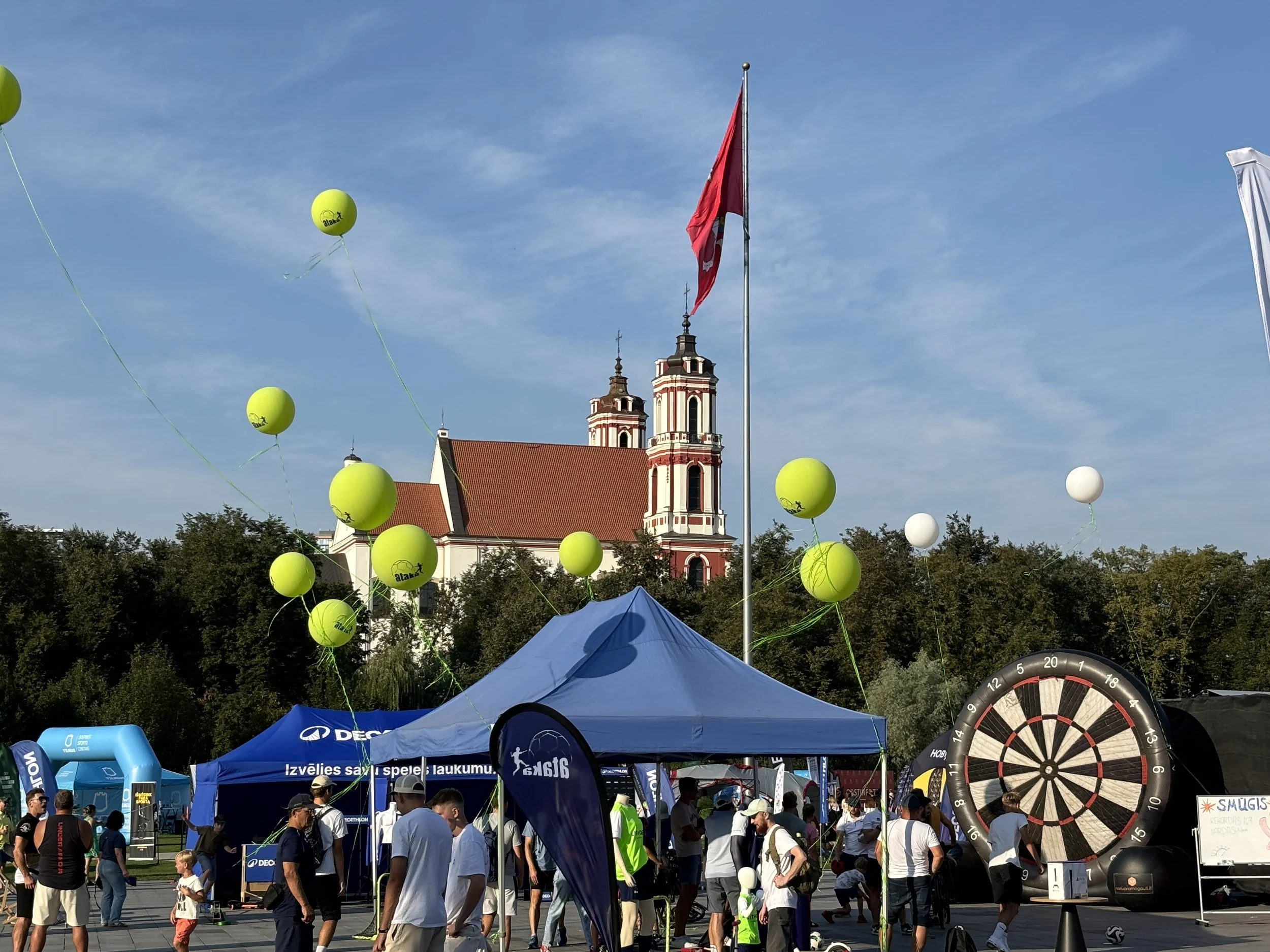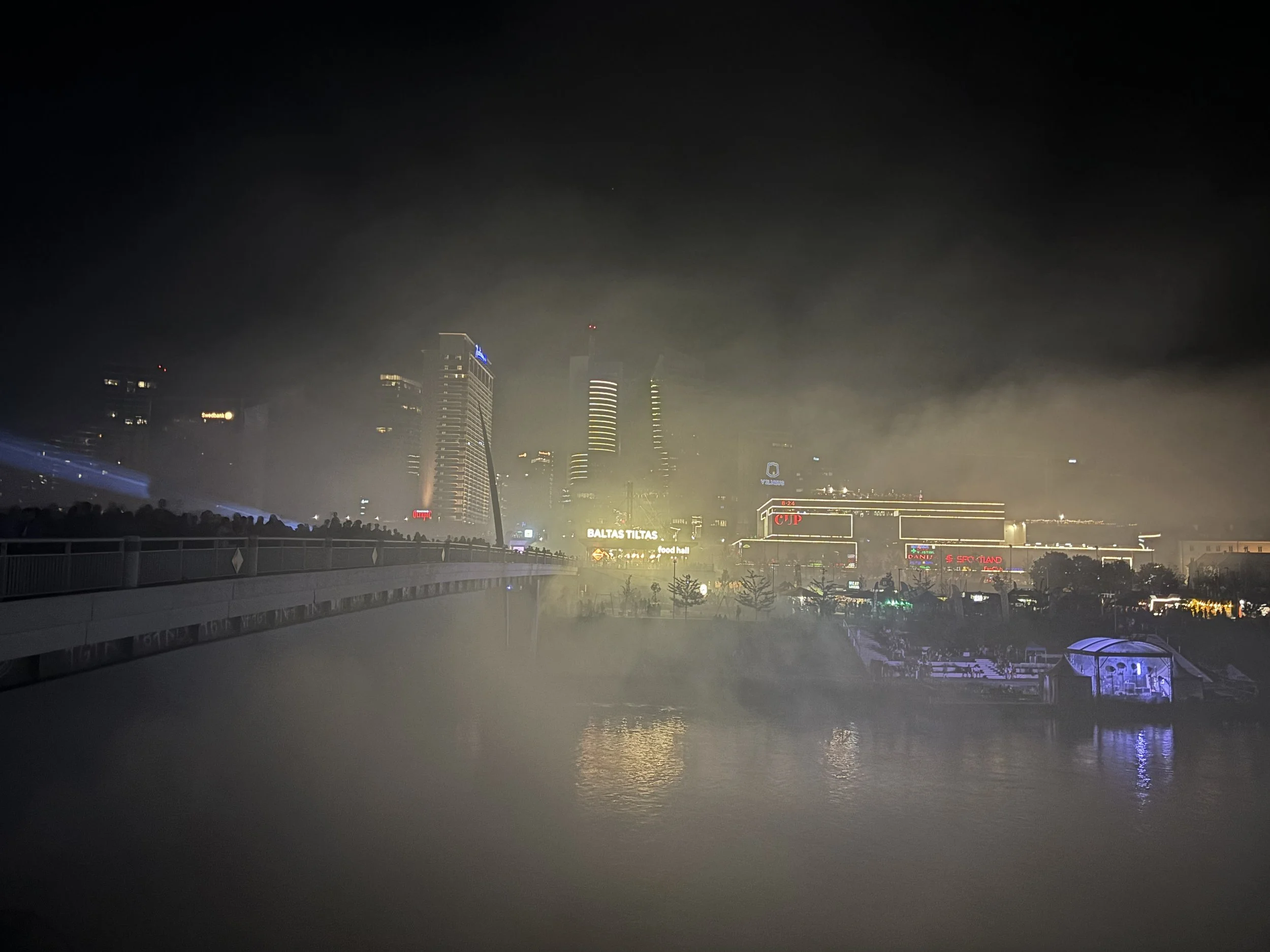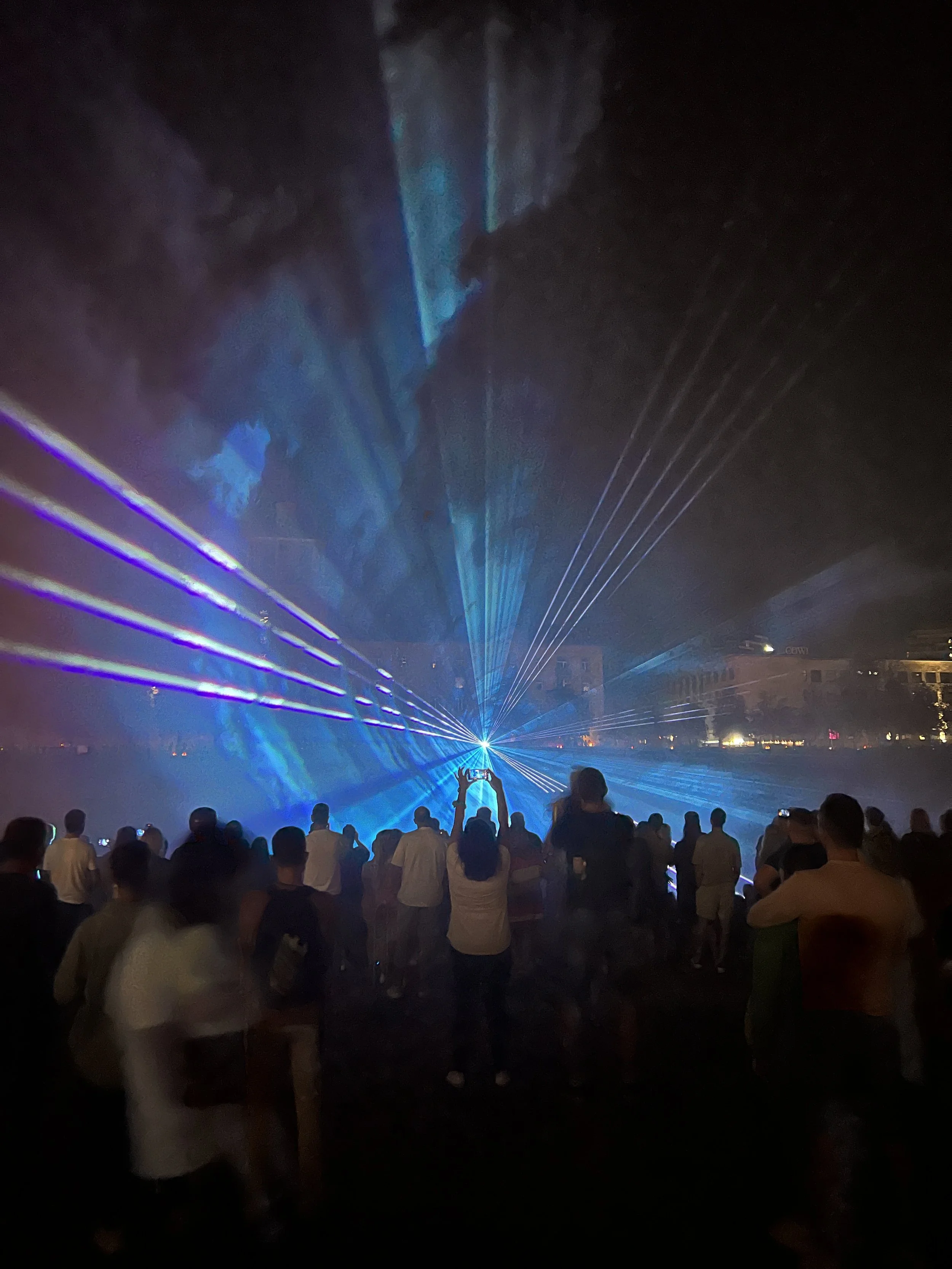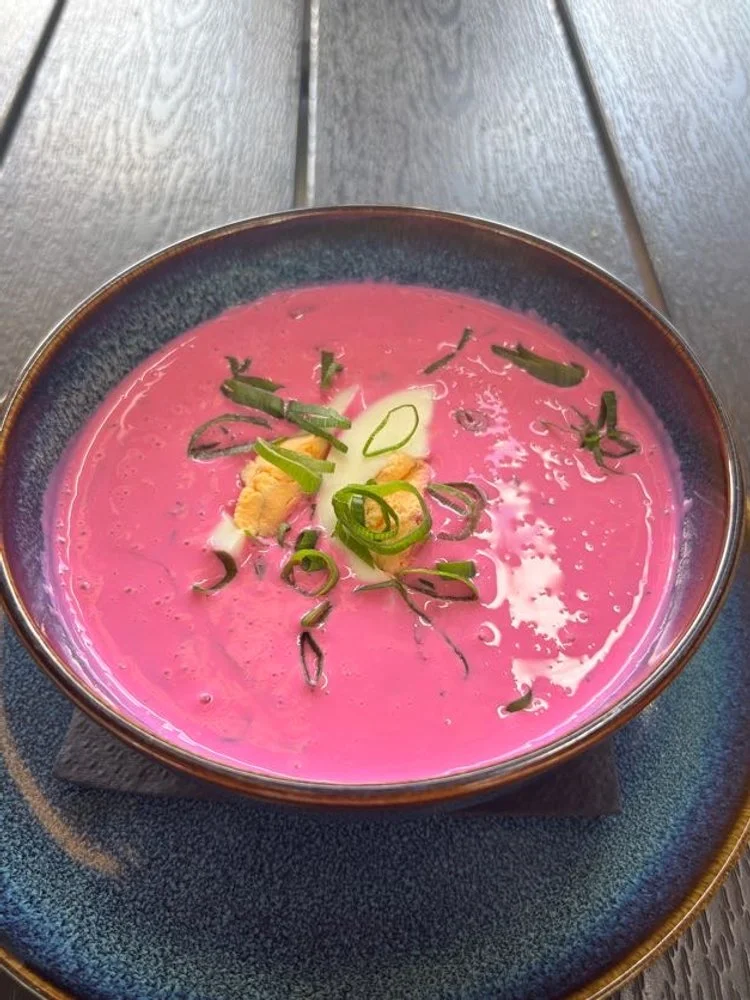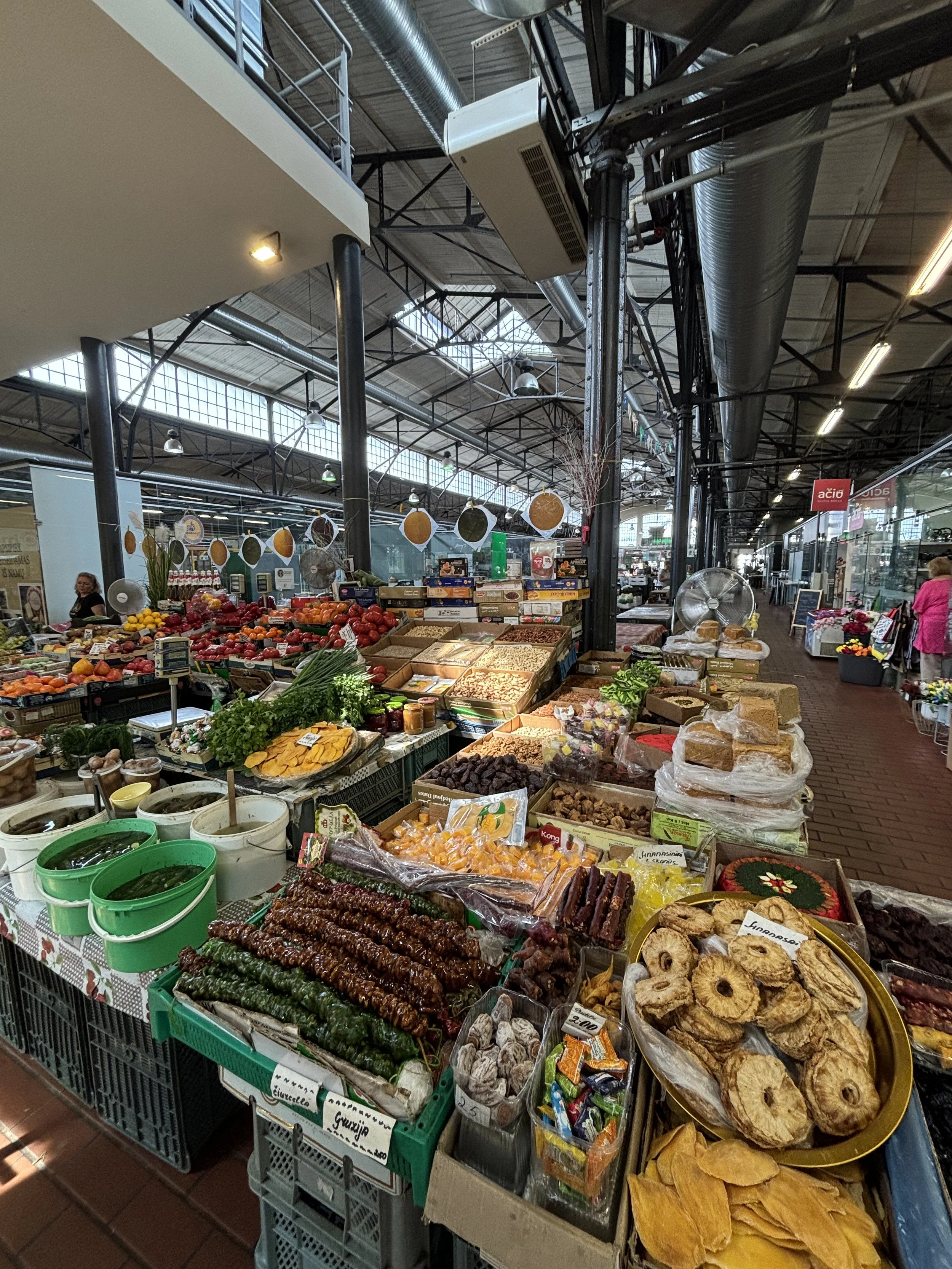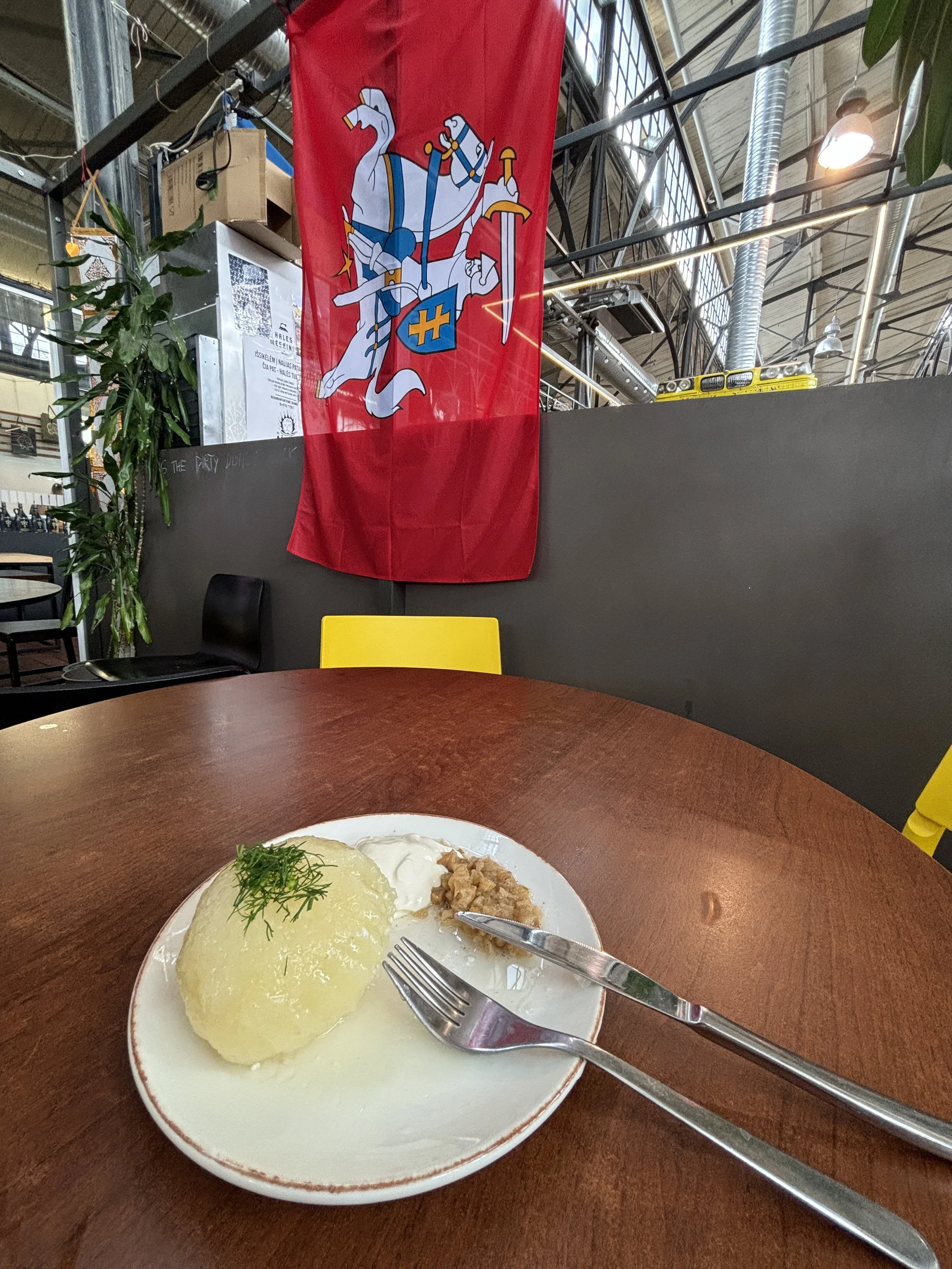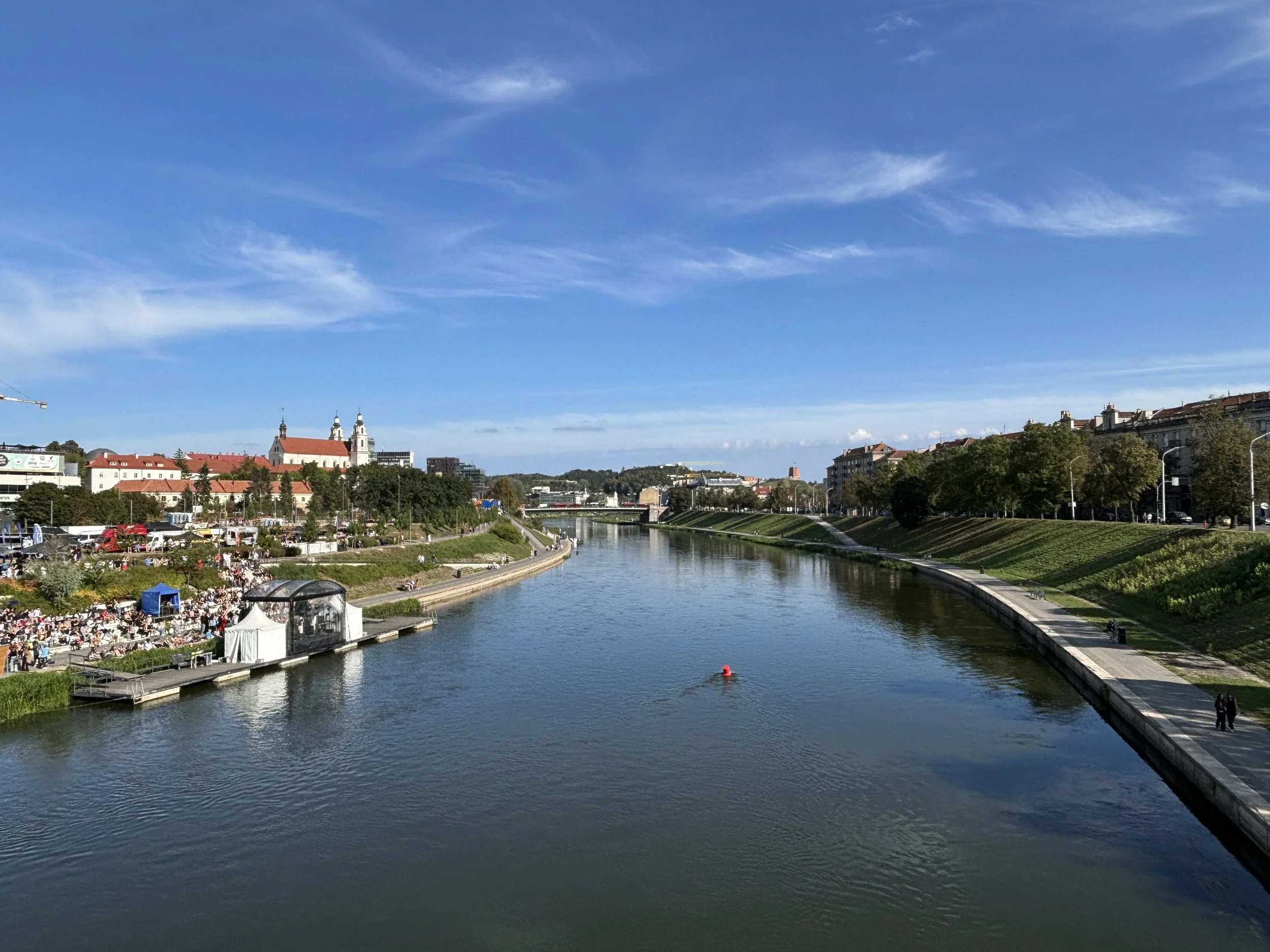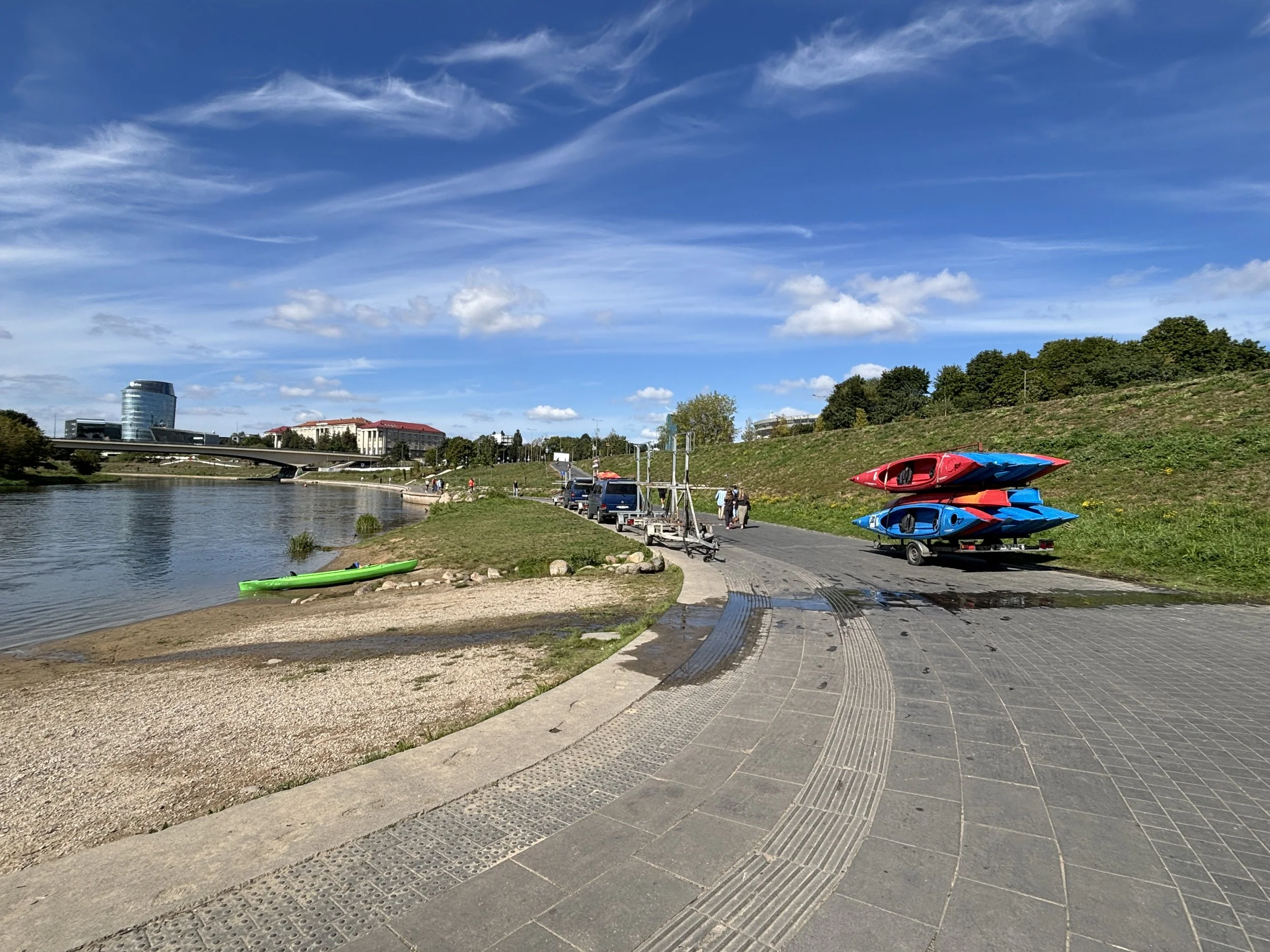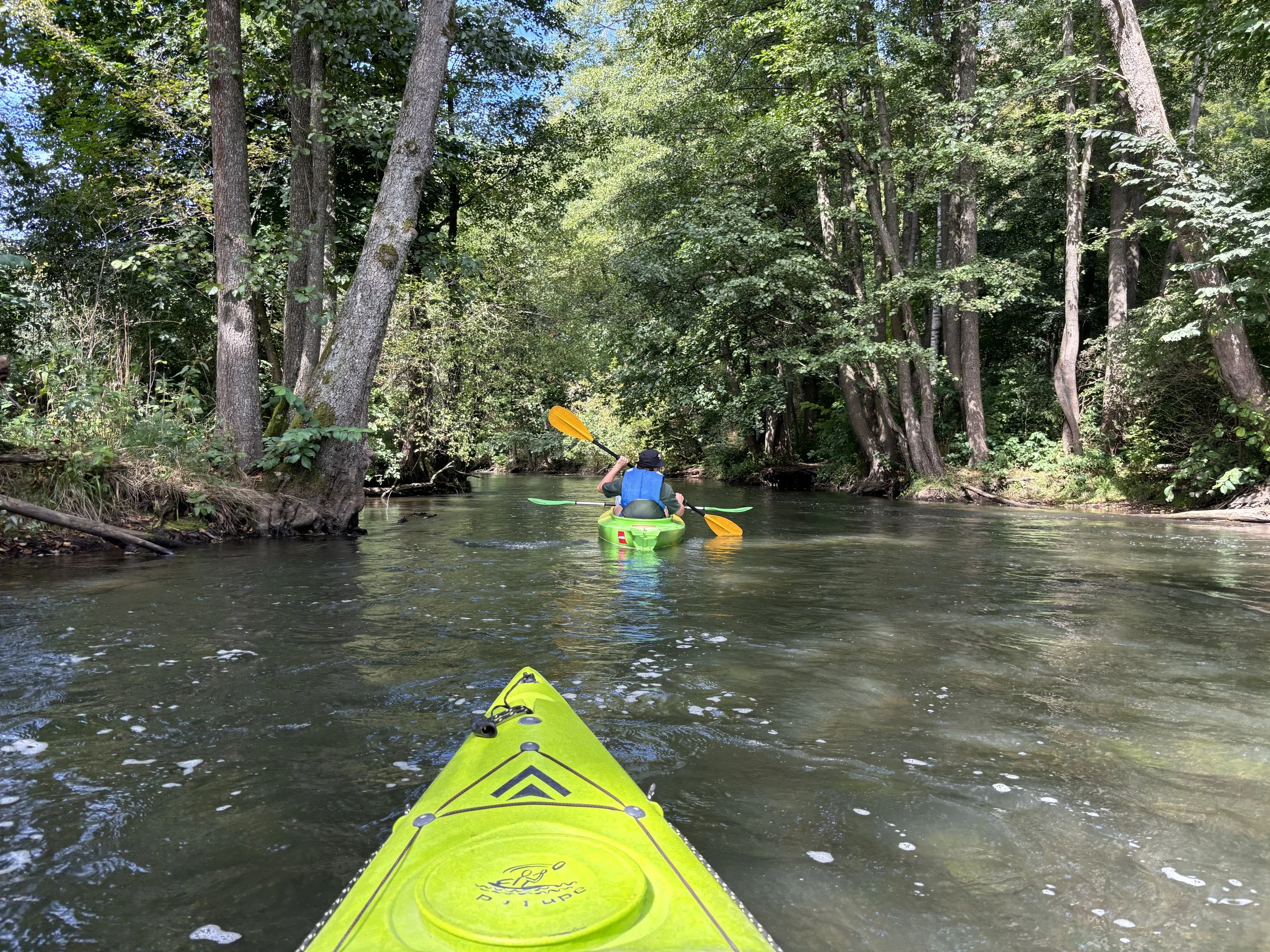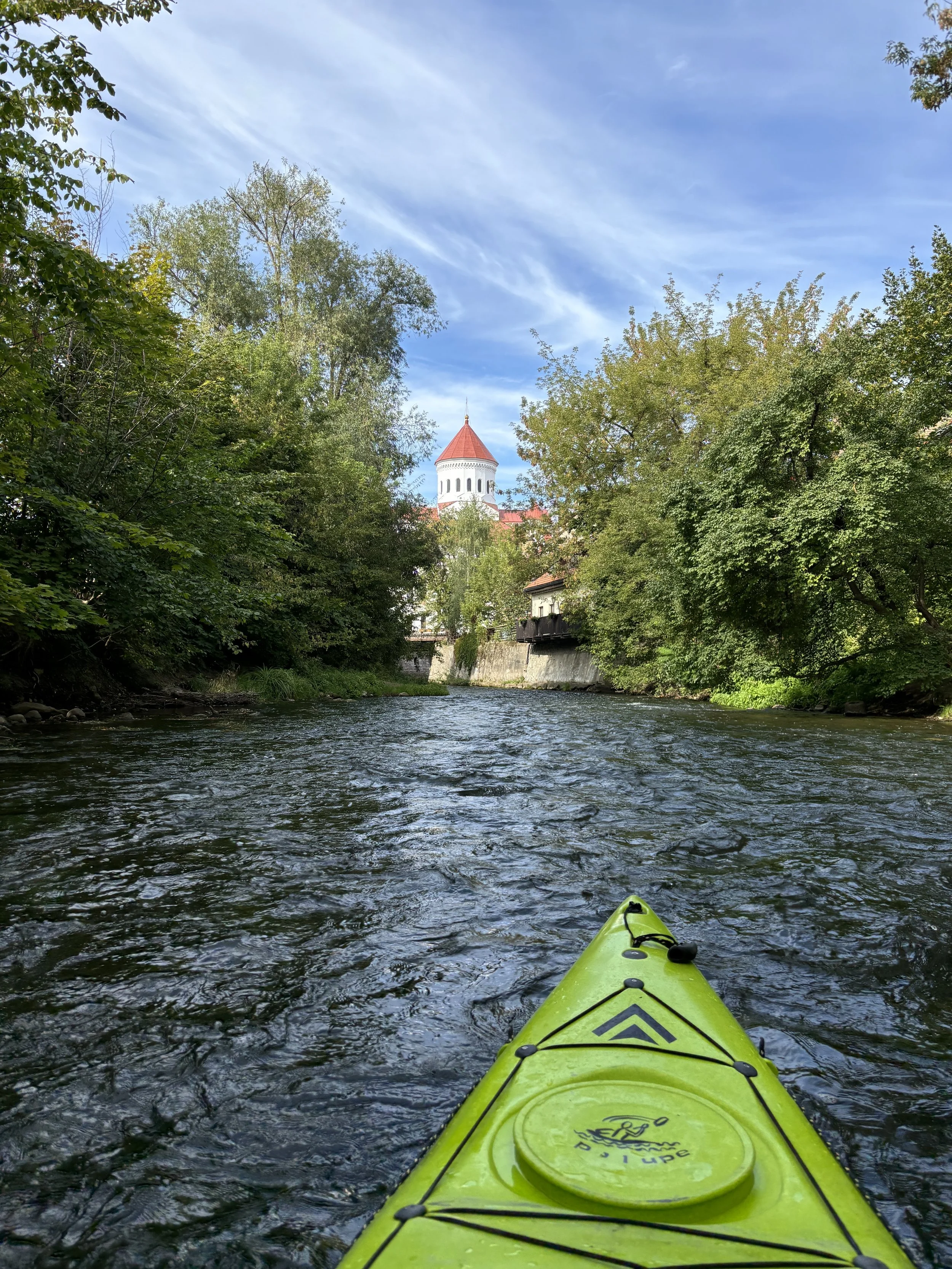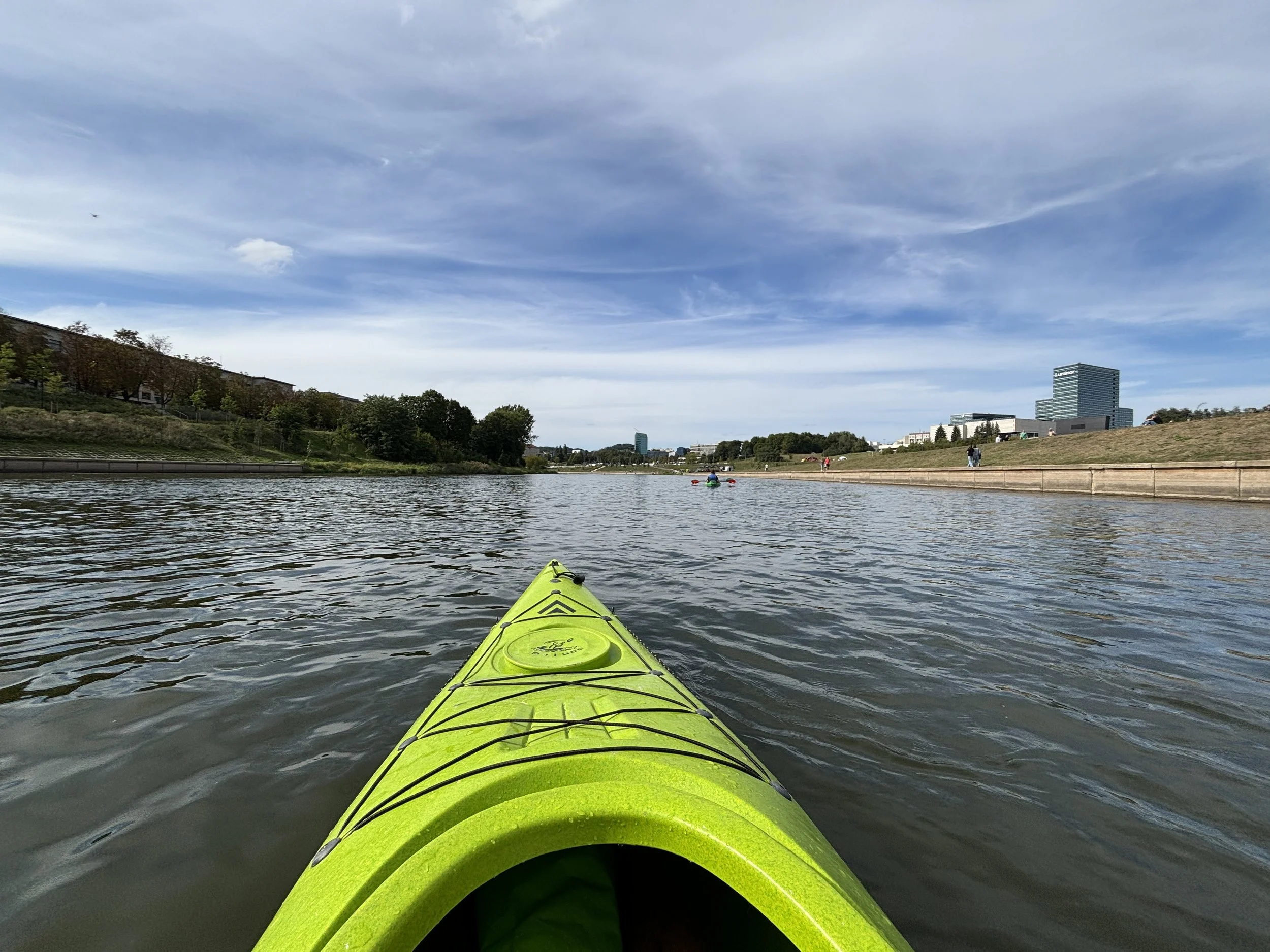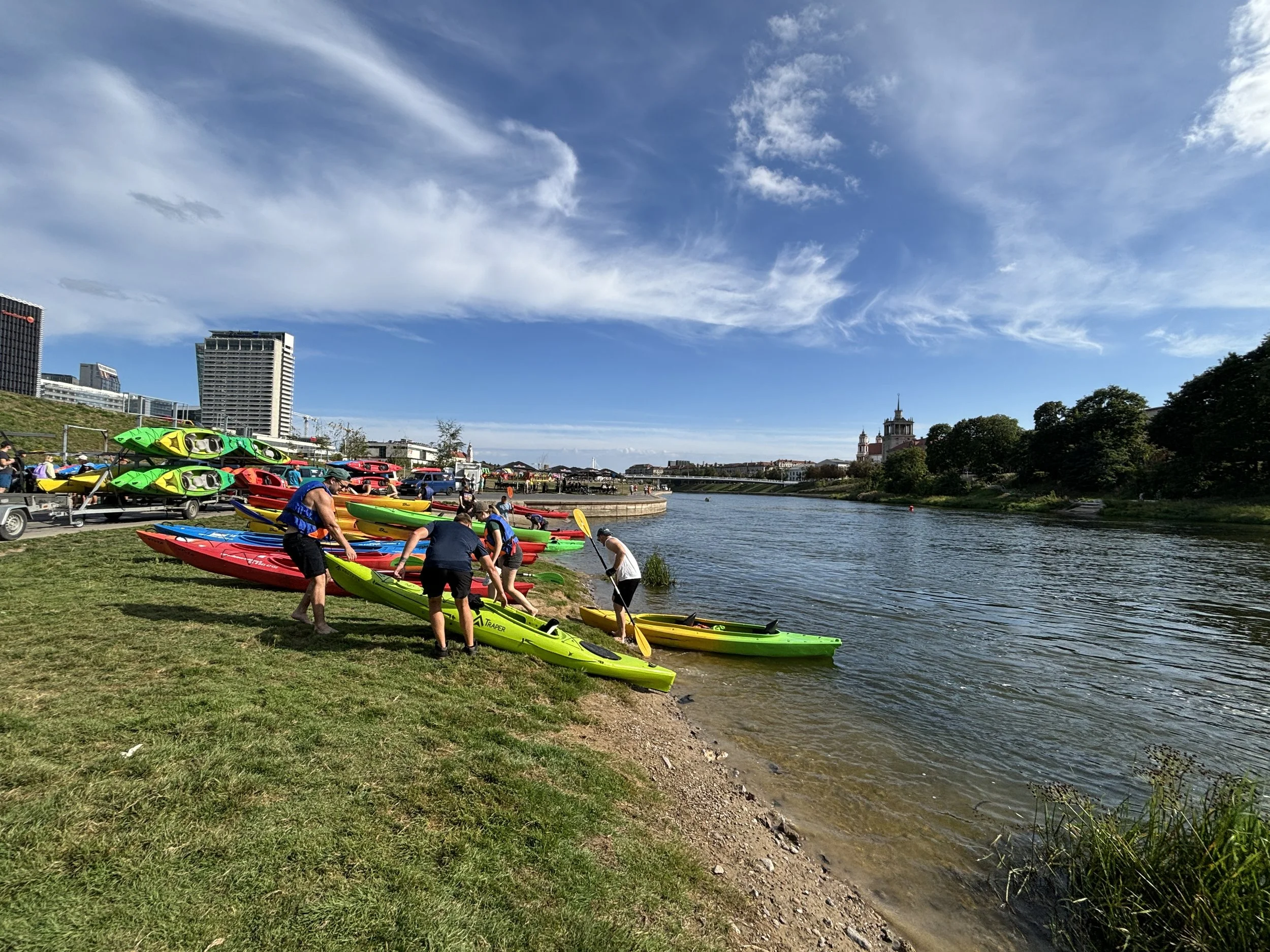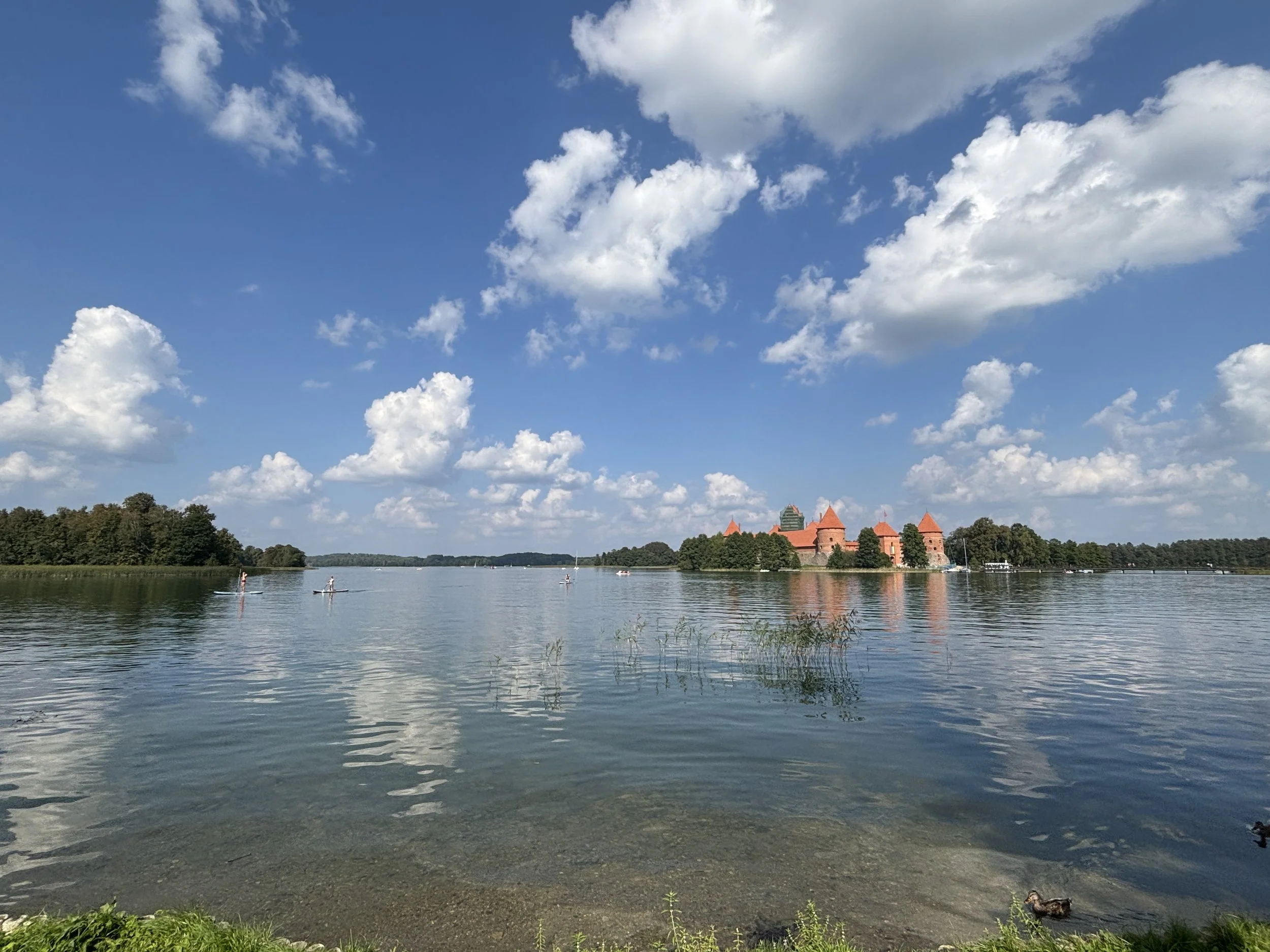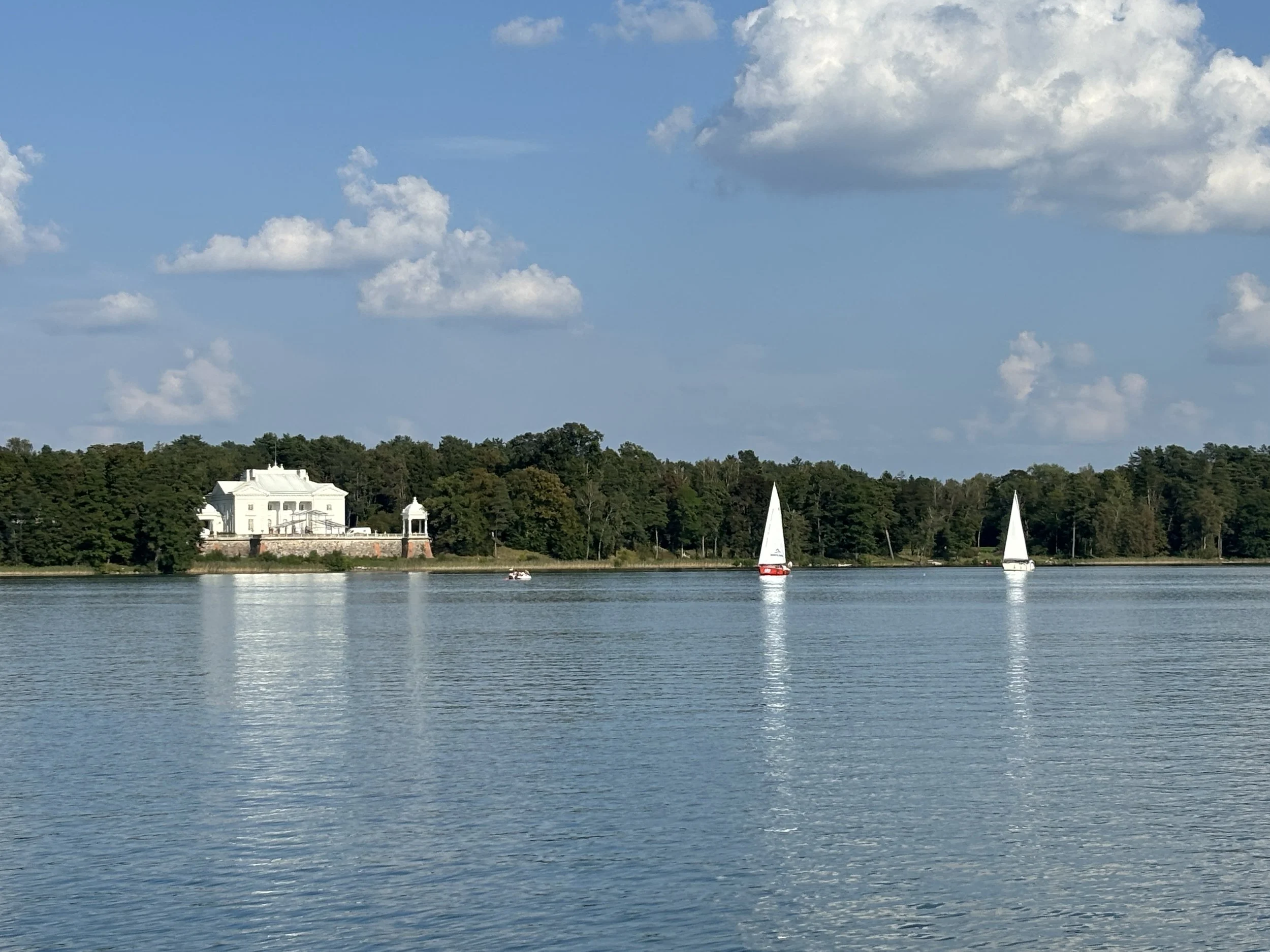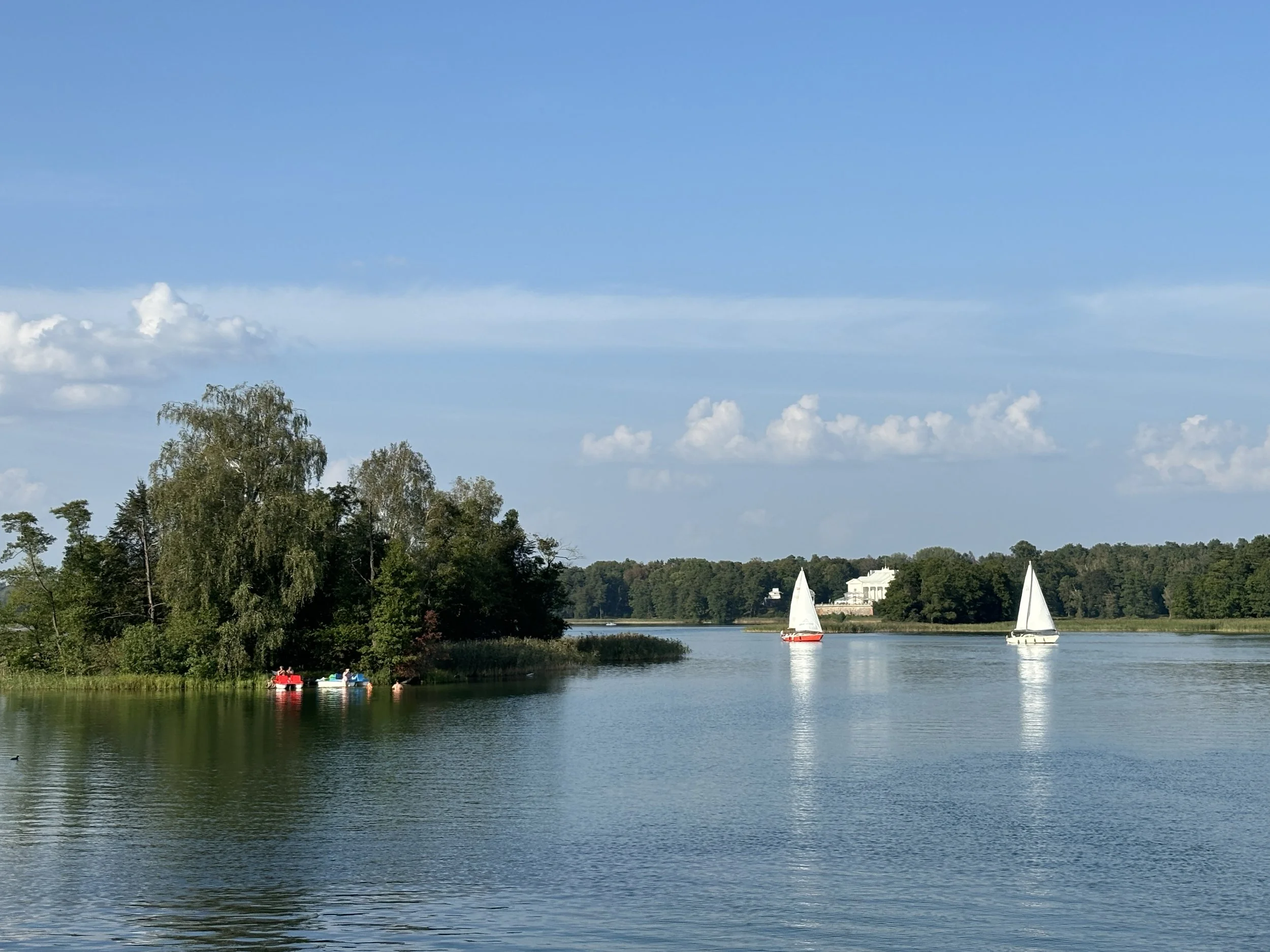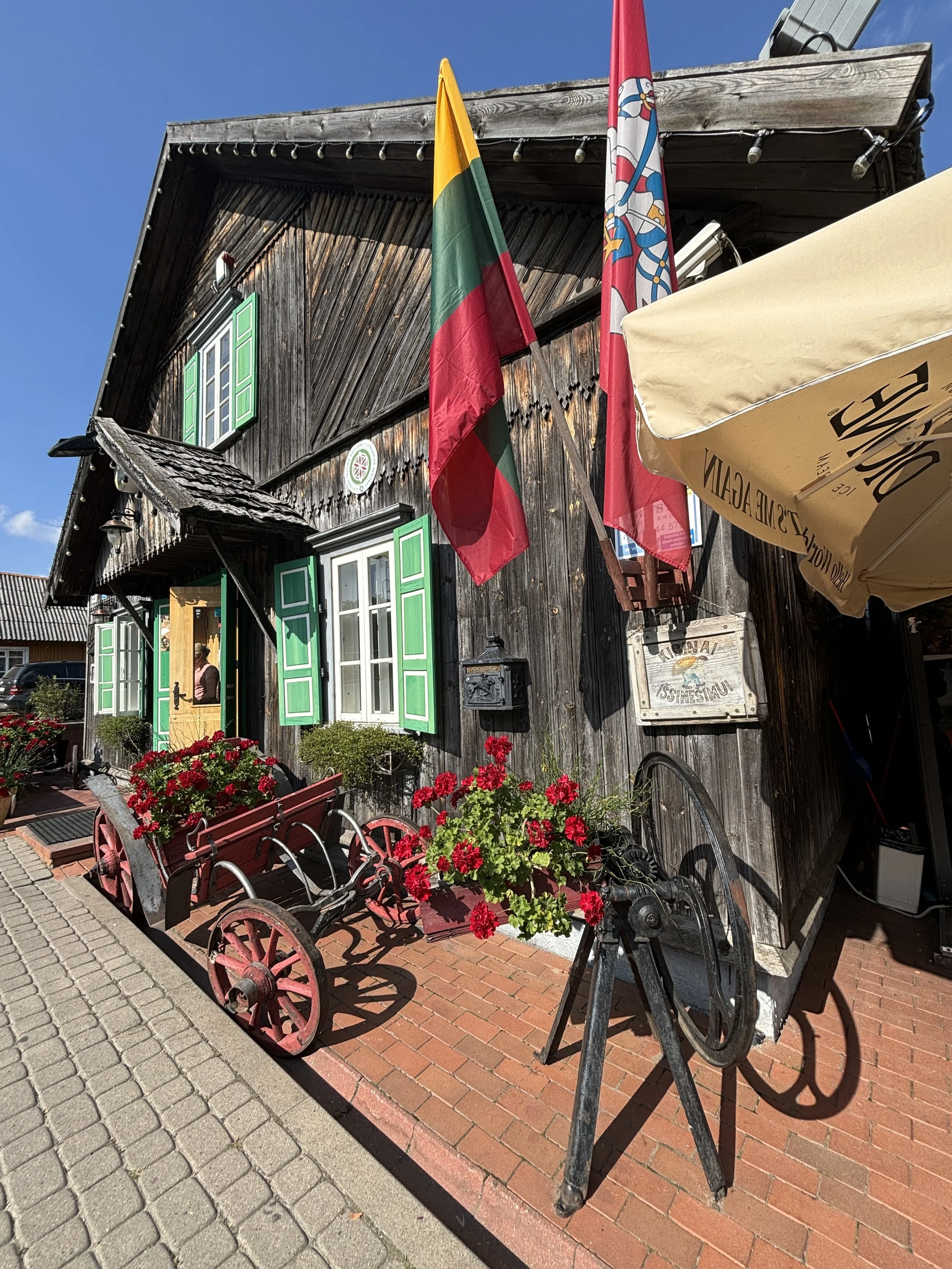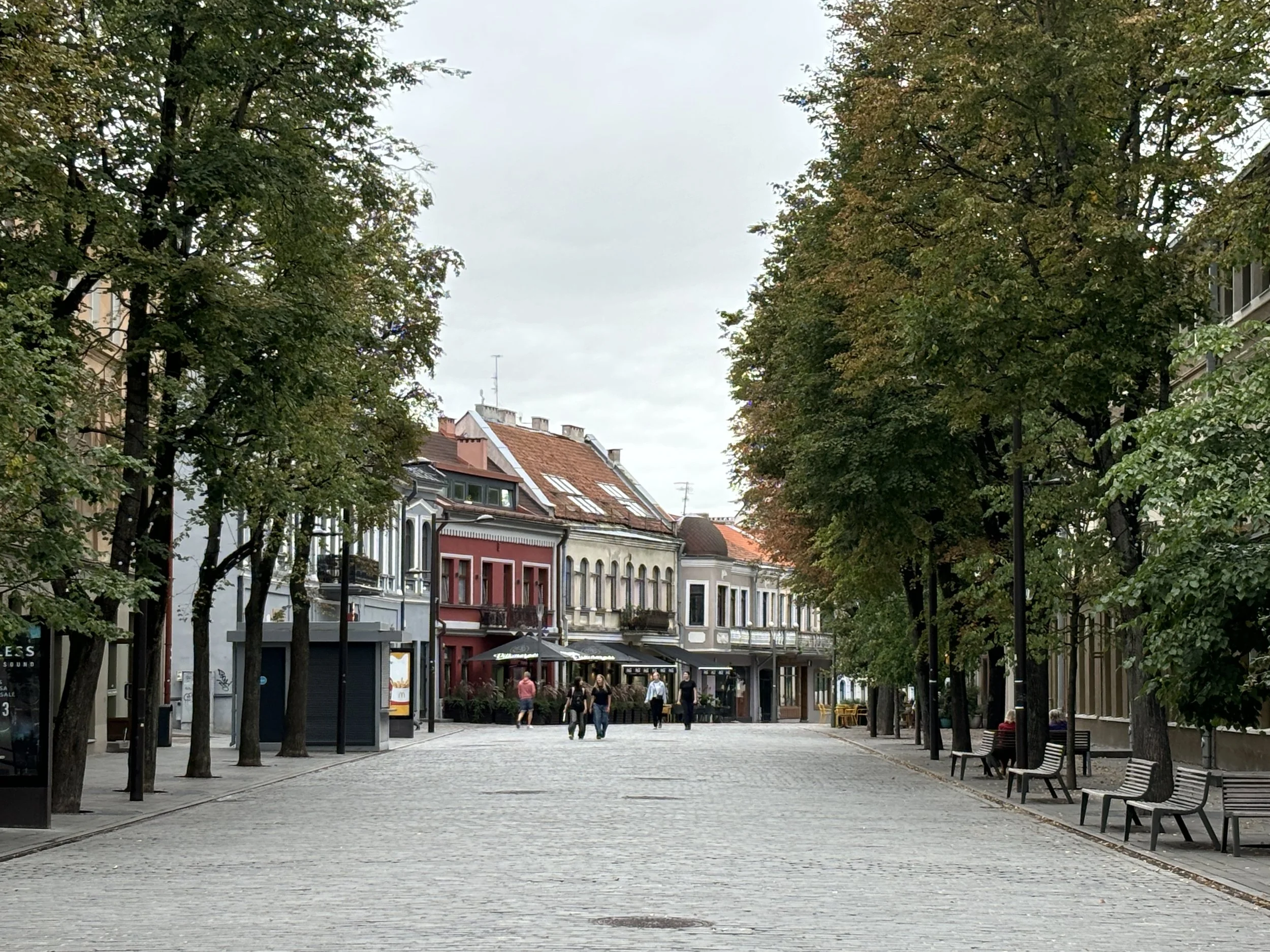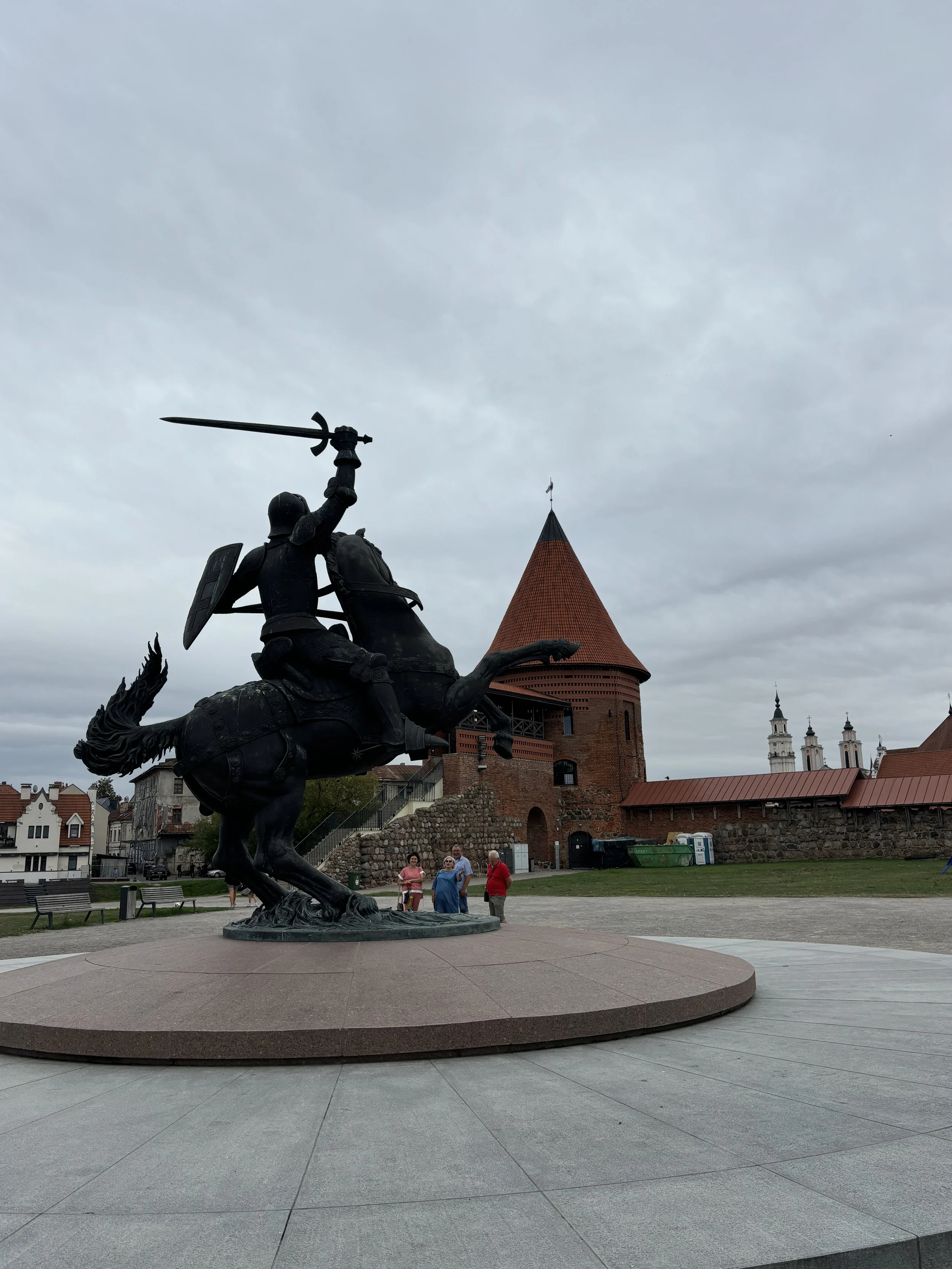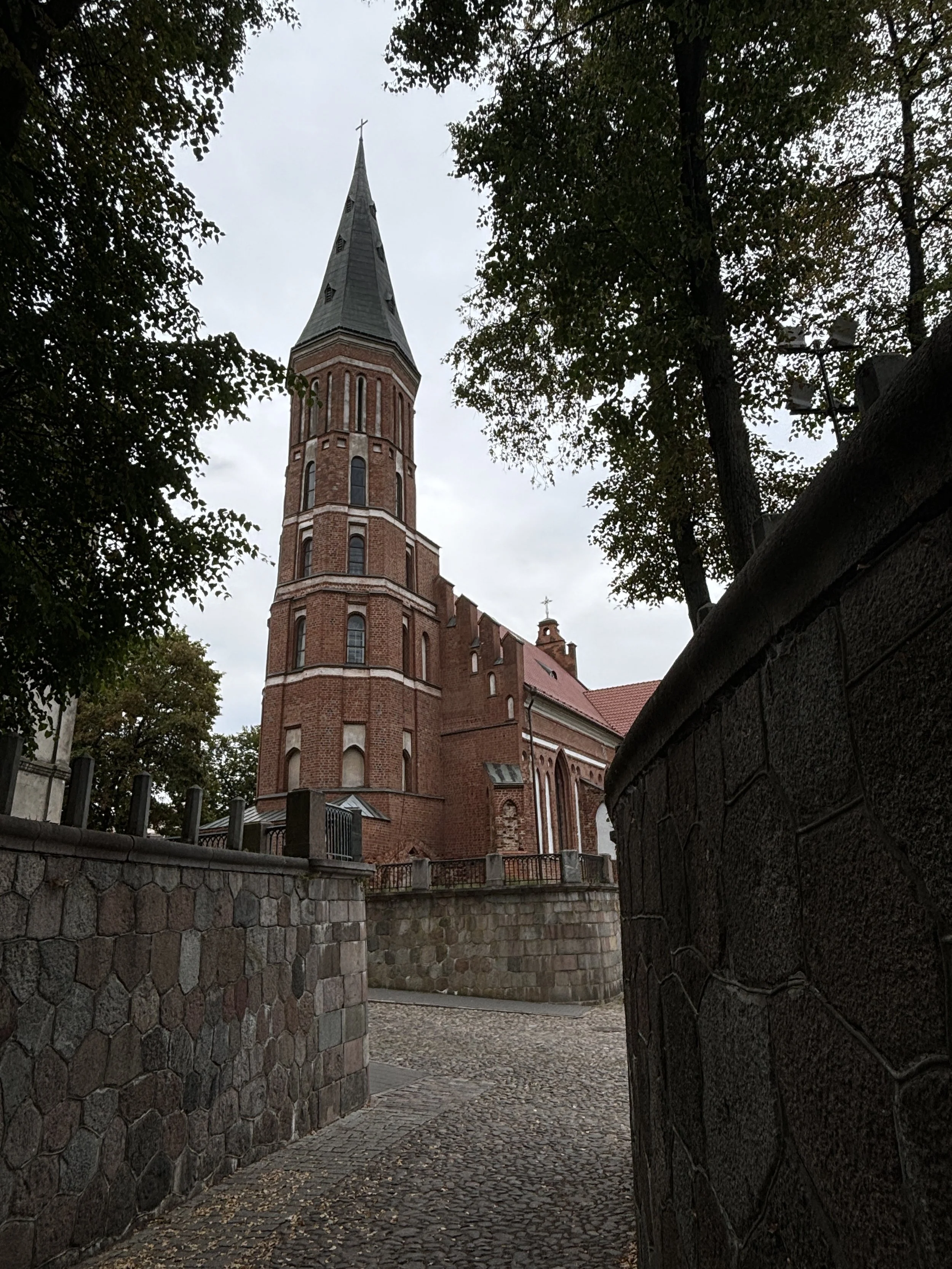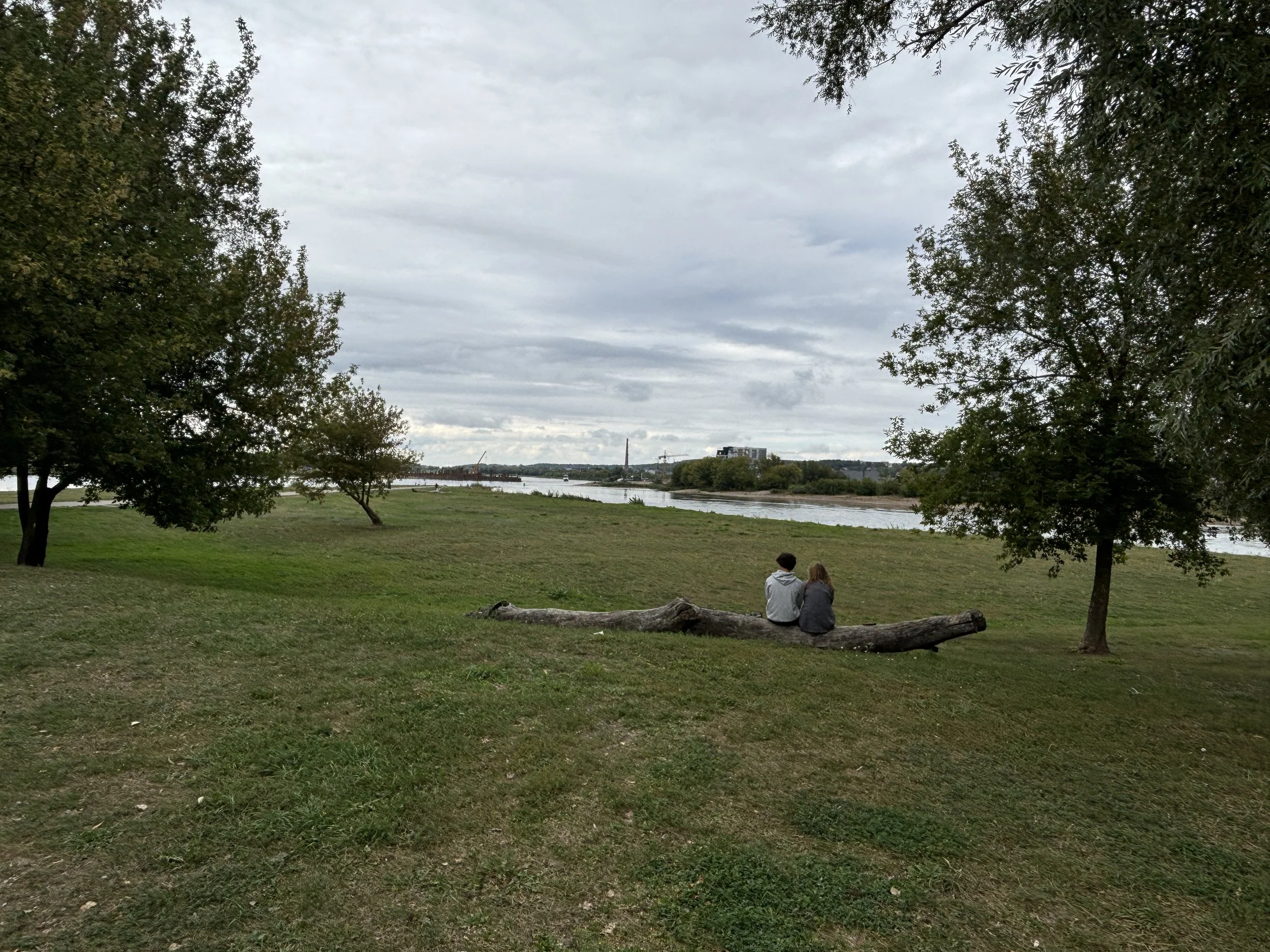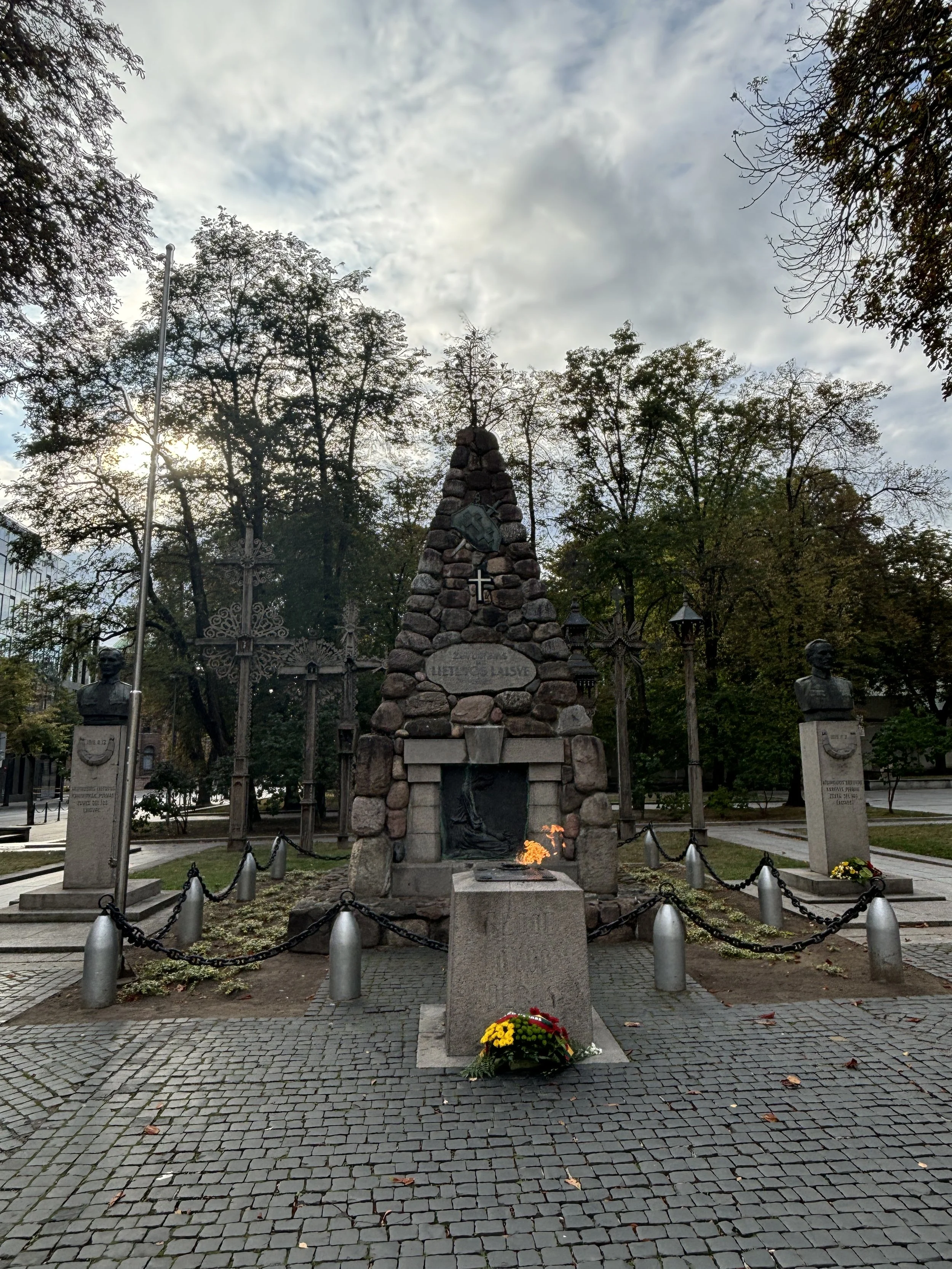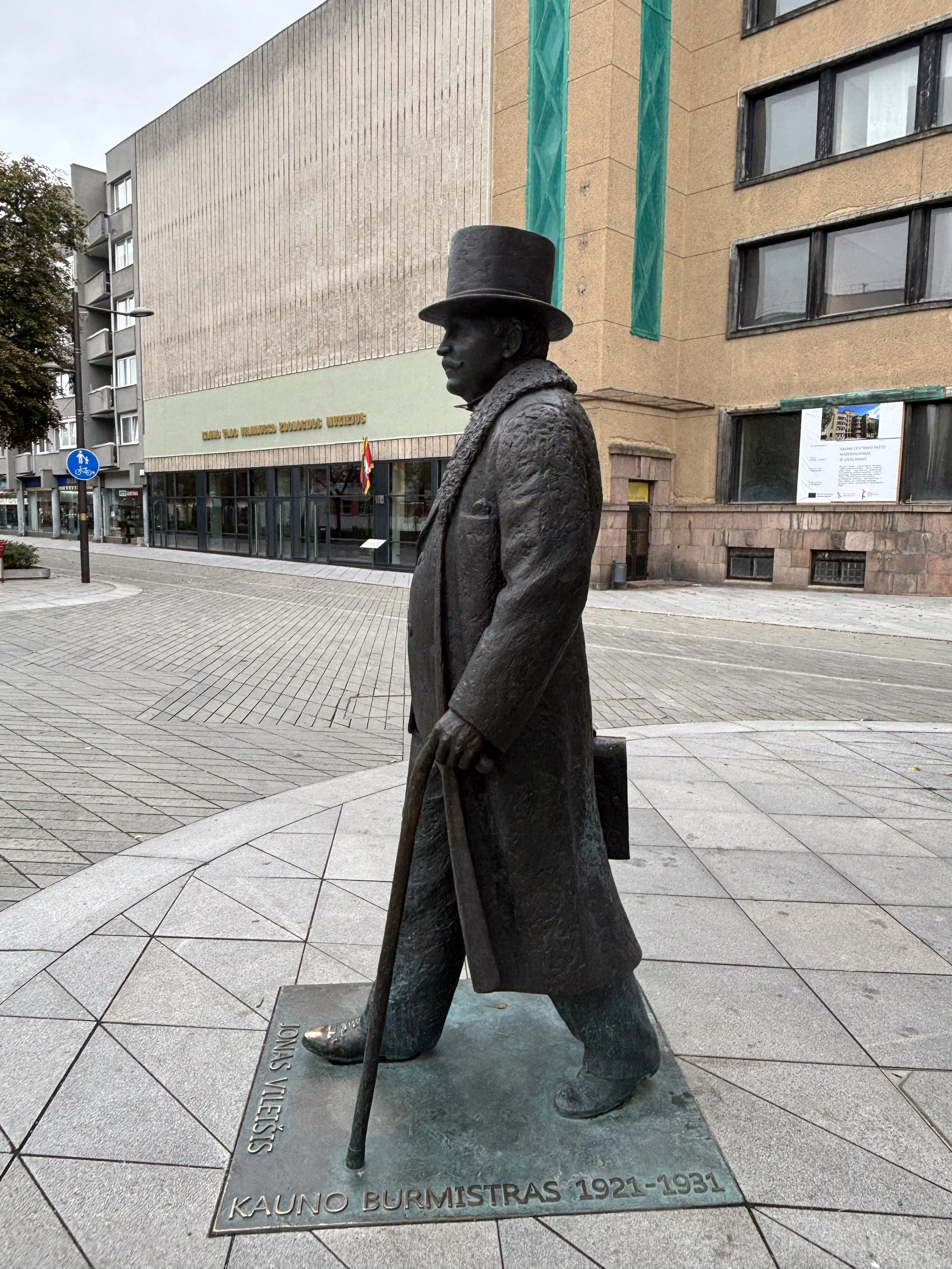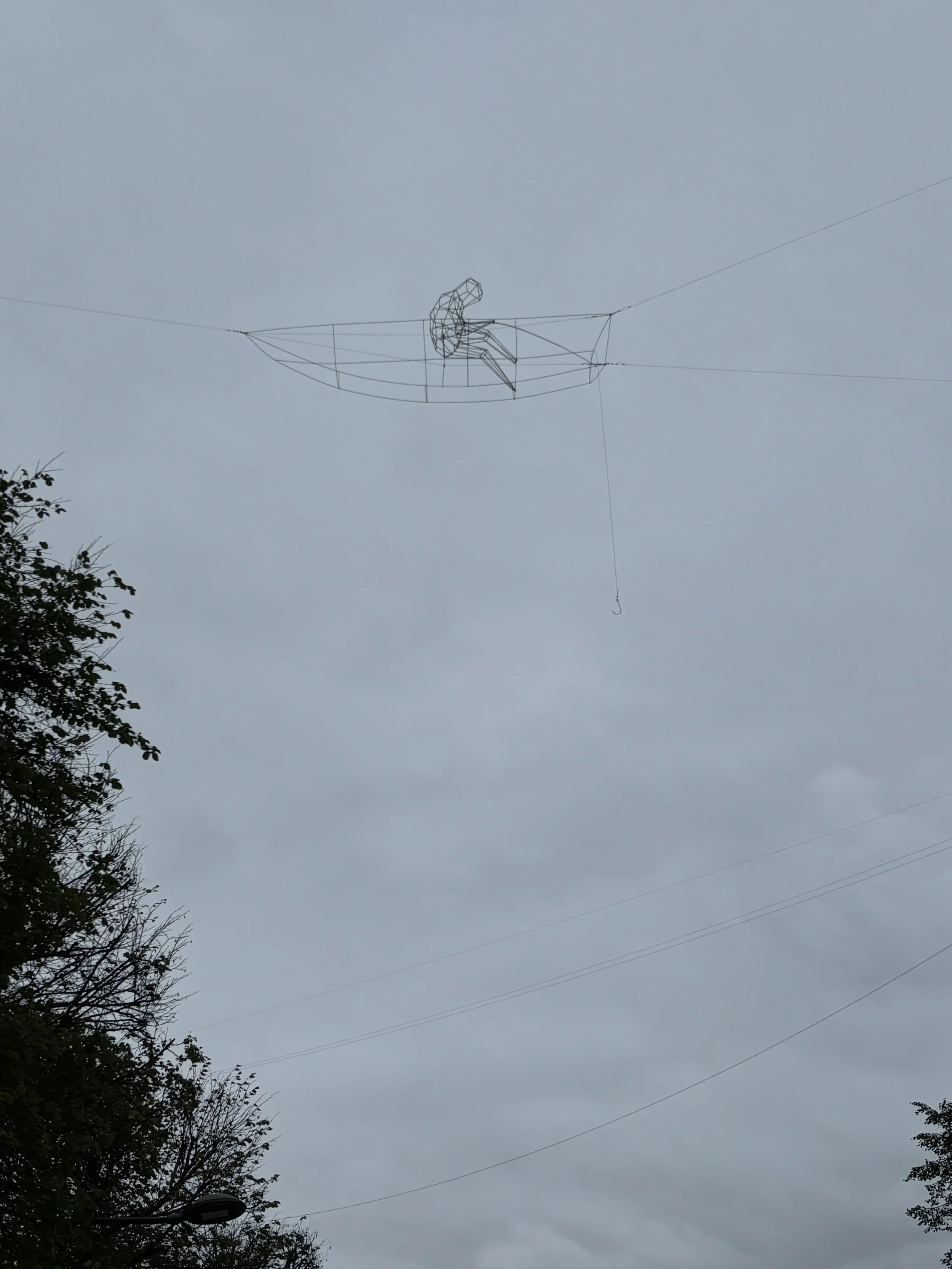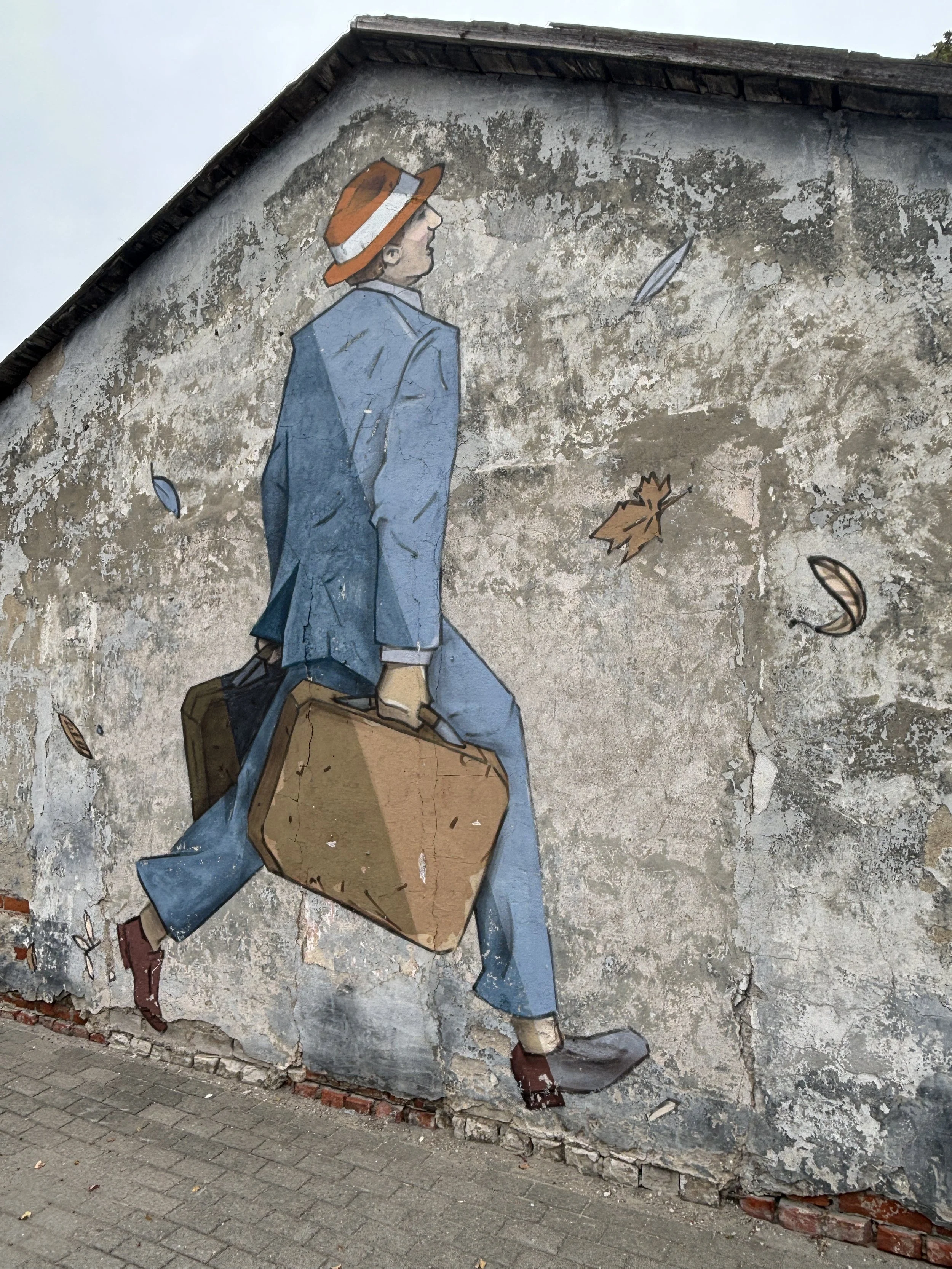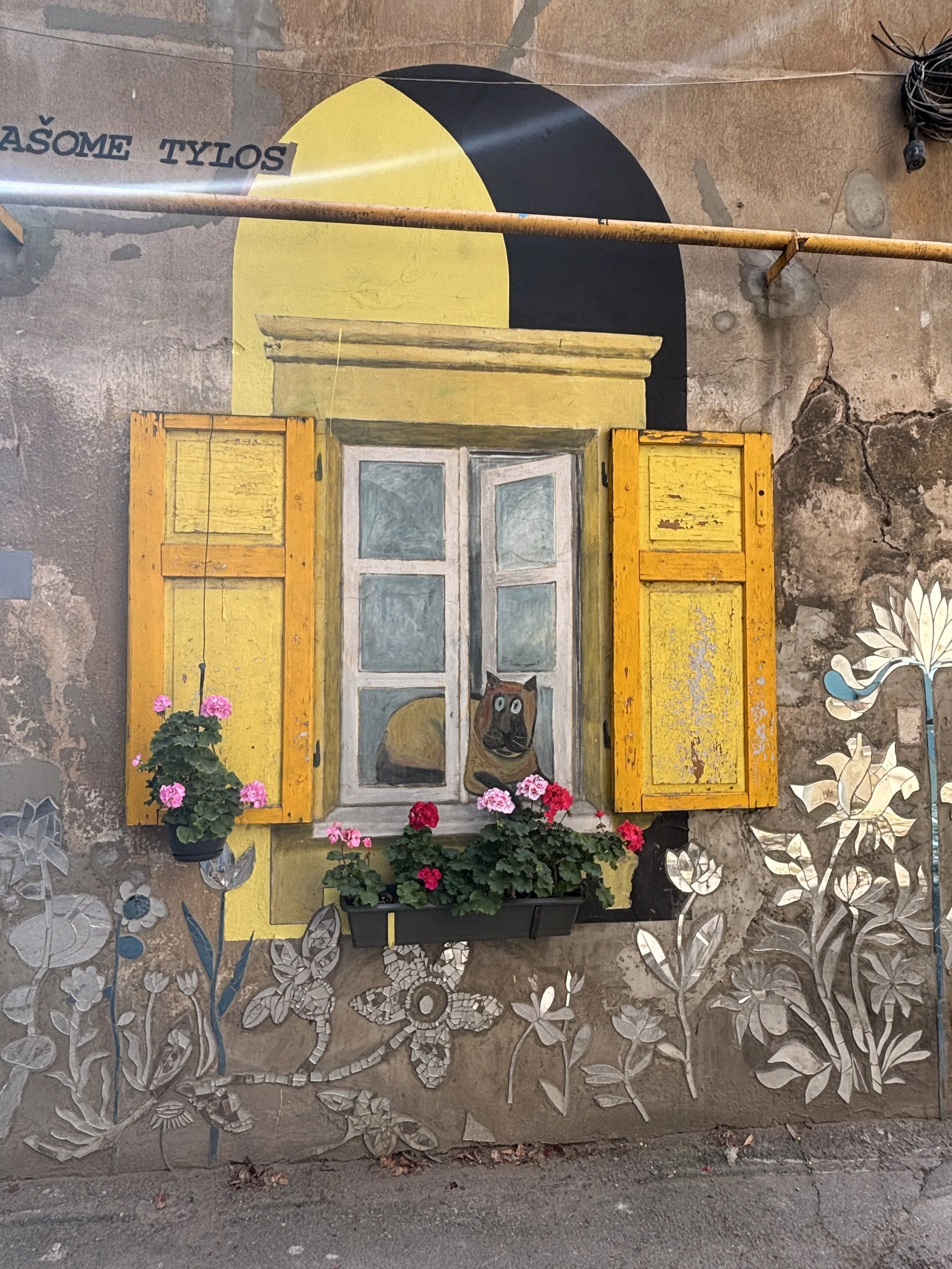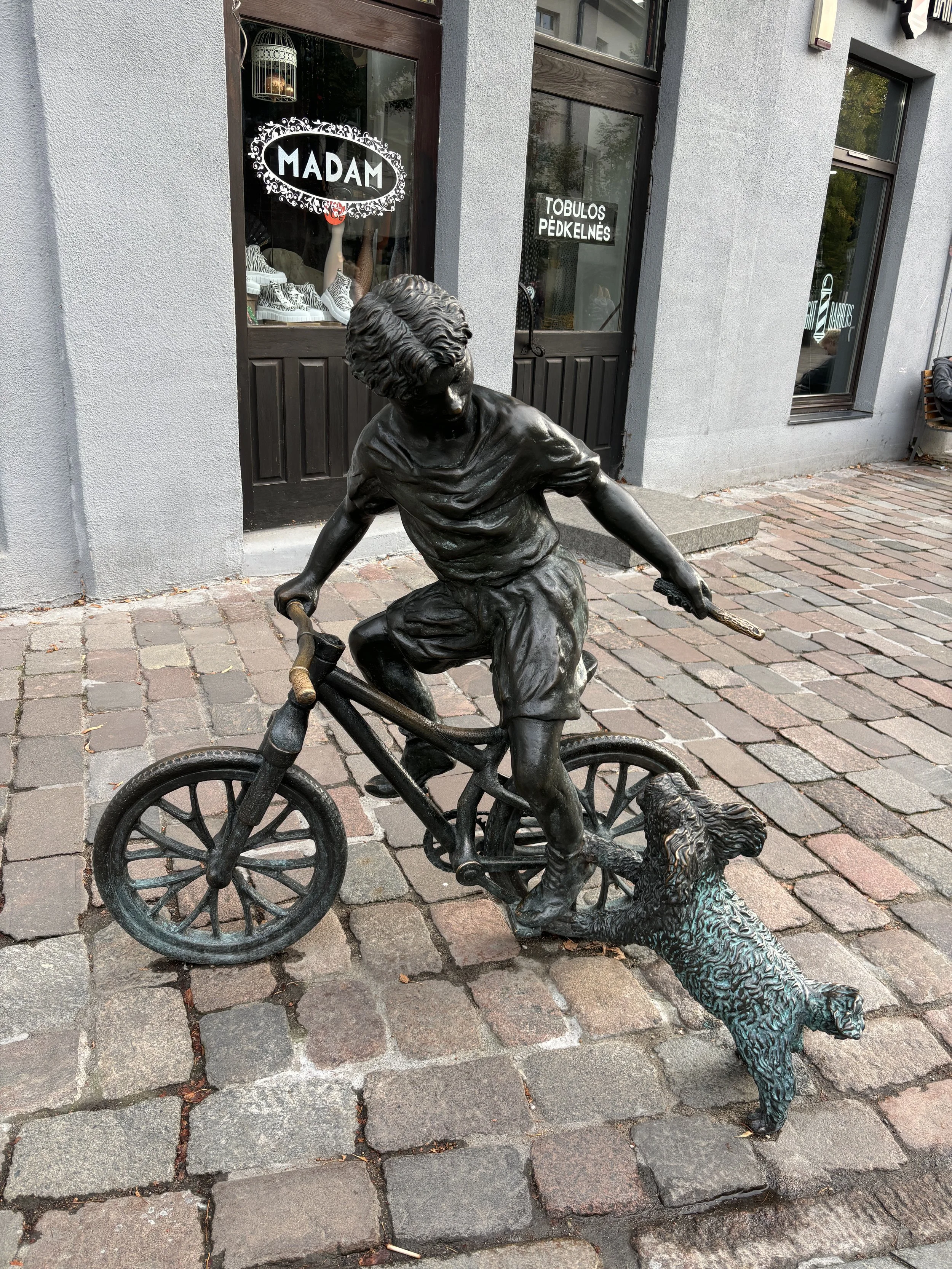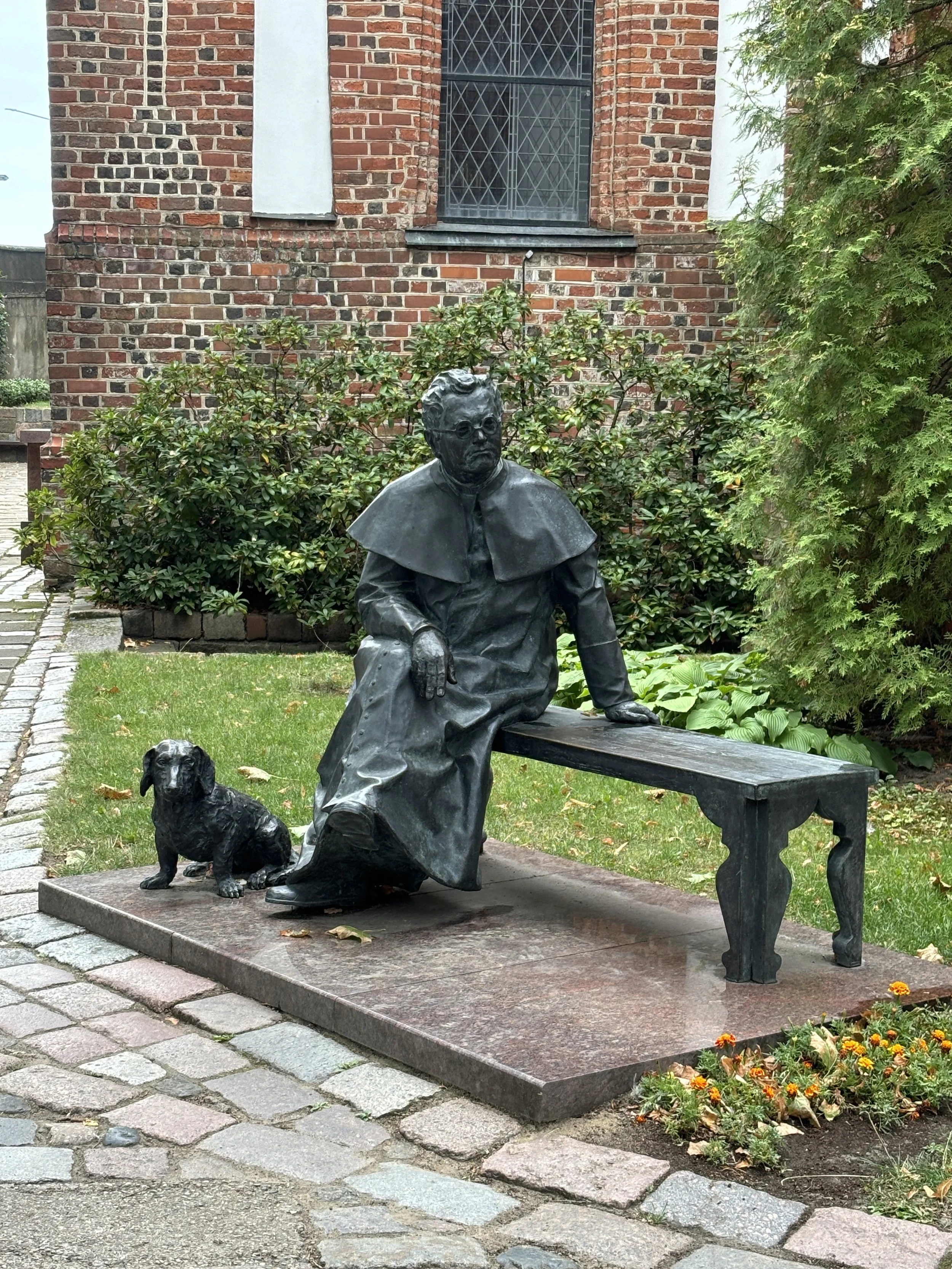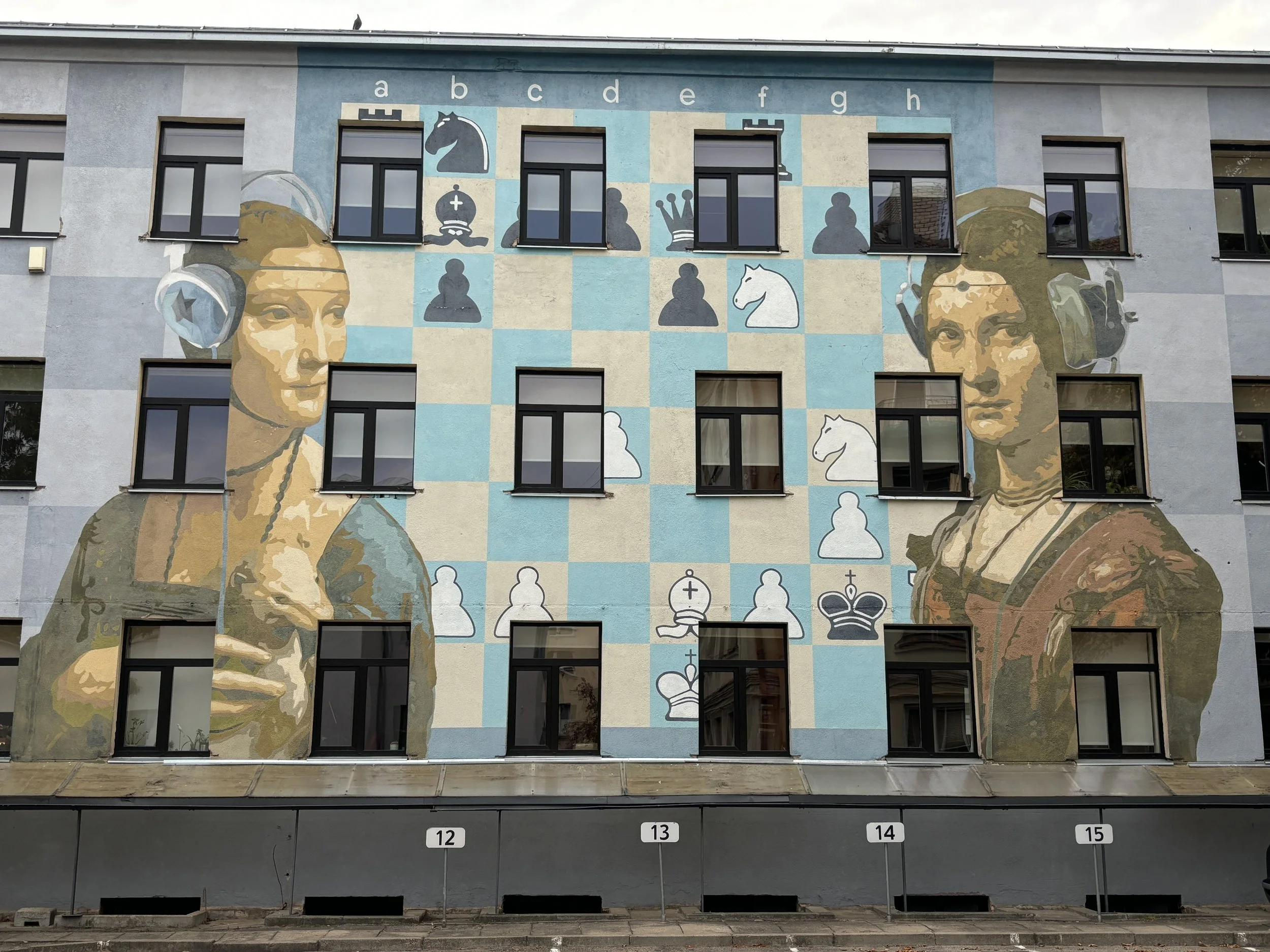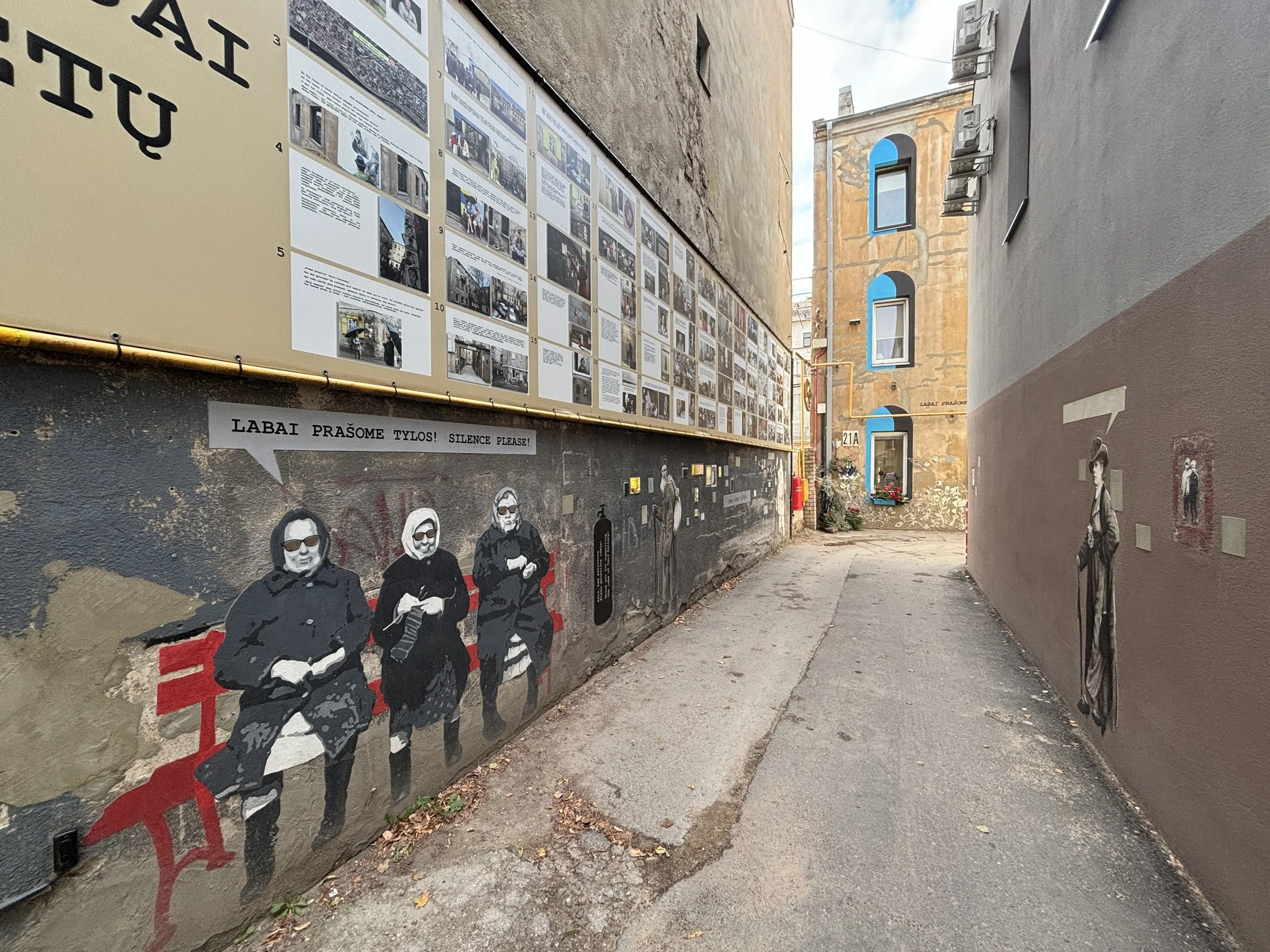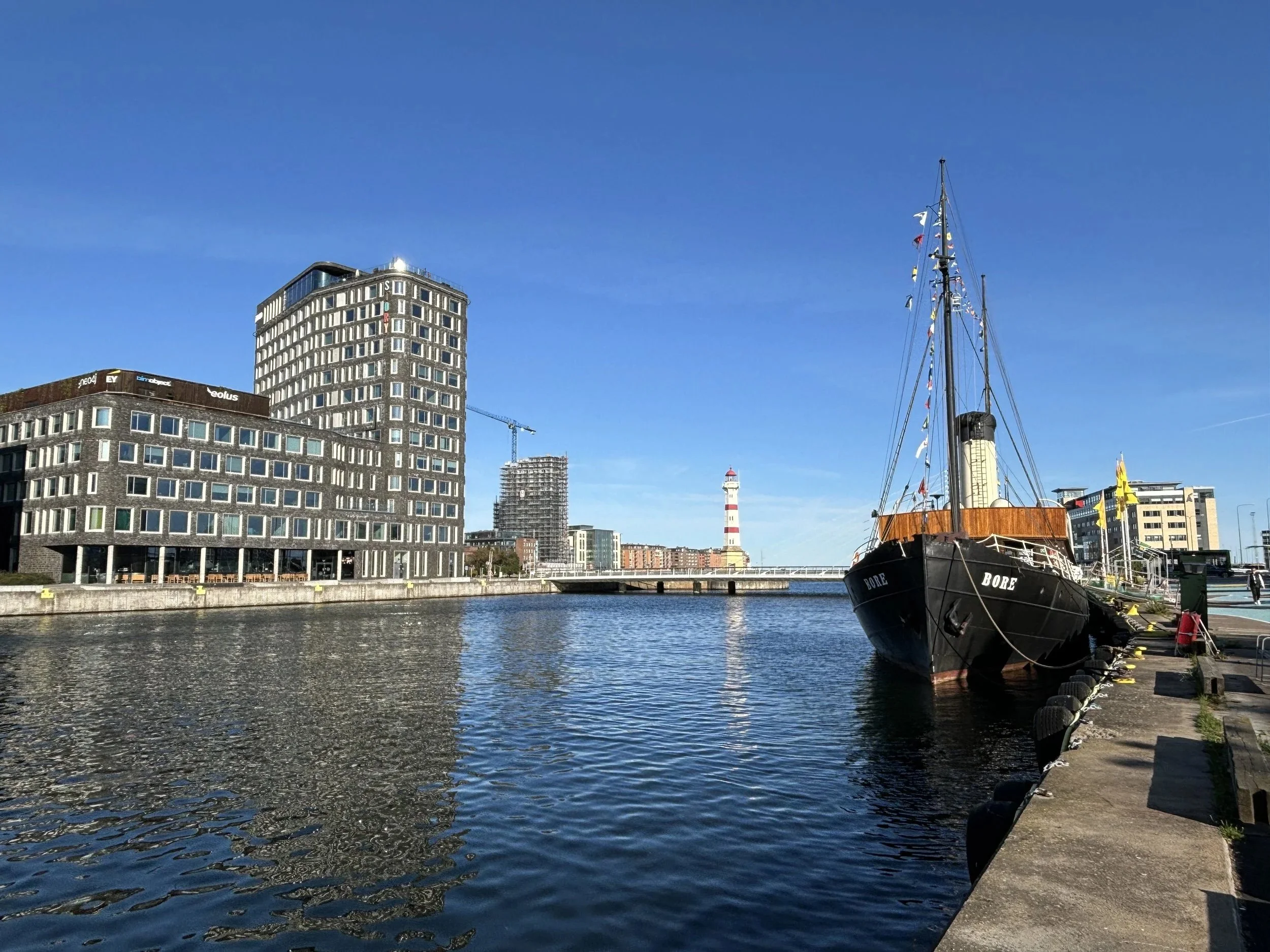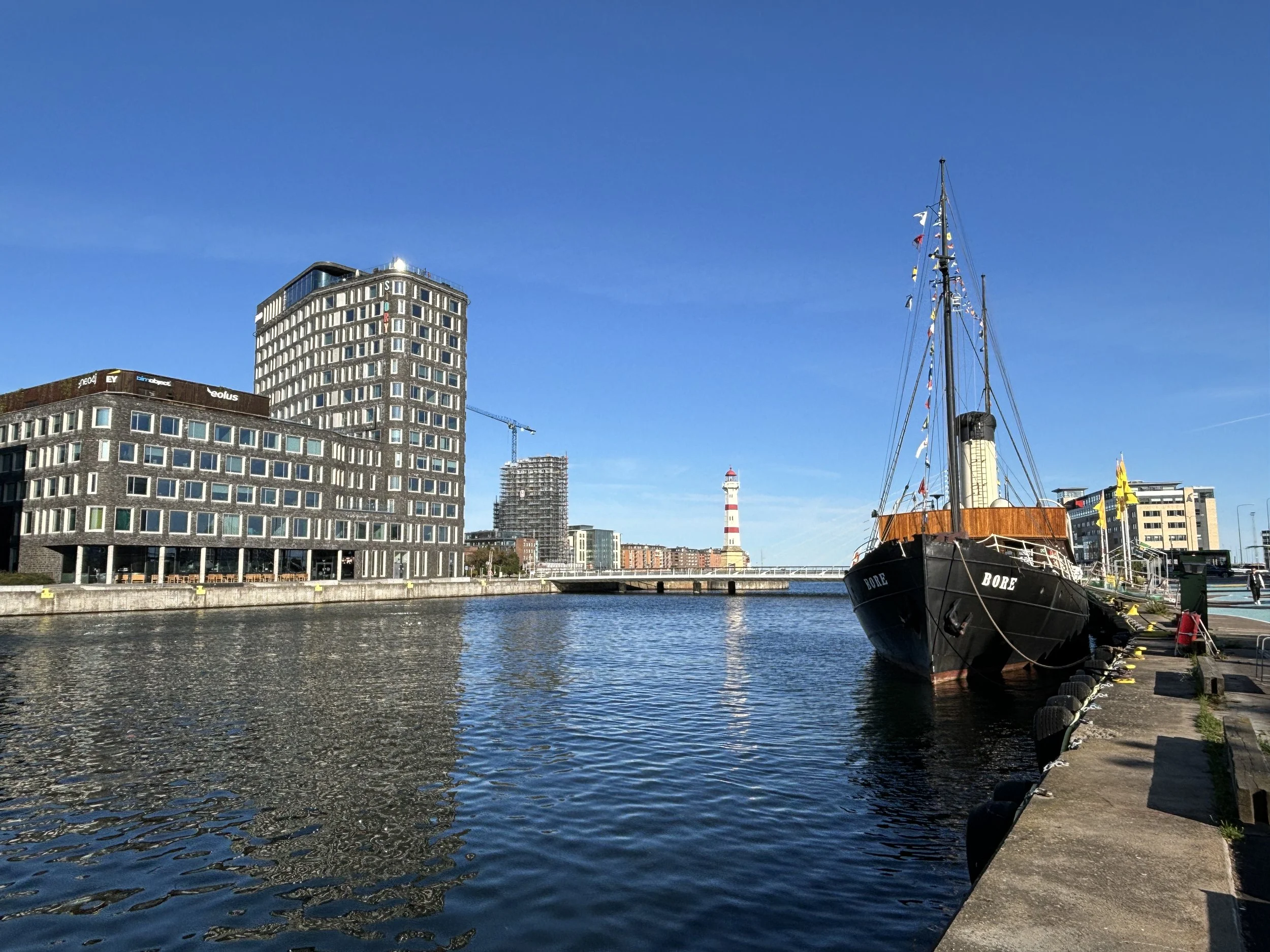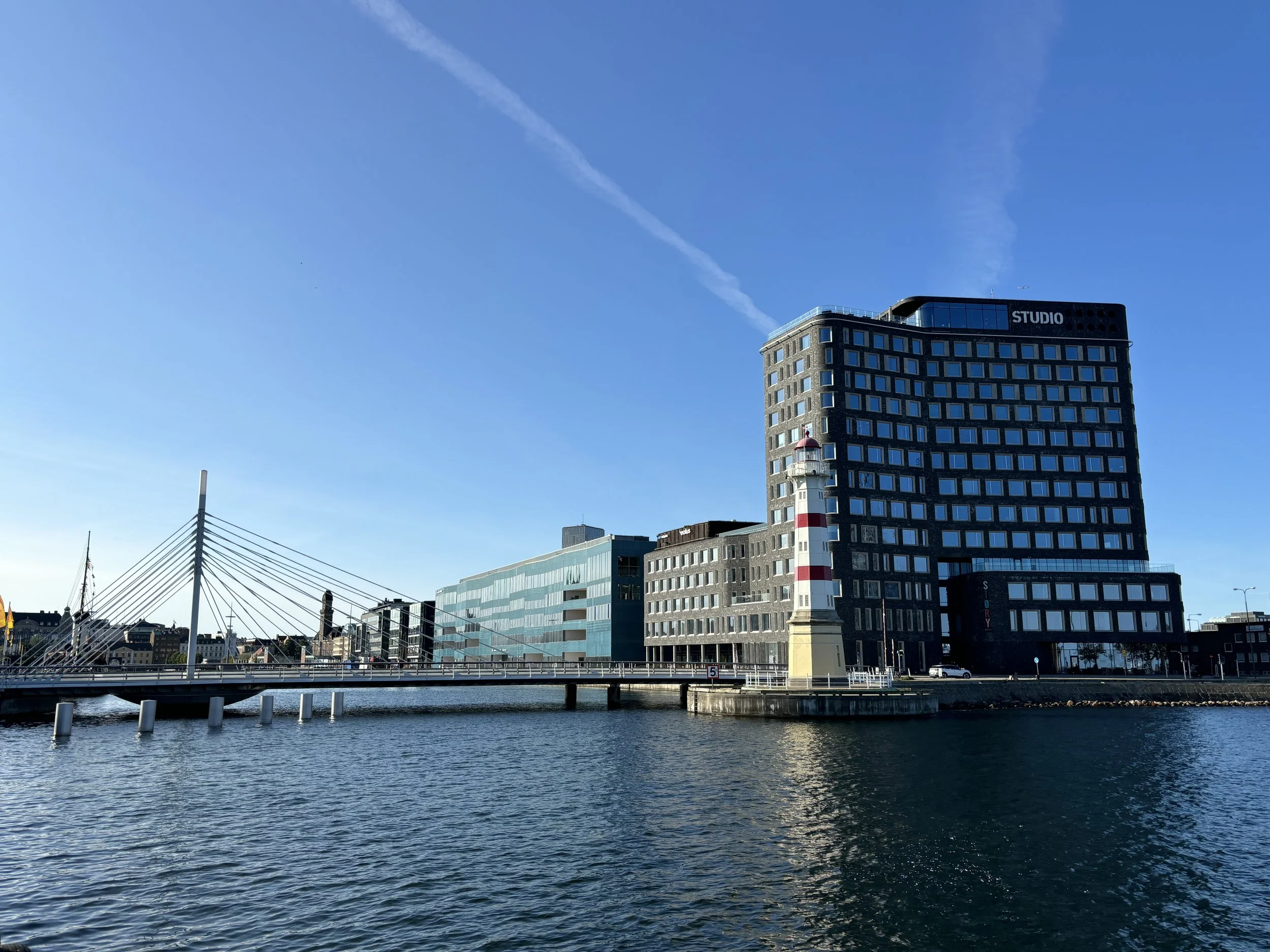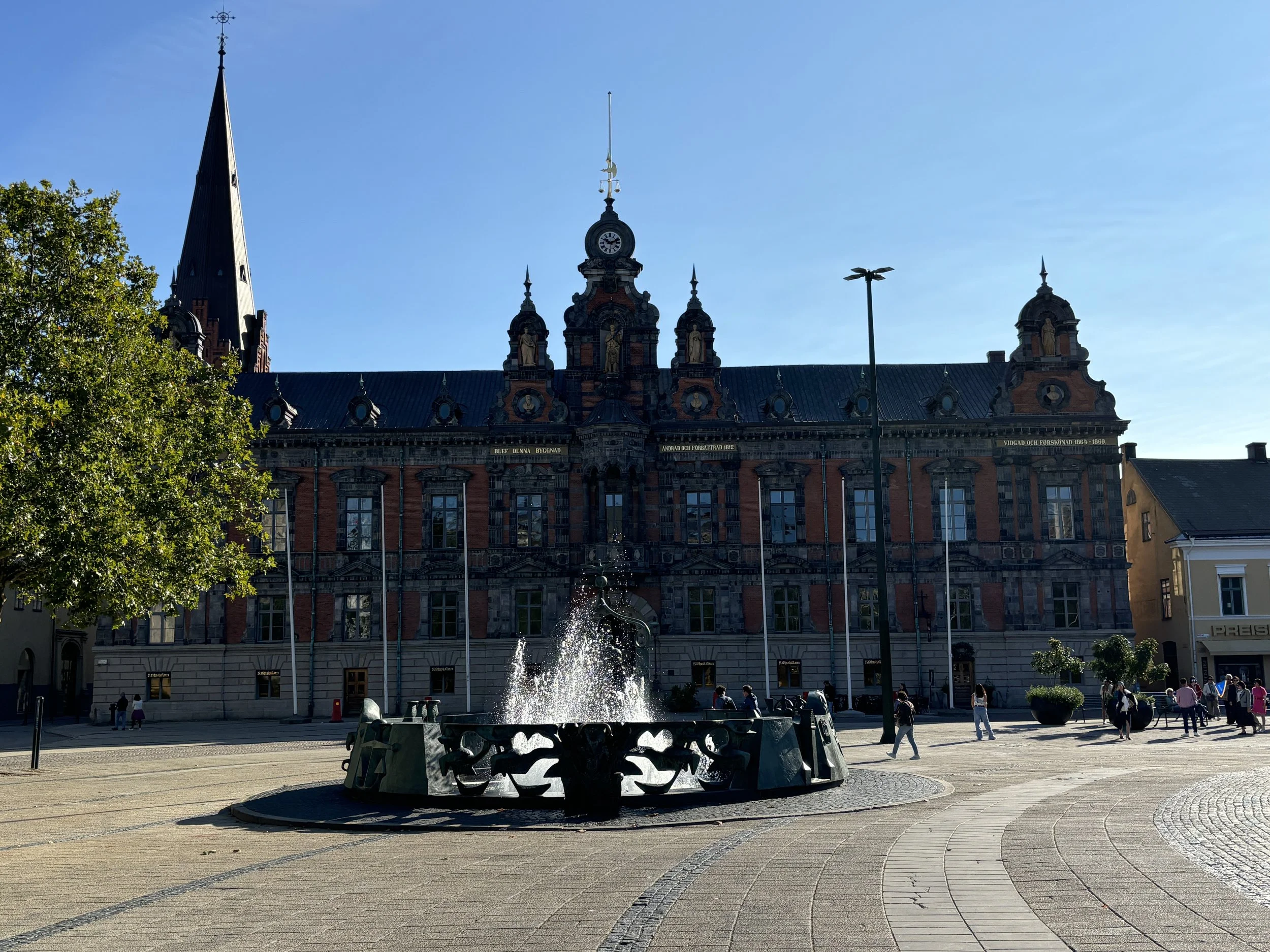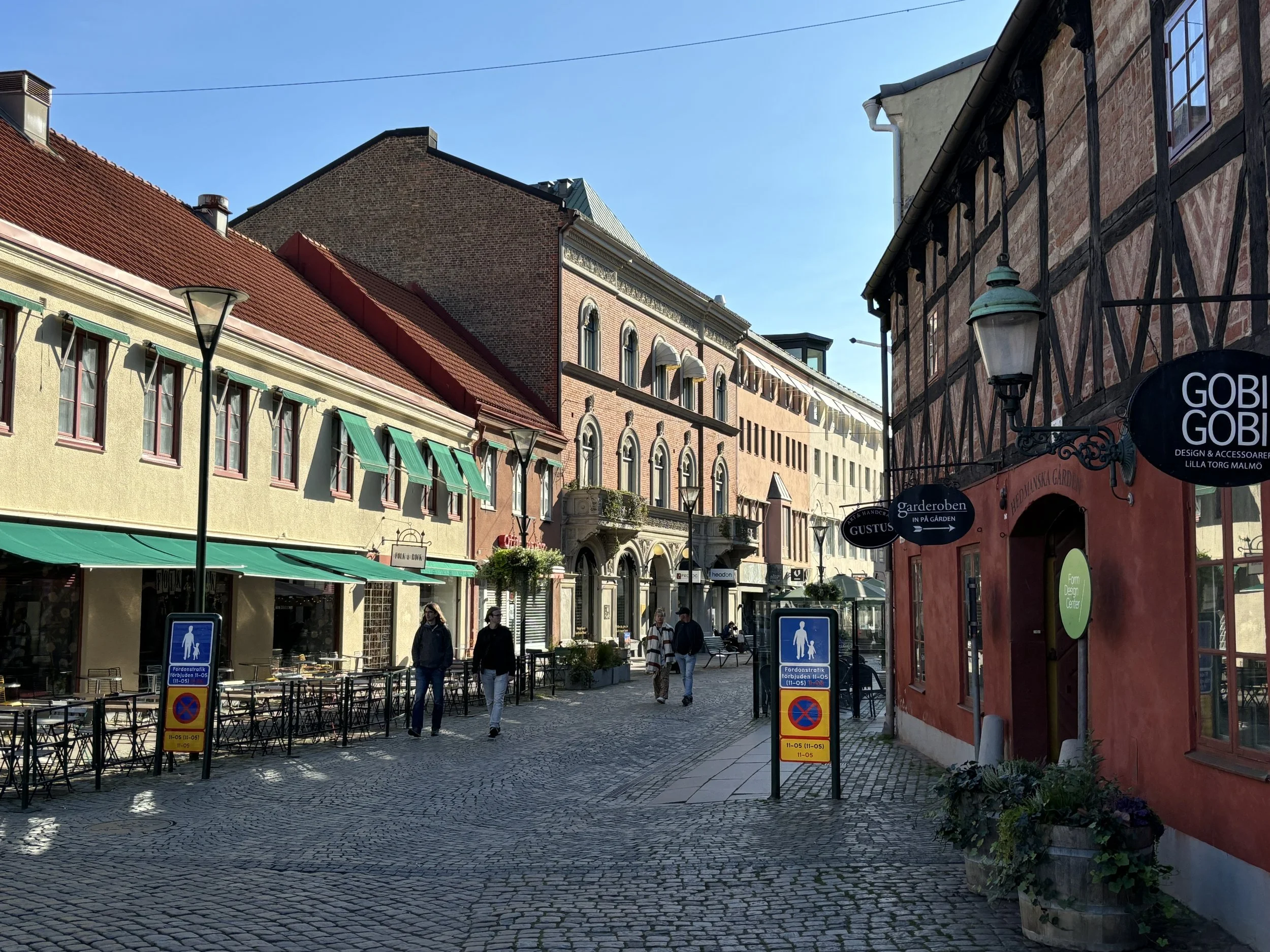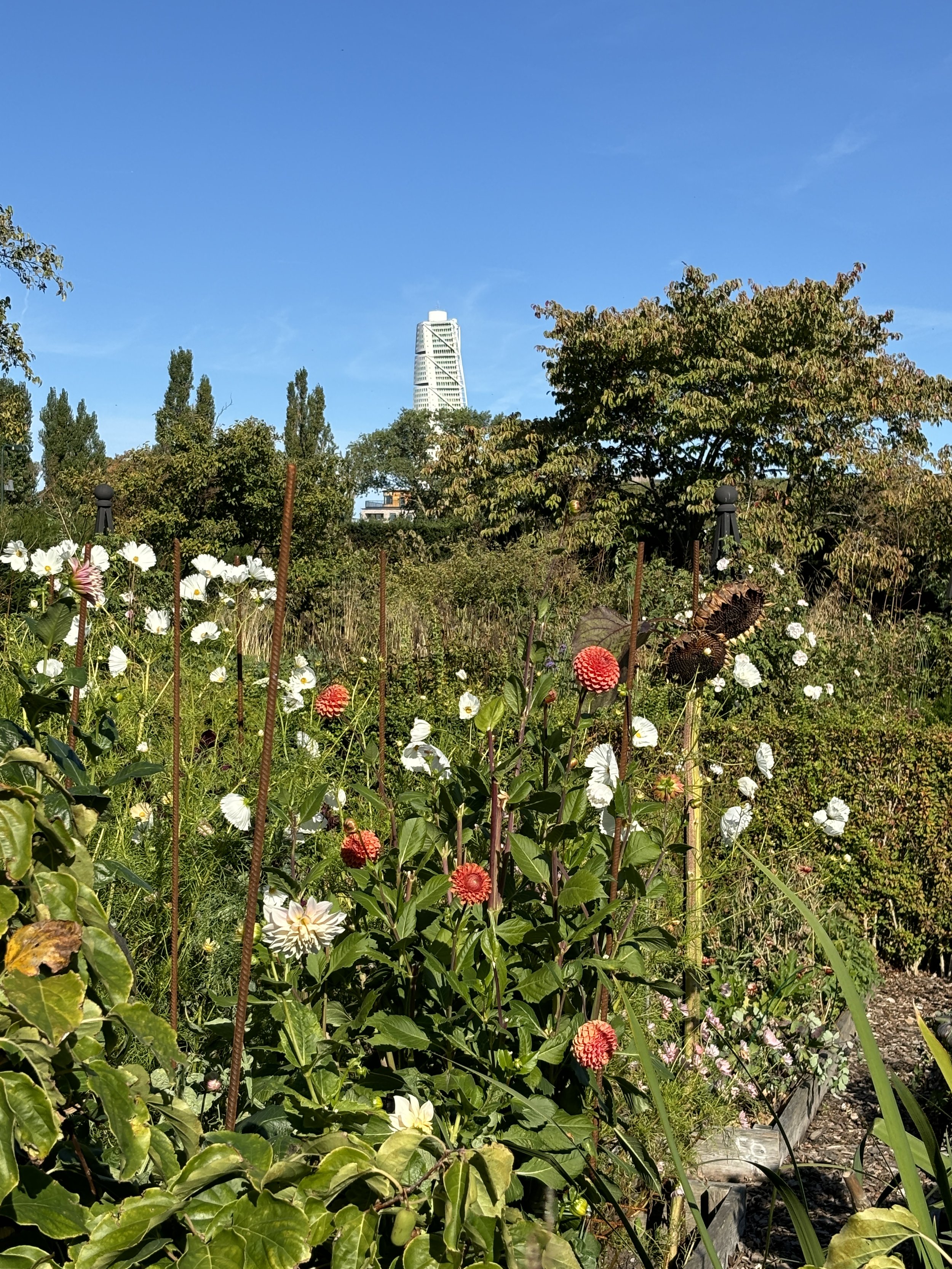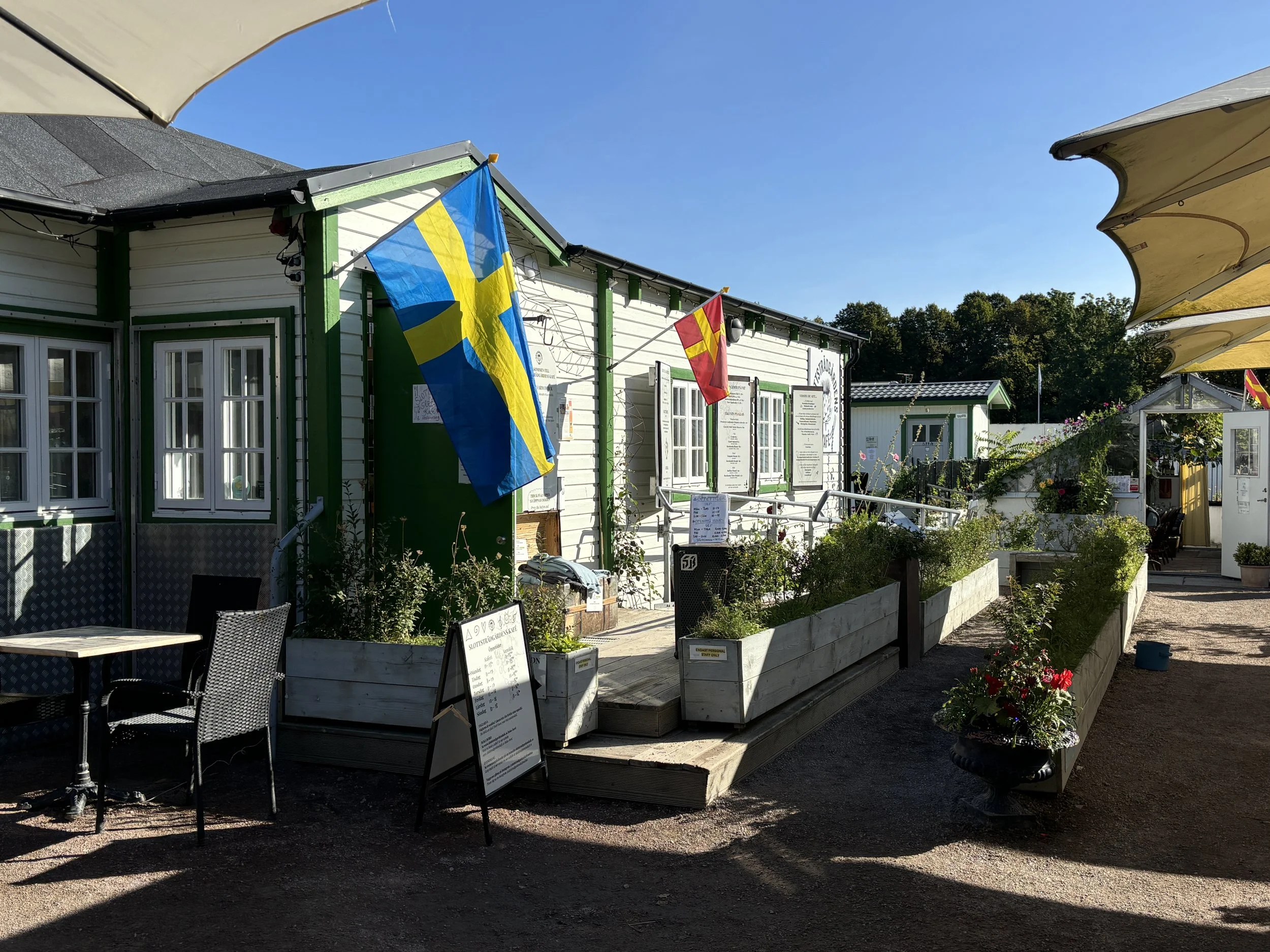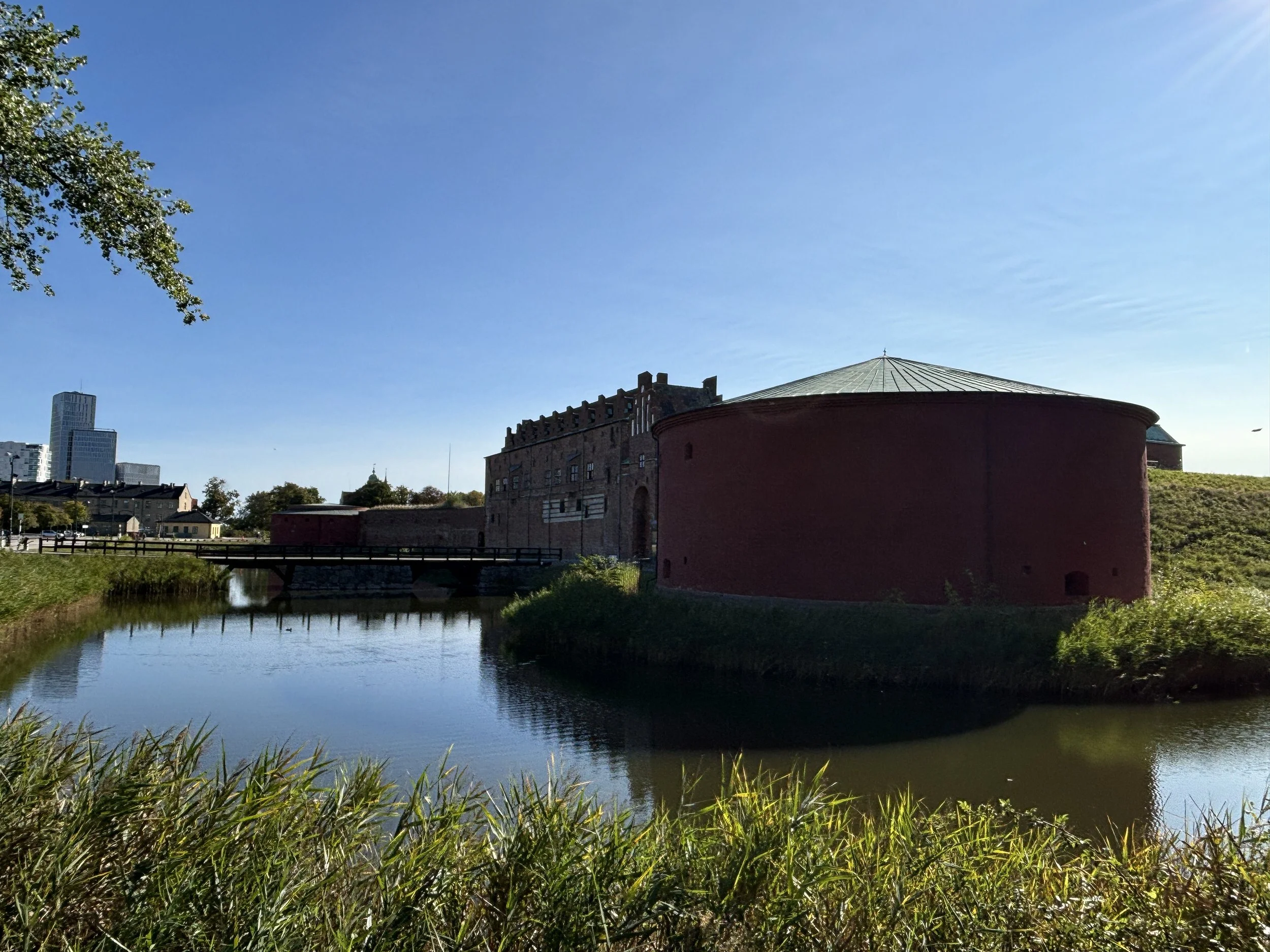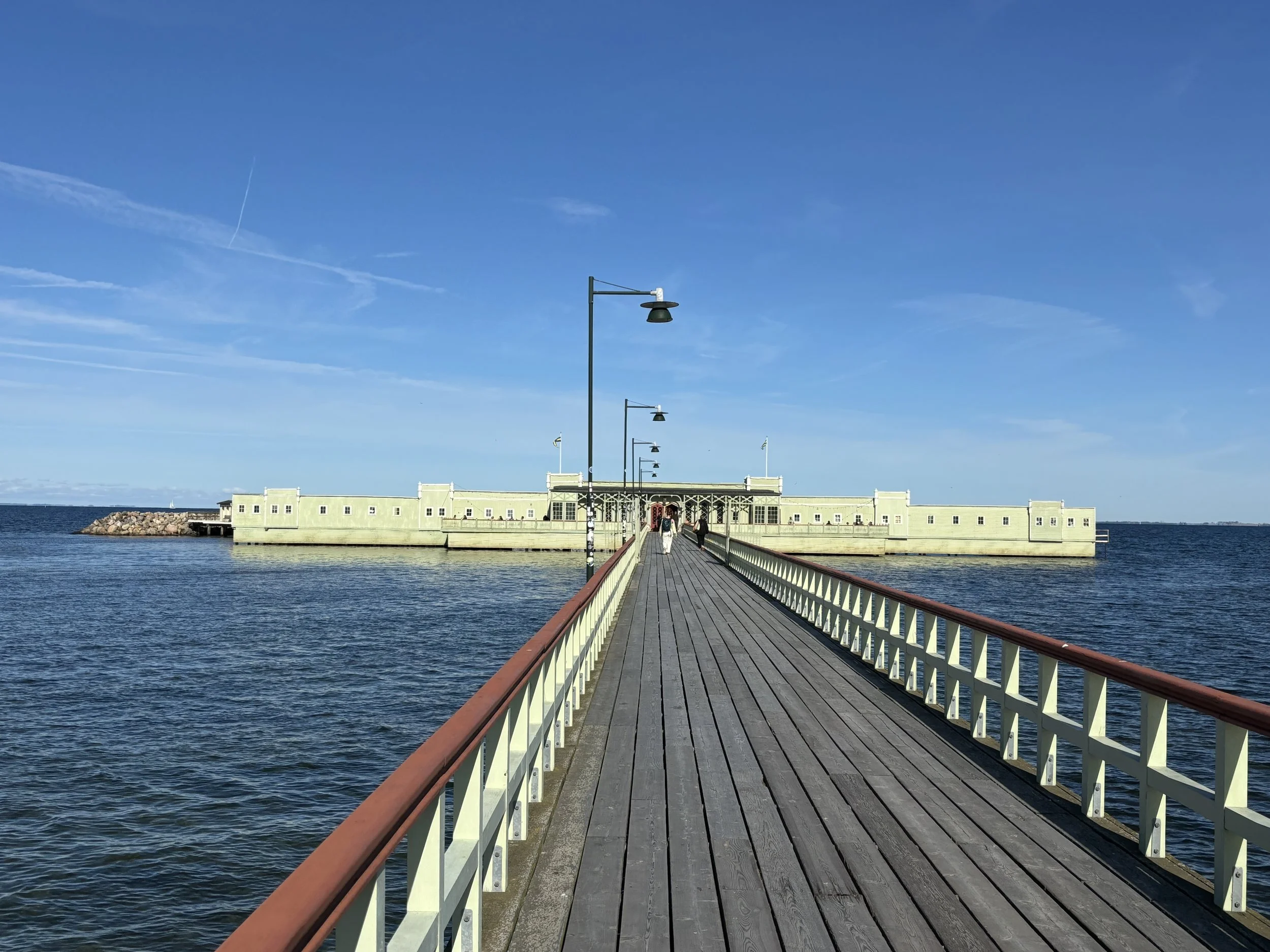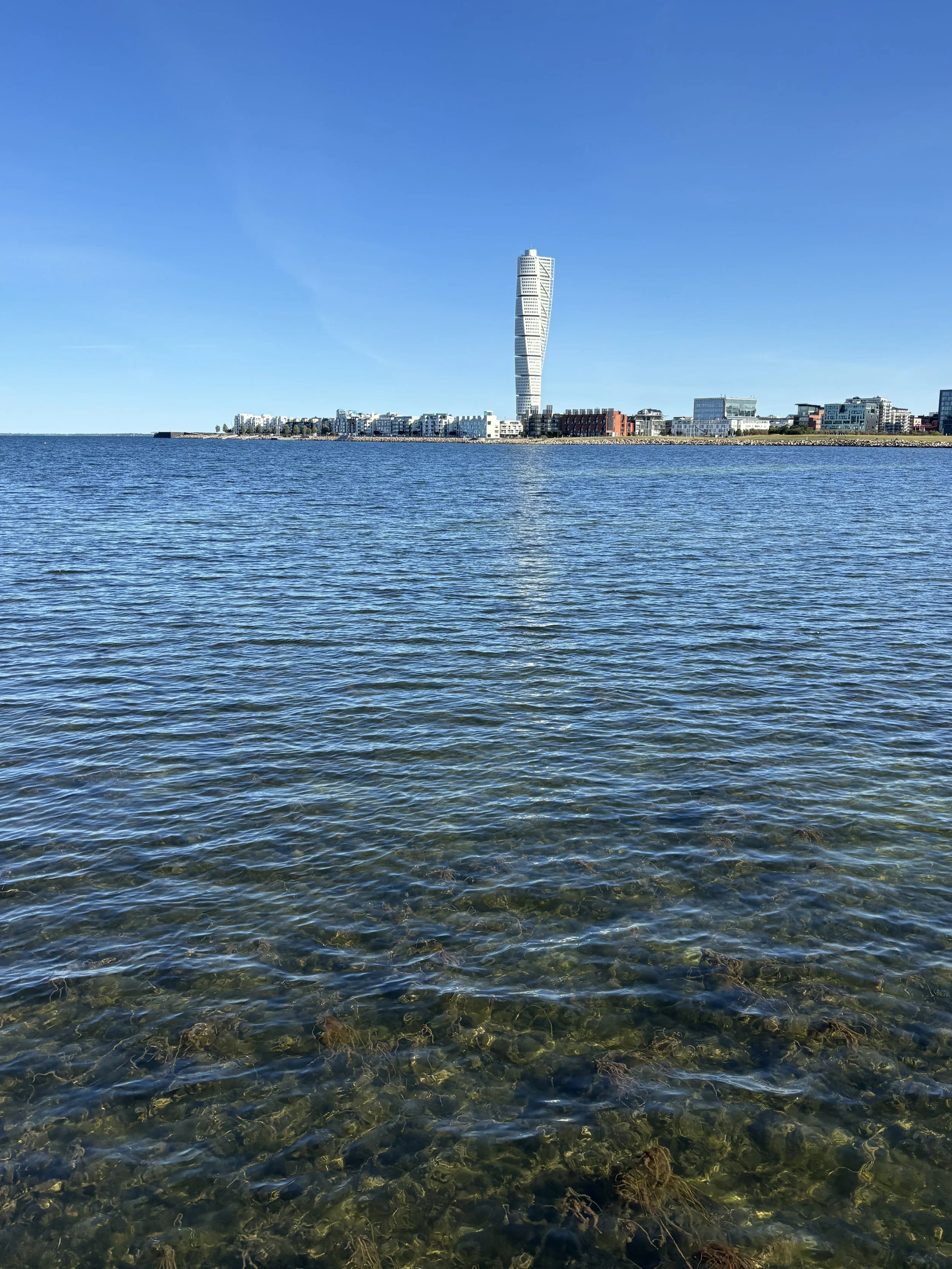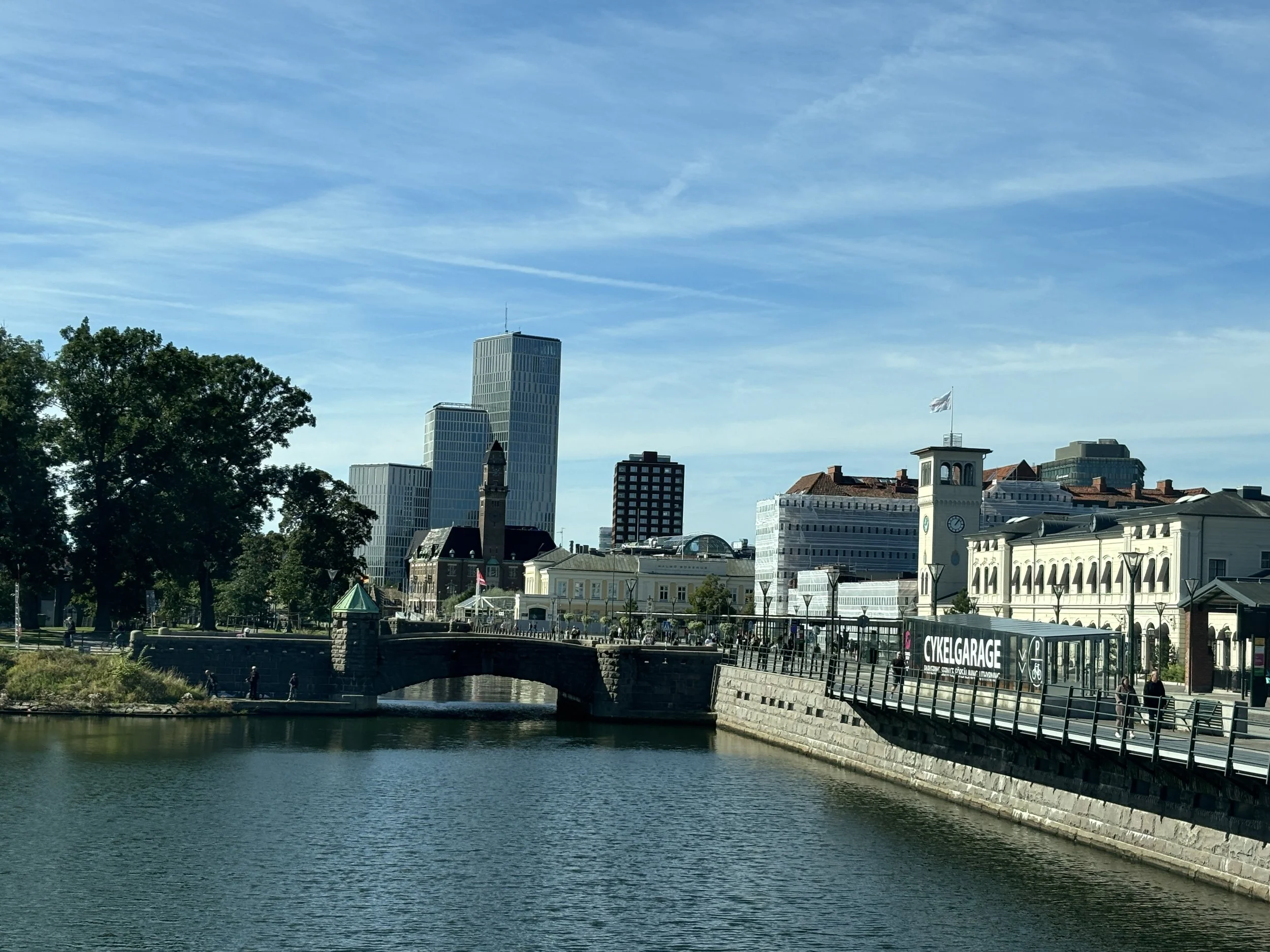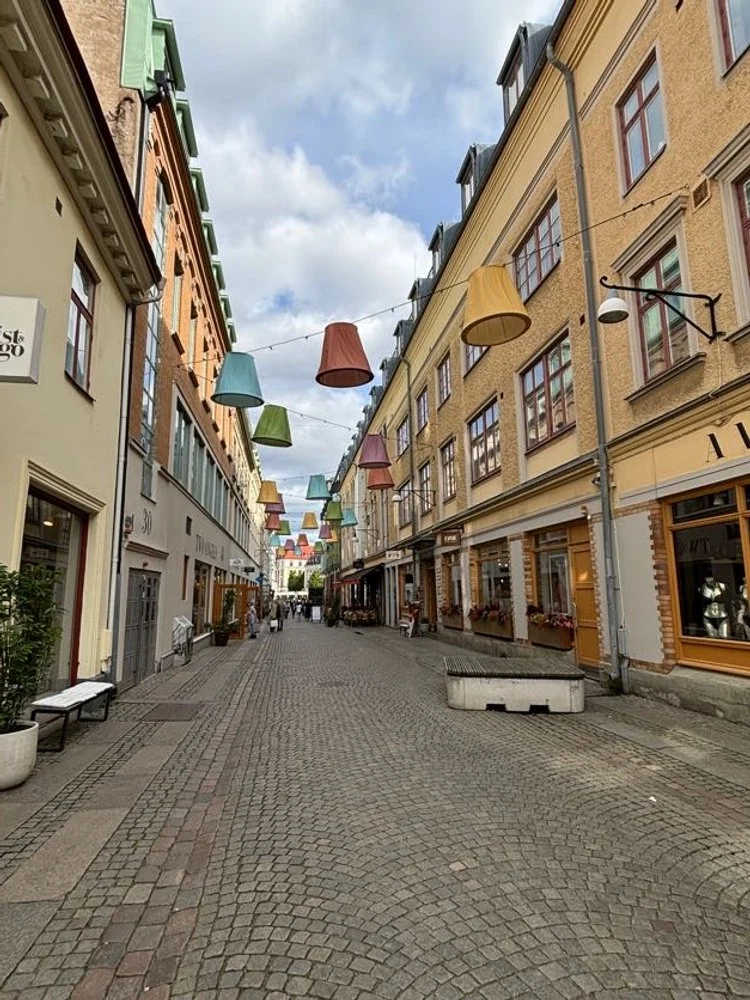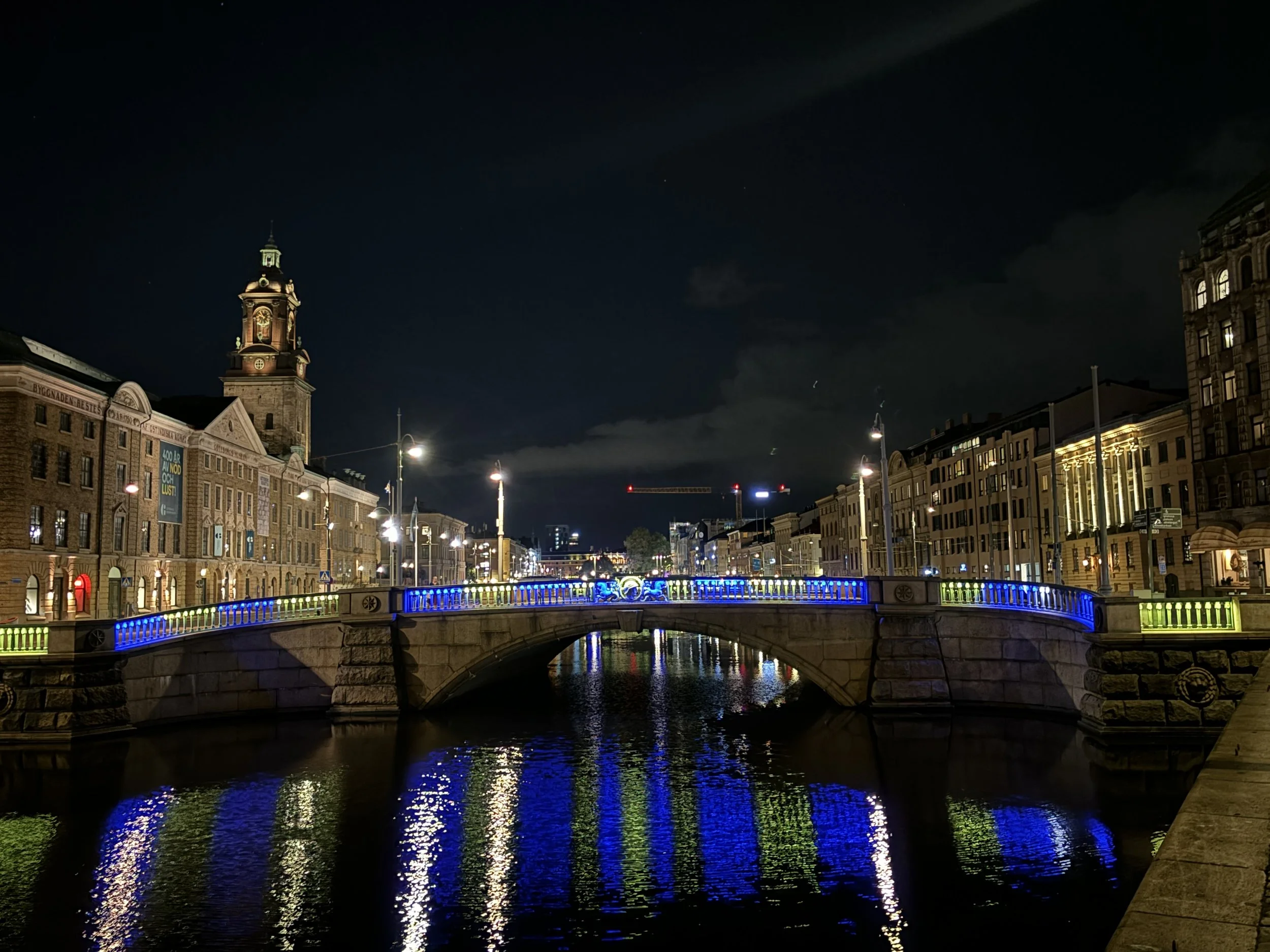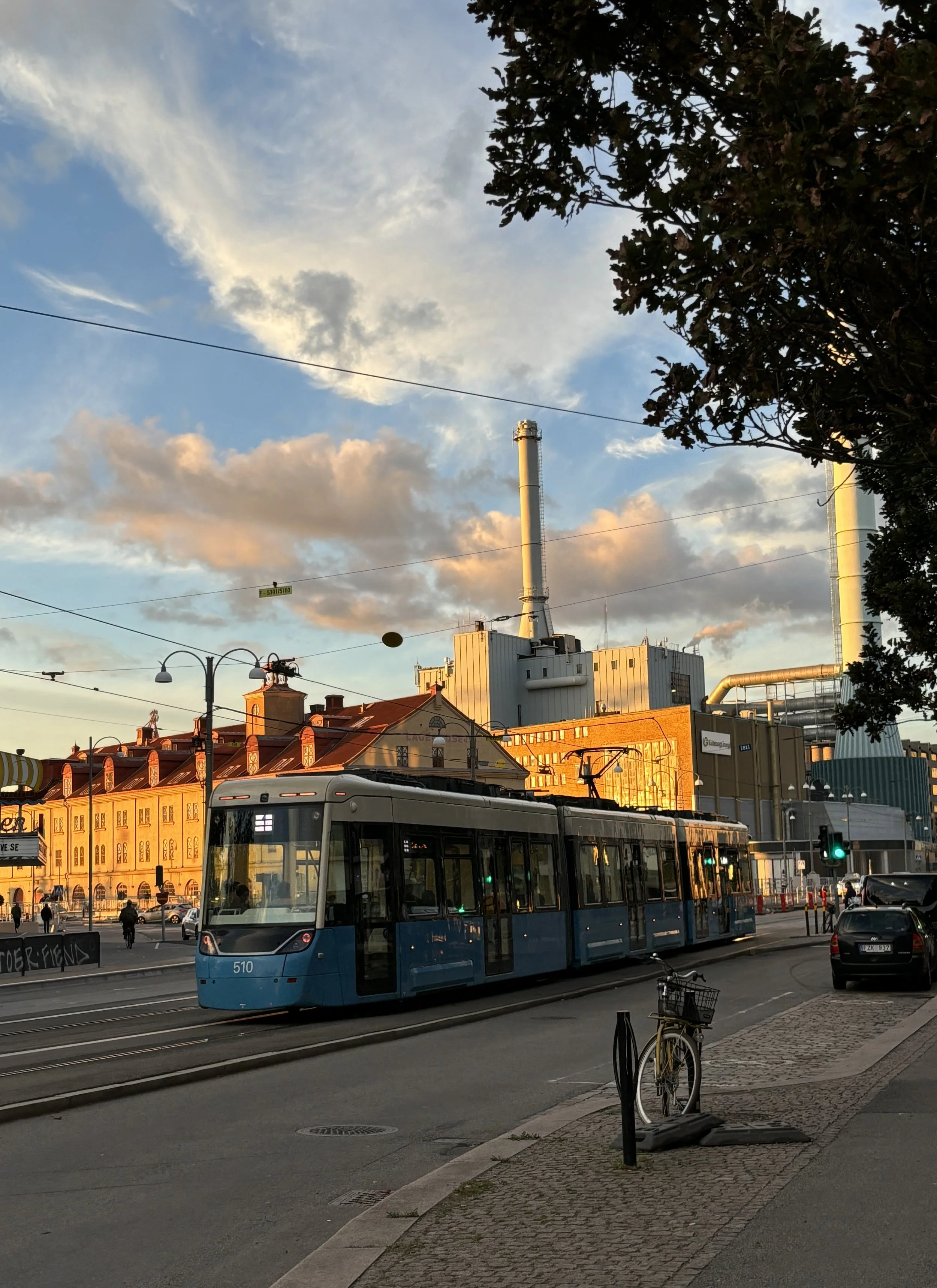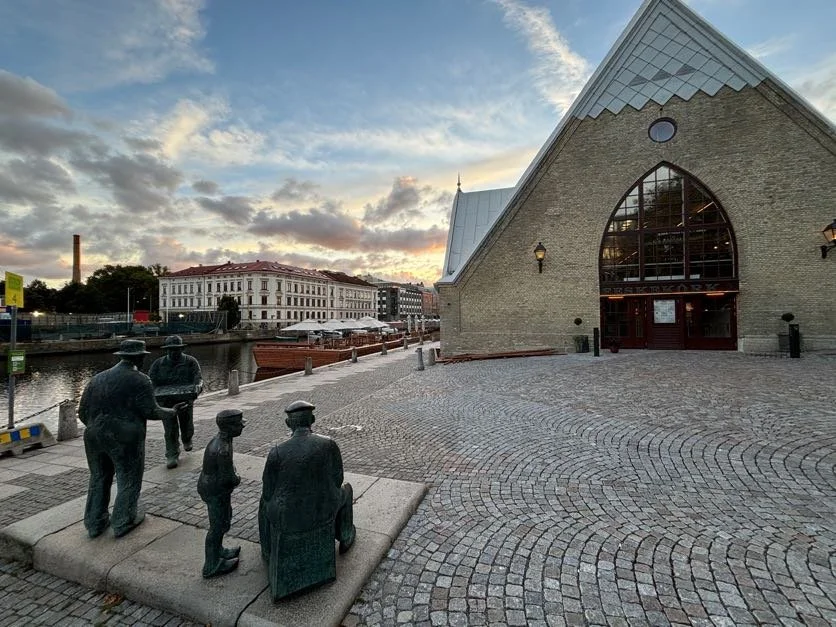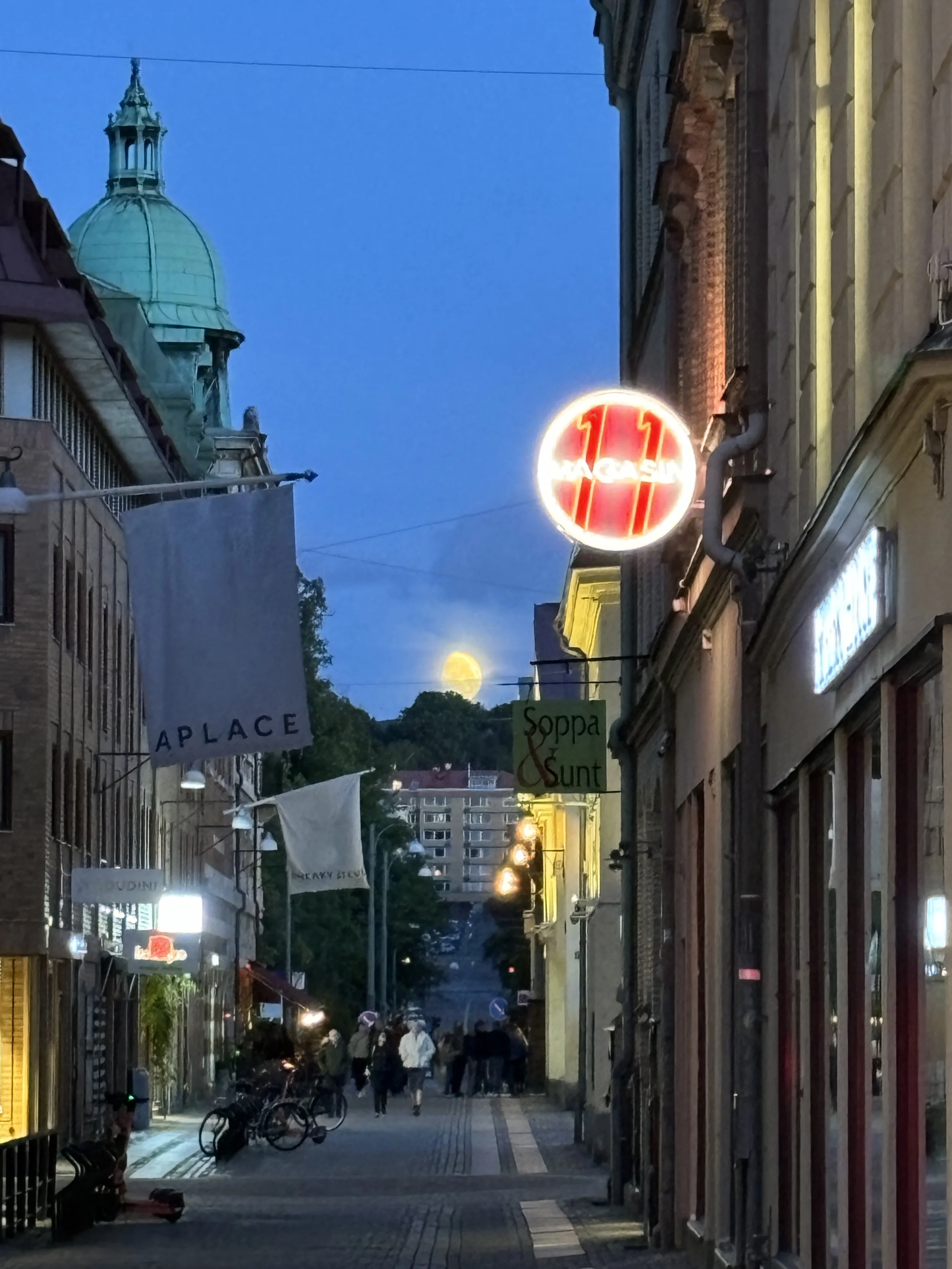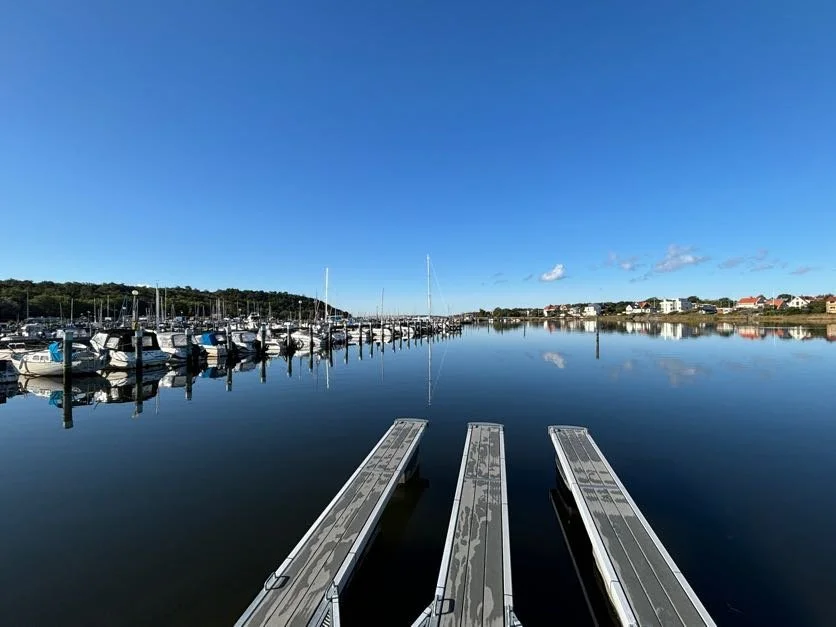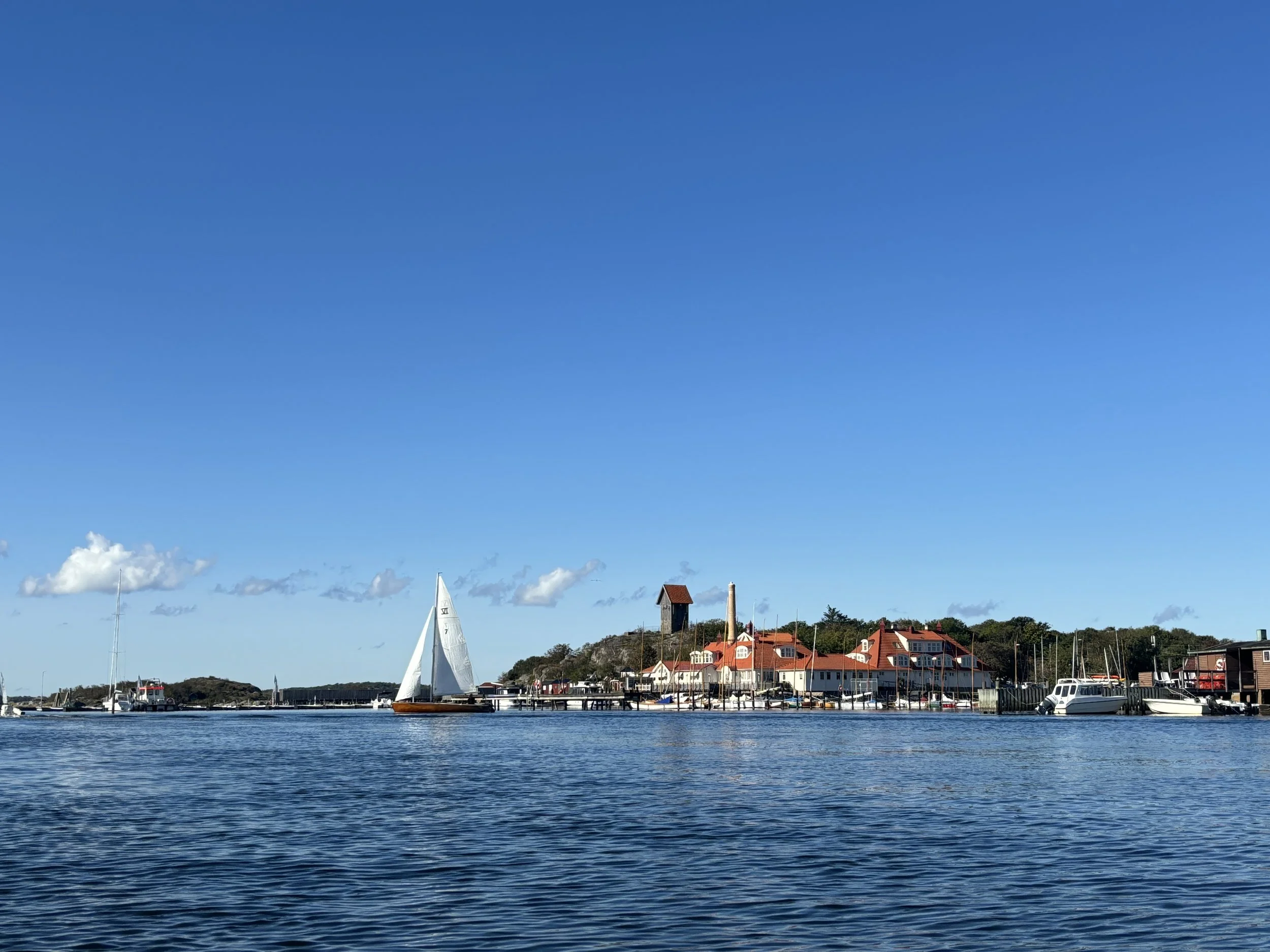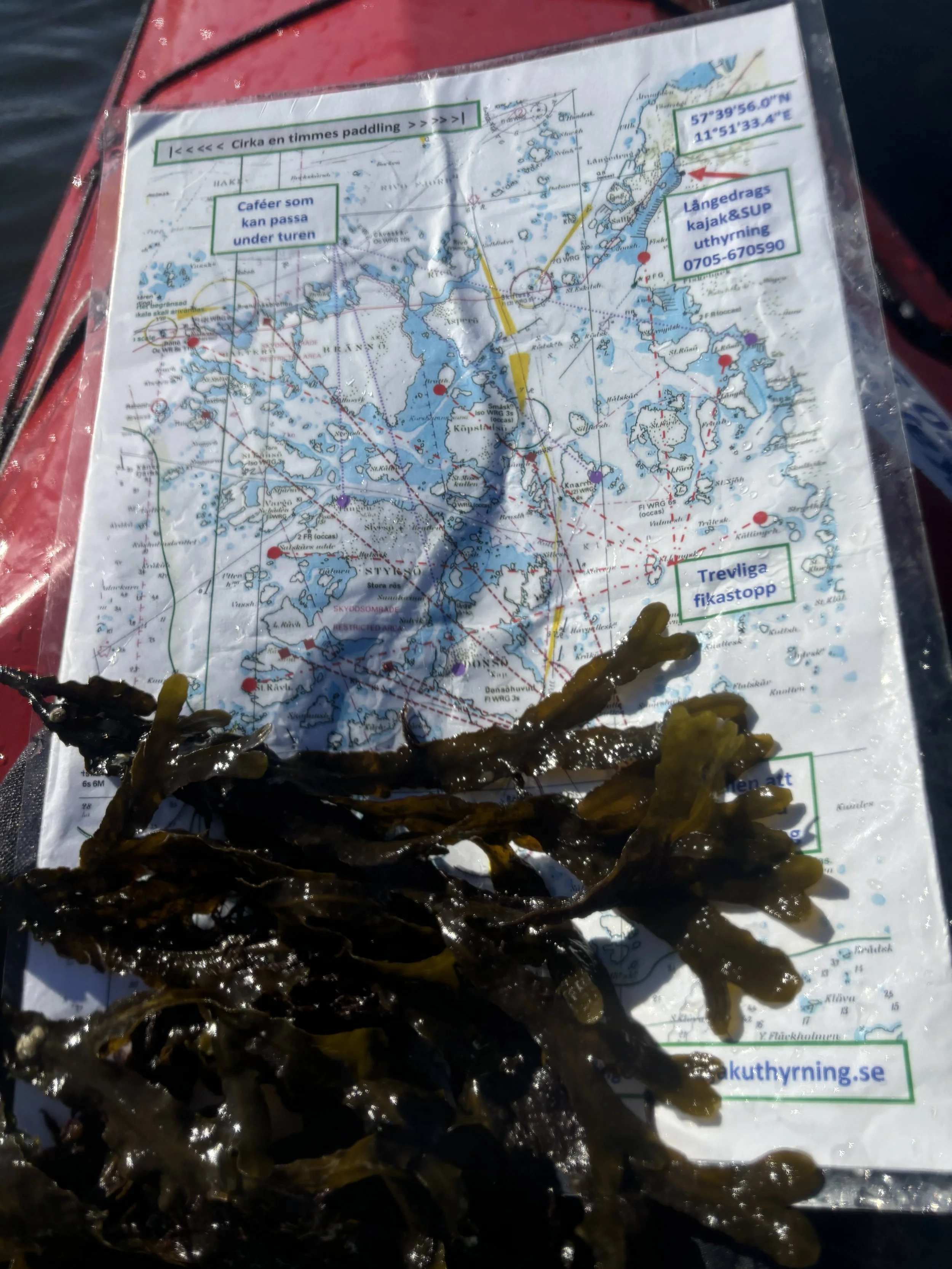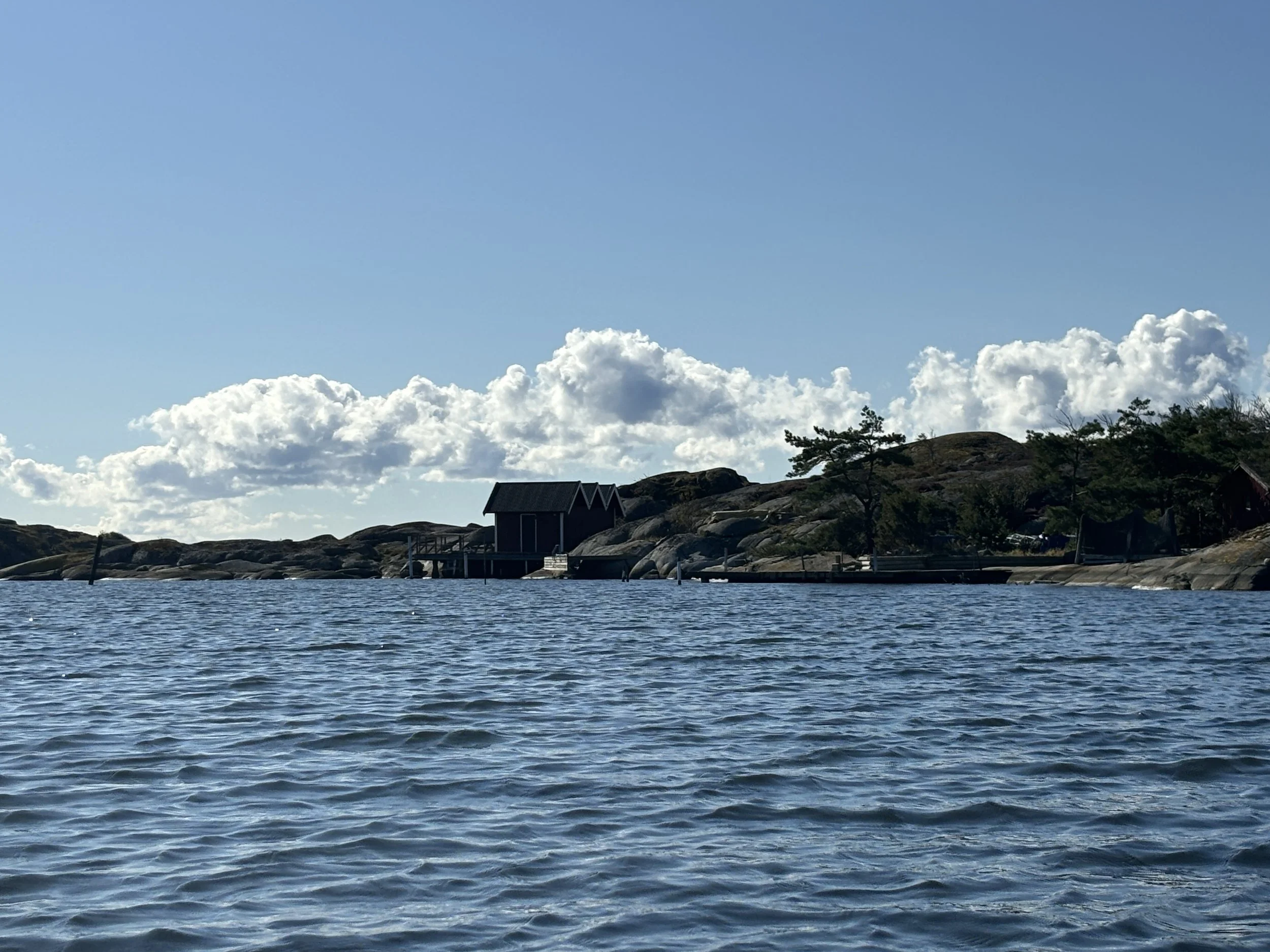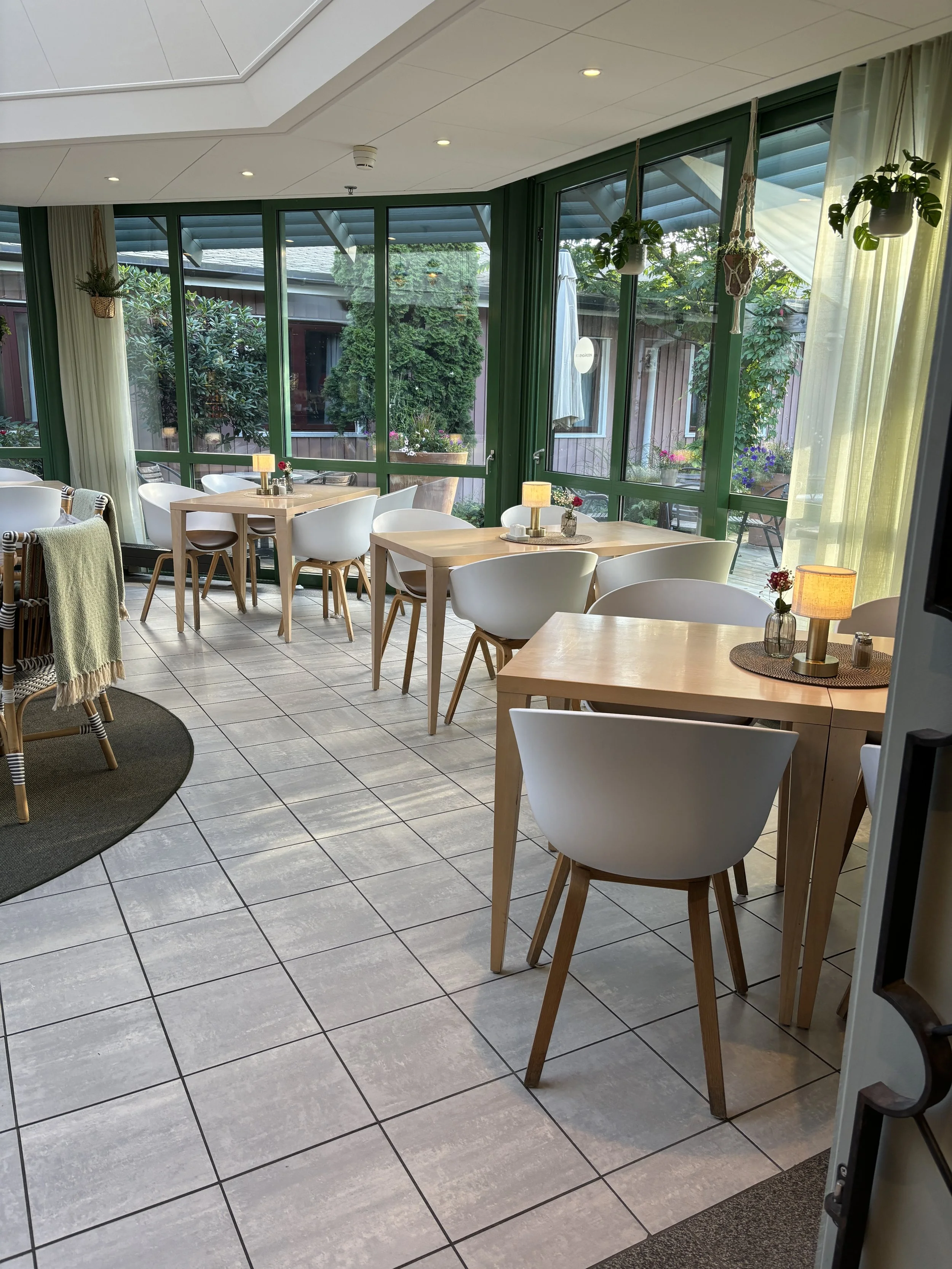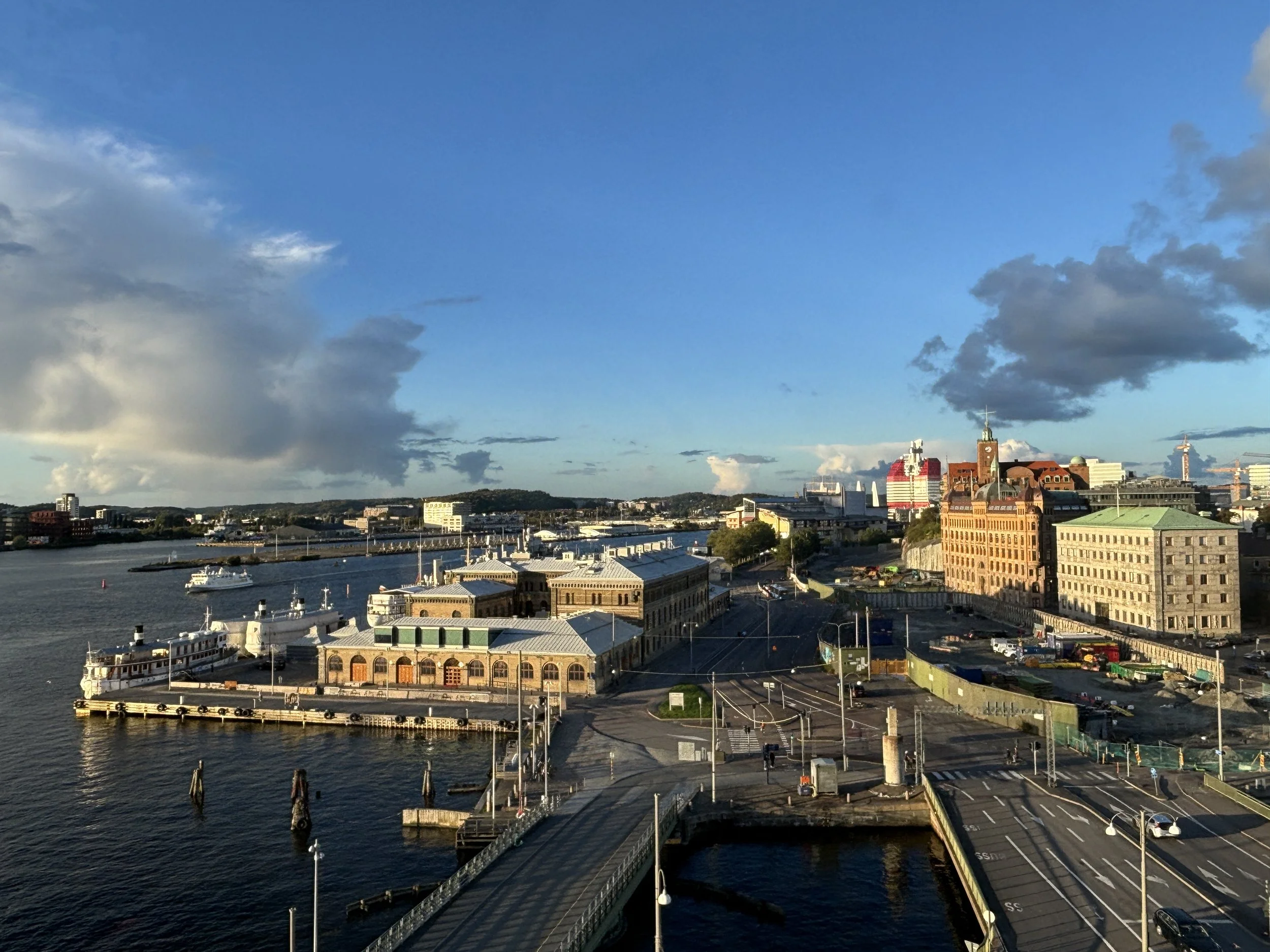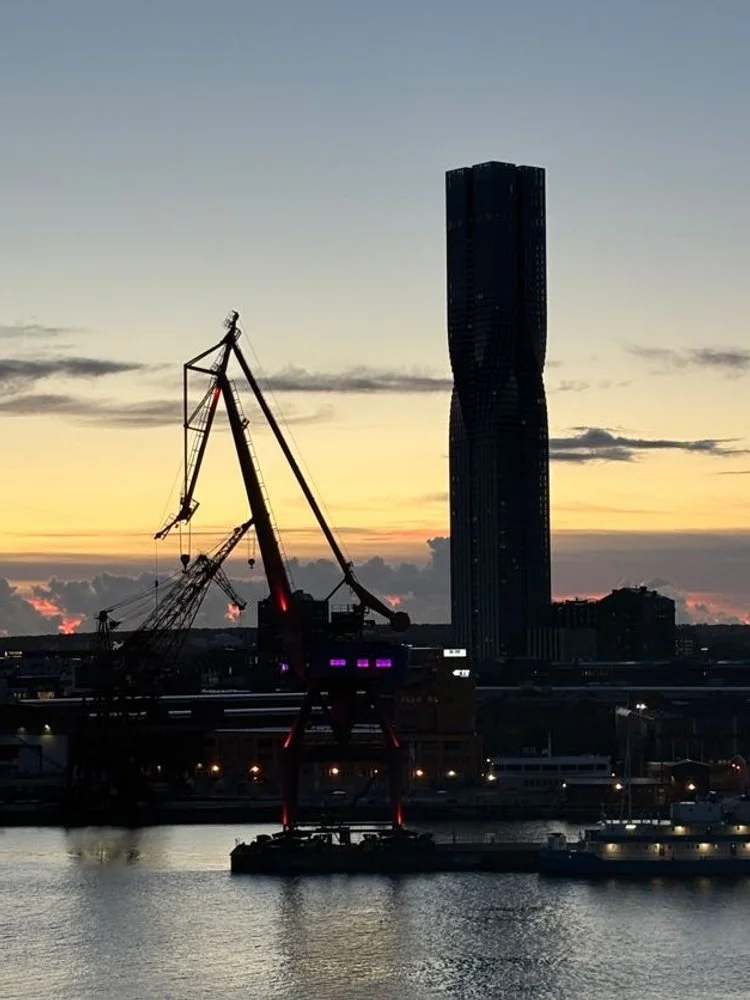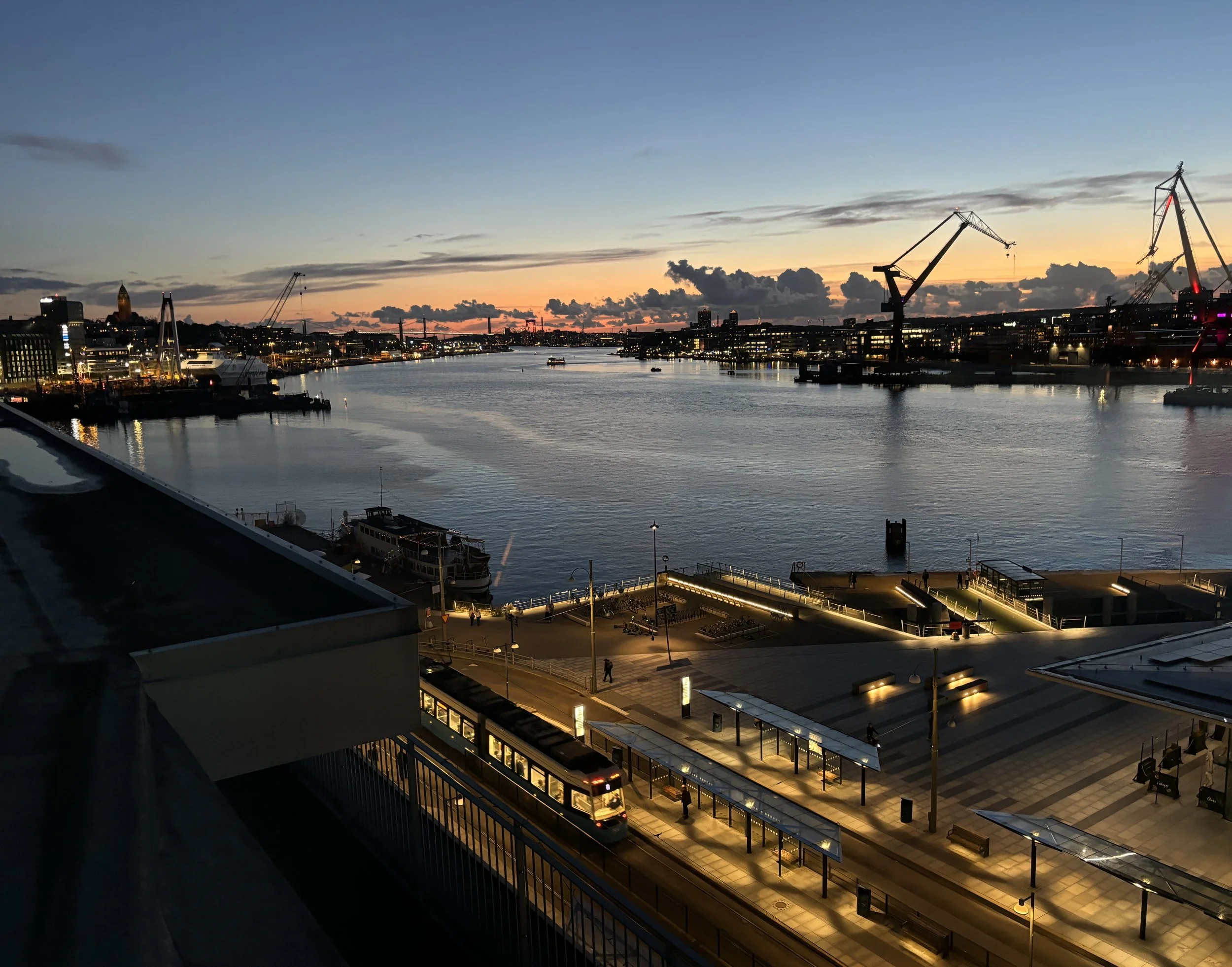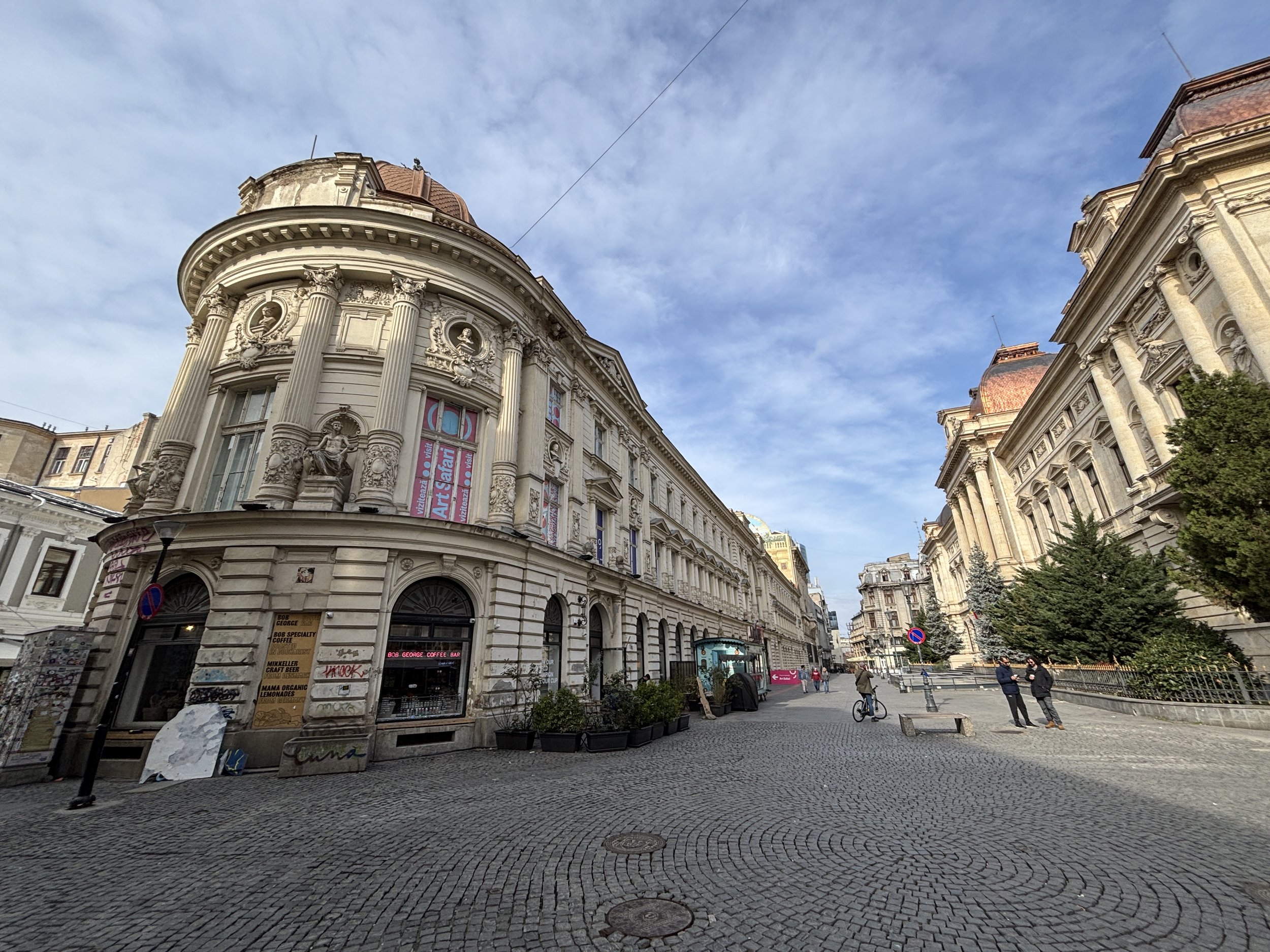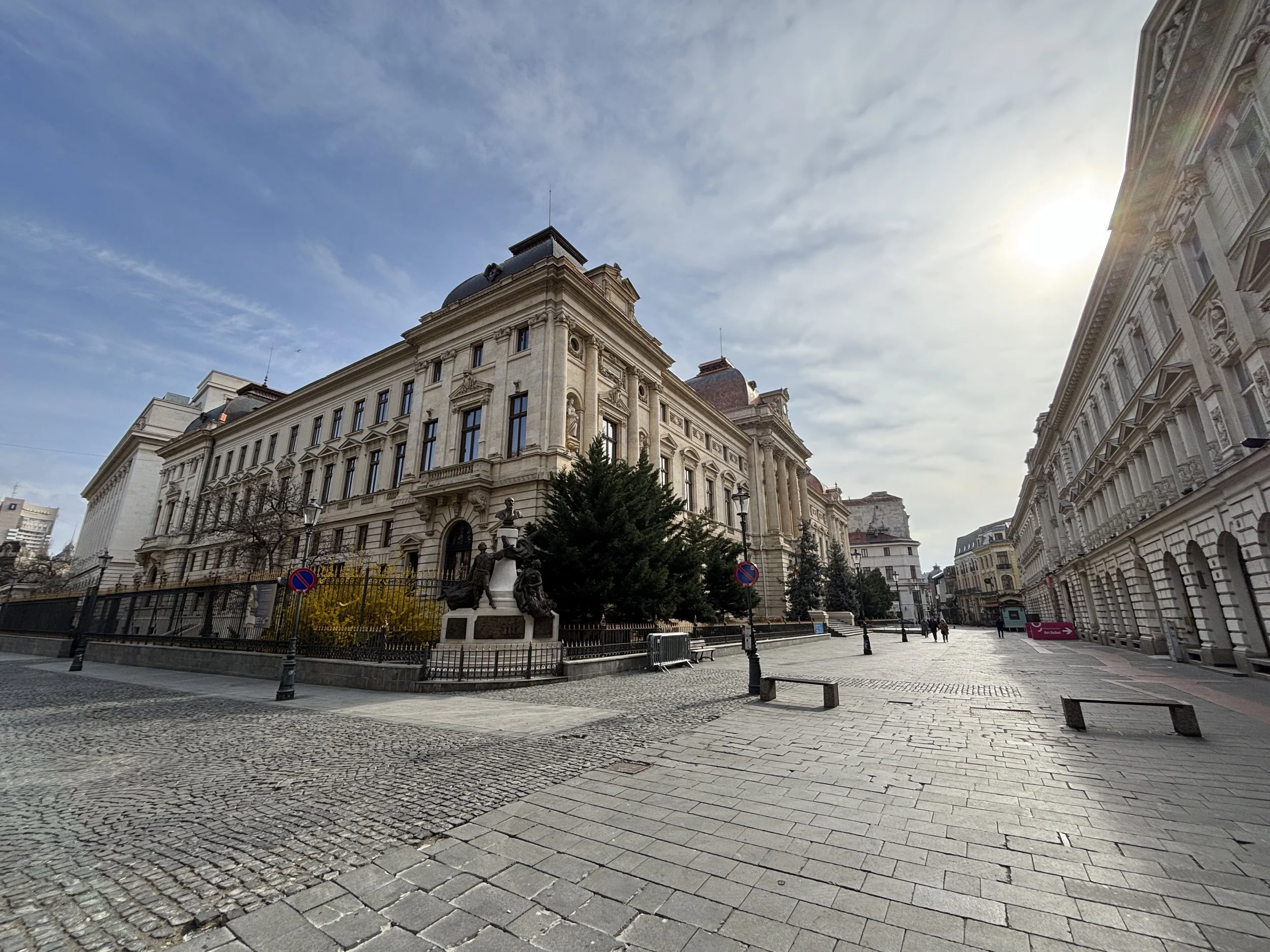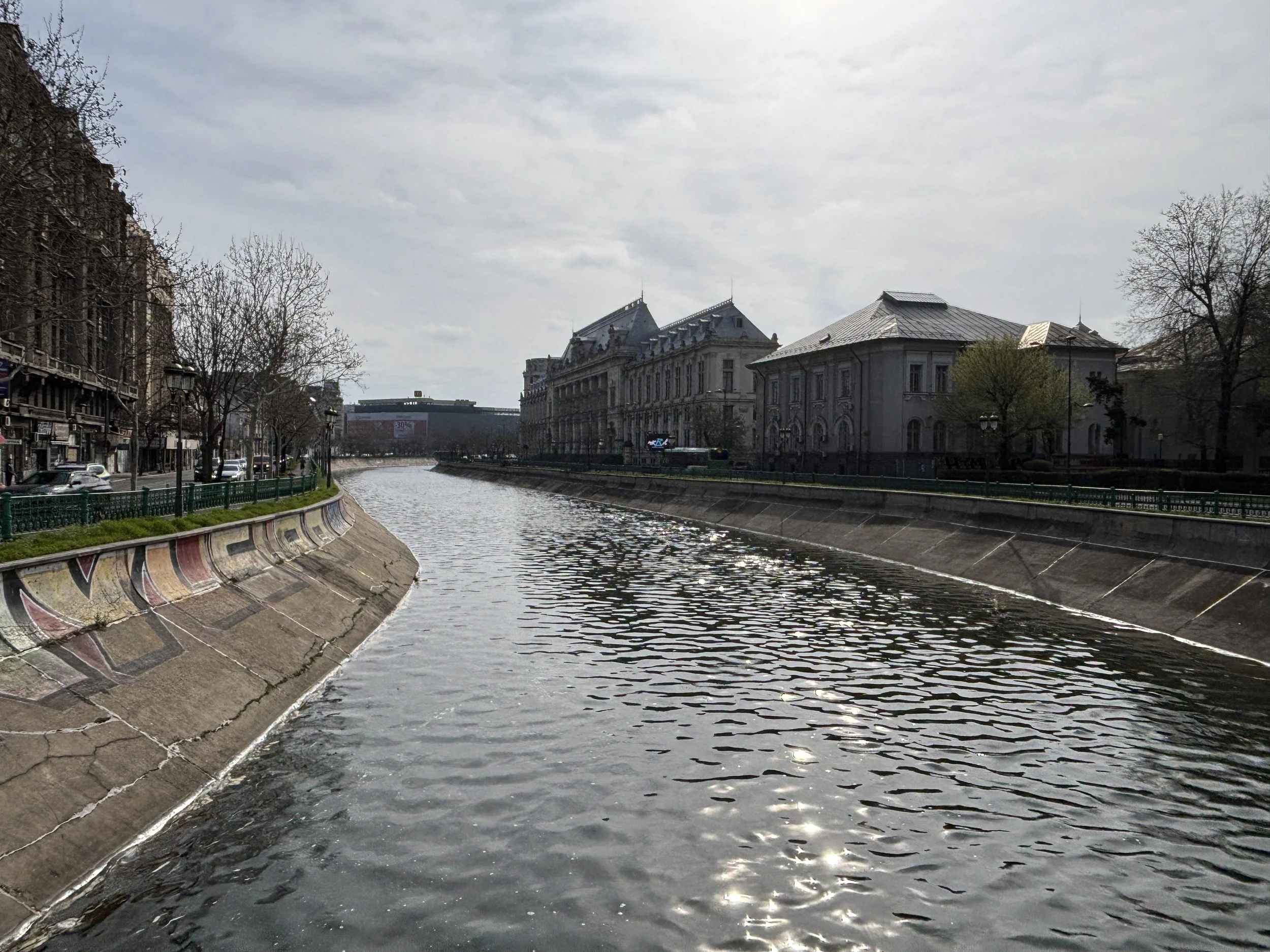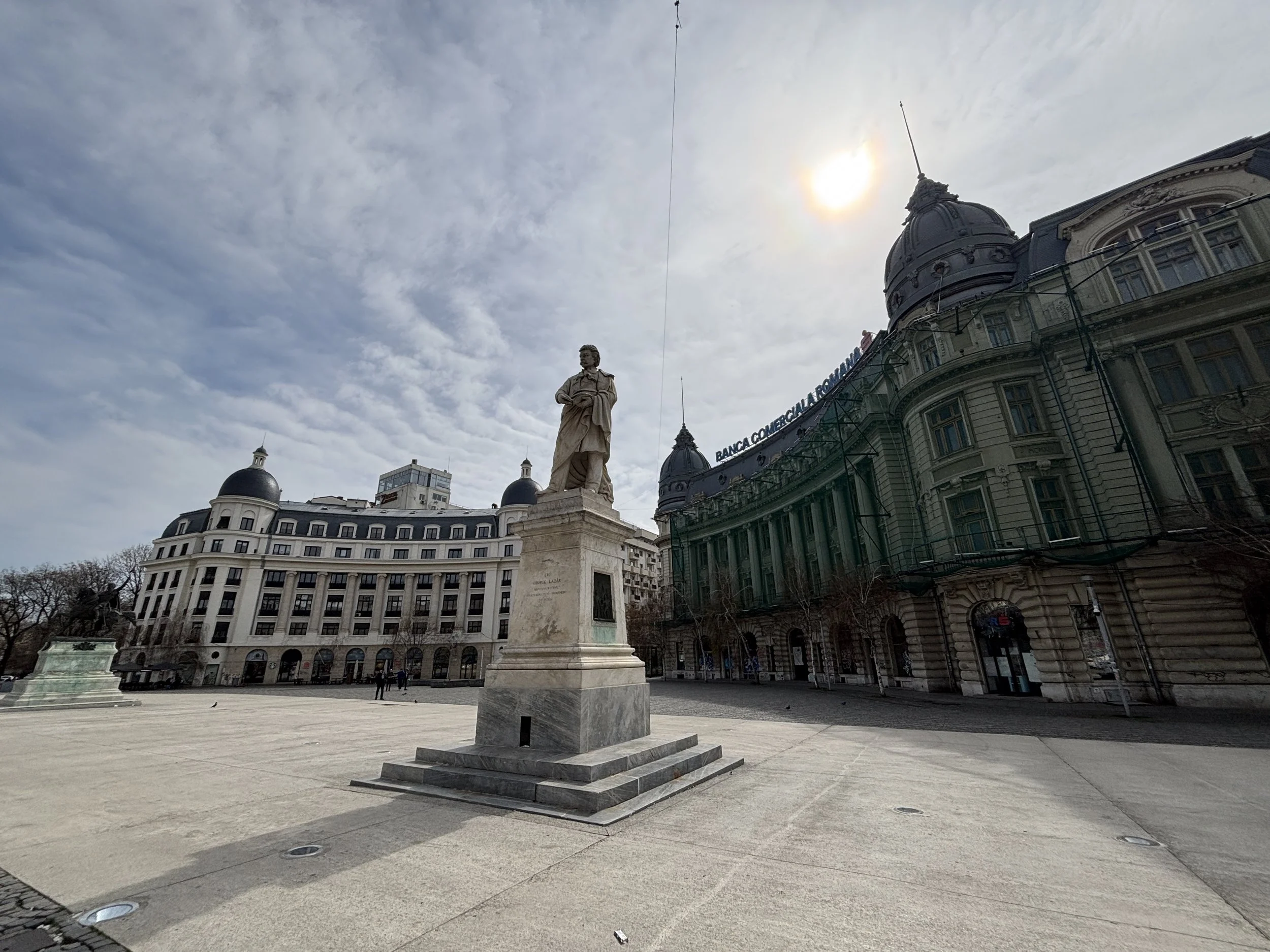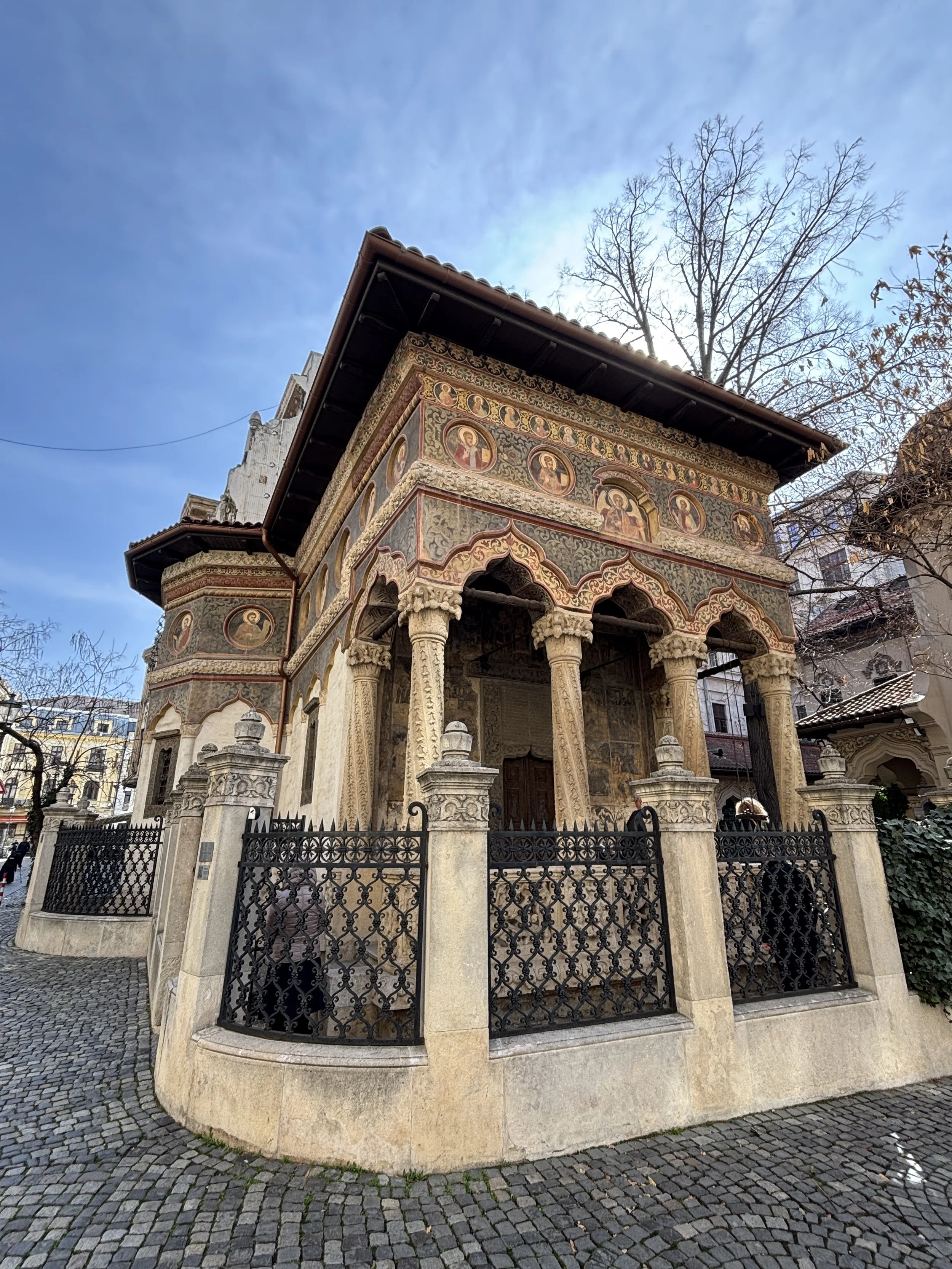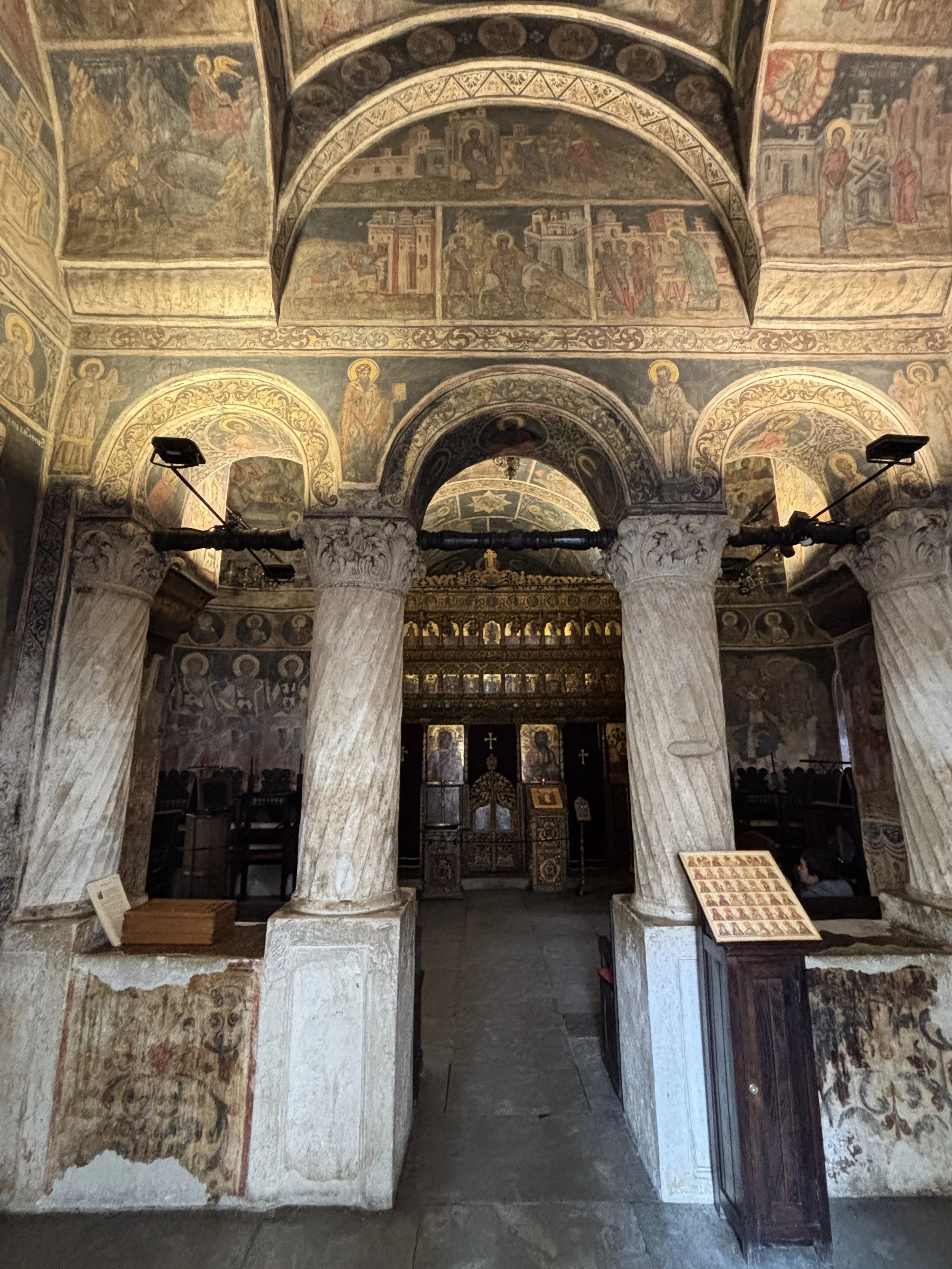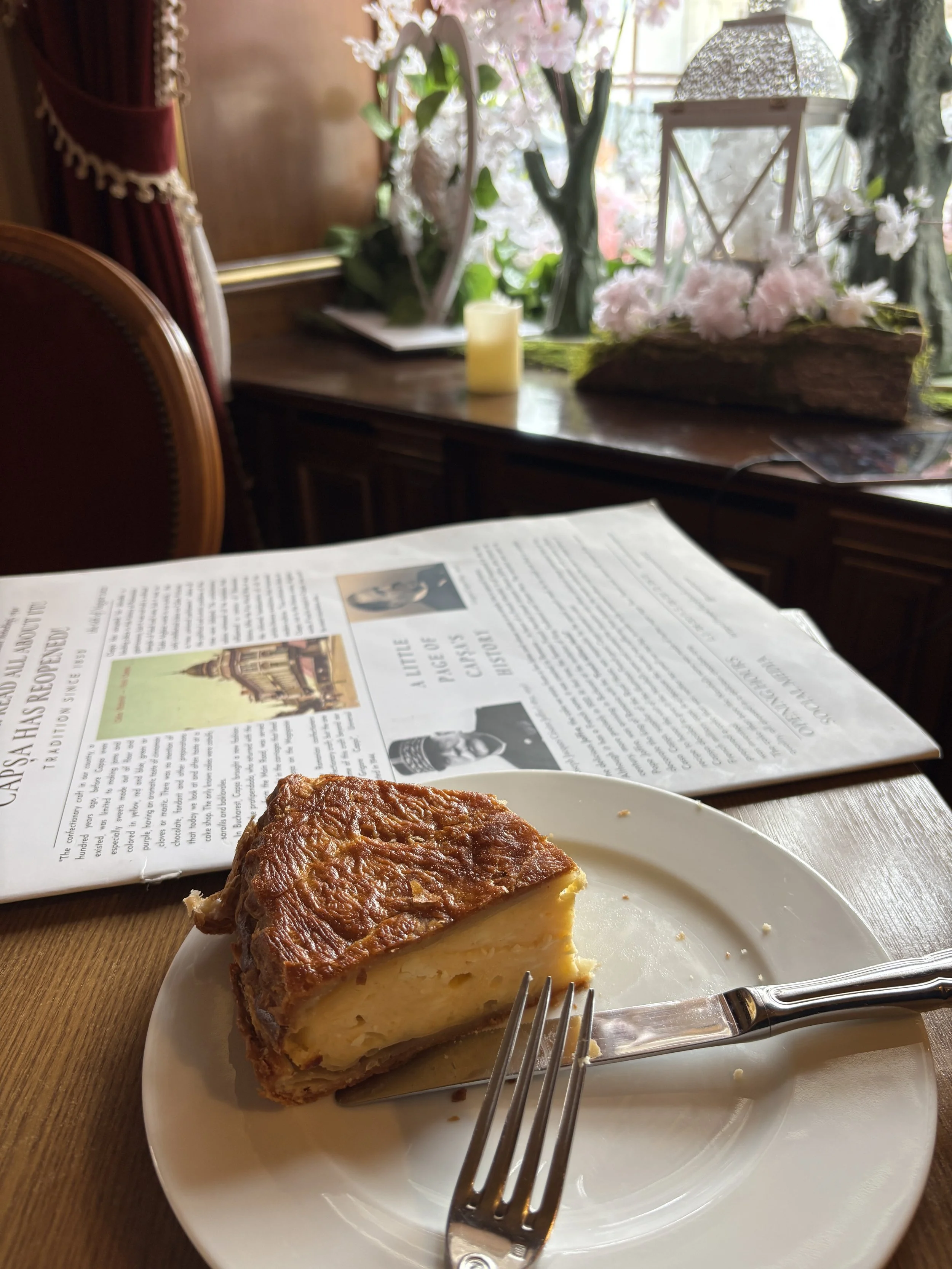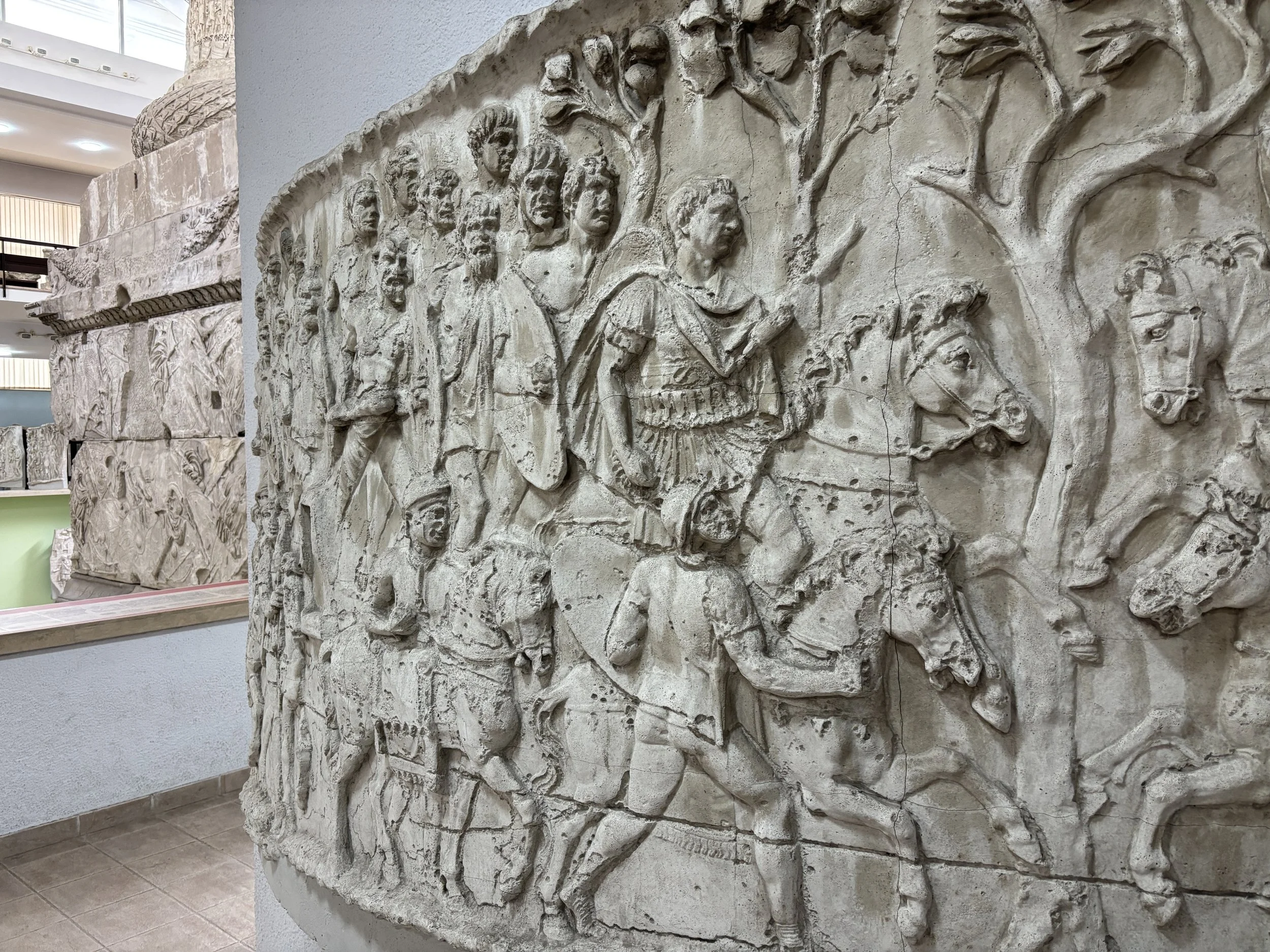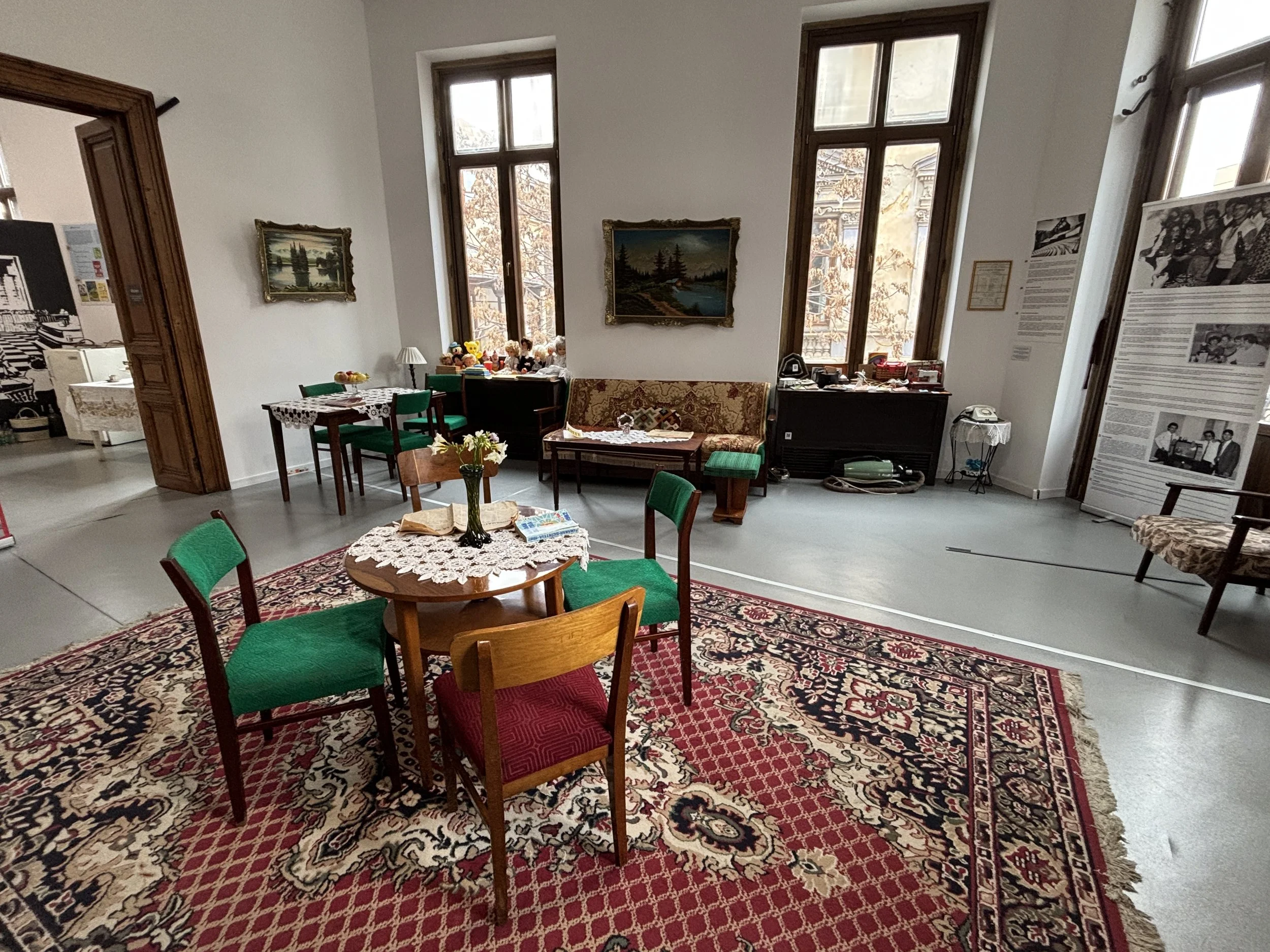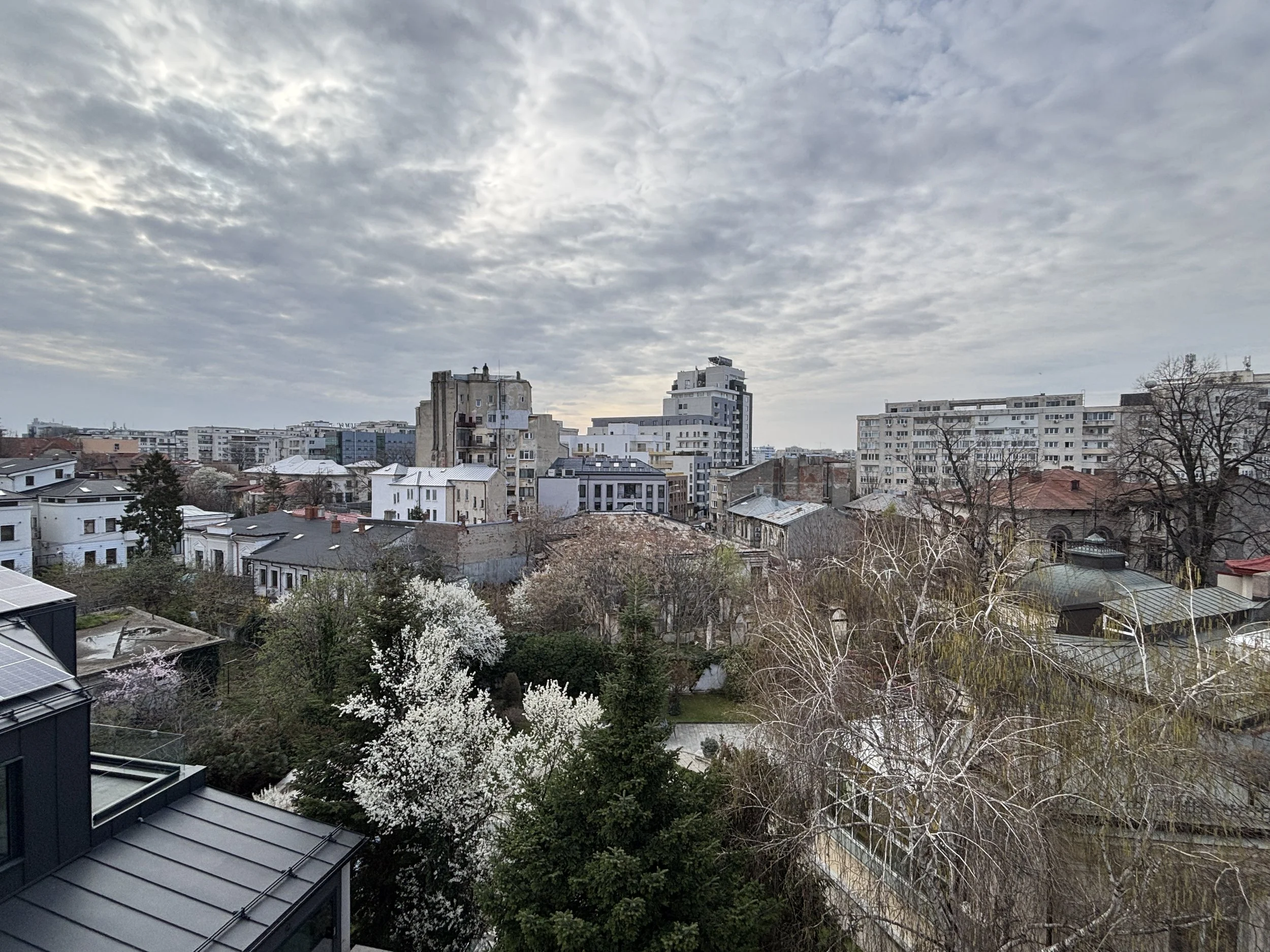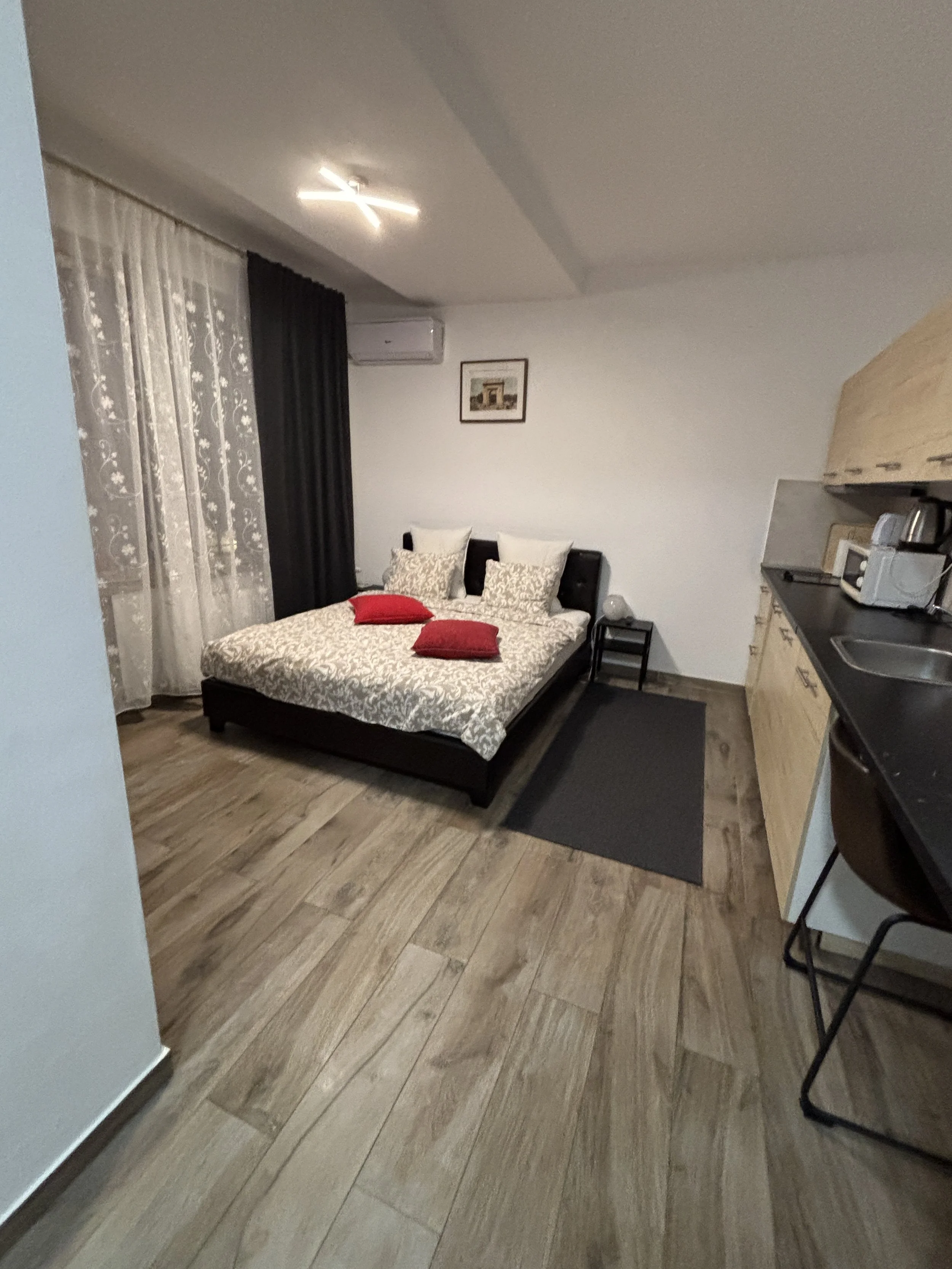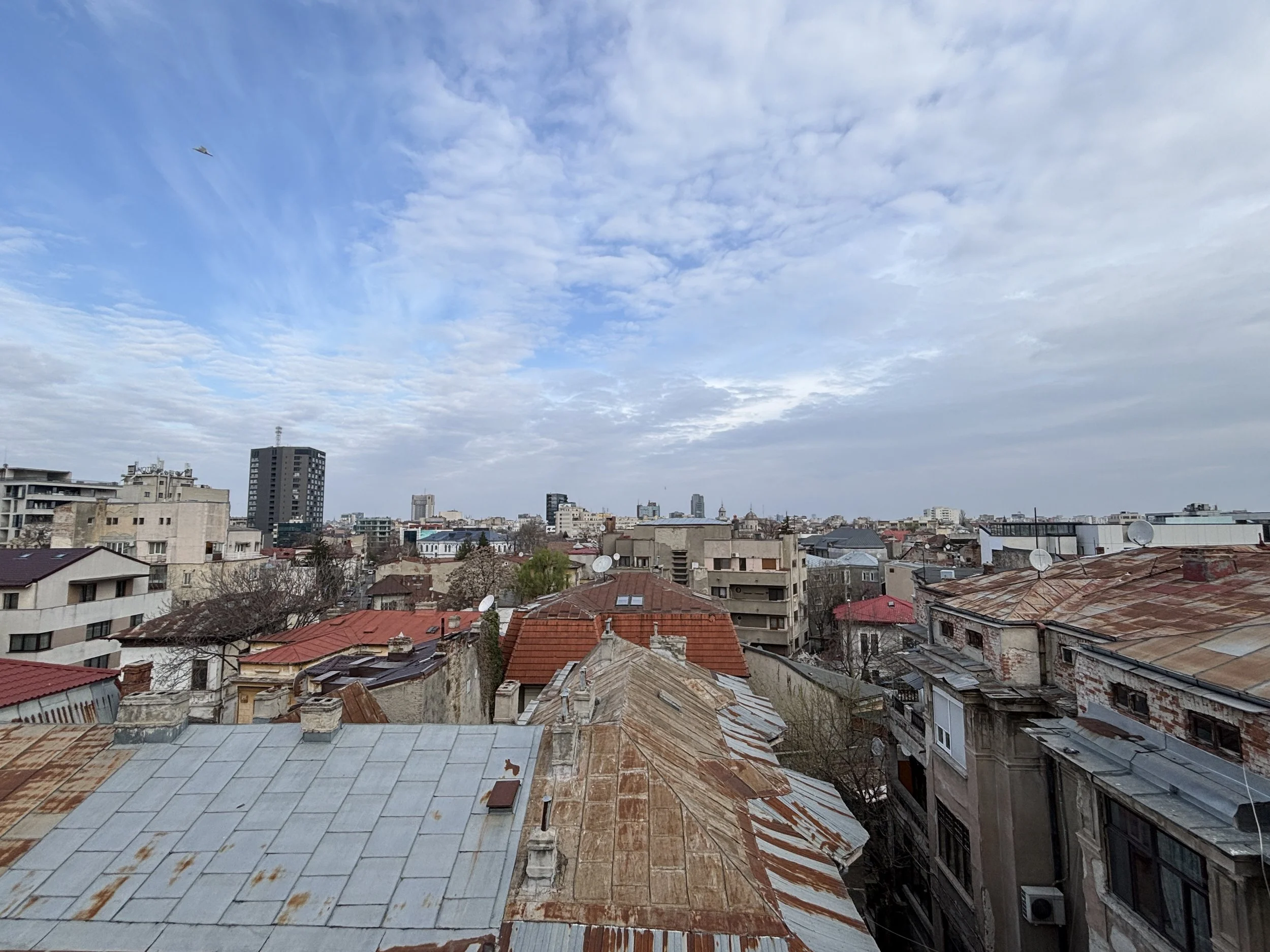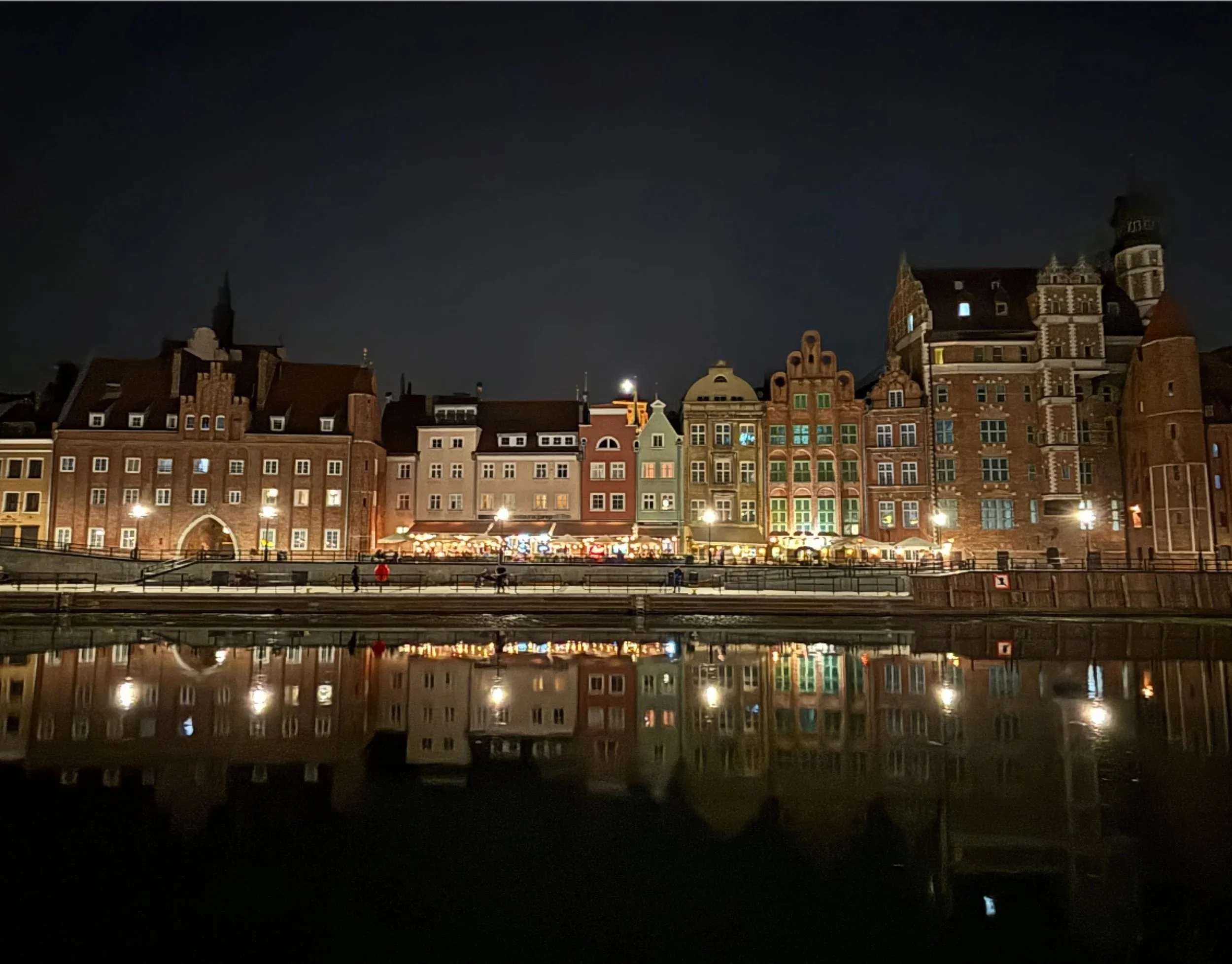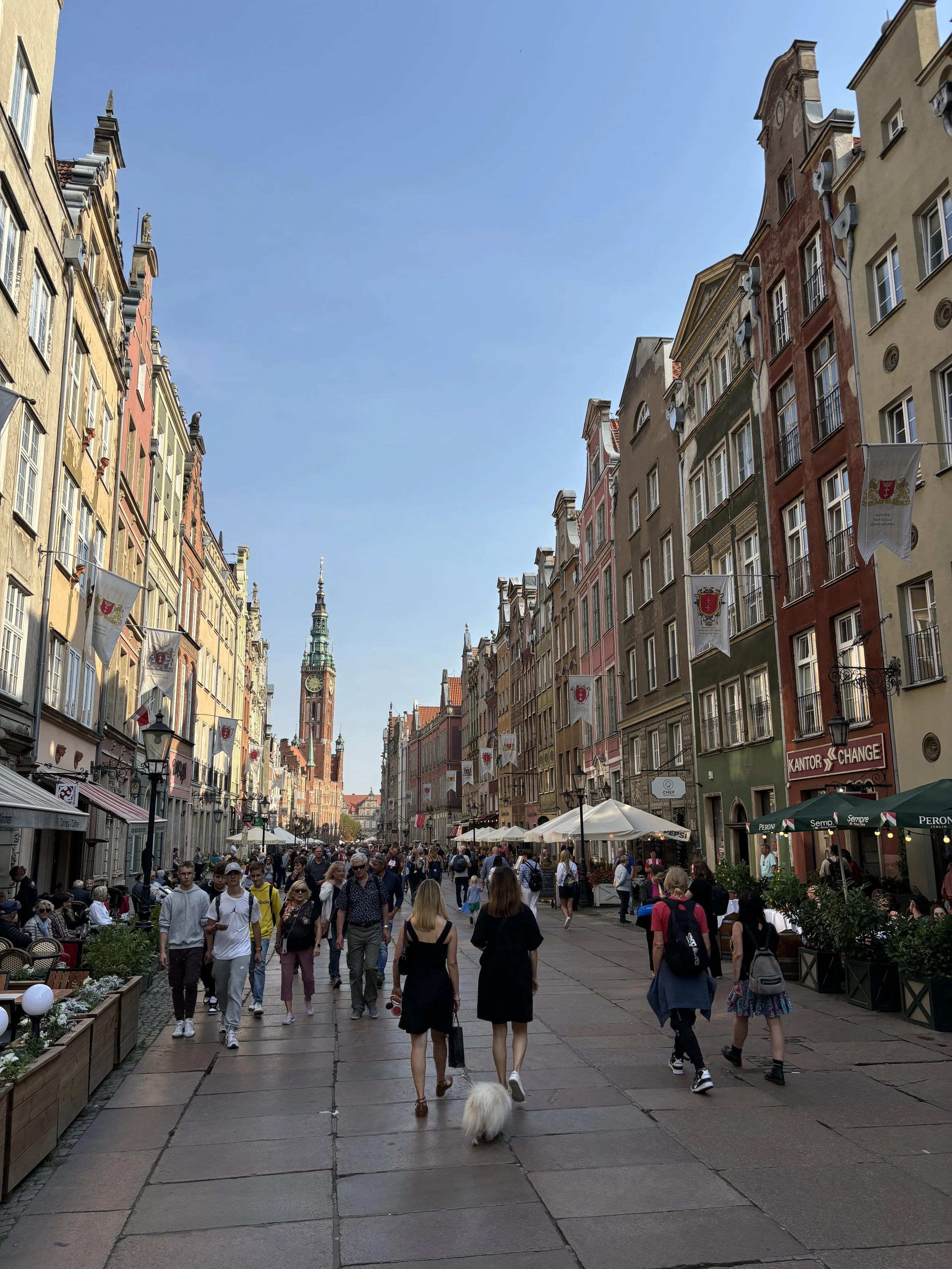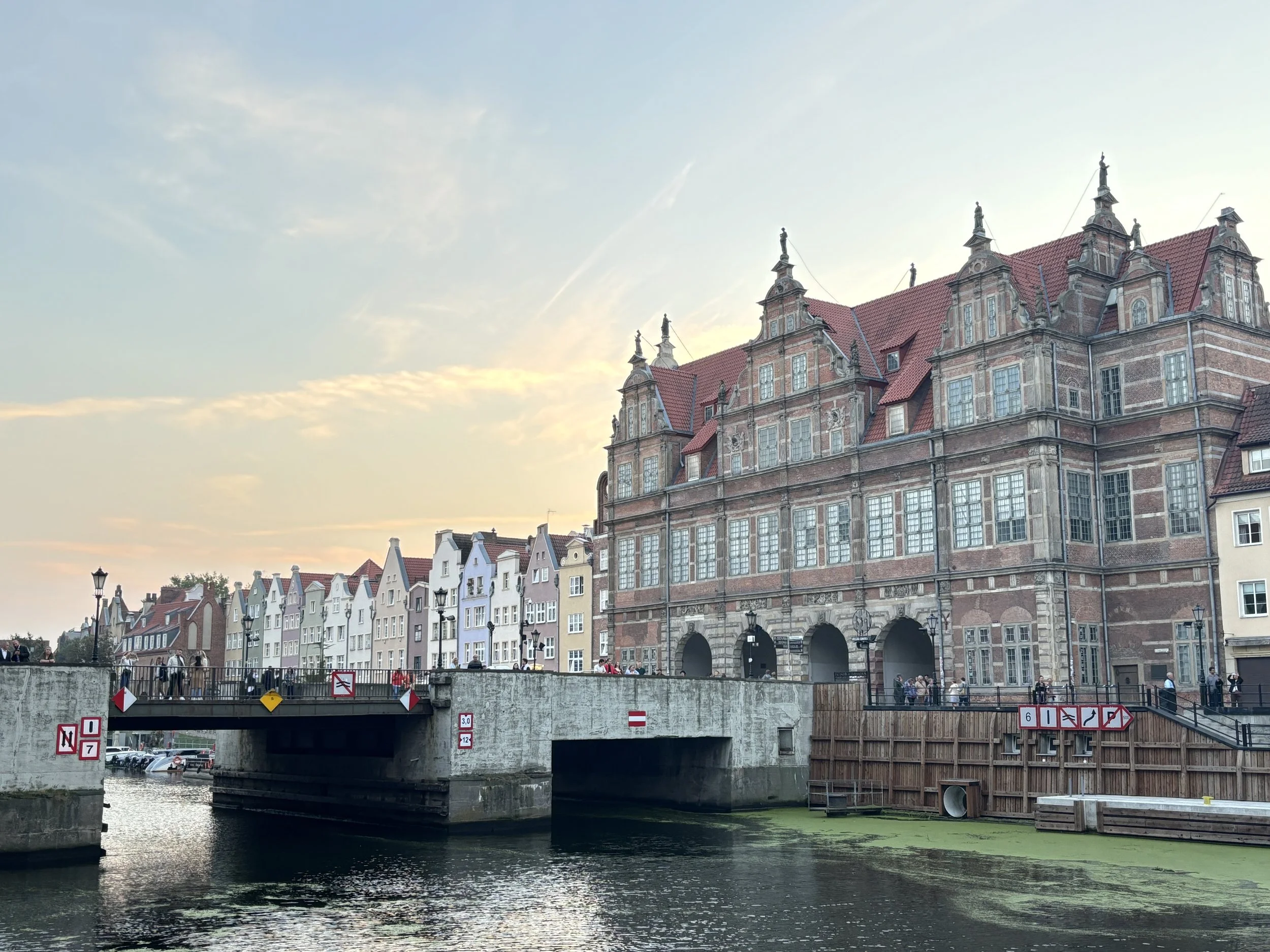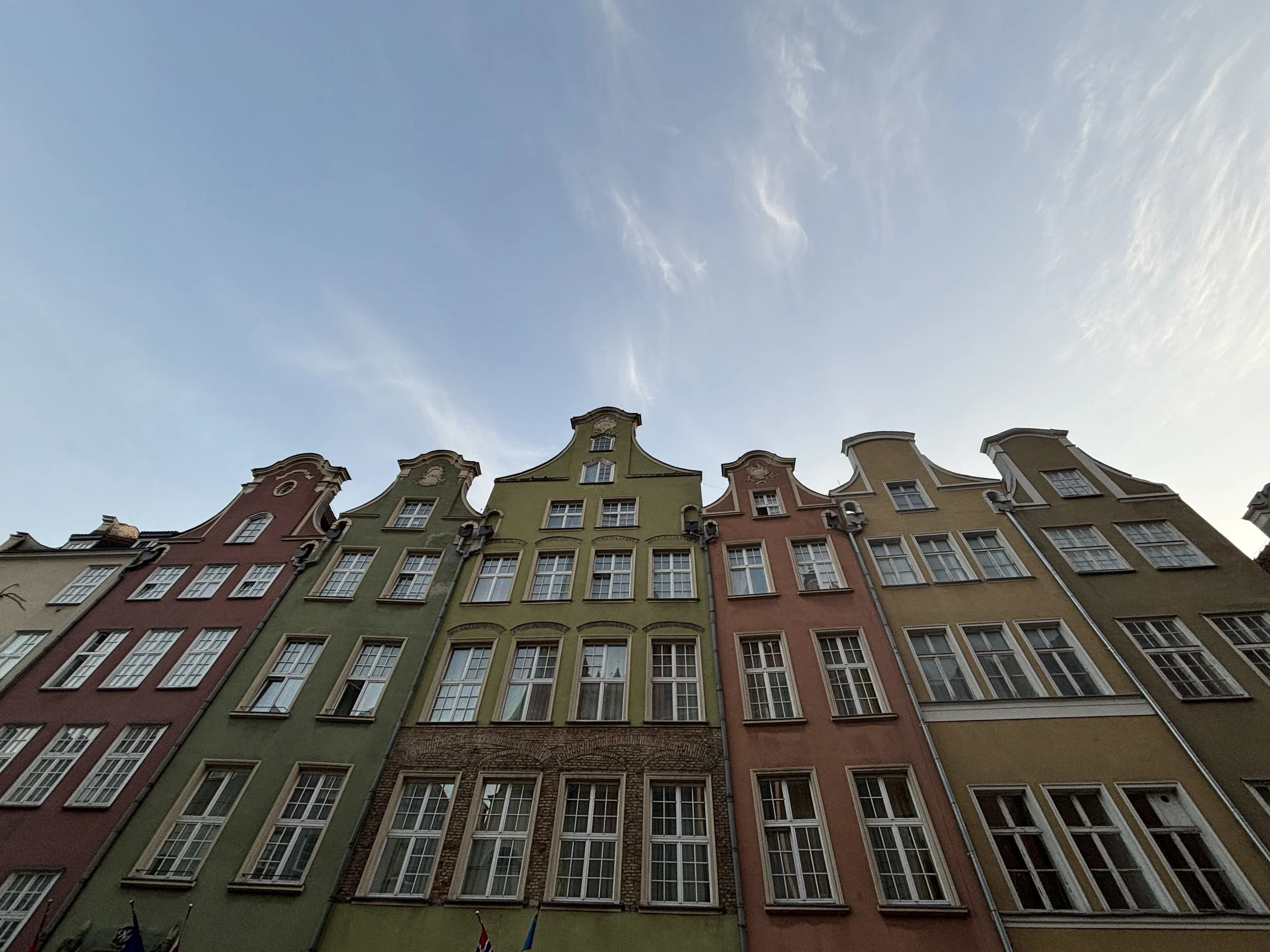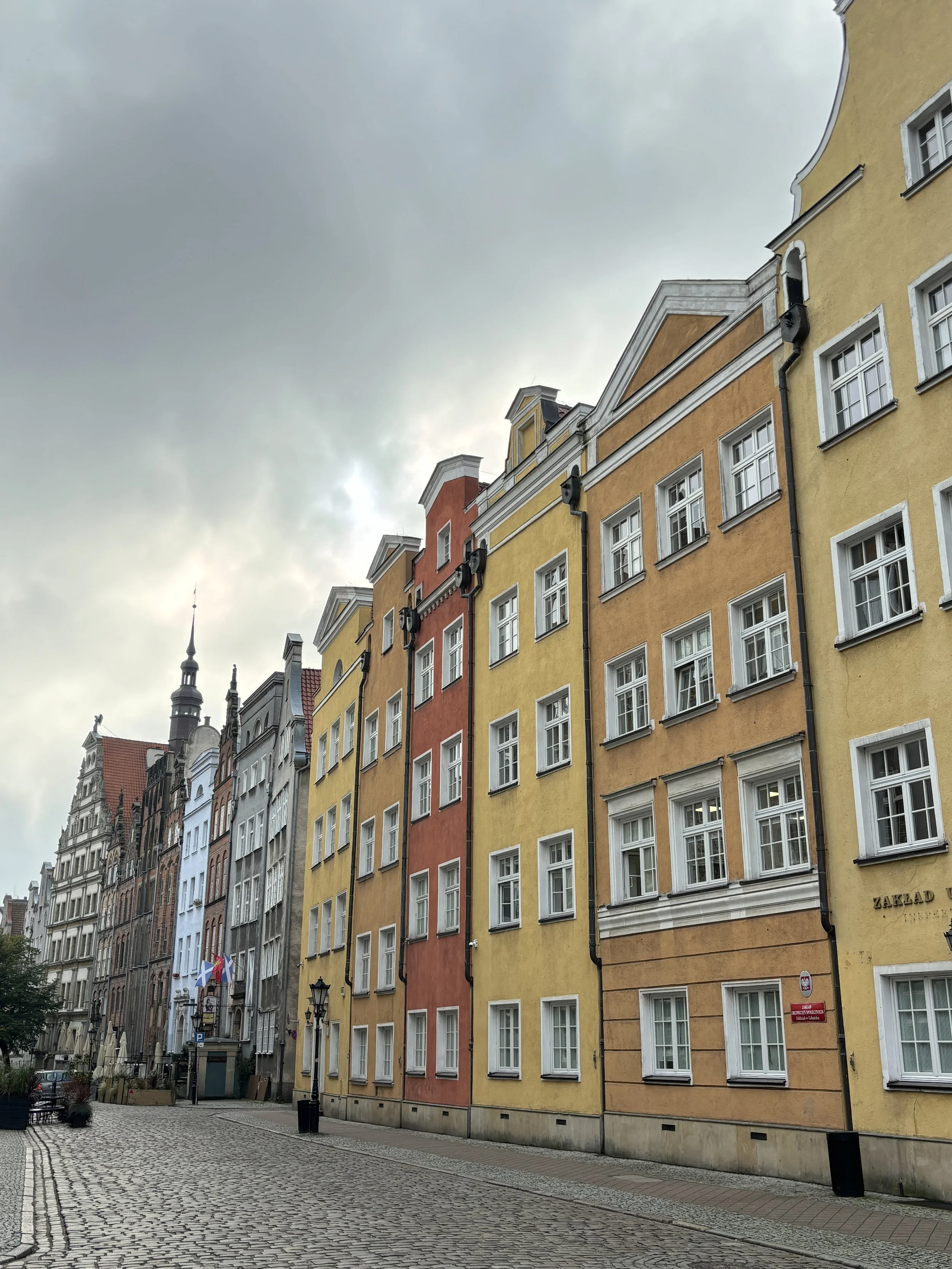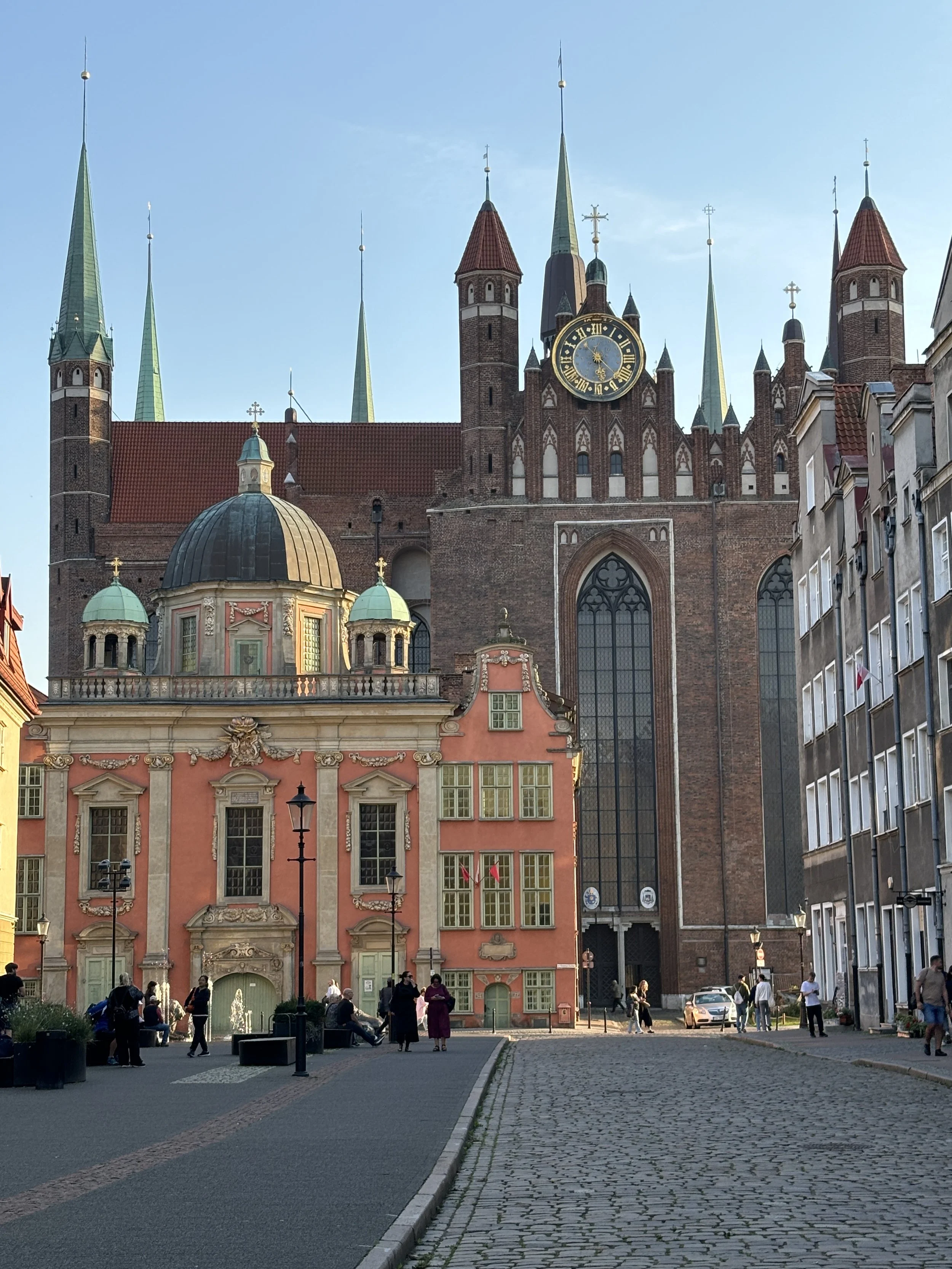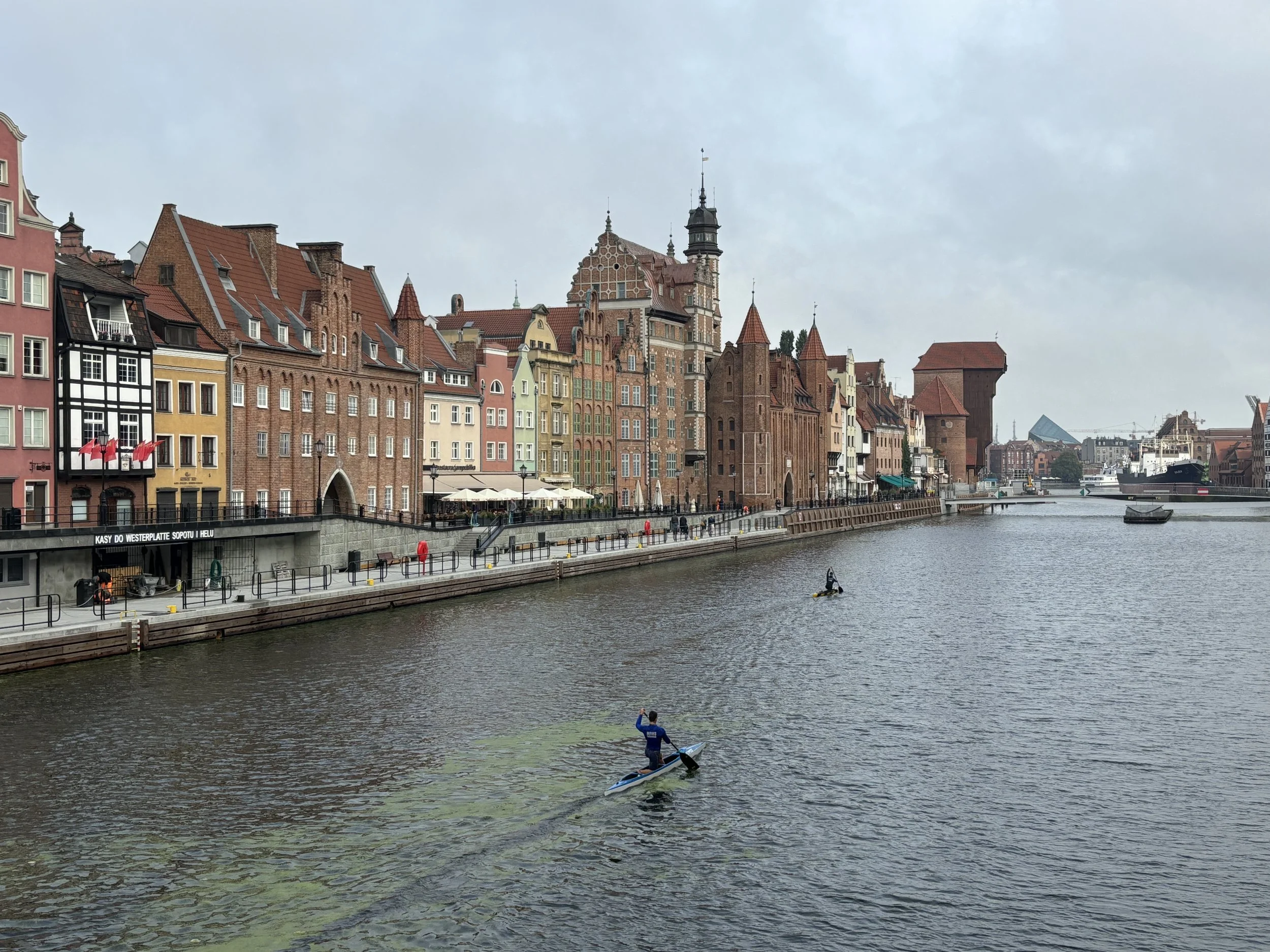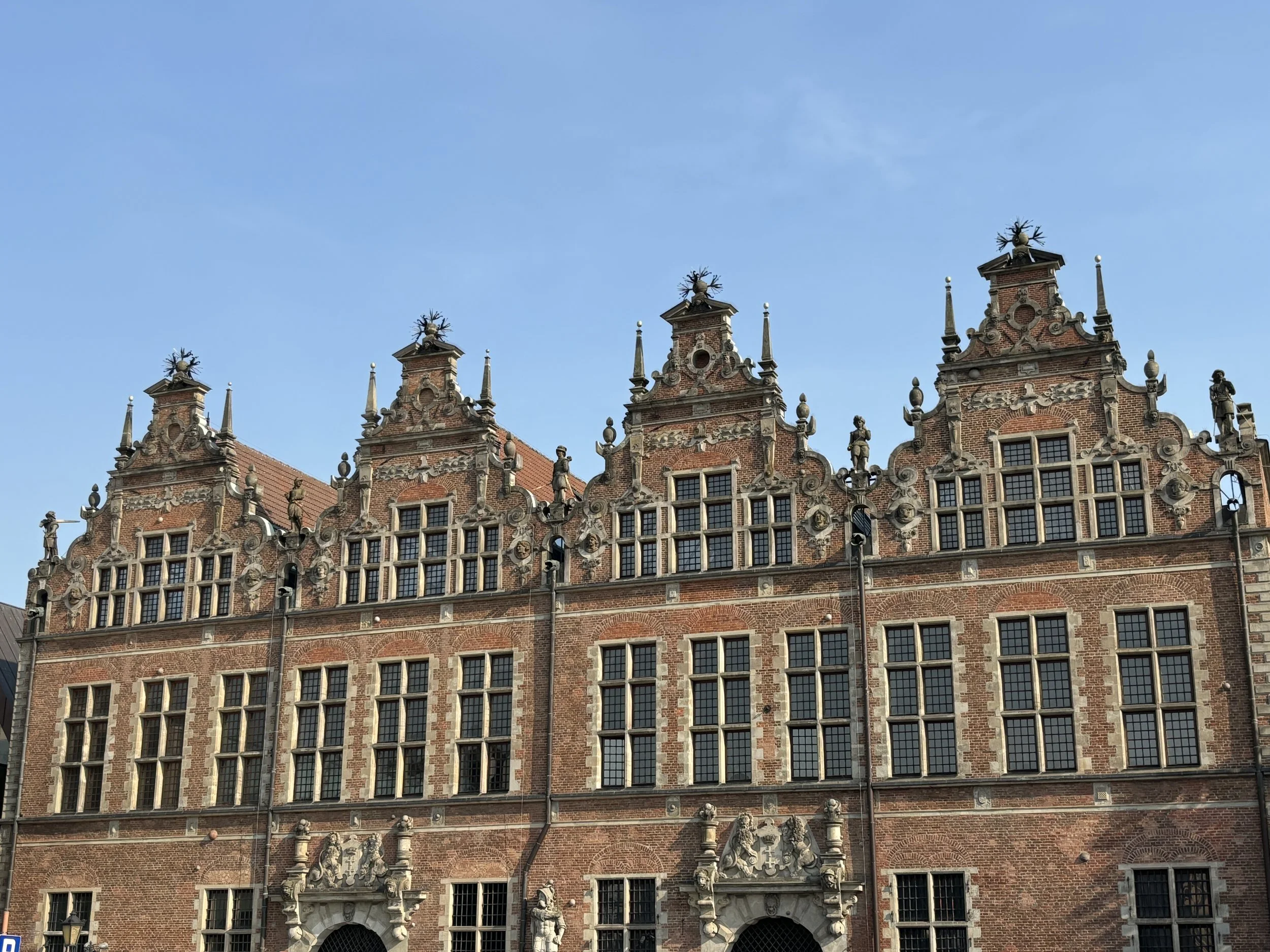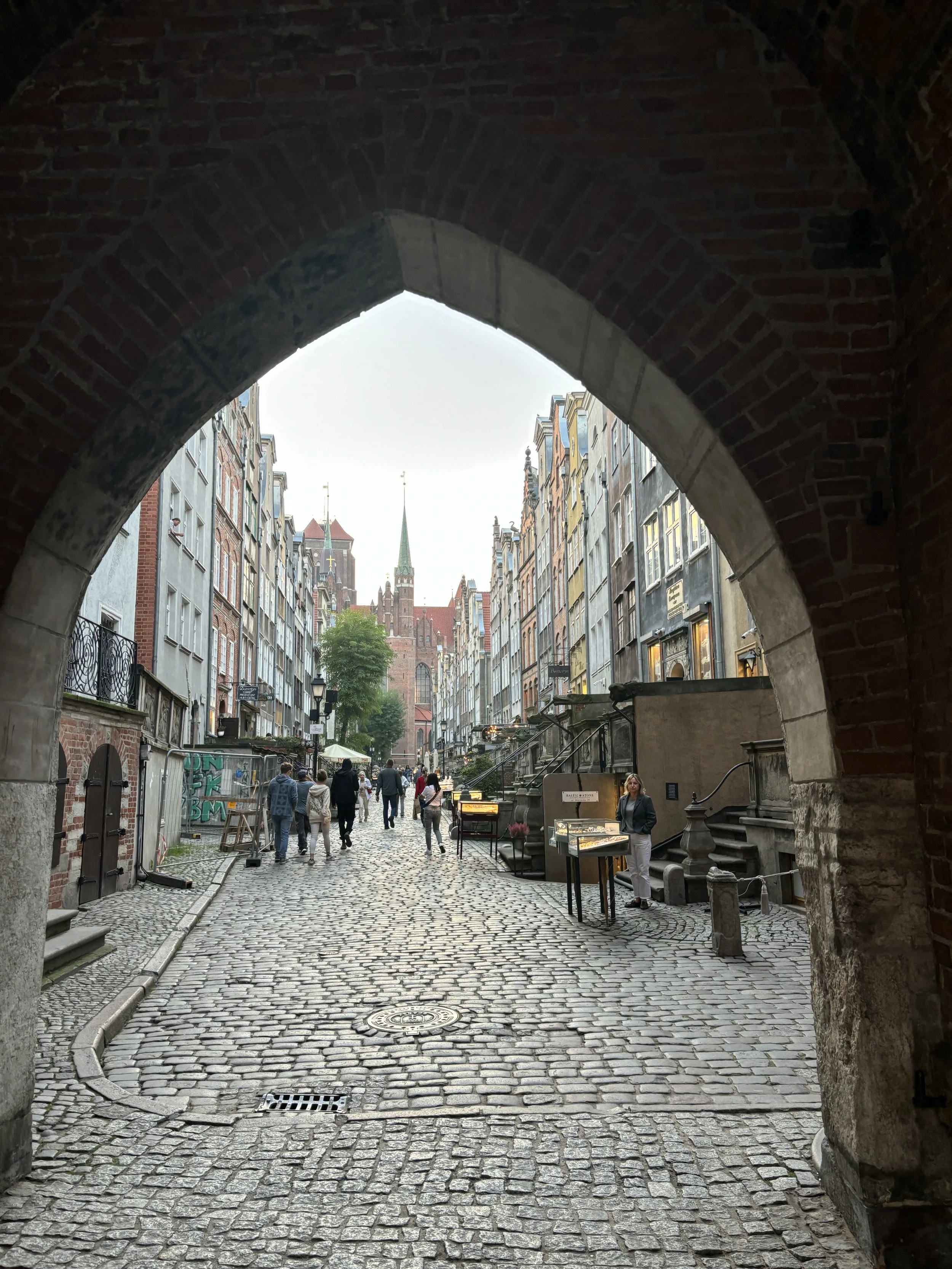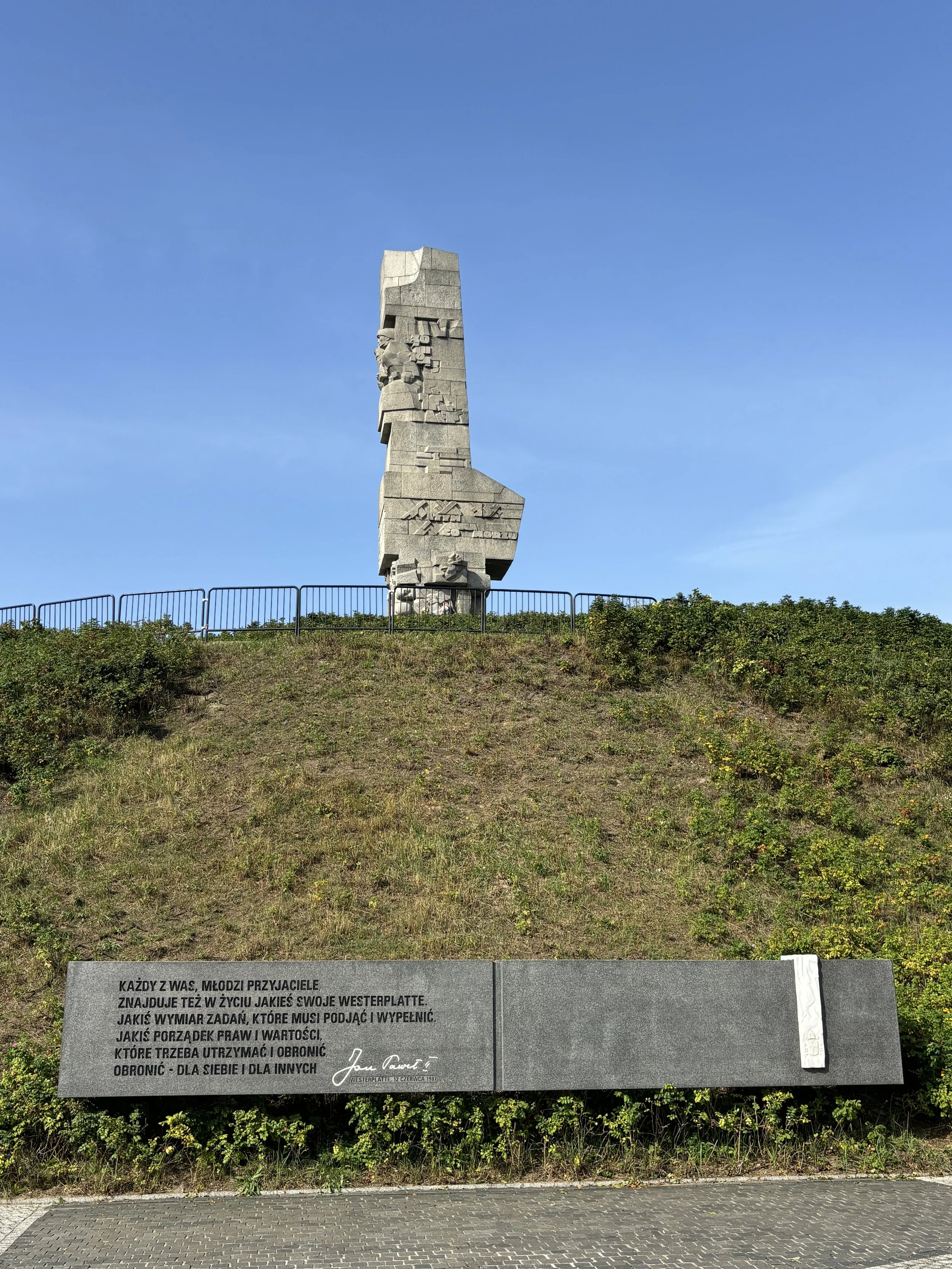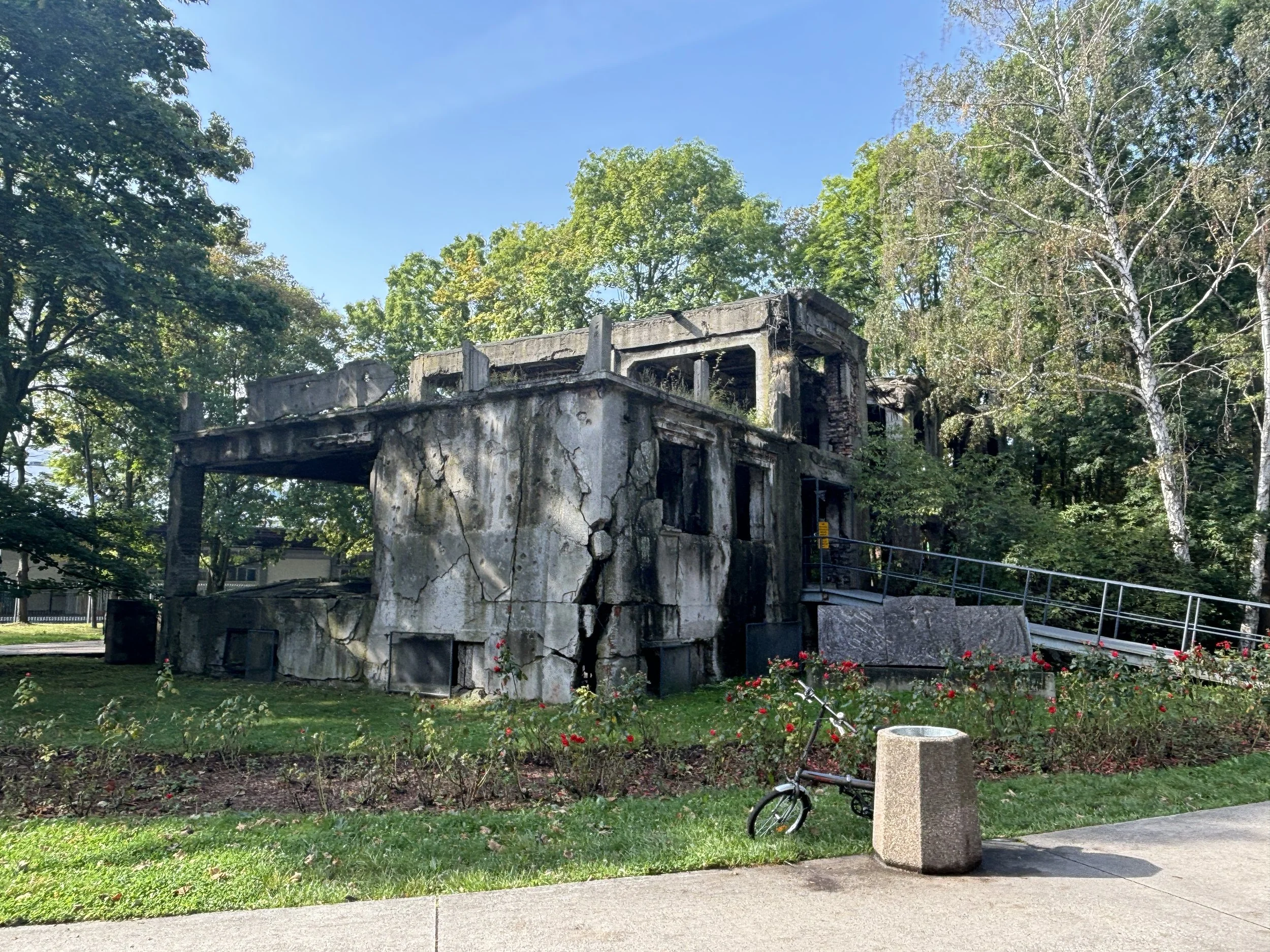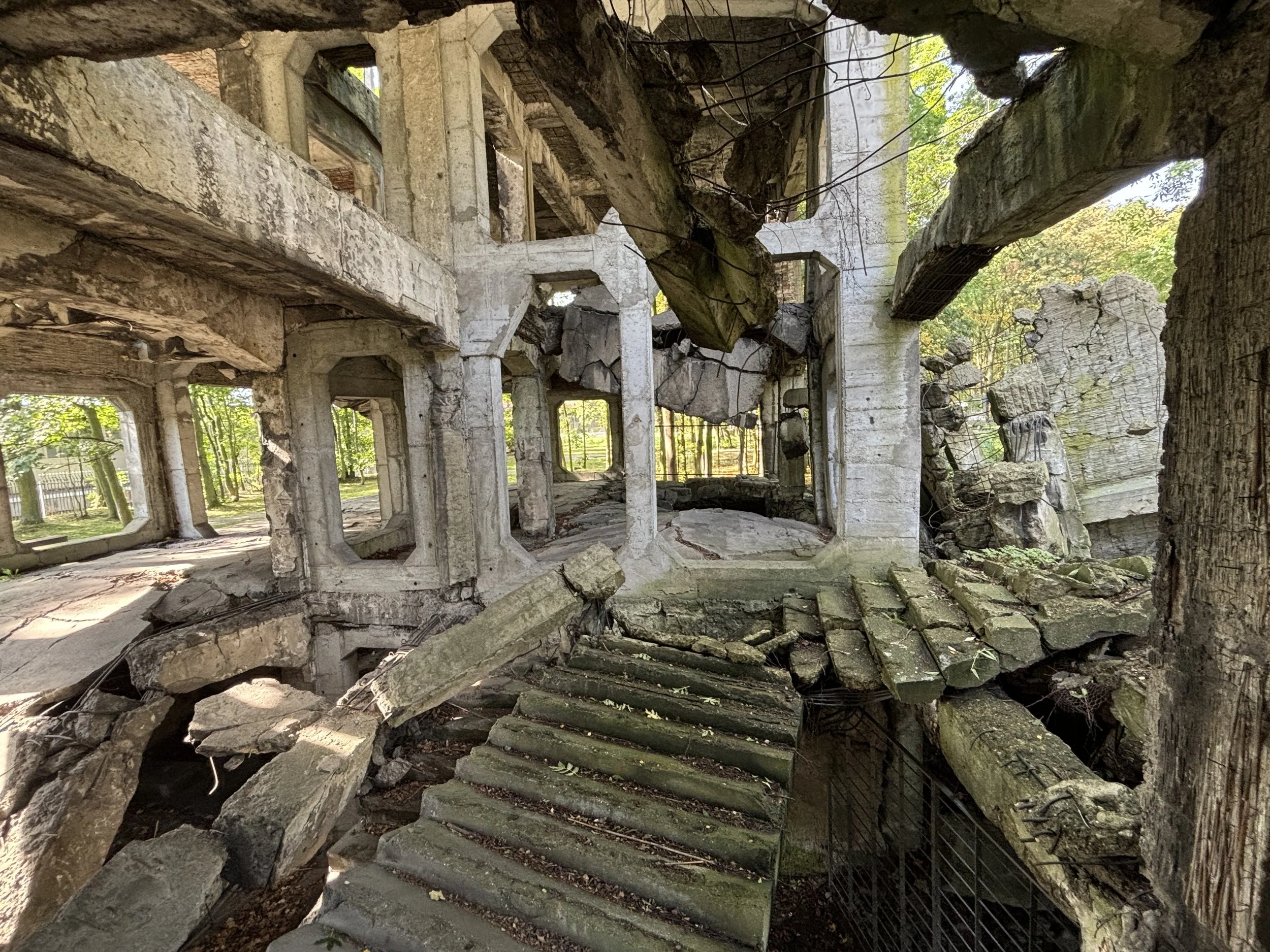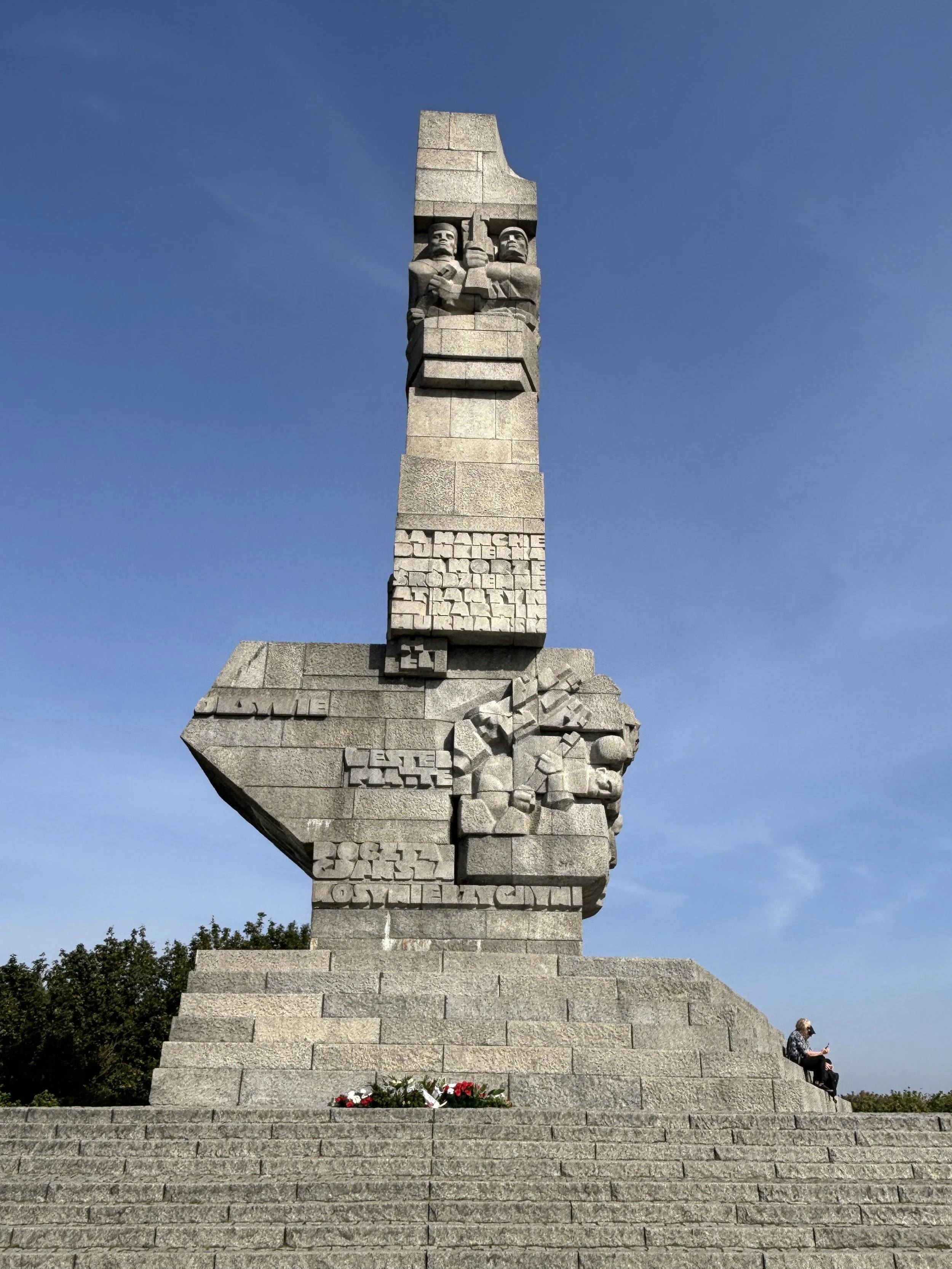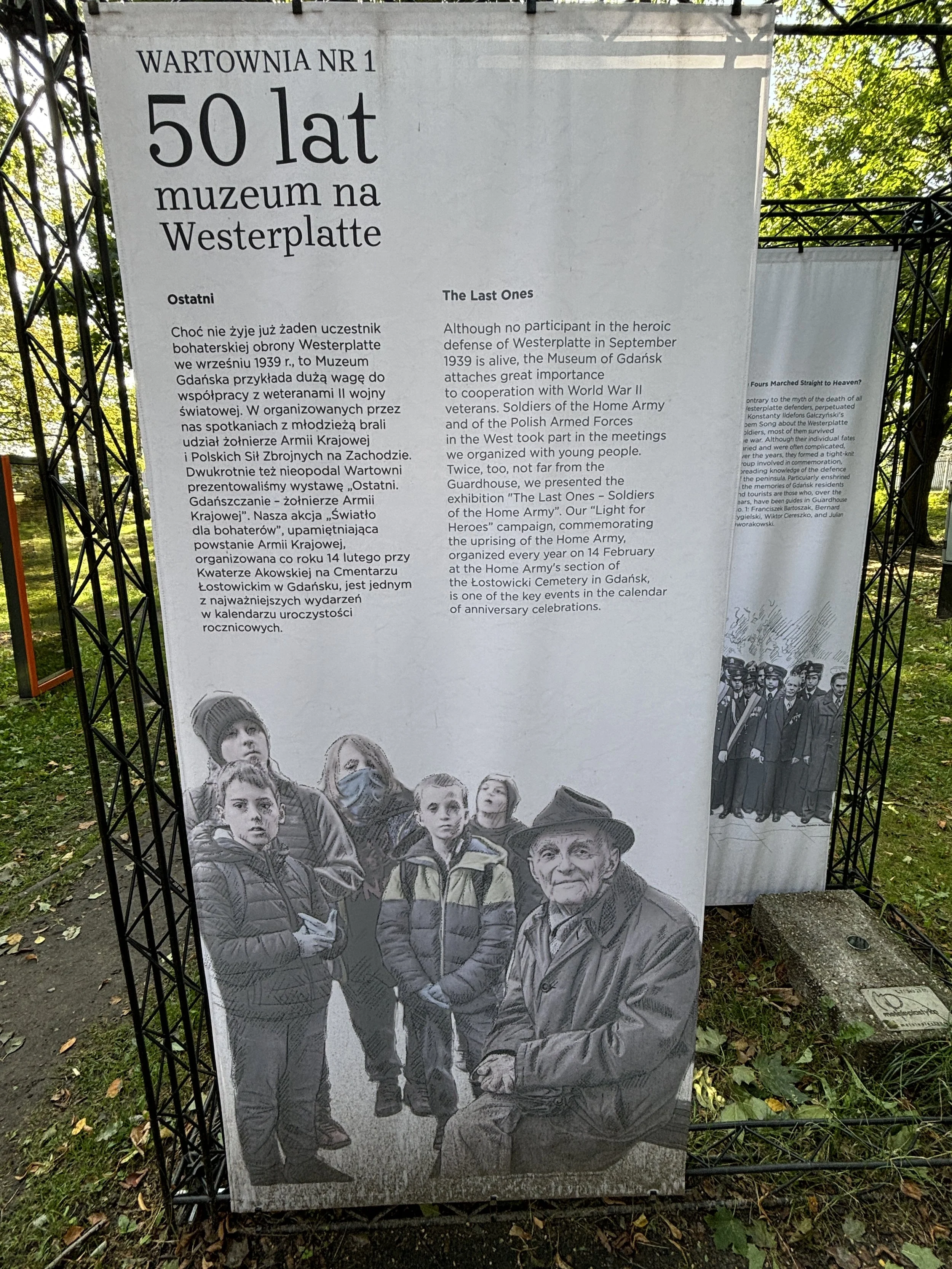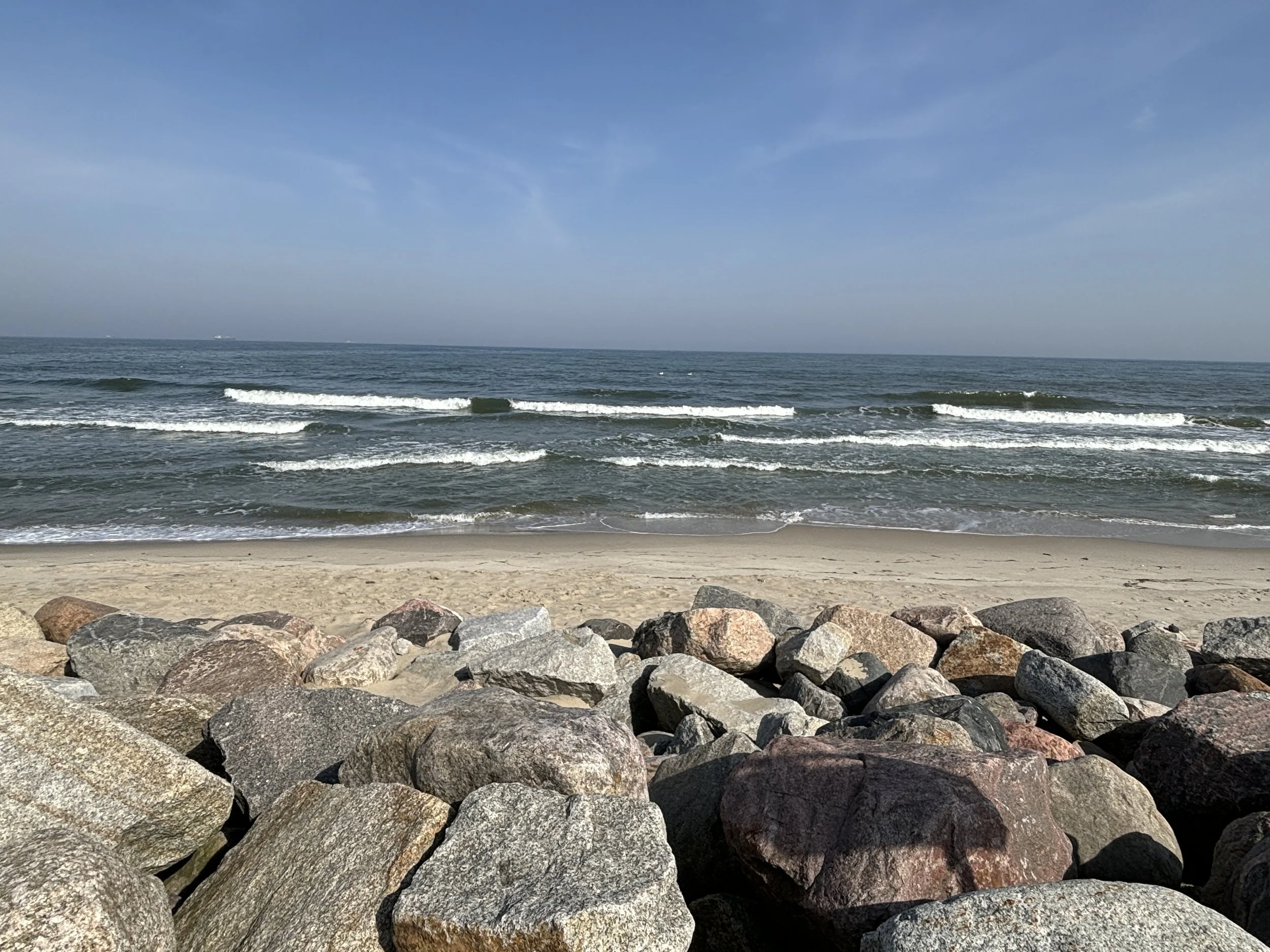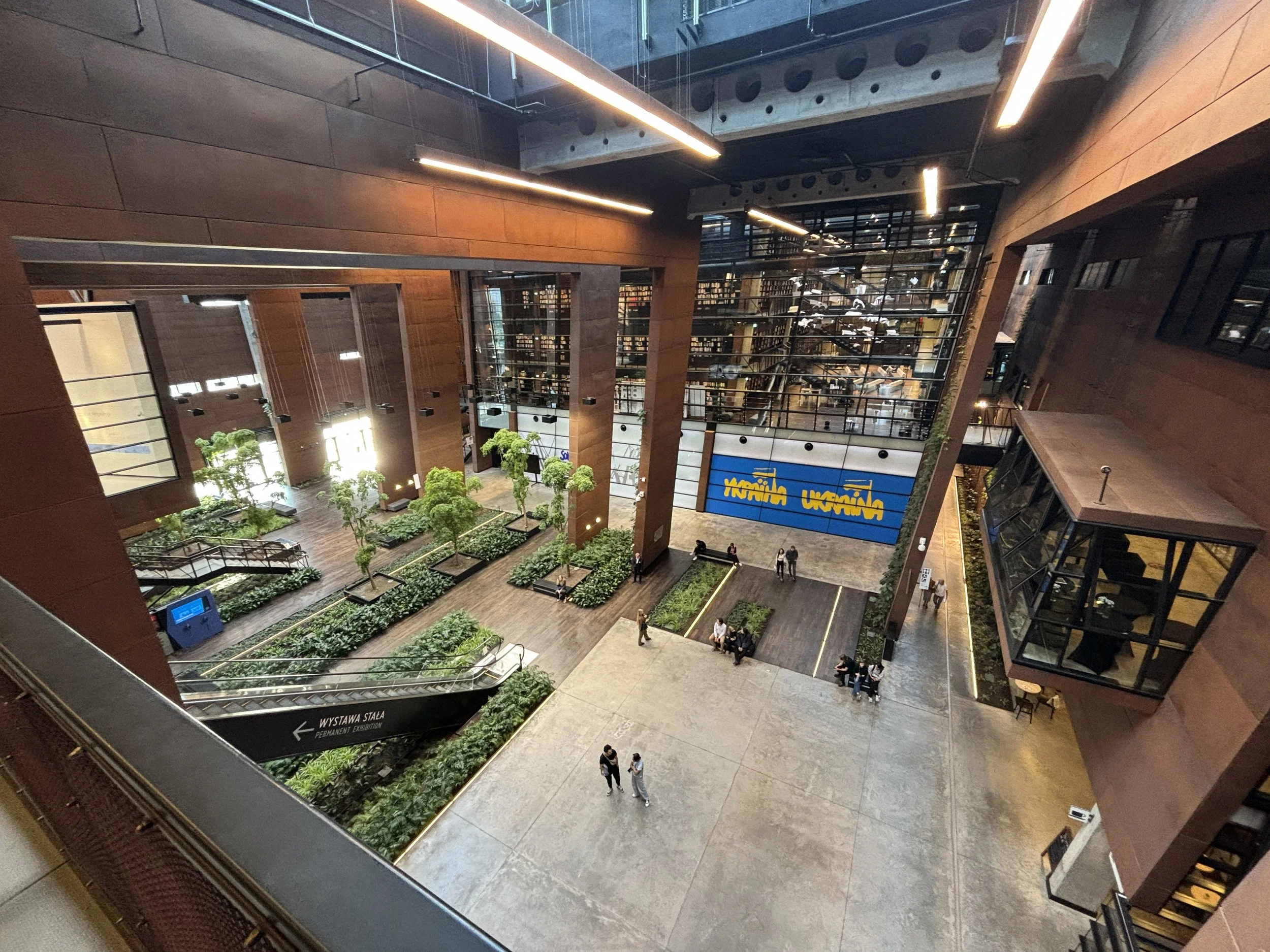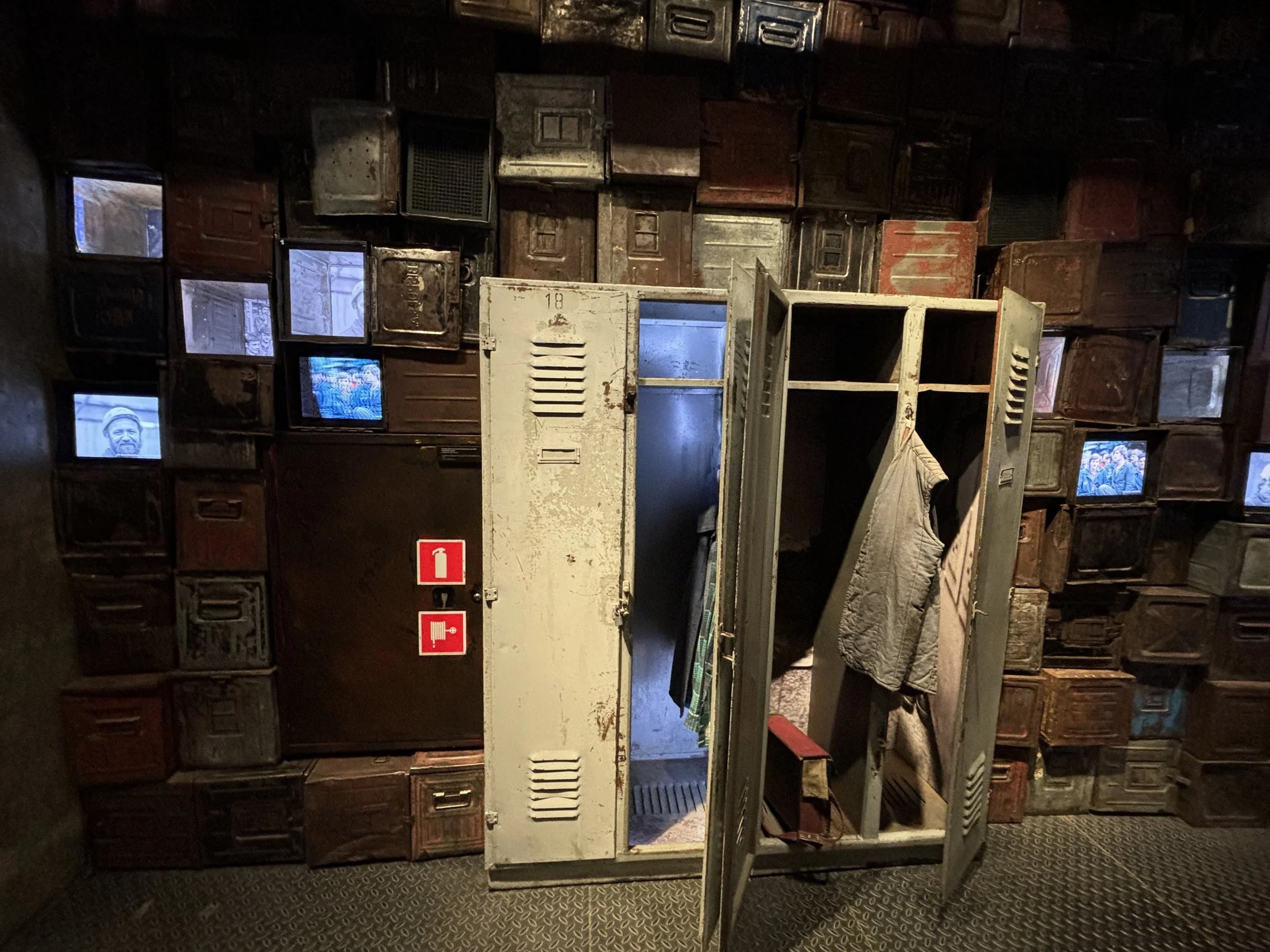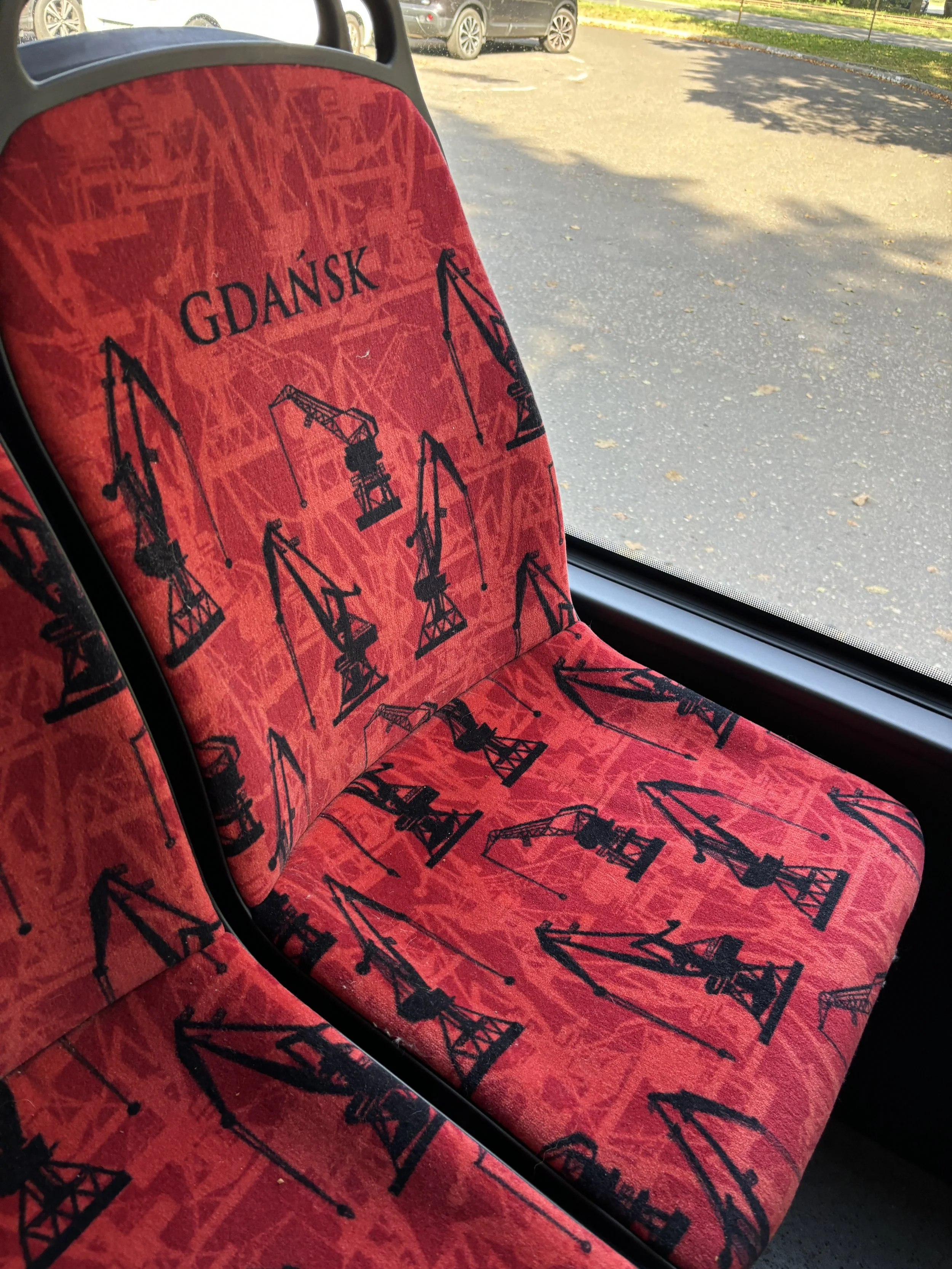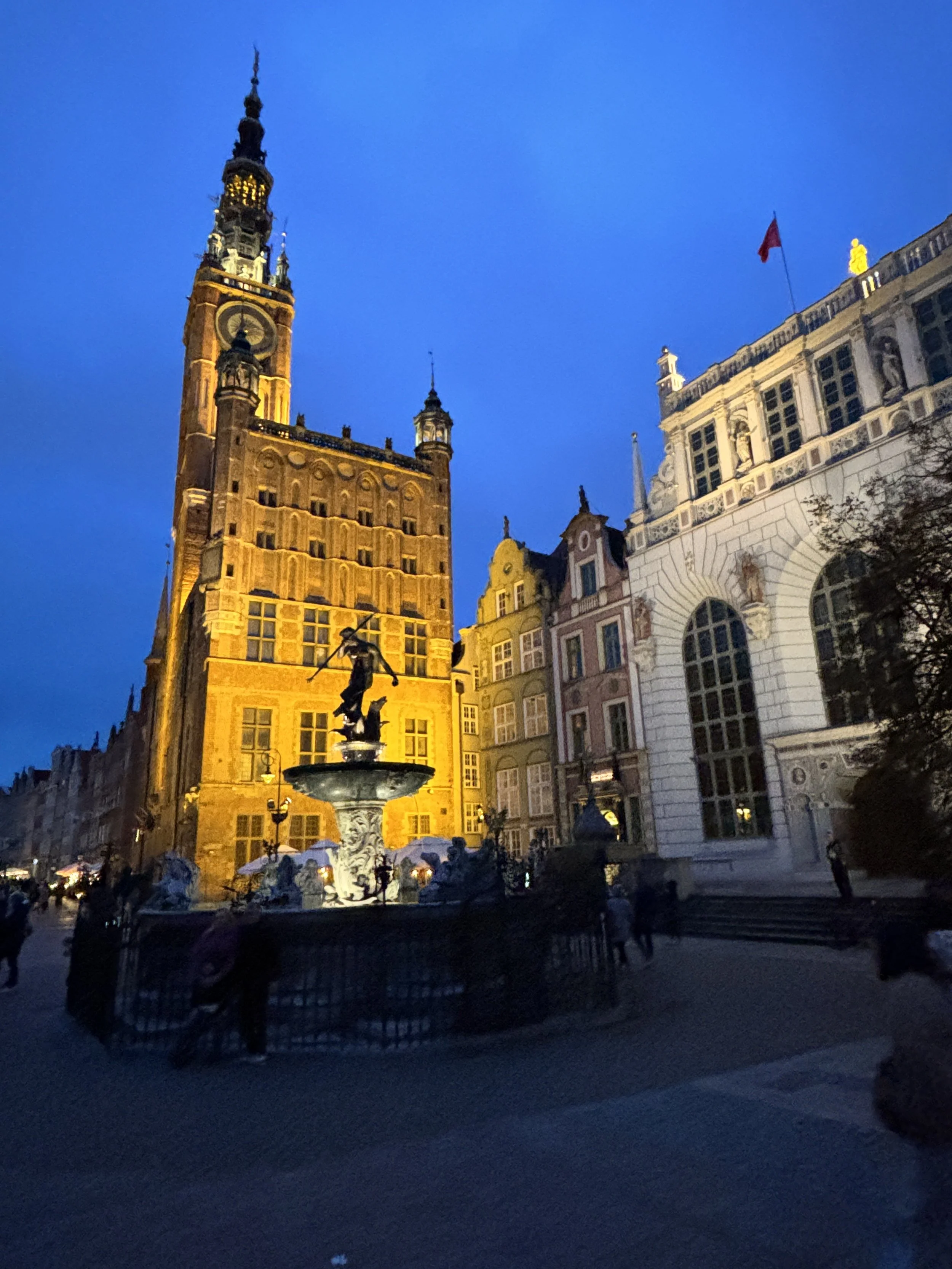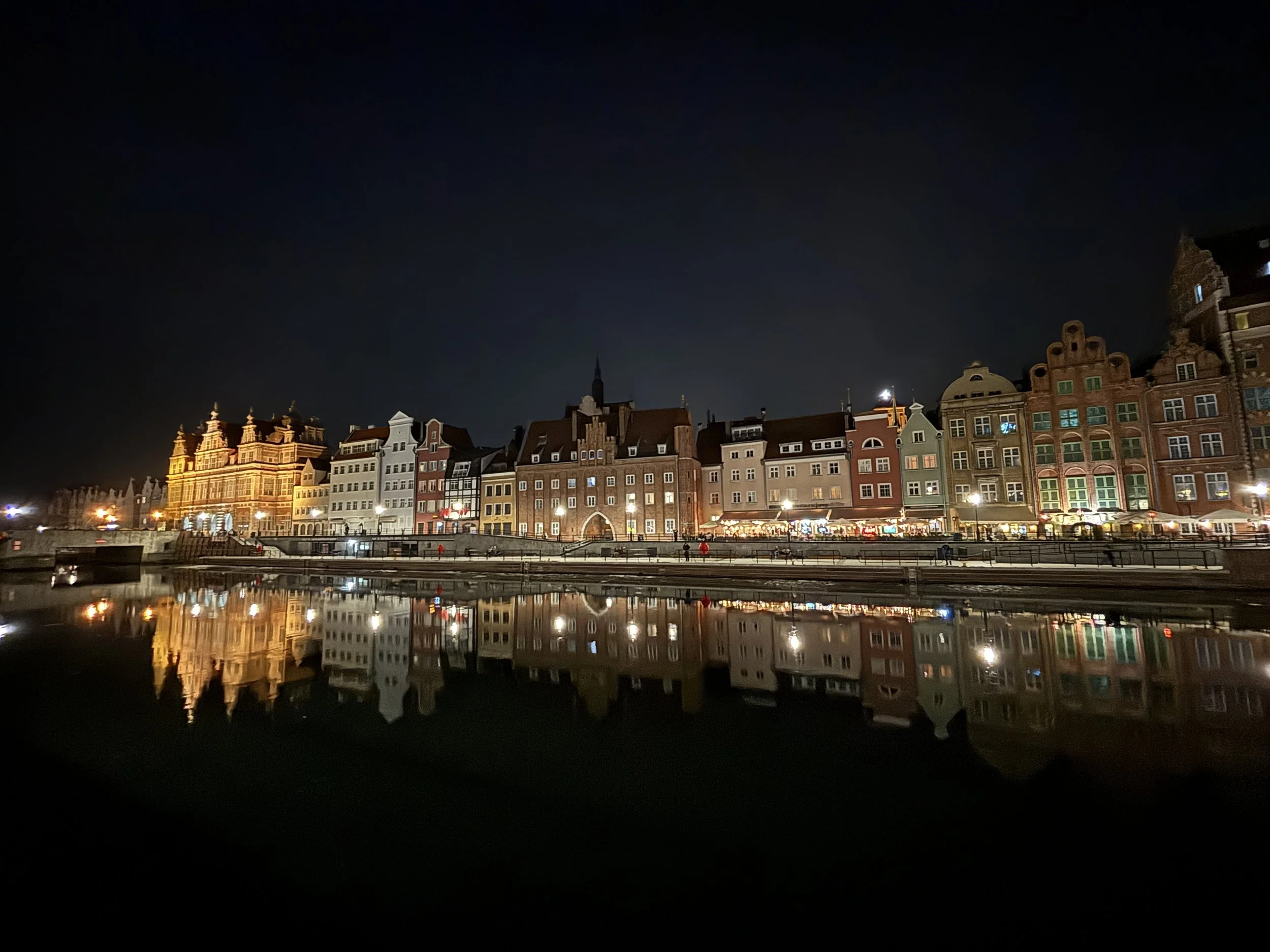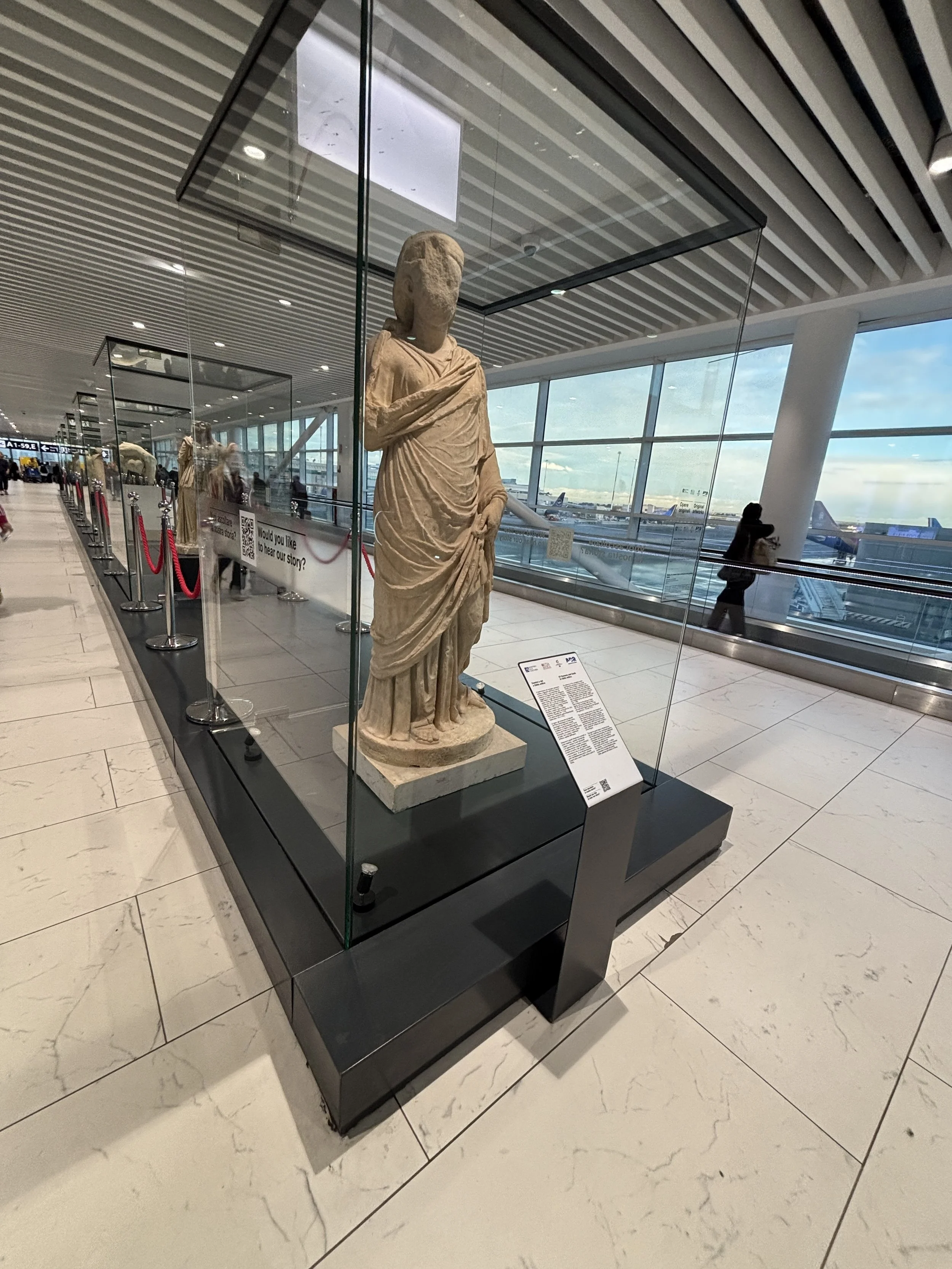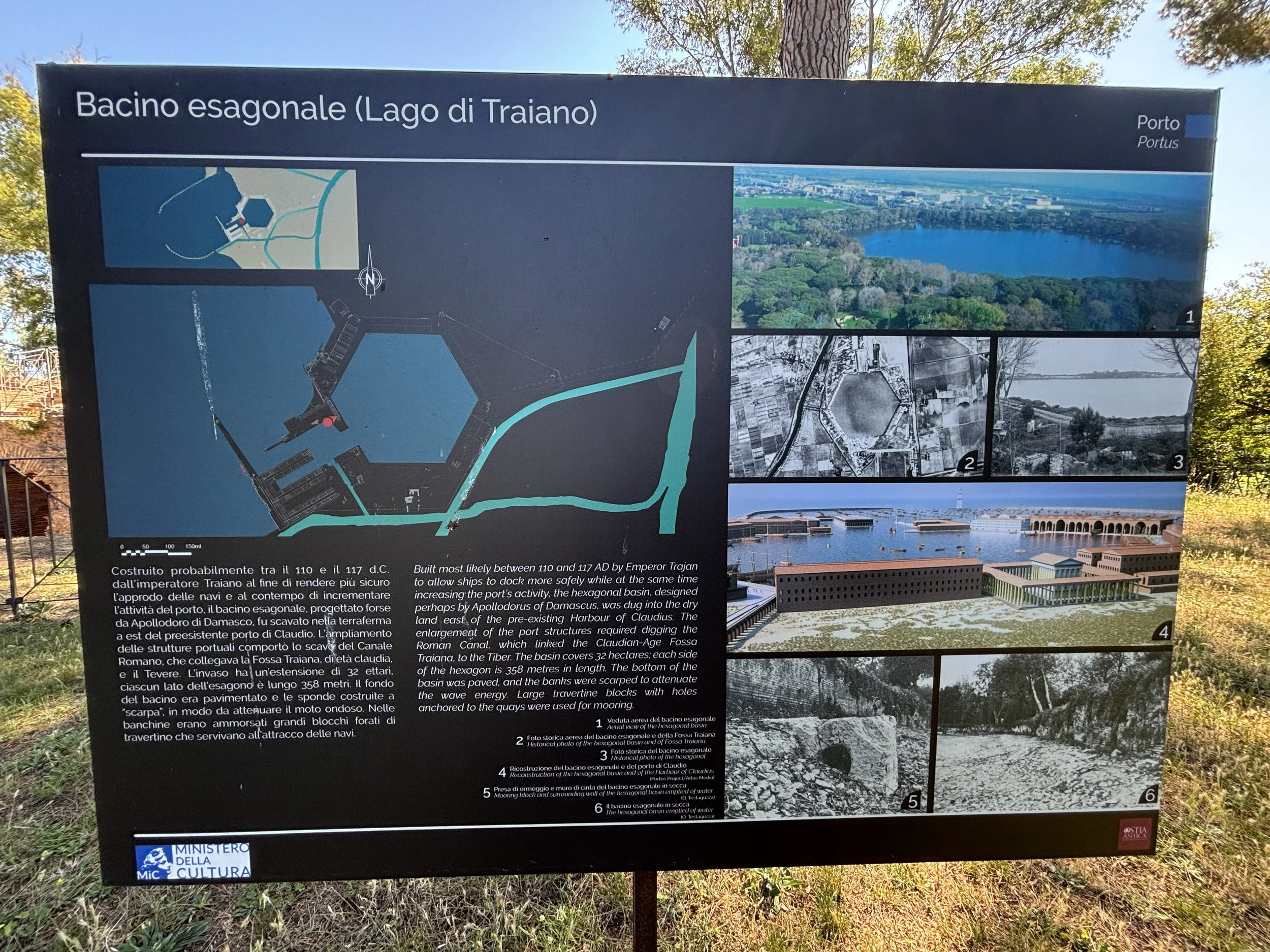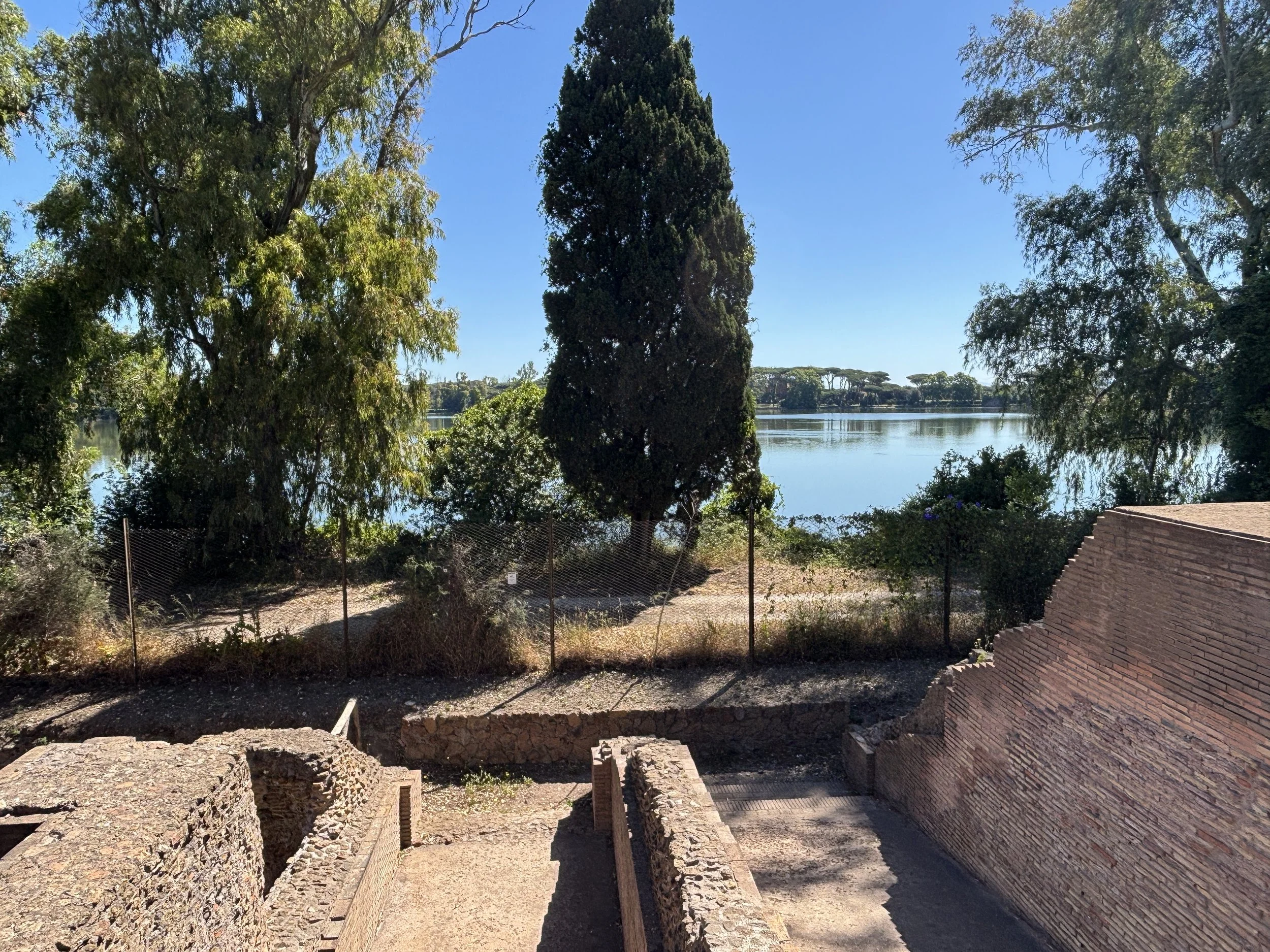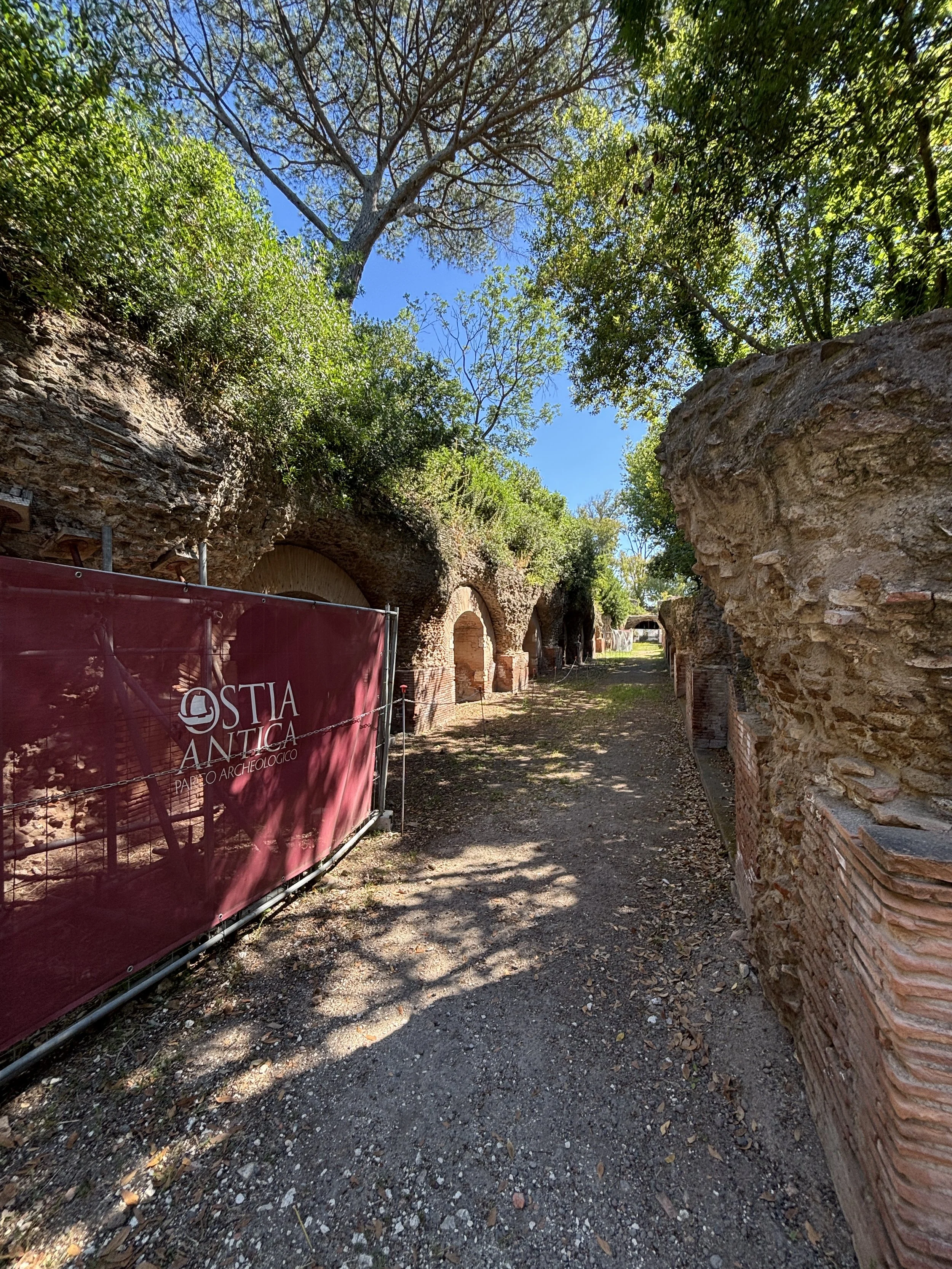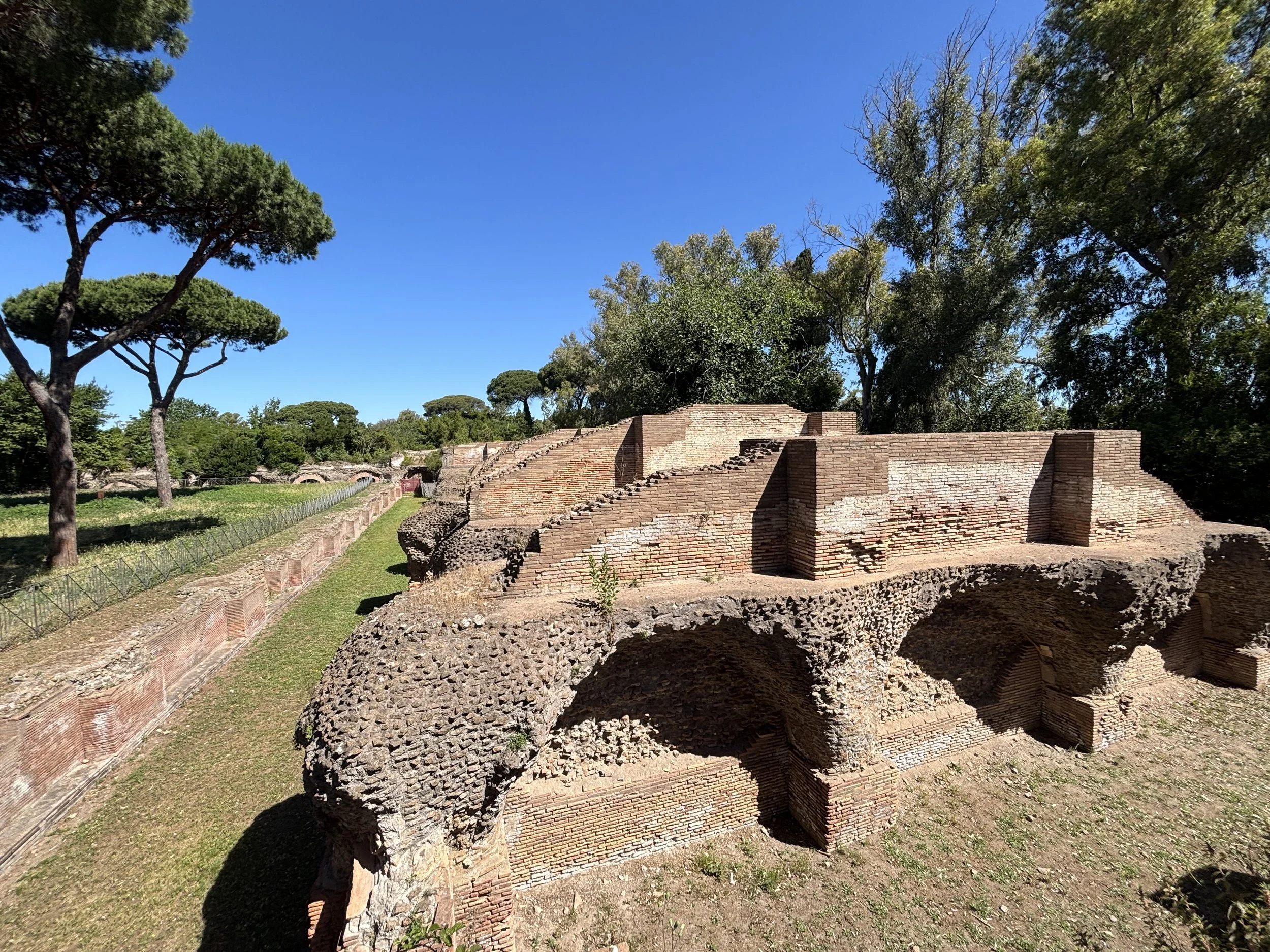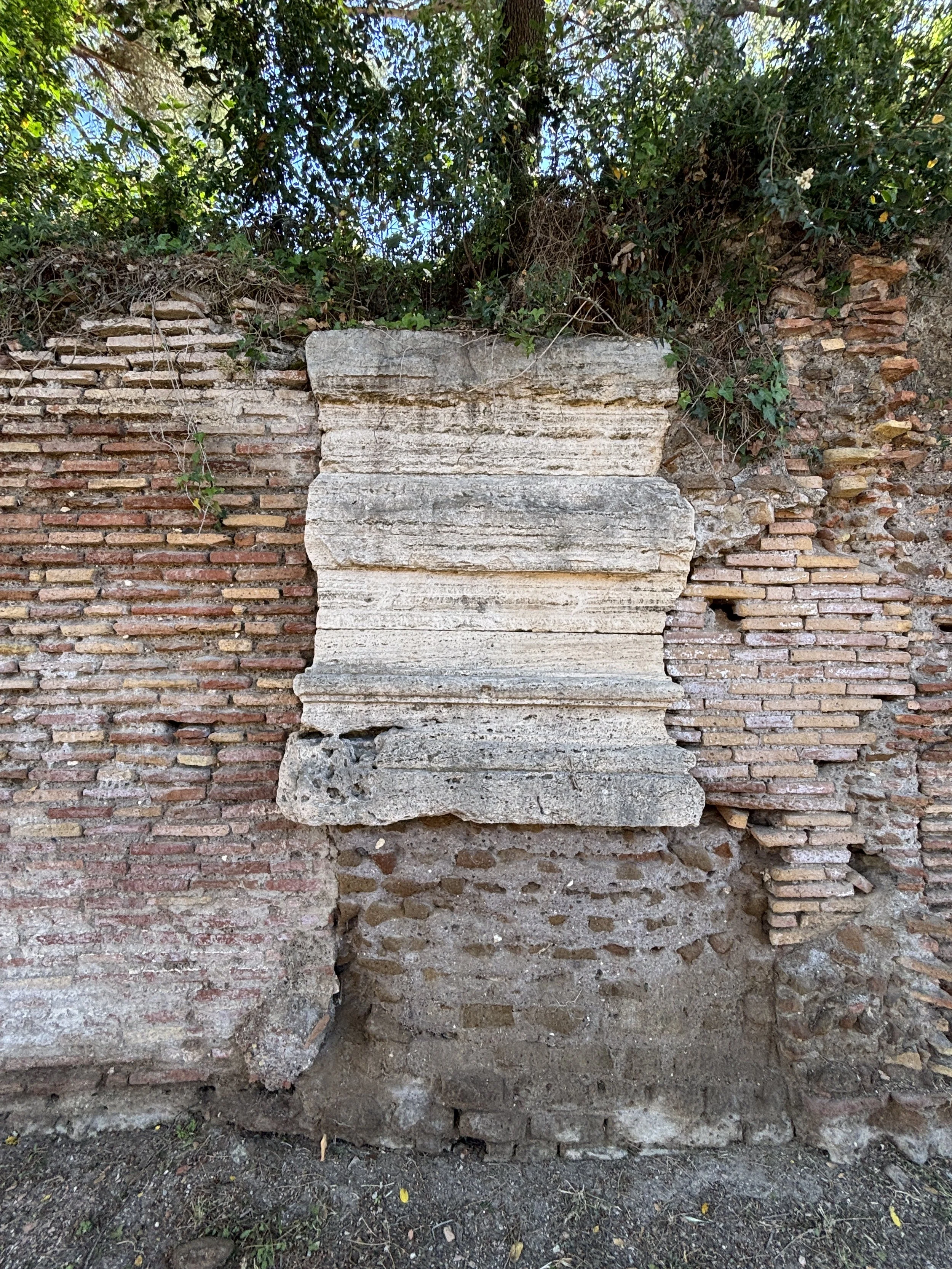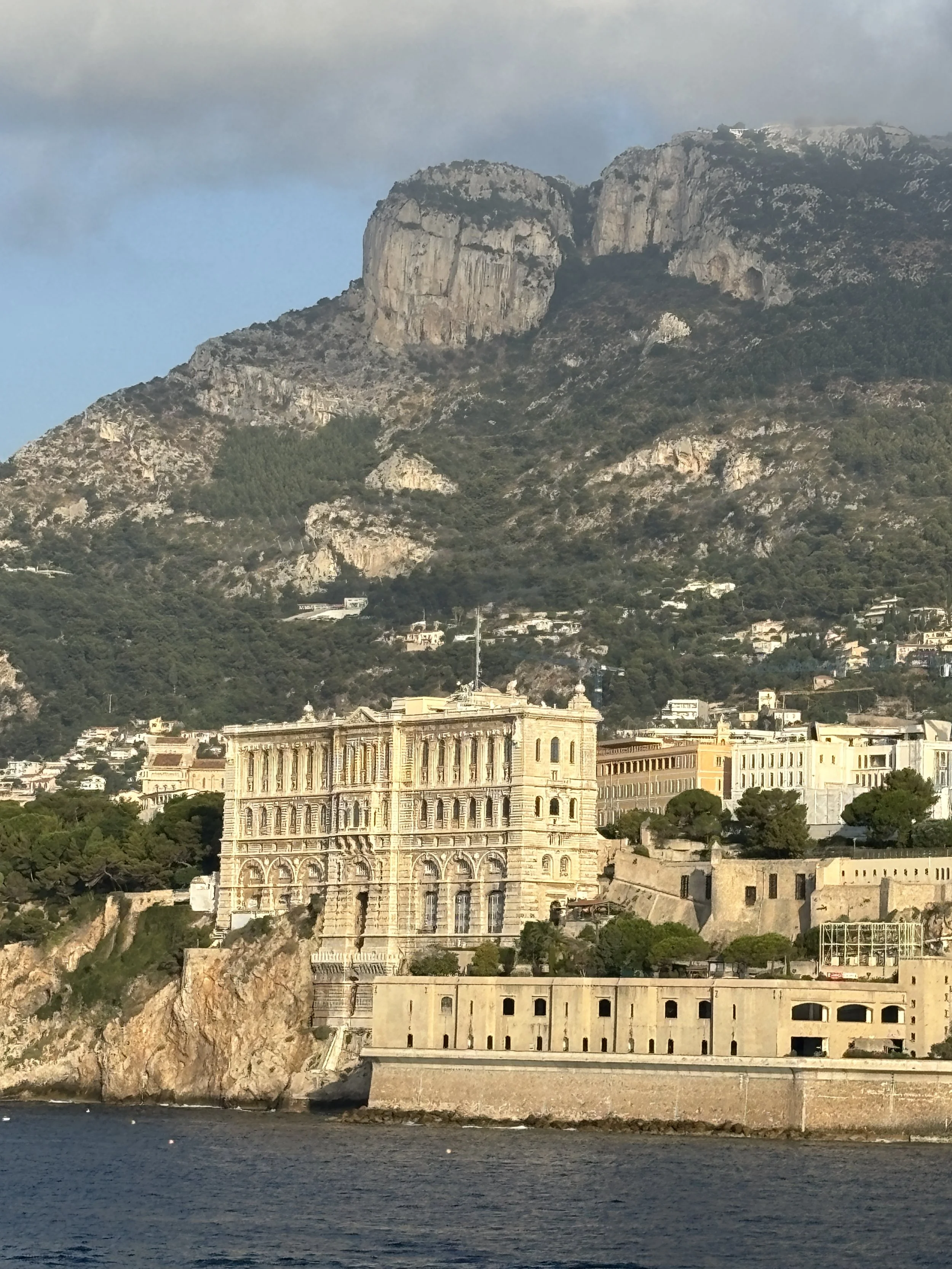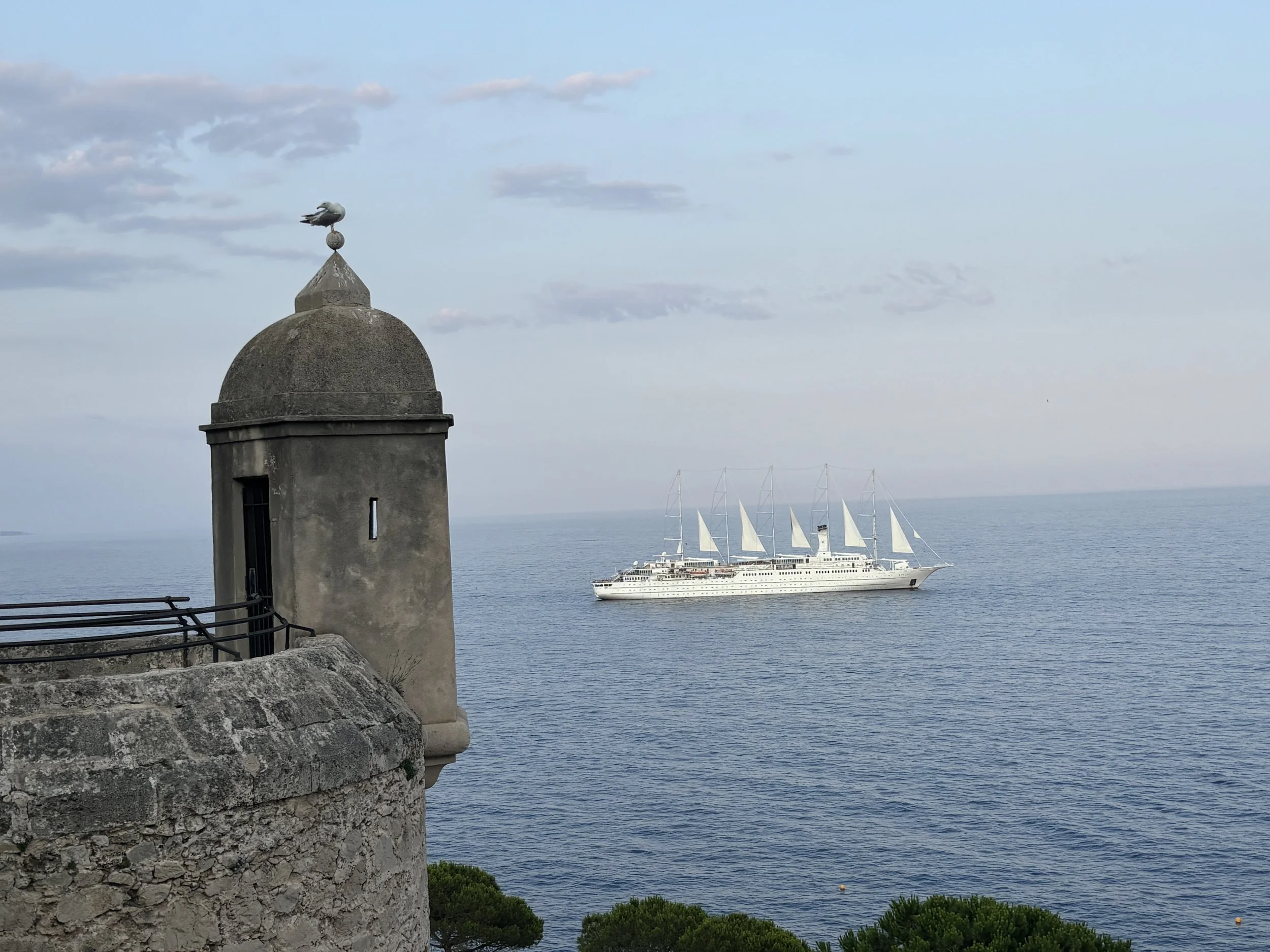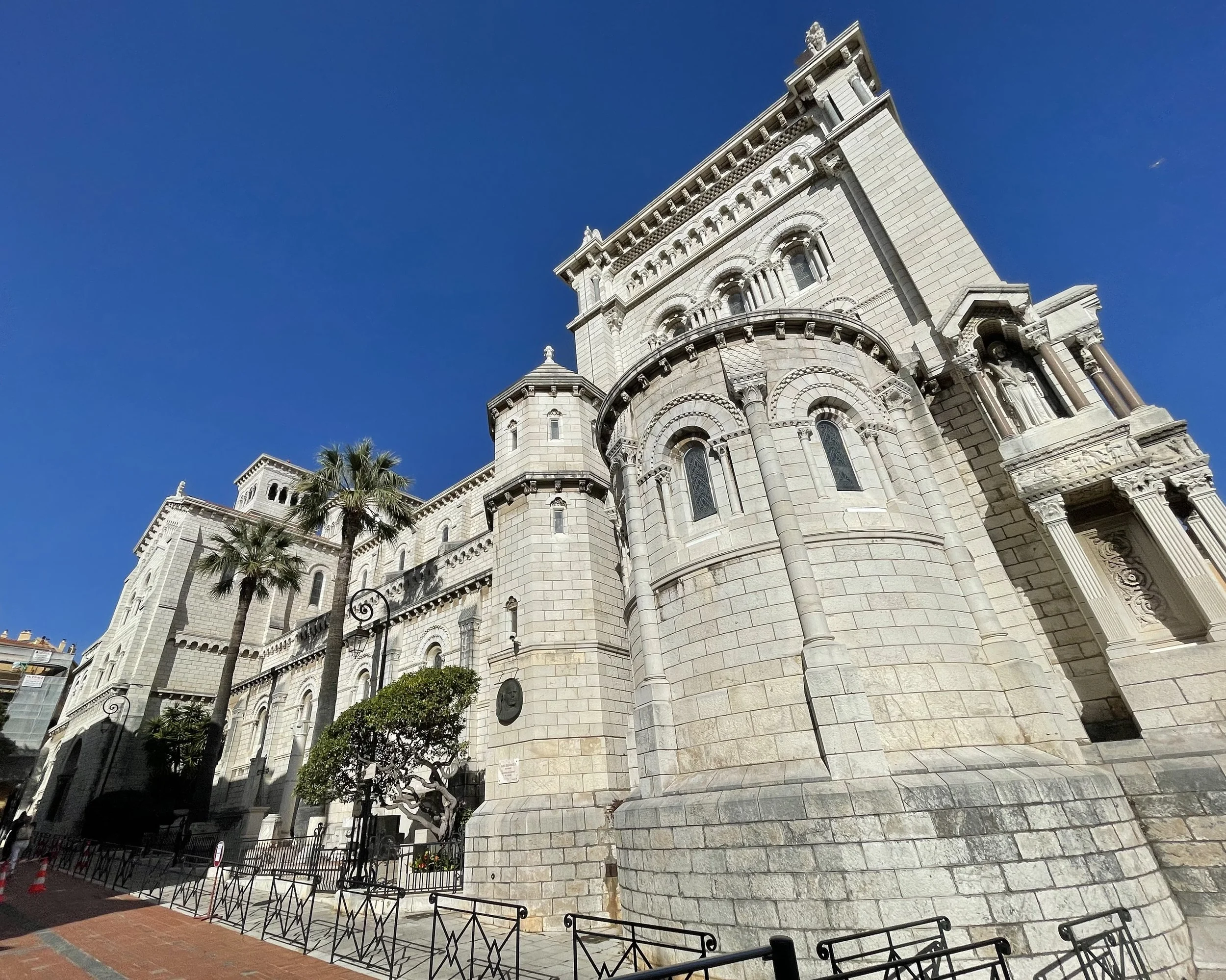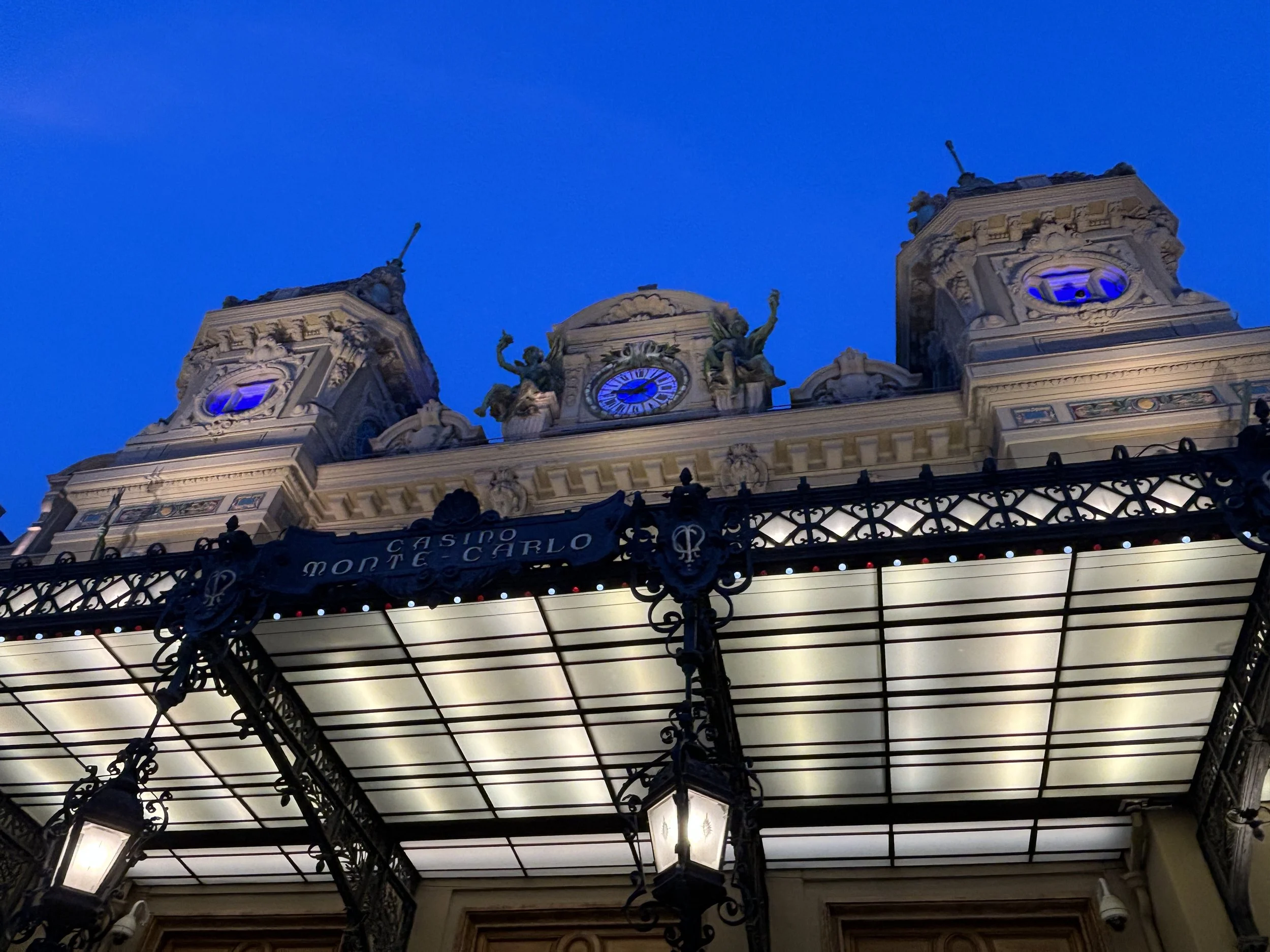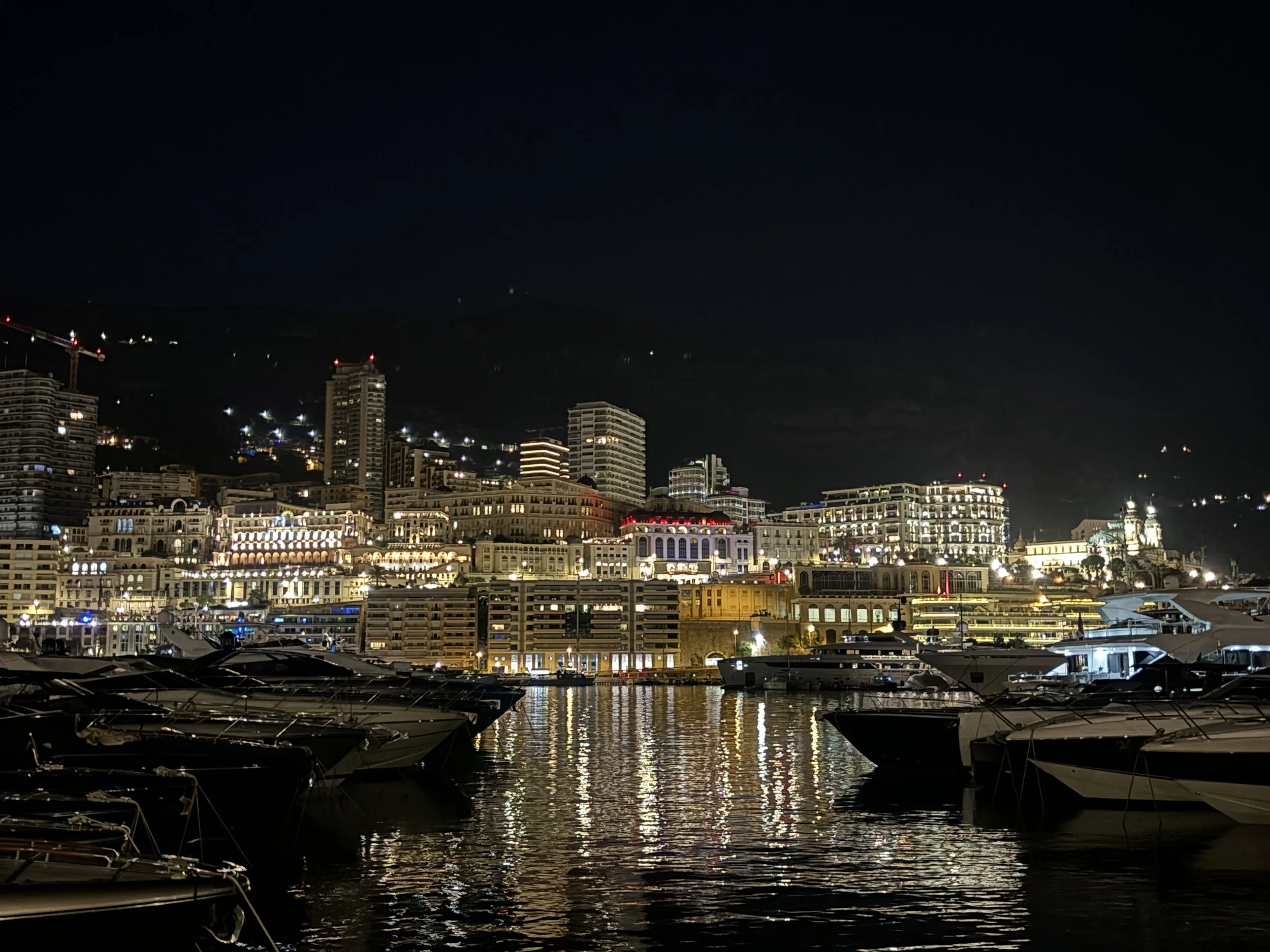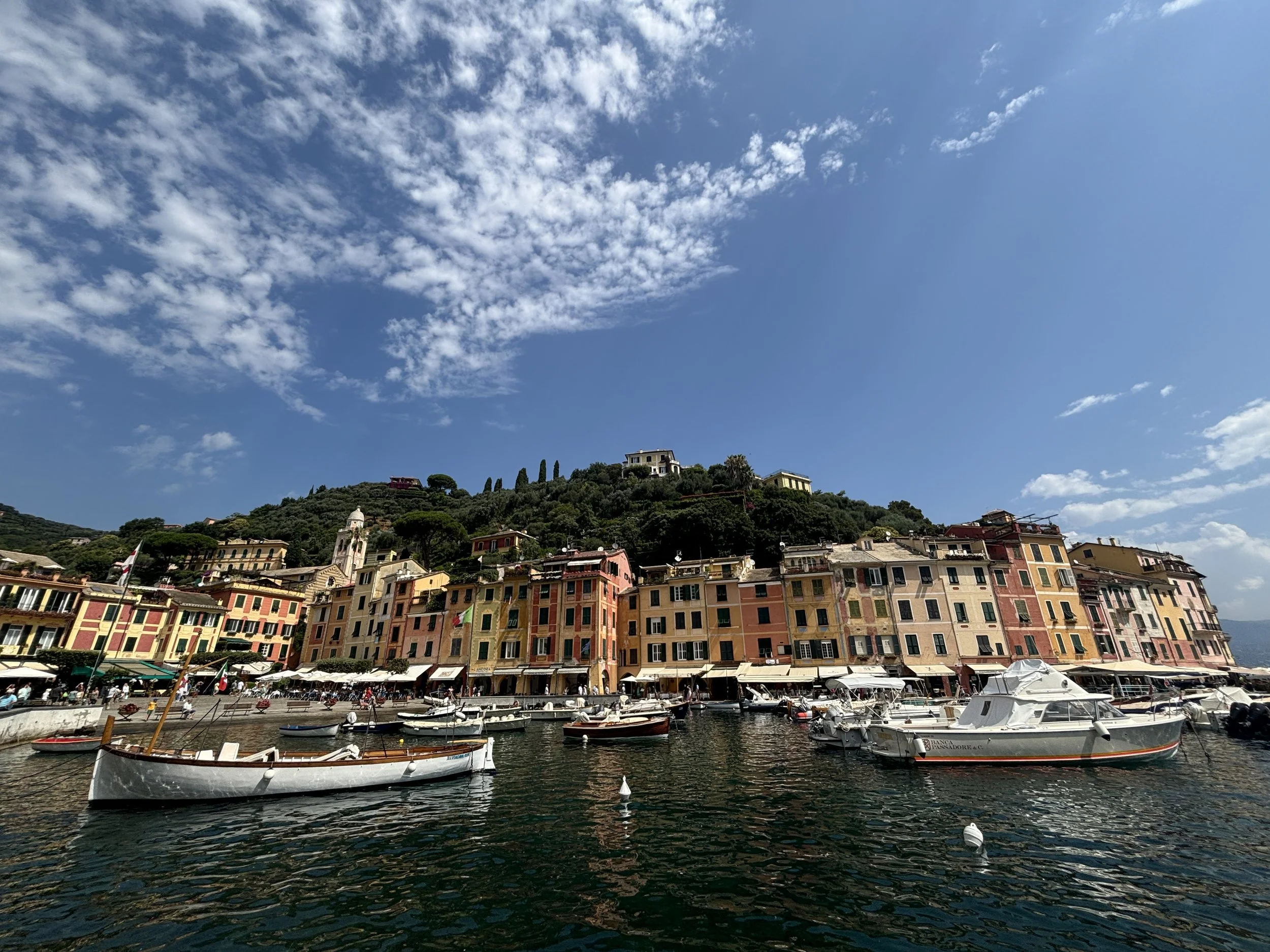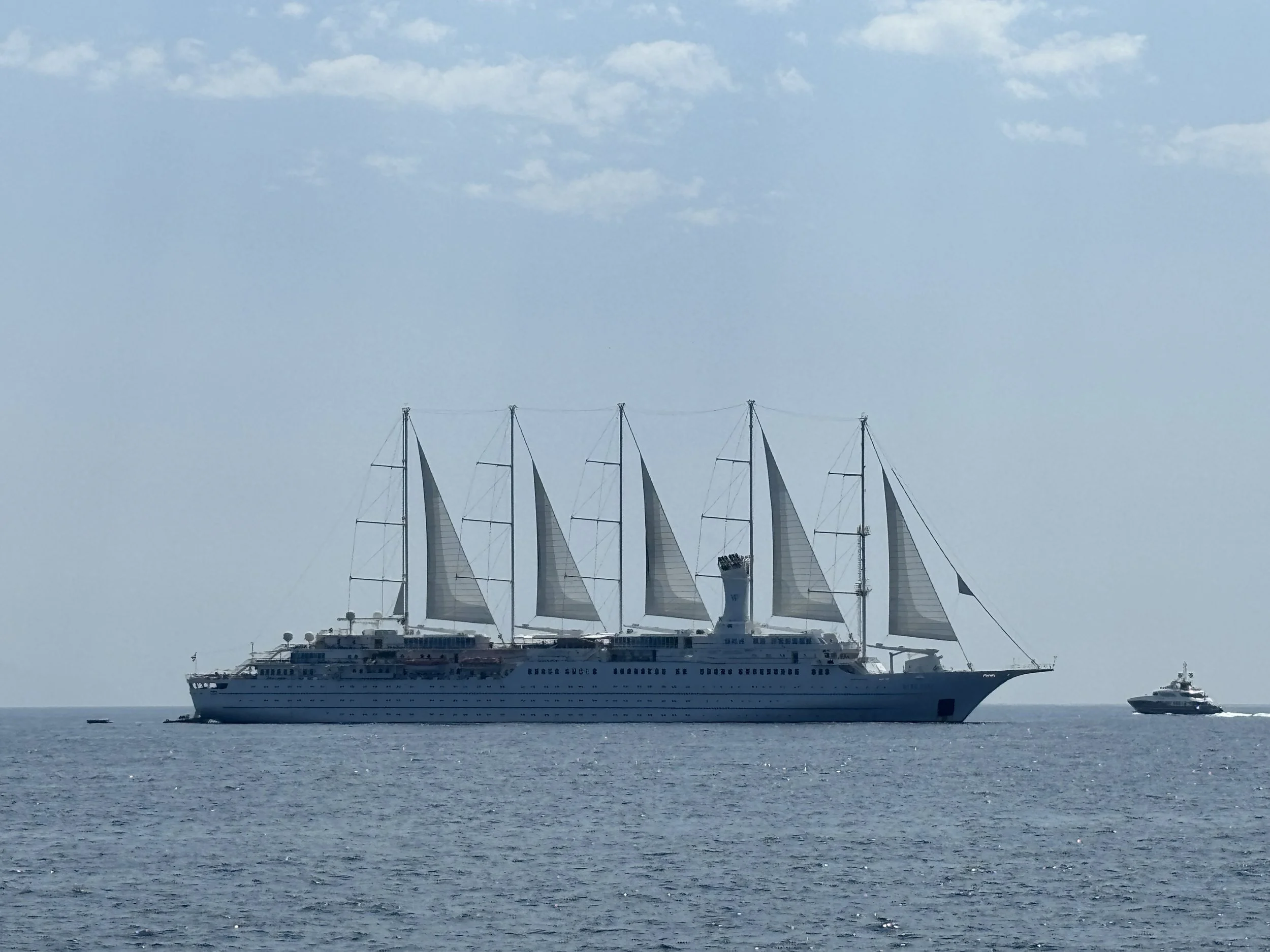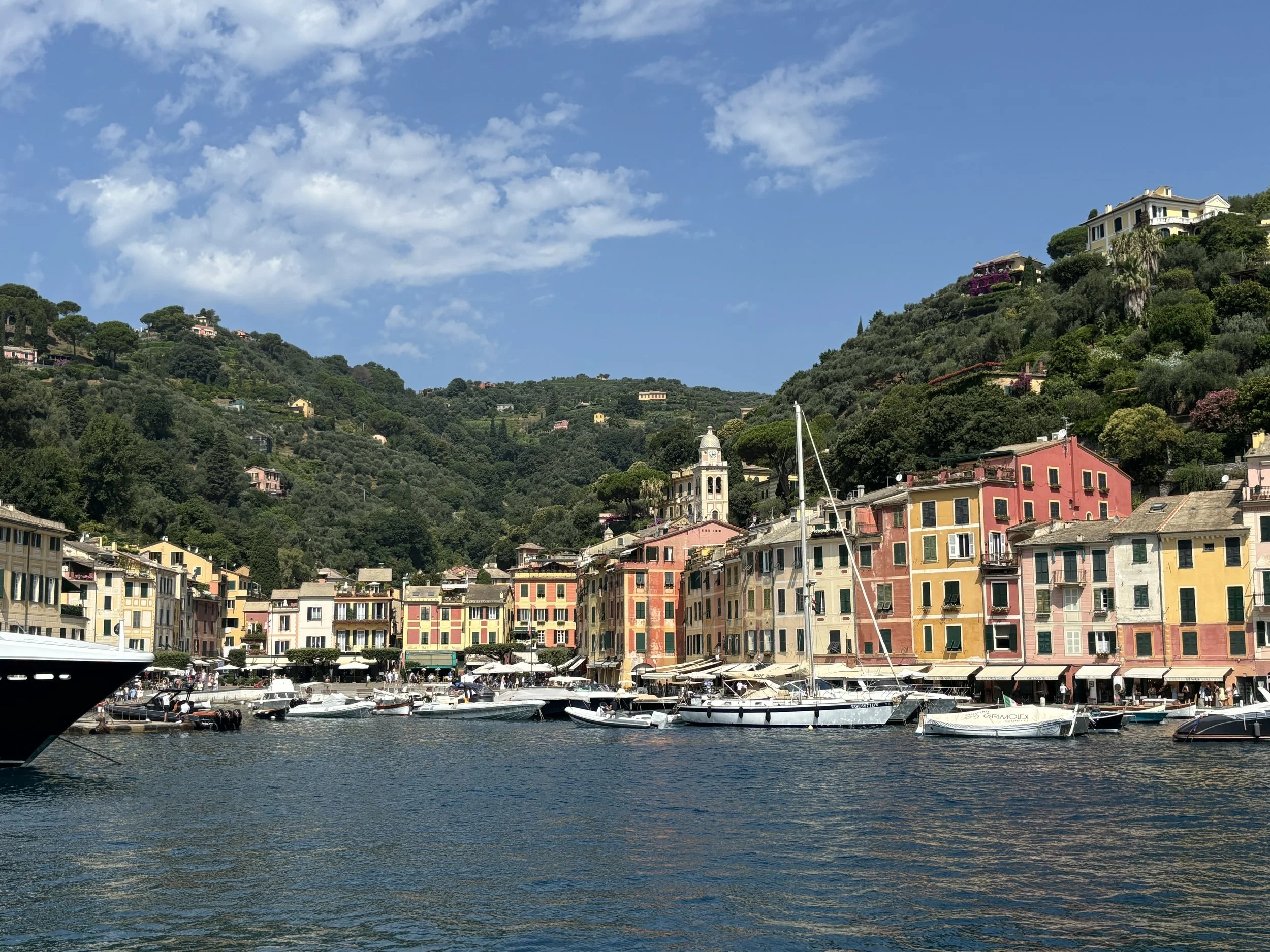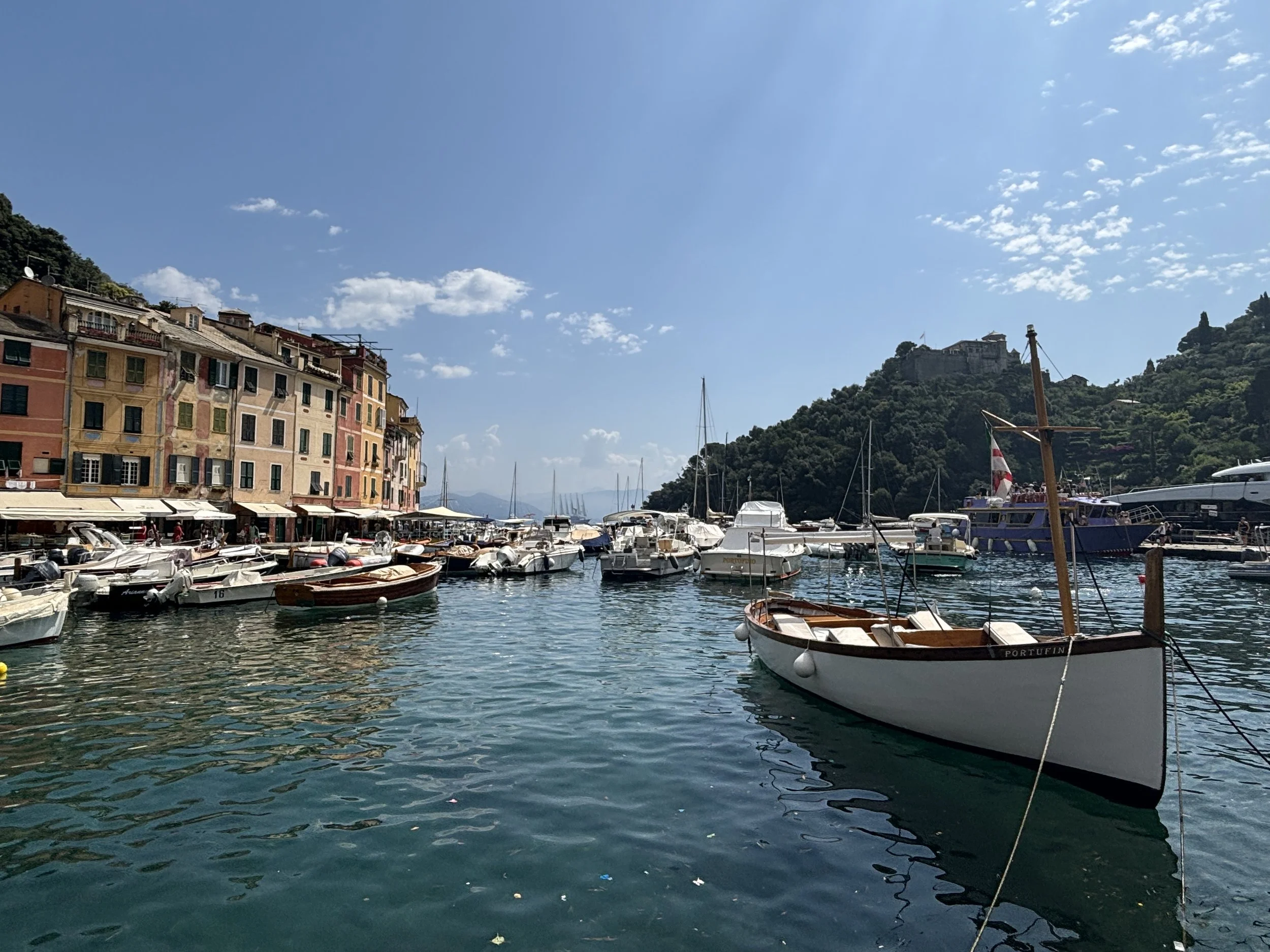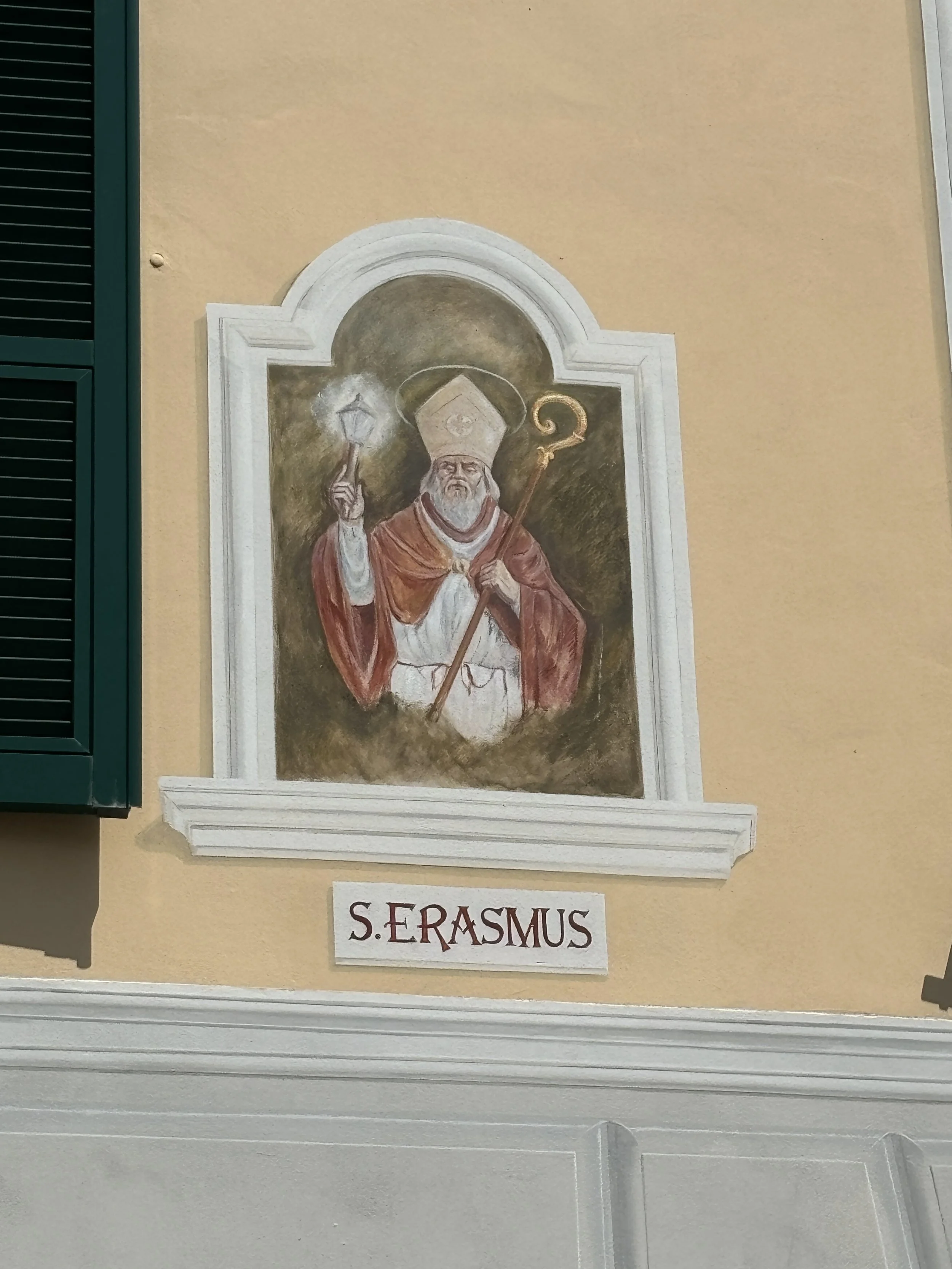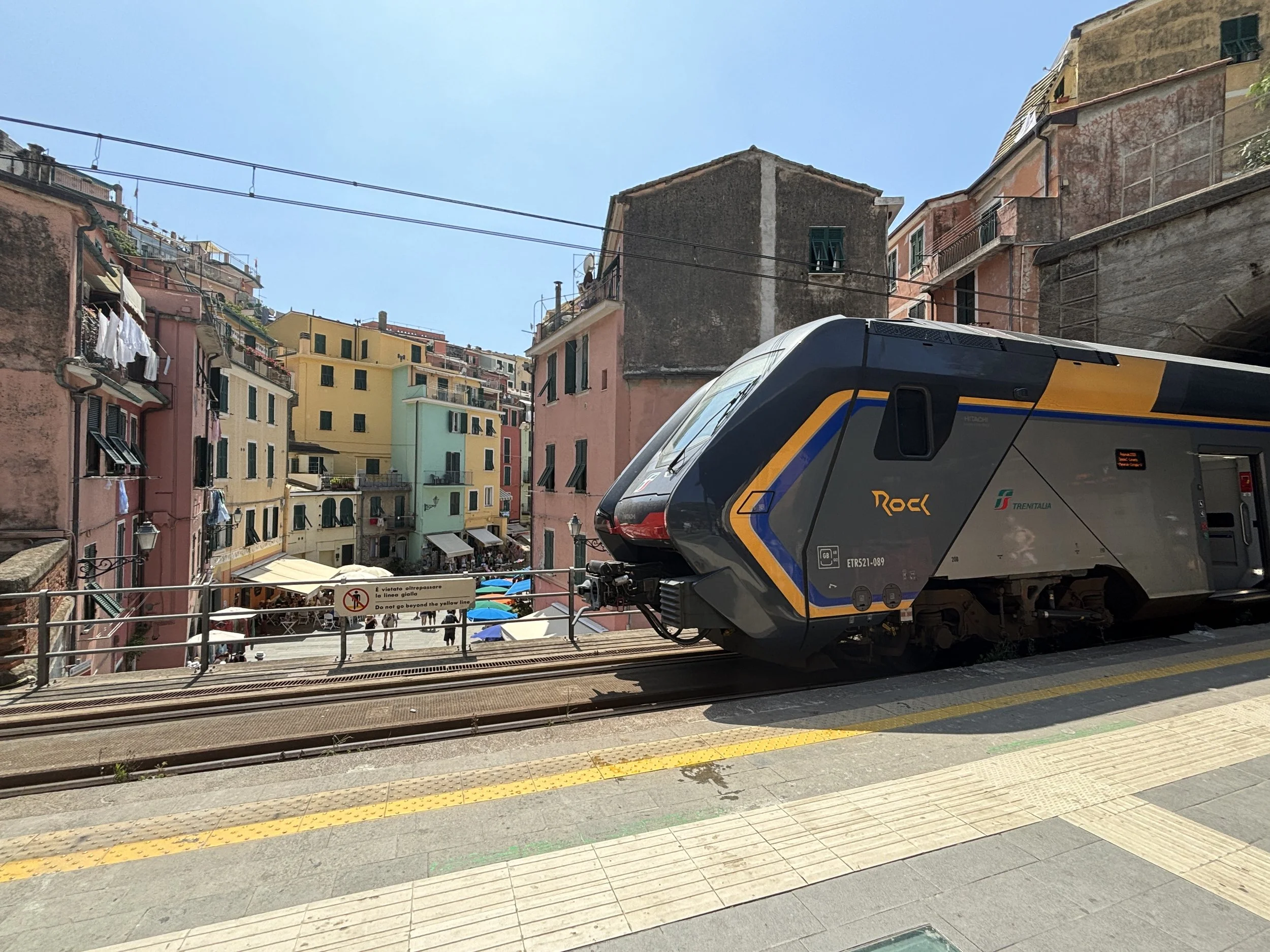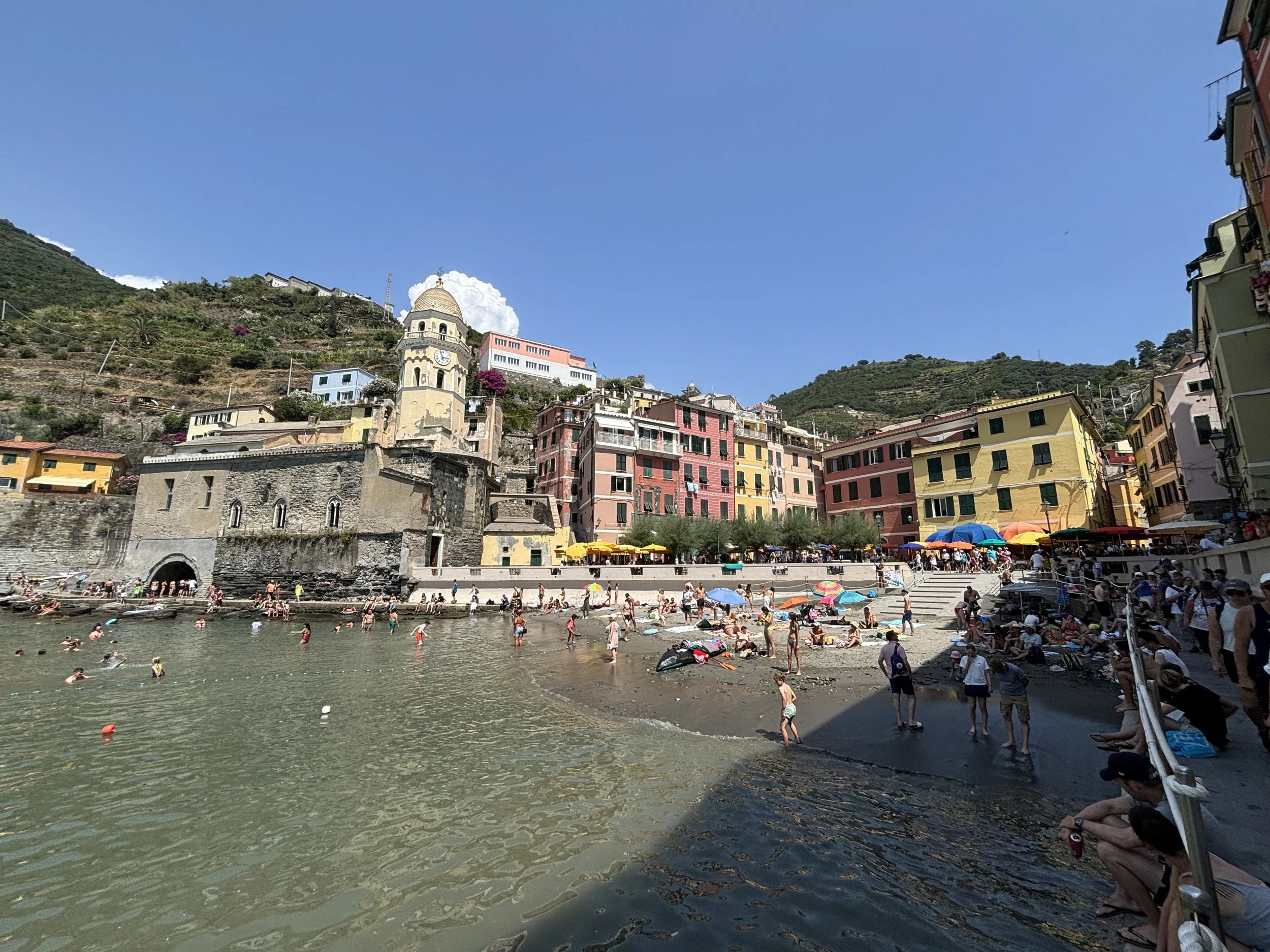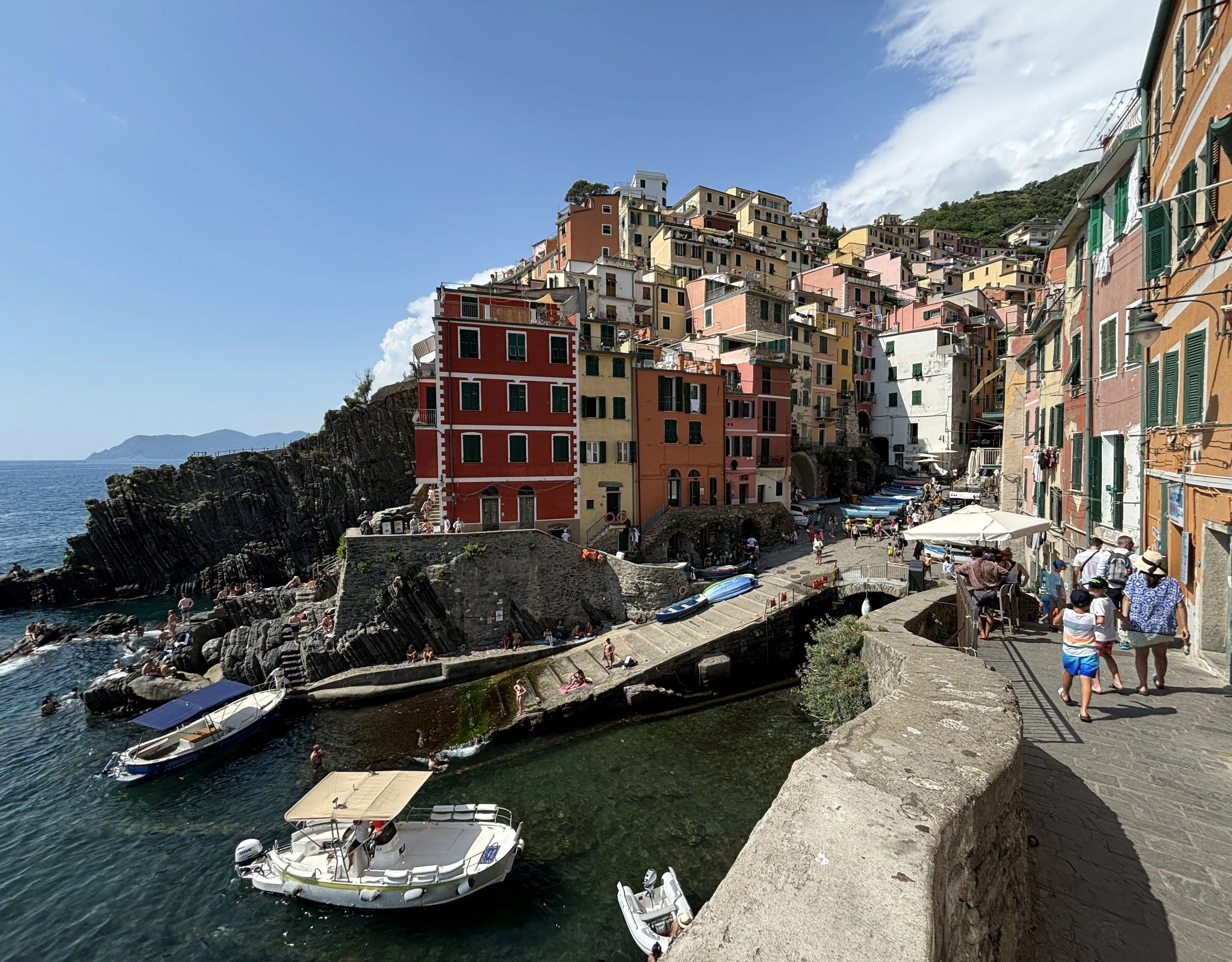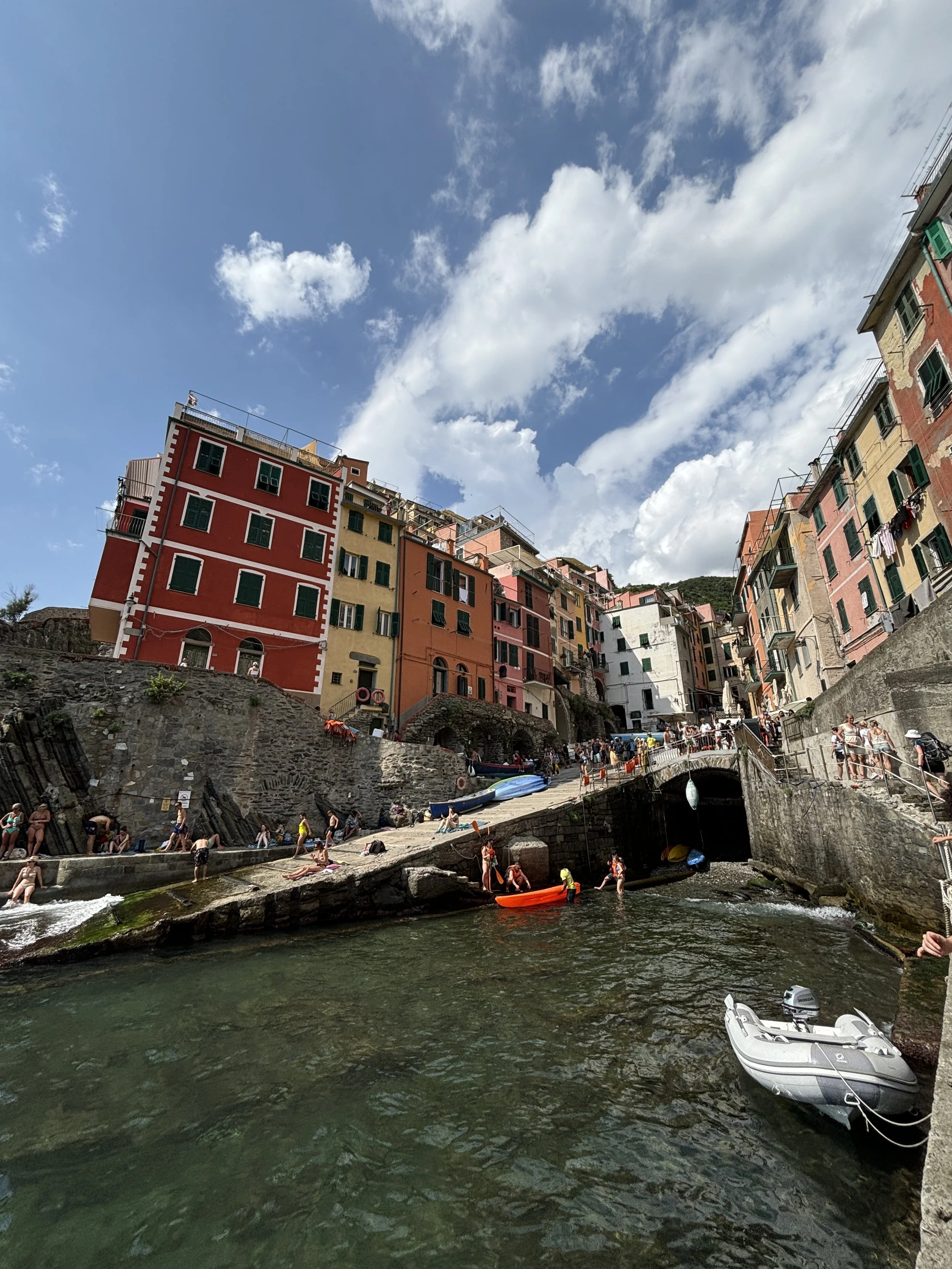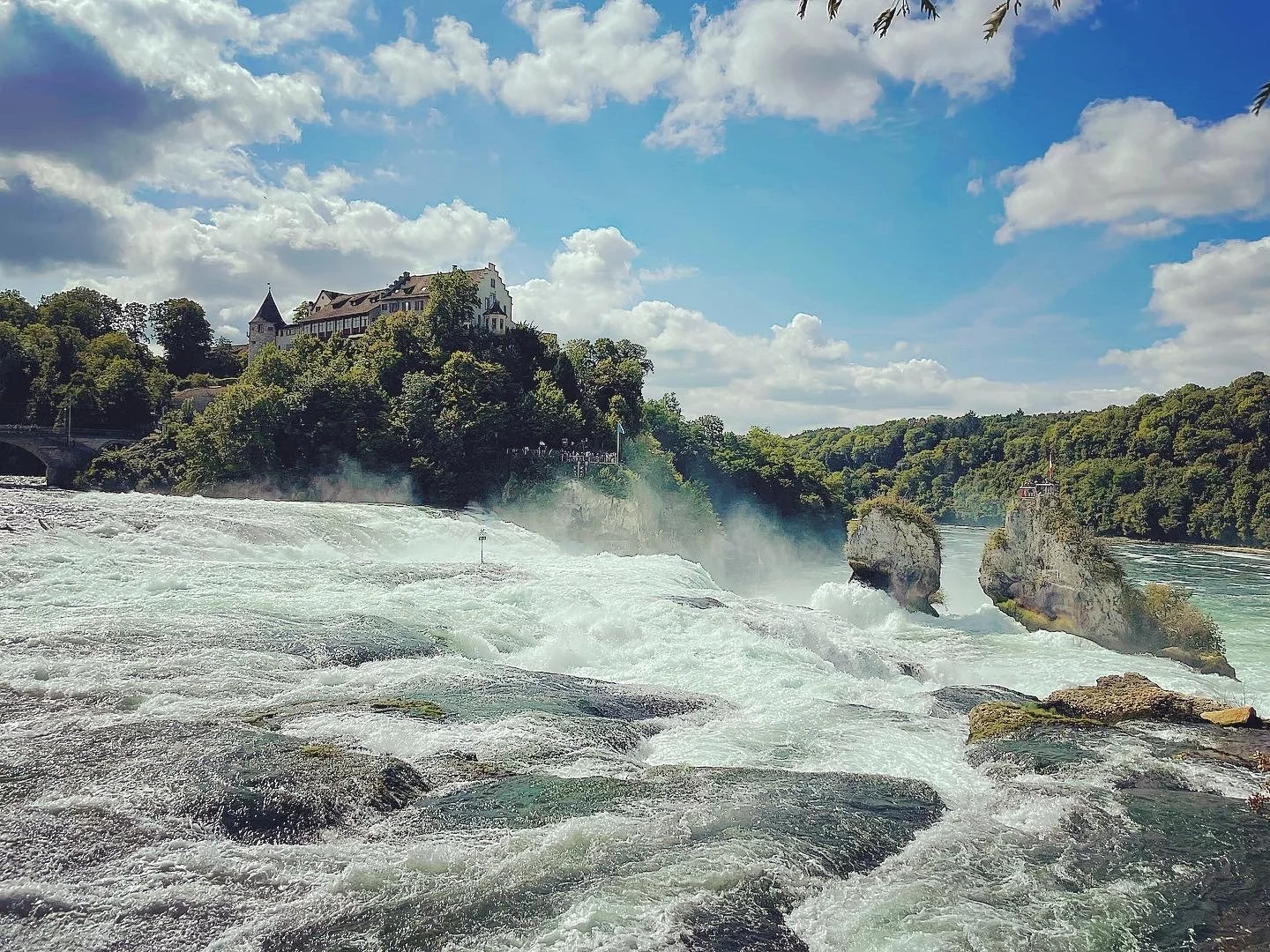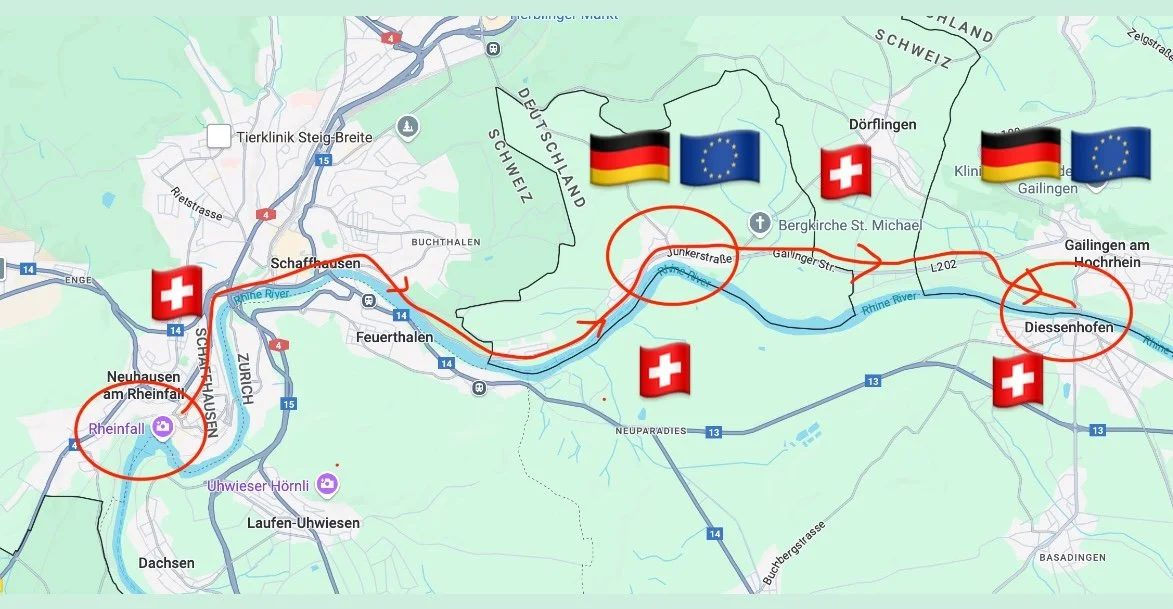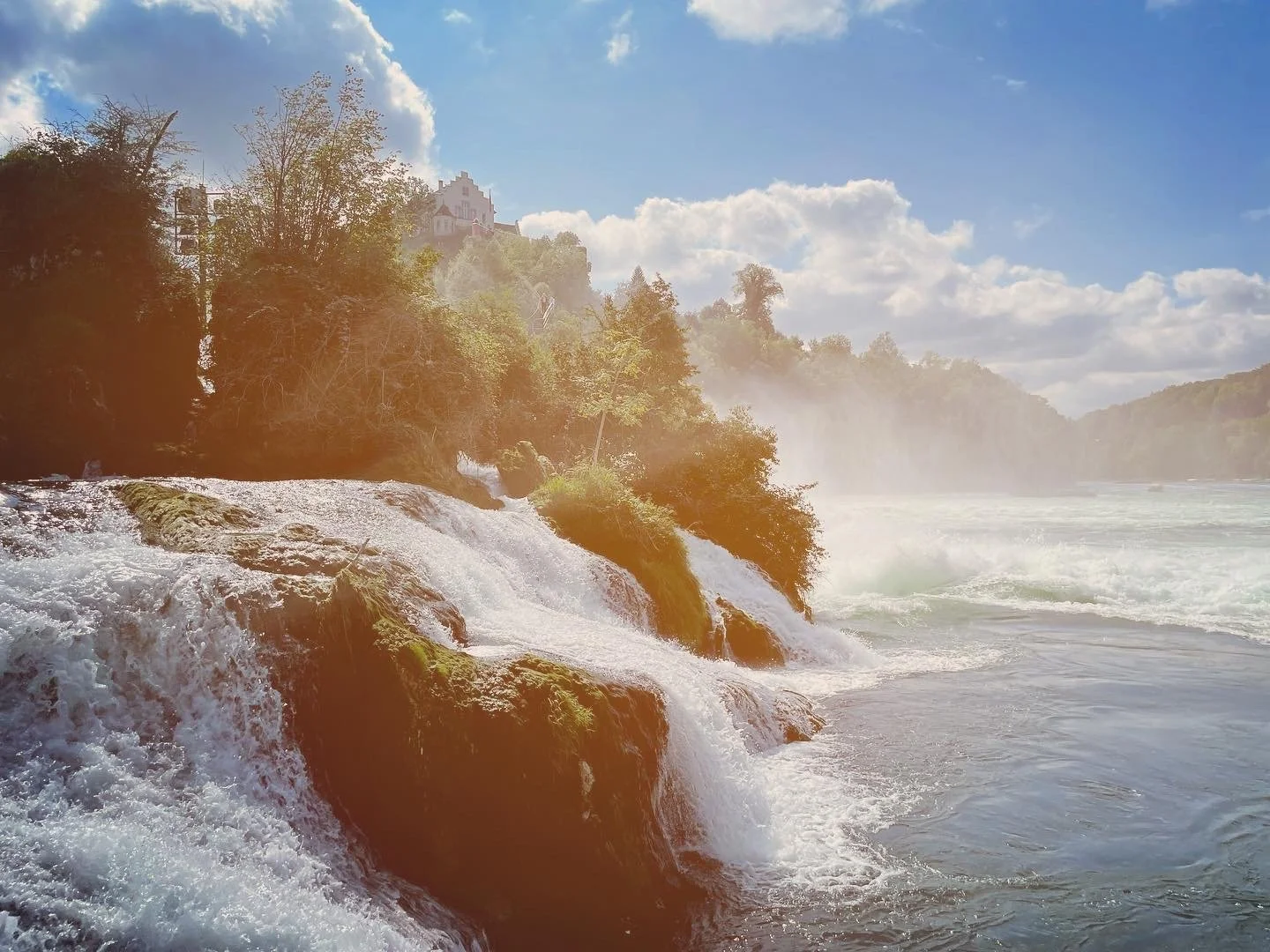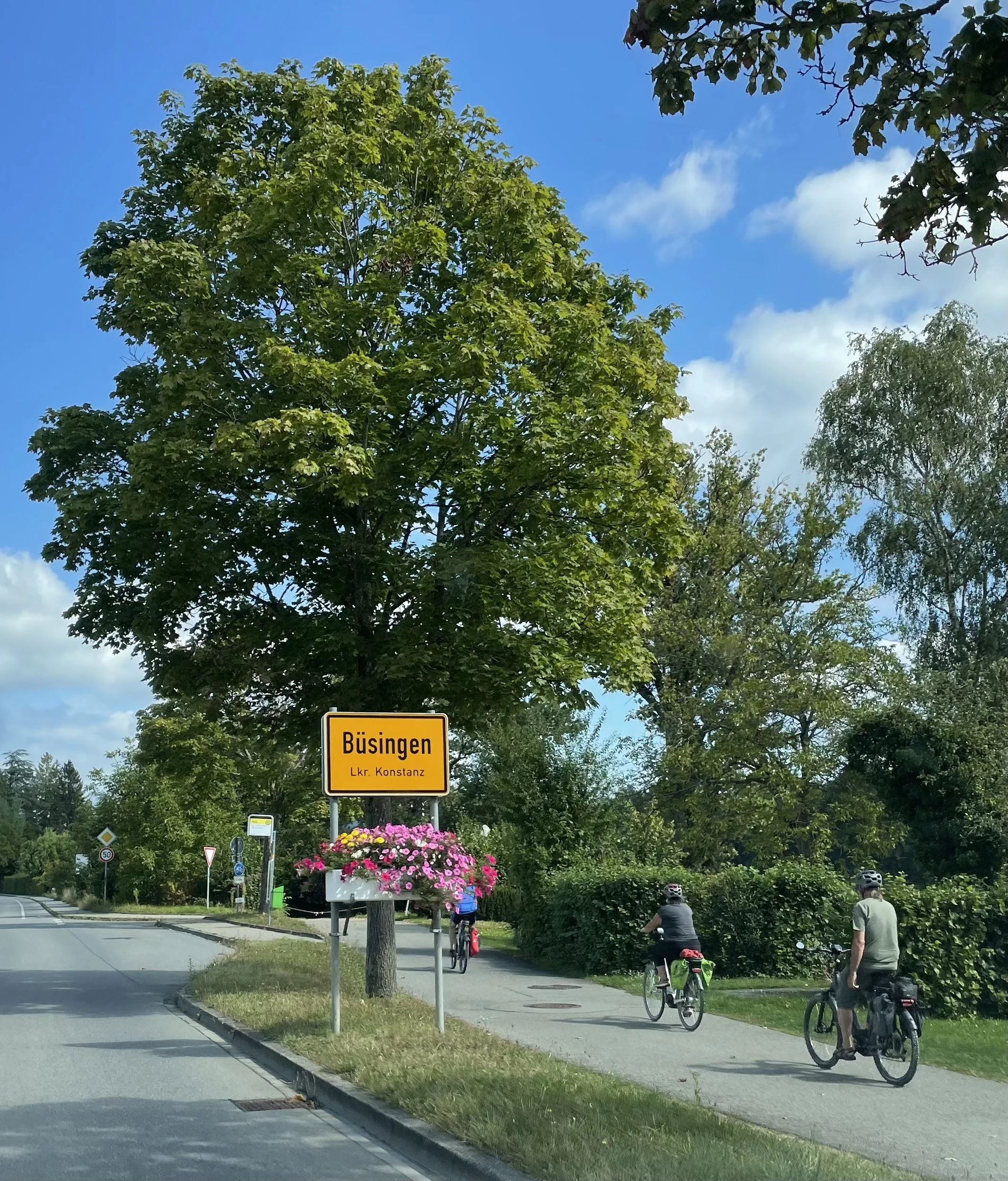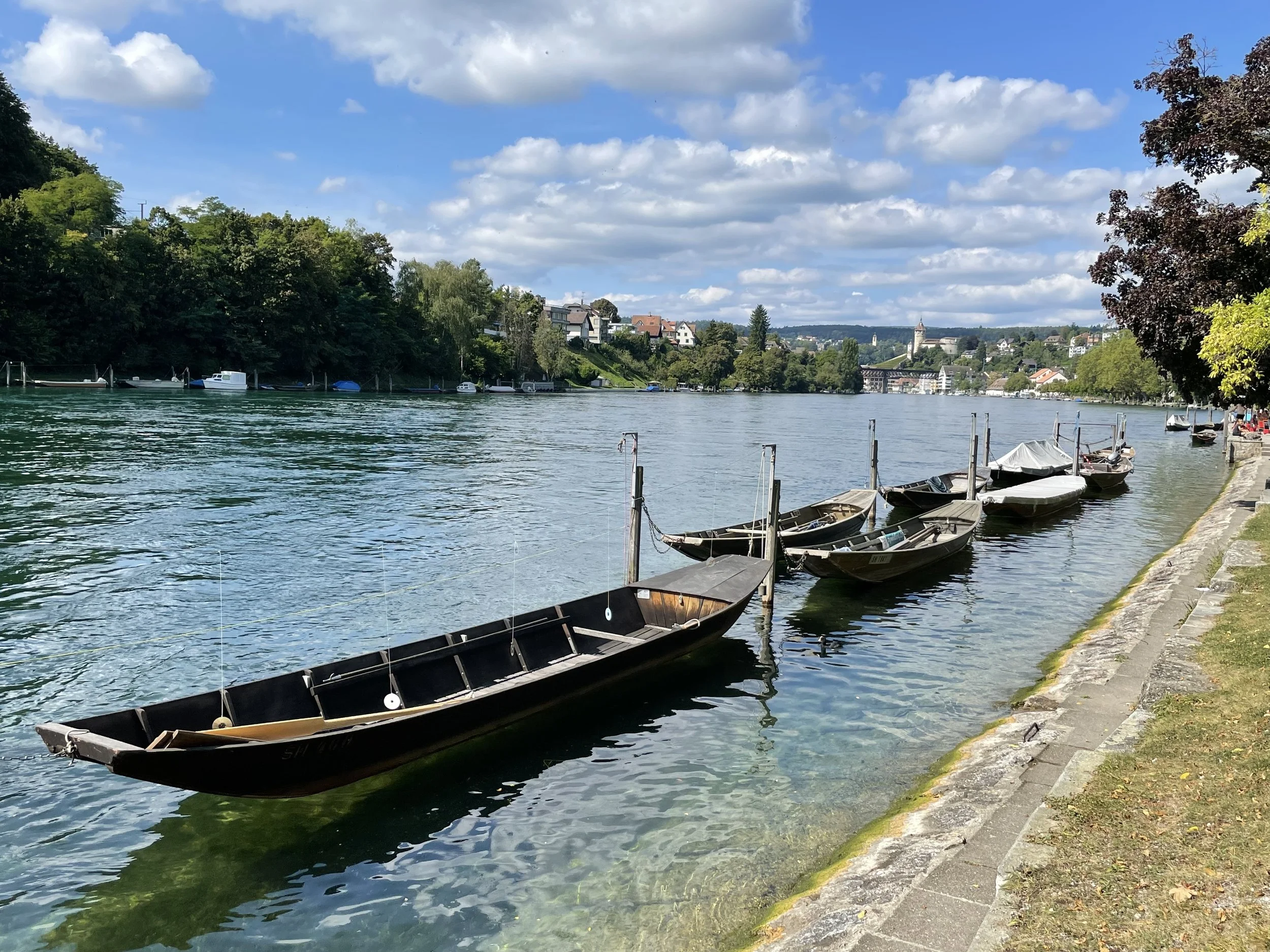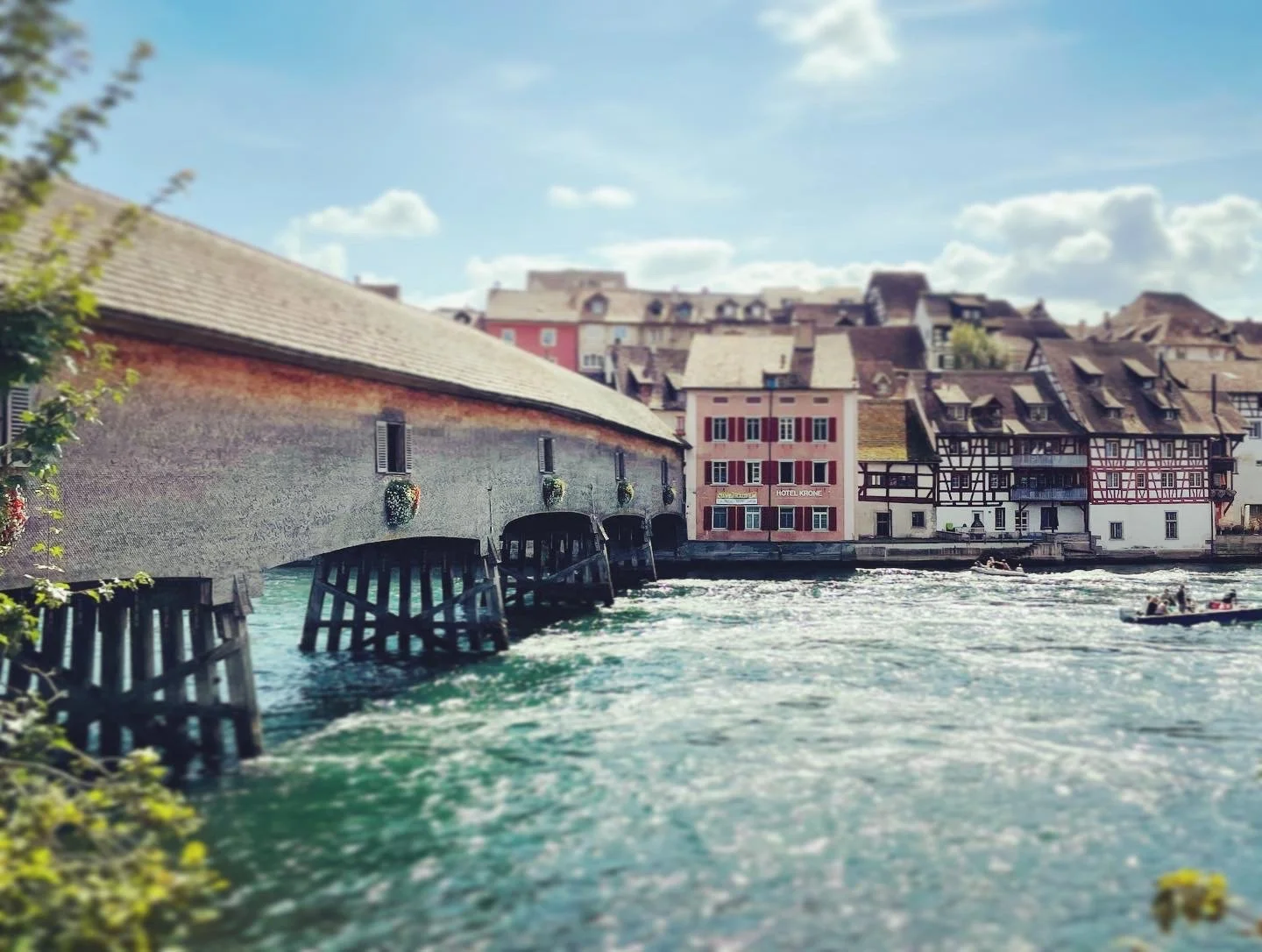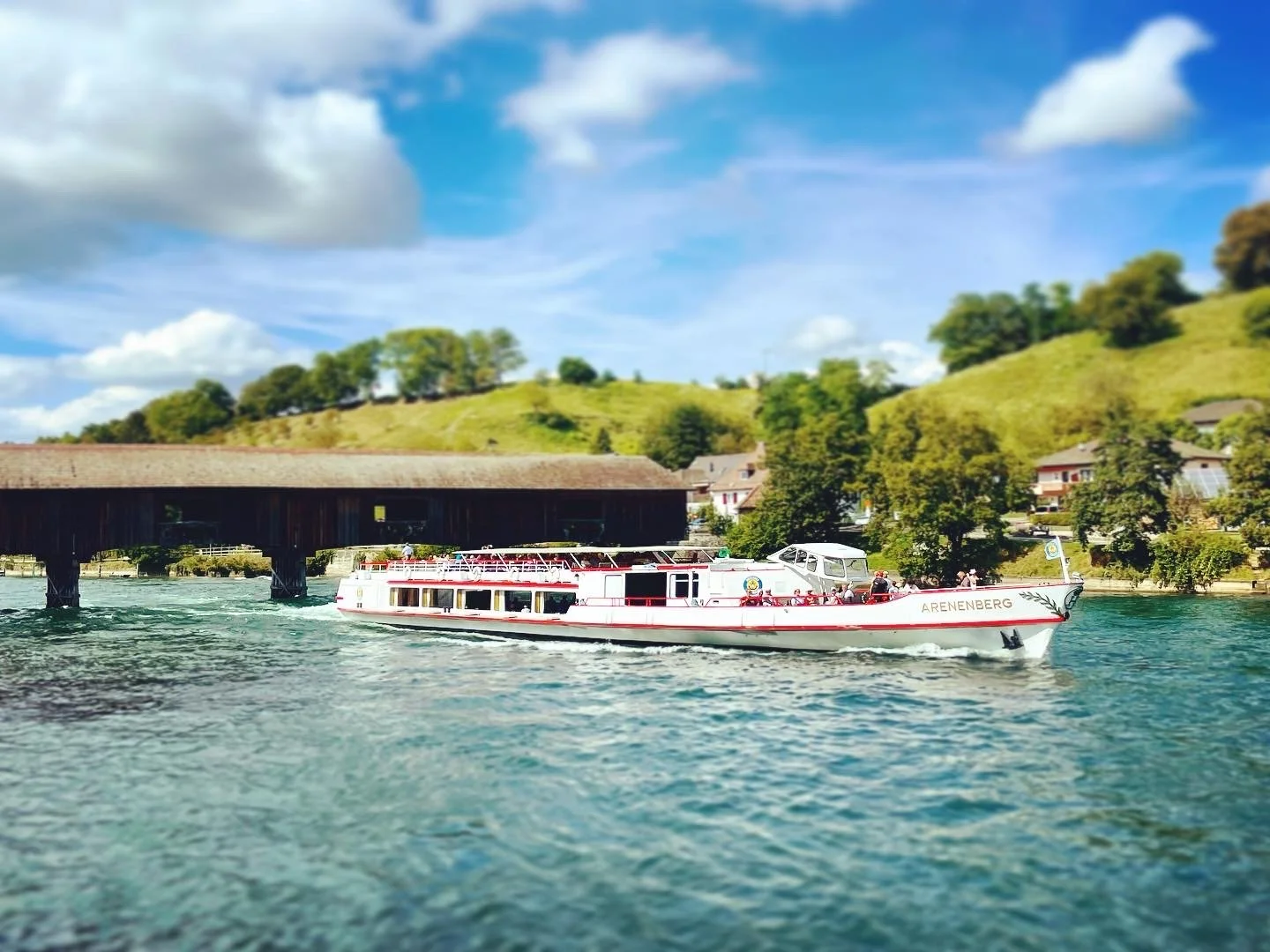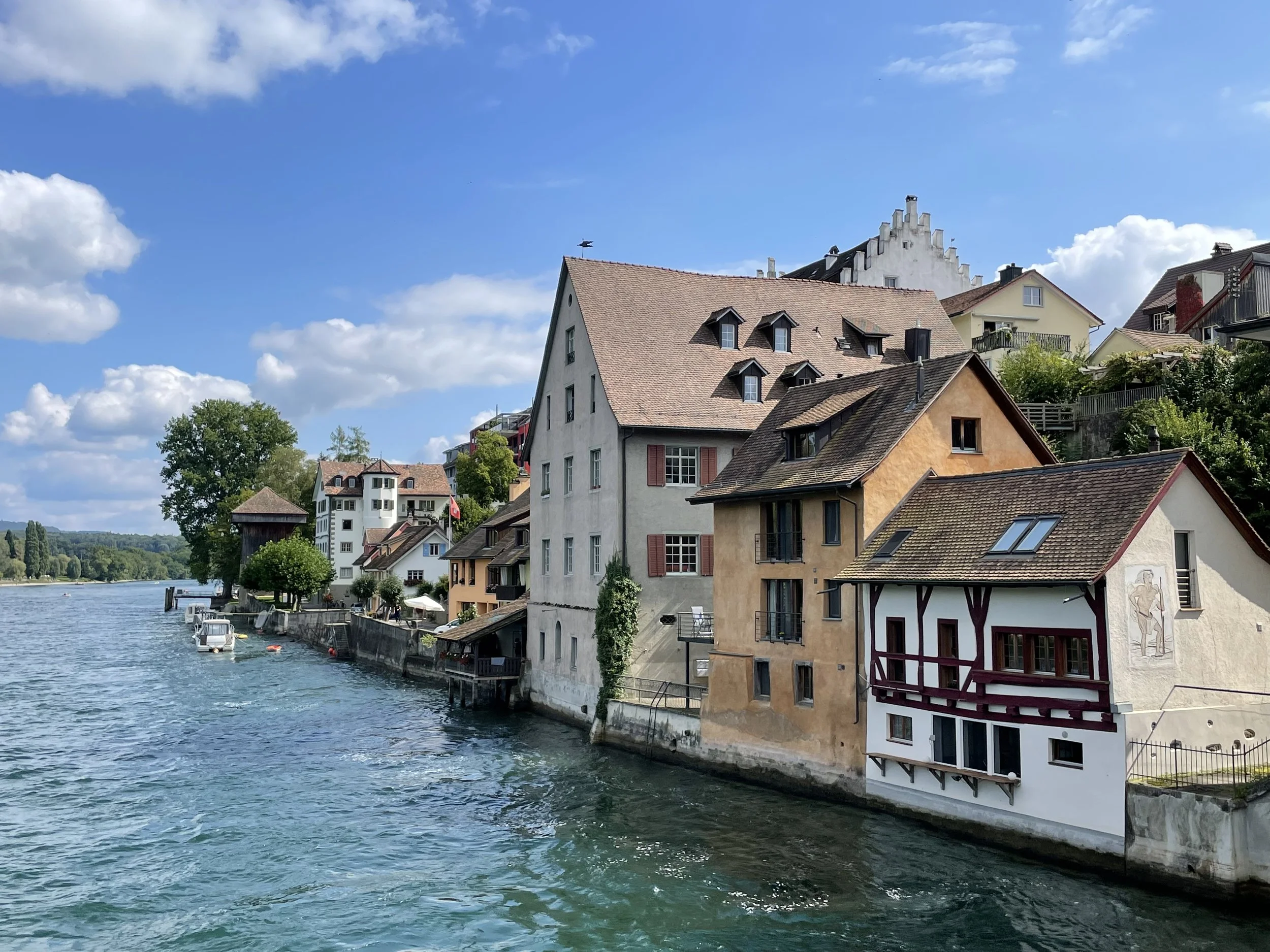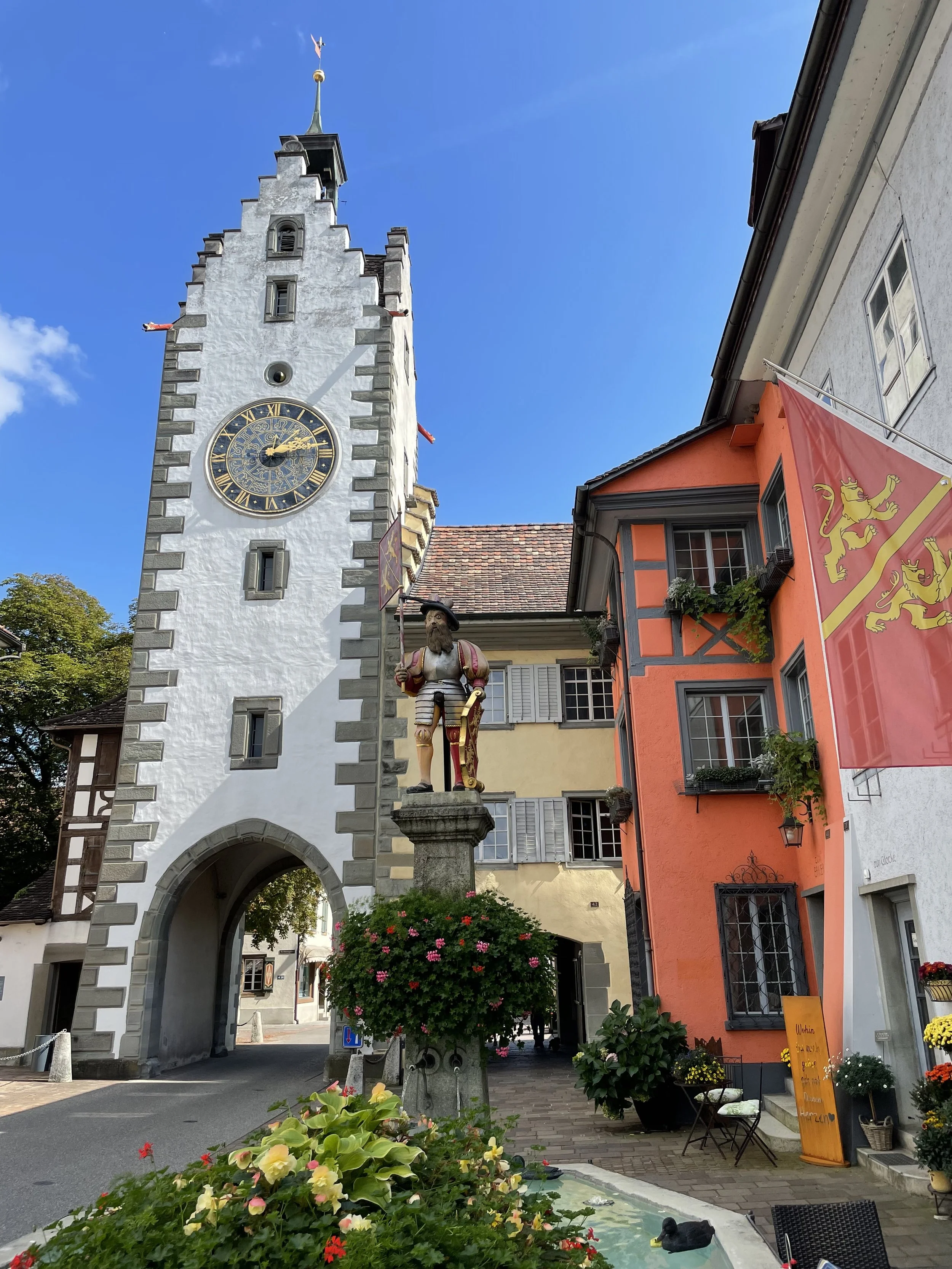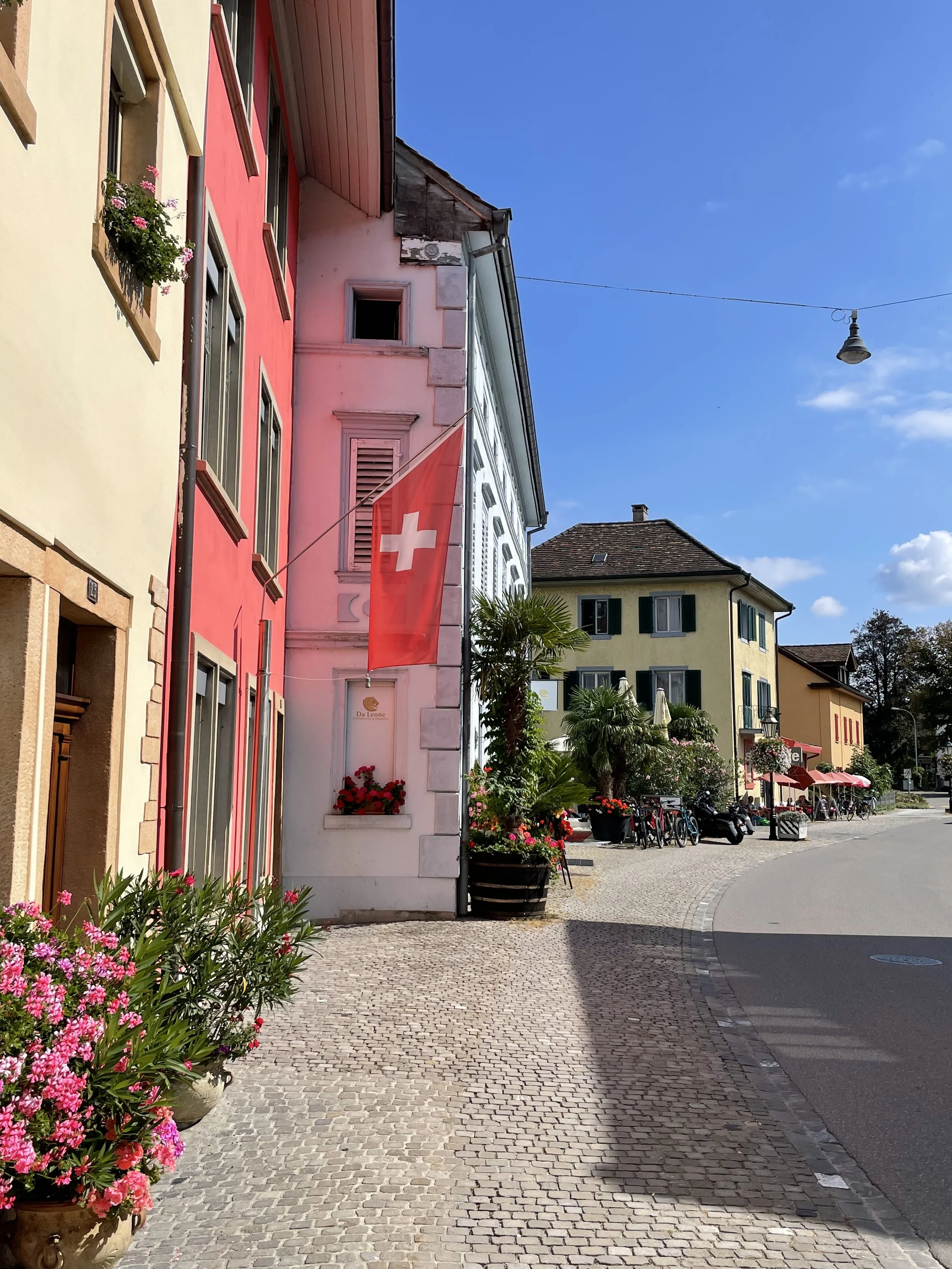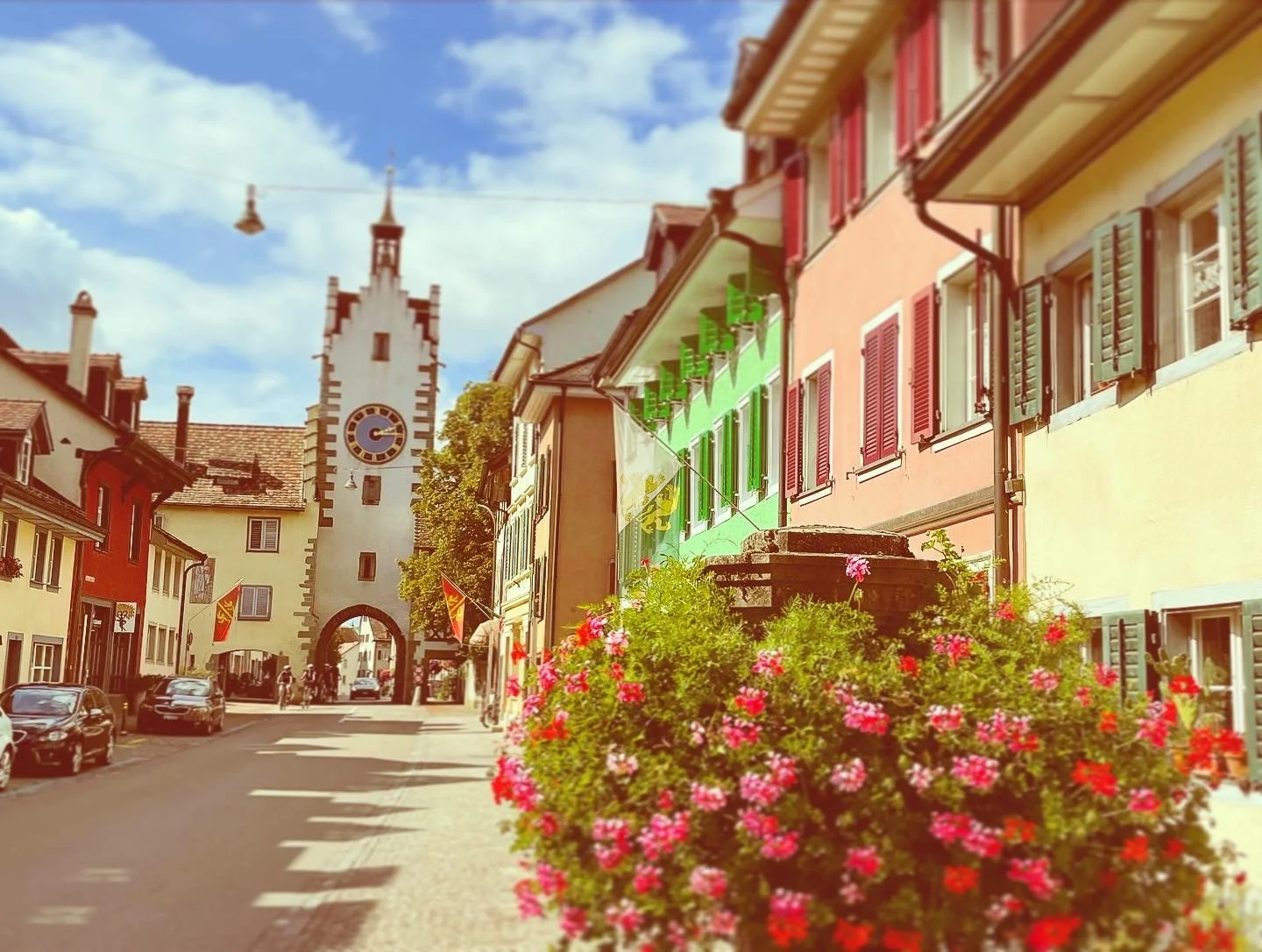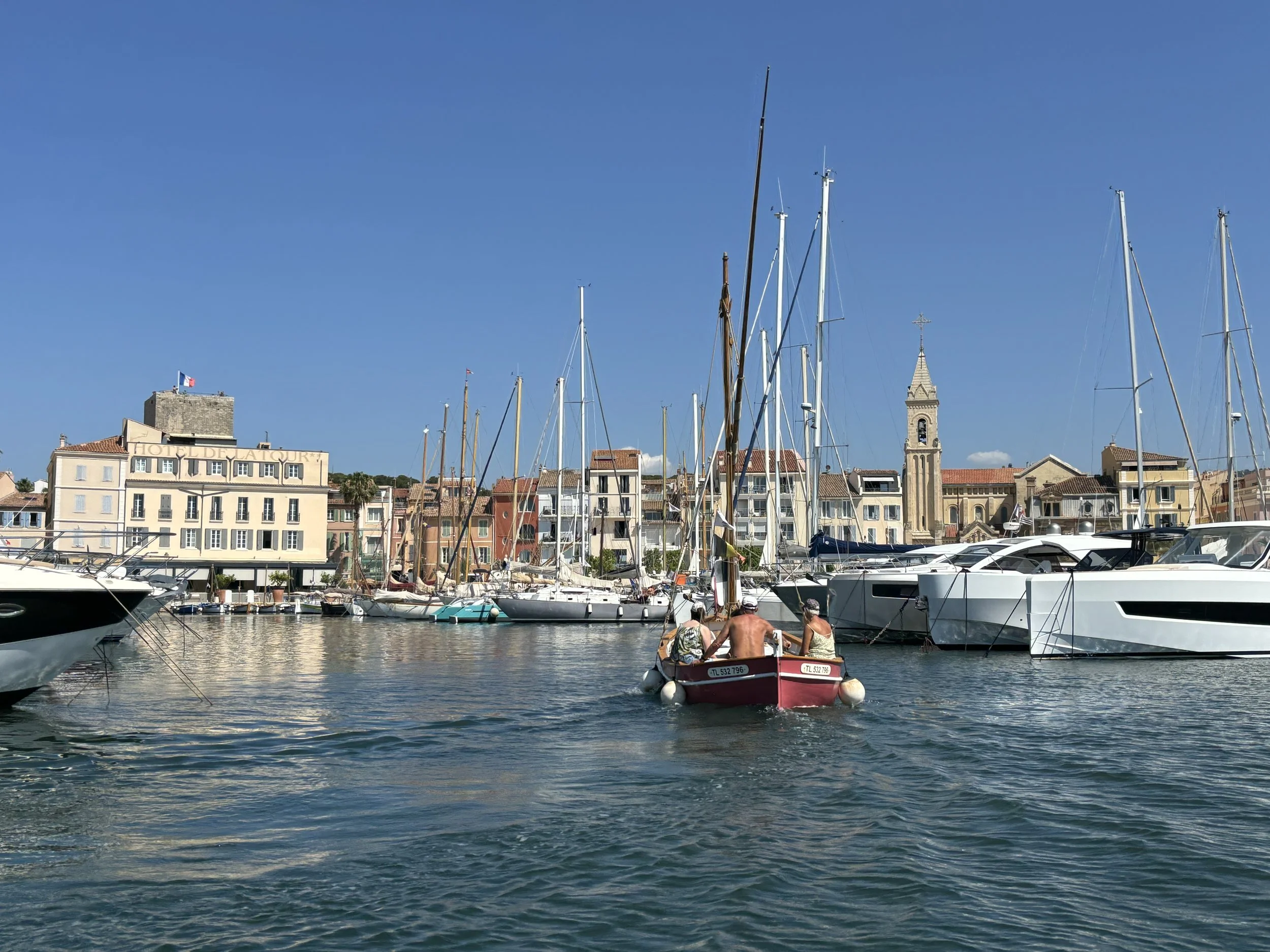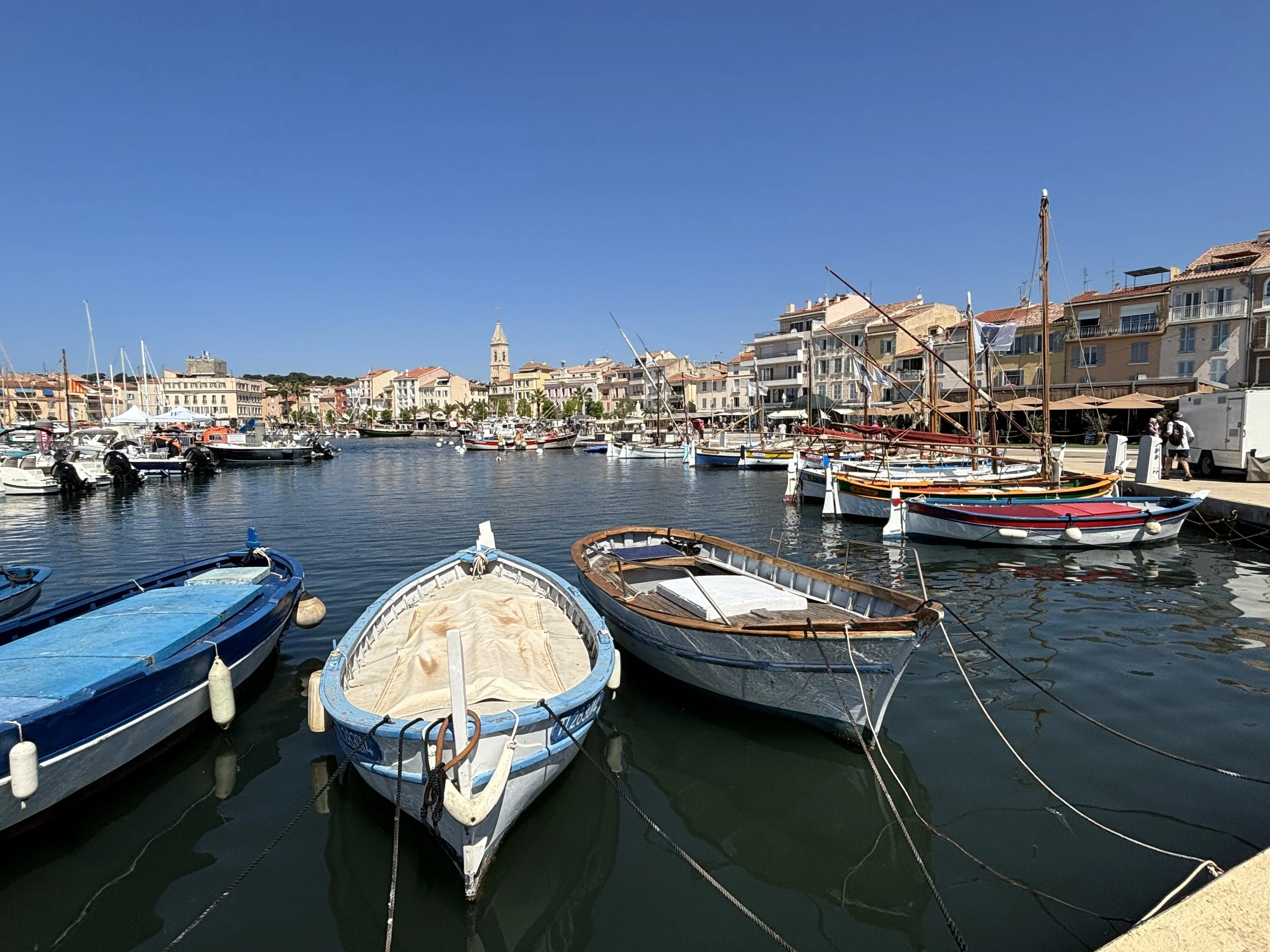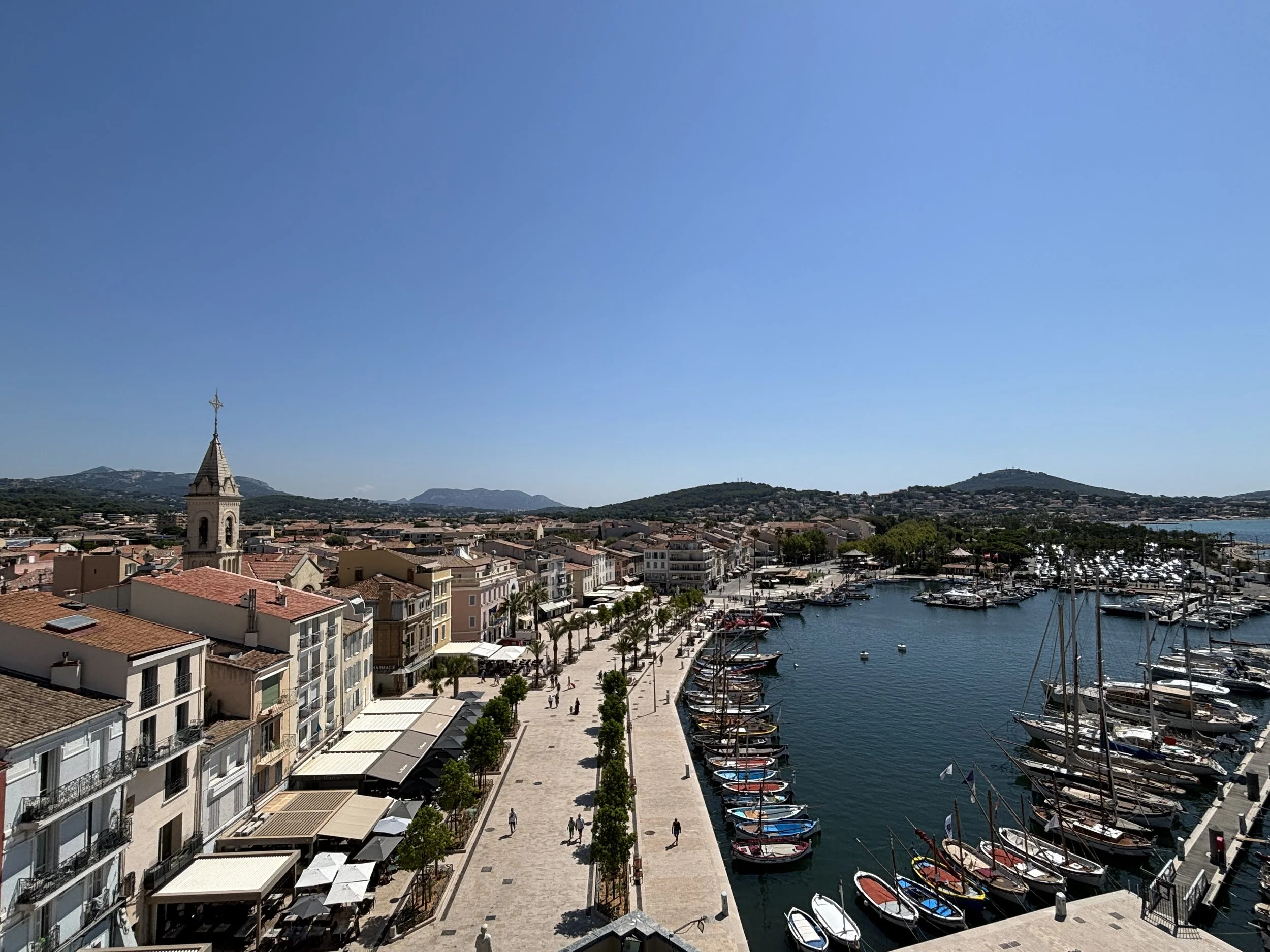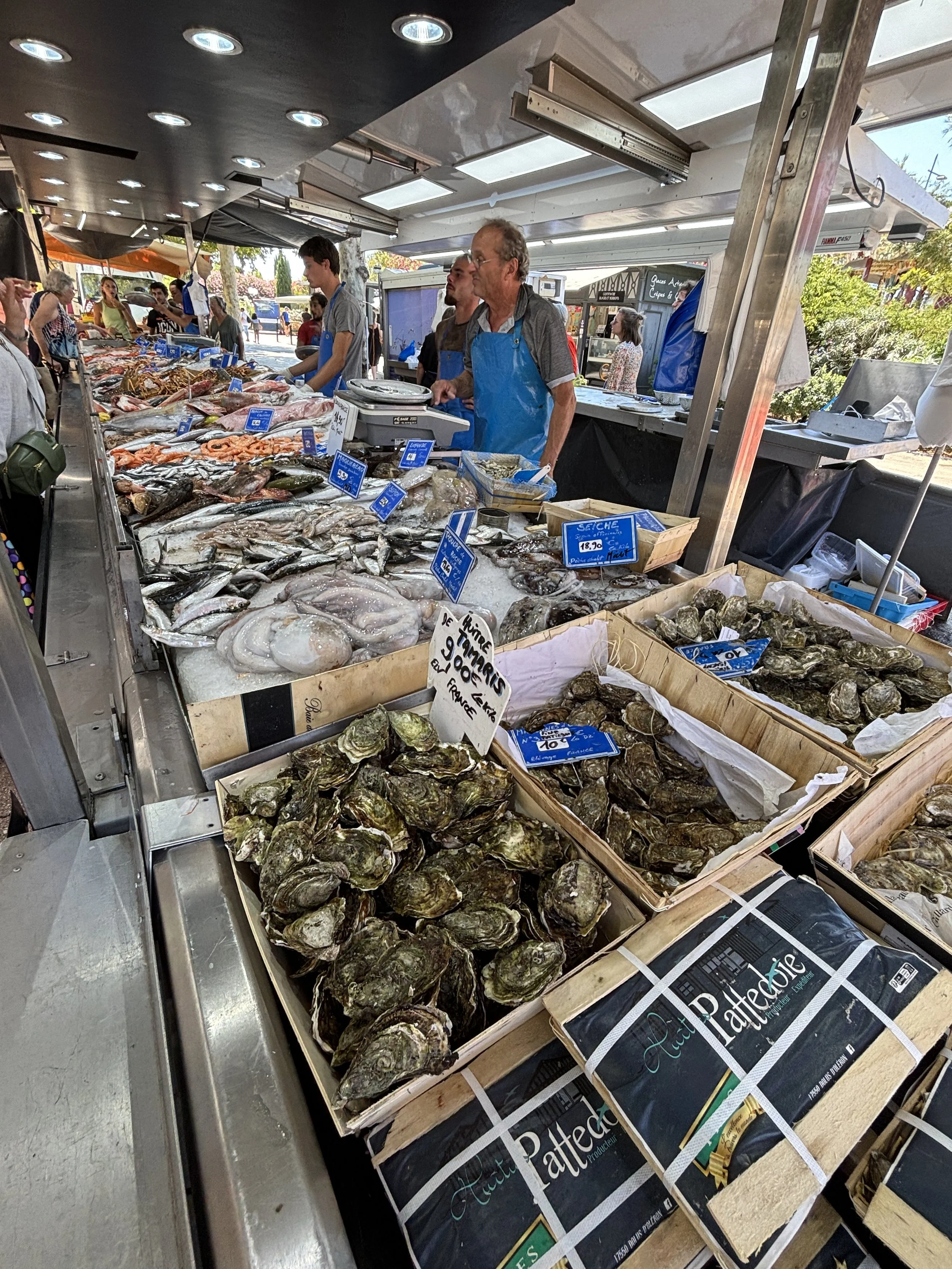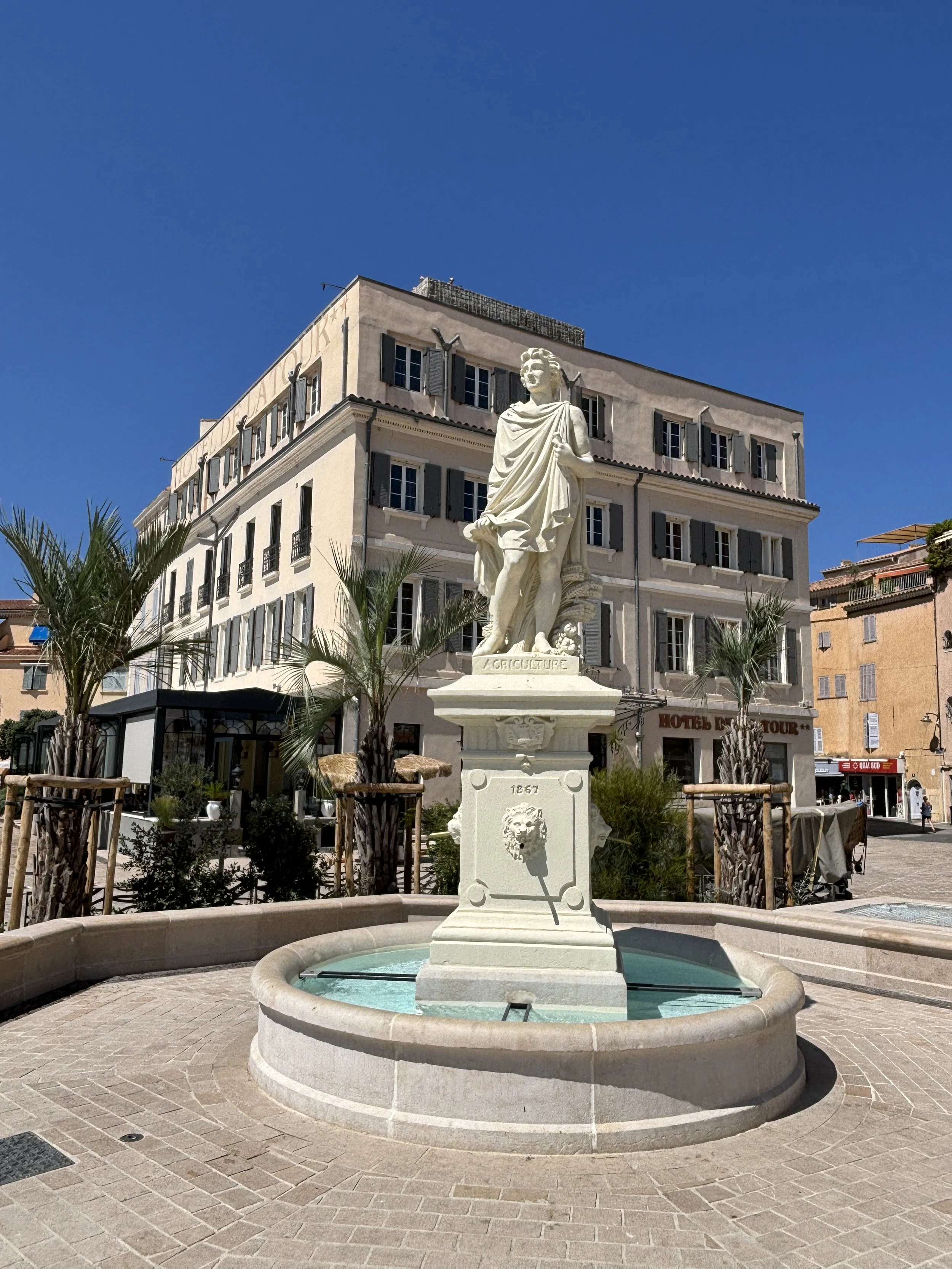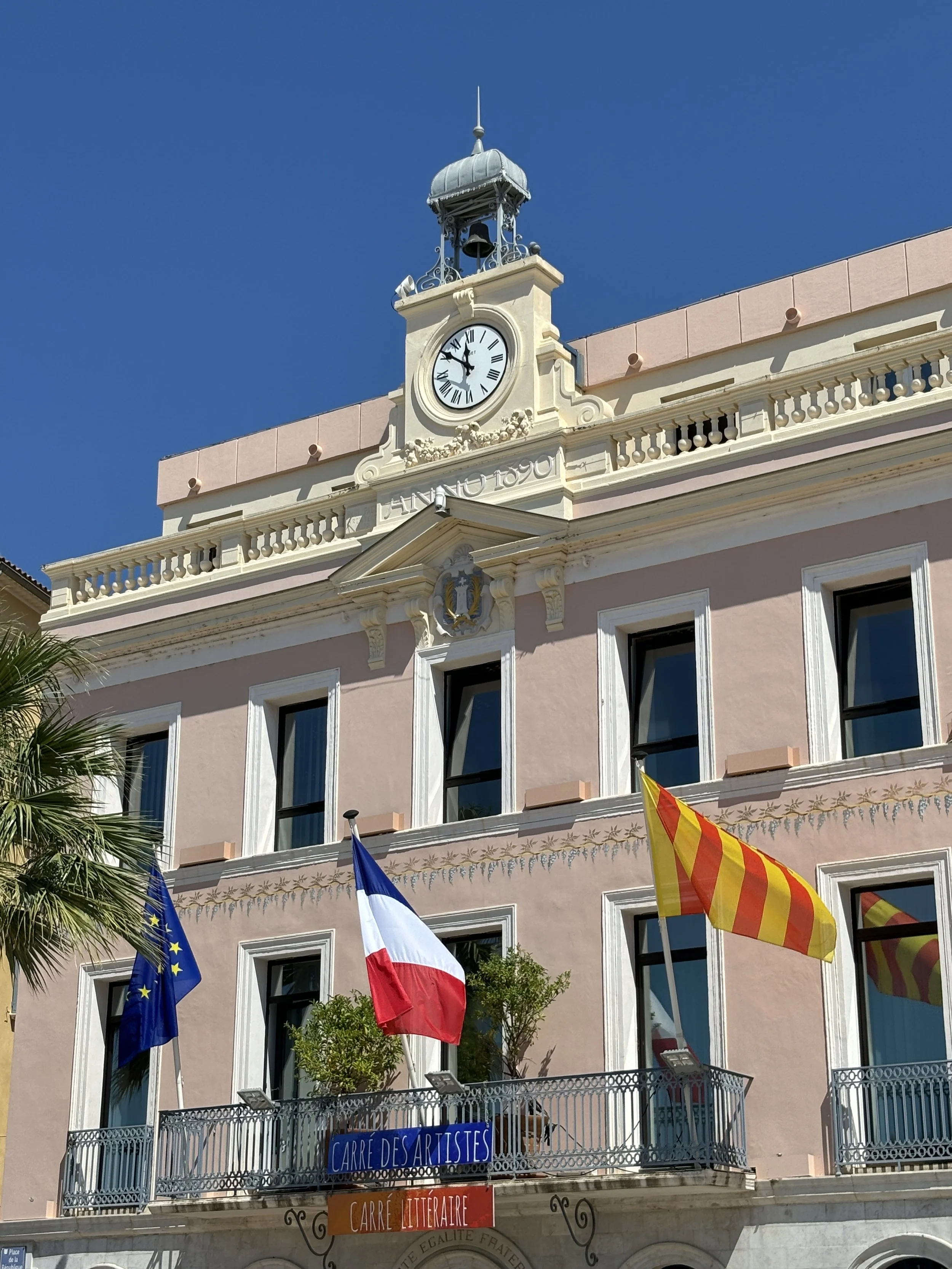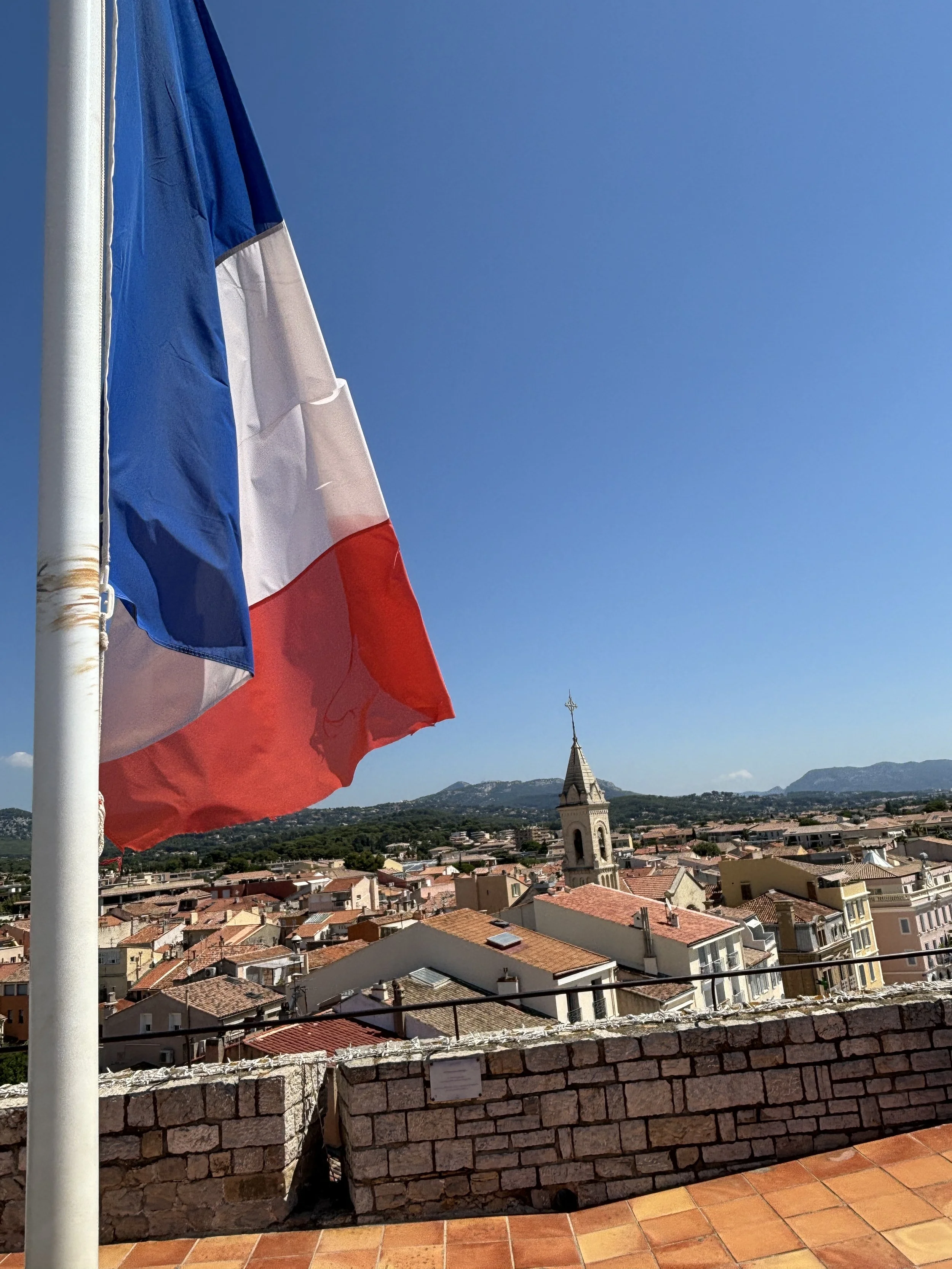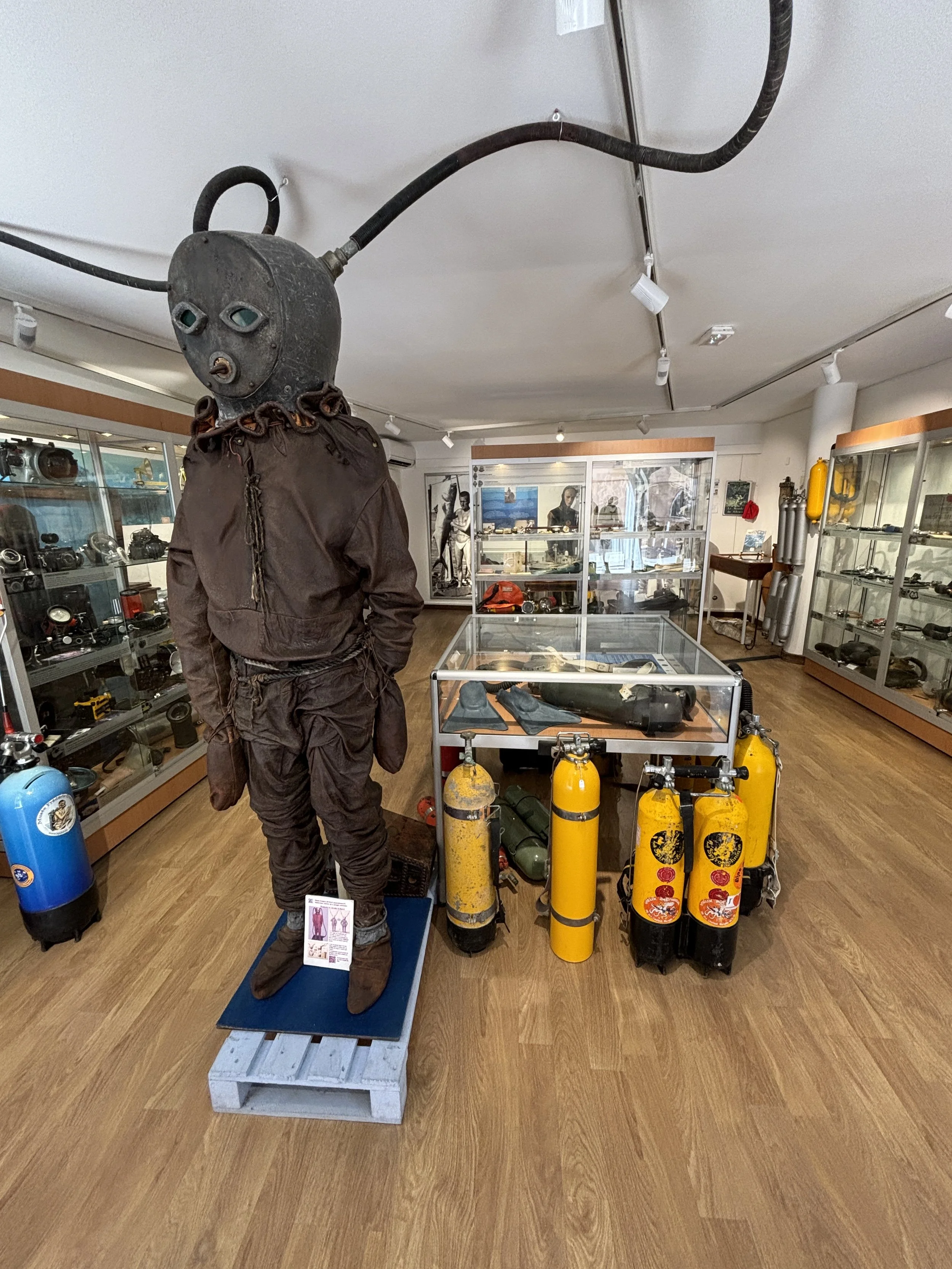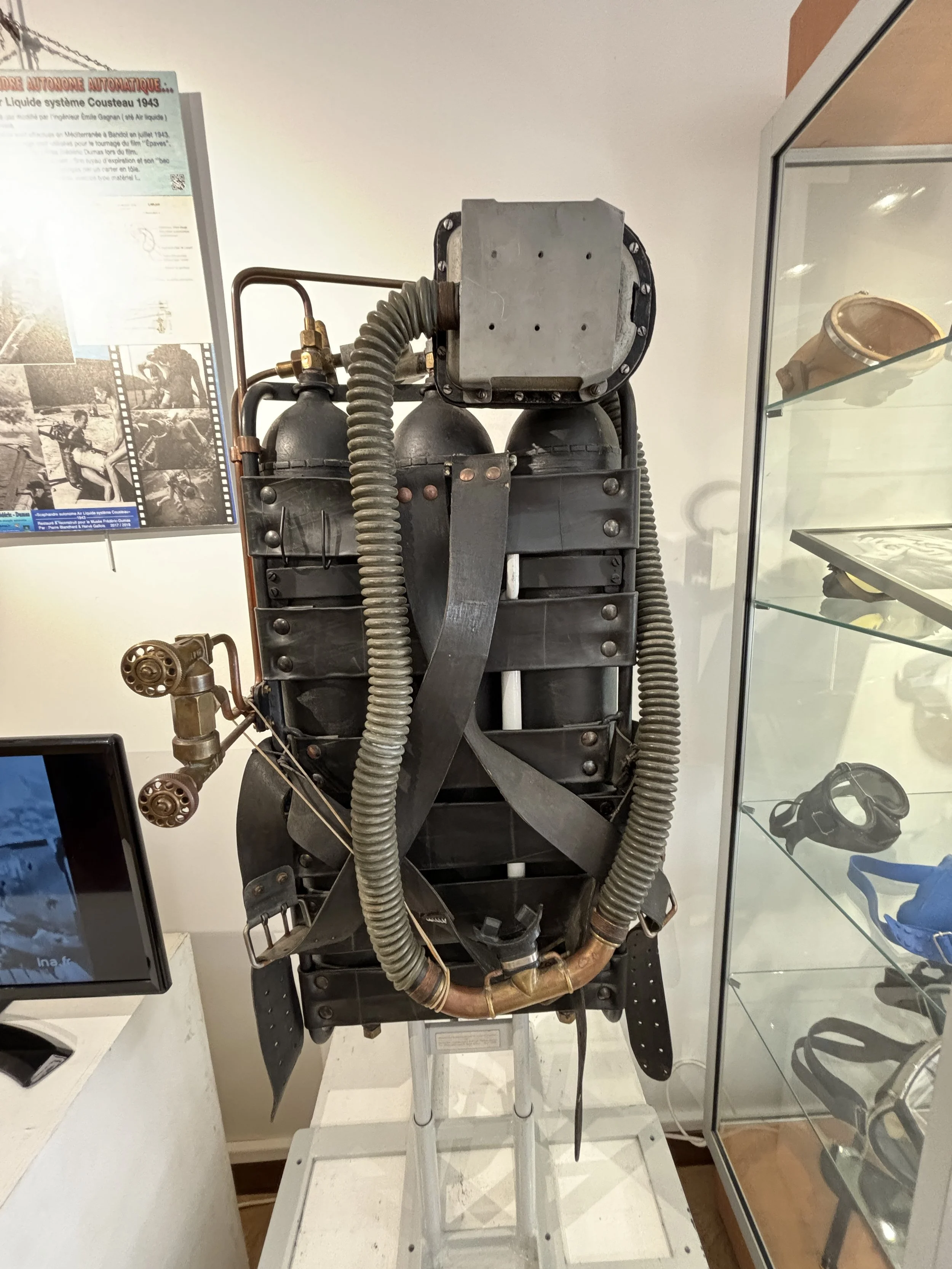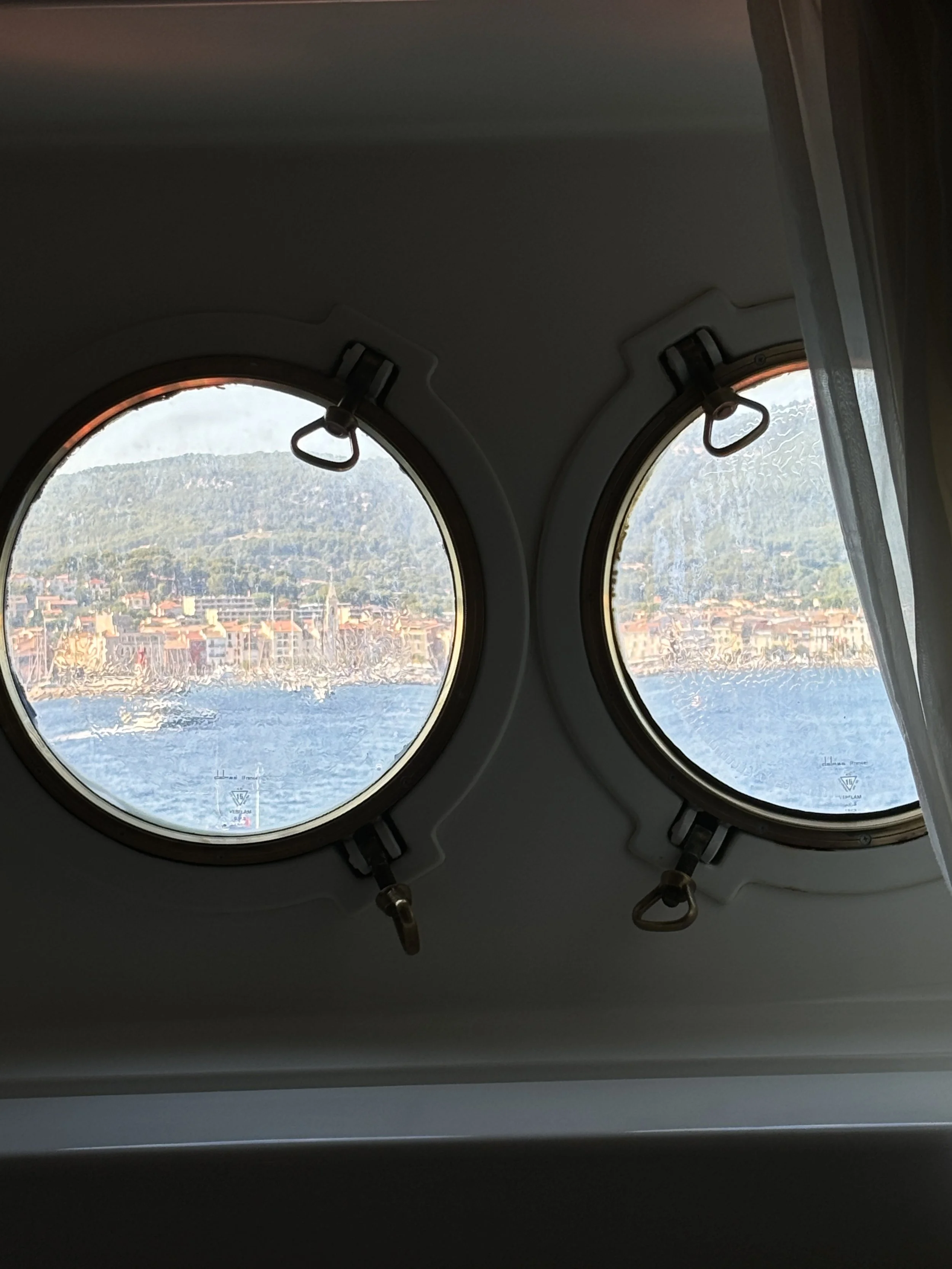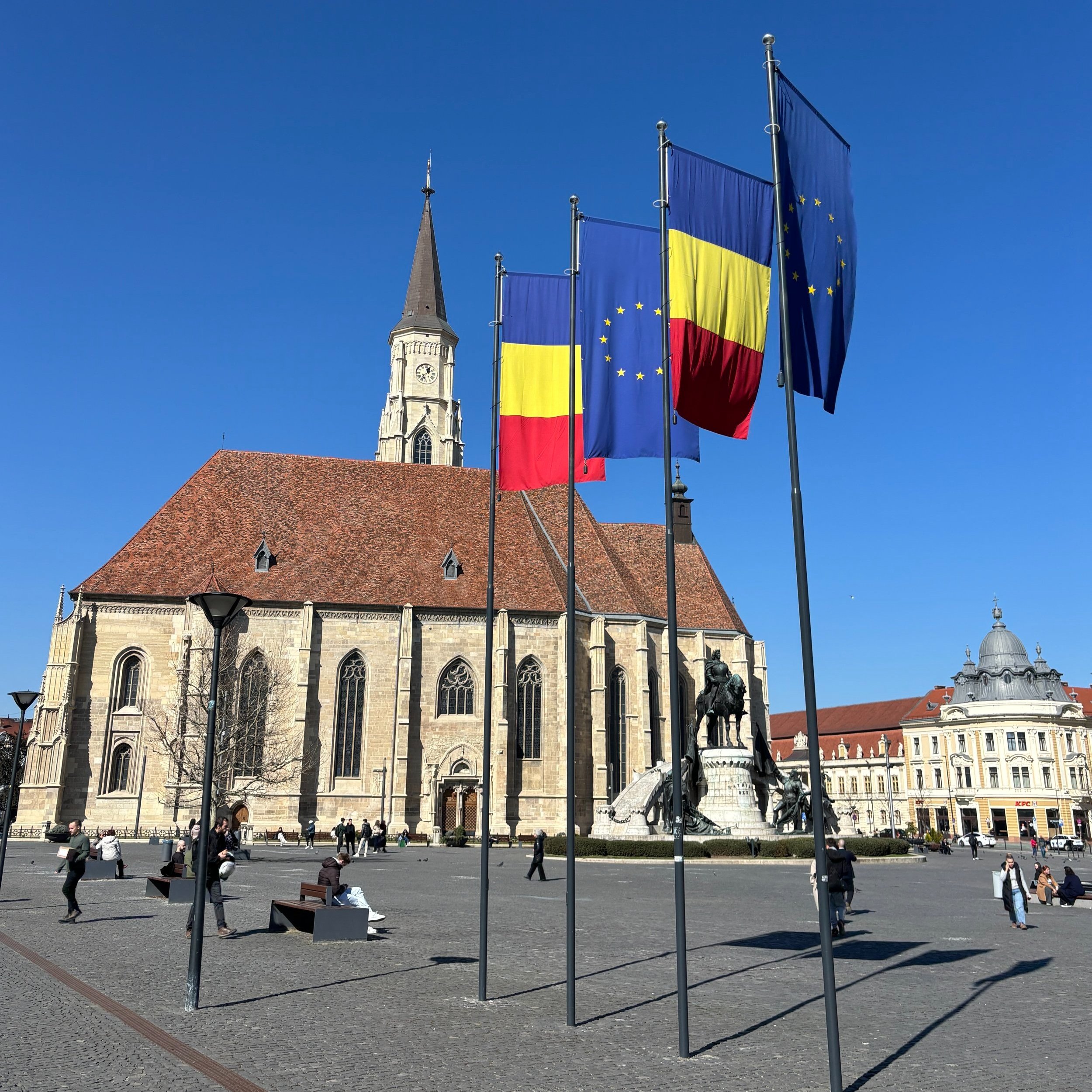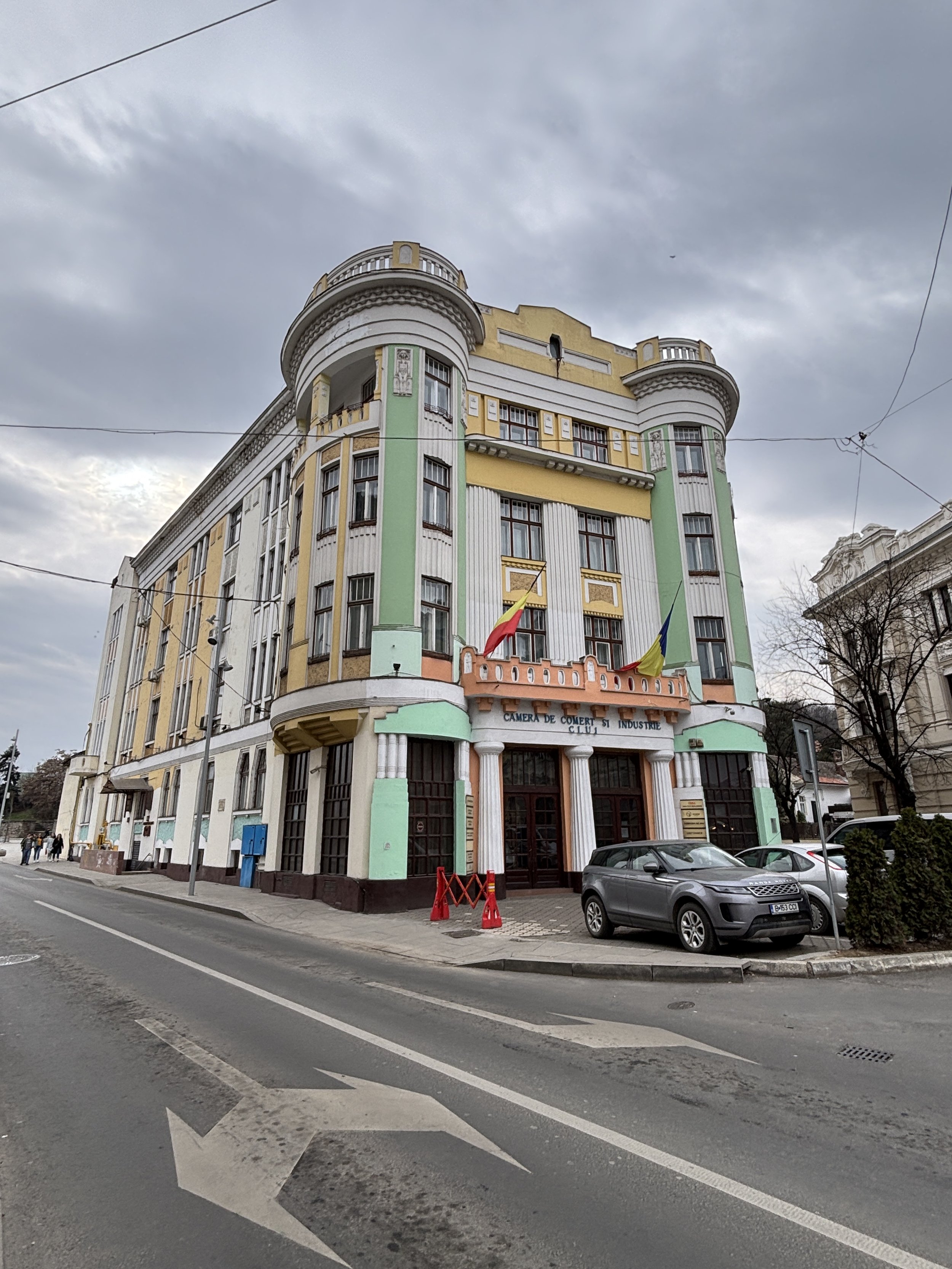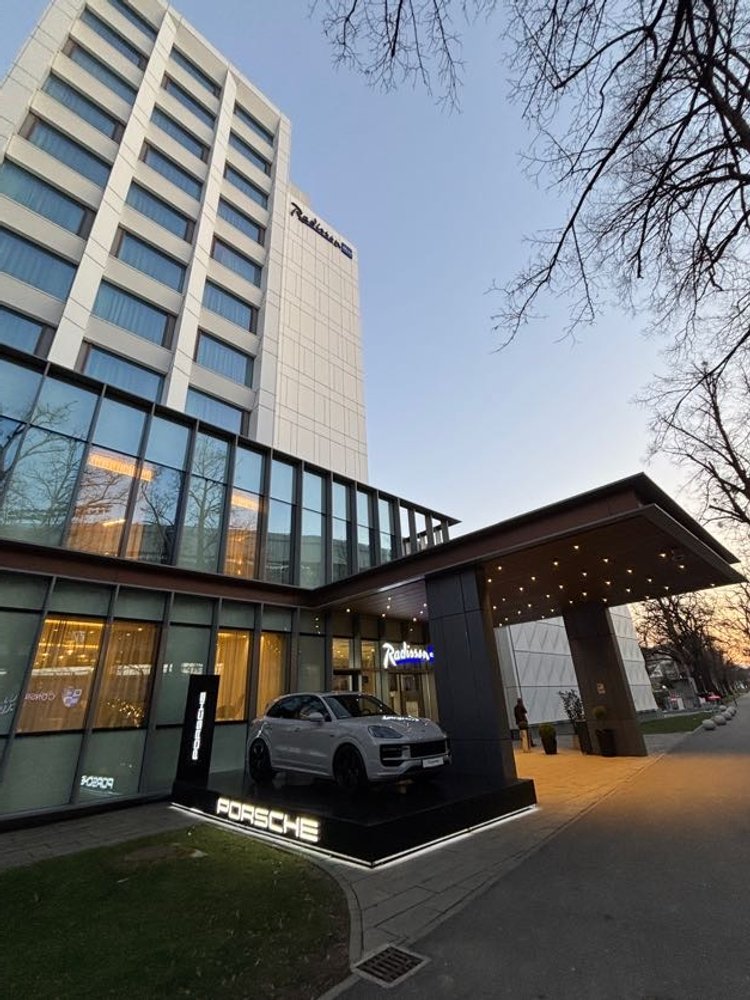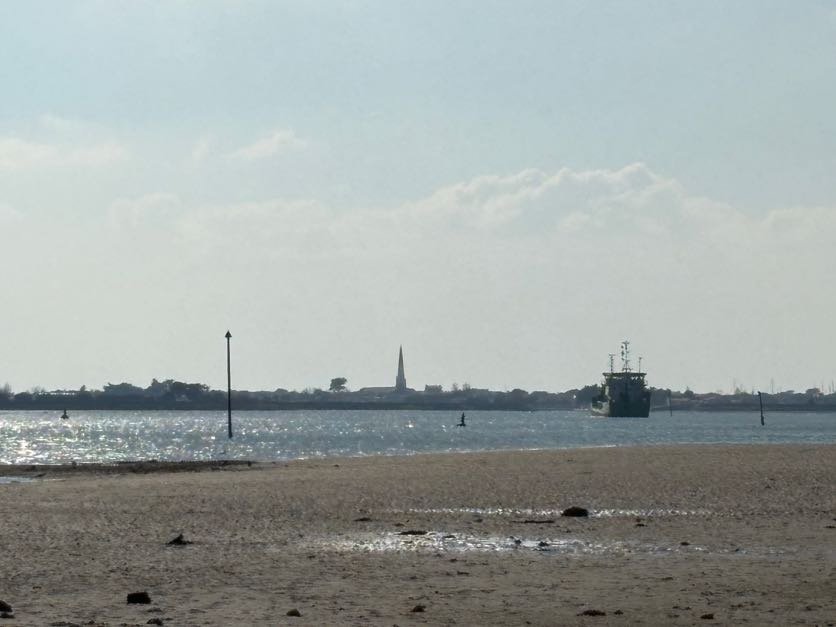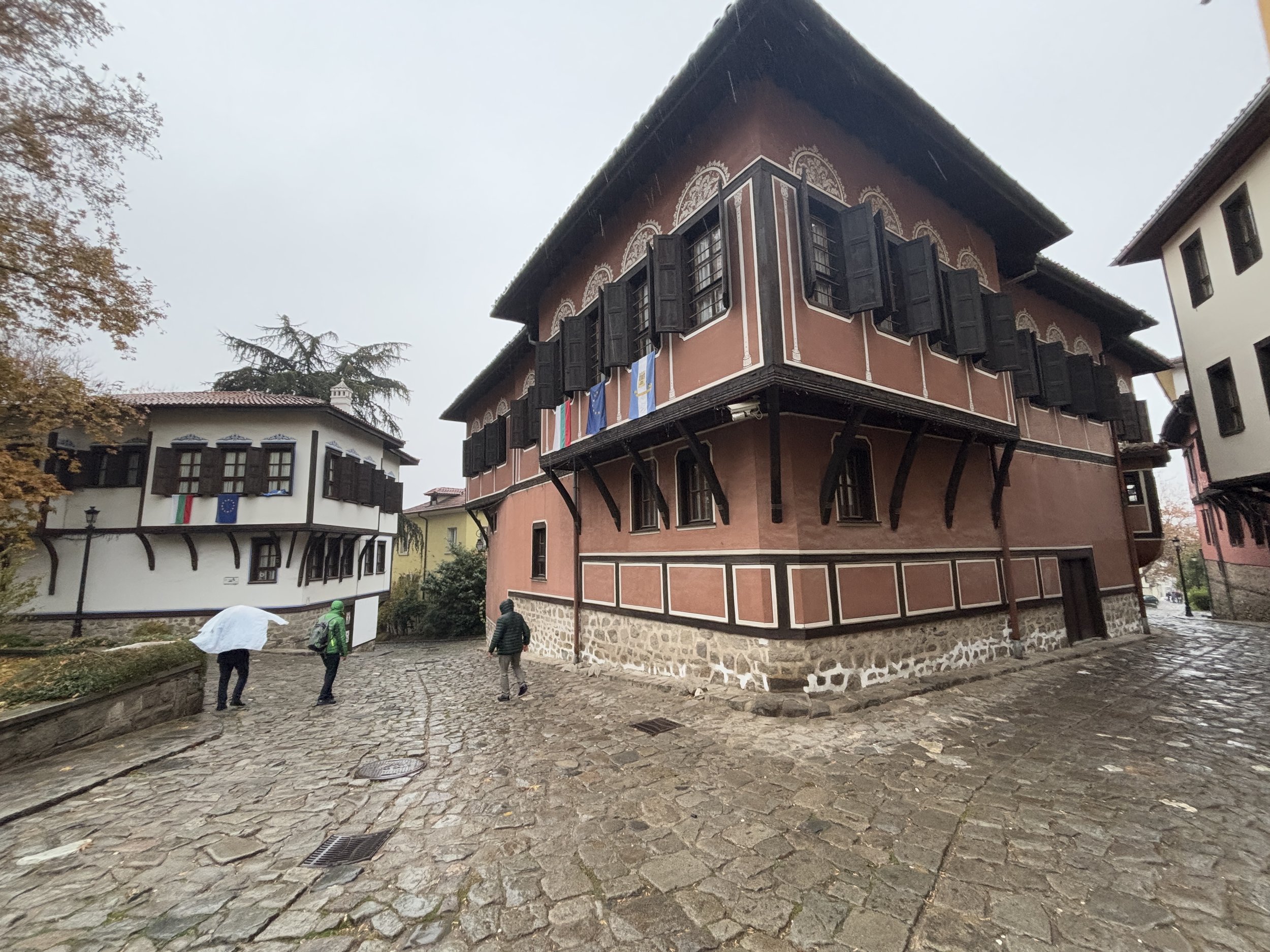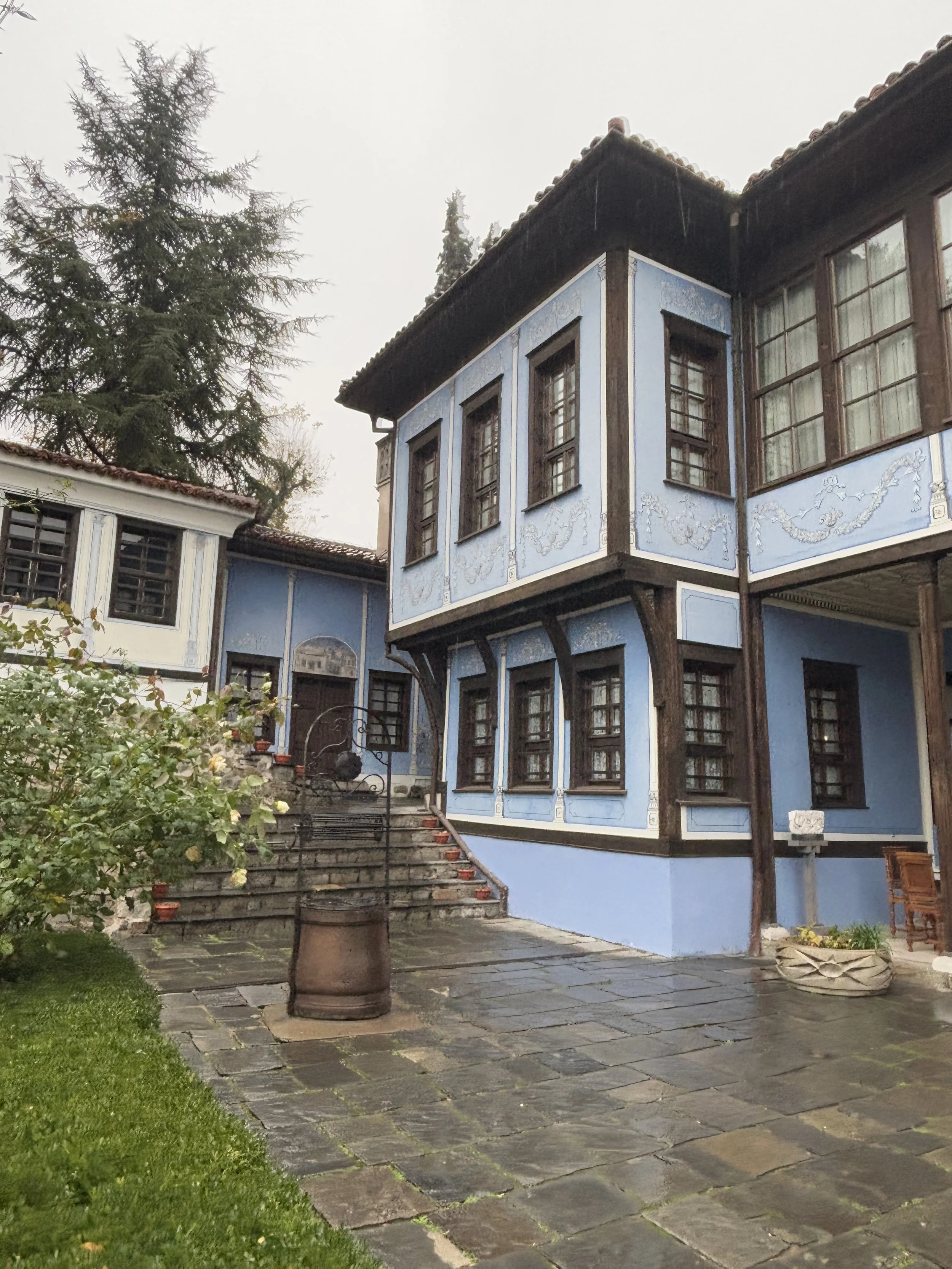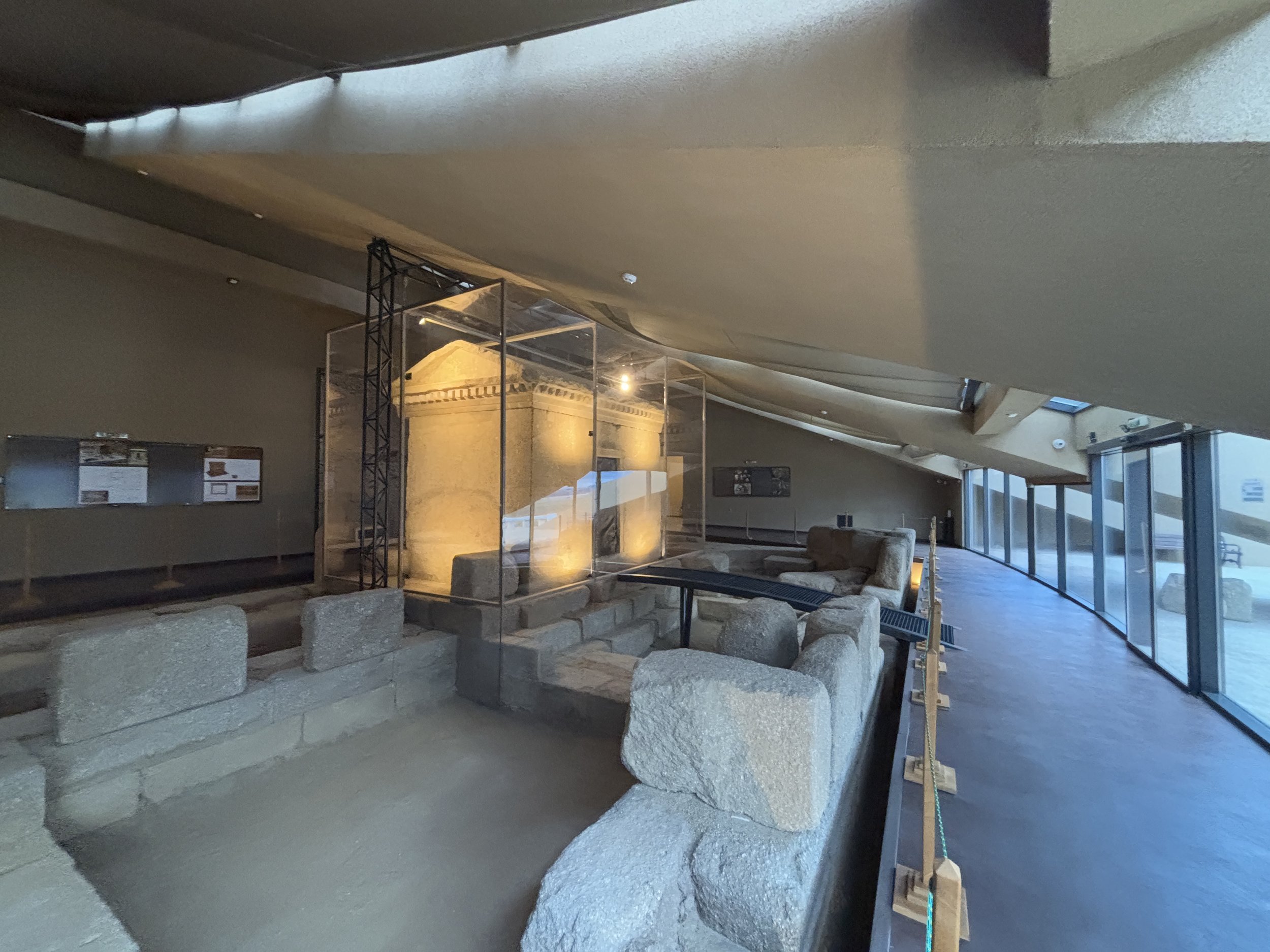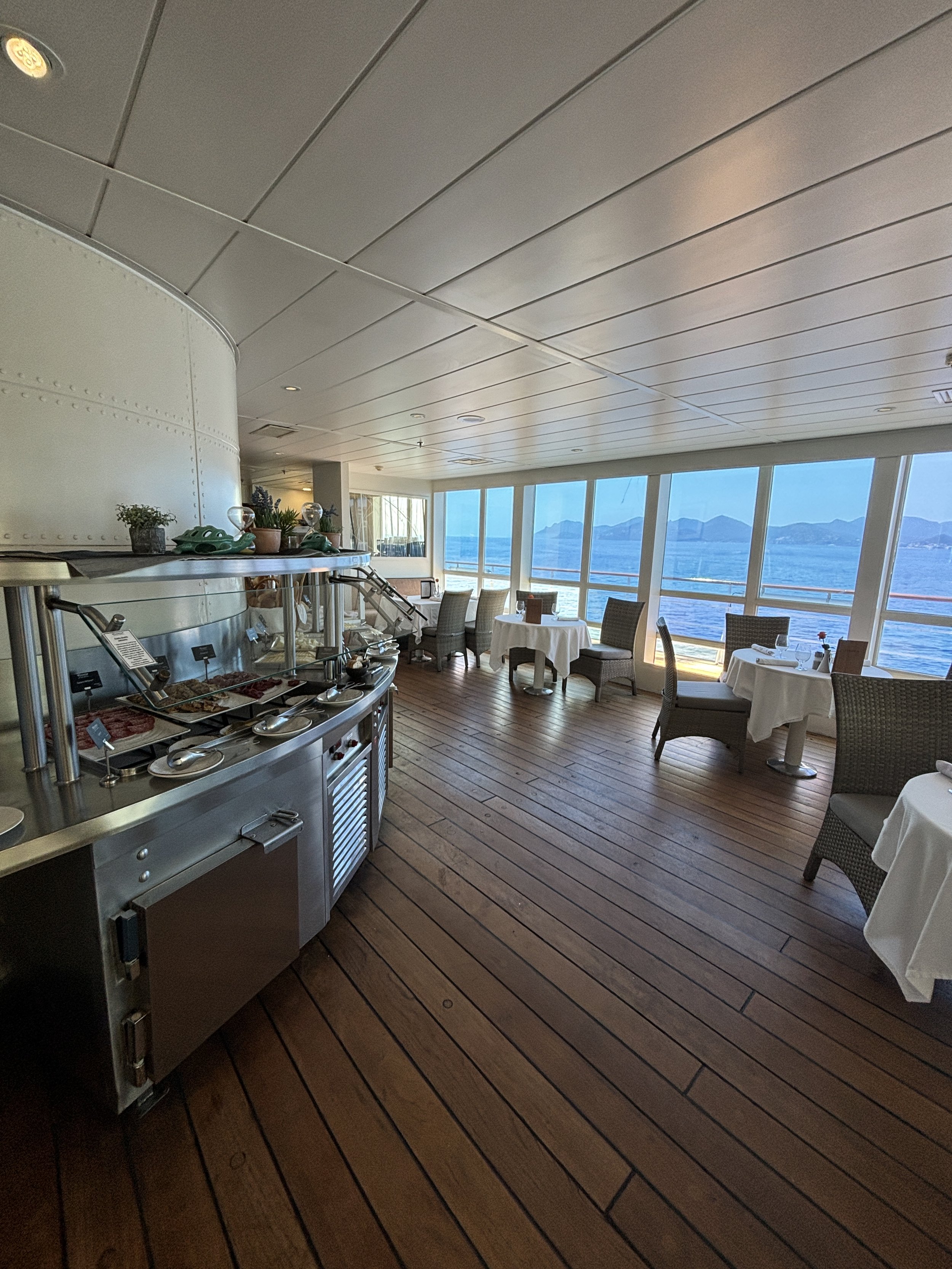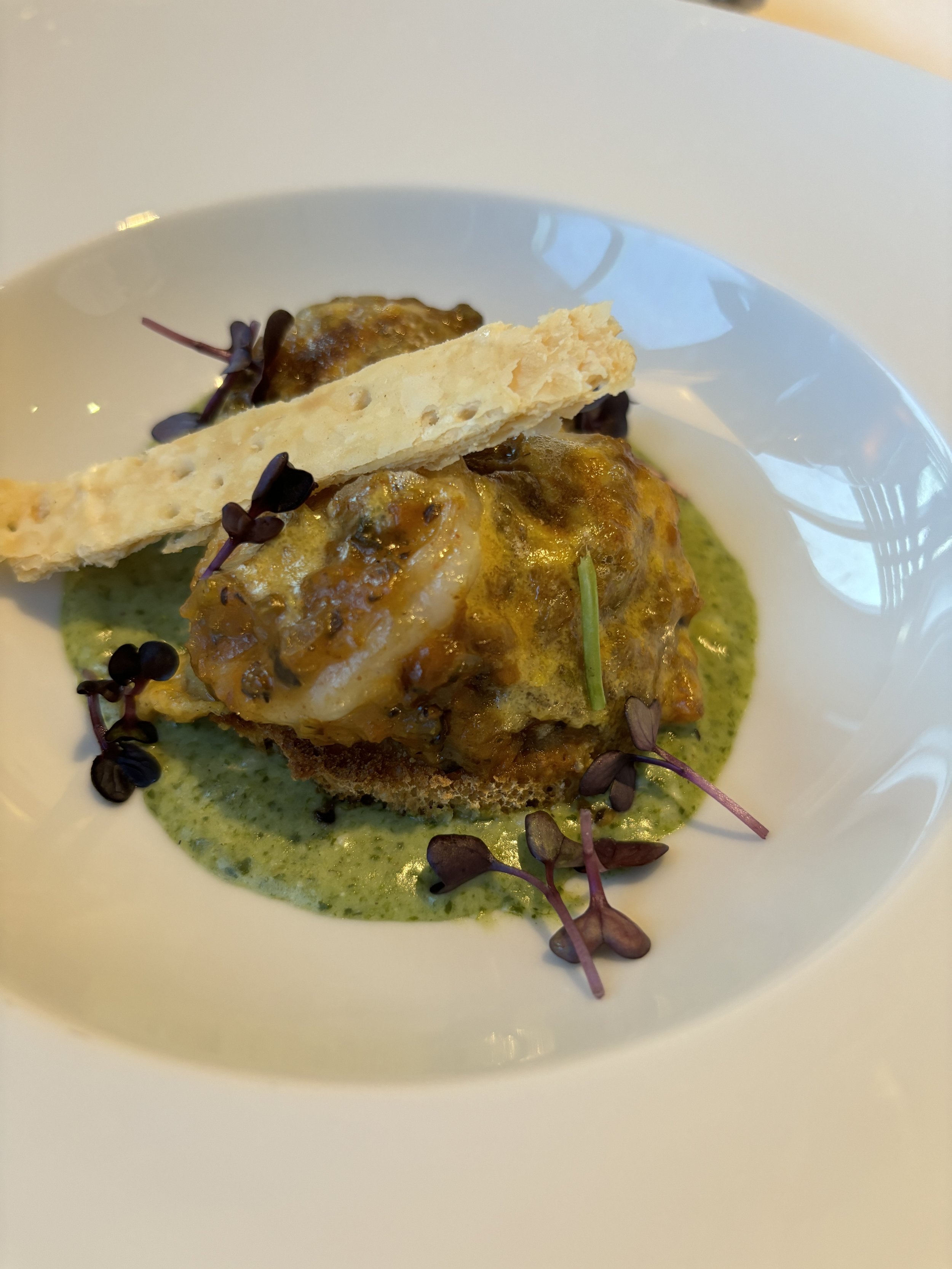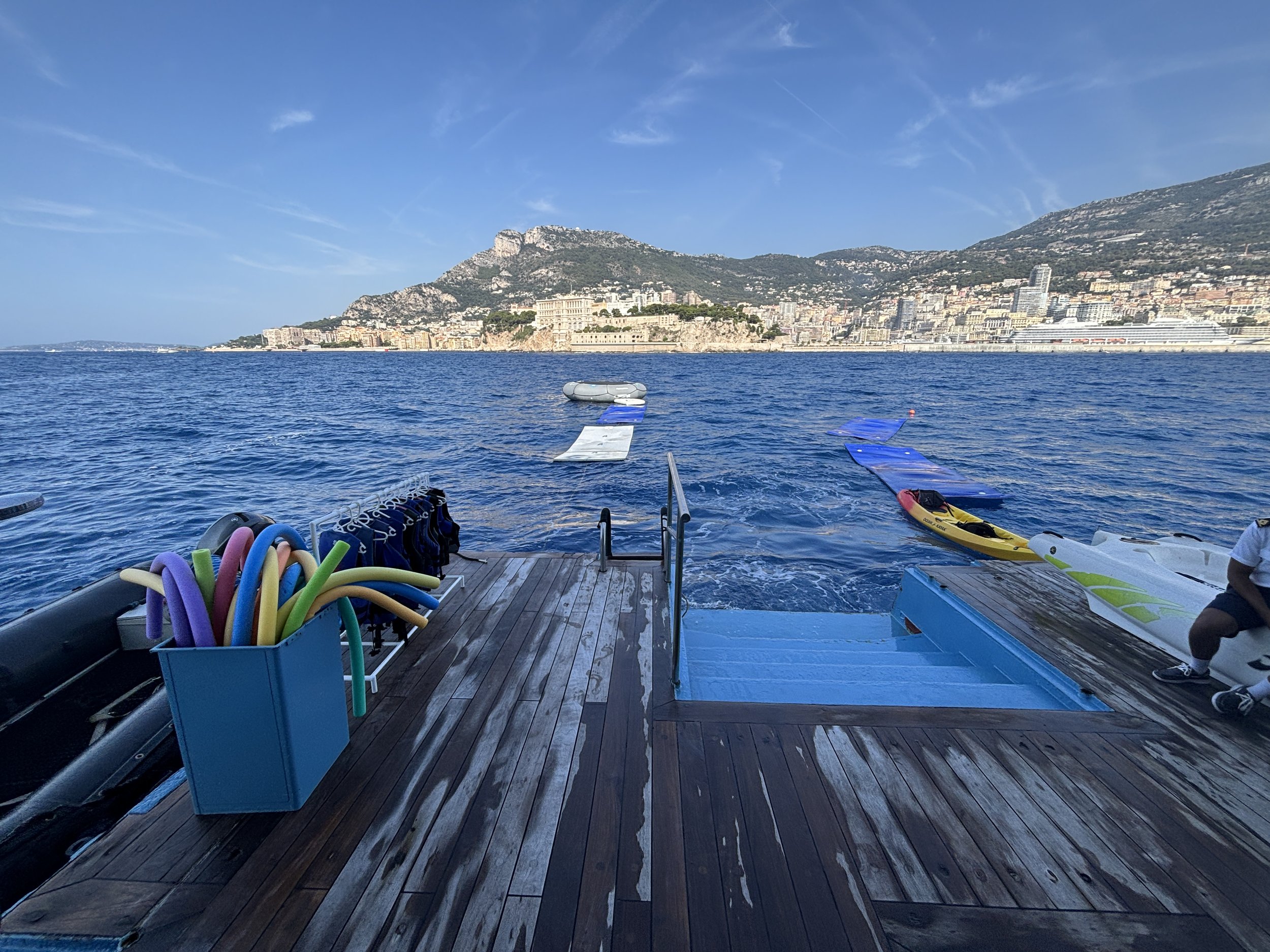Gems of the Costa Blanca: What to see in Alicante, Altea, Tabarca and around
The stretch of the Spanish coast centred on the city of Alacant/Alicante* is popularly known as the Costa Blanca and it is one of Europe’s tourist hotspots.
Now, I know this site usually avoids tourist traps, BUT, in fact, the point of this post is to show that, next to mass-tourism resorts like Benidorm, with their massive 1970s-style multi-storey buildings, there are quite a few beautiful gems that have managed to preserve their Mediterranean charm.
A recent visit to Alacant provided me the chance, with the help of a rented car, to visit some of these locations. I did complete the itinerary in a single day, although that was really, really a stretch and afforded just enough time to get a quick glimpse of the places. This is, therefore, mostly a visual post, since, I think the general relaxed atmosphere of some of these sites, together with the balmy weather is what makes them attractive.
*I have opted to use primarily the Valencian language (the local variant of the Catalan language spoken in the Valencian Autonomous Region) form of place names, although in some cases, like the city of Alacant, the Spanish version - Alicante - may be much better known internationally. Although Valencian/Catalan has, sadly, long been in decline in this area, I think it is a good way to pay homage to local culture and tradition.
A walk through downtown Alacant/Alicante
This was my first time in Alacant, plus my hotel (more on this further down this post) was in the very center of the city, right next to the town hall, so the obvious thing to do was to take a stroll in the central area of the city.
Alacant is a rather commercial city and it has been the scene of very intense urban development in the second half of the 20th century and until this day. Thus, the downtown is mostly “newish” in appearance, but there are is a section of the center, between the town hall and the narrow streets that ascend towards Santa Barbara Castle, in which it is possible to get an idea of the historical city.
The other point that is kind of a must is the seaside palm tree-lined promenade, with its patterned mosaic-covered floors. It has also a number of modernist style architecture that would not be out of place in Cannes or places like that. This is also next to the city’s large marina. Alacant/Alicante has also some notorious urban beaches, like the famous “Platja de Sant Joan”, but I didn’t have time to go for a swim this time!
Must-do in Alacant (Alicante): visit Santa Barbara castle
Santa Barabara Castle is located on top of a steep hill which absolutely dominates the city of Alicante from every possible angle.
This castle is, I would say, the top attraction to visit in Alacant/Alicante if you have limited time for sightseeing.
There is an access road and a couple of trails (which include several flights of stairs), but I would leave those for the way down towards the city.
The fastest and most convenient way to get up the castle is to take the elevator that runs inside the hill and leaves you in one of the upper levels of the castle.
Access is on the sea-facing part of the hill next to the beach of El Postiguet. It costs around €5 each way.
I did take the lift to go up and then walk down into the city to enjoy the views of the old quarter on my way down.
The castle is, in itself, quite a remarkable construction. It looks pretty much the way you would imagine a medieval castle, with several concentric levels of fortifications, with defensive towers, parapets and the like.
But the best reason to go up the hill is to enjoy the magnificent 360-degree views of the city of Alacant and the neighbouring coastline and inland plains.
On the way down you also come across some interesting sights. If Alicante oozes Mediterranean-ness, some corners of this part of the city take it to another level!
Great restaurant in Alicante
El Nou Manolín
C. Villegas, 3, 03001 Alacant
https://grupogastronou.com/en/nou-manolin
This is a sort of cult restaurant in downtown Alacant, with a tradition going back decades for good good and atmosphere. I was taken here by a local friend of mine and the place didn’t disappoint.
El Nou Manolín is located right in the liveliest nightlife area of Alacant, which is packed with bars, terraces and restaurants.
It has two levels, the first one is more like a bar, with a more casual setting in which people just seat around a central bar area, while the upper floor has a more formal, sit-down restaurant.
I have posted here some pictures of the diverse range of tapas and dishes that we tried (I have also included a picture of the bread, because it was so good!).
As you can see, fish or meat, it doesn’t matter. From the morel mushrooms filled with foie and egg (further above) to the littel grilled meat bites to the different presentations of anchovies. It was all pretty delicious.
El Nou Manolín has a particular large variety of rice dishes (an ingredient with a strong presence in Valencian cuisine), although given it was late in the evening, we opted for a lighter option, such as these red shrimps, very fresh andsimply grilled and salted.
One specialty you must try when in Alacant is Fondillón, a sweet wine that is made locally with the Monastrell grape variety.
Although it has a long history dating back centuries, this type of wine came close to extinction at the turn of the 19th C. due to the phylloxera epidemic, a parasyte that devastated Europe’s vineyards. It survived, though, and it has recently seen a bit of a revival, becoming a bit of a symbol of local viticulture and even getting its own Protected Designation of Origin (PDO) from the European Union!
Visiting Altea, a Mediterranean gem
So, leaving Alacant behind, it’s time to move up the AP-7 motorway and drive all the way to the first (and furthest) stop in our Costa Blanca itinerary: the beautiful seaside town of Altea!
Although it has not been immune to the overconstruction and overdevelopment fever of the rest of the Costa Blanca, Altea has a couple great things going for it:
A fantastic natural setting on a small, open bay, with a long, wide beach of crystalline waters, nicely enclosed by two slightly protruding rocky headlands on either side.
A picturesque whitewashed old town slopes down to the beach from a small hill, crowned at the top by a rather imposing domed church.
The charms of Altea have not gone unnoticed (and I am not talking just about Volkswagen subsidiary SEAT naming one of its cars after the town), but about the proliferation of all sorts of real estate agencies all over the place! Altea is, in fact, one of the towns in Spain with the highest number of foreign expat residents.
Pit stop in Benidorm - Avoid!
Down the coast from Altea is the place that epitomizes everything that has gone wrong with urban planning and tourism development in this part of Spain.
Some love it (the “Spanish Dubai” you may even say, to judge by the scale and pace of development going on here) some hate it. I lean towards the latter camp, although when I visited, off-season of course, the place was way more quiet than I expected.
The fact is, that while Benidorm may be able to offer low accommodation prices through sheer economies of scale, there are much nicer places nearby!
The colourful houses of La Vila Joiosa
This was another remarkable find!
La Vila Joisoa (the name of which means literally “The Happy Town” in Valencian-Catalan language) is a seaside town, similar, in many ways, to Altea, just that a tad smaller AND with a polychrome downtown rather than whitewashed!
La Vila Joiosa is eminently a beach destination and the life of the place gravitates towards its wide, sandy beach and the adjacent promenade. Didn’t have time to stop for long, but wouldn’t mind coming back!
An excursion to Spain’s smallest inhabited island: Tabarca
And here comes a truly unique experience, because Tabarca is a rather unusual place. After my visit I even wrote an in-depth piece for CNN about this island.
Located just a couple of kilometres from Alacant, Tabarca is not only Spain’s smallest inhabited island, with some 50 permanent residents, but it has a very interesting history.
Tabarca or, more accurately “Nova Tabarca”, was colonized in the 18th C. by people of Genoese origin.
They were fleeing another Tabarka, a tiny island off the coast of Tunis that acted as a Genoese outpost for a couple of centuries.
When the Bey of Tunis reclaimed the island, those Tabarkians that managed to escape were granted land in “Nova (New) Tabarca” by the King of Spain, who ordered also a fortress be built on the island.
So, today Nova Tabarca offers its visitors the relaxed and charming atmosphere of a Mediterranean fishing village designed with the engineering precision of an 18th-century military fortress, complete with its fortified walls.
What’s more, the two thirds of the island that were not built over, as well as the surrounding waters, are a protected natural area which feels a world apart from the buzz found on the coast of the neighbouring mainland.
How to get to Tabarca
Although Tabarca is officially a district of the city of Alacant, the ferries depart from the port of Santa Pola, which is a few km south of the city, near the airport.
There are several boats a day (although frequencies diminish drastically in winter!) and the return ride costs around €9. The trip takes some 20min and as an added bonus, most of the ferries have a glass bottom that lets you see the bottom of the sea as you approach the island!
The Palm Grove of Elx (Elche), a UNESCO World Heritage Site
The last stop of our list is the millenary Palm Grove of Elx (“El Palmeral de Elche” in Spanish), a World Heritage Site which dates back to the time of Al-Andalus, when this part of Spain was under Moorish rule.
The palm grove is, nowadays in the very center of the city, and it is a large park, which, as the name implies, is dotted with some 200,000 palm trees. The atmosphere is, indeed, reminiscent of some of the oasis of the Middle East, such as Al-Ain, which, by the way, is also an UNESCO World Heritage site.
I only managed to get to Elx by the evening, when the sun had already set, but this was not a problem to visit the palm grove since it is an open public park. Perhaps the nocturnal atmosphere made the place somehow even more interesting and suggestive!
Where to stay in central Alicante
Eurostars Mediterranea Plaza
Plaça de l'Ajuntament, 6, 03002 Alacant
https://www.eurostarshotels.com/eurostars-mediterranea-plaza.html
This is a nice, modern four-star hotel that is as central as it gets in Alacant, just opposite the town hall, in the main square of the old town. The room and bathroom were impeccably clean and had a functional design.
The breakfast was also very good and it included a good number of local specialities, a nice touch!
The hotel does not have parking (a relevant point in my case, since I had rented a car upon my arrival at the airport), however, there is a public parking two minutes walk away next to the port, which cost something like €20 per day.
Kaş to Kastellorizo: where Turkey's Lycian Way meets the most distant Greek island
This post covers one of the areas with, possibly, more top historical heritage per square kilometre of the Mediterranean and this is on top of a stunningly beautiful landscapes.
This is, of course, not our first foray to the Turkish Aegean coast, you can also check our post about what to see in Bodrum and its surroundings. This one covers another section of the beautiful and rugged coastline of southwestern Turkey, particularly the area around Kaş and Kalkan and the neighbouring Ancient cities of Myra and Patara, what is today known as the “Lycian Way”.
What’s more, for those like me, who are interested in borders and those places that act as fault lines (or meeting points, depending on how you see it) between countries, continents and cultures, this region contains a particularly interesting spot: a very tiny Greek island which is really far away from the mainland, but almost adjacent to the nearby Turkish coast.
Keep on reading to find out how is it like to visit this tiny Greek (and European Union) outpost from the neighbouring Turkish town of Kaş.
Getting to the Lycian Way
Let’s start with a short paragraph about logistics. It’s going to be short: rent a car.
The area of Kaş is located roughly halfway between Antalya and Dalaman airports (Bodrum is also a reasonably close gateway and gets more flights than Dalaman). There is no train connection and I don’t think buses are a practical option to move along the area. I know “walking the Lycian Way” is a thing, but since this is not a hardcore trekking site, I will leave this one out too.
This leaves renting a car as the most convenient option and, actually, the roads are generally ok (between Antalya and Kaş about half of the distance is actually covered by a two-lane motorway). I also found parking in those coastal towns surprisingly easy (particularly when compared with its equivalents in Western Europe), but this may be due to the fact that my trip was in the autumn, and, therefore, a bit off season.
The Ancient city of Myra - the city of Santa Claus!
One the way between Antalya and Kaş perhaps the most fascinating place you can visit is the Ancient Lycian city of Myra.
The Ancient city of Myra (“Myra Antik Kenti” in Turkish) is a truly interesting spot for several reasons:
It was one of the epicenters of the Lycian civilization, which used to be kind of part of the Greek world, but not quite. Lycia had, in fact, its own cultural and political system for quite a few centuries, until the Romans took over the whole region and made it part of their Empire. Lycian cities were organized in a league that had some proto-democratic elements in the way it worked. It was actually mentioned by Montesquieu and said to have inspired the US Founding Fathers, as well.
Myra was the home city of Saint Nicholas (aka Santa Claus). Although he was born in Patara (another Lycian city that we also cover, further down this post, Saint Nicholas was the bishop of Myra for some time in the 4th C. There is a church of Saint Nicholas in the Ancient city, which is visited by numerous pilgrims (Saint Nicholas is said to have been buried there at first, but in the Middle Ages his relics were taken to Bari, in southern Italy).
The archaeological ensemble of Myra is absolutely stunning. Its most famous landmark are the rock-carved tumbs that fill the surrounding cliffs. These have porticos and facades, creating the impression of a proper city carved in the face of the rock. Next to it are the vestiges of what was, in its time, a rather important city, complete with a very well preserved theatre and many of the buildings that we typically associated with the major cities of Antiquity.
So, make sure you include a visit to the Ancient city of Myra in your itinerary!
Kalkan, perfect base for exploring the coast around Kaş: where to stay and eat
Our hotel recommendation in Kalkan:
Payava Hotel
Kalkan, Cumhuriyet Cd. No:80, 07960 Kalkan (Kaş)
This little hotel in Kalkan, a town some 27km west of downtown Kaş, was a real find. We booked it at the very last minute and it totally surpassed expectations.
The facility is on the outskirts of Kalkan, but if you have a car this is not an issue. It is actually quite easy to get there and to park (the hotel has its own private parking space).
The facilities are pretty modern (the bathroom in particular was pretty large) and, while not exactly next to the sea, it does have views of the sea, as well as a swimming pool with terrace.
I would also like to highlight the service, which was excellent. The hotel staff were actually very friendly throughout. At the end, we decided extend our stay for one more day than originally planned!
While we did not have lunch or dinner at the hotel, since we spent most of the day on excursions or exploring downtown Kalkan (see the section about where to eat in Kalkan further below), we did try the hotel’s breakfast and it was absolutely great.
The breakfast buffet at Hotel Payava offered a broad mix of European and Turkish foods (including an amazing assortment of local cheeses) as well as plenty of fresh fruit and produce.
Great place to eat in Kalcan
Ata Mezze Grill
Kalkan, Şehitler Cd. no:21, 07960 Kalcan (Kaş)
This is not the fanciest or the most expensive restaurant in Kalkan, but it is the one I would go back to without hesitation!
It is actually a kebab and mezze place located a bit in the outskirts but within walking distance of downtown.
The vibe of the place was nice, the food super tasty and the prices, very reasonable. We also got excellent service.
Here are some pics of the assortment of Turkish kebabs, bread and sides that we got (note also the paper tablecloth with the map of the Lycian coast, I really like restaurants that do this!)
The kebabs are all prepared in proper charcoal and served in generous portions, so top marks for this. But even better was this traditional Turkish dessert called “Katmer” (see below), which is simply amazing!
Katmer combines Kaymak (Turkish-style clotted cream) with a thick and sweet pistaccio paste encased in a sort of mille-feuille. It is served warm and waiter breaks the outer crusty shell when serving it. Delicious!
A day trip to Kastelorizo from Kaş
As mentioned in the opening section of this post, one of the attractions of the Kaş area, at least for those like me that are interested in borders and geopolitical boundaries, is the possibility of visiting the Greek island that is most distant from its mainland and which is also one of the EU’s tiniest and most peripheral outposts as well: the island of Kastellorizo (Megisti in Greek).
Kastellorizo is a tiny island, roughly 9km at its longest point and 2km at its widest, with some 500 permanent inhabitants. It is distant about 1 mile from the Turkish coast but some 100 miles or so from the closest Greek island, Rhodes. Kastellorizo also has a number of adjacent islets and rocks that are also under Greek sovereignty.
Considering the usually tense relations between Greece and Turkey, it will possibly not come as a surprise to you that this island has been a flashpoint in the long going disputes between the two countries. Recently, for example, Greece and Turkey quarrelled about the limits of their respective Exclusive Economic Zones (EEZ) in this part of the Mediterranean.
In an attempt to diffuse these tensions and to promote the good understanding between the two countries, a number of people in this region came up with the idea to organize an international sports event linking Kastellorizo and Kas in a friendly manner.
The result was the Kastellorizo-Kaş international swim, which takes place every year in June.
Participants swim across the narrow strait that separates Kastellorizo from Kas. It is technically a competition, but takes place in an atmosphere of friendliness and cooperation, since the main goal is to foster good cross-border relations.
I really don’t know when and how the border formalities are conducted, though, since Kastellorizo, as part of Greece is EU territory and is within the Schengen zone, so people making the crossing in that direction must have the proper paperwork to enter the EU. Likewise, the Turkish Republic enforces passport controls on its borders and this applies to the short hop from Kastellorizo too.
How to get from Kaş to Kastellorizo?
The easiest and shortest way is to take the ferry (operated by Meis Express) from the small port of Kaş, from where several ferries depart every day (the island has also ferry service to Rhodes, although it takes several hours on account of the much longer distance. There is also a small airport in Kastellorizo with to Rhodes, as well).
It is possible to buy tickets at the port terminal in Kaş , although it is best to book them online in advance.
The island, which can be seen from the shore, is just a 20 minute ride away. The ferry ride can, in itself be quite a pleasant experience if the weather is nice. There is an open terrace (as well as an indoors cabin) which is perfect to enjoy the sights of the coastline and the blue waters all around. We did even get to see some flying fish following us and jumping out of the water all around the boat!
Halfway to Kastellorizo, the boat crosses the international divide the Greek flag is raised (the boat is Turkish). On the return trip, the inverse operation is performed, with the flag being lowered down.
The existence of the border is very present throughout. In fact the first thing you notice when you sail into Kastellorizo’s beautiful small sheltered harbour are the huge flags of Greece (painted on one of the island’s hills) and of the European Union (waving at the entrance of the port), which welcome you to the island.
Besides the border control upon arrival, the liminal nature of this place is also accentuated by some other small details that you don’t need to be a border geek to notice. For example, you switch from Turkish to Greek time (-1h), from Turkish Lira to Euro and, if you have a EU sim card, you get to benefit from the roaming-charge-free mobile connectivity.
Exploring Kastellorizo
The island of Kastellorizo is absolutely beautiful and it would be well worth a visit even if you are not interested in all this border stuff. Most of the island’s population cluster around a tiny, almost perfectly quadrangular harbour bay, which is lined with cute traditional houses painted in an array of bright, vivid colours.
So, what to do in Kastelorizo once you set foot on the island?
Unless you have decided to overnight on the island, your time is likely going to be constrained by the ferrys’ schedule. It really depends on the time of the season and of the week.
When we visited the last ferry departed back for Turkish territory at around 5pm. So, this gave us around 6 hours on the island, which, I think, is enough to explore its main town and its surroundings and get a decent meal at one of the many restaurants lining the harbour.
So, what most people do is just go for a relaxed stroll along the harbour and the handful of streets around the historical center. These are really nice and encapsulate a certain idea of the Mediterranean as many people imagine it.
The seaside promenade is a bit touristicized, though (which I guess is inevitable in this setting!) and the different restaurants compete very proactively for the daily haul of tourists arriving in the ferrry.
Yes, it can feel a bit touristy and prices are not particularly cheap, but I would still include a seaside lunch in the Kastellorizo experience, if only because there is not “that much” to do once you have taken your nice postcard-like pictures!
You may also see the sea turtles that roam around the harbour. They are obviously used to human presence, since many of the tourists feed them scraps of food and even some restaurant owners do the same in order to attract them to their section of the harbour for the entertainment of their guests.
The other thing I would recommend doing, if you don’t mind the steep walk, is climbing up to Kastellorizo’s castle.
While the fortress is now in ruins, it commands quite a great viewpoint, dominating the harbour below. It is not a surprise that this place has a long history and it is suspected to have been fortified already in Antiquity.
The heyday of this fortress, however, was during the Middle Ages, when it was occupied by the Knights of Saint John and even, for a few decades in the second half of the 15th C., by a Catalan warlord, Bernat I of Vilamarí. I had read somewhere that it was still possible to see the four stripes of the House of Barcelona carved on one of the stones, but I could not find them (in fact, the castle is in such a state of ruin that it is only possible to access what is left of one of the towers). The island got even a Catalan name during that period “Castellroig”.
In 1512 Kastellorizo was taken by the Ottomas and in successive centuries it changed hands several times between Venetians, Greeks, Turks, Italians, and even British and Germans during WW2. In 1947, together with the other Dodecanese islands, Kastellorizo was confirmed as part of Greece.
From the castle you can also enjoy great views of the Lycian coast and the several little islands and islets that dot this area. But there is more…
If you climb down the castle hill by taking a little trail on its sea-facing side you will come across a couple of rock-carved monumental Lycian tombs, quite similar to the ones found in the Ancient city of Myra. This seems to have been a cultural practice common all over this region.
Btw, you can also continue along the seaside path to get additional views of the entrance of Kastellorizo’s harbour as you walk back to the ferry terminal.
Once back on Turkish soil, you can also spend some time exploring Kaş downtown.
While it is mostly a modern town, Kaş is actually, quite a lively place, with plenty of shops, cafés and commercial activity going around.
Visiting the Ancient city of Patara (the birthplace of Santa Claus!)
And, last but not least, if staying in the Kaş area, the Ancient Lycian city of Patara is another must-see, since it is located just a few miles west of Kalkan.
We have already commented on Myra, the city where Saint Nicholas (Santa Claus) served as a bishop, but, in fact, Patara was his birthplace.
Patara was quite a sizeable city at its peak, and even if only a small part of its perimeter has been excavated you can get an idea of its importance.
There are quite a few magnificent Ancient monuments in Patara, such as this impressive and well-preserved theater. What’s more, the ruins of the Ancient city are located right next to a long sandy beach, so it is perfectly possible to combine a visit to the archaeological site with a swim in the Mediterranean (and I would actually recommend doing so!).
One day in Tirana: what to do and what to see
Albania is one of the hottest tourist destinations in Europe right now.
The country that spent decades in isolation under the harsh Communist dictatorial regime led by the late Enver Hoxha, and, later, mired in years of economic and social strife, is now seeing visitor numbers soar.
A big part of this is the arrival of low cost airlines, such as Wizz Air and Ryanair, which have put Albania, and its capital in particular, in the sights of many European travellers keen to explore what was, until now, one the least visited corners of the continent.
The fact is, that if you grew up reading about Albania as Europe’s economic and political basket case, are almost guaranteed to be impressed by what you see arriving in its capital in 2025: a city that is, generally speaking, tidy and efficient and where signs of economic growth are all around. Now, I am aware that this may apply only to the capital, or to be more exact, its central areas, which is what visitors are most likely to see.
However, this is how I can best describe my impressions from the limited amount of time I spent in the city, which is, after all, what this site is about!
Getting to and from Tirana Airport to the city center
Here are a few lines about my experience traveling between Tirana International Airport and central Tirana. I must say, first of all, that my flights in and out of the city were both quite late at night (around midnight), but I think what you will read here applies to other times of the day too.
First of all, there is no rail line linking Rinas airport to central Tirana, so you will be restricted to road transport.
So, unless you are renting a car this leaves both the taxi and bus as public transportation options.
At the time of writing these lines, neither Uber nor Bolt or other international ride-hailing app were operative in Albania. I read online that there is a local app, but I am not too keen to use apps I know I won’t be using anywhere else.
So, this led me to check the bus and this was a great choice, particularly considering that the terminus station in central Tirana is on the very central Skanderbeg Square, right next to my hotel.
The bus turned out to be really efficient and amazing value. For less than €5 I got pretty much to the door of my hotel. The bus was modern and clean. It also runs 24/7!
In order to catch it, you just need to walk some 50 meters as you exit the terminal to the left and walk across a car park (on the way you will get several offers from taxi drivers to take you, but I still think the bus is very hard to beat for value if you go anywhere near Skanderbeg Square).
If the schedules haven’t changed, the bus runs with an hourly frequency. The ticket is purchased directly from the driver (see my point about cash!). The drive to the center of Tirana takes less than 30 minutes.
IMPORTANT: you are strongly advised to get some local currency upon arrival (there are a few booths at the airport) to get at least some cash with you, since Albania is extremely cash-dependent economy and you will need cash it to pay pretty much everything, including the bus!
Things to see around Tirana’s Skanderbeg Square
Skanderbeg Square is the very heart of Tirana and most of the main sights are within walking distance from it.
The square is named after Albania’s national hero, an Albanian aristocrat that fought the Ottomans in the 15th C., in fact, after rebelling against them, and set up a (more or less) independent early Albanian state.
Skanderbeg is such an important figure in Albanian history that his coat of arms was actually adopted as the flag of modern-day Albania and he has, of course, a statue in the square that bears his name, as well.
The square itself is a large open space with a rather Communist-era look (the building of the National History Museum with its Communist-Realist freeze contributes a great deal to this aesthetic). However, there are also a couple historical buildings around it and quite a few modern constructions also going up!
Several of Tirana’s main commercial streets converge on Skanderbeg Square. Those are not huge by any means, but they are quite lively and full of activity during the day.
Overall, as I mentioned in the introductory section, the city looks pretty well kept (see the nice detail of the flowers in the little space available) and the center feels pretty safe. One thing that becomes apparent is the amount of construction going on in central Tirana with quite a few high rises going up at the time of my visit.
There is also a small mountain river, the Lana, flowing through the very center of Tirana, just a few meters south of Skanderbeg Square.
Since I had only 24 hours in the city, effectively just one full day for sightseeing, I remained mostly in the central area, within a radius of one kilometer from Skanderbeg Square, but walking quite a bit in all directions. This allowed me to see some sights such as this sort of metal contraption, which seems to emulate the nearby Tirana Pyramid, or one of the city’s street markets.
Since Albania’s population is religiously mixed (muslims are the largest group, but there are also sizeable populations of both orthodox and catholic christians), it is possible to see both mosques and churches in central Tirana.
Retracing Cold War Albania at Bunk'Art 2
If you have been following this site, you are maybe aware of my interest in Cold War history. This is a topic I have covered with, for example, my visit to the Buzludzha Monument in Bulgaria.
And Albania is one of the places in Europe in which the mark of the Cold War is still felt very intensely and this is, in great part, because the country suffered a particularly oppressive and isolationist regime, even by the standards of Eastern Europe at the time. In fact, Hoxha’s regime followed its own policies, refused to integrate in the Warsaw Pact and aligned with Maoist China instead. It was also a particularly paranoid regime which filled the country with thousands of bunkers and other military infrastructure.
Some of this facilities were later turned into museums and some can even be visited in Tirana. Since I had limited time I had to be selective, though. This ruled out Bunk’art 1, a large bunker complex which is located in the outskirts of the city, as well as Enver Hoxha’s villa, which was undergoing some refurbishment at the time of my visit.
So I opted for Bunk’art 2, which is another bunker complex located right in the center of the capital. The visit did not disappoint!
To access Bunk’art 2 you go literally underground. The facilities, which were built anticipating an invasion that never came, have been turned into a museum that explains how life was like under the Communist regime and how the Albanian police state worked. It also explains the fate of many of its victims.
Some of the rooms have been recreated with a great level of detail, with lots of artifacts and pictures from that era.
Definitely a recommended place to visit in central Tirana!
Climbing the Pyramid of Tirana
But perhaps the most well known landmark in Tirana is the Pyramid!
This is, well…a pyramid, which was built in the 1980s to host the Enver Hoxha museum. It was actually finished when the Communist regime was already in its death throes, so soon other uses had to be found for it.
In recent years it has been repurposed as a center for startups and to host business activities related to innovation and technology.
The most interesting thing to do, though, is to climb to its top. The pyramid is not super tall, but the height is enough to give you a good panorama of the city and its very mountainous surroundings.
I would say it is not a super impressive sight, but since it is so close to Skanderbeg Square, it takes about 5 minutes to walk there, and it is one of the best known monuments in the city, a visit is also recommended.
Visting the National Historical Museum of Albania
This is another landmark I would recommend visiting. The museum is very centrally located. In fact, I would say it is possibly the most centrally located building in the whole country, since it dominates Skanderbeg Square with its rather impressive Socialist-realist frontal mosaic.
The museum covers the history of Albania, since the pre-history all the way to the 20th C. The building is itself, not without interest. It is very Communistic in appearance, but the collections have been updated a bit. It is also the right size: quite comprehensive but not overwhelming in terms of the time it requires to go through the different collections.
What and where to eat in Tirana
On this front, my recommendations are going to be quite simple and straightforward, since didn’t have that much time to experience the culinary side of Tirana.
If short of time, head to Kavaja Street, one of the main commercial avenues to the west of Skanderbeg Square, and get some borek or some other take away food from any of the many local take away joints and bakeries there.
If you are looking for a nice place to sit down a bit, my recommendation is the following:
Oborri (right side picture below)
Rruga Naim Frashëri (one of the smaller streets off Kavaja St.)
This is a restaurant-bar with a terrace, very good wifi and some tasty food. It is a bit more pricey than other places nearby, but nice and still very good value.
Where to stay in Tirana
Hotel Europa
29 Rruga Myslym Shyri, Tirana, 1001
This is an amazingly great choice of a hotel in the very center of Tirana.
It is a relatively small hotel, you could even say “boutique”.
Its location is amazing, in the very center of the city, just two streets away from Skanderbeg Square (in a sort of backstreet, as you can see in the picture). But inside is also very modern and in contemporary style, with large rooms and a large bathroom.
Staff were also very friendly and, by the way, the breakfast was also pretty good!
I paid I think something like €45 per night and I got a lot of value for it!
Nice coworking space in central Tirana
Coolab
Rruga e Dibrës Nr.65, Tirana 1015
If you find yourself needing to do some work while in Tirana, this coworking is a great option. It is also very centrally located and it occupies a whole building in one of the main avenues in the center. Very reasonably priced, I think I paid less than €15.
Staff were also super friendly and the facilities are pretty good, modern and with super fast wifi!
Visiting Spain’s Mars-like Rio Tinto mines
Spain’s Rio Tinto mines are among the oldest in the world. People started to mine metals in this corner of southwestern Spain more than 5,000 years ago. And it’s easy to see the reasons for this very early start.
The local river, which flows through the heart of this region, is entirely and naturally red due to the very unique geology of this place.
This very eye-catching characteristic didn’t go unnoticed to the different peoples that have exploited the mines of the Rio Tinto basin at different times in history, from the Ancient Tartessians in pre-Roman times to the British in the Victorian Era.
It is actually said that it was the mineral riches of this part of Spain that drew the Carthaginians and later the Romans to the Iberian Peninsula. Here they found the Tartessians, an Ancient local civilization that still remains somehow mysterious to this day, although archaeologists keep learning more and more about it.
The Romans mined mostly silver in the area, but the heyday of the modern Rio Tinto mines arrived in the late 19th C. and early 20th C. when British investors took over the mining activity and turned it into the largest copper mine in the world. It is not a coincidence that even to this date one of the largest mining firms in the World is non other than London-listed Rio Tinto!
Mining declined in the second half of the 20th C. as global price and demand swings made some of the activities uneconomical, leading to the closure of a large chunk of the mining operation.
Nevertheless, some parts of it survived and Rio Tinto is sill an active mining region, with a company called Atalaya Mining running a large open pit copper mine not far from the town.
How to get to Rio Tinto?
The best way to visit the Rio Tinto mines is to get a car.
It is not only the best option to get there from the closest airport, Seville (SVQ), which lies about one drive away, but it is also necessary to move between the different visitor sites around the Rio Tinto, because they are all spread out in a radius of several kilometers around the town.
Other than that, the town is not particularly difficult to reach. About half of the way is on a motorway, and the last 50km or so are on rather good country roads.
One important consideration is that while most of the points of interest in Rio Tinto are under the umbrella of the “Parque Minero de las Minas de Rio Tinto” (“Rio Tinto Mining Park”) there are different areas open to visitors and each has its own opening times and visit slots.
Likewise, you can costumize your visit and buy different packages depending on how many of these points you wish to see.
The most comprehensive experience can take a whole day, or up to 6 hours (taking into account, as well, that all the attractions close between 3pm and 4pm), although it is possible to do a reduced programme too. On weekends there are also some extra tours and experiences and, on some days, the tourist train is pulled by a steam locomotive.
Below is a map of the different points of interest in Rio Tinto mentioned in this post:
Mining museum in downtown Rio Tinto
Mining Train route
Peña de Hierro mine
Atalaya Mining open pit mine viewpoint (here I refer to the active mine, which is not open to visitors and can be seen from the road)
Corta Atalaya (this is the other open pit mine to the left of this image, which can be visited as part of the Parque Minero experience, although I didn’t have time to visit it on this trip).
Rio Tinto’s Mining Museum
This is the hub, so to speak, of the Rio Tinto mining experience.
It is located in the center of the town of Rio Tinto and it offers, through its exhibits, a comprehensive view of how mining activity was structured in the region and its historical, geological, financial and social aspects.
The museum covers the whole history of mining in the area, starting from the Ancient times and all the way to the present.
The exhibits are rather eclectic. Some rooms are rather old school in the way the different elements are presented, while some others have some really cool experiential stuff.
There is also a good number of machines and other equipment, including locomotives, that were once used in the mines and help get an idea of how life was in the area for both workers and managers.
There is also a replica mining gallery within the museum grounds which is surprisingly long and quite realistic!
The museum has also an annex called “Casa 21” (House 21) which is physically in another location across town. I did not have time to visit that one (I had only half a day to see the whole mining area before driving back to the airport).
At Casa 21 you can see how the mine’s British managers lived in the early 20th C. In fact, Rio Tinto was home to a British expat community which brought to Spain some things like…football! (the first football club in Spain was Recreativo de Huelva, set up in 1889 in the provincial capital!). I am sure it is quite an interesting thing to see!
The Train of the Mines (“Tren Minero”)
In my opinion, the train is the highlight of any visit. It is also the part of the experience in which it is easier to understand the whole scale of the mining operation that went on for many decades at Rio Tinto and also see from up close its environmental aspects and how it transformed the landscape of this area.
What’s more, it offers also the best chance to see (and even dip your toes in!) the red waters of the, aptly named, Rio Tinto, which is, after all, what gives its name to this very unique region.
The train departs at set times and spots are limited, so be sure you book your ride in advance! Also, note that the departure station is not in downtown Rio Tinto, but in an adjacent valley distant a couple of kilometres from the museum.
During the train ride, which took one hour total (around 20 minutes in each direction, plus 10 minutes of free time at the far end of the track to go walk along the river banks), a guide explained many of the geological or man made features we were passing by, the technologies used to mine the different metals and the impact they had on the environment.
She also explained how life was for the workers on site (spoiler: really, really tough!) and how the landscape has been evolving over time.
It’s important to bear in mind that the greenery and forests that today cover parts of the Rio Tinto basin are the result of repopulation. Some of the extraction and refining processes used in the late 19th and the early 20th C. were so toxic that the whole area was really like a desert with almost no vegetation!
At times, the landscape around the tracks looks like a giant rolling stock junkyard, which, to be honest, is part of the appeal when visiting what is essentially an industrial archaeology site.
Despite all the hardships, thousands of people used to live in several settlements scattered through the area. Today it. is possible to see what’s left of them from the train, as well as the vestiges of the different facilities that were processing the minerals.
Why did NASA come to Rio Tinto for Mars-related research?
The star of the visit is, of course, the Rio Tinto! In fact, the tracks follow its course for several kilometers and it is perfectly possible to spot its reddish colour from the train.
No fish or other complex organisms live in the Rio Tinto due to its acidity and high metal content, however it is not a lifeless river! The red colour of the Rio Tinto is natural and it results from the activity of several types of bacteria that have evolved to digest the metals that occurs naturally in these waters and feed themselves by oxidizing them.
This environment is, apparently, the closest you can get on Earth to conditions on the surface of Mars, so this has naturally caught the attention of bio-astronomy researchers and even of NASA, the US space agency, which has used Rio Tinto for some of its experiments.
During the 10 minute break between the two legs of the train trip it is possible to come down to the river bank. It is recommended to be careful not to get stained with the water, since it can be very, very hard to remove any stains. The water is, of course, not drinkable but, even if it is very acidic and has metals in it, it is still within the bounds that make it possible to touch it.
Overall quite an impressive experience that would, by itself, be worth the trip, but there’s more!
The “Peña de Hierro” Mine
The Peña de Hierro mine (which roughly translates as “Iron Hill” in Spanish) is another of the former mining facilities open to visitors in Rio Tinto. It is located some 3km north of the town of Nerva, which is itself a couple of kilometres from downtown Rio Tinto.
The mine has even some galleries of Roman origin, but the bulk of the activity took place between mid-19th C. and 1960, when pyrites and other ores were mined here. A large mining settlement had also existed adjacent to the mine, but this is now gone.
What is left and can be visited at present is a small one-room museum (with pretty interesting exhibits) and one of the galleries of the mine…which has a, let’s say, rather impressive surprise at its end!
When you reach the end of the visitor’s gallery…voilà!…you get to a lake that is now filling the bottom of the deep open pit mine. The sight is rather awesome and the sparse vegetation and pines that are growing on its sides makes you almost forget that is, actually, an artificial landscape!
Atalaya Open Pit Mine
Everything we have seen until now was industrial archaeology, remains of a not too distant but now gone mining past. BUT, as of 2025, there is still mining activity in Rio Tinto! And you don’t need to get too far out of town to see it.
One of the packages offered at the “Parque Minero” include a visit to the Corta Atalaya, a very large open pit mine. Since visiting times are limited (it is only open in the afternoon) I could not include that one in my itinerary.
However, there is a way to see a proper open pit mine even if you can get a ticket for Corta Atalaya, because, literally, on the other side of the road there is yet another spectacular open pit mine!
In fact, there is a viewpoint with some parking space (at the time of my visit the viewpoint parking was blocked by a chain, but there was still space to stop the car at the entrance and walk to the viewing platform) that offers amazing views of the modern open pit mine operation.
From here you can see how the massive semi-trucks trundle up and down the mine’s helicoidal tracks, laden with copper ore which several excavators are collecting at the bottom of the pit.
Quite an impressive sight and an appropriate ending to an intense day in the mines!
Great hotel to stay in Sevilla
While I am aware that there are other hotels closer to the Rio Tinto mines, my base for this trip was the city of Seville, which is located roughly one hour drive away from the mining basin.
There I stayed at the Hotel Querencia de Sevilla, Autograph Collection by Marriott.
Despite being part of a large international chain, this hotel has managed to preserve a boutique atmosphere and a very local flair in the overall presentation and theme. The hotel is as central as it gets, just off the main commercial street and a mere two minutes walk from Seville’s Cathedral and the Reales Alcázares, two of the city’s most important. historical landmarks.
The room was impeccably clean and decorated in contemporary style, but it had quite a few Arabesque details that are so typical of Andalusian architecture. I liked the wooden floors as well (always better than carpet!) and the touch of green highlighting some of the key elements.
There were also a couple of nice, locally-inspired goodies waiting for me: a fan (which is an object often associated with Andalusian culture as well) and a box of, also locally-produced “roscos”, a type of shortbread typical of Andalusia.
One of the highlights of this hotel is the rooftop terrace, which has also a small swimming pool which offers what I am pretty sure must be some of the best views in town.
This pool is truly an amazing amenity to have when you come back to the hotel after a day walking around the city in temperatures close to 40 C! Access is easy and direct via the lift and in room you have a set of bathrobes and slippers.
The views are also amazing at night, btw!
Here some snaps from the restaurant, where breakfast is served.
As you may have noticed from the pics, the theme of bullfighting is very present in this part of the hotel. Now, I know this is an activity that can be controversial, nevertheless it is undoubtably very rooted in local Andalusian culture and I think this is precisely the point the hotel is trying to make here.
The food selection, by the way, was really nice and tasty, particularly the savory section, which offers a good range of prime quality Iberian ham, cured meats and cheese.
It is also to have breakfast in a small terrace that, while it doesn’t have the views of the rooftop one, is also pretty nice, particularly in the balmy morning weather, and allows you to see the street directly underneath.
So, all in all, I really liked this hotel. Querencia de Sevilla is definitely one place I will keep in mind whenever I have the chance to come back to Seville!
Vilnius, Kaunas and Trakai: top things to do in Lithuania in summer
This is not the first time that Lithuania, and its capital, Vilnius, make and appearance on this site. I already collected some of my first impressions of the city in Winter time, on this post.
However, as you may imagine, Lithuania is an altogether different place during summer time (nothing reflects this seasonal change better than the pictures of the Lake of Trakai on this post and those taken in Winter!).
So, since I have got the chance to travel back to Vilnius a couple more times since then, I thought it was worth following up my initial post with a new one about what to do in Lithuania during the summer time if you have a couple of spare days.
What’s more, these additional trips, made in warmer weather, have made for a more rounded-up Lithuanian experience and allowed me to see more of the country.
Walking in downtown Vilnius
If downtown Vilnius already made for a delightful walk at the peak of winter, you can just imagine how much better it gets in the warmth of the late summer days.
Most of the monumental highlights in the center of Vilnius were already covered in the previous post, nevertheless, I am sharing here some pictures I took in these more recent trips.
These are mostly from the area around the cathedral and Gediminas Avenue, the city’s main commercial street, but lovers of modern architecture have also a little steel and glass business district across the river (as shown in the pictures below).
Worth noting that downtown Vilnius is very walkable and relatively small so, unless your hotel is in the outer districts, you are unlikely to need a taxi or even public transportation to move around.
Enjoying the Vilnius Festival
If you happen to visit Vilnius towards the end of August and the first week of September, you will be able to take part in a city-wide festival, which was until recently called “Capital Days” and was recently renamed as “Vilnius Days”.
So, what to expect? First of all, there are quite a few outdoor activities, both for children and adults, such as sports and other experiential stuff.
And, perhaps of more interest to visitors, lots of food stalls are also set up on the main commercial street offering a broad diversity of food and Lithuanian produce as well as some handicrafts and the like. It is a really good value option to eat well while on the go!
There are also quite a few musical performances and, this being the Baltics, singing choirs take, of course, a prominent role!
One of the happenings that was particularly interesting was the light and music sound that took place by the river Neris at certain times at night during the festival week.
The show was really impressive and the mist around the river (I am not sure if it was natural or laid out for the occasion) really added to the atmosphere!
Two Lithuanian foods you must try in Vilnius
Cepelinai (left) are a sort of Lithuanian dumplings which are typically filled with an assortment of different types of foods, such as meat or cheese. The outer crust is typically soft and moist and they are served with sour cream and some side, such as cooked onions.
Pink soup (right) is a summer dish (hence I could not try it the first time I was in town!). Beetroot is the element that gives it this colour and it has, apparently, some kefir-like fermented milk, which gives it a rather thick texture. It is usually served with some herbs and boiled egg on top and served cold.
Lithuanians are so proud of pink soup that there is even a week-long festival in May in Vilnius devoted to it and it appears in Lithuanian postal stamps as well!
Getting some Lithuanian food at Halés Market
So, where can you get your cepelinai and pink soup when in Vilnius?
If you are aiming for a proper sit-down meal, you can try the Lithuanian restaurant in the old town, “Bernelių Užeiga”, which I described in my previous article about Vilnius.
But, if you are looking for something more casual, besides the aforementioned festival week food stalls, another place where it is possible to sample Lithuanian food in a casual way is Halés Market.
This is small indoor market, located near Vilnius main railway station, sells all sorts of products and stuff. What I found particularly interesting is the food section, with several places where it is possible to order some freshly made and tasty “cepelinai”.
I had mine at a place called “Spoon Out” and they tasted great!
Kayaking in and around Vilnius (Vilnia and Neris Rivers)
If you are into kayaking, or just into outdoor sports, this is one of the top things I would recommend doing in Vilnius if the weather is nice!
If you have read my post about kayaking in the Gothenburg archipelago, you possibly know by now that I like kayaking, but this time it is not the sea, but the rivers Vilnia and Neris that I would paddle along.
Because Vilnius has, in fact, two rivers. The main one, which divides the old town from the modern business district is the Neris, but there is also another smaller river, the Vilnia, which joins the Neris coming from the east right next to Vilnius castle.
This little kayaking adventure in Vilnius consisted in kayaking the Vilnia downstream most of the way to end up in the Neris paddling through downtown Vilnius for the last stretch of the itinerary.
To kayak in Vilnius I contracted a company called Vilius Kareiva. They were super nice and efficient. They offer several itineraries with different durations and level of difficulty. I opted for the long one, which costs around €25 (equipment included) plus €3 for the ride to the starting point upstream.
The assembly point is downtown at a designated spot on the banks of the Neris where there is a small fluvial beach. But that is not the start of the kayaking route. From there, you are driven for about half an hour to a location upstream in the Pavilnys Regional Park, which is green area that starts on the eastern suburbs of Vilnius.
From this spot our group started our descent on Vilnius. The Vilnia is a mountain river, not very deep and with fast running water.
Unlike in the case of the Swedish sea kayaking episode in which I somehow underestimated the difficulty, I did not find the Vilnia descent technically difficult, even if I did not have experience in white water rafting, although the itinerary is quite long (-actually much more than it seems on the map!), it takes around three hours and you are likely to feel pretty exhausted by the time you arrive to the collection point in downtown Vilnius!
In the worst case, you can just let the current push you while you try to steer more or less a straight course. There are some areas in which there are rocks, plants and other obstacles that create bottlenecks and these can present some challenges, but the river is quite shallow, so, in fact you are more likely to run aground than to capsize!
The long itinerary includes also a spot in which it is necessary to drag the kayak out of the water and carry it on land for some 100 meters in order to bypass a little dam (this is actually how the Vikings moved their ships between the river systems of Eastern Europe).
The kayak is not super heavy, although if you are alone it requires some effort. However, it is very likely that you will be doing the itinerary in a group and everyone helps each other, so all good!
The whole itinerary is really beautiful, since it runs through the heart of a natural park. It is also quite diverse, with stretches that have calm water and others that have rapid-like conditions. You are also likely to see plenty of ducks and other birds around, and you pass by quite a few fishermen and families enjoying a day out on the banks of the river.
Towards the end of the itinerary, you enter the city of Vilnius and have the privilege of seeing its downtown and some of its most beautiful monuments from this rather unusual point of view!
And, the very final stretch is the arrival into the much larger river Neris, which is a totally different experience than when paddling the fast moving and narrow Vilnia.
The arrival is at the same place as the assembly point earlier in the day. There is a small beach where it is easy to take the kayak aground for collection.
Overall, an amazing experience combining sport, nature and sightseeing which is worth every cent and every minute of your time!
Sailing in Trakai Lake
So, I went back to Trakai! I had been there the previous winter when the lake was frozen solid and the town covered in snow.
And what a difference a few months make! This time Trakai received me in all its summer glory. This time I did not visit the castle, but instead, went for a bit of sailing in one of the several boats that offer excursions (it is also possible to rent small craft, even the ones that run on pedals).
The lake, with its large reddish castle on one of its islands was really magnificent and there were plenty of other people on boats also enjoying the amazing weather and the postcard-perfect views!
I think it is one of those cases in which one (or several) image(s) are worth more than a thousand words.
Recommended place to eat “kibinai” in Trakai
Earlier I mentioned “cepelinai” and pink soup, but there is yet another must-taste Lithuanian speciality: kibinai.
And there is a place on the shores of Trakai lake that is ideal to taste them (or even to make them, since they also run kibinai-making workshops as culinary experience):
Senoji kibininė
Karaimų g. 65, Trakai, 21104
The place is set up in one of the traditional houses that are still found along the lake.
It has a large terrace where it is possible to enjoy the nice weather outside.
A day trip from to Kaunas from Vilnius
Kaunas is Lithuania’s historical capital and, nowadays, the country’s second largest city.
Since Lithuania is a relatively small country, its two major cities are not very far apart: it takes less than an hour by train to get to Kaunas from Vilnius and there are trains running pretty much every hour.
To be fair, there are quite a few things to do and see in Kaunas if you want to explore it at a leisurely place, as for example my colleague Graupix did some time ago to then go on to write this post (in Spanish).
In my case, I had just half a day, plus the weather was not particularly inviting, so it was a bit of an express visit, but I hope it gives you an impression of the city.
Kaunas is located on a roughly triangular, wedge-like piece of land at the confluence of the Neris and Nemunas rivers (yes, the same Neris that I kayaked in the previous section of this article!). In fact, the city has two well defined parts, the old and new towns, which have two very different architectural and urban planning styles, but both have quite a few elements of interest.
The old town is rather cute, as you would expect in this part of Europe, it is made of relatively low-lying buildings and lined by cobbled streets (surprisingly broad, I must say!)
There are, I would say, two focal points in the old town:
Town Hall Square, depicted in the picture above, a rather large open space with the said town hall (which, actually, looks like a church!) standing alone in the middle.
Kaunas castle, which is located at the western edge of the old town, near the tip of the wedge of land between the city’s two rivers.
The 14th C. castle is built in the red brick style that is common in this part of Lithuania (as are many historical churches as well) and it opens into a large park that leads all the way to the confluence of the Neris and the Nemunas.
There are quite a few trails to walk around the area and even a sleeping dragon! (or so they say)
Modernist Kaunas
The modern part of Kaunas, in contrast to the old town, has a rather rational layout with an orthogonal grid.
In fact, Kaunas is in the UNESCO World Heritage Site list because of its Modernist architecture, found, for example, along Laisvés Avenue, the city’s main commercial street.
This style encapsulates the atmosphere of the 1920s and 1930s of the then, newly independent Lithuania, a period, that would shortly after come to an abrupt end with the start of WW2 and the German and Soviet invasions and occupation.
In fact, a place to both admire Modernist Art-Déco artchitecture and learn about Lithuanian history is the “Vytautas the Great War Museum” (below), which is dedicated to Lithuanian history through the ages.
The long-lasting struggle for Lithuanian independence is very present in Kaunas. Close to the “Vytautas the Great War Museum” is the “Tomb of the Unknown Soldier” (below left), which honours those the fought to preserve Lithuanian freedom. The monument was razed by the Soviets and restored after independence in the 1990s.
But a particularly interesting statue is that dedicated to the “Unknown Book Smuggler” (below right). Between 1864 and 1904, the Russian authorities banned the publishing of Lithuanian language books, so some people started smuggling them undercover, to great risk to themselves, helping preserve the country’s culture and language.
Street Art in Kaunas
In fact, Kaunas is rich in street art. Statues and mural paintings are plentiful all throughout the city. Some of them are really imaginative, such as this fisherman (below, right) that lets you appreciate the point of view of fish without having to leave the street pavement!
By the way, if you are into contemporary art, one of the hotspots in Kaunas is the “Kiemo Galerija” (Yard Gallery), depicted below, which is located, as the name implies, in the courtyard of a residential block.
And, last but not least, if you continue your stroll along Laisvés Avenue, you will end up at the Church of St. Michael the Archangel. This is an Orthodox church that was built in the early 20th C. to serve the spiritual needs of the Russian garrison, which at that time was stationed in Kaunas (the local Lithuanians are mostly Catholic and have the Cathedral of St. Peter and St. Paul in the old town).
The church stands alone in the middle of a large square which also happens to be lined with bars and restaurants with their respective terraces, so a good point to have a little rest and recharge energies after an intense sightseeing tour of the city!
There is, of course, another temple of note in Kaunas. I was about to say it’s a non-religious one, but, actually, I am not so sure, because basketball is almost like religion in Kaunas.
I am talking, of course, about the Žalgiris Arena, where Žalgiris Kauno, the city’s basketball team, which happens to be one of the best at a European level as well.
But this is, perhaps, a story for another day…!
A day in Malmö: what to see & what to do
The city of Malmö, near the southernmost tip of Sweden, often gets a bad rap. However, when I visited not long ago, the city of Malmö did really surprise me in a positive way.
To be clear, the purpose of this post is not to deny that some parts of Malmö have, indeed, some serious problems (according to some official polls, a majority of residents in some of the city’s districts reports feeling unsafe), however, and at risk of making this post less exciting (to some), I must say that I didn’t get this impression during my visit. It must be noted, though, that my one-day visit covered only the downtown and parts of the seaside, so it may not be representative of the city (and its suburbs) as a whole.
What follows is a summary of my impressions of Malmö and suggest a few things to do and a few places to see if you find yourself in the city with some time to spare.
Exploring downtown Malmö
Just as in the case of the recently reviewed city of Gotebörg, the historical city of Malmö is located within relatively compact stretch of land, delimited by water on all its sides.
Immediately to the north of the old town is the the central railway and bus station as well as the harbour and, as we shall soon see, some modern hotels. To the west of it is a major park, although its seems to be divided in two parts, one called “Slottsparken” and the other, as in Gotebörg, called “Kungspark”.
There is also an old citadel that acts as a nexus between the old town and the Malmö riviera, which stretches starts just west of the old town and stretches for quite some distance towards the south, all while facing the Danish capital, Copenhagen, clearly visible on the opposite side of the Oresund Strait.
Malmö’s historical downtown, centered around two major open squares, Stortörget and Lilla Torg, is not without its charms. There is no big major landmark to highlight, but, as is often the case in Scandinavian cities, the charm is in the perfectly harmonious architectural ensemble.
In the case of Malmö, its cobblestone pedestrianised streets are very nice to walk through. The whole city center can be seen in less than an hour, if you don’t stop at any of the many cafés or restaurants that dot it.
Suggested itinerary for the Malmö one-day sightseeing:
Start at the edge of the port area, opposite Malmö’s Old Lighthouse
Walk along the canal (which connects the city’s inner waterways to the port and the Oresund) and past the central station.
Cross the old town, from Stortörget on to Lilla Torg and continuing towards Slottsparken
Spend some time wandering around Slottsparken, Kungsparken and the Citadel.
Visit the seabaths (“Ribersborgs sea baths”) and get the views of the iconic “Turning Torso” building, perhaps the best known landmark in the city, and try to get a glimpse of Copenhagen in the distance
Return to the central station to get the bus to Malmö Airport
The great parks of central Malmö: Slottsparken and Kungsparken
Scandinavia is amazing when the sun shines and Malmö is no exception. Here are some views of the perfectly manicured and well kept gardens on the west side of Malmö.
The sea baths and the Oresund riviera
I would have not expected the Oresund to look like this, but it really felt like some warm-weather resort town.
A long seaside promenade lines the western limit of Malmö, which looks like a favourite place for the locals to practice all sort of outdoor sports and activities.
The most prominent feature in this part of town is the late 19th C. "Ribersborgs Kallbadhus", the open sea baths in which the locals come year round to combine sauna with cold water bathing. To be honest, at the time of my visit, any place along the riviera looked like a good spot for a dip, but I can see why this place is popular, as both sauna and cold water bathing are known to have quite a few health advantages!
The building housing the baths is actually located in the water and its access is through a long wooden pier. Even if you don’t intend to use the baths, I much recommend walking all the way through the pier for the amazing views.
This is actually one of the best spots from there to admire the “Turning Torso”.
This iconic residential building, one of the tallest in all of Scandinavia, is the work of Spanish engineer Santiago Calatrava and since 2005 has dominated the city’s skyline.
And, it is also from here that you can also get a glimpse of Copenhagen, the Danish capital, emerging, not unlike a mirage, over the horizon.
Copenahgen and Malmö have been linked since the year 2000 by a bridge and have since become, national border notwithstanding, a single metropolitan area.
Great value place to stay in central Malmö
First Hotel Jörgen Kock
Jörgen Kocksgatan 3, 211 20 Malmö
This hotel of local Scandinavian chain First Hotel is quite a good choice if you are looking for something central and not too expensive.
It is located just two minutes from the central station and barely 5 minutes from the old town of Malmö.
Downtown Malmö
Getting to an from Malmö airport
As previously mentioned, with Malmö and Copenhagen being so closely integrated, Copenhagen-Kastrup airport has become the main airport for the whole of Scania, the southernmost region of Sweden, as well.
Malmö does have its own airport, though, which is located some 20km to the southeast of the city and has mainly domestic flights to Stockholm and other Swedish cities and hosts, as well, a number of low-cost operators such as Ryanair and Wizz Air.
It is actually quite a nice airport to fly from and not crowded at all. However, the main issue is that, since it doesn’t have much traffic, public transport connections are not super frequent.
There is, however, a bus line that departs from in front the Central Station and takes you to the airport in about 30 minutes. I recommend downloading the Flygbussarna app to purchase the tickets in advance if taking this option.
Summer weekend in Gothenburg: what to do and what to see
Gotebörg is Sweden’s second largest city, with a bit more than half a million inhabitants, and, to be honest, when the opportunity came up to visit it on a business trip, I didn’t know what to expect.
One thing that definitely caught my eye is that it is located pretty much on the North Sea coast and it has a couple of archipelagos right offshore which can be reached relatively easily from the city center. Since this was still during summer time, was it going to be my chance to finally do some kayaking or fishing in northern waters? We’ll see this soon on this post…
Before getting into my impressions about the city, a couple of lines about naming: Gotebörg or Gothenburg?
As much as I like the Swedish name “Gotebörg” better, it looks like the English version “Gothenburg” is more widely used internationally and, actually, many locals use it naturally when talking in English, so I opted to use it throughout the text.
A walk in central Gothenburg
Gothenburg downtown was, actually, one of the positive surprises of this trip.
I had heard about Gothenburg being a major industrial center, and there’s something to it, but it does have a also a rather sizeable, cute and pedestrianized city center. What’s more, downtown is really commercial with plenty of shops, bars. and cafés, but it hasn’t (yet) got to the point that it resembles the banal-tacky tourist traps that many European historical centers have become of late.
Three major geographical features define the contours of the old town of Gothenburg:
Gothenburg’s estuary, which is actually Gothenburg’s port and its link to the sea and the Atlantic Ocean. This has been the lifeline of the city as a major port, shipyard and industrial center
Fattighusan, which is a navigable canal that cuts through the center and connects to the estuary and the port area. Its sides have a good number of monumental buildings and they are nicely decorated with flowers and criss-crossed by several bridges in its most central parts.
Kungsparken, which is a large park which follows the contour of the city’s old bastion walls and moat on its southern side and acts as a boundary or as a nexus (depending on how you view it) between the old town and the modern districts of the city.
Having said that, the main attractive of Gothenburg’s historical center is, I think, the harmony of its ensemble, clearly contained between the city’s old city walls on one side and the estuary on the other, rather than any landmark in particular.
One iconic building that merits a short stop, though, is the Market Hall (“Stora Saluhallen”), which is, well…an indoor market, which doubles also as a food court. It has an interesting structure made of iron arches.
The industrial and seafaring part of town becomes more evident, I think, as you head towards the western edge of the city, even if still within the confines of the old town.
One point of interest in this part of the city is the Feskekörka, a fish market which was built in a shape that resembles that of a church (hence its name which in Swedish means something like “Fish Church”).
Rather than a modern development, this building was built in 1874, which shows how conceptually advanced may have looked at the time. It is located in a very nice emplacement by the water and is enhanced by an interesting sculpture group in front of it depicting the fish trade that used to take place here.
Since a refurbishment in 2021 it is no longer a fish market, though, and, at the time of writing these lines, it is basically a seafood restaurant.
Nice place to have drink in Gothenburg: Magasinsgatan
If wish to have something to drink, either a glass of wine or craft beer in central Gothenburg, you can head ot Magasingatan, on the west side of the old town.
Here’s my recommendation in this area:
Brewers Beer Bar
Magasinsgatan 3, 411 18 Göteborg
This is a rather cozy, hype place with a nice selection of wines, cider and craft beer. It has also a terrace outside.
Magasinsgatan at dusk
Great pizza place in Gothenburg
Buono Pizza
Teatergatan 15, 411 35 Göteborg
Ok, I know pizza is not really Nordic cuisine, but, Gothenburg culinary scene is also a reflection of its very diverse population.
In this regard, if you are looking for a place to have dinner quick and relatively late in the evening, here’s a nice Italian pizza place quite central just off one of the city’s main commercial avenues.
In addition to the tasty pizza and large portions, there is an interesting menu sheets explaining the history of pizza.
You get also a large jar of water alongside, as well, which is unusual in Europe.
Kayaking in the Gothenburg archipelago
Scandinavia is a great place for outdoor activities when then sun shines. So, as a kayak enjoyer, couldn’t pass the chance to practice a bit of sea kayaking in the archipelago just off the city.
The first question to decide was: which archipelago? Because Gothenburg has two, one on the north and one on the south side of the mouth of the estuary.
From what some local friends told me, the northern one is more wild and perhaps more interesting from the point of view of its natural environment, but the southern one is much closer to get to from the city on public transportation.
Since I only had half a day for this endeavour, the choice was clear, then. I was going to sea kayak in Gothenburg’s southern archipelago.
Next was a matter of finding the kayak rental outlet. I checked several options, both on the islands and on firm land and I finally opted for:
Långedrags Kajakuthyrning
Hinsholmskilen, Småbåtshamnen, 426 79 Västra Frölunda
https://www.langedragskajakuthyrning.se
This place is located at the small sheltered harbour of Långedrag, which is, basically, a suburb of Gothenburg. It can be reached by direct tram 11 from Gotebörg’s Central Station in about half an hour (stop Gotebörg Hinsholmen). The quay where the kayak rental is located is just 2 minutes walk away from the bus stop.
The car rental location is located within a marina at the edge of a narrow bay. The facilities are a couple of containers where the material is kept. Before my arrival I arranged the pick up with the company on whatsapp and a young guy welcomed me and helped me get everything set up. He told me to contact him when on my way back to get the return sorted.
There is not really a facility to get changed, so you better bring a towel or something to do so on the spot. All said, it was 9.30am and the place was really quiet with pretty much no one around. Also, there is no shower, so when you come back, be prepared to change again onto street clothing straightaway.
The area is really stunningly beautiful when the weather is nice. This was the case at the time of my departure with the sea really, really calm (it was not to last though!) and the sun shinning. The waters near Långedrag soon filled with all sorts of watercraft.
Now, a word about the materiel: you get a sea-faring kayak, which is truly slim and fast, but, beware! also rather unstable if you are not used to this type of craft. You get also a plastic map of the area, which is VERY important since the archipelago is truly labyrinthine, with thousands of islands, islets and rocks all around.
So, another key decision was whether to aim for the outer part of the archipelago, which implies crossing a mile or so of open water, or stick to the islands closest to shore. Since I was inexperienced in these waters, I opted for the second and this proved to be the right decision, since the weather started to change mid-morning and I had to complete the return leg in rather more challenging and windy conditions (and after having experienced a capsizing mid-route!).
IMPORTANT!
Unless you have experience in these waters, stick always to shore, be careful and don’t overdo it!
Also, make sure you carry a mobile phone in an impermeable bag, some spare clothing in case you capsize and, if possible, don’t go alone!
Talking from experience here, since my return to base was far from enjoyable given the need to navigate the archipelago in far from ideal conditions!
Now, you don’t need to go very far to get to truly amazing and beautiful spots within the archipelago. This is truly Nordic nature at its best and the water was really clean and, surprisingly, not that cold!
The whole tour lasted something like 3.5 to 4 hours overall sticking to the islands that are closest to the mainland getting as far south as the island called Stora Sjoholmen. However, again, don’t be tricked by the look in the map, even that relatively short distance can be quite taxing physically and you need to be careful navigating the many rocks and islets not to add too much to the itinerary. I returned to Långedrag in the early afternoon.
Good value place to stay in central Gothenburg
Hotell Heden BW Signature Collection
Sten Sturegatan 1, 411 39 Göteborg
This is a rather unpretentious but good value place. It is located in the modern part of town but less than 10 minutes walk away from the historical cente and two minutes away from one of the city’s main thoroughfares with plenty of trams going through. The walk to the old town is, in itself, quite pleasant if the weather is nice, since it goes across the Kungsparken, Gothenburg’s main urban park.
Interestingly for such a urban hotel, the layout is more reminiscent of out-of-town or roadside hotels, with a low-rise building and an open central courtyard. The rooms are nothing super fancy, but clean and functional.
The breakfast was quite good, actually. And staff were nice and attentive throughout all interactions.
A walk in the Haga neighbourhood
An area of Gothenburg that deserves also some space here is Haga, which is located on the southwestern part of town (outside the old town).
This used to be a working class district of Gothenburg, but has since become gentrified, with its cobbled streets and old-style houses, built in a characteristic style that combines brick and wood, becoming a lively area with shops, restaurants and cafés.
It is also pedestrianized, so it makes for a great walk (again, provided the weather is nice!).
Where to get the best views of Gothenburg harbour
TaKeT Rooftop Bar
Skeppsbroplatsen 1, 411 21 Göteborg
This is a nice rooftop bar located right at the center of the harbour area, next to one of the maritime terminals from where several of the ferries connecting the two sides of the estuary and the lines linking to Gotheburg’s archipelagos depart.
Gothenburg’s TaKeT Rooftop Bar is also an ideal place from where to understand the role of its port in the city’s economy, even if some of these facilities have now been reconverted to host other types of activities (including Gothenburg’s role as a hub for Chinese electrical vehicle production and distribution in Europe).
The best time to visit the TaKeT Rooftop Bar is at sunset, since the westward looking layout of Gothenburg’s port guarantees some truly impressive views!
Half a day in Bucharest: what to do and what to see
Romania is definitely in fashion and for all the good reasons. We are talking about one of the countries that has possibly changed the most since the drab times behind the Iron Curtain and the chaotic 90s that followed.
Discovering Cluj-Napoca, in Transylvania, was already a nice surprise. This time, it was the time to explore the country’s capital, Bucharest.
There was a catch, though, my overnight stopover only gave me roughly one morning and part of the early afternoon before having to head back to Otopeni airport to catch my next flight.
I am aware that such period of time doesn’t do justice to a city which was once known as “the Paris of the East”. This was, however, a challenge I was happy to take on, as visiting a city with a hard time constraint kind of helps you sharpen your sightseeing focus.
Bucharest city center is, in fact, quite compact, which means that if you don’t mind a bit of moderately-paced walking you can cover quite a few highlights even within this constrained timeframe. In this post I would suggest a few things you can do and a few interesting places you can visit if you ever find yourself in Bucharest and have a few hours to spare to do some sightseeing.
Getting from and to central Bucharest to Otopeni Airport
On my way into the city, since it was pretty late at night, I requested a Bolt ride, which cost me 67 Lei (some €13) to get to the cente, so pretty cheap for European standards.
There is an even cheaper way, though, particularly useful during the day and if you are near Piața Unirii, one of the city’s major transport hubs at the eastern edge of the historical center. Bus 100 runs every 20 minutes or so and takes around 40 minutes to get to the airport.
The ride costs 3 Lei (around €0.6) and it can be paid directly with your credit or debit card using the card reader inside the bus. It is a urban bus, so the comfort of the ride depends on how crowded it gets, but happy to report it went really well in my case (early afternoon on a Sunday).
Visiting the Romanian Parliament Building
The Romanian Parliament building is the one building that has got Bucharest in the World Record tables, since it was, at least for some time (not sure whether this is still true), the largest civilian building in the world (and I think second overall after the Pentagon).
This was actually one of the pet projects of the late Romanian dictator Ceaucescu and it somehow became a symbol of his megalomania. The 365,000 m2 (3,930,000 sq ft) building (by floor area) was started in the mid-1980s, when the regime was already in its twilight years and it wasn’t completed after more than a decade later, with Romania already a democracy.
So, once completed it has kept its function as the seat of the Romanian Parliament.
The Romanian Parliament building is open to visitors, BUT, only through tours which run on specific schedules. Sadly, I was not able to secure a spot, since it was already fully booked quite a few days before my visit. This was a bit of a disappointment, but nevertheless, and since it is within walking distance of old Bucharest, I went to see it from the outside.
In fact, this is not the only site linked to the history of Ceaucescu’s infamous regime that was also booked solid for the the whole day (and it was not even peak tourist season!), sign that there is quite a few people out there interested in the Cold War period!
So, even if you are unable to secure a spot on a tour, I would say, go see it and take some pics, since my guess is that the most impressive sights are possibly from outside anyway. You can check first the eastern facade, which opens onto a grand avenue (designed for military parades and the like) and then go check the main northern entrance, where this picture with the flag is (I actually went to the ticket counter to see whether there were any late minute openings, to no avail).
As we shall soon see in this post, there are other sites in town in which it is possible to explore the topic of Cold War Romania and which are easier to visit!
Bucharest Old Town
Despite its present-day modern appearance, Bucharest is quite an old city and it was already a vibrant trade center by the late Middle Ages. The center of the old town is just north of the Dambovita river.
I would say it is not huge in relation to the size of the overall city, although the area of sightseeing and commercial interest spreads also over the adjacent more modern districts. The core of the historical center is made of cobblestone streets and mostly pedestrianised.
Since I had limited time in town, I started early, walking from my hotel to the Parliament building all the way through the old town, and the place was empty at that time aside from a few church goers. In fact, it was a Sunday and the sound of bells and religious chants emanating from some of the churches added to the atmosphere. When I walked back a bit later in the morning, the place was quite more crowded with tourists.
Walking through the old town you can clearly see why Bucharest was called the “Paris of the East”. Besides the “soft”, cultural aspect of it (Romania’s traditional francophilia), there neoclassical architectural styles of this part of town would not be out of place in some part of the other Paris, the one in the West.
The one thing that got me a bit concerned, though, is that, just as it has happened in other European capitals, the area is totally full of rather banal bars, restaurants and souvenir shops, many of them with rather tacky signage and the like.
In this regard, another aspect of Bucharest that caught my eye is that the city, outside of a handful of streets at the very core of the old town, is a bit of a hotchpotch of different styles, most of them post-war and not particularly well matched. In this regard, it reminded me a bit of Madrid, another undeniably buzzing city, that nevertheless grew fast and in a not particularly orderly way in the post-war period.
So, in short, if want to see the best of Bucharest old town, I’d say just wander a bit around Lipiscani Street, check the National Bank of Romania, possibly the grandest building of all in this area, don’t forget to check the Stavropoleos Monastery (detailed next in this post) and venture a bit further north, to University Square and beyond if you have time.
I went as far as the building of the Ministry of the Interior because this is another place of historical significance as we shall soon see…
The Stavropoleos Monastery
This is a historical and architectural gem in the middle of old Bucharest. It is small in size, but rich in content (with some amazing paintings inside).
Bucharest’s Stavropoleos Monastery is also one best exponents of the so-called Brâncovenesc style, which developed in Romania in the 17-18th Centuries, combining stylistic elements from the Eastern Roman and Ottoman cultures as well as from Renaissance and Barroque architecture.
What’s also quite amazing is that this monastery, which was built in 1724, has survived pretty much intact in the middle of Bucharest. Today is surrounded by much larger buildings on all sides.
You can come in at any time during the day (except during services, unless you are taking part in them) and it is free to visit.
Where to eat in Bucharest: Casa Capșa
Ok, this review refers to Casa Capșa more of a place for a short rest and a coffee than to have a proper meal, but remember that, on this tour we have a hard time constraint, so, on this occasion, sitting down for a proper meal was out of the question!
I still wanted to taste something original, so I headed for a pit stop at Casa Capșa, one of Bucharests historical restaurants, which is also the place where the Joffre cake was invented.
The Joffre cake takes its name from the Catalan-French hero of the First World War, who visited Bucharest in 1920. The cake’s cylindrically-shaped chocolate cake is a reference to the French “képi”, the iconic military hat, while its size appears to have been devised to remain within the bounds of what was tolerable to Joffre’s health at the time.
But even if you are not into chocolate and sweets (depicted in the photo is NOT a Joffre cake, but a sort of cheese cake which was actually very tasty!), you can enjoy a whole range of other delicacies at Casa Capșa, all served in a very classical setting!
National History Museum of Romania
Also located in the old town, and in a rather grand building, is the National History Museum of Romania, which I would also recommend.
There is quite a lot of interest in this museum, even if the collections, both temporary and permanent, are organized in a way that is a bit difficult to understand, with Ancient Rome and the Dacians in the room next to the WW2 air campaign against the Ploiesti oil basin.
I guess part of this is due to the need to fit such a broad range of topics in a sort of “old-school” building.
When you come in (the ticket is something like the equivalent of a couple of euros), you may come across some temporary exhibits. When I visited there was some exhibition about children’s toys throughout the 20th Century, but this may change.
The collections that I found of most interest were about Romania in the Second World War, which is actually a theater of the war that is often forgotten by the mainstream accounts of the conflict. As someone interested in the minutiae of WW2, I greatly enjoyed the exhibition about the air campaigns the allies conducted against the Romanian oil industry, the main source of oil for the Axis throughout most of the war.
The exhibits are rather modernly arranged, with explanations in English and a huge amount of detail down to pretty much every individual raid.
But perhaps the most visually interesting part of the museum is that dedicated to Romania in ancient times.
Romanians take their Roman roots very, very seriously, as exemplified, to start with, by the name of the country, although they also take pride in their Dacian (pre-Roman) past.
At the museum there is a replica of the Trajan Column (the original is, of course, in Rome), which depicts in all details the campaigns that Emperor Trajan conducted in what is now Romania to bring it under the fold of the Roman Empire in the 2nd C. AD. While you may be able to see the original in the Italian capital, here you can see it from up close and understand what is being told in each of its sections.
There are also several rooms displaying rather spectacular historical artifacts, including jewellery and other items archaeologists have found in the territory of what is now Romania, from the Ancient pre-Roman civilizations all the way to the Middle Ages and the period of Ottoman domination and the Romanian monarchy in the first half of the 20th C.
Cold War Tourism in Bucharest
Museum of Communism
This is a small, but very interesting museum in the very center of Bucharest (from the set up I think it is some sort of private initiative) which explains how life was like in Romania under Communism and the dramatic events that led to the regime’s downfall and the execution of dictator Ceaucescu and his wife in December 1989.
There are quite a few of these museums throughout Eastern Europe, but, of course, each of them has a bit of a local flavour.
Romania was under a Communist dictatorship for a bit over 40 years, until the regime collapsed in 1989. During this period of time, the country remained one of Europe’s poorest and only recently has started to leave this legacy behind.
The museum takes just one floor of a building, so you can see it relatively quickly. Staff were very friendly, welcomed me and offered to provide any additional explanations I may need during the visit (perhaps it helped there were not many people around at the time of my visit).
Each of the rooms (it is really like a large flat) explains a particular topic, such as the repression of dissent by the Securitate, the regime’s ubiquitous and feared secret police or the efforts of the Romanian regime to turn Romania into a major industrial country at all costs.
An interesting fact is that, unlike in other parts of the Eastern Bloc, living standards got actually worse in Romania in the 1980s compared to the preceding decades. This was in great part because of Ceaucescu’s own autharchic policies, which made it a bit of an odd character within the Warsaw Pact during his last years in power.
The museum has several rooms depicting how the typical Romanian family lived and it has plenty of items relating to everyday life during this historical period
Bucharest’s Revolution Square: the site of Ceaucescu’s last speech
One of my childhood memories is watching the Romanian revolution of 1989 being televised pretty much live. This is perhaps the reason during this trip I prioritised the sites that are connected to those events. I already mentioned my semi-frustrated attempt to get on a tour of the Romanian Parliament building. Unfortunately, Ceaucescu’s villa, another tourist hotspot in Bucharest, was also fully booked.
There is, however, a site of major significance that it is perfectly possible to visit at any time: the square in front of the Ministry of the Interior building where Ceaucescu delivered his last speech before realizing he was losing control of the country.
In case you had not seen it, here is footage of those events:
That building is still today the Ministry of the Interior of Romania, the square in front of it has now several memorial elements that remember what happened on that fateful day in which Ceaucescu had to leave from the roof on a helicopter.
I was surprised to find out the balcony is actually quite small and low-lying, and that it was also enclosed in a short of open courtyard. The TV images give an impression of a much larger setting, but I guess part of the job of the regime’s TV producers was to make it look that way.
Revolution Square, as it is called nowadays, has several monumental elements remembering those events
There are several commemorative elements on Bucharest’s Revolution Square:
The most prominent of which is the Memorial of Rebirth, an obelisk-like monument crowned by a round metal structure. Inaugurated in 2005, it remembers the dozens of people that died to bring democracy to Romania during the Revolution of 1989.
Where to stay in Bucharest
AT Central Apartments
strada Anton Pann 19A
030795 Bucharest
These serviced apartments are located within walking distance of the old town in a rather quiet side street. One of the low-rises that dot this part of town has been totally renovated inside.
The room was rather modern and spacious and fitted with a small kitchen.
The only if is that thee bed linen was not of the best quality and this detracts a bit from the experience since it gives it a bit of cheap feel which is not in line with the rest of the facilities.
The building is fully automated and you are given an access code before your arrival. There is also a small common kitchen area at the top floor where it is possible to get some coffee and tea (included in your fee), as well as a storage area where you can lock your luggage (you can request for your access code to be extended to pick it up after check out from the room).
But the best of all, in my opinion is the rooftop terrace, where you can have your coffee with views of the city.
Overall, pretty good value for money!
By the way, if you travel to Romania, chances are you will fly either the national flag carrier TAROM or low-cost airline Wizz Air. So, I encourage you to check the flight reviews on our sister website Allplane:
Weekend in Gdansk: what to do and what to see
Gdansk has found itself, rather unwillingly, at the front line of some of the most pivotal events of the 20th century: the start of WW2 and the beginning of the end of Communist dictatorships in Eastern Europe.
In this post we’ll describe some of the places most closely connected to those historical episodes, but, besides that, the old town of Gdansk is also a place of beauty on its very own.
I am aware the Baltic coast near Gdansk has also some places of interest, such as port of Gdynia and the resort town of Sopot, but, since I only had two full days in the city, I decided to focus on the city of Gdansk proper.
In fact, I think 48 hours is an ideal time stretch to visit both the old parts of Gdansk, with its Hanseatic architecture, and the more modern parts near the sea, which are more closely connected with its, let’s say, more troubled contemporary history.
Visiting the Old Town of Gdansk
The history of Gdansk is a compendium of the constant and not always peaceful border changes that have afflicted parts of Central and Eastern Europe throughout the last few centuries.
Gdansk emerged as a major trading entrepot already in the 14th C. The city, which occupies a strategic spot at the mouth of the river Vistula, was a member of the Hanseatic league, which grouped some of the most important trading ports of the Baltic and northern Europe.
Being located pretty much on the fault line between the Germanic and Slavic worlds, Gdansk has been under several different sovereignties in succession and has, for a significant part of its history, also been known by its German name of Danzig.
What to see in the old town of Gdansk?
There are a few buildings of historical interest, of course, I would highlight St. Mary's Church, the bell tower of which has the highest view point in Gdansk’s old town, and the Brama Wyżynna, which is one of the city’s gates old gates, built in the 16th C, and the first monumental sites that greet you if you approach the old town from the west.
But I would say Gdansk is not about any one monument in particular, but about the ensemble. You can spend the whole day wandering around admiring the many colourful facades that lines the streets and the myriad of decorative elements.
There are two major pedestrian axes that concentrate most of the activity (and tourists as well). One of them is the Długa, the main central street (pictured in the photo that introduces this article), which runs West to East and widens at the Długi Targ forming a square. The other, or others since there are two of them, are the banks of the river Vistula, which runs south to north and is pedestrianised.
By all means, visit them, but also, do not hesitate to get “lost” in the other areas of the old town, particularly north of the Długa. You never know what you will come across after turning the next corner! And yet…
….most of what you see is not really the “original” Gdansk/Danzig, but a very nicely done modern reconstruction.
For reference, I post here a picture, which was exhibited at the Museum of Gdansk, which hows how Gdansk looked like in 1945.
The result is truly astonishing and I think the decision to rebuild the city as it was before the war, instead of filling it with some drab concrete buildings, as it has sadly happened in so many other places in Europe, is something to be celebrated.
This post about Gdansk could well be just a photo gallery, but I think if I just give you a little taster here. The rest you will have to go see in person!
Where to stay in Gdansk
Zefiro Ogrody Apartments
Długie Ogrody 4, 80-765 Gdańsk
One of the things that caught my attention is that hotels in Gdansk, at least in the late summer/early Autumn period when I visited, where not cheap, so I opted for a serviced apartment instead.
This turned out to be a great choice, since the place was really. central (not in the core of old town but immediately next to it, less than 5 minutes walk away) and also well connected to several bus lines which served me well for my visit to Westerplatte (more of this soon).
The apartment is located in a post-war residential block, but it is totally refurbished inside and you can access with a code. It was small, but pretty good for one person short stay.
Visiting Westerplatte, the place where WW2 started
A visit to Westerplatte is a must for anyone minimally interested in WW2.
It is generally accepted that the first shots of WW2 were fired in the early hours of September 1, 1939, by the German battleship Schleswig-Holstein against the Polish garrison in Westerplatte.
The city of Gdansk had a special status at the time, under the jurisdiction of the League of Nations, although Poland was responsible for some aspects of its governance and kept a military presence at the Westerplatte peninsula.
This fortified outpost, at the mouth of the Vistula river, acted as a seaport and logistics center for the Polish army. So, its bombardment was a prelude of the Nazi invasion of Poland and the German takeover of the city.
How to get to the Westerplatte historical site
The bus ride from the center in a normal urban bus takes about half an hour. There are at least two bus lines (106 and 606) that take you there from the city center, frequencies are usually every 20 minutes or so. I recommend downloading the Jakdojade mobile app to purchase the tickets while on the go.
What can you see at Westerplatte today?
After the war, and with Gdansk now fully in Polish hands, Westerplatte took, of course, a special symbolic significance as a memorial place and war monument.
Visitors can arrive at the southern end of the complex, where there is some small infrastructure (although nothing compared to the massive visitor centers and souvenir shops you find at some other European or American historical sites!).
Rather than a compact fortress, Westerplatte spreads over a territory that is roughly a couple of km long a 500m wide, with the Vistula on one side and the Baltic sea on the other.
So, the visit is essentially an outdoors walk that takes you past the different casemates and barracks that were part of the complex and that were almost entirely destroyed on the first day of the war, as well as a war memorial that is the resting place of the Polish soldiers that died defending Westerplatte.
The information panels are also in English and provide a very detailed explanation of what each building is, what was the role it played in the battle and the fate of those that found themselves defending the outpost during that very unequal fight.
It is also possible to get inside some of the destroyed barracks following a clearly designated path.
This memorial path through the Westerplatte ends at the tip of the peninsula, where there is a monument to its defenders. The obelisk-like concrete monument, which clearly reflects the style of the era in which it was built, is in at the top of a small hill, so it has also views of the adjacent port of Gdansk.
At the back of this monument is the northern, Baltic-facing part of the peninsula is more forested. Some excavations were still going on there at the time of my visit.
A visit to the Westerplatte is also an opportunity to get to see the Baltic sea, since, despite its tradition as a trading port, the city’s downtown is a couple of miles from the sea, and most of its sea-facing area is filled with docks, shipyards and other industrial areas.
The Westerplatte peninsula has a rather long, sandy beach, although quite exposed to the elements.
Where to eat in Gdansk
Our recommendation
Piekarnia Gruzinska Ketili Puri
Szeroka 125, 80-835 Gdańsk
Now, I am aware this is not Polish cuisine. It is Georgian. It is not even a restaurant, it is actually a bakery. And it is not even a singular establishment, since it is a chain.
BUT, I stopped here for a little rest and to replenish energies during my walk through Gdansk and it provided great, tasty food and great value, plus a place to sit outdoors on a nice street and with very efficient service.
So, I can’t but recommend it if you are looking to maximize your sightseeing time and do just a relatively quick pit stop while you, following my recommendations, wander around the old town.
Visiting the Solidarnosc Center
If Gdansk is the place where the first chapter of WW2 was written, the city had also a stellar role in the beginning of the end of Communism in Europe.
In the early 1980s, the vast shipyards of Gdansk were the cradle of the Solidarnosc (“Solidarity”) movement, which became the bedrock of opposition against the Soviet-controlled regime of General Jaruzelski. A man in particular, Lech Walesa emerged as the leader of this wave of protest that ended up with the Polish Communist government declaring martial law. It would take a few more years for the regime to collapse, as it did in the rest of the Eastern Bloc, but the seeds of revolution were planted at the Gdansk shipyards.
Walesa would be awarded the Nobel Peace Prize in 1983 for its activism and it went on to become President of Poland and later Member of the European Parliament (MEP) after the Communist era was over.
The story of what happened at Gdansk shipyards in those years is told at the very place where the events took place. The European Solidarity Centre is a massive, modern museum located at the edge of the city’s shipyards.
How to get to the European Solidarity Centre?
Just walk from the old town. It is possible to get there by bus, but the museum is located at the southern edge of the city’s shipyards, barely a mile from the old town. It is perfectly walkable, the path is not unpleasant and you get to see also a bit of modern Gdansk.
The European Solidarity Centre (and its immediate surroundings) have been built in contemporary style (it was opened in 2014) and on a grand scale.
The exhibits are really well structured and contained lots of information about the events in the late 1970s and early 1980s that ultimately led to the downfall of the dictatorial regime that had ruled Poland since the end of WW2.
The museum has plenty of immersive displays that give you a feel of how life was in those times. It also has a few, lets’ say, interactive areas where you can, for example, leave messages expressing your thoughts about this period of history and so on…
The shipyards are, of course, an important part of the identity of modern Gdansk.
Its symbology has been developed into a sort of visual brand of the city, which can even be found on the seats of urban buses!
But nowhere will you fid more examples of this as in the souvenir shop of the European Solidarity Centre, where you can find all sorts of memorabilia relating to Gdansk's shipyards, Lech Walesa and the revolution he unleased.
Unlike in other European cities that have deindustrialized, cranes are still an element in Gdansk urban landscape, as you can see from the rooftop viewing platform at the European Solidarity Centre.
Bonus recommendation: night walk in the old town
I couldn’t end this article without mentioning the beauty of old Gdansk by night. So, if you have the chance, go for a walk in the evening. I don’t know how is it like with cold or rainy weather, but I had the good fortune of visiting during a weekend of great sunny weather at the end of summer and the city was truly bustling with activity.
In particular, I recommend a walk after sunset along the banks of the river Vistula, when the lights are on. There you will be able to see a whole new face of the city of Gdansk, when it dons its evening attire!
Things to do around Rome on a Fiumicino stopover: visit Portus
Leonardo da Vinci-Fiumicino International Airport (FCO) is not just Rome’s main airport, but also a major air hub and the main base of flag carrier ITA Airways.
Fiumicino airport showcasing local heritage
There is, thus, a significant number of people that transit through Fiumicino every day, but I guess not that many of them are aware that, provided the stopover is long enough, they have the chance to visit a top archaeological site less than a mile away: the Ancient Roman harbour of Portus.
Remarkably, not unlike Fiumicino today, back in its time Portus was Rome’s major transportation hub.
The Romans may have built the greatest empire the Mediterranean has ever seen, but the city in Rome, while close to it, is not quite on the sea!
In fact, Rome’s gateway to the sea was Ostia, at the mouth of the river Tiber and also not far from Fiumicino airport.
What remains of that ancient seaport, Ostia Antica, is now a major archaeological site.
However, Ostia started to silt up already in Roman times, so, in order to ensure continued access to the sea and to accommodate the growing logistical demands of an expanding empire, during the reign of Emperor Claudius (1st C. AD) the Romans built yet another port a bit further north: Portus.
Just as today’s major airport hubs, which are built part for function and part to impress, Portus was built with some pretty impressive features, including a massive hexagonal basin connected to the sea via a newly dug canal and a number of support facilities that encapsulated the state-of-the-art technology of its time, to load, unload and store goods and forward them to nearby Rome and the rest of Europe.
Ancient Portus was, in many ways, a purpose-built, avant-la-lettre multi-modal transport hub!
How to get to Portus Archaeological Site from Fimucinio Airport
While close to each other, both archaeological sites are, however, not physically connected, so, unless you a a total hardcore Roman history fan and have an extremely long stopover and a large budget for taxis, I would say it is not very practical to visit both in one go.
Of the two, Portus is the closest to the Fiumicino terminals and, as far as I am aware of, the only one that is relatively easy (with some nuances as we shall soon see) access in public transport.
You can, of course get a taxi or Uber (the driving time is quite short), but pricing can be quite high, even if the distance is short. You can expect to pay on the order of €30 or more for each leg of the ride.
Since my ITA Airways stopover at Fiumicino was around 6 hours long, I opted to visit the archaeological site of Portus only and, to add, a bit more thrill to the adventure, to do so by public bus.
I even considered briefly the idea of walking to the archaeological site and, while this is not entirely unfeasible in terms of distance, I was discouraged from doing so because the route is traversed by several motorways, roads and undeveloped land, which would make it rather unpleasant or even plain dangerous.
So, it was going to be by bus.
The first thing to do, though, was to leave my bag at Fiumicino’s luggage storage facility. This is located right outside the arrivals area at Terminal 3. There is a flat fee per item, whether you leave it for 10 minutes or 24 hours and regardless of the size or weight. The system is quite efficient, though.
So, after the luggage was sorted, it was a matter of finding the right bus.
I went to ask to the tourist office at the arrivals area of the airport and, while they didn’t appear to be very sure about the optimal way to get to the Portus Archaeological Area from the airport, they suggested me two options:
To get a free airport shuttle that stops at the “Museo delle Navi Romane”, a small museum located just outside the airport perimeter which houses two Ancient Roman ships which were found in the area. In addition to being free, this option had the added bonus that it allowed me to visit the said museum, a good complement, I guess to the visit to the ancient port. The problem, though, is that the “Museo delle Navi Romane” is still some way off the Portus Archaeological Area. I would still need to walk two thirds of the way or get a taxi, which, while fast and convenient, would be quite costly per km.
To get a local bus which stops near the entrance to the Portus Archaeological Area. Frequencies are not great, so I had to time my visit carefully to be sure I had enough time to be back to the airport with enough time to retrieve my luggage and catch my flight.
So, all things considered, I opted for the latter option. The challenge, however, was to find the bus stop and make sure I got on the right bus, since several local lines stop at the airport. The fact that I speak Italian was rather helpful and would have been quite another story if I hadn’t (in fact, there were a couple of instances during the bus ride of people that found themselves going in the wrong direction!).
I must say that the bus option, while cheap (around €2 each way), it is not that convenient. First, the bus first heads east, makes a detour through downtown Fiumicino, before turning again east and backtrackig towards Via Portuense. The bus stop that is closest to the entrance to the only entrance to the Portus Archaeological Area is the one in front of the local cemetery. The bus then continues on to the nearby industrial areas.
It takes about 25 minutes to complete all this loop, which is quite a lot considering some parts of the archaeological area are almost touching the airport perimeter, but such is the configuration of roads and public transport networks in the area. If you intend to go back and forth on the bus, it is advisable to buy both tickets at the airport (there is an employee from the public transportation company that can sell you the tickets and advise you on the best bus to take).
The bus arrived and departed at the advertised times, but there is about one frequency per hour, so better make sure you show up in time!
So, this is how I finally made it to the entrance of the Portus Archaeological Area, which is actually a huge outdoors area enclosed by. walls. There is a first guarded entrance and the ticket office some 300 meters further into the perimeter. The entry ticket costs €10.
Portus, the port of Imperial Rome: a bit of history
Portus was initially a project of Emperor Claudius, who initiated the artificial harbour’s construction around 42-46 AD. The original layout featured a large basin protected by massive breakwaters and a lighthouse.
Emperor Trajan undertook a major expansion some fifty years later, when it became known as Portus Traianus. This is when the hexagonal inner basin, an artificial canal connecting it to the Mediterranean and one of the iconic elements that have been best preserved to this day, was built.
The basin was lined with a sophisticated and extensive network of warehouses and other support infrastructure to facilitate the processing or merchandise, mostly grain from Rome’s North African provinces, on which the capital had grown dependent.
Portus remained in service for several centuries, but, as it happened with nearby Ostia, it eventually silted up as well. This, together with the massive trade disruption that followed the fall of the Roman Empire, led to its demise as a major maritime entrepot in the early medieval era.
What is left of Ancient Portus in 2025?
Ancient Portus is now firmly on dry ground, a couple of kilometres inland, so you will need a bit of imagination to guess the function of the different structures that are today visible throughout the Portus Archaeological Area. Fortunately, the site’s curators have thought about this and the whole area is sprinkled with signage which does a great job in explaining what is what and how every item would have looked like in its heyday.
The most distinctive element is, of course, the basin, whose perfectly hexagonal shape can be easily recognized, even in aerial pictures. However, I must say, it looks more spectacular from above than when you see it from ground level.
Also, it is not easy to get close to it. While I did not complete a walk around it (due to my time constraints), in the area of most interest (the western edge of the basin), you can only spot it from a few dozen meters away.
There are a few viewpoints from the top of the former Roman warehouse buildings. These are also an item of interest and are located next to a modern farmhouse.
The walk from the ticket office to the basin is actually quite nice if the weather is good (as it was the case!), since the path runs through an area of fields and forest lined with some ancient structures.
Also, the site doesn’t seem to be particularly frequented. At the time of my visit I was on my own and didn’t see any other visitor anywhere in this vast space until I started to make my way back half and hour later, and even then, I just came across half a dozen people in total.
I did manage to spot otters, though, as the fields around seem to be a bit marshy!
Most of what has been (partly preserved) is towards the west and southwest of the basin, so, I would say: go first see the basin to get a grasp of the scale of the place and then walk through what’s left of the warehouses and the sea-facing portico of Claudius.
My take:
Since I am one of those people out there that think daily about the Roman Empire, I think it is quite amazing to have the chance to see such a unique site during an otherwise unremarkable airport stopover.
Plus the site was quite pleasant (the great weather helped a lot in this) and totally not crowded, which was an added “luxury”.
Now, the not so great part: while very close to the airport, it is by no means easy to get there (unless you wish to spend a little fortune in taxis) and it requires quite a lot of conviction!
Also, while Fiumicinio airport has some references to Ancient history and heritage within its premises (see the picture at the start of this post), remarkably very little information is made available to travellers about the archaeological sites in the vicinity of the airport.
Overall: a rather underrated archaeological site, which, in my opinion, deserves much more attention than it gets!
An evening in Montecarlo: what to do and what to see
Montecarlo is one of those legendary names associated with luxury and glamour, and most of this image responds to reality.
However, when I first visited the Principality of Monaco I was surprised to discover that it does have also some genuinely interesting and beautiful spots which have little to do with luxury shopping, gambling or flashy sports cars.
The Old Town of Montecarlo (also known as “Monaco-Ville or simply “Le Rocher”, “the Rock”, in French) is actually a pretty picturesque spot and the fact that it is the capital of an independent country only adds to the appeal of the place.
On this occasion, we did get to Montecarlo the proper glamourous way, though, on the super fancy Windstar Cruises “Wind Surf”, a sail-powered cruise ship.
Since Wind Star anchored off Montecarlo on a nice and warm morning, we didn’t want to miss the chance to spend some time enjoying Monegasque territorial waters from the ship’s own water sports platform (as you can see in the picture!). This meant that we would have to compress our onshore visit to the Principality into just a few hours in the evening, but this was more than enough for a pleasant walk through most of the country’s highlights.
By the way, since some of the pictures I took on this particular trip turned out to be not great because of some issues with light and the selected frames, I have also used some pictures I took in my previous visit a few months earlier in order to illustrate this post.
Arriving to Montecarlo by sea
So, I guess this the proper way to arrive to Monaco is by sea, if you have the chance.
But, in fact, the Principality of Monaco is surprisingly easy by public transportation, because it has a very centrally located train station that is served by suburban trains running between Nice and Menton.
First of all, let’s explain the geographical setting.
As is broadly known, Monaco is really small, the second smallest country in the world, actually, after Vatican City, so it is basically a mile-long strip of land between the Mediterranean and the very steep mountains that line this part of the French Cote d’Azur. These are, however, ideal dimensions if you have a limited amount of time to tour a country :)!
And while most people may be familiar with the high rises that dominate the modern parts of the city and the famous Casino of Montecarlo, the part that I found most interesting by far is the hill where Old Monaco is located. We could even call it the “Palatine Hill”, in reference to the famous spot in Rome, because it is where the Prince’s palace (the “Palais Princier”) is located.
Monaco is quite hilly, and, actually the port and most of downtown lies on relatively lower ground (though not really flat) between the Old Town to the west and the hill where the Casino is located to the east.
Looking from the sea, though, the most prominent and magnificent building that comes into sight is the Oceanographic Museum, a palatial grand building several storeys high, which is nested between the sea and the Old Town’s “Rock”.
The cruise shuttle boat left us at the quay located right at the feet of the Old Town, so we decided to access the old town from the seaside. We walked around the rock until we got to the “Parking des Pecheurs” next to the Oceanographic Museum. There you will find a lift that takes you to the top (and the tip!) of rock.
By the way, didn’t apply to us, but I read that the “Parking des Pecheurs” is also one of the country’s gateways for people arriving by car from France, since foreign-registered cars are banned from entering Montecarlo’s downtown.
At the upper end of the lift is a garden that makes for a perfectly pleasant entry into the intra-muros part of Old Montecarlo (the old town is enclosed by an fortified enceinte some parts of which date back to the Middle Ages!).
This path offered us some views not just of most of the country of Monaco, but also of our beautiful Windstar Wind Surf ship at anchor (wherever we went to on this trip, whether Elba, Portofino or Sanary-sur-Mer, it was always awesome to catch sight of this beautiful ship from the distance!)
The Windstar Cruises “Wind Surf” as seen from the ramparts of Old Montecarlo
And Montecarlo’s downtown. The Casino is on the hill at the far end of the port.
Top things to do in Montecarlo: a walk through the old town
Surprisingly, Montecarlo has a rather nice old town. The vibe here is rather different than from the bling-bling, show-off luxury of the modern part of the town (particularly of the area around the Casino of Montecarlo).
Monaco-Ville is more reminiscent of the more earthy and subdued elegance of Portofino or even de old quarter of Nice (“Vieux Nice”). After all, despite the modern day national borders, all these places are all more or less part of the same cultural and geographical continuum.
If using the lift at the seaside cliff to access the old town, the natural itinerary is to walk through the narrow streets of the center in the direction of the Palais Princier. The palace is actually located next to the landside gate of the ramparts, so from there, and once you have done your sightseeing and taken a few pics, you can then keep walking downhill towards the downtown.
On the way you may pass see Monaco’s cathedral (yes, the country has its own fully-fledged cathedral, the Cathedral of Our Lady Immaculate!).
This is not the Palais Princier, but a building just opposite it
The Palais Princier, and the square in front of it, is the locus of attention (and center of power) of the Old Town.
While the palace itself (or at least its public facade) is nothing spectacular, the square where it is located makes for quite a pretty harmonious setting.
This is also a good spot to admire the colourful Monesgasque military regalia, since there are always some Carabiniers on guard duty at the palace gates.
The Palace square has also some nice views of “the other side” of Monaco, the part that lies to the west of the Rock and which is mostly the result of land reclamation projects undertaken during the reign of Prince Rainier in the mid to late 20th Century.
So, leaving the old town from the landside makes sense, because you then walk down the very steep fortified ramps. After all, a proper fairy-tale-like kingdom (principality in this case) couldn’t exist without its ramparts!
While walking down the ramps, you also get some pretty great views of the city.
At the foot of the rock, on the land side you get to the Place d’Armes, a lively area with bars and restaurants. Importantly, several bus lines stop here.
Montecarlo has a reasonably good public transportation system and bus Number 1 will take you all the way along the sea front to the Casino. A one way ride costs a couple of euros.
We took the bus because we were short of time and it was already getting dark, but if you have time and feel like it, you can also walk through the downtown to get a better idea of the place.
An evening at the Montecarlo casino
I am not a fan of casinos or gambling (I simply don’t get it!). Having said that, if in Montecarlo, a thing to do is is definitely show up at the casino.
The esplanade in front of the casino is a constant come-and-go of sports cars and other people showing off. Even if you are not into this type of thing, it is quite a curious thing to see.
In any case, it is perfectly possible to access the casino (it costs something like €20, prices may have changed a bit since) to peek inside.
You don’t even need to play, just need to follow some basic rules, like not taking photos inside the building (hence the only picture I post is of the entrance portico).
And this is how we ended our short foray into one of the world’s smallest countries! Our stay in Montecarlo had a hard deadline, since we had to sail back to our waiting ship.
Au revoir Montecarlo, it was fun!
Visiting Portofino and Cinque Terre in summer (beware of the crowds!)
Portofino and Cinque Terre are possibly among the most iconic tourist destinations in Europe. Most certainly they are two of the highlights of the Italian Riviera and, more specifically, its eastern half, the “Riviera di Levante”, which starts south of Genoa (btw, the Ligurian capital is quite an interesting an underrated city!) and stretches for about 100km or so towards the Tuscan coast.
This was not my first visit to Portofino and, interestingly, on both occasions I had arrived by sea. the first time was on the maiden voyage of the Viking Orion cruise ship, this time it was onboard Windstar Cruises sail-powered “Wind Surf”.
So, when our ship stopped for a day off Portofino, I decided it would be a good opportunity to go ashore once more and, this time, explore a bit further this part of Liguria.
The famous Cinque Terre came into mind, Italy’s smallest national park, containing five very picturesque villages: Monterosso al Mare, Vernazza, Corniglia, Manarola, and Riomaggiore.
Windstar Cruises offers an organized Cinque Terre tour for its customers, but we decided to do it on our own, instead, traveling from Portofino to Cinque Terre by train, bus and ferry. Quite an adventure as we shall soon see!
Here is Windstar’s Wind Surf, anchored majestically off Portofino
Our embarkation deadline, the time the last shuttle was sailing back to the cruise was at 18.00, so in principle that gave us something like ten hours to disembark in Portofino, do a bit of sightseeing, take either the bus or the water bus to nearby Rapallo, then take a train that runs all along the Ligurian coast, stopping at each of the Cinque Terre villages. It was quite a hectic plan, but perfectly feasible on paper.
However, as we shall soon see, no perfect travel plan resists its first contact with reality!
First step: arriving in Portofino
First a few lines for those not familiar with Portofino, which is undeniably a charming village.
If arriving from the sea, you pass along the ocre-coloured houses to enter into the tiny harbour. The jetty is at one end of the quayside promenade that leads to the village’s main square.
It is obviously a very touristic place, but one that has managed to preserve a certain vibe of upmarket elegance (something not true of some of the other villages we visited in this trip!)
The other thing to keep in mind is that Portofino is a really small place! There are basically a couple of commercial streets and the quays. There are also some interesting spots in the small peninsula it is located in, like the monastery of San Fruttoso, which is accessible mainly by the sea, but this we’ll need to leave for another occasion.
By the way, since most pictures of Portofino show the place from the seaside, here below is a picture with the sea-facing view.
Traveling from Portofino to Rapallo by public transportation
This was the first challenge. Portofino is at the far end of a tiny rocky peninsula, so in order to get the train towards Cinque Terre we had to go to Rapallo, which is a larger town some 5km further east as the crow flies.
There are a couple of ways to get from Portofino to Rapallo by public transportation: you can either take an urban bus or a water bus, which is a little bit faster and has better views, but it is more expensive. We decided to take the latter for the added experience and the views.
They depart about every hour or so in summer (a bit less frequently in other seasons) and cost around €12. In return, you get some pretty nice views of this stretch of the Riviera di Levante. The experience is pretty much like that of a ferry. It takes 30 minutes from Portofino to Rapallo, with an intermediate stop at Santa Margarita Ligure. It was not crowded at all. The boat has a small bar and toilets.
To be fair, this part of the coast, even if quite urbanized, it is beautiful and didn’t regret opting for the boat.
In fact, a place like Santa Margarita Ligure, which we just pass by on our journey between Portofino and Cinque Terre, in any other country would possibly be considered a top tourist attraction on its very own!
The ferry left us at the quay in Rapallo and the we had to cross the dowtown on foot.
Rapallo is a much larger town and not so pretty, altough, this being Italy, there were also some interesting sights here and there.
We also used the time waiting for our train to have something to eat at one of the local pizzerias near the station.
Rapallo is one the main rail trunk line that runs along Italy’s western coast, so it has quite a lot of trains throughout the day.
Traveling to Cinque Terre by train
Our initial plan was to visit as many of the ports as possible, although knowing this would be challenging, we selected just two of them that we would visit no matter what and at least one of them would be towards the far end.
The idea was then to retrace our path and do the intermediate points, depending on the amount of time we had left before our embarkation deadline (and considering we needed a bit of a time cushion to be safe).
First pit stop in Cinque Terre: Vernazza
Getting off the station and onto the narrow streets of Vernazza felt a bit like attempting to do shopping at peak hour in the days before Christmas (but with the summer heat!).
The place is totally packed and the main street just looked like a tourist trap, with tacky shops and restaurants lined one after the other.
It’s important to remember that all of the Cinque Terre villages are nested in a very narrow space between the sea and the adjacent hills, so all visitors are funnelled through literally one single street leading to the sea.
To be fair, the seaside view is nice, and I even managed to find a spot from where it was possible to take a picture without crowds. The village opens up a bit in the beach area, although as a bathing spot I found it far from ideal: little space available and also quite a few boats crowding in the water (not in frame). Nevertheless, if we had not been so pressed for time, I wouldn’t have minded a quick swim!
Cinque Terre in summer by rail? Crowds, crowds and train delays…
And here is when things started to get worse, because…surprise, surprise!…it turned out we were not the only ones who had the “great” idea to explore Cinque Terre by train at the peak of the summer!
Already 20 minutes before the train arrival Vernazza’s tiny train station, which is literally nested in the narrow space between two tunnels, was already packed as if it was Oxford Circus metro station at peak hour. To the point that we had to spread out all the way towards the edges of the platform, even the parts that stretch into the tunnel (far from pleasant). The train was, of course, also packed and we were warned there may be pickpockets operating.
Seeing this, we decided to continue all the way to Riomaggiore, which is the most southerly of the Cinque Terre villages, since we understood it to be one of the more accessible from the train station (and it also meant making it, symbolically to the far end of the Cinque Terre area). The idea of stopping at all five villages was starting to feel quite unrealistic, though.
Riomaggiore is indeed postcard-beautiful, but again the crowds and the overall tourist-trap feel of the place was very detrimental to the experience.
At least, I was able to have a bath here! Although, it was difficult to find a spot. Most of the flatter surfaces and easy access points into the water (there is no beach as such here) were already taken. I don’t mind the rocky landscape, actually I love bathing in coves and rocky coastlines, but here it was crowded everywhere!
So, at the end, the most suitable place was near the ramp you can see in the picture above. I was there just the time to freshen up a bit and head back to the station.
Actually that was a wise decision, because the Italian train operator (Ferrovie dello Stato) announced that some of the trains were running late and one of them had even been cancelled. We boarded a train north, but there was some confusion onboard about whether our train was going all the way to Rapallo or not.
So, at the end we stepped down at a town called Sestri Levante, which is some 20km south of Rapallo, and, there we waited for about one hour at the totally not glamourous local train station. Our train this time didn’t take us to Rapallo but all the way to Santa Margarita Ligure, which was convenient, since it is a bit closer to Portofino.
From there, we took a local urban bus to Portofino (fortunately we had time to make some enquiries and find out the tickets are sold at a nearby newsagents). The bus passes every 40 minutes or so and it takes around 20 minutes.
This bus ride was uneventful and along the way we could see a bit more of Santa Margherita Ligure, its beaches and seaside. We finally made it to Portofino with about 40 minutes to spare before our embarkation, not quite in the nick of time, but quite close, considering all the logistical hurdles!
Final thoughts on Portofino and Cinque Terre
So, as final conclusions: was this little and somehow stressful experience useful?
Portofino is nice and it really lives up to expectations, so it was a good decision to disembark. Santa Margarita Ligure was an interesting discovery and maybe a place to spend some more time on next time I visit the area.
Now, and sorry to say that, Cinque Terre was a disappointment!
I am aware that a big part of this was due to the combination of heat and an stressful train travel schedule, the actual places are beautiful, but, still, the towns are overcrowded and saturated and the local commercial offering looks banal and uninteresting.
I am open to go back at some other time of the year and change my mind, but would definitely not advise going there in the middle of the summer!
Is this the world's most beautiful border? Driving from the Rhine Falls to Diessenhofen
A road trip along the Swiss-German border on the Rhein
This is going to be a short post sharing my experience driving, in the course of a single day, along the German-Swiss border and the river Rhine, visiting the Rhine Falls and several picturesque spots.
There’s just a caveat, though: I was fortunate to do this on a very sunny, warm day, which I guess it helps a lot when it comes to forming an impression about a place!
My trip actually started at Basel-Euroairport (BSL), a place that deserves, perhaps a post of its own (this piece about border airports I published on CNN comes close!), but this post will cover only the stretch between the Rhine Waterfalls (“Rheinfall” in German) in Schaffhausen, and the Swiss town of Diessenhofen, to the east of it.
In between the two is the German enclave of Büsingen, which is entirely surrounded by Swiss territory. On this site we are fans of enclaves, exclaves and all sort of border curiosities, so, of course, visiting Büsingen was also on the menu!
This is, in fact, an itinerary that is entirely recommended for border geeks, because, in addition to the beauty and general pleasantness of the place, crosses a number of international borders (as well as the outer EU border) quite a few times! The most picturesque of all these border crossings, though, was the Diessenhoffen bridge, which I leave for the last.
The Rhine Falls in Schaffhausen (Switzerland)
So, our itinerary starts in the Rhine Falls, which as the name implies, it is a major waterfall in the river Rhine. This is most likely the largest waterfall in Western Europe (outside of Iceland).
To be honest, it really surpassed my expectations!
It is not, of course, on the same level as the Niagara Falls, but they are certainly much larger and impressive than I expected. The river Rhine is gorgeous at this point, with very clean and turquoise water and the setting is quite beautiful with plenty of forestry and even a castle lining it.
What’s more, visiting the Rhine Falls is quite easy. They are located right next to the center of Schaffhausen, so they are very accessible and there are quite a few options to park your car nearby (it’s metered parking, so make sure you have some Swiss Franc coins with you, because the metering machines are rather old style!).
On the north side, which is the one on the Schaffhausen bank of the Rhine, there are several viewing platforms connected by stairs which let you get very close to the water. Access to the Rhine Falls viewpoints is totally free, btw.
The German enclave of Büsingen
So, after spending some time admiring the Rhine Falls, get back in the car and take Rheinhaldenstrasse, the street in Schaffhausen that follows the banks of the Rhine towards Büsingen and the German border.
You can also cycle this route or even walk it, because the banks of the Rhine have bike and pedestrian paths that will take you all along. As mentioned earlier, it was a really sunny day, and a weekend, so the area was packed with people strolling leisurely around.
There was quite a lot of activity in the river too, with boats and leisure craft of all sorts moving on the water too.
The Rhine at this spot upstream from the water falls is a rather wide and fast flowing river.
There are plenty of interesting spots along Switzerland’s borders (check, for example, my CNN story about the hotel that sits exactly on the border line between Switzerland and France) and Büsingen is one of them. This tiny German (and EU) town is separated from the German mainland by barely half a mile of Swiss territory, enough for it to have a special status in certain areas, which is regulated by a bilateral treaty between the two countries.
For example, while Büsingen is under German sovereignty, it is included in the Swiss tax and customs area, so VAT and other taxes are managed as if it was on Swiss territory. Likewise the Swiss Franc is the currency in use in Büsingen (although I guess the Euro is also commonly accepted). Both Swiss and German postal and telephone codes are also in use.
There are also no border controls coming in and out of Büsingen form Swiss territory. There is some border control infrastructure in the border between Switzerland and the German mainland east of Büsingen, although these are not manned (at least at the time of my visit), since Switzerland is now part of the Schengen area.
To be honest, there is not much to see in Büsingen, but from what you can see as you drive through it, it seems quite a pleasant and neat place and definitely worth the visit if you are interested in border curiosities.
Diessenhofen, a historical international bridge among the vineyards
So, having left Büsingen behind and never far from the river Rhine, I went on to our next and last stop of this border tour: the Swiss town of Diessenhofen and its very picturesque international bridge.
To get to Diessenhofen from Büsingen, rather than continuing all the way to the town of Gaillingen am Hochrhein, take a right immediately after passing the border of the German customs house (which is a couple of hundred meters after the actual border). This is a small local road that will take you directly to the bridge and to a large parking lot located on the German side of the river (here you will need some euro coins!).
The whole place is simply gorgeous!
There German side of the river has rather steep banks at this point, but the slopes are all covered by wineyards, which in late summer give it a lot of greenery and a rather gentle aspect.
The highlight here, however, is the bridge. It is, in fact, hard to get an international bridge as picturesque as the one at Diessenhofen.
It simply has it all: it is a beautiful wooden structure with a history that goes all the way back to the 13th Century (although the current structure is from the early 19th Century, the previous one having been destroyed during the Napoleonic Wars by retreating Russian troops), you can cross the international (and EU!) border on foot and there is plenty of beauty on both sides of it.
What’s more, adding to the sights, the Rhine itself is a constant spectacle.
It is not just the constant traffic of boats on its crystalline waters, but when the weather is nice, lots of people swim downstream, many of them on floats and inflatable devices of all sorts.
To be honest, I was really tempted to jump into the water and do the same!
The bridge can also be crossed by cars, although most of the traffic at the time of my visit were pedestrians.
This being one of the EU’s outer borders, there is the whole array of flags and national borders, although no passport controls (the old guard posts are closed).
It’s interesting to imagine what the experience of crossing this bridge may have been like in other times in which international borders, even between similar countries within Europe, was a much more formal affair.
Only the Swiss side is urbanized here (although there are some cottages on the German side) since the town of Gaillingen, Diessenhoffen’s German counterpart is a couple of km further north. In this pictures you can see how Diessenhofen looks like as you approach from Germany across the bridge.
And voilà! We are in Switzerland. Diessenhoffen is actually part of the canton of Thurgau and it is exactly as you imagine a fairy tale Swiss town would look like.
To be clear, Diessenhofen is quite tiny and it doesn’t take much time to see its historical center and perhaps sit down at one of the local cafés. There is not much else to do other than digest the urban cuteness overflow!
Sanary-sur-Mer, the Provencal town that invented scuba diving
When it comes to French Riviera, the cute seaside provençal town of Sanary-sur-Mer may not feature as high up in the popular imagination as Cannes, Antibes or Saint-Tropez. This makes it, actually, a perfect fit for this site and its overarching team of showcasing underreported and charming places. Because, if there is something that is not in short supply at Sanary-sur-Mer is charm.
The charms of Sanary-sur-Mer were, in fact, well recognized by quite a few literary and artistic figures in the pre-war years. Aldous Huxley wrote “Brave New World” while staying in Sanary, for example. The list of notable creative people that also visited or lived in Sanary-sur-Mer at some point in that era includes English writer D. H. Lawrence and French film-maker Jean Cocteau, as well as a whole ensemble of German and Austrian intellectuals, Bertold Brecht, Thomas Mann and Stegan Zweig among them, who moved to Sanary in the 1930s, fleeing totalitarianism in their home country.
The colourful and lively fishing port of Sanary-sur-Mer main claim to world fame, however, is the due to the work of another of its illustrious residents, Jacques Cousteau, for it was here that the French oceanographer and film-maker, together with partners Frédéric Dumas and Philippe Tailliez, developed and tested the first aqua-lung. The autonomous subaquatic breathing technology which made scuba diving possible was at least partly developed and first tested in Sanary-sur-Mer.
We’ll get back to this latter point shortly, because one of the highlights of the town is actually its scuba-diving museum, but, first, a bit of context about Sanary!
Arriving to Sanary-sur-Mer from the sea
Let me start by saying that my impressions of Sanary-sur-Mer are shaped by the fact that I arrived to the town by boat.
This, I think, makes quite a difference, because Sanary-sur-Mer is truly a sea-facing town and its most iconic sights are never too far from the water!
Sanary-sur-Mer was one of the last stops in our Windstar cruise between Civitavecchia (near Rome) and Barcelona and which took us to other beautiful and iconic, yet somehow underrated, places such as the island of Elba.
Windstar’s “Wind Surf” as seen from the Tower of Sanary-sur-Mer
The port of Sanary is actually too small for even a relatively small ship, like our beautiful sail-powered “Wind Surf” to get in, so the transfer to and from the shore is done through the small auxiliary boats onboard (which have a double function as emergency rafts), a much more stylish way to get ashore!
Top things to do and to see in Sanary-sur-Mer
And this is, essentially, the sight that welcomes you as you sail into Sanary-sur-Mer: a colourful array of traditional fishing boats moored along the quais. Picturesque? Sure! And that’s the reason we are here.
We had just a morning in port, so our activity consisted basically in exploring the area near the quais, which is where most of the interesting stuff appears to be located. In the picture below you can get an idea of what we are talking about.
The outdoor produce market is at the far end (more on this soon) and the scuba-diving museum is just at the back of the tower from where this picture was taken. In between is the main seaside promenade with most commercial activity taking place around it.
Our first pit stop was the aforementioned outdoor market, which was fully stocked with all sort of appetizing stuff, from seafood to fresh produce and, of course, French cheese and charcuterie.
To be fair, these types of market are common throughout the Mediterranean. This doesn’t make them any less interesting, though! And in Sanary it really, really adds to the generally colourful setting.
From the market to the next highlight, the 14th Century “Tour of Sanary” it takes just a short pleasant stroll along the quais, where most of the town’s activity seems to take place anyway.
The town appears to be very well kept and it is also dotted with quite a few interesting decor elements, like a couple of statues in classical style representing the maritime and agrarian activities that have shaped the economy of this part of Provence for centuries.
There are also a number of shops, restaurants and cafés along the quais and in the adjacent streets.
These offer the chance to buy some rather tasteful, stylish souvenirs (not the banal sort that has become commonplace in many major cities) as well as wine and produce from the adjacent hinterland (a note for wine experts here: Sanary-sur-Mer is in within the Bandol AOC (Appellation d'Origine Contrôlée) wine region.
The two museums to visit in Sanary-sur-Mer
And that’s how we get to what I think is the towns most singular structure: the 14th Century Tower of Sanary (“Tour de Sanary”).
The town, actually, pre-dates the village. It’s common to find watchtowers and fortifications all along the Mediterrnean, which in old times used to be swarming with pirates of all sorts.
So, in the 16th Century, a fishing village sprung here, under the protection of the tower. It was originally called “Sant Nazari” in the local Occitan language, a name that over time mutated to the French “Sanary” (with the more modern “-sur-Mer” added later to highlight its seaside location).
The tower offers two things.
The first is the great views of the town and the quais from its rooftop. Much recommended, even if you have to climb a really narrow staircase!
The other is the museum of marine archaeology (marine archaeology is starting to become a regular theme of this site!).
The museum is actually spread over the different floors of the tower and it showcases some of the items of historical significance which have been found in nearby waters. Bear in mind that Sanary is located roughly halfway between two major historical ports, Marseilles and Toulon, and the sea lanes around town have been heavily plied since Ancient times.
The marine archaeology museum is, actually, a perfect complement to the other museum in town: the scuba diving museum.
Visting the Frédéric Dumas Scuba-diving Museum in Sanary-Sur-Mer
I have mentioned earlier that Sanary-sur-Mer played an important role in the development of the scuba diving technology.
French oceanographer and film-maker Jacques Cousteau, who happened to have a house in Sanary, is the most well-known name associated with this invention, but Cousteau’s partners Frédéric Dumas and Philippe Tailliez were also instrumental in this achievement.
The three were apparently known as “the Mousquemers” a French language game of words that alludes to in a not-too-veiled reference to Les Trois Mousquetaires (“The Three Musketeers”) the famous literary work by another Dumas, Alexandre, in this case.
Sanary’s scuba-diving museum is actually named after Frédéric Dumas and it shows the evolution of diving and subaquatic activities since the early days of diving all the way to the invention of the modern aqua-lung in the 1940s.
The museum is quite small. It is privately run and consists of a single ground-floor room in one of the buildings adjacent to the port.
It does have some interesting historical artifacts, including some very ancient-looking examples of diving suits as well as the first early models of autonomous scuba-diving equipment.
Definitely go visit if you are in Sanary, even if you are not into scuba-diving.
Before closing this post, it is necessary to mention that the other major attraction at Sanary-sur-Mer is, in fact, not in town, but in the nearby coastline. Despite the area being quite urbanized, there are still quite a few nice beaches and coves around!
And, it is like this, with this last view of the town’s sea front from the Windstar “Wind Surf” portholes, that this post about beautiful Sanary-sur-Mer comes to and end.
But the series about our Windstar Cruises adventures will continue soon with more interesting places!
Top things to see and to do in Cluj-Napoca, the heart of Transylvania
A recent aviation conference, Aviation-Event CLJ 2025, hosted by Avram Iancu Cluj International Airport, provided me an ideal opportunity to set foot in Romania for the very first time.
And what can I say? It totally surpassed my expectations!
Cluj-Napoca turned out to be a truly hidden hem (in fact, increasingly less hidden, since airlines are connecting the city to an increasing number of destinations throughout Europe and beyond), with a rather pleasant, tidy, beautiful and very walkable city center.
In this post I will share what I think are the top things to see and to do in Cluj-Napoca, the city that has come to be known as the “heart” of Transylvania.
To be clear, this was a short stay, but Cluj-Napoca’s historical center is not huge, so you can get a good grasp of the place in a couple of days, which is the amount of time I spent sightseeing in Cluj.
A walk through the old town of Cluj
Cluj-Napoca is an ancient city. In fact, the second part of its name, “Napoca”, which was added in the post-war years, is a reference to its past as a Roman colony.
Romania takes big pride in its Roman heritage (starting by the name of the country itself!). In fact, the fortified Roman city of Napoca was one of the northermost Roman outposts in this part of Europe, almost at the limits of the Roman province of Dacia.
But, this is only part of the story, because, like many places in this part of Eastern Europe, borders have changed frequently in this part of Europe and populations and languages have mixed, with different linguistic and national groups often living side by side for centuries.
This is also the case of Cluj. For long time the city was part of the historical kingdom of Hungary (with some prominent Hungarian kings being actually born in the city). It later became part of the Austro-Hungarian Empire and, finally, joined the independent state of Romania.
An obelisk marking the visit to the city of Cluj of Austrian Emperor Francis I in the early 19th C.
In addition to the Romanian-speaking population, which today is the vast majority, Cluj, like the rest of Transylvania, has also a sizable Hungarian-speaking minority and, until WW2 it had also substantial, Jewish and German-speaking (Saxon) populations too.
This diverse cultural mix is reflected in the fact that the city has three names. In addition to its Romanian name Cluj, the city has also been known historically as Kolozsvar (Hungarian), Klausenburg (German) and Claudiopolis (Latin).
Likewise, the center of Cluj has historically been dotted by churches of different confessions (Roman Catholic, Romanian Greek Catholic, Romanian Orthodox and Protestant) in addition to synagogues (most of the Jewish heritage was, sadly, lost during WW2, when the local community was deported and killed by the Nazis).
We had the privilege to be guided around the center of Cluj by Catalin, of Cluj Guided Tours, who helped us understand the many nuances and rather complex history of this city and the different peoples that have shaped its past.
The present-day historical center of Cluj corresponds roughly with what used to be within the walled perimeter of the city, but fortifications were torn down by the Austrians in the 18th C. so only a couple of towers remain in place.
The city center has a handful of pedestrianised cobbled streets of the sort you find in many of the cities across what used to be the Austro-Hungarian Empire. Fortunately, and unlike in other cities in this part of Europe, this area hasn’t been overtly taken over (at least not yet!) by Irish pubs and souvenir shops!
One of the key points in the old town is this whitewashed house depicted in the picture above (in fact, as our guide explained to us, it is the amalgamation of three different houses), where one of the greatest Hungarian kings, Matthias Corvinus, was born in the 15th C. A plate by the door marks this event.
It is said that the king later granted a long-lasting tax exemption to the inn where he was born.
Equally interesting is the adjacent and somehow “newer” part of town, which contains most of the 18th and 19th C. buildings, kept in perfect condition, together with a handful of broad avenues and commercial streets.
It is here where we find another of the city’s singular monuments, the Monument of the Signers of the Transylvanian Memorandum, which alludes to an episode in the late 19th C., in which Romanians living within what was then the Austro-Hungarian Empire petitioned the emperor in Vienna for equal rights as a national minority.
The Church of Saint Michael, Cluj
The center of gravity of Cluj is Unirii Square, a wide open space which contains two of the city’s landmarks: Saint Michael’s Church and the monument to Mathias Corvinus, the aforementioned king of Hungary.
Besides its monumental appareance, flanked by grand buildings on pretty much all sides, Unirii Square acts also as a nexus between different parts of the city center: the old town, the commercial area and the university area, and it sees a constant flux of people.
The Church of Saint Michael is a rather remarkable and beautiful building, with plenty of light coming in through its stained glass windows.
The church was originally much more extensively decorated, but most of this decor was either smashed or covered during a period, in the 16th C. when it was taken over by Protestants. It later returned to the Roman Catholic Church and some of those artistic elements were restored to some extent, like some of the frescoes you can see in the picture below. The elaborately carved wooden lectern was also preserved.
Cluj is a university city
Another element that makes contemporary Cluj stand out is its university activity. About one in four of the city’s inhabitants is a student!
This has also helped Cluj become a center of knowledge-based industries in Romania, such as IT and pharma, although many of the major faculties are actually located around the old town, for example in the area depicted below (the style of which reminded me of Italy somehow!).
What to see in modern Cluj
It is not all about the old town in Cluj. The more modern bits of the center are not devoid of interest.
It is worth walking to Avram Iancu Square to see the Dormition of the Theotokos Cathedral, which it is actually quite recent (for the standards of the rest of the city) and was completed in 1933. The square is named after local national hero Avram Iancu (the same who gives name to the airport!), who campaigned for the rights of Romanians within the Austro-Hungarian Empire in the 19th Century. Iancu has also a statue in the middle of the square.
Opposite the cathedral there are a number of remarkable ornate buildings form the same period, including the Romanian Opera House (there is another opera house in Cluj, the Hungarian one!).
Also, not far from there are the works of the new Greek Catholic cathedral, which, apparently, have been ongoing for a rather long period of time, to the point that our guide compared them to Gaudí’s Sagrada Familia in Barcelona, not a far-fetched comparison!
Throughout the center you can also find quite a few remarkable buildings, most of them built sometime in the late 19th or early 20th C. periods.
Cluj has also its fair share of Communist-era brutalist buildings, although most of them are in the outskirts of the city (you see quite a few of them on the way from the center to the airport).
The river Someșul Mic (with its adjacent canals) flows through the very center of Cluj, just north of the historical center.
This is not a large river, but it offers some sights from atop its bridges and it is also flanked by some green recreational areas, such as Cluj’s Central Park, which shall see shortly.
Walking through Cluj’s Central Park
Cluj’s Central Park (“Parcul Central”), a broad and elongated, recreational area next to the old town, is a rather remarkable space.
It is was given this recreational function already in the 19th C. and it has the look and feel of the urban gardens of that era (it has some pavilions dating back to those times, which are now waterside restaurants and cafés).
The Central Park has preserved its original structure, with three parallel tracks running through it. The central one was for carriages, while the two lateral ones were for people riding horses and walking, respectively. They were separated by greenery and small irrigation ditches joined by these cute little wooden bridges you can see in the pictures.
At opposite ends of the park you find two other Cluj landmarks.
On the west side are the stadium and sports pavilion (both quite large for a city of this size). Next to the stadium there is also an open air fair of traditional Transylvanian products.
At the other end, where the park meets the old town, there is this monument (below) dedicated to all those that opposed the Communist dictatorship. Notice the broken shackles and the fractured hammer and sickle, pretty strong symbolism here!
Grabbing some food on the go in Cluj
Since I was having all my meals at the conference I was attending, the gastronomic section is going to be quite limited this time.
However, I would like to share the coordinates of a small bakery where I stopped to have a bite during my sightseeing walk.
If you are just looking to eat something light and rest a bit while on the go, you can’t go wrong with this one!
Community Foods Bakery
Strada Regele Ferdinand 3
Cluj-Napoca 400110
Where to get the best views of Cluj
For a bird’s view of central Cluj you would need to climb up to Centatuia Hill, which overlooks the old town across the river. The most straightforward way to get there is to just walk uphill from the center, it’s a bit steep but, if you are in ok shape should not take more than 15-20min.
The Austro-Hungarians built a fortress on top of this hill (partly replacing the old city walls as a defensive stronghold), but almost nothing remains today of that.
On this spot, later on, the Communist regime built the “Transylvania Hotel”, which was later renamed as “Belvedere Hotel” because of the hill-top views.
This was the hotel of reference in Cluj during that era and it is still open to this day as a hotel, although today its interior today looks a bit like time-travel to the 1970s
Where to stay in Cluj
Here is the hotel recommendation for Cluj-Napoca:
Radisson Blu Hotel, Cluj
Aleea Stadionului 1
Cluj-Napoca 400372
This was the venue of the Aviation-Event conference and it was a rather pleasant stay.
The hotel is very modern and it has a nice location, at the western end of the Central Park, just opposite the stadium. Service was impeccable throughout.
48 hours in La Rochelle, Île de Ré and Rochefort: what to do and what to see
The history and fortunes of the French historical port of La Rochelle and its adjacent island, l’Île de Ré, are intrinsically tied to the Atlantic Ocean. In fact, the whole Charente Maritime region, where both are located, has always leaned on the sea as a source of wealth and activity. This extends, as well, to the nearby, also historical town, of Rochefort, which, while laying quite a few miles inland on the river Charente, was for centuries a major French navy base.
What follows is an account of my brief, two-day visit to this region and the places that I visited. By no means do I claim it to be the most exhaustive and comprehensive guide you can find on this region, but it presents a few ideas about interesting places you can visit if you have a car (important!) and a rather time-constrained schedule, as it was my case.
One particular aspect which you will find, perhaps missing to a large degree is gastronomy, since I prioritized sightseeing (and being on the move) to sitting down to have a proper meal. But I must say, that, having seen what I saw, I wouldn’t mind going back some day, with more time (and a larger budget!) to tick this box too!
So, here’s my short chronicle of my trip to La Rochelle, Île de Ré and Rochefort…
A walk through La Rochelle: the Vieux Port and the Old Town
La Rochelle has a truly majestic old port, with two stone towers giving access to its historical basin. This is, after all, a city which has played a key role in many episodes of the history of France. Since La Rochelle was a protestant bastion it played an important role in the French wars of religion in the 16th C. and it was, later on, besieged by royal forces led by the famous Cardinal Richelieu when he was combatting the Huguenot revolts in France in the 17th C.
It was also from La Rochelle through which most trade and immigration towards “New France” (Nouvelle France), that is, present day Québec, was conducted. So, the city’s trade networks extended across the Atlantic and onwards to many other ports throughout Europe.
Last but not least, La Rochelle was also a major German submarine (U-Boat) base during WW2 and there are some remarkable sites linked to that period.
Unfortunately, the impressive U-Boat bunkers at La Pallice (which were so solid that it was not possible to demolish them after the war) are off visits, since they are within the industrial port complex, although in summer it is possible to get close from the seaside if you book one of the organized boat tours of the port.
So, visitors interested in that episode of WW2 history that took place in La Rochelle have to make do with a visit to the, somehow misleadingly named “U-Boat Bunker”. It is advertised this way, and while it is true that it is a bunker and that it is linked to the U-Boat activities in the city, it is, actually, a much smaller facility which was built downtown to protect the valuable submarine commanders during air raids. I am sure it is also quite interesting to visit, but, unfortunately, at the time of my visit it was closed, so this is one of the things I will have to leave for my next time in the city. If you wish to learn more about it, though, you can have a look at it here.
My hotel (more on this further below) was quite close to the main train station and the historical center, so I went for a walk along the historical quays and the old town, which was quite nice, since it was a sunny, although quite cold, afternoon.
Went for a night walk, as well…
Overall, La Rochelle is a very tidy and clean city and the area next to the quays was truly lively and packed with people walking around and also sitting at the numerous cafés and restaurants.
The area on the far side of the basin from the old town is also not devoid of charms, there is an large aquarium and a maritime museum (which, like in the case of the bunker, could not visit do to timing) and a few interesting historical ships docked alongside.
One of them is the “Shtandard” a replica of a 18th C. Russian sailing ship which goes on tour regularly and that I had actually visited when it docked in Barcelona some years earlier!
I also found quite interesting a small area by the quays with small colourful houses, something which reminded me somehow of Scandinavia.
Where to stay in La Rochelle
B&B La Rochelle Centre Hotel
140 Bd Joffre, 17000 La Rochelle
https://www.hotel-bb.com/es/hotel/la-rochelle-centre
I opted for some place that offer good value, with some parking space and not far from the center, and the B&B Hotel ticked all the boxes (there are two B&Bs in La Rochelle, so make sure you check which one is yours! My navigator took me to the wrong one, which is not far away, a bit of oversight on my side!)
This is a functional hotel, do not expect luxury, but if you are looking for something modern, clean and efficient, I think the quality-price was pretty good. Staff were also very friendly.
It has a parking that costs €8 for 24h, although if there is quite a lot of parking space on the street it is located in, which is free to park in the evening from around 6pm to 9am and on Sundays, so depending on the times you need to park it may also be an option.
Where to eat in La Rochelle
Un Voyage à Damas
13 Quai de Marans, 17000 La Rochelle
As mentioned earlier, gastronomy is one of the aspects of my trip that were possibly sidelined in favour of having more time to see more sites and places. Nevertheless, I sat down for a quick dinner at a Syrian restaurant that I came across during my walk back to the hotel from the old town.
It was correct overall, you can see how they prepare the food. Service was good.
A day driving through the Île de Ré
The Île de Ré is an island located just off La Rochelle. In fact, it is not close to the mainland that it is linked by a suspension bridge (there is a toll which costs around €4 and is paid only on accessing the island, not on the way back).
So, I decided to go on a full tour of the island, all the way to its furthest point and using the northern road, which runs through the picturesque towns of La Flotte and Saint-Martin-de-Ré.
The Île de Ré seems to be an upmarket holiday destination in France, popular with French elites, a bit like the Hamptons is in the East Coast. And I can see why.
Île de Ré is a low-lying island where water is literally everywhere, not just on the ocean side, with long, open beaches, but it also has plenty of marshy areas where fine salt is harvested and oysters are grown. So, even if is not really a “wild” landscape, you always have the feeling of being close to nature. Also, the island’s few towns have, generally speaking, been remarkably well preserved and well kept and there is no shortage of interesting sites.
Pit stop at Rivedoux-Plage
Rivedoux-Place is the first village when you access the island and, while it doesn’t get mentioned in most of the online guides and other tourist information material I gathered about IÎle de Ré, I thought it was worth a mention here, since I found this place not devoid of charms.
As soon as you leave the bridge, the “island vibe” is evident, hard to describe in objective terms, but surely the feeling of being very close to the sea, which is obvious in Rivedoux, as the road soon starts tracing the contours of the coastline. At low tide present quite an interesting landscape, with the mainland bridge in the background and, even a few people venturing into the mud flats to pick up shells and other seafood.
Where to eat in Île de Ré (Rivedoux-Plage)
Perhaps my opinion of Rivedoux-Plage is also shaped by the fact that I enjoyed a great breakfast here:
Boulangerie Feuillette
126 Av. Gustave Perreau, 17940 Rivedoux-Plage
The choice of pastries and sandwiches at this place was simply mouth-watering and quality turned out to be great as well, as was the coffee and a very, very reasonable prices. Plus service was excellent (they even added a complimentary little pastry to my breakfast) and it offers a cozy environment with views to the sea. There is also some not crowded parking space next to it. I, actually, liked it so much that I stopped again in the evening in my way back.
Abbaye des Chateliers
It doesn’t take long after you leave behind Rivedoux-Plage for the many suprises that this island has in story to come into sight.
While I tried, unsuccessfully, to get a good view of the 17th C. Fort La Prée fortress (it was closed at the time of my visit), the ruins of the Abbaye des Chateliers, a 12th C. came into sight. These are located on an open field in a somewhat elevated plateau overlooking the sea.
There is a small parking space next door and some walking paths. The ruins are just the few walls standing, with some signs providing contextual information. In fact, the site is beautiful on its very own, particularly in a sunny, cold day, as it was the case, but the old derelict structure makes it rather special.
Visiting Saint Martin de Ré
The next stop was Saint-Martin-de-Ré, which is the largest town of the island, its “capital”.
The first thing that comes into sight are the imposing 17th C. ramparts, complete with a moat, and several buildings that, from the look of its, seem to still have a military function. Following the signs I got to a large outdoor parking which is on the east side of town, just outside the perimeter of the old town.
From here is a nice 2min walk to the old port following the seaside fortifications.
The center of Saint Martin de Ré didn’t disappoint! The area around the quays is perfectly well kept with the type of stone buildings and historical façades that are typical in this part of Atlantic France. I guess the sight hasn’t changed that much since the 18th C.
One interesting feature here is that the port is divided in two sections, one of them gets emptied of water in low tide, as it was the case at the time of my visit, with all boats being left literally in the mud. Another, inner part of the port, keeps its water thanks to a system to locks. This is, apparently a rather old system that has been place for centuries.
Saint-Martin-de-Ré was an important trading port in centuries past, exporting mostly salt from the island’s many marshes, as well as being the point of departure towards the penal colonies of many French prisoners, all the way until the first half of the 20th century.
The quay area is right now full of chic stores, selling fashion items and upmarket souvenirs (I really liked the nice vintage-style postcards on sale at several of the island’s shops) including a store dedicated exclusively to Tintin (the only one in France apparently!). The old town is dominated by the structure of the old medieval church (another derelict religious building!), most of which has been in ruins already from before the time of the French Revolution! (although a smaller church was built right next to it and it is active to this day).
Most of the interesting sights are along the quays, which make for an interesting walk.
There is also a tourist information center next to the parking lot, where you can get maps of the island and where I got perfect service when I went to ask for some itineraries.
Visiting Ars-en-Ré, one of France’s most beautiful villages
The next stop was Ars-en Ré, a small village located close to the island’s narrrowest point, on a narrrow strip of land with the sea on one side and a lagoon on the other one.
Ars-en-Ré is one of “Les Plus Beaux Villages de France”, a network which gathers close to 200 of the most beautiful villages in France. Members of this network must have some intrinsic aesthetic qualities and must also adhere to certain conditions and standards to remain small and cute.
There are, actually two such villages on the island of Ré, the other, La Flotte, I could only pass by very quickly, since by that time it was already getting quite late.
Ars-en-Ré has a small network of pedestrianised streets lined with whitewashed houses. But the main reference point is the triangular church steeple, in the center of the village. This structure, like it was the norm in Île de Ré in the past, is painted entirely white (the lower part) and black (the tip), because it had also a role as beacon, visible from far out at sea.
Where to eat in Île de Ré (Ars-en-Ré)
Le Fournil d'Ars-en-Ré
28 Pl. Carnot, 17590 Ars-en-Ré
Yes, another bakery!
But if you don’t want to spend much time sitting down, this place has a really nice assortment of sandwhiches and pastries and it is conveniently located on the village’s main square.
Btw, Ars-en-Ré has also a small port, which doesn’t open into the sea but onto the northern lagoon. At the time of my visit this area was undergoing some public works, so it was hard to access the lagoon from here and had to drive around all the way to a place called La Patache, which is on the northern side of the island, where the lagoon meets the open sea.
Phare des Baleines
This is a place I would definitely recommend visiting if you come to Île de Ré. The lighthouse is located at the westernmost point in the island, it’s all the way to the Newfoundland from here!
Besides being rather beautiful , a sort of textbook lighthouse in its shape. It is also the tallest structure in many miles around.
It is possible to go up, although beware, it requires climbing a spiral staircase with quite a large number of steps! (no lift available). The top of the lighthouse gives you a great 360º degree view of the islands and the surrounding ocean. So, it is well worth it if you can manage.
It was extremely windy when it went up!
At the base of the lighthouse there is a small exhibit explaining lighthouse technology and the history of lighthouse building in France. Pretty simple but quite interesting.
And, last but not least, despite its small size, the souvenir shop (which is also where you buy the tickets to go up the lighthouse, has also a rather amazing bookshop dedicated to naval and maritime topics!
Once you have visited the lighthouse, I recommend taking the small path that runs along the beach, which is called “Conche des Baleines”. This is a long, sandy beach open to the ocean which you can access by flights of stairs located every certain distance.
The beach was at low tide when I visited and it was possible to walk through the wet sand dotted with podles and seaweed. A number of long stone structures protrude from the beach into the ocean. These are "écluses à poissons", or “fish-locks” and have been used by the locals for many centuries to trap and capture fish when the tide recedes. These are an element of historical heritage and it is forbidden to walk on them or trample with them in any way. There used to be almost 150 of these all over the island, but only a small number are still currently in use.
If you walk another 500m towards the north you will come across another interesting historical site, this one not so ancient: two WW2-era German bunkers.
These were built as part of the “Atlantic Wall”, which the Germans built during WW2 to prevent allied landings (which finally took place in Normandy). The bunkers are currently half destroyed, since the sand dunes that they were built over have shifted with the years and parts of the structure have fallen over and been partly covered by sand, but it is still possible to inspect them from up close.
This beach has also an additional connection to WW2: it was here that the Omaha Beach scenes of the 1962 epic movie “The Longest Day” (possibly one of the best films about the way ever made) about the D-Day landings were filmed!
The coastal path all along the coast, following roughly the top of the dune ridge, quite a pleasant walk if you have the time!
Further north is another sizable village, Les-Portes-en-Ré, which I just skipped on my drive to La Patache, which is at the point where the island’s lagoon meets the ocean. Most of the island’s salt flats are located all around the lagoon, as are also some aquaculture establishments. However, there is not much to see, since the landscape is quite flat, with only the steeple of the church at Ars-en-Ré standing in the distance, on the far side of the lagoon, as the only recognizable landmark.
The return trip was following roughly the same route, with an stop also at several of the beaches along the way. The tide was now up, which made for an interesting change!
Visiting Rochefort
Since I had to drive to Bordeaux airport on my way back, there was a chance to explore some other sites of interest in the Charente Maritime region. So, I decided to make a stop at Rochefort, which is some 40km south of La Rochelle.
This town, located on the banks of the meandering Charente river, was between the 17th and early 20th centuries, a French Navy base and arsenal and its main sight is closely connected to this naval heritage.
La Corderie Royale
This very long and narrow building was, from the 17th C. and throughout the sail ship era, an industrial facility that produced all sorts of ropes for the French navy’s sailing ships (“corde” means rope in French, so “corderie” is the place where ropes are made).
The long ropes used on sail ships had to be extended to their whole length during parts of the manufacturing process, hence the 374 meters-long structure along the banks of the river Charente!
The place lost its importance after the navy switch to thermal forms of propulsion, which means that sails and ropes were no longer needed. The Corderie Royal was then abandoned and pretty much fell apart, until some local politicians had the idea to recover it for the city in the 1970s. It was then pretty much rebuilt to its former appearance and given a new use as a museum and cultural center.
Today part of the Corderie Royal is a museum explaning the past of this building, the rope-making process (with some rope-making artisans demonstrating the process on site) and the history of Rochefort as a French Navy town. Another part of the building hosts temporary exhibitions.
Stopping at La Galaxie des Pierres Levées
I stumbled upon this place literally by chance when doing a mid-way stop on the motorway between Bordeaux and La Rochelle.
In fact, prior to seeing it, I had never heard of this place, but found it unique enough to include it in this story.
La Galaxie des Pierres Levées is a massive conceptual art installation located next to the Pierre de Crazannes rest area (“Aire de la Pierre de Crazannes”) on the A837 motorway, not far from Rochefort, actually.
The sight is quite impressive (and a bit weird, tbh!) and it consists of a huge number of megaliths laid out in an open field.
The Galaxie des Pierres Levées (which would translate as “the galaxy of standing stones”) represents the five continents, represented by five megaliths at its center. From there, several arms stretch out in spiral, each with hundreds of sculpted megaliths. Apparently there are several artists, from different parts of the world, working on the stones each year. When completed it will have a total of 365 stones.
But this is not some strange archaeological site. It is in fact an installation, devised by an artist called Alain Tenenbaum. It started to take shape in 2005 and is expected to be completed by 2060. The site opened to visitors in 2023 (free entrance, just walk in) and new stones are being added on a yearly basis.
I wonder what archaeologists of the future will make of this!
Things to see in Bulgaria: Plovdiv and the Buzludzha Monument
A recent winter trip to Bulgaria (to attend the Aviation-Event SOF 24 aviation conference) offered the me chance to venture beyond the capital, Sofia, and explore the central part of the country as well.
My itinerary included a morning visit Plovdiv, which is Bulgaria’s second city, as well as a drive to the Shipka area, at the foot of the Balkan Mountain Range that crosses the country from West to East. The latter has quite a few things going for it.
In fact, the main reason for me to drive all the way to Shipka was the possibility of finally visiting the Buzludzha Monument (“Паметник на Бузлуджа”), one of the most eye-catching Communist-era buildings in Eastern Europe. Its truly unique and bizarre architecture is quite a thing, particularly if visited on a foggy, cold day, as it was the case!
But there are other interesting to see and to do around Shipka, starting by the amazing landscapes, and continuing with the beautiful golden-domed Orthodox churches and Ancient Thracian tombs that are found all over part of Bulgaria.
By the way, a note on logistics: Plovdiv and Shipka are not very distant from each other, but it’s at least a good 2-3 hours from either of them to Sofia and another 1.5h drive between Plovdiv and Shipka. So, if you intend to see both I highly recommend an overnight stay in the area.
A morning in Plovidv, what to do and what to see
Located in a plain in Central Bulgaria, Plovdiv is a very old city, one of the oldest in Europe, in fact.
This area was populated by the Thracians, an Ancient people, which gave to History the famous Spartacus, leader of the largest ever slave revolt against Rome (and depicted in several movies and TV series, the best of which possibly Stanley Kubrik’s, shot in 1960 and. with Kirk Douglas playing the main Spartacus role).
With Ancient Trace being located at a major cross-roads of the Ancient World, at the intersection of the routes linking the Balkans, Asia Minor (present day Turkey) and the Greek World, the city that, in due time, would become Plovdiv, saw quite a few comings and goings.
A big part of the heritage you can now find in the city dates back to the Roman period, when the city was known as “Philippopolis” (which evolved until getting to the present name, Plovdiv).
During our short walk through Plovdiv we could see some of those Ancient remains and also some relatively more recent, but also interesting, parts of the old town with buildings that date back to the Bulgarian “Revival Period” of the 19th C. This historical period, which gave origin to a specific type of architecture and aesthetic, is called this way because it is when Bulgarians started to assert their own national and cultural identity under the Ottoman domination.
Worth mentioning that during our Plovdiv excursion our guide was Lubomir Botev, of Traventuria, who provided excellent indications and explanations throughout the trip.
Visiting the Roman mosaics of Plovdiv
One of the archaeological highlights of Plovdiv are the late Roman mosaics at the site of the Ancient Episcopal Basilica of Philippopolis.
These mosaics are now preserved under a roof and there is a relatively new museum building which explains their history, but, unfortunately, it was not always like this. For decades these mosaics were not particularly well kept, particularly during Bulgaria’s chaotic 1990s, and they suffered some damage and even theft.
Fortunately this seems to have been solved now and the mosaics are currently exhibited within a rather impressive setup. As the name implies, the museum is located at the site of the city’s late Roman and Byzantine basilica, which was a major civic and, later, religious building, hence the richness of its decoration.
Most of these mosaics contain references to religious concepts and themes, even if many of them are in the form or rather cute animals and birds. As the excursion’s guide told us, some of them seem designed so that each spectator can more or less come up with its own version or interpretation of what they want to tell us.
As it is common in many ancient sites, the Episcopal Basilica of Plovdiv was modified and transformed several times throughout history and you can see the different layers of mosaics, which in some places are several feet thick.
Overall the current museum makes a great job of telling the story of the place and it is even fitted with some fancy hologram tech that allows you to “interact” with some of the figures that appear depicted in the mosaics. Definitely a must visit in Plovdiv.
A boutique hotel on top of the old Roman baths
Villa Flavia Heritage Boutique Hotel
ul. "Otets Paisiy" 13
4000 Plovdiv, Bulgaria
But the mosaics at the Episcopal Basilica Museum is not the only ancient site you can see from up close in Plovdiv. In fact, most of the Roman and Byzantine city is embedded in the modern town, or rather underneath it.
An example of this is Villa Flavia, a modern boutique hotel which happens to be right on top of Plovdiv’s old Roman baths.
When the site where the hotel now stands was being developed, workers uncovered the remains of the old Roman baths, so the solution was to integrate them into the structure of the hotel, which, in fact has made of this feature a unique sign of identity and differentiation.
When you come into the hotel’s small lobby, the first thing you come across is a round hole on the ground covered with a glass you can walk over. This is a window onto the archaeological layer of the hotel, which can also be visited downstairs.
Walk one floor down and you get to see some of the structures of the old Roman baths, such as the hypocaust, which were the chambers through which hot air was let through it order to heat the bathing area.
The hotel has also a lovely courtyard decorated with Roman-style columns, it’s a pitty that it was such a rainy day! So, now you know, if you are looking for a rather unique and nice place to stay in the historical part of Plovdiv, this is a good option to check!
From Roman ruins to the Bulgarian Revival period
Our walk through central Plovdiv continued, next, towards another highlight of the ancient city: the amphitheatre.
While there are quite a few old Roman amphitheatres out there, this facility was a must for every self-respecting Roman city, the one in Plovdiv has the particularity of being truly enmeshed into the urban fabric. In fact, the Roman amphitheatre of Plovdiv is located right in the middle of one of city’s main commercial streets.
Bulgarian Revival-style Architecture in Plovdiv
But not everything to see in Plovdiv dates back to the Roman times!
A large part of the old town is made of the relatively more recent, but also pretty charming cobbled streets lined with houses dating back to the Bulgarian revival architecture period.
This is a style that became popular in the 19th C. as Bulgarians started to assert their wish of independence from the Ottoman Empire. This is a part of the city that gives a truly Balkan feel to Plovdiv.
Several of these houses, most of which used to belong to prominent trading families of Plovdiv, can be visited. We visited one of them: Hindliyan House.
Built in the 1830s, this blue-painted house was the home and business HQ of Stepan Hindliyan, a Plovdiv merchant of Eastern origins.
The trading community of Plovdiv had many international connections and this shows in the decor and features of the house.
Although the predominant style is local, it contains also several international references and had some features that were considered incredibly advanced at the time, such as a marble bathroom.
This house, which is not huge and can be seen in about half an hour, is very well preserved and it offers an interesting glimpse into the lifestyle of the affluent classes of old Plovdiv.
On the road to the Buzludzha Monument: things to see in Shipka
About 1.5h drive north of Plovdiv you come across the Central Balkan Mountains, which run west to east across a large swath of Bulgaria. Right at the foot of these mountains you find the rather picturesque district of Shipka.
The town of Shipka is at the southern end of one of the main mountain passes connecting the northern part of Bulgaria, that is the part of the country that lies on the north side of the mountain range, to the central and southern plains where Plovdiv is located.
In fact, the drive itself is quite a sightseeing experience, since this is a relatively rural part of the country and goes through some beautiful landscapes.
The road is reasonably good and it is also dotted with some remarkable roadside monuments erected during the Communist times. Some of them look a bit run down nowadays, but they make for a rather awe-inspiring sight, particularly in the Winter light. Quite an appetizer ahead of my visit to the Buzludzhda Monument, which was the primary reason I had come all the way to this part of Bulgaria.
Visiting the Buzludzha Monument
In the outskirts of the town of Shipka is one of the weirdest structures produced by the Communist regimes of Eastern Europe. The Buzludzha Monument was built on top of the peak of the same name at an altitude of around 1,400m. It is a huge concrete, some say UFO-shaped, building that was designed to be a sort of meeting point for high ranking officers of the Bulgarian Communist Party.
The Buzludzha Monument never saw much use, because the Iron Curtain fell in 1989 and the Communist dictatorial regimes of Eastern Regime collapsed with it. So, it soon fell into disrepair and, in fact, it is no longer possible to access the interior, where there are some large mosaics and other decor from that era.
Because of its really unique shape and location, the Buzludzha Monument has since become a sort of iconic archaeological site which draws a constant stream of visitors interested in that period of European history.
In fact, I was even a bit surprised to find several other visitors there, some from places as far as The Netherlands, since the previous day it had been snowing heavily in Sofia, Plovdiv and other parts of Bulgaria and the weather was still unstable enough that I had serious doubts about making the attempt to reach the summit. In fact, aside from the last 200m, which were at the edge of the clouds and in rather icy conditions, the rest of the road turned out to be clean of snow and in good conditions.
The place is truly impressive, even if a bit frightening, particularly in the challenging weather conditions that I came across, but this made the whole place a lot more scenic.
The grand hall indoors can’t be visited, though, so you will need to check online to see how it looks like!
It was necessary to walk with a lot of caution, since some surfaces around the monument were iced over.
So, at the time of my visit (in early December 2024) what you can do is basically walk all around the monument. There is a car park at the foot of the stairs that lead to the monument and from there there is a concrete platform that allows you to walk along the edge of the mountain and make a 360º circle around it.
There is little else to see (although I am sure that there are some urban explorers that have managed to break into it).
The Buzludzha Monument is atop a densely forested mountain area.
The road to access it from the side of Shipka (there is another route coming from the north side of the range) has quite a lot of turns, but it is rather wide and in good condition.
When I set out for the monument I was not sure whether it would be open all the way to the top, due to the winter conditions, but it turned out to be clean of snow.
There are also some buildings (I think one of them is a hotel and a restaurant) quite close to the monument, they seemed to be open, although I didn’t stop to check. Other than that there is no other service infrastructure between the plains and the summit.
How to get to the Buzludzha Monument from Sofia?
I had to do quite a bit of research before deciding to visit the Buzludzha Monument, so here are some of my impressions on the logistics of getting there. I know there are some agencies that offer guided tours to the monument, but I have no experience with those, so I would comment on how to get there on your own.
First of all: can you visit the Buzludzha Monument as a day trip from Sofia? Yes, I did that. BUT be warned that it is a rather long trip if done in one day!
Also, I would forget about going there in public transportation. You would need a car (or taxi) anyway for the last stretch of the road, so it is best to rent a car if you have this option and want to go on your own.
There are basically three ways to get to the Buzludzha Monument by car from Sofia:
From the northern side of the mountain range (route E772 and then via Gabrovo). I can’t comment on this one, since I didn’t do it, but I heard from Bulgarian people with knowledge of the matter that it is better to avoid this option, particularly in Winter, and it is best to get there through the south side.
Taking the A1 motorway (Bulgaria’s main highway) towards Plovdiv and then take the exit northwards towards Route 64 and connecting with E871, and then head east and then north to Shipka. This is probably the fastest and most comfortable way to get to the Buzludzha Monument from Sofia. It is a bit longer in total number of kilometres, but the A1 Highway is well maintained and convenient to drive through. The roads between Plovdiv and Shipka and one lane on each direction, but they run through mostly flat or slightly hilly ground, and are in a decent condition, so it is a relatively nice drive.
From Shipka to the Buzludzha Monument there are two mountain roads. I took the most southerly one, which runs from a spot halfway between Shipka and Kazanlak. It turned out to be a much better road that I expected from the way it looks in the map. It zigzags up the mountain, but it is actually quite wide and in good condition.
Some online reviews point out at potholes, and while there are some, they are very manageable. I also read that there may be snow in Winter and I would certainly expect that in very snowy days, since it goes up to 1,400m and winters in this part of Europe are cold, but when I visited in December it was clean despite the previous days having snowed a bit. In this regard, there’s an app called LIMA, which provides real time updates on the state of Bulgaria’s roads.
Finally, there is another way to reach the Buzludzha Monument from Sofia, also from the south side, and this is taking E871 all the way. I did that on my way back to the capital. The road is ok, but it is a two lane road and it goes through the middle of many villages, so it is rather slow. It is possibly more scenic, since it runs all along the southern edge of the mountain range. It runs mostly through flat ground, but it also traverses a couple of mountain passes, these are not too high (they are not on the main mountain range), but I encountered some snow when driving through in early December. So, unless you like this type of driving, the most straightforward way to do this trip is to stick to the A1 motorway as much as possible.
Exploring the lands of the Ancient Thracians
And from the Communists, to Ancient times, because this part of Bulgaria is one of the richest in terms of archaeological remains from the Thracian civilization.
Around the IV C. BC and until the Roman domination, these lands were ruled by Thracian kings that built their tumulus-type tombs in these plains.
The landscape around Shipka is dotted with these burial mounds that resemble little artificial hills. Many of these have been excavated and researched and today some of them can be visited.
Since I had little time, I opted to visit the one that is known as the “Tomb of Seuthes III”, which is just off the main road next to the entrance to the town of Shipka.
This particular Thracian royal tomb has a little visitors’ center. Entry is free. Since it was quite late in the day and kind of off season, there was no one around at the time of my visit other than a lady, the very welcoming curator of the small museum.
The site can be seen quite quickly because, to be honest, it is rather small, but it is quite interesting to be able to see what’s inside these mounds. The state of preservation of the monumental structures that were found inside of the mound was also pretty remarkable. There is also a small exhibit providing a bit of contextual historical information about the Thracians and the archaeological research that has been conducted at the site.
Quite an interesting, generally underreported, topic and a good starting point for further reading at home!
Visiting the Shipka Memorial Church
Shipka is also a place of religious significance, since it has the Shipka Memorial Church and the adjacent monastery. So, the visit could not be complete without stopping briefly to visit the former.
The Shipka Memorial Church is an Orthodox church which was built at the turn of the 19th C. (it opened in 1902) in the Russian style.
This choice of style is, in fact, not random, since the church commemorates the joint fight of Bulgarians and Russians against the Ottomans in the war of 1877-78, which brought about the independence of Bulgaria.
Shipka, in particular, was the setting of some of the key battles of that war. In fact, no less than four battles (!) were fought for the control of the Shipka Pass, which links the north and south sides of the Balkan Mountains. This was a major strategic location that was successfully defended by a joint Russian-Bulgarian force.
The church is quite beautiful inside. Again, due to how late it was in the day, there seemed to be no one around at the time of my visit.
And, after Shipka, it was a nearly 3 hour drive all the way to Sofia. I couldn’t end this post without a picture of the awe-inspiring landscapes of this part of Bulgaria!
In the footsteps of Napoleon on the island of Elba
Arriving to Elba on the Windstar Wind Surf
There is a tiny island off the coast of Tuscany where Napoleon Bonaparte was king for less than a year.
This short period of time, however, was more than enough to leave its imprint and more than two centuries later, the name of Elba appears inextricably linked to that of the emperor of the French and there are, indeed, quite a few sites on the island connected to this historical figure.
But you would be wrong to assume that Napoleon is all that the island of Elba has to offer!
In fact, even without the Napoleonic stuff, Elba is an amazing destination on its own right just on account of its natural and historical heritage. We had the chance to visit recently in the month of July (perfect summer weather!) and, while we spent less than 12 hours on it, I can say that it was one of the highlight stops of our Windstar Cruises sailing around the Western Mediterranean.
So, let’s see what awaits the visitor in Portoferraio, the capital of Elba!
By the way, please, note that, while Elba is relatively small, this post covers only a tiny part of it, there are also a couple of other notable settlements, like Porto Azurro, numerous beaches and some mountainous areas (which get to a height of more than 1,000 meters). So, I would not rule out another visit in the future!
What to do and what to see in Portoferraio, Elba
Our visit started in the port of Portoferraio, where our ship, Windstar Wind Surf, arrived in the early hours of the morning.
If you asked some generative AI to draw some postcard-perfect picture of a picturesque Italian Mediterranean historical port city, it would possibly come up with something similar to Portoferraio!
And the first one to greet us literally off the ship’s gangway was…Napoleon himself! as well as Cosimo de Medici, because, while the Buonaparte gets most of the attention nowadays, the island of Elba is also linked to another of the great names of European history, the Medicis, which controlled the island for some time in the 16th C.
As far as the public space is concerned, though, Napoleon is all over the place, with this effigy and other associated symbology being ubiquitous in Portoferraio.
The cruise dock was just within walking distance of the historical center of Portoferraio, so just a quick and pleasant stroll away from the main sights.
Portoferraio is located at the tip of a rocky cape at one edge of a bay on the central-northern shore of the island. The port and the old town are surrounded by a line of small ridges that give it a semi-circular shape, not unlike some sort of theater auditorium which leans towards the sea.
Adding to the natural defense provided by the hills, on the land side Portoferraio is enclosed by the walls of Forte Falcone, the hilltop fortress that dominates the old town.
So, given our limited time onshore, we skipped the shops and cafés around Piazza Cavour, the most commercial area, located right next to the quays, and opted to walk uphill across the old town towards Palazzina dei Mulini, which was Napoleon’s residence during this stay on Elba (he used also another mansion on the mountain side of the island as a summer residence).
This was not just out of interest for Napoleonic history, but also quite practical, since the museum-residence is located on the far side of the old town and the way there offers a chance to walk right through the center of town and also get some nice views from its upper side.
It gets uphill very quickly in Portoferraio. The whole town is built on the slopes of a hill and, as soon as you get a couple of streets off the main commercial street it’s all small narrow streets, sometimes turning literally into stairs due to the steepness.
If you are looking for the “Mediterrannean vibe”, though, you will find plenty here!
So, a few hundred steps later we made it to Napoleon’s palace or, shall we say “villa” or “residence” since its proportions are not out of tune with the place.
To our surprise, though, we found out that it only opens at 2pm!
This proved to be a blessing in disguise, because we, then, decided to explore the nearby beach, called Spiaggia delle Viste (or “Beach of the sights”) and we were not disappointed!
The beach, a little cove with steep cliffs on both sides, is located just underneath Napoleon’s residence and it is accessed through a which you can access through a ramp just meters away from the museum entrance.
The beach was not crowded at all despite its proximity to the urban center, the cliffs and the exuberant vegetation gives it a protected feel. Also, the water was crystalline and a tad warm. Warning: it is a rocky beach, so it is full of pebbles, which I personally like, but I know it’s not everyone’s cup of tea!
By the way, what is this?! is the Royal Navy’s Mediterranean Squadron still keep an eye on the Buonaparte, lest he escapes and wreaks havoc in Europe again?!
Where to eat in Portoferraio, Elba
Ristorante Le Viste, https://www.ristoranteleviste.com
The only structure on the beach is the restaurant Le Viste, where we had lunch.
While not super cheap, Le Viste turned out to be a great place to have something to eat or to drink while enjoying the pristine waters of the Le Viste beach.
In our case, it was just right to get some shelter from the midday sun after bathing, change clothes and have some light meal and refreshments before heading for the museum in the early afternoon.
Visiting the Palazzina dei Mulini - Napoleon’s museum and villa on Elba
So, after our second attempt and about half an hour of queueing under the sun (yep, apparently we were not the only Napoleonic-histroy buffs in town that day!), we got into the Palazzina dei Mulini.
The residence itself is not too big (particularly if considering it housed not just the Emperor but part of his family and retinue).
It is a two-floor villa, and has been restored to how it may have looked like during the few months that Bonaparte lived here.
Note the neoclassical, Empire-style furniture throughout (although apparently Napoleon preferred to sleep in his own simple military campaign bed, even when indoors!)
I’d say the best of Palazzina dei Mulini are its gardens, which are quite something, though, pretty pleasant and with great views of the Mediterranean sea.
This place may have felt too small for a man that aspired to rule most of Europe, but in and by itself, Palazzina dei Mulini would make for an awesome summer residence!
The Napoleonic heritage on Elba
It may have been a short lived reign (although Bonaparte, in its usual hyperactive drive, implemented quite sweeping political and economic reforms on the island) but Elbans do certainly remember Napoleon.
It is simply not possible to walk around Portoferraio without stumbling upon references to Napoleon right and left. I have tried to collect here some of them.
There are other sites in Portoferraio that are very closely linked to Napoleon, such as the Theater of the Vigilanti, which is a former church that Bonaparte transformed into a small-scale opera house, or a cultural center (named after a local Napoleonic officer, De Laugier), which hosts exhibits about the Emperor. Since our ship’s departure time was 6pm, we didn’t have that much time left, though.
So, we just skipped those and opted for another walk around the historical center of Portoferraio on our way back to the ship. Here are some of the snaps we took along the way.
So, this short but intense trip to Elba ended where it started, in the docks, that once saw Napoleon and a small number of followers embarking for France and the period that has come to be known as the “100 Days” before he was again beaten at Waterloo…
But this is a story behind the scope of this post, which just aimed to pinpoint and showcase some of the very interesting sights on Elba and the activities you can do there, even in a short time.
I think Elba is a perfect example of underrated destination. While it is not short of historical and natural charms, it rarely gets mentioned among the places that deserve a visit in this part of Italy.
My theory is that the small stretch of water that separates it from the mainland makes it too much of an effort to get to for the many tourists that have, in any case, their hands full with plenty of other interesting places in the Tuscan mainland. Nevertheless, it is a destination that I recommend very much visiting. In this regard, cruises like Windstar’s are a perfect way to get there.
By the way, to see where this amazing Mediterranean journey took us next, check out our comprehensive review of the Windstar Cruises Wind Surf!
Around the Mediterranean in style on Windstar Cruises Wind Surf
Cruise ships come in all shapes and sizes, but only a few of them are able to provide something akin to the super-yacht experience.
We are not just talking about a matter of scale (although this matters quite a lot too!) but of an entire philosophy that permeates every element of the experience. This is in addition to the truly unique wow factor that comes from sailing on one of only a handful of sail-powered cruise ships out there.
This is why, the moment the opportunity came up to sail the Mediterranean onboard Windstar Cruises Wind Surf, we didn’t think it twice!
What follows is our account of an unforgettable journey sailing through the incredibly blue waters of the Western Mediterranean, from Civitavecchia, near Rome, to Palamós, in the heart of the Catalan Costa Brava (you will find the itinerary on Windstar Cruises website as “Yachtman’s Harbors of the Rivieras”.
Keep reading for a detailed review of how the Windstar Cruises experience is like!
The journey was courtesy of Windstar Cruises. Opinions are all our own.
The Ship
The ship which took us on this Mediterranean journey, “Wind Surf” is one of only two ships of its kind ever built (the other being “Club Med 2”, which operates for the eponymous French tour-operator).
These two sibling ships happen to be also the two largest active sailing ships in the world (by length) and have quite some story behind…
Both ships were ordered by Windstar Cruises from a French shipyard in the late 1980s, but ownership changes at Windstar at the time put the project at risk. This is when Club Med stepped in. The French company took over the two ships and, upon completion, put them in service with the names “Club Med 1” and “Club Med 2”.
In 1998, Windstar Cruises was finally able to acquire one of the two, “Club Med 1”, and add it to its fleet after giving it its current name: “Wind Surf”.
At 14,700 tons and 617 ft (188m) of length, Wind Surf is small by the standards of a cruise industry that has got used to launching ever larger ships, but this is the whole point.
Wind Surf’s most eye-catching feature, the one that captures the attention (and the imagination!) of people onshore wherever it turns up is, of course, its superstructure, with five 67.5-meter-high masts and the accompanying rigging.
To be clear, Wind Surf is a hybrid, which is is mostly propelled by diesel engines. Wind, however, plays a key role, not just when it comes to helping propel the ship, but also in confering it a rather unique personality.
When making full use of wind power, Wind Surf propulsion is assisted by 7 triangular sails. These are rolled out through a full automated mechanism every day as the ships gets underway.
Wind Surf can carry up to 342 passengers and a crew of around 210. A passenger to crew ratio which gives you an idea of the type of personalized service Windstar Cruises strives to provide.
The ship has a total of six decks. There are 150 staterooms on decks 2 and 3 and 18 ocean view suites on deck 5. Those looking for an even more exclusive experience have a choice of 2 deluxe ocean view bridge suites and…wait for it…an “Officer’s Suite” which is located within the officer's quarters!
Most of the ship’s common areas are on Deck 4.
Here you find the reception, which is on duty 24/7, the excursions counter, a shop, a library, some workspaces, and a large lounge area (where some of the live entertainment and the pre-excursion briefings take place) with its own indoors café, as well as one of the ships’ restaurants, “Amphora” (more on food and drink onboard shortly!)
Before we proceed further, a note here about the elegant but unpretentious, no-nonsense decor style found throughout the ship, which we quite liked. It definitely adds to the authenticity of the overall experience.
The dominant pastel and wood-like tones inside and white-washed outside, both with touches of deep blue, do also a great job in setting the maritime yacht-like atmosphere.
On a schooner-like ship like Wind Surf, a big part of the action happens outside, whether it’s at the poolside terrace and bar, eating outdoors at the Veranda restaurant or simply sunbathing or walking along the decks while contemplating the Mediterranean coastline.
In this regard, one of the ship’s focal points is astern: the poolside area.
Wind Surf has a small pool, which, while not large enough to swim in it, is ideal to relax as you float and let the motion of the ship swing you around. There are two other adjacent warm-water hydro-massage tubs which provide great views of the landscape around.
Sun beds and a bar, which will prepare pretty much whichever cocktail you fancy on the spot, complete this particularly popular section of the ship.
Those of you that like to enjoy the sea breeze will be happy to know that there are two other partly open decks, 5 & 6, that allow you to walk the whole length of the ship, a full 360 degrees.
Deck 5 is, astern, quite similar in structure to the pool deck and located right above it, but instead of the pools, it has a larger bar with some indoor space that becomes the ship’s focal point late in the evening, when it usually hosts live music shows.
Also on Deck 5, but indoors and amidship, you find the Spa (more of this later) and, closer to the ship’s bow, the bridge. In this regard, We were positively surprised by the friendliness of the captain and crew, who showed us around when we happened to walk by.
By the way, in case you were wondering this is what the bridge of Wind Surf looks like!
Keep going up and you get to Deck 6 (the top one). Here you can get really, really close to the rigging and it is the best spot from where to watch the unfurling of the sails. This takes place every evening to the sound of some really epic music by Greek composer Vangelis.
It is pretty amazing to watch how, thanks to the automated mechanism, it takes only a few minutes for all seven sails to be rolled out.
It is also on this deck, on the bow side, that you find Wind Surf’s other restaurants: Veranda/Candles (partly outdoors) and Stella (which is fully indoors).
This deck, particularly the platform right above the ship’s bow, is a great place to enjoy the actual sailing sensation.
The state rooms
As mentioned earlier, there are different types of cabins, the vast majority of them are state rooms and all of our comments refer to this type of accommodation.
Our state room was on Deck 3, but I think they are all pretty similar regardless of the deck you are in.
You can move up and down the different decks either through the stairs or by using the lift. We used the former option most of the time, since distances within the ship are always short and it can be much faster to just walk than wait for the lift.
So, without further ado, let’s get into the room to see how they look like…
State rooms are 188 sq ft (17.46 sq m) and are fitted with a queen size bed and an ensuite bathroom.
I was very positively impressed by a number of tiny details in the room.
Let’s start by the Queen Size bed, which, we can attest, is truly comfortable. It’s got good natural light, but also lamps and a couple of reading lights. There’s a flat screen TV with a DVD player as well (tbh, we didn’t use it at all, since we seldom watch TV, but some may find it useful to know that it’s there).
But, do you what’s the one thing that we really, really liked? The two round portholes!
Yes, I am aware that nowadays most cruise ships have balconies, and these are cool, but…portholes? That give you the feeling to be sleeping onboard a real ship! And, you know what? If you like balconies, I’ve got news for you…pretty much the whole three upper-most decks of Wind Surf are, in essence, a large interconnected balcony, with plenty of space to sit down, lay down or sunbathe.
More stuff: there is plenty of space for storage, there’s a whole cupboard and a large amount of drawers and shelves, so we never felt the space was tight.
There is also a desk, which comes in very handy to shift through the trip’s papers and is also stocked with some fresh fruit.
Then some of the usual amenities: a safe, a mini-bar, hair-dryer, etc. There are also robes available.
Another pleasant suprise is that there are also universal electricity plugs (since Windstar Cruises is an American company and most passengers are from the US, I had brought a US-EU adapter, but it turned out not to be necessary!).
The bathroom is about as big as it can be in this kind of setting, but pretty well fitted.
It’s got a spacious sink top. It must have a really efficient air circulation mechanism because things, like wet swimming suits, dry really fast, despite the confined space.
Also, the shower is really nice, powerful! (perfect to rinse the salt out and freshen up after a water sports session at the marina).
There is also a set of L’Occitane toiletries.
The restaurants
One aspect of the Wind Surf experience we particularly enjoyed was food and drink.
Let’s start by saying that all meals are included in any of the four restaurants onboard, which is great. Also, regardless of each of the restaurants offering a somehow different type of experience (some elements, like the wine list were common to all, though), the food was really great in all of them.
There are four (in fact, three, if you count Veranda and Candles as one) restaurants onboard Wind Surf:
Veranda, which is on the top deck, partly outdoors, and is the only place open for buffet breakfast and lunch
Candles, which is, basically, Veranda but turned into an à-la-carte, reservation-required restaurant in the evenings
Amphora, which is the largest of the ship’s restaurants and located on the main deck
Stella Bistro, on the top deck indoors, specializes in French cuisine and it is, possibly, the poshest of the lot.
One important thing to bear in mind, though, is that while Veranda and Amphora work on a first-come-first-served basis, Stella Bistro and Candles, require advance reservation and our advice is to book early in the trip because they fill in really fast!
And, btw, Windstar Cruises has a partnership with the James Beard Foundation, a non-profit organization based in the US which aims to elevate the culinary arts. Some of the dishes onboard have the James Beard Foundation stamp.
Shortly below we will proceed to offer a glimpse of each of them.
Next a word about the ships’ bars. There are three of them, two astern, on decks 4 (poolside) and 5, and one indoors at the ship’s Lounge.
It’s important to note that, while all meals and non-alcoholic drinks are included for all passengers, it is not the case for wine and other alcohol drinks (and this includes the meals you have at restaurants).
If you are on an all-inclusive package, you get all drinks, no matter which one, by-the-glass. Otherwise you need to purchase your drinks individually or buy one of the day packages.
Whether you drink or not, is your decision, now, if you do, it may be a good idea to make sure your package includes drinks, since Wind Surf is stocked with a good wine cellar (at this point, special mention gotes to head sommelier Eleonora, which provided great recommendations throughout the trip!) and their staff can really prepare nice cocktails!
So, as promised, let’s go have a look at each of the restaurants. During our trip we had a chance to try all of them at least once and here is a summary of our experience.
Please note that the menu may vary with time and route!
Veranda
This is the most casual of the lot. As the name implies, it is located (partly) outdoors, on the top deck, although it does have space indoors too.
This is the only place to have breakfast and lunch, mostly from a buffet with both cold and warm dishes, although you can order some things à-la-carte too.
The buffet offers pretty much the same basic choices daily, although with some variations. The à-la-carte offering varies a bit every day, particularly when it comes to items such as fish.
Some of the food is prepared outside, where there is an open grill.
We would say the main thing with Veranda is choosing the right table for the time of the day in order not to get too much direct sun, since not all tables have cover. If in the Mediterranean in the middle of the summer it can get really hot already quite early in the morning!
Below are some snapshots of our meals at Veranda, to give you an idea.
Candles
Location-wise, Candles is the same as Veranda, but in the evening it becomes an à-la-carte restaurant and advance reservation is required.
We particularly enjoyed the fish dishes here!
Amphora
This is the everyday restaurant for dinner when onboard. You don’t need an advance reservation, you just show up and wait to be seated (which, at least in our case, was always immediately, since the place is rather big!), which makes it often the “default” option for dinner.
However, don’t let this casual approach mislead you, Amphora is a proper sit-down restaurant offering a pretty good quality experience, both in terms of food, service and atmosphere.
If anything, it gets, perhaps, a bit less of natural light than the other venues, mostly due to the fact that is located one deck down.
We had dinner a few times at Amphora, so here is a collection of images of what we had.
Amphora Meal 1:
Tomato Tart
Seared U10 Scallops
Vitello Tonato
Pan-roasted sea bream
Amphora Meal 2:
Slow-braised octopus
Spanakopita
Duck leg confit
We particularly liked this Californian Cabernet Sauvignon (thanks for the recommendation to sommelier Eleonora!)
Amphora Meal 3:
Stella
This is possibly the most “upmarket” of all of Wind Surf’s restaurants.
French Parisian Bistro
It requires reservation and we advise it you do it early in the trip. We left it for our second day and it was actually quite hard to find a spot, although staff made a good effort to finally accommodate us!
It is located on the top deck, right next to Veranda/Candles, but inside and closer to the ship’s bow.
Really nice layout and a bit more airy and with more natural light than Amphora.
The food was also excellent. Which one we like the most? It’s hard to say and I’d say it comes down to the specific dishes. The wine list was the same for both restaurants and here I must add a special mention to the Wind Surf’s sommelier in chief, Eleonora, which was a nice and very insightful guide in our choice of wines throughout the whole week (she shuttles between the different restaurants).
Amenities
So what else can you expect onboard a Windstar cruise. In this section we have tried to summarize several other aspects of the experience.
The fact is that, even on such a relatively small ship, there is so much to do that ultimately you have to be selective. What we describe here is what we did and it is just a cross-section of what is available.
Onboard Wifi
Wind Surf is equipped with SpaceX Starlink satellite connectivity, which provides fast and reliable internet everywhere, also when on the high seas.
Take into account, though, that, just as with the drinks allowance, access to Starlink depends on the package you are on. In any case, it can be purchased separately.
The onboard Starlink pass gives access to one device at a time, although it can be switched between devices depending on what you need the connectivity for.
Bear in mind that, if you have an EU mobile phone with a data plan, you may get internet access while on port and close to shore (thanks to the EU’s roaming directive), but as soon as the ship sets sail, you will need to log into the ship’s satellite network to get reliable connectivity.
Whether you have Starlink access or not, all passengers have access to a number of websites (these includes the Windstar Cruises as well as many major airlines and other travel-related resources. It also gives access to a digital media kiosk which gives access to several major media outlets.
Spa & Fitness
Wind Surf has also its own onboard spa, which offers a broad selection of treatment. These must be booked in advance and are paid separately.
In my case, I opted to undergo a postural and walking assessment, conducted by one of the onboard spa specialists. This included a postural evaluation, an analysis of the feet position when walking and a 40-minute session to practice some exercises for postural health.
While technically booked at the spa, this was done at the onboard gym.
This gym is relatively small (the right size for the ship, since it was never crowded), but well equipped with fitness machines, weights and other equipment. It also has lots of natural light, since it is located on the top deck.
Shows, music and entertainment
Shows and other social functions take place pretty much daily during the trip, usually in the evenings.
Dont’t expect, however, the sort of large theater-like spectacles you find on large cruise ships. On Windstar everything is much more intimate.
This is the case of the live music performance that takes place every night at the Deck 4 bar, for example.
We also enjoyed a Pub Quiz evening, brilliantly conducted by PJ, a South African crew member that acts as the ship’s master of ceremonies.
Other occasions that provided an opportunity to meet personally the crew and other fellow passengers were an evening drink with the captain, a thematic evening dedicated to learning about Polynesia (a part of the world where Windstar Cruises has quite a lot of activity) and a star-gazing meeting at the bridge at night, with the guidance of Wind Surf’s captain and other officers.
There was also a show evening at the Lounge in which several members of the crew performed several dances from their countries of origin as well as some humoristic sketches, everything conducted again by the very talented PJ!
This account wouldn’t be complete without a mention to two other special, and rather tasty!, treats that we got to enjoy in the perfect weather of the Cote d’Azur:
One was the ice-cream evening by the pool - no further ado needed.
The second, and on a much, much larger scale, was the outdoor dinner-barbequeue that all passengers were invited to join while the ship was anchored of Cannes.
Massive amounts of super-fresh food was cooked and served on deck in a casual, festive atmosphere. The evening was also amenized by live music. Below is a collection of pictures from that evening to give you an idea of the scale of it all.
And if we are talking about the “soft” aspects of the experience, we would also like to highlight the level of attention and service from the ship’s crew, particularly from the crew member assigned to take care of our state room (thanks Raysid!), which kept leaving small nice details for us to find when coming back from shore! Here’s a small sample :)
Excursions
An integral part of every cruise experience are, of course, the shore excursions and Windstar is no exception!
In this regard, the relatively small size of Wind Surf becomes a big plus, because it allows it to call at the smaller ports no other cruises are able to enter or, simply, dock offshore and offer a combination of excursions and water sports (both are feasible if you time your shore visits well!).
At every stop, usually 4-5 shore excursions are offered, with different intensity and duration (from 2 to 8 hours). Unless you are on an all-inclusive package excursions are contracted separately, with prices ranging from some $60 for things like a walking tour of Cannes to something like $250-300 for longer outings, which in some cases included wine tastings and other activities.
It is recommended to book in advance because spots are limited and the most popular excursions fill up fast. Assembly is usually at around 8-8.30am.
Those going on shore excursions have access to quite a lot of prep info, starting with a briefing the day before at the ship’s lounge, which provides not just practical tips, but also some cultural and historical context about each destination. You also get a one pager delivered to your room (these resources can also be accessed digitally on the ship’s portal)
When Wind Surf anchors off-shore, such as at Portofino, Montecarlo, Cannes and Sanary-sur-Mer, the ship’s auxiliary launches are used to shuttle passengers to and from shore (there is always a small Windstar branded tent onshore by the embarkation/disembarkation point).
This, in my opinion, gives to this type of smaller cruises and extra allure!
We went to shore at all the ports or towns that Wind Surf stoped at, although we only took one organized excursion, during our Cannes stop to the nearby town of Antibes.
A group of some 20-30 of us left Cannes in a bus together with a local guide, who showed us around the old town of Antibes (which has Ancient Greek origins and is one of the oldest cities in Southern France).
Our program was roughly as follows:
8.15am Assembly and transfer by launch to the port of Cannes
9am Bus to Antibes (which is some 15 miles distant)
9.30 to 12.30 Guided tour of Old Antibes, a relatively small but charming little seaside town, complete with a castle and a lively fresh food market. The tour included also an a taste of absinthe at a local historical bar.
13.00 Back onboard
Our Itinerary: Civitavecchia (Rome) to Palamós
While the purpose of this post is to describe the experience onboard Wind Surf, the itinerary and choice of ports is, of course, is also an essential element of the journey.
Sailing in the Mediterranean is synonymous with landscape and history overload, so we provide here just an outline of each, and have decided to describe each of them in a series of separate posts.
Portoferraio, Elba
A beautiful little island, the largest of the Tuscan archipelago, and renowned for being the first place of exile of Napoleon Bonaparte. While it is certainly a must for Napoleonic-era buffs, there is a lot more than Bonaparte on Elba, including a picturesque steep old town and some amazing beaches.
Portofino (and Cinque Terre)
A postcard-perfect colourful seaside hamlet which encapsulates the essence of the “poshest” Italian Riviera. It is also a stepping stone to explore other beautiful spots along the Ligurian coast, even the somehow distant, but still pretty accessible by public transport, Cinque Terre.
Montecarlo
A European classic, the world’s second smallest country and a billionaire’s lair. Getting into Montecarlo from the sea is quite the experience!
Cannes (Antibes)
Cannes is famous because of its connection to the world of cinema and, while we gave the modern city a pass, it is also a hub to explore other locations along the Côte d’Azur (as we did visiting nearby Antibes).
Sanary-sur-Mer
This was quite a discovery! I must confess I hadn’t heard of this small, colourful seaside town before, but it fit the program perfectly. Just the right size for a mid-morning visit, stroll along the pleasant quais, climb the town’s old tower and do some shopping around.
Palamós
The largest port in the Catalan Costa Brava. While the town of Palamós is nothing to write home about (it was aesthetically destroyed by 1970s architecture). It is a hub to visit some beautiful spots in the area, such as the medieval villages of Pals and Peratallada or some of the nearby coves and beaches. We actually ended our cruise here, since we had planned to stay a few more days in the Costa Brava area and it made more sense logistically to skip the last night of the cruise.
Barcelona
Not much to add here! One of Europe’s great cities and one we are not neutral about, since we call it home!
Each of these places has a charm of its own, but we would say that what remains constant is the awe that the presence of Wind Surf generated among those watching it from afar!
Water sports at the Wind Surf marina
We have left for the last what is, in our opinion, one of the highlights of a Mediterranean cruise on Wind Surf: the marina.
When the ship is at anchor, weather permitting, the area astern of deck 2 becomes a water sports platform from 10am to 12pm and from 1pm to around 4-5pm.
Forget about material things. This is what true luxury is about!
Whether you are into active water sports, such as kayaking or paddle surf, or you just wish to chill out on an inflatable platform within sight of iconic landmarks like the Montecarlo skyline, the Wind Surf marina has you sorted! Just show up an enjoy. Towels and equipment are provided.
There are, of course, some limitations, such as, not venturing further than some 100m from the ship, but overall, it is pure bliss!
So, in summary, what’s our overall impression of Windstar’s Wind Surf cruise?
We’ve got some experience with cruises, including some high end ones on relatively small ships, and Windstar’s is certainly unlike any other cruise we’ve been on.
It is not about the, let’s say, “classic”, more material, idea of luxury, although on this account Windstar also scores high (particularly on the culinary front!), but about being able to do things that are accessible if on a small ship: water sports at some of the most exclusive spots on the Cote d’Azur, accessing small ports, star-gazing in the company of an experienced sea captain and so on…
Also, the uniqueness of Wind Surf. Granted, sails only provide part of the propulsion, but, still, it is nice to sail on such a majestic ship. There is something special about watching the coast fade in the distance from the wooden deck as the sail unfurl: the feeling of connection to the sea and to thousands of years of maritime history.
48 hours in Chisinau, Moldova - what to do and what to see
Moldova is, perhaps, one of the most less well known destinations in Europe.
Wedged between Romania and Ukraine, Moldova has faced its fair share of challenges since becoming independent in 1991, following the dissolution of the Soviet Union.
In addition to a fragile economy, the war in neighbouring Ukraine has added to Moldova’s already complicated geopolitical situation. A slice of Moldovan territory has, for the last three decades, been controlled not by the country’s internationally recognized government, but by a separatist entity backed by Russia, resulting in a chronified source of tension.
Nevertheless at the time of writing these lines, and despite these lingering problems, Moldova is looking at the future with some renewed optimism after having received EU candidate status. Enhanced air connectivity, currently provided both by local airlines like Flyone and pan-European low cost carrier Wizz Air and with perspectives to keep growing, as participants in the 2024 Aviation-Event can attest, is also helping develop the tourism industry in Moldova, still small but with plenty of potential.
The fact is that all these geopolitical issues fade in the background when visiting Chisinau, particularly if the weather is nice, like it was the case during this trip!
Arriving to Chisinau
Before jumping onto the Moldovan capital’s main attractions, a couple of visual treats for aviation enthusiasts!
Btw, Chisinau airport is rather pleasant and built at a rather human scale. It appears to have been refurbished at some point in the last few years, since its rather functional and modern inside.
It is also quite close to the city center (a 15-20min drive).
What to see in central Chisinau
Let’s start by saying that there isn’t one major, iconic landmark in Chisinau.
Don’t expect to find a Tour Eiffel or Big Ben here. Rather than seeking to take a picture with one iconic sight, I’d say the most interesting thing to do is to walk and look around. Chisinau is not big and you can easily walk pretty much around the whole of the city center, which has an interesting mix of neoclassic, local and Soviet-style architecture.
The streets and urban space in general and kept tidy and clean throughout and, what’s more, the urban layout, with orthogonal and rather broad avenues dotted with some green areas dotted with multiple fountains makes for quite a pleasant walk when the weather is nice.
Most of the sights are located within 500m of the central square, Cathedral Square (“Parcul Catedralei”): the triumphal arch and the statue to Stephan the Great, a 15th C. Moldovan king, which, btw, appears on the country’s bank notes (get some if you have the chance, they make for an interesting souvenir because they look rather unique!) and, the Orthodox Cathedral, of course.
It is also in this area where you find the major business and government business as well as many shops and restaurants.
Btw, there is no metro in Chisinau, so most public transportation relies on buses and trolleybuses, but you won’t need any of these if you just stay in this area of the center, since it is very walkable.
One curiosity that caught my eye: on Cathedral Square there are some displays that show…the newspapers of the day (both in Romanian and Russian)! I ignore what is the origin of this and whether it still makes sense in the internet ear, but it is rather interesting to see it, like a relic of another time!
Another remarkable things: there are lots of figurative bronze statues around Chisinau, many of them with casual, everyday scenes. I have tried to collect them in this post. In my opinion, they fit really well in a urban decor that includes also other more Soviet styles.
Not to be missed: best viewpoint in Chisinau
A singular building that I’d recommend visiting is the Chisinau City History Museum, which is located in a tower on a gentle hillside about 10min walk from the central square. Even if it is not that tall in absolute terms, the museum is relatively higher than most of its surroundings, so the tower provides one of the best viewpoints over mostly low-lying Chisinau. There is a panoramic, 360-degree, terrace at the top.
Bonus point: on the day of my visit entrance was free (although I think the fee is quite low anyways!)
The museum itself is rather small (the structure of the building means that the exhibition rooms are spread over several floors) and exhibits are laid out in a rather old fashioned way. Signage is in Romanian, so hard to read much (although speakers of Latin-based languages may be able to roughly understand some of it), but it gives you a feel of the history of the place and the different eras it went through over the last few centuries, when Moldova was at the crossroads of three large empires: Russia, Ottoman and Austro-Hungarian.
Below is the view: as mentioned earlier, there are no major landmark or iconic sights, but you get a feel of the place and the dimensions of the city.
Park and Lake Vale Morilor
Continuing the walking route, right across the road from the museum is Chisinau’s largest park, the “Parcul Valea Morilor”, which has a large pond (with the same name as the park) at its center.
This whole section of Chisinau is full of educational institutions and university faculties built in a style that would be instantly recognizable to anyone that has traveled in Eastern Europe and the former Soviet space.
As mentioned above Lake Valea Morilor is at the center of the adjacent park, although located at a slightly lower level than the surrounding hills, so this provided urban planners with the opportunity to build some monumental flights of stairs connecting the lake to the city.
Among these are the “Cascade Stairs”, which consist of a series of stepped mounumental neoclassical fountains that would not be out of place at any of Europe’s royal palaces.
Lake Valea Morilor is, actually, an artificial reservoir. A number of trails make for good jogging or walking along its shores. There were also a number of people fishing and quite a few aquatic birds around. The lake itself is not huge, but in relation to the size of the city it is quite a landmark!
Again, the street statue thing. This one is possibly quite recent. It sets the vibe.
Original architecture in Chisinau
Another singular building found on the way between the Vale KMorilor Park and Cathedral Square is the National Museum of Ethnography and Natural History of Moldova, built in a sort of “Oriental” style in the late 19th C. It is the oldest museum in Moldova and, throughout its history it has changed its name and the focus of its exhibits several times, in tune with the political changes that have taken place in the country.
And to close the architectural chapter of this post, with a couple of other buildings that caught my eye because of the original shape or decor. One of them is the Chisinau circus, an obvious example of Communist-era architecture showing its age, the other, a mural in the city center (if you look with attention, you will find the former within the latter!).
Visiting the Cricova Winery
But, perhaps, Moldova’s top attraction are its wineries!
I had the chance to visit the Cricova winery, which is located just a few miles outside Chisinau.
Moldova was the main wine producer in the whole of the Soviet Union and, to this day, wine-making remains a flagship industry for the country, with the Cricova winery being the top winery.
In fact, a visit to the Cricova winery is sort of a must if you come to Chisinau. Proof of that is the VIP picture gallery on display at the winery, which is pretty much a who is who of global business and politics of the last few decades.
This map shows the extent of Cricova’s underground cellars.
What’s rather unique with the Cricova winery is that most of it is, actually, underground!
We were told, and I guess this is more legend than fact, that at some point in the past, it was forbidden to make wine in Moldova, but some monks kept the tradition in some caves in this region, hence the, literal, underground wine-making tradition.
The Cricova winery is a proper underground city with many km of tunnels, so, after watching a short film about the history of the place, visitors move in these electric vehicles that are a cross between a train and a golf cart.
If you have ever been to a winery, these images will be familiar to you.
In addition to the rooms dedicated to wine-making proper, visitors can also see a number of other areas within Cricova’s underground facilities, such as dining rooms (the winery hosts events regularly, including the one I was attending on this occasion!) with a rather unique decor, and even a chapel!
Eating Moldovan specialities
The visit to the Cricova winery provided also the opportunity to taste some local specialities, such as “Sarmale”, which is a sort of cabbage dumpling filled with rice and meat, which was served inside a stuffed inside a red pepper (left side picture). We also got some fried carp fish served alongside a polenta-type corn-based cake (right side picture), all together with Cricova wines and “Divin”, which is a sort of brandy made with the local grapes.
Where to stay in Chisinau
Park City Hotel
Strada Eugen Doga 2A
Chișinău, Moldova
This turned out to be a pretty good place to stay! It is a 4-star hotel operated by a local company. It is located right in the center of the city, on a pedestrian street adjacent to the main square.
It is located on a high-rise (for Chisinau standards) and the upper floors have some views.
The room was rather large, spotlessly clean and modernly furnished. Good, fast internet as well.
The breakfast was ok, nothing to write home about, but correct.
